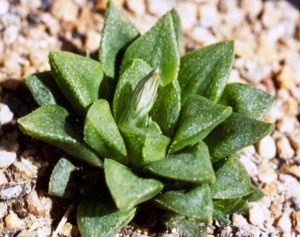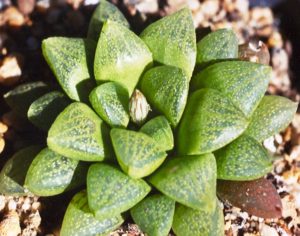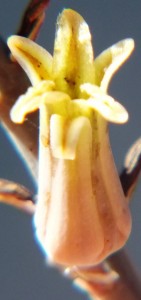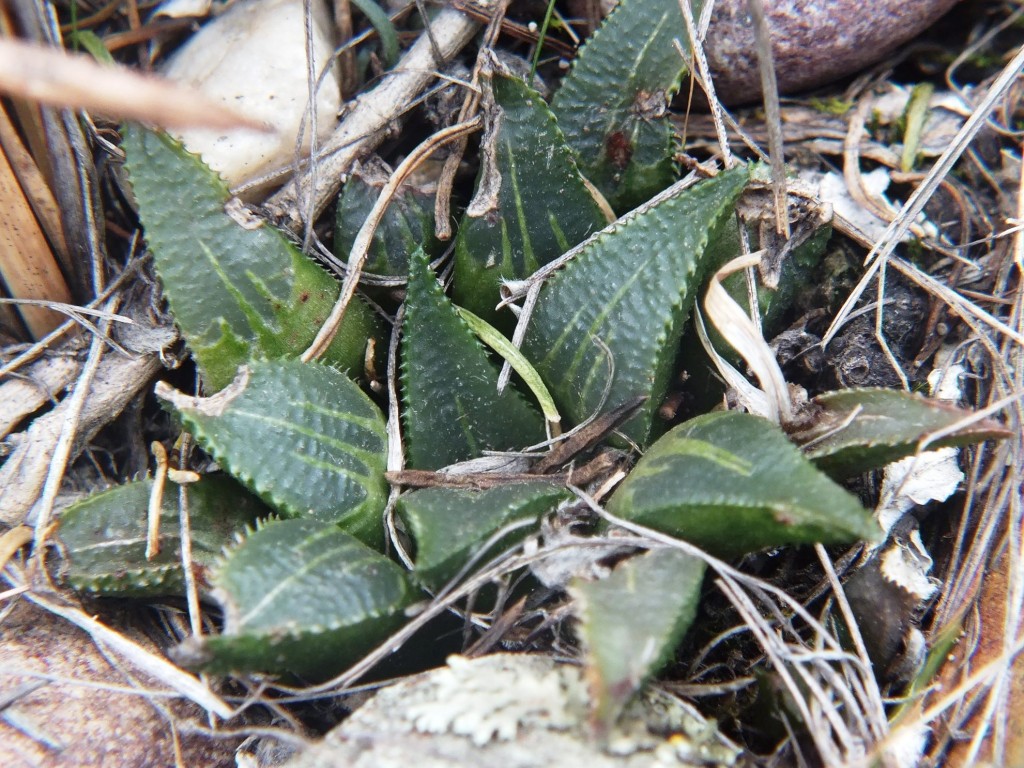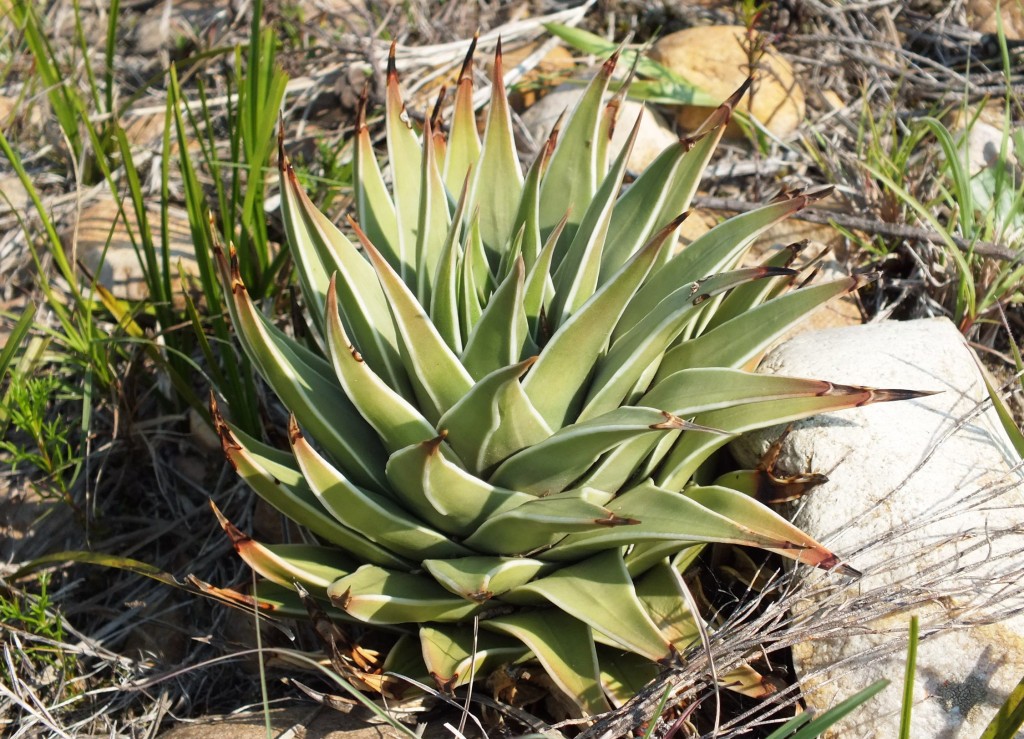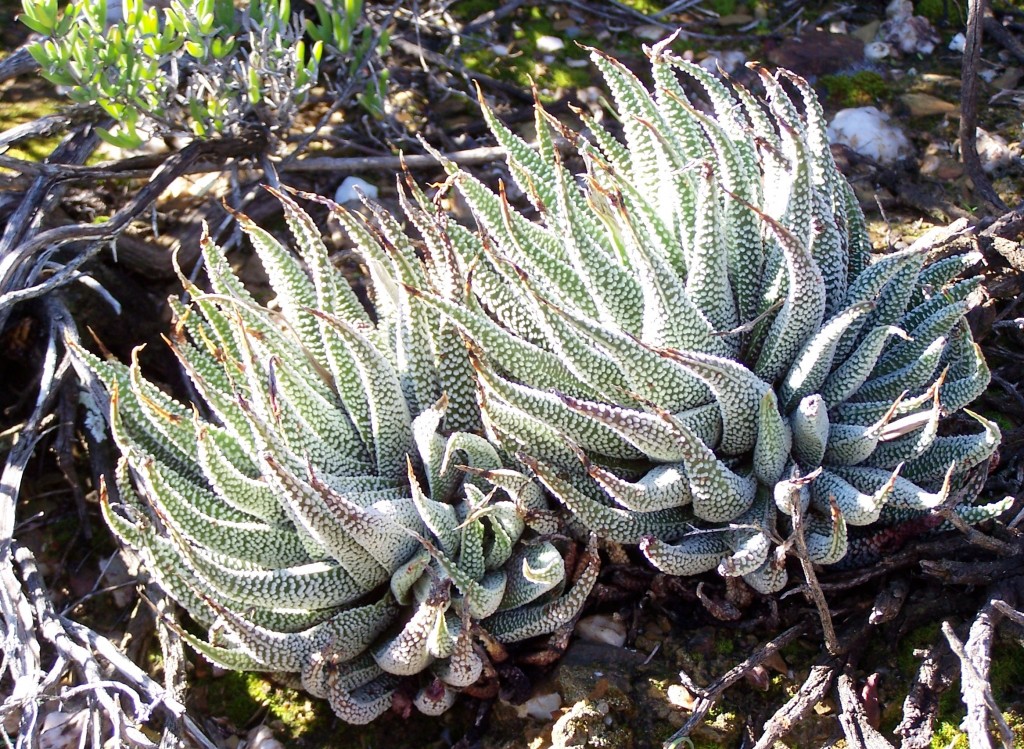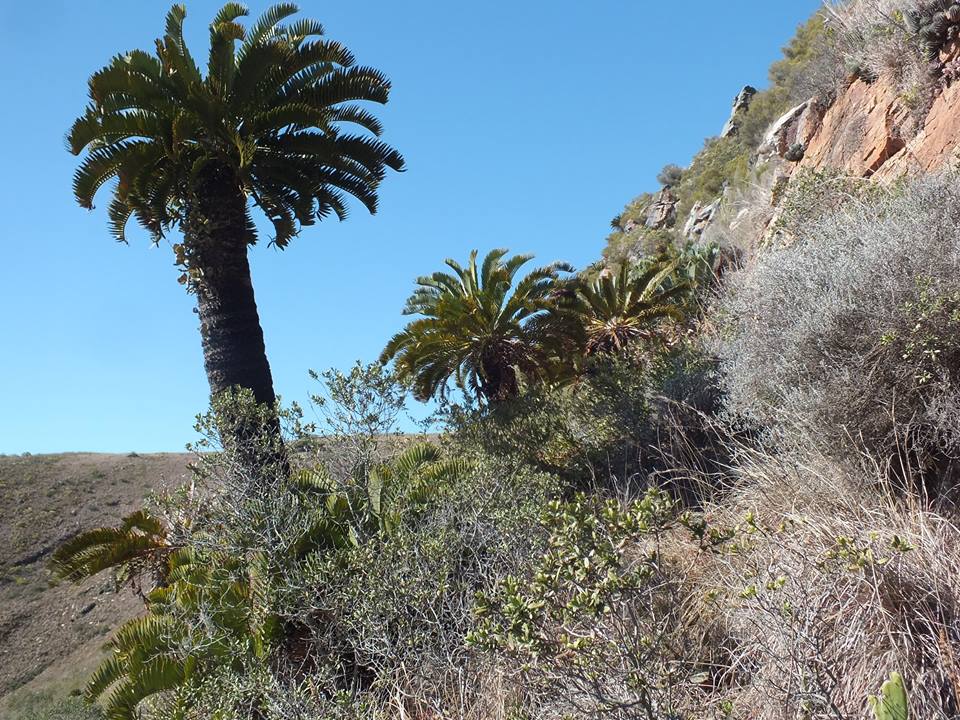An edited copy of an unnecessarily harsh letter sent to Ingo Breuer, which includes a letter sent to Mr Harry Mays, editor of Haworthiad. That letter commented on an article by Breuer published in Haworthiad and my reaction to it. The comment was not for publication and was a request for assistance in countering bad and inaccurate writing. I will make any apology for any offence and hurt I have caused by writing in this way, but I cannot apologise for anything which is true outside of my own thoughts:-
Author Archives: Bruce Bayer
Addendum 6. A review of the book ‘The world of Haworthias’ Vol.1 by Ingo Breuer, Niederzier, Germany,1998.
In my Haworthia Handbook (1976) I wrote “In the by now vast and inconsequential literature on Haworthia…”. Breuer’s book is mostly an extraordinary and wonderful index of this literature and he advises us that “a hint on cultivation, caption or simple mention of a name” are excluded. I did not fully realise how much trivial literature there was. What I looked for in the book was its promise for Haworthia, and evidence that the author understood the literature he has so vigorously tracked. In 1983 I took Haworthia as far as I could with the data and material that was available, and had some well-developed ideas as to what the next step was. As it happened, Col. C.L. Scott’s book was published (1985) which inaugurated a tradition in Haworthia in which the scientific principle of organised scepticism is lost. I wrote several articles trying to clear the cobwebs of uncertainty and confusion that this tradition embraced. Apparently to no avail. I am already aware of several articles which Breuer has authored and which have been the subject of some criticism. For me they sow the seeds of concern for the future of Haworthia.
Addendum 7. Is classification science or art?
A manuscript for the journal Asklepios.
Is classification science or art? Part 1.
The common reaction and assertion is that classification (of plants) is a matter of opinion. It is also often stated to be an art, and even the late Prof.A. Cronquist in writing a book on the principles of plant taxonomy, describes it as ‘artful science’. John Lavranos in a letter (1998), and an anonymous referee for SA Journal of Botany in an assessment of a manuscript, state that taxonomy is to a degree ‘art’. It is necessary to examine this belief because it is intrinsic to our understanding of plants, the names we use for them and how we communicate about them.
Addendum 8. A letter of disquiet to the Haworthia Society.
1999-10-21
The Chairperson
Haworthia Society
79 Osborne Road,
Sheffield
S11 9BA
Att.: Mrs Dorothy Minors.
Dear Mrs Minors,
Thank you for your very kind and considered reply to my letter of 22scd Sept. My biggest regret is that I cannot put the names and faces together of all those real people that I met, and still meet, in my dealings with Haworthia.
I hope you have read the article I wrote which appeared in Asklepios recently. Science is actually at a bit of a crossroads and this partly accounts for my own desperation and concern for what is true. Science rests on classification. Its fundamental weakness is its classification of creation into “conscious” and “unconscious”, and it deals only with the latter. Science and materialism have become inseparable and falsely so. Knowledge cannot be based on such a basic and false hypothesis that creation is a mindless chance event. There is powerful evidence of an alternative hypothesis in a vast library of books and everywhere in human history. What we presume to be science is materialism and there are profound cracks in the foundation.
During the last two years since I wrote Haworthia Revisited, I have done some very intensive revisiting and have some extraordinary material. My problem is now to find an editor who is sympathetic to the position I find myself in. Neither Aloe nor Haworthiad provide an environment in which I feel that I can write with diffidence and reservation; and that the audience is adequately and correctly informed to digest and judge what I have to say. So it becomes pointless to say anything at all, and I am faced with the same problem that G G Smith ended up with i.e. invalidation.
Addendum 9. Observations on cytology as a character source in Gasteria.
Introduction:-
The classification of Aloe, Haworthia, Gasteria, Astroloba and smaller related genera is in the public domain in the sense that there is an immense public interest in the collection and cultivation of these plants. Unlike more general horticultural elements, succulents plants are of interest to collectors as natural “species” and hence the taxonomy and nomenclature are central to the activity and communication which takes place in the collector citizenry. Unfortunately the degree of interest and activity of competent (as opposed to trained) scientists (ie. botanists) has not reached the same degree and intensity. The need for information and classification has by default passed to non-scientists/botanists. A paper in respect of this topic is published in Asklepios (Bayer, Aug./Sept. 1999). This particular article is written to further examine the nature of the data obtained by scientists and presented as such to the amateur community. It is written particularly in the light of the conflict which has clouded the literature concerning Haworthia since at least 1947, and which continues unabated.
Haworthia maculata ↔ Haworthia pubescens, MBB8002 Cilmor
In Haworthia Update Vol 9 there is a report of a population MBB7997 identified as Haworthia pubescens from north of the Cilmor wine cellary. This is approximately 2-3km southwest of the type locality for the species. I noted that the plants have less spinuliferous leaf surfaces and there is a degree of surface translucens and maculation (spotting). I also presented 3 pictures of MBB7271 of what I identified as H. maculata from south of the Cilmor cellar. When I first visited this locality I had no problem identifying the few plants I saw as H. maculata on account of their marked spotting. However, on a recent visit we struggled to find plants at all and the few plants we found were too embedded in rock cracks to make any worthwhile identification. So we revisited the site to explore more extensively and located a large number of plants higher up and slightly west of our first sightings. These plants are illustrated here. They incline more to H. maculata than the plants at MB7997 and I have accessioned the population as MBB8002. There is the usual expected large variation in respect of superficial and observable characters. The plants can be proliferous and cluster, more so than at MBB7997. Similarly the leaves can have more translucens and even less spinuliferousness of the surfaces. Some plants have few and quite thick swollen leaves while others may have more and very slender pointed leaves. I have not observed the flowers and really do not expect them to make any difference to the problematic classification of populations that again are neither here nor there in a narrow concept of species. H. herbacea occurs at all four geographic positions at a radius of about 2km. At the brickfield to the northwest as well as just northeast of the Brandvlei Dam wall it is evident to me that there is a transition between H. maculata and H. herbacea. I did report the known distribution of H. maculata in Update 9. While there is no suitable habitat between Die Nekkies hills at the Brandvlei Dam and the Audensburg or Kanetvlei, there is unexplored suitable habitat southwards to Moddergat and Hammansberg. There is no evidence of H. maculata eastwards to where H. reticulata is known about 15km east on Ribbokkop. Westwards no Haworthia is known although G.J. Payne did inform me that he had observed plants in the hills immediately southwest of the Dam at the now submerged hot spring in the Brandvlei prison area.
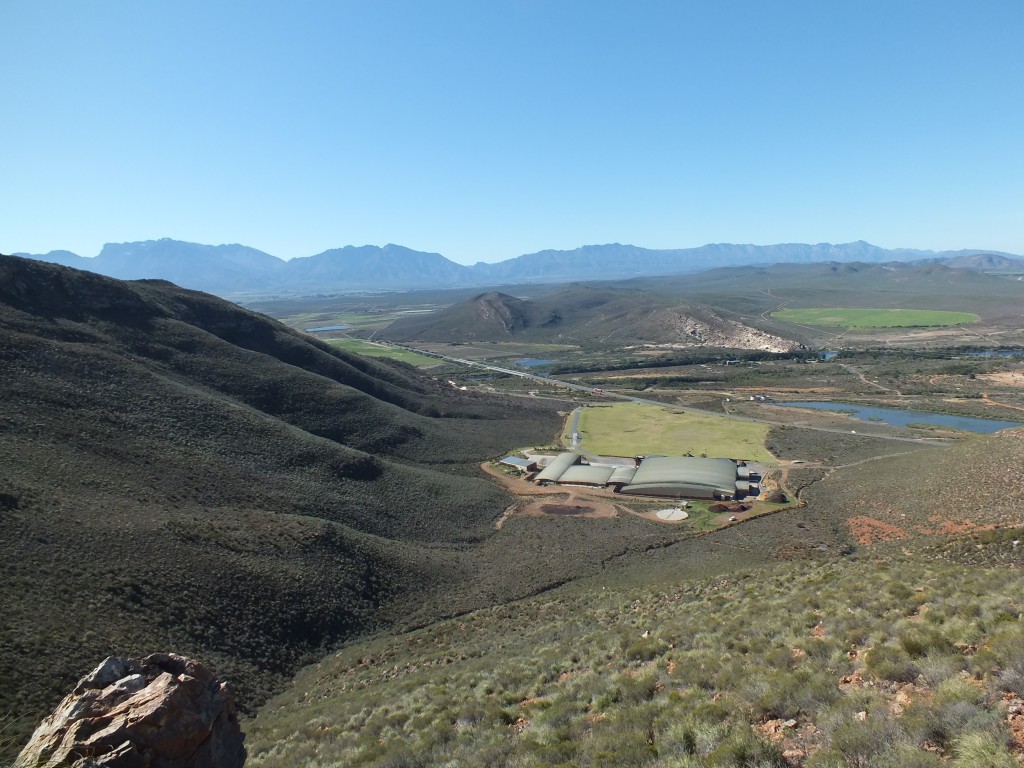
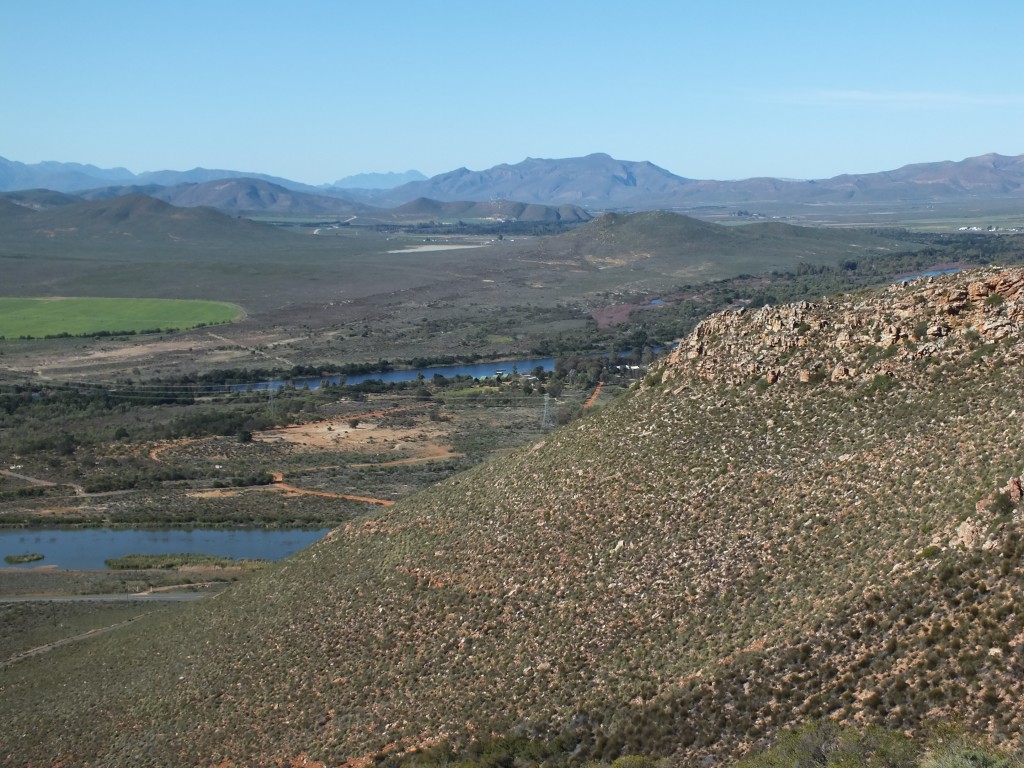
The submitted pictures include two views. View 1 is looking north of east across the Breede River to the Sandberg where H. pubescens occurs. Its full occurrence on those low hills is not known and this I will explore soon. View 2 is looking eastwards looking at a Dwyka Tillite hill across the river in the upper right. We found no Haworthia on that hill although both H. pumila and H. herbacea are present on the smaller rise to the right and behind it – also Dwyka. H.herbacea is very abundant on a Dwyka tillite hill about 10km to the south. The corresponding hill on the left is Ribbokkop where H. herbaea, H. reticulata and hybrids are present, and H. arachnoidea also occurs. The limits of H. mirabilis are the higher hills in the background viz. Rooiberg, Gemsbokberg and those are Witteberg sandstones. ♦
Addendum Haworthia pubescens MBB8011, SW Sandberg
I need to point out that there is a still earlier article which covers Haworthia maculata (Haworthia maculata <–> Haworthia pubescens) that lays the basis for this discussion. In that article I note the position of the Sandberg to Cilmor and DeWetsberg and intended to include the Sandberg H. pubescens in that article. We could not get landowner contact and so that fell away. However, this problem was overcome and we first explored a Dwyka Tillite outcrop southeast of Sandberg. There is a vast accumulation of windblown sand on the first hill and we saw no Haworthia. There is a smaller hill further to the southeast that is also Dwyka and erosion exceeds wind deposition so smaller non-geophytes do quite well. We found both H. herbacea (see fig.1 MBB8014) and H. pumila there. From there we went to the southernmost point of the Sandberg. A misjudgment landed our vehicle in mud and the drama to get out limited the time we had to explore. We found a lone H. herbacea (fig. 2 MBB8012). Returning a week later we approached the Sandberg from the southwest, and almost immediately on reaching the top we found H. pubescent. Fig. 3 is a view towards Cilmor and DeWetsberg where the plants appear to be intermediate H. pubescens↔H. maculata. The picture is useful to get some idea of the role of geographic and geological considerations. The high mountains in the background are Table Mountain Sandstone and no Haworthia is known there. I am not certain that this is true and G J Payne did tell me that he had seen plants on the extreme lower right and south of the Brandvlei Dam. But also on the absolute distant and absolute left, is the Riviersonderend Mt. That is also TMS. The deep Wolfkloof Valley behind that is the locality for the much unexpected H. herbacea ‘lupula’. (These inverted single commas are not entirely necessary but I use them to underscore my informal use of names that have less reality. The var. lupula is real). The mountains ahead of that last line are Hammansberg on the left and the Moddergat to the right. Between there and DeWetsberg has not so far turned up Haworthia, but this is an exploration problem. Behind the DeWetsberg is also underexplored. H. herbacea does occur between DeWetsberg and behind the mountains on the low right just in the picture and also east of the brickfield out further right. H. maculata is only known in this area along the Nekkies north (further to the right) of the Brandvlei Dam just visible in the picture.
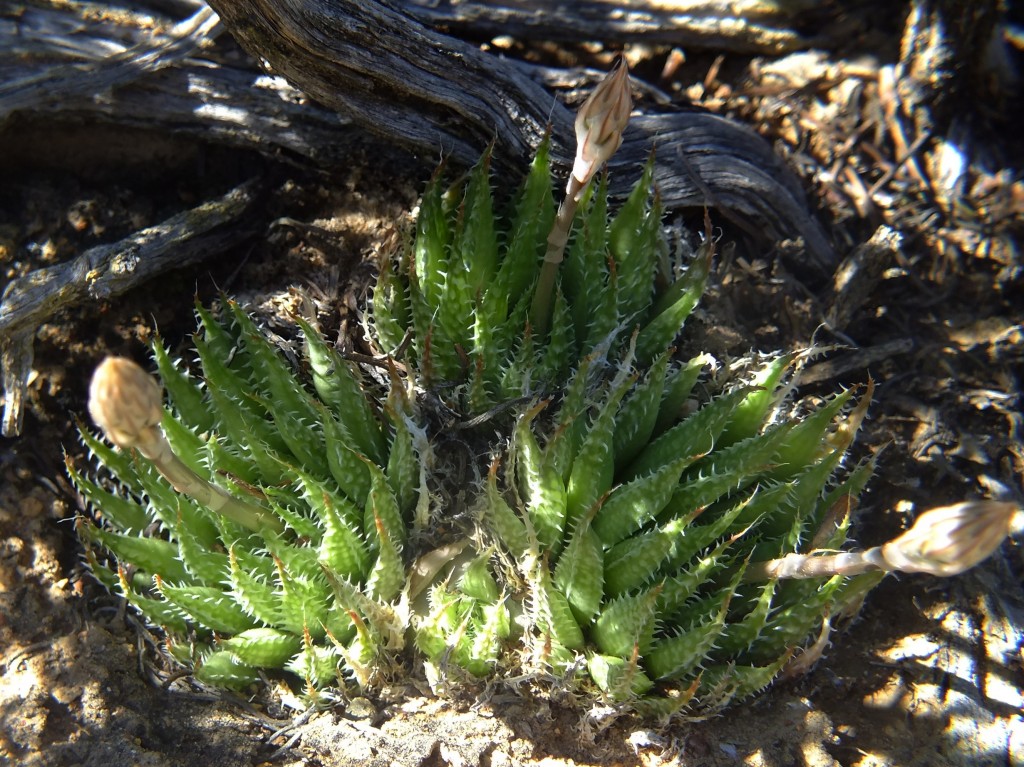
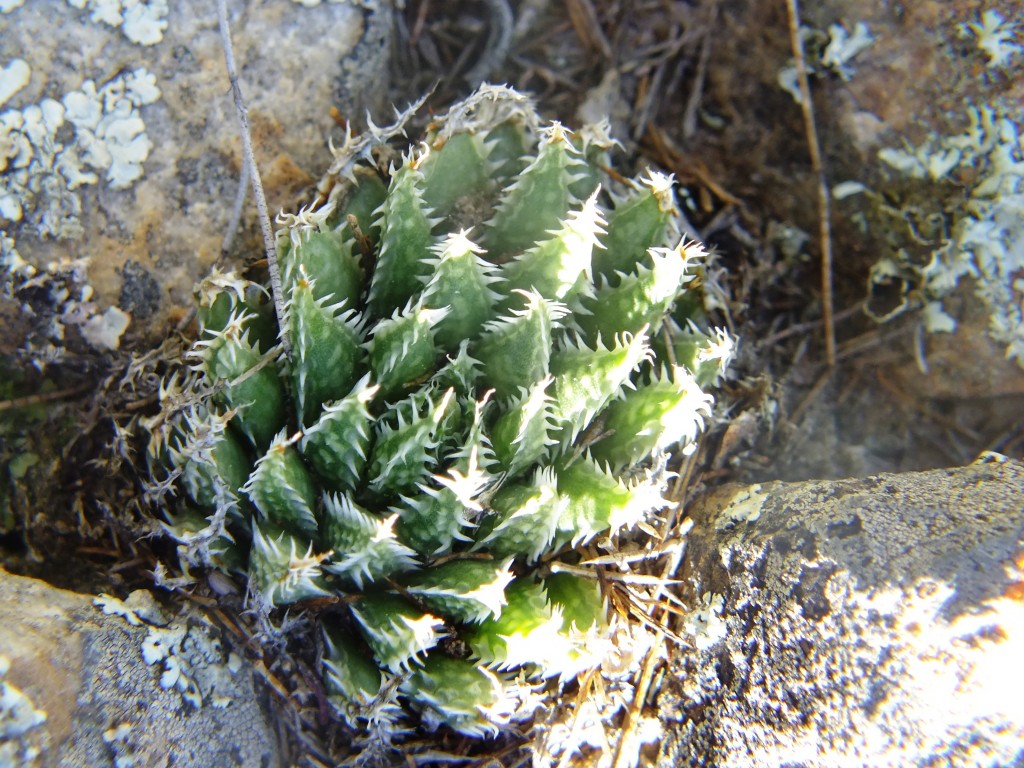
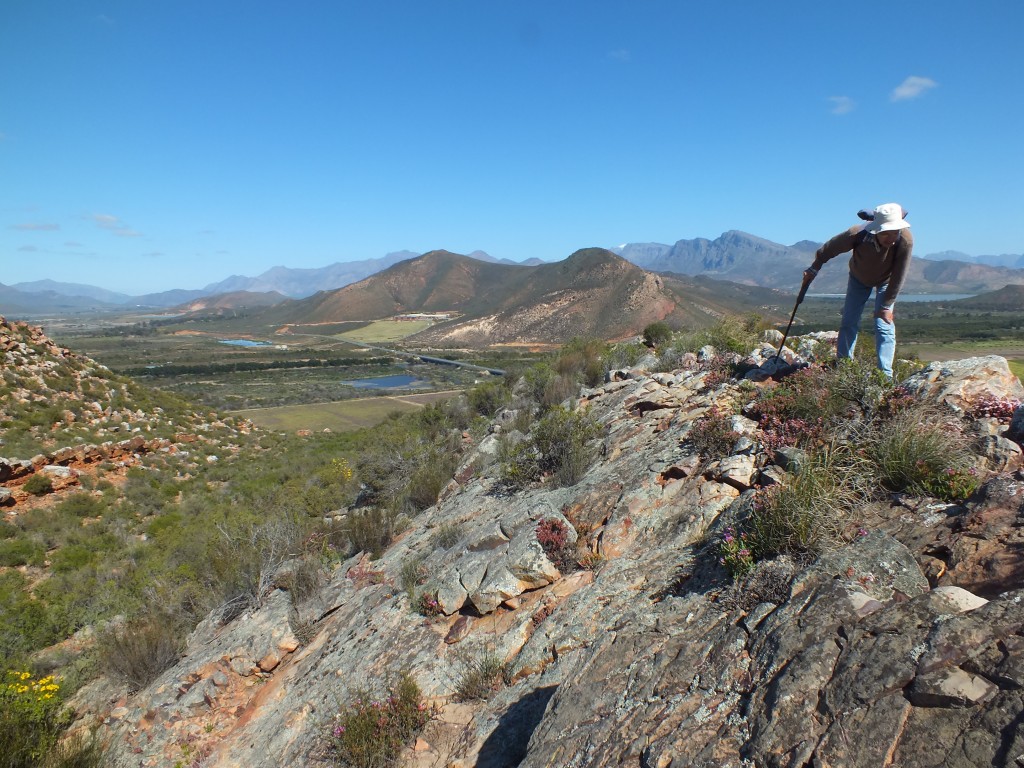
Prior to this exploration H. pubescens was to me only known from the northern part of the Sandberg that lies south of a road going eastwards to Eilandia between Worcester and Robertson. Here H. herbacea does occur on the lower northwest warm slopes. H. pubescens seems to occur only on the upper two ridges and H. herbacea is not known to intermingle with it. This is all Witteberg Sandstone that as a formation overlies Bokkeveld Shale and underlies TMS.
Coming back to the southwest corner of the Sandberg where we found H. pubescens. The plants seem very similar to the species as it occurs to the north. They were very cryptic and often in shady rock retreats where they were really hard to see. It was mid- to late-morning when we were there and the plants were not going to be better exposed as the sun moved further west. Although there was very suitable well-drained habitat lower down on the shaded east slopes, there were no plants and I speculate that this may be because the plants may need the cooling effect of wind movement up on the ridge. The pictures tell the story of variability in respect of a whole range of leaf and rosette characters.
It is worth noting fig. 43 of the dead remains of a plant under a clump of restioid. It seems that seedling survival is closely coupled to early protection giving rise to the concept of nurse-plants. Plants are often very difficult to find because they are so hidden beneath accompanying vegetation. But they do need light and the dynamics of vegetation growth and densification must have quite a big impact on the ageing and survival of plants. It raises again the question of how long do the plants live? For plants like Aloe ferox and A. dichotoma I do have a real experience of a lower limit of about 35 years and a top limit in the several hundred. In the field, the plants seem comfortably ageless.
The really interesting part is this. While I was busy tediously cleaning a plant to photograph it, Daphne called to me to come and see a lighter green plant she had seen. Moving in that direction I saw a plant that registered as H. herbacea but with some hesitation and doubt (see fig.4). I then went to see what Daphne had observed. They seemed less obviously H. herbacea but that seemed to be a logical and conservative opinion (see figs. 5-11). That was until Daphne found two adjacent rosettes at the foot of a restioid clump that left me in no doubt that they were hybrid H. pubescens/maculate (see figs 9-12). These were in bud whereas H. pubescens plants showed no sign of impending flowering. Note the buds are less well developed than MBB8014 further east, even if possibly insignificant. Going back to the other plants we confirmed my doubts. They were a lighter colour and apparently softer texture that we would have expected in H. herbacea. These were the only plants we saw in a space bridging the occurrences of plants of H. pubescens.
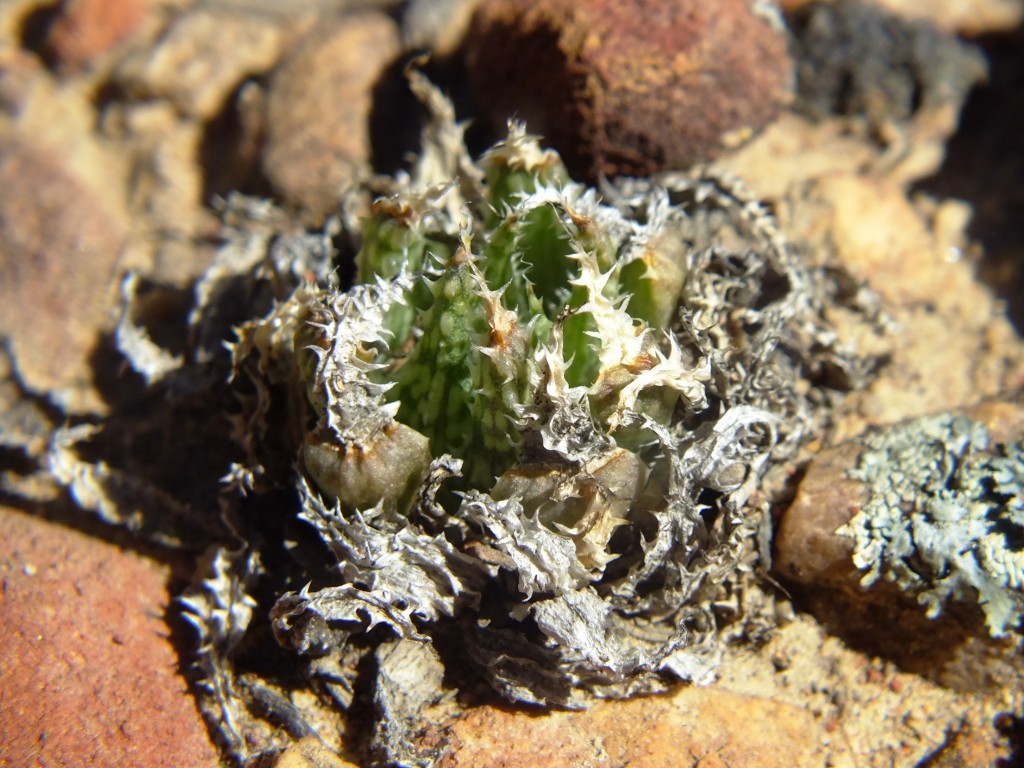
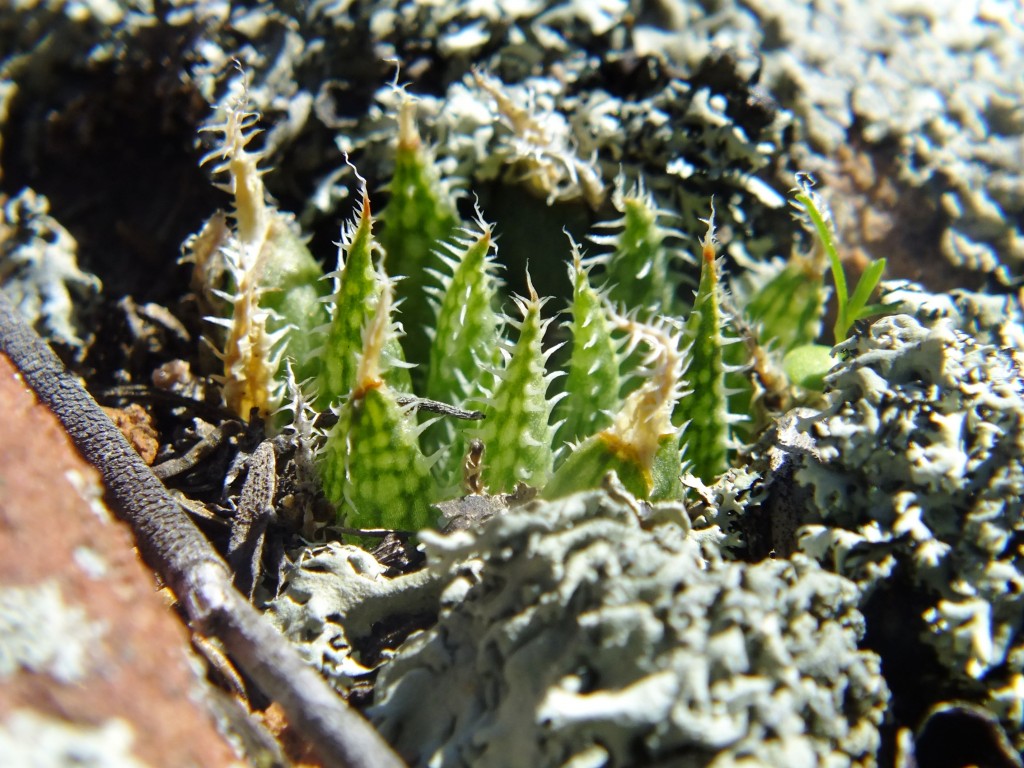
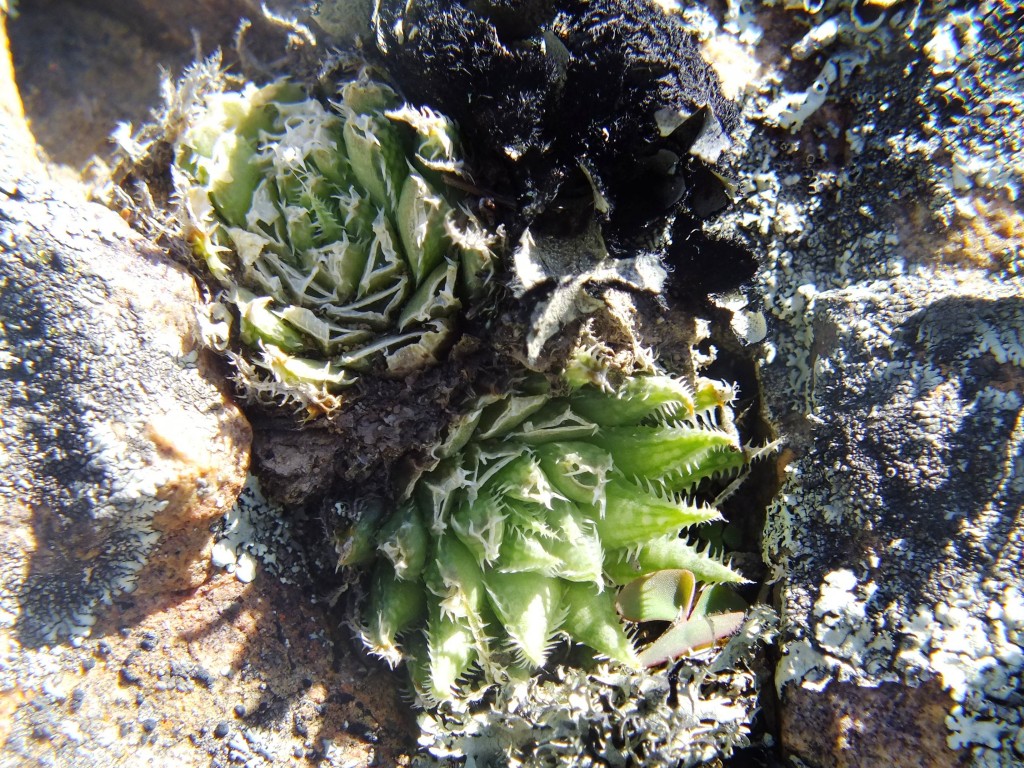
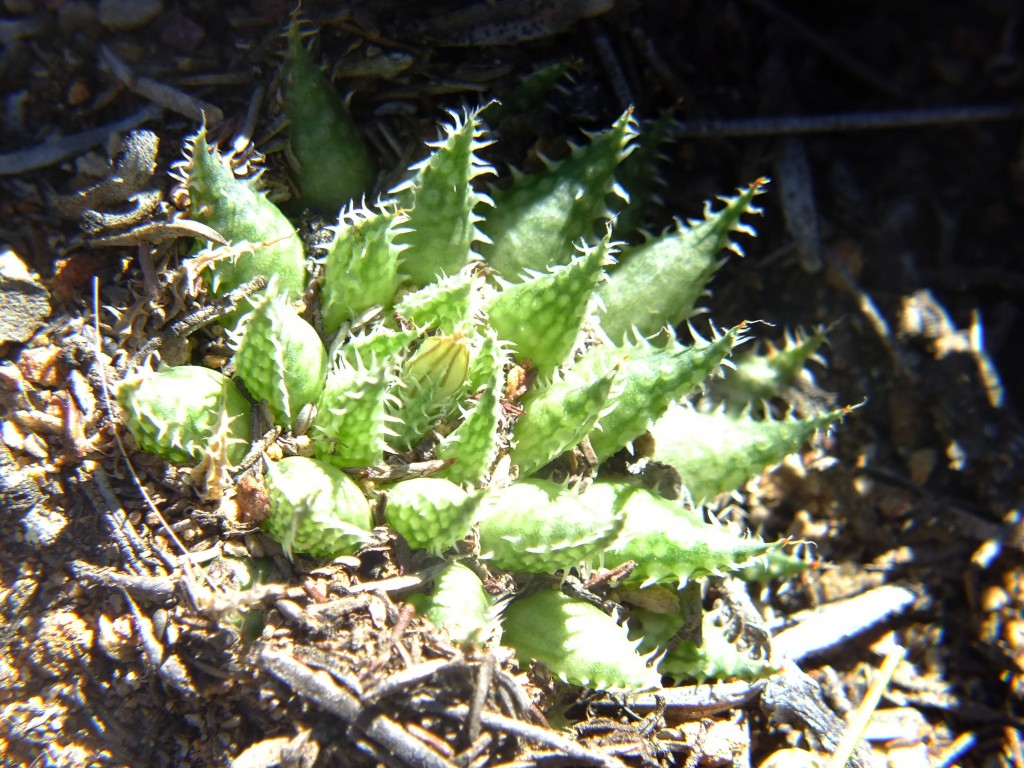
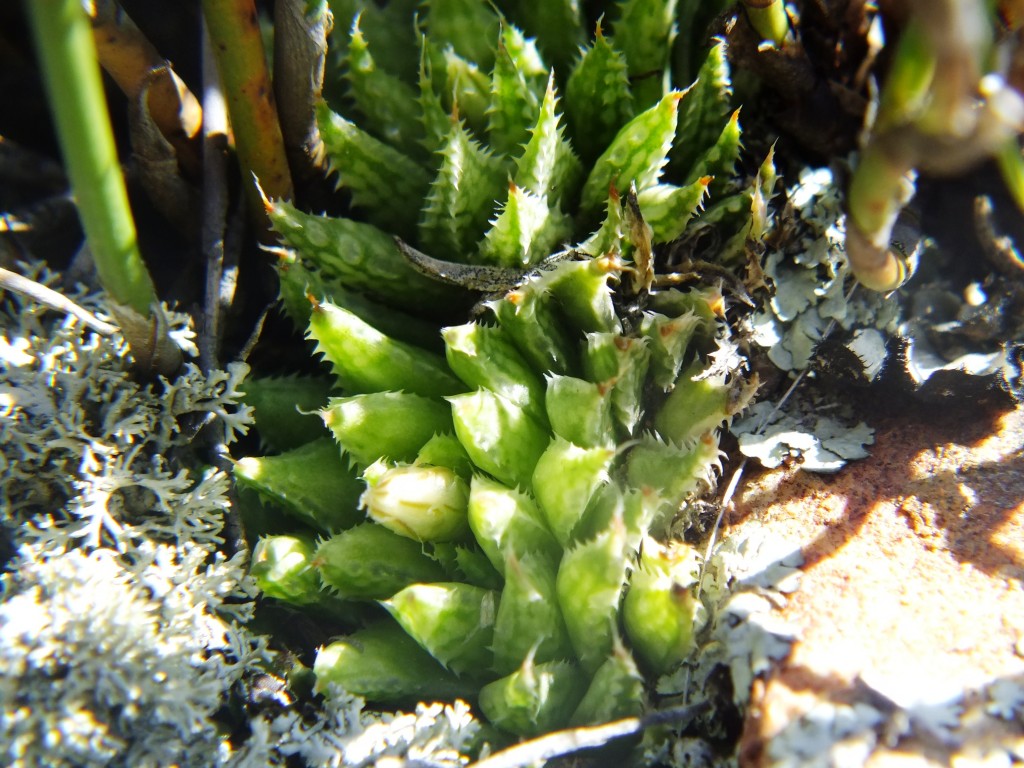
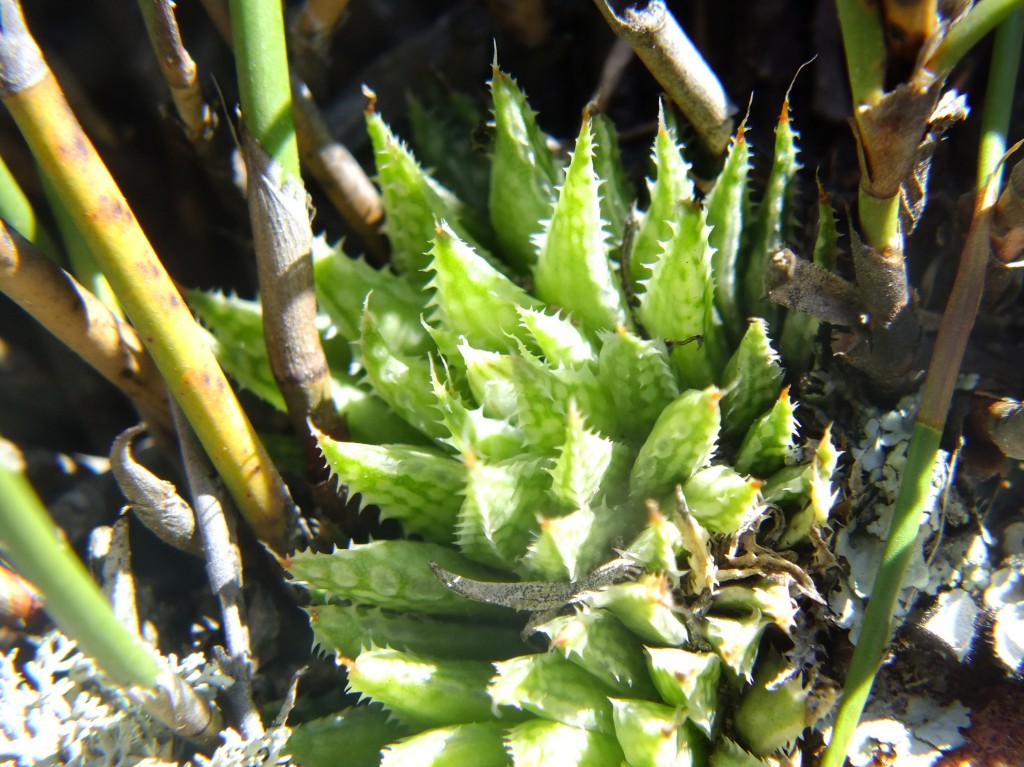
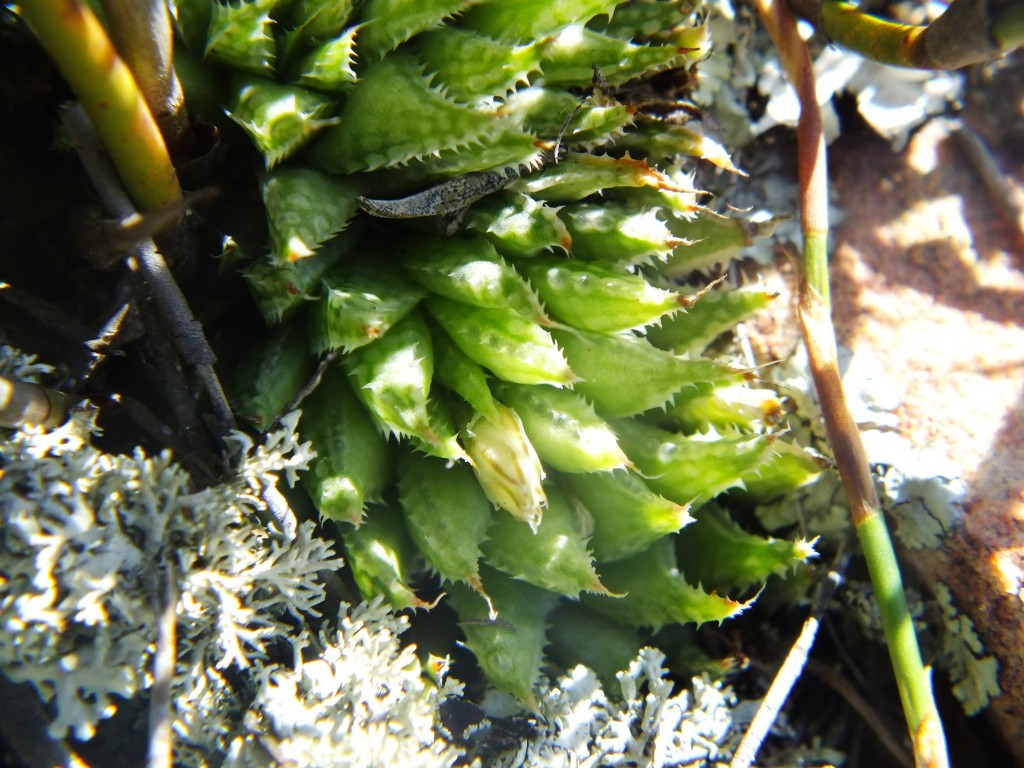
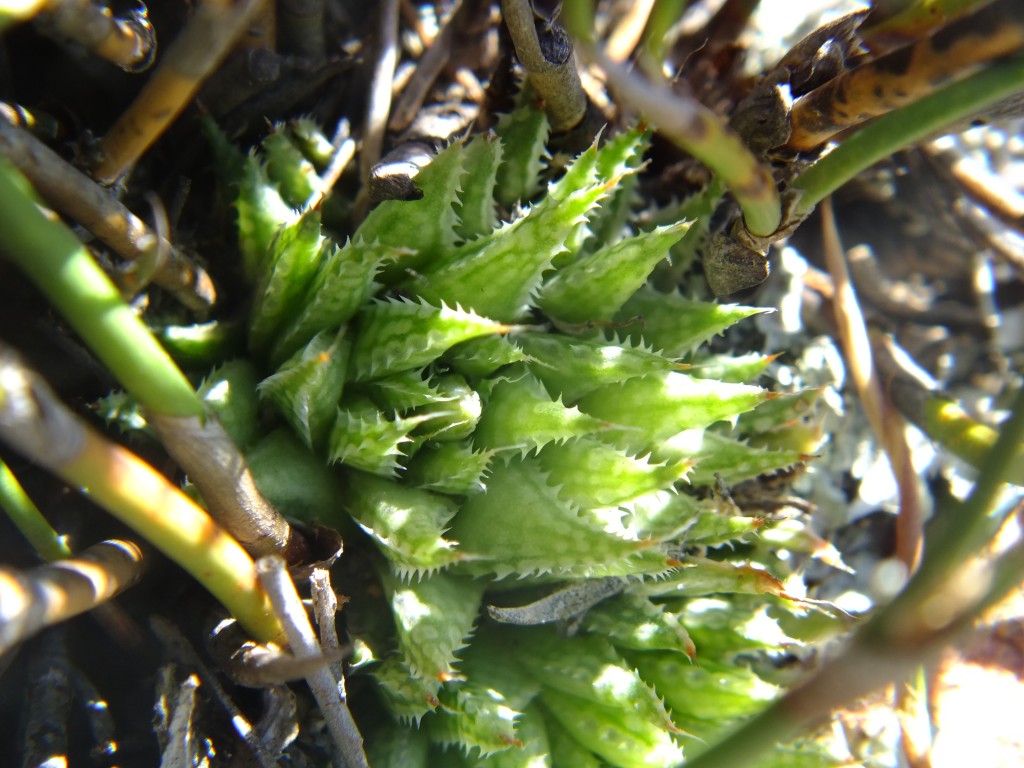
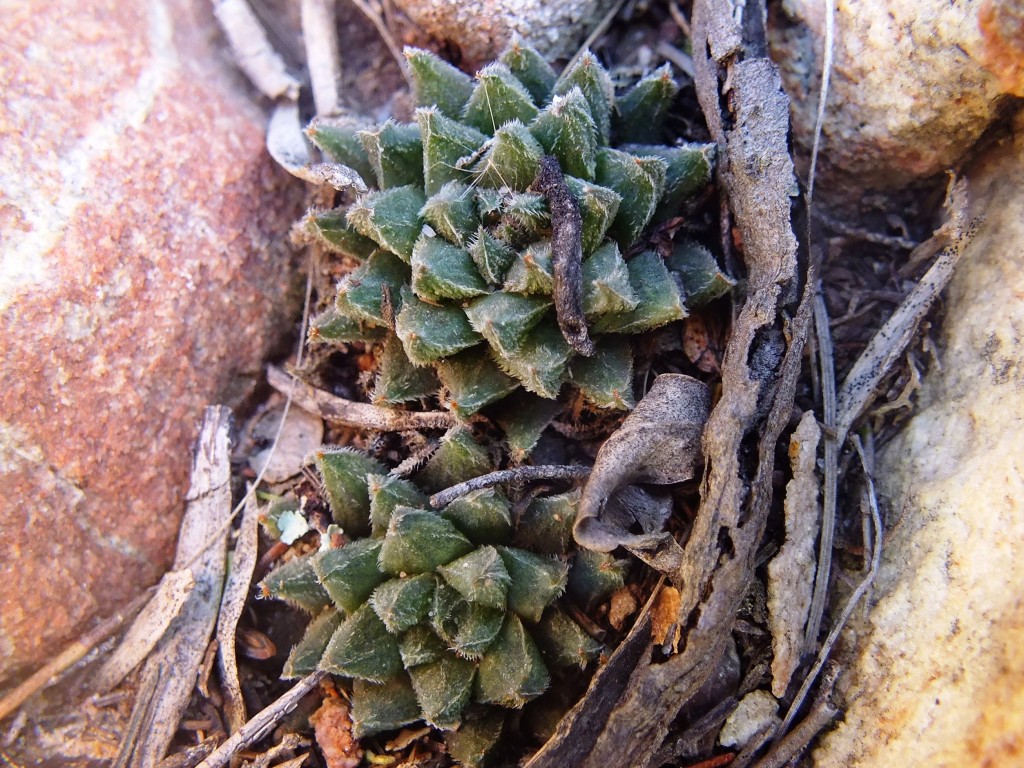
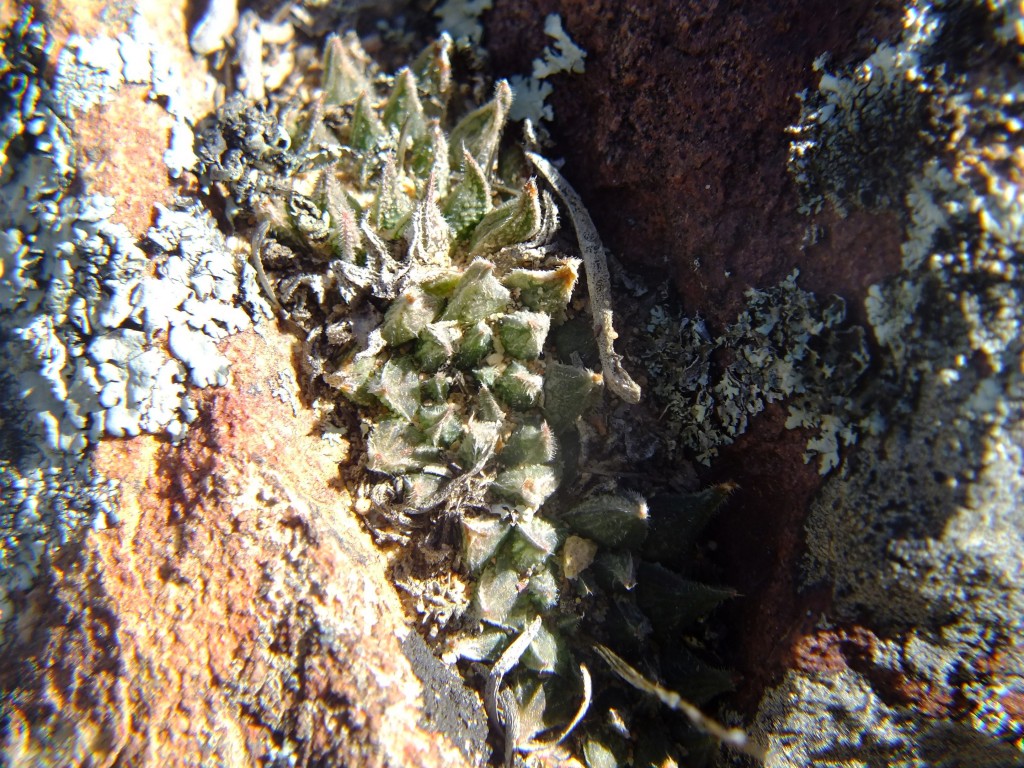
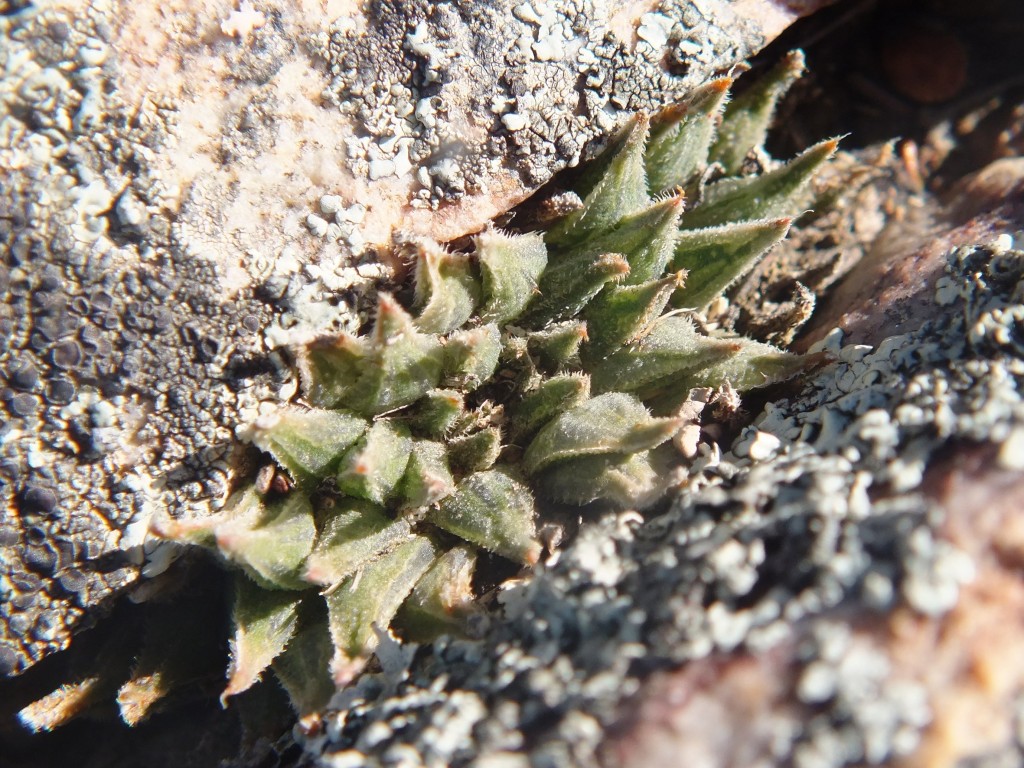
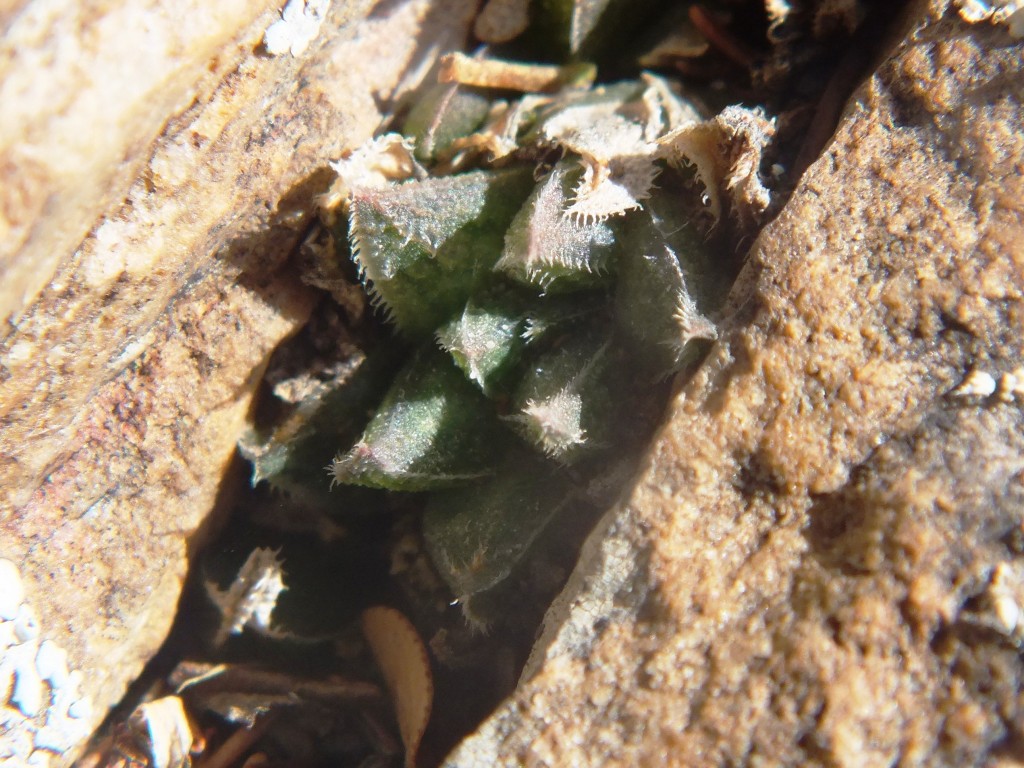
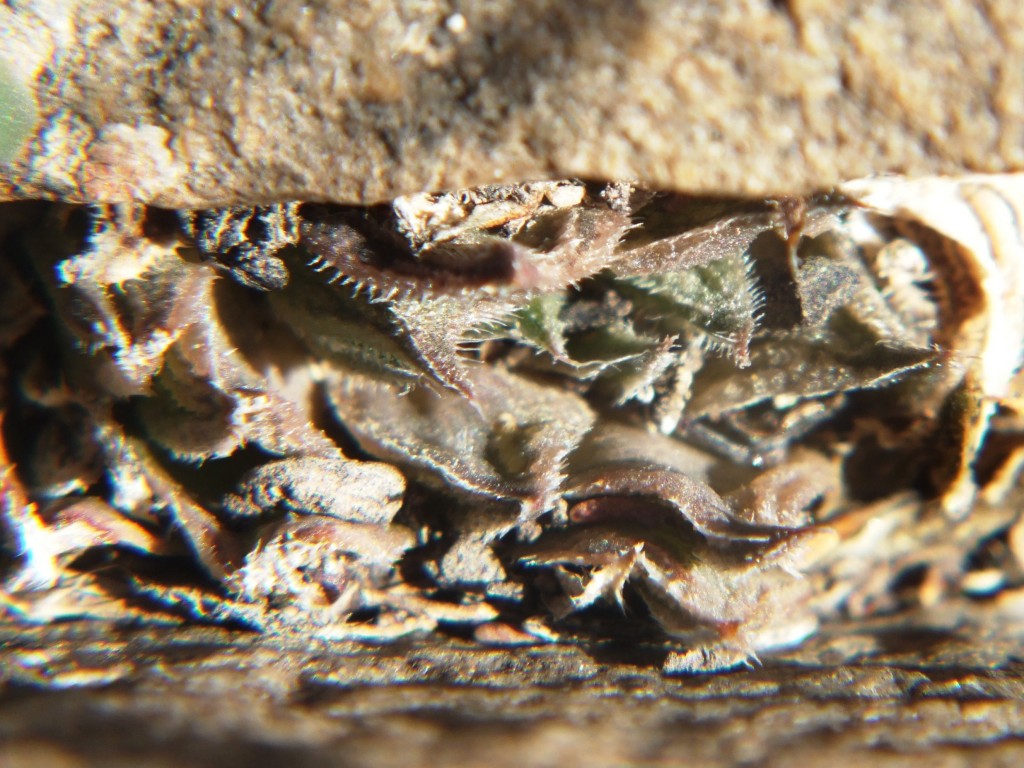
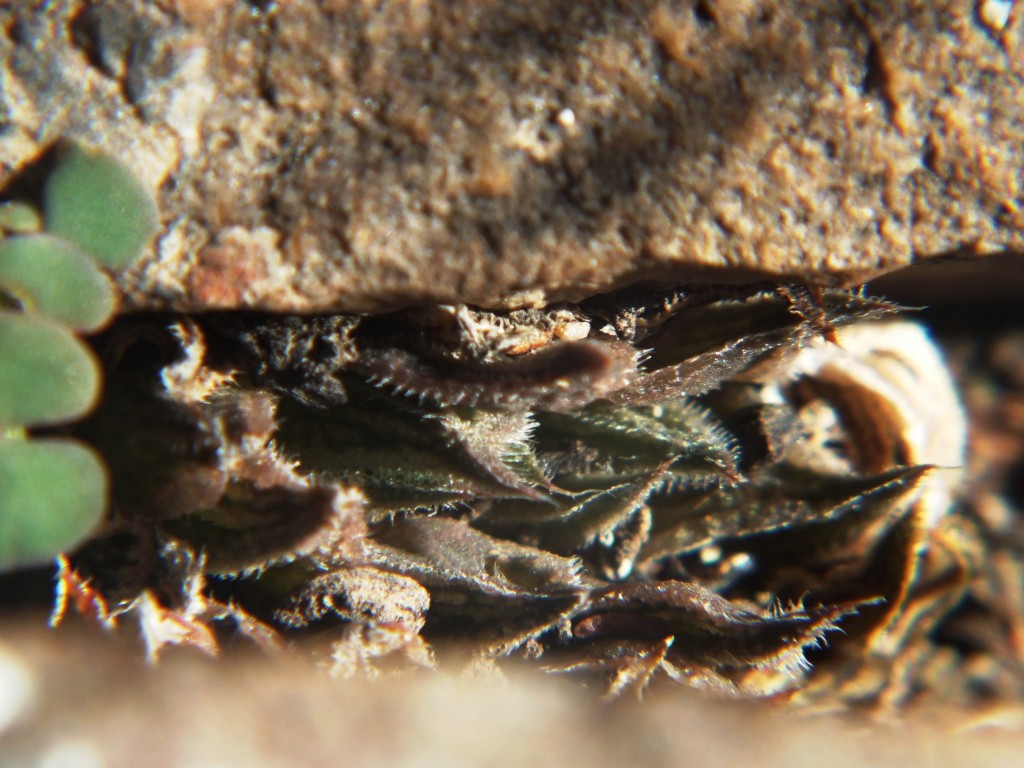
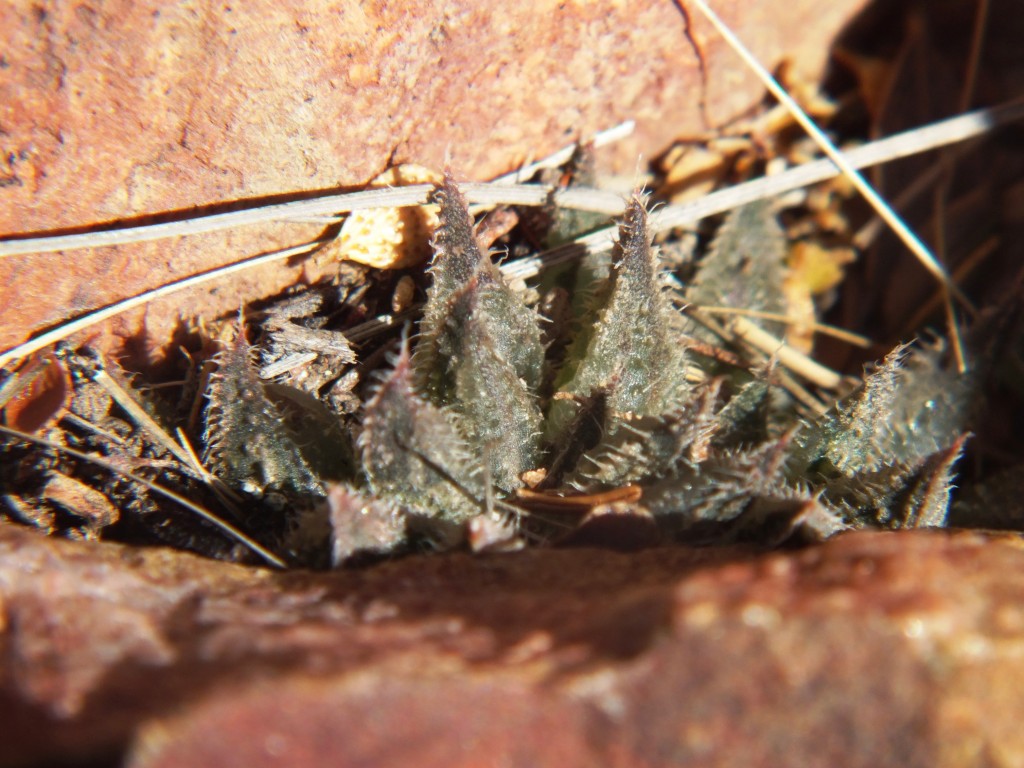
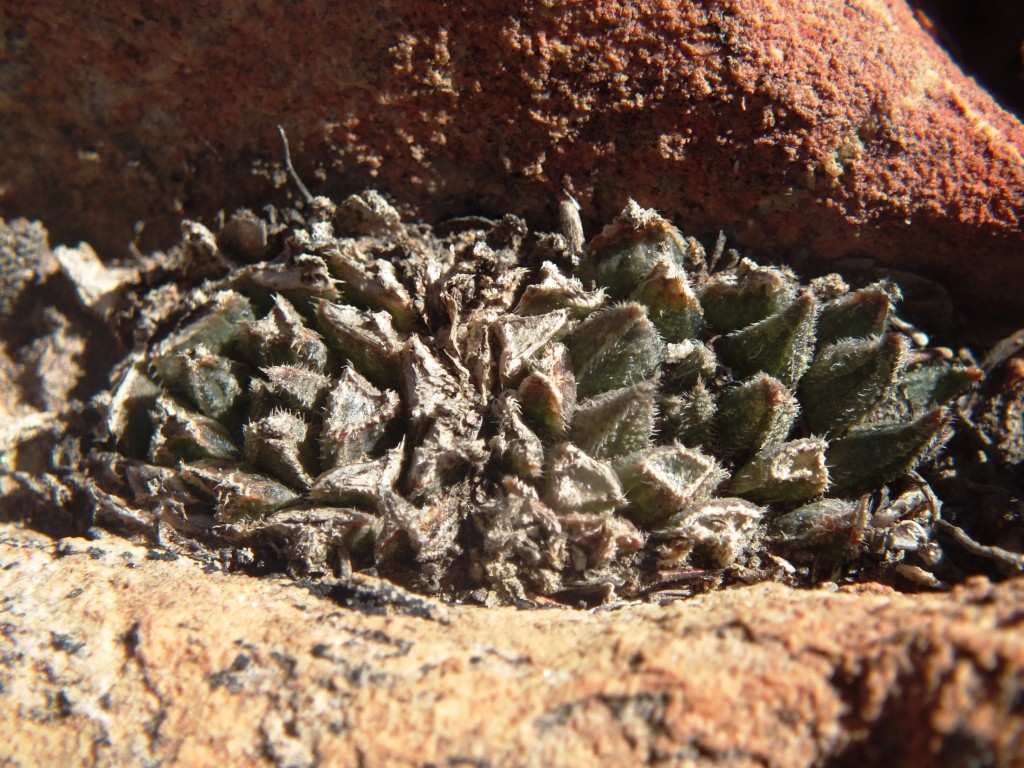
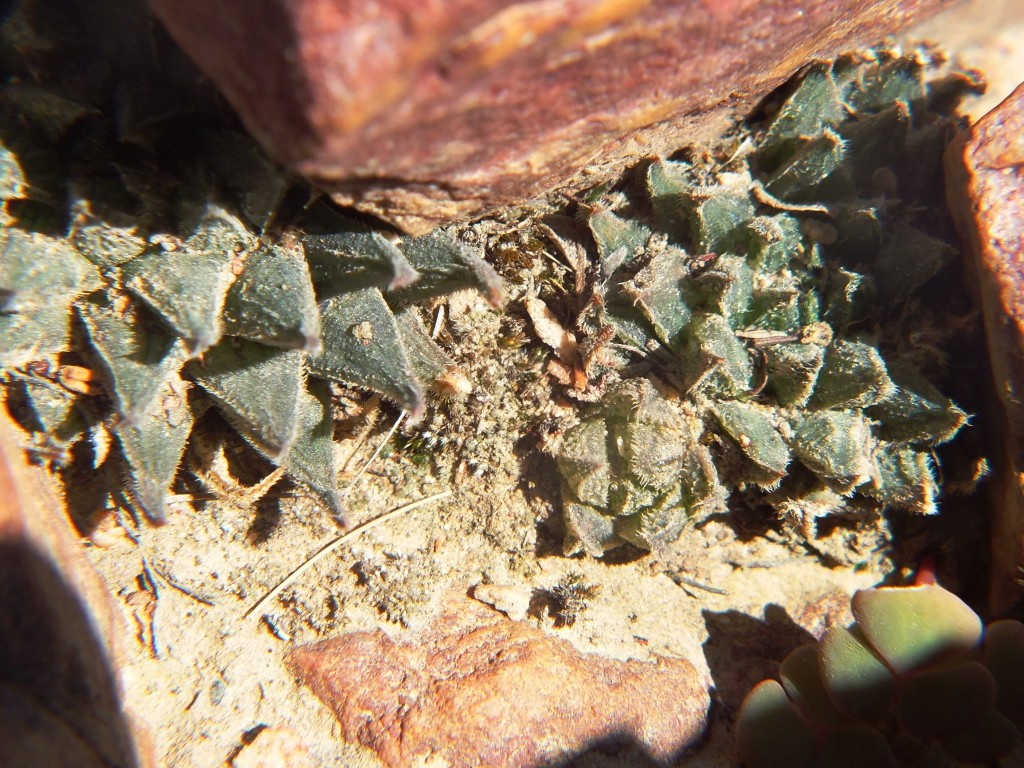
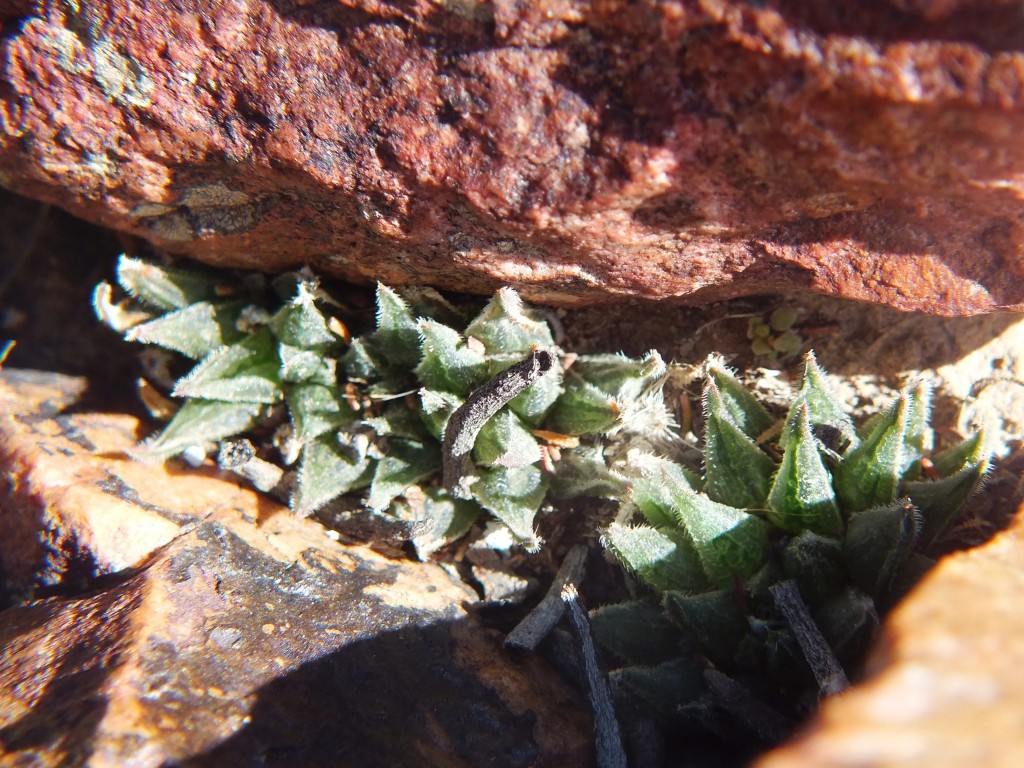
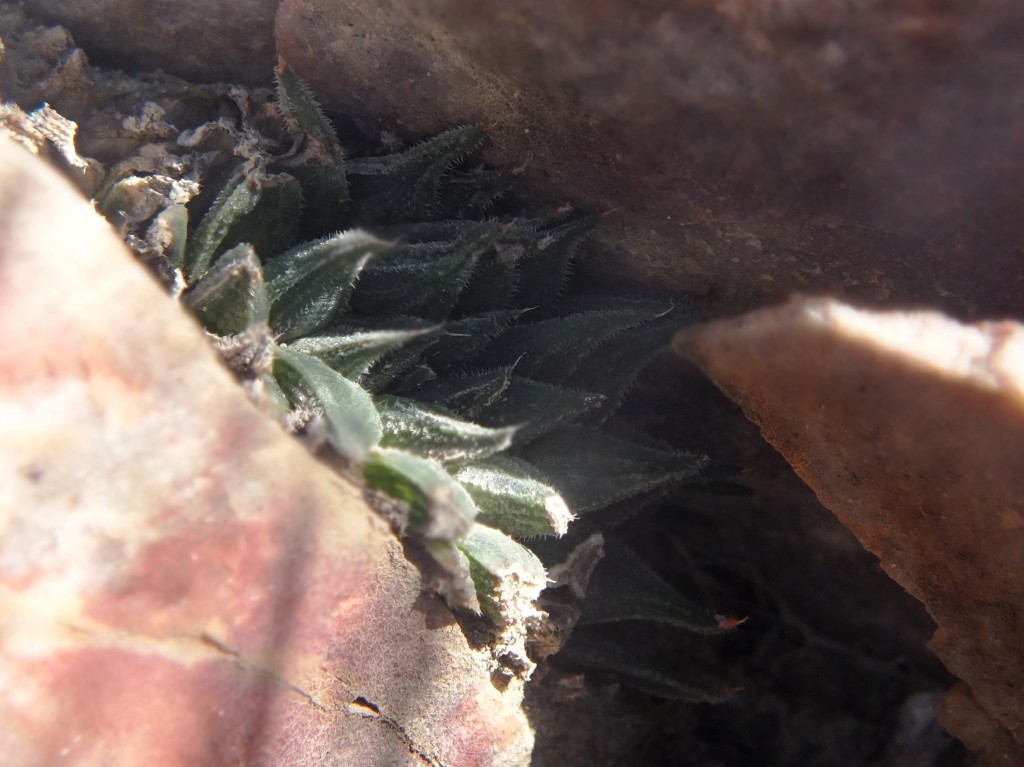
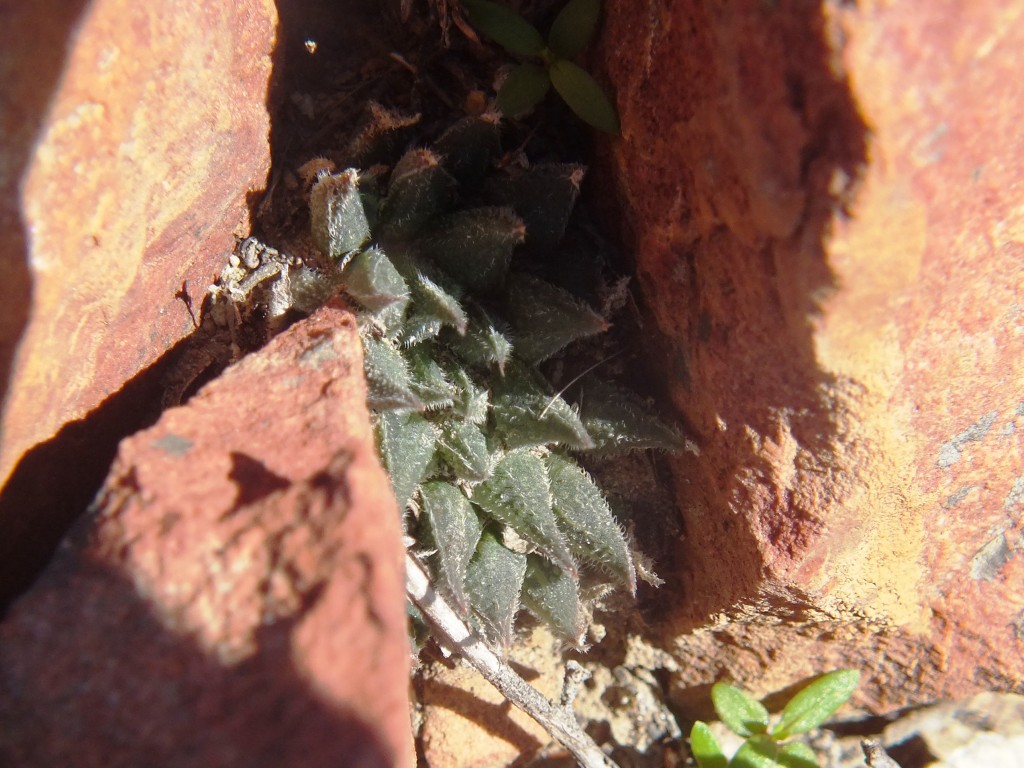
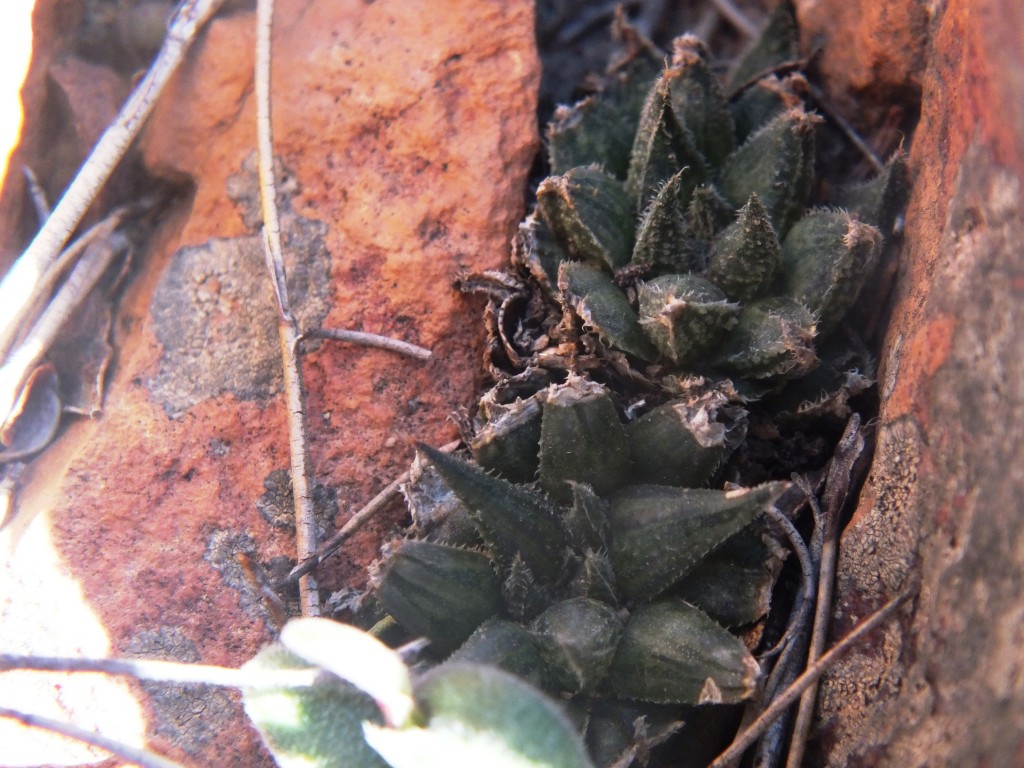
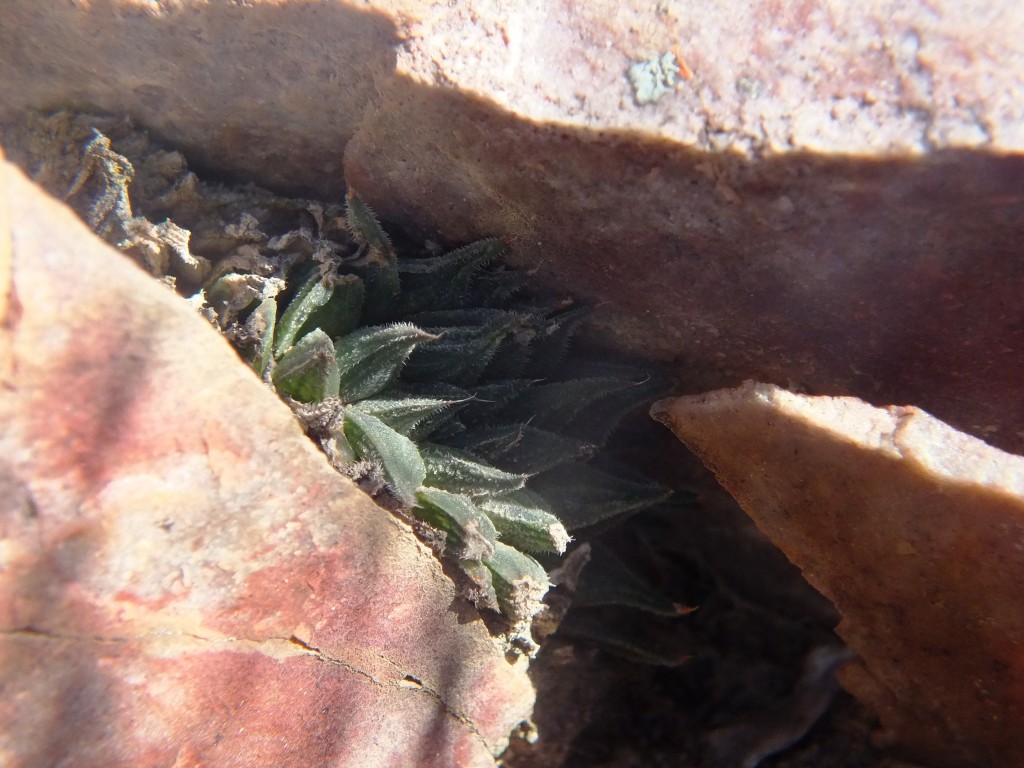
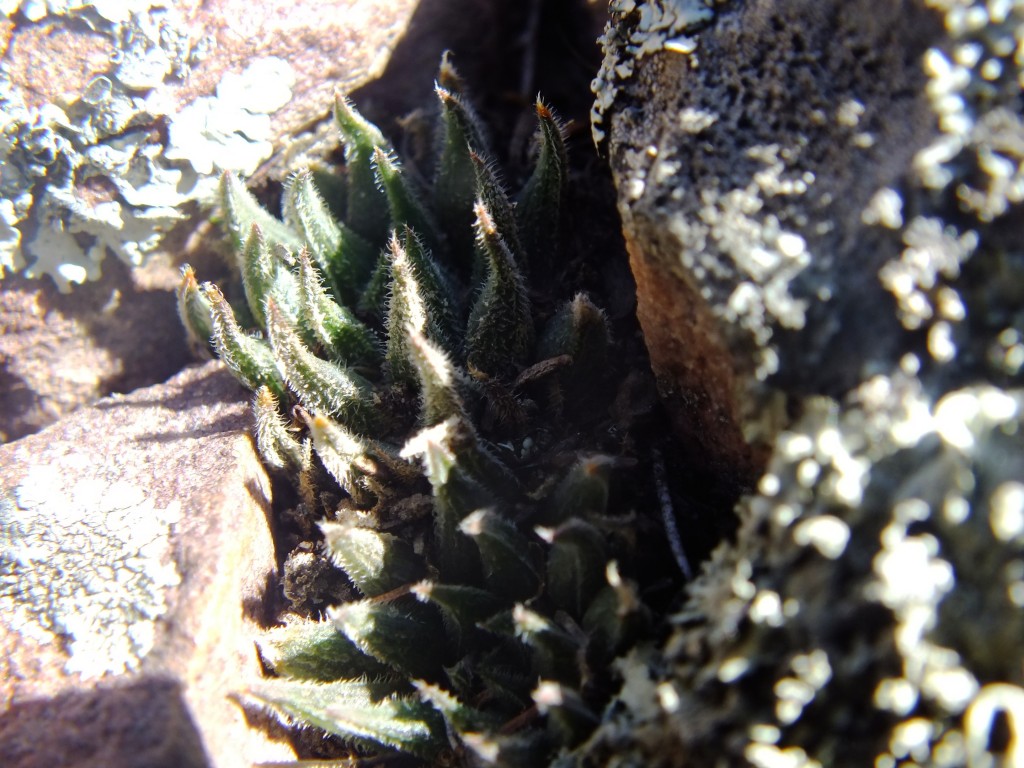
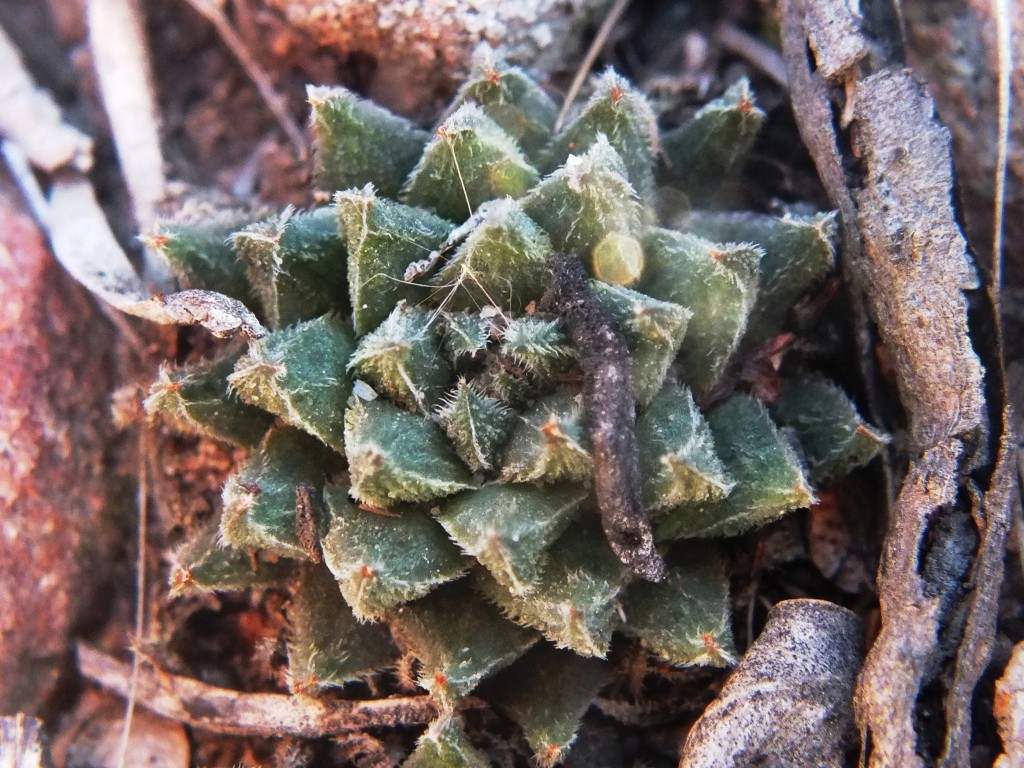
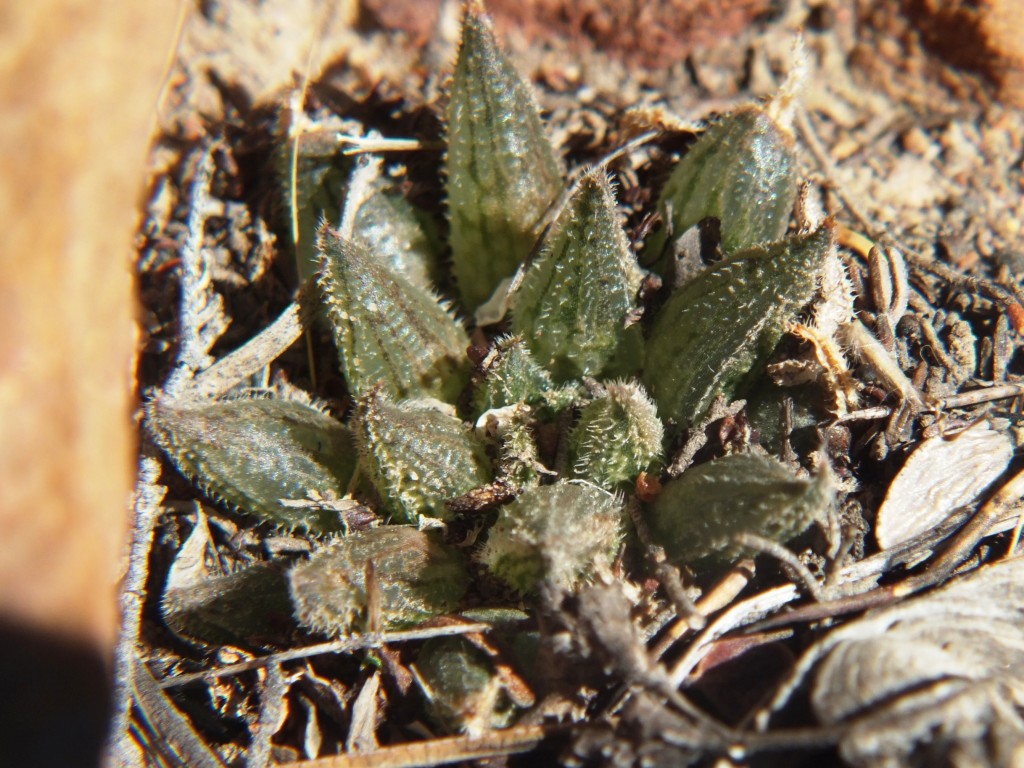
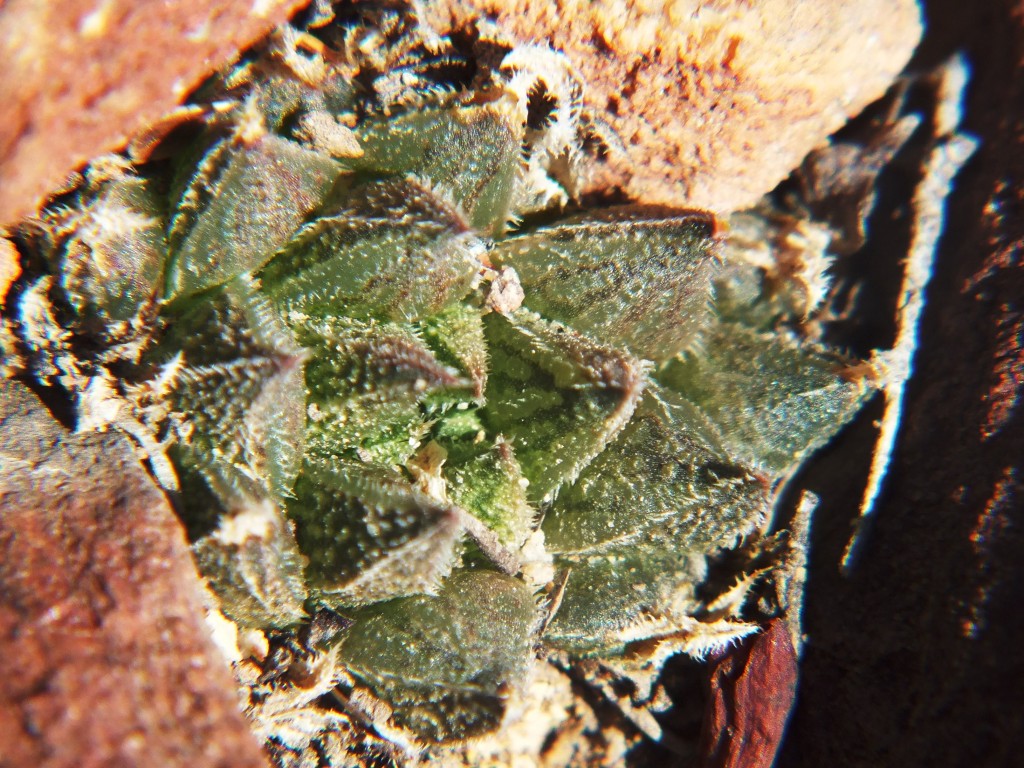
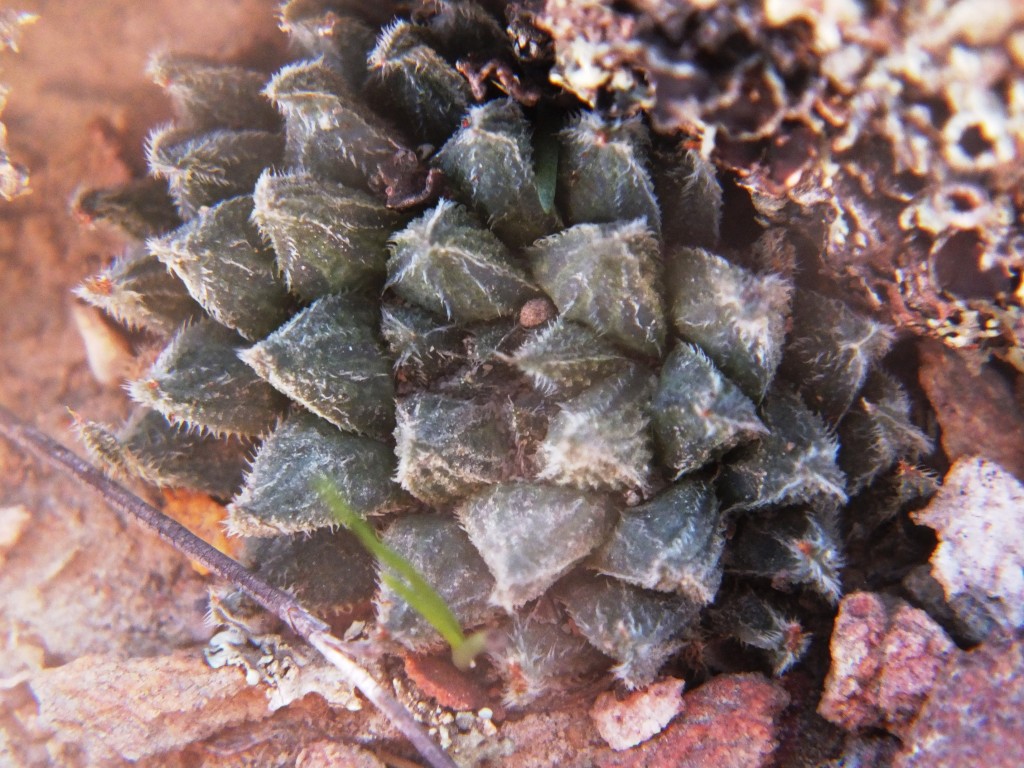
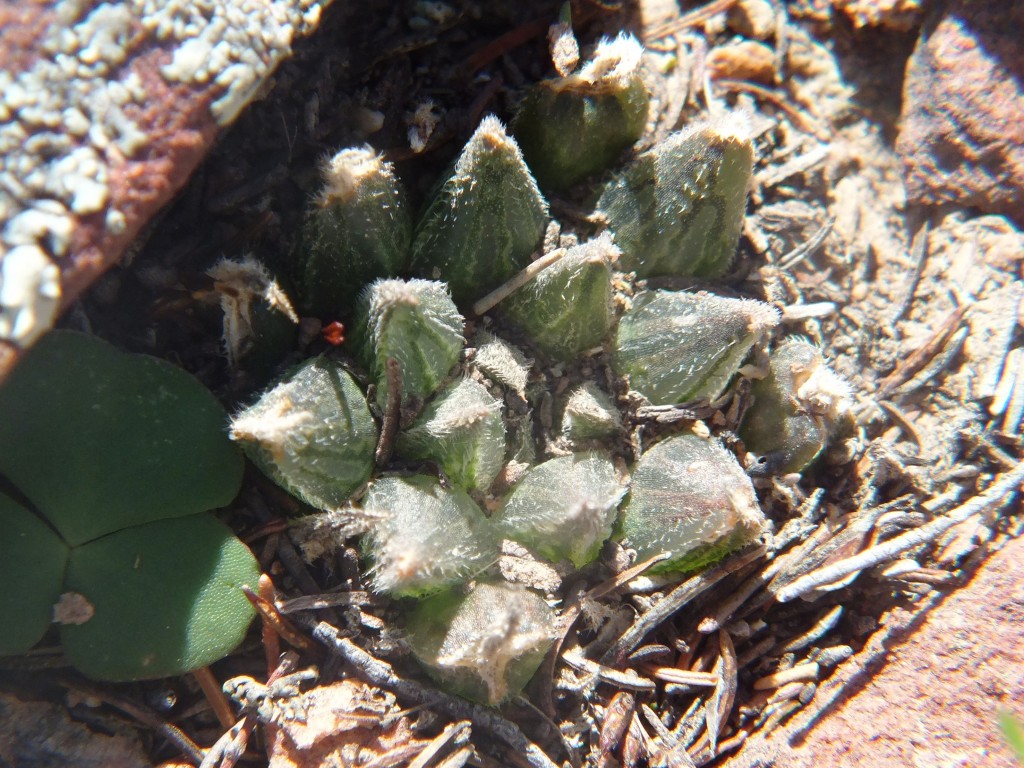
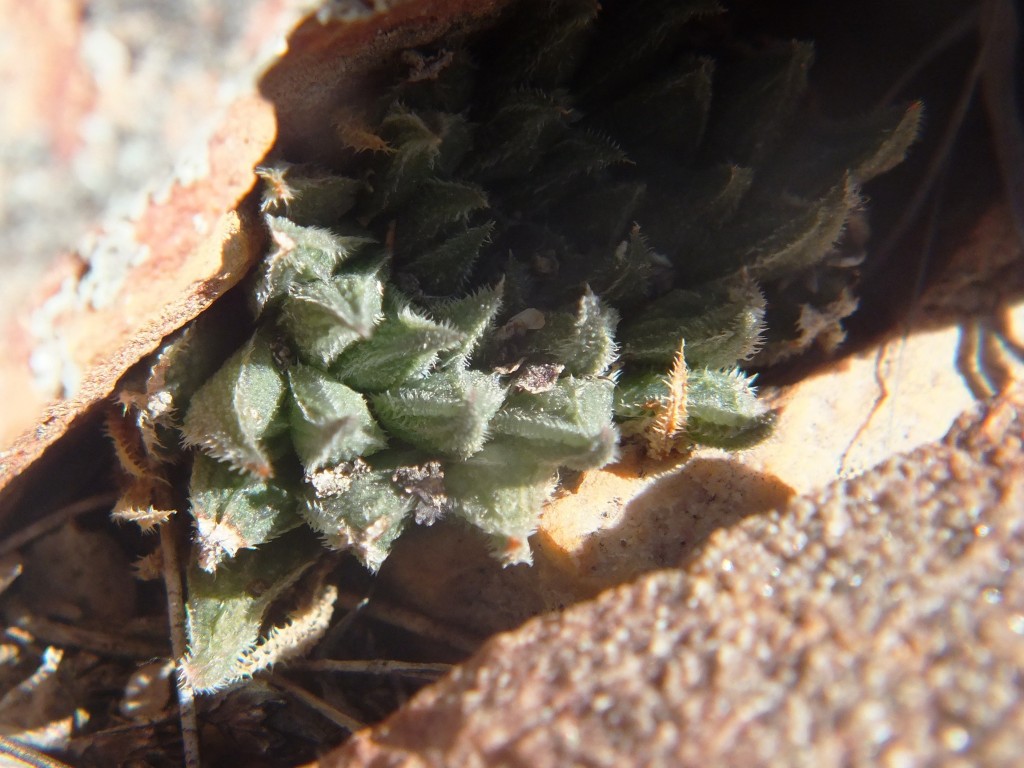
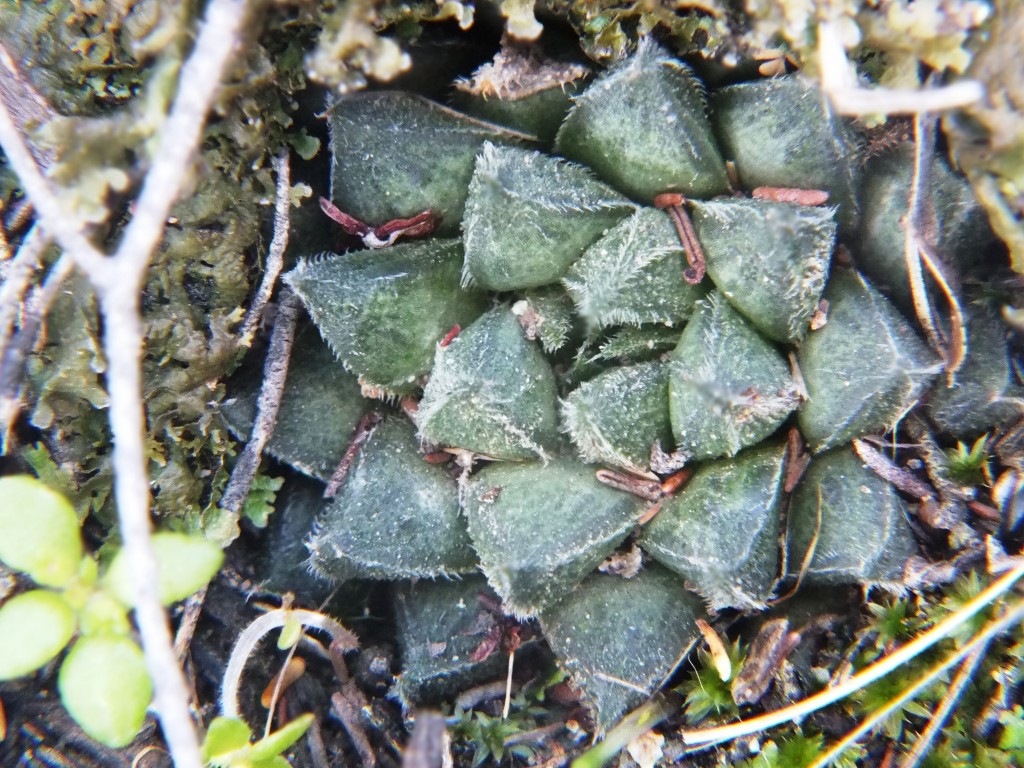
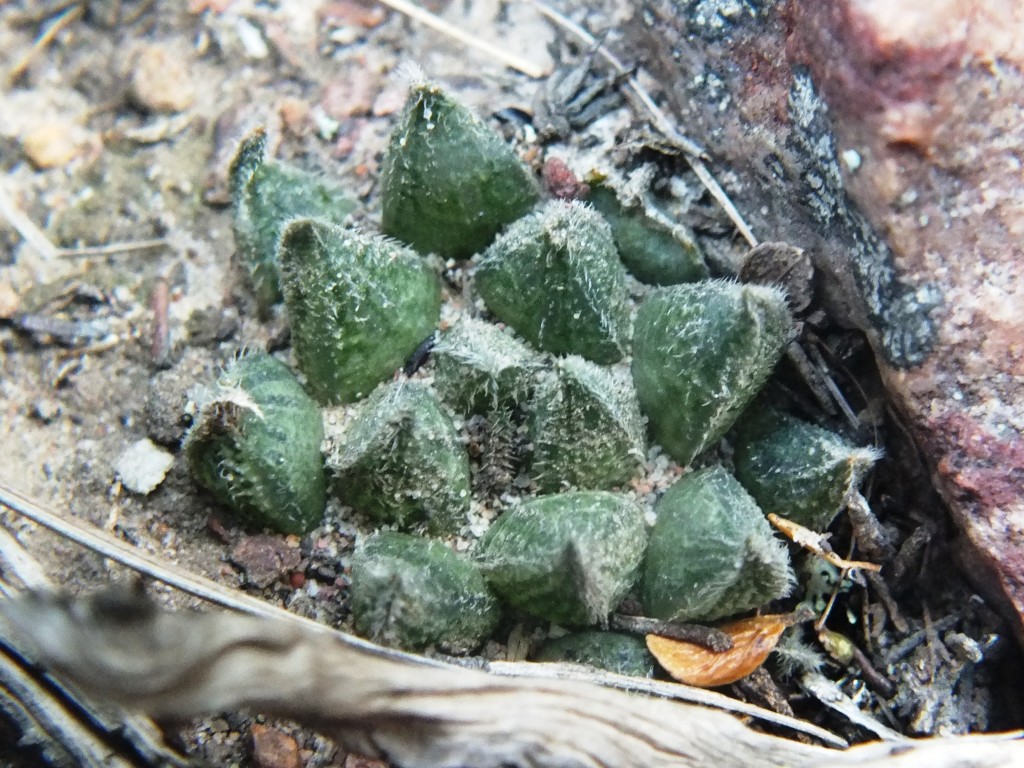
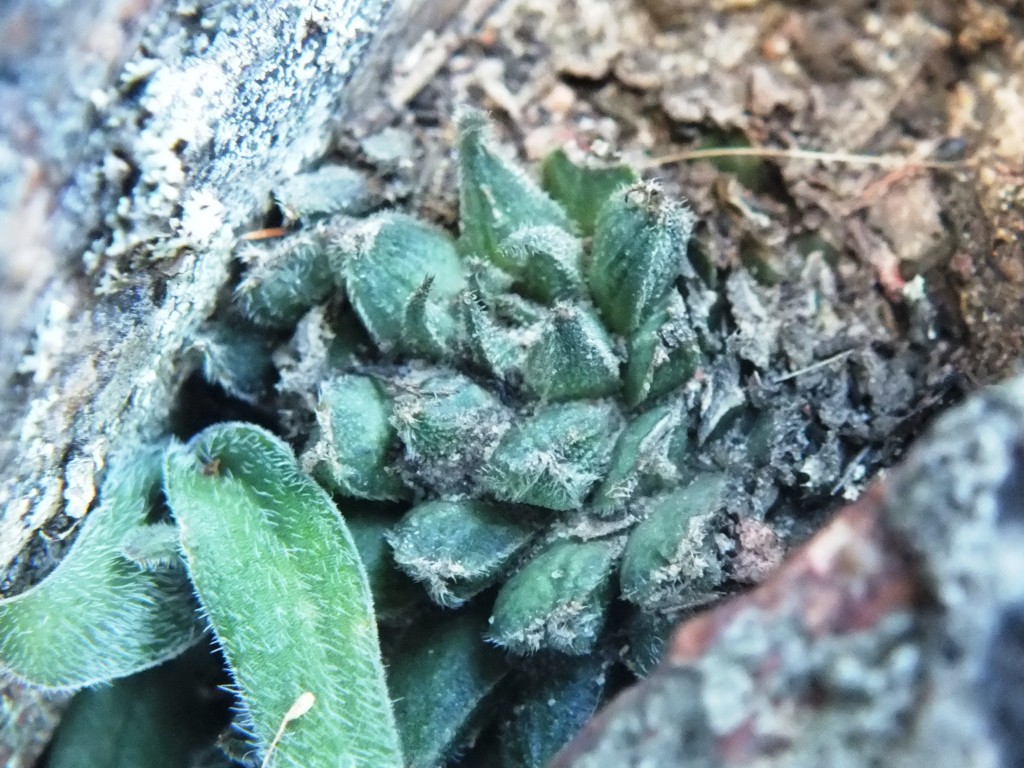
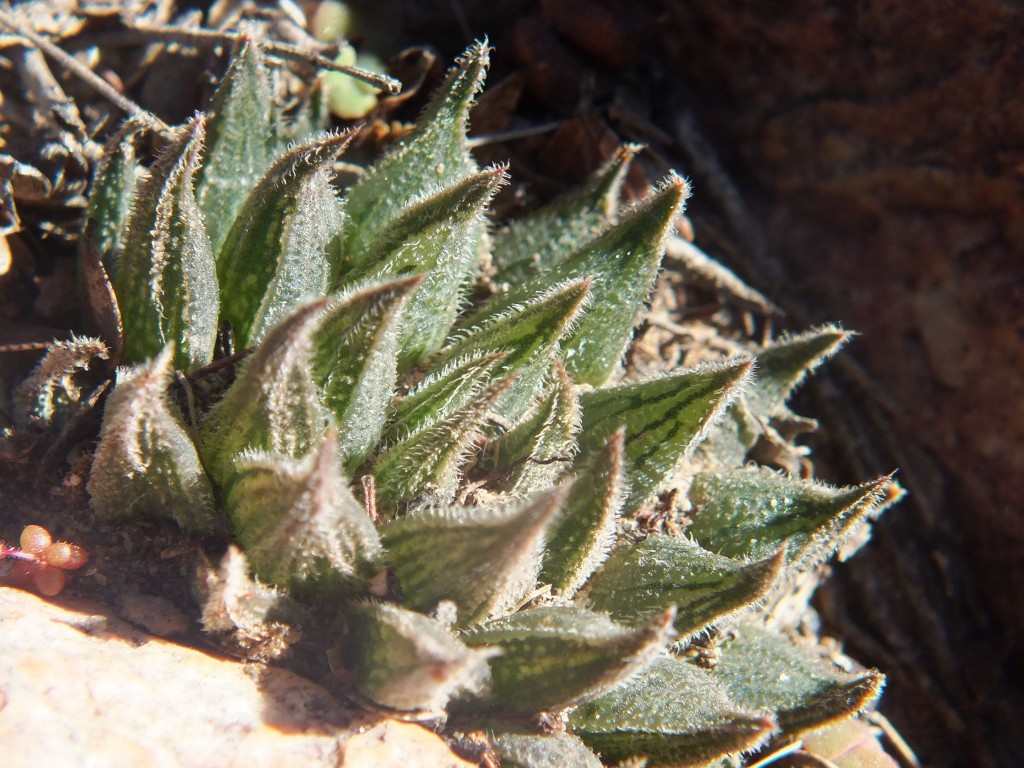
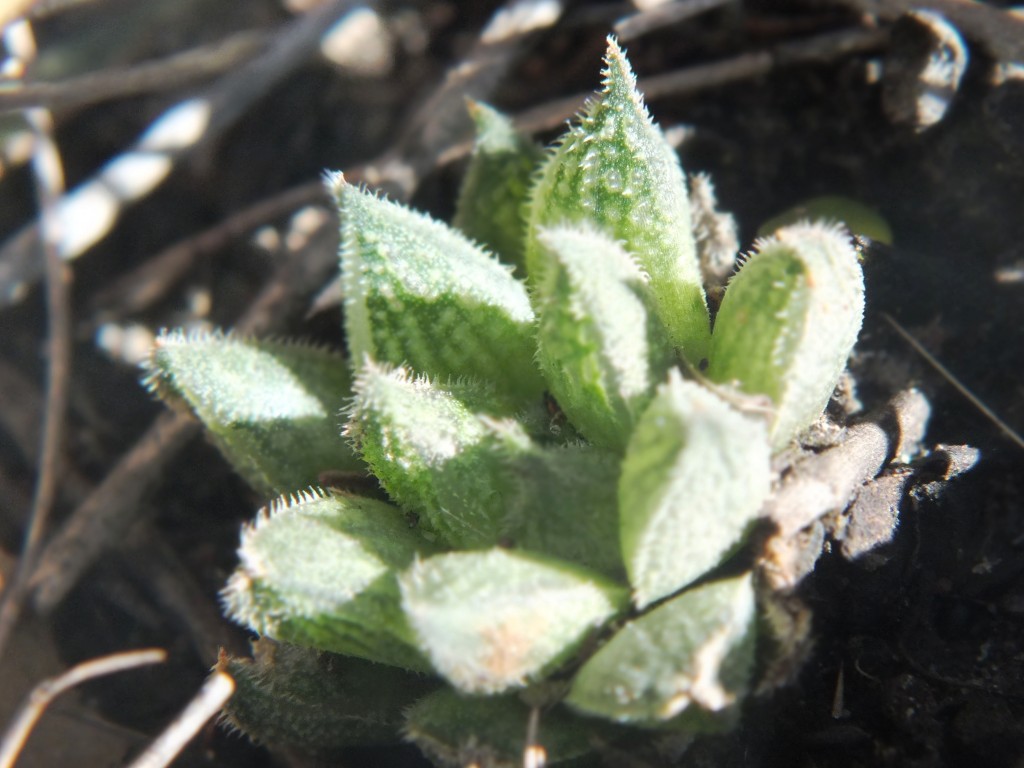
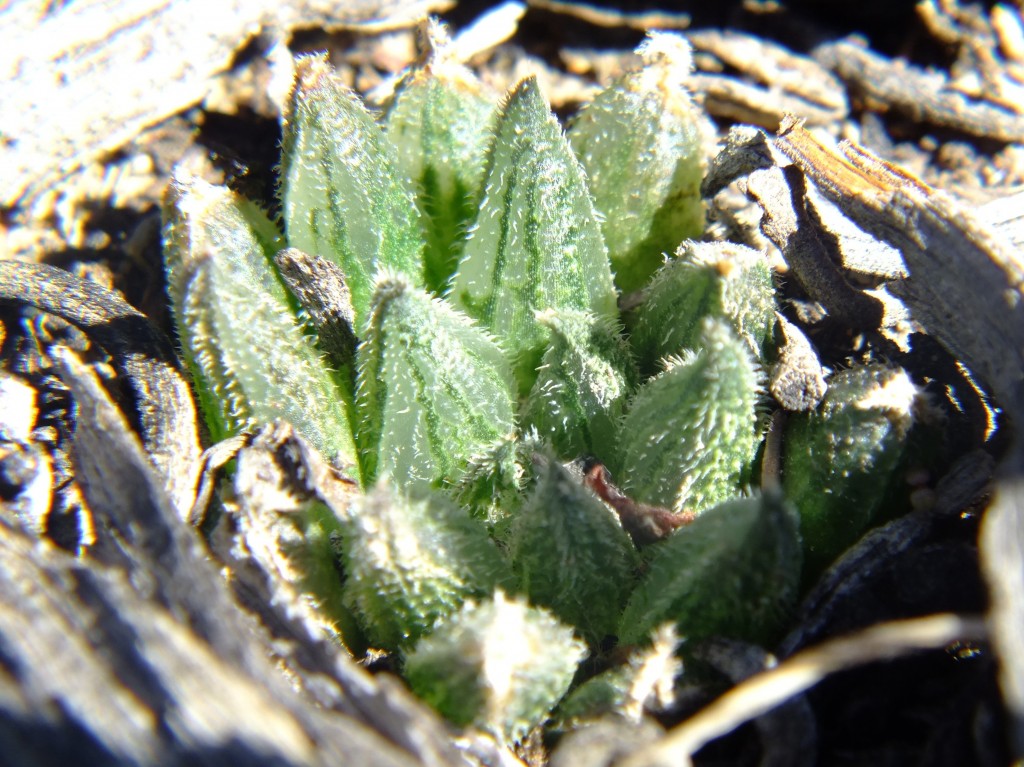
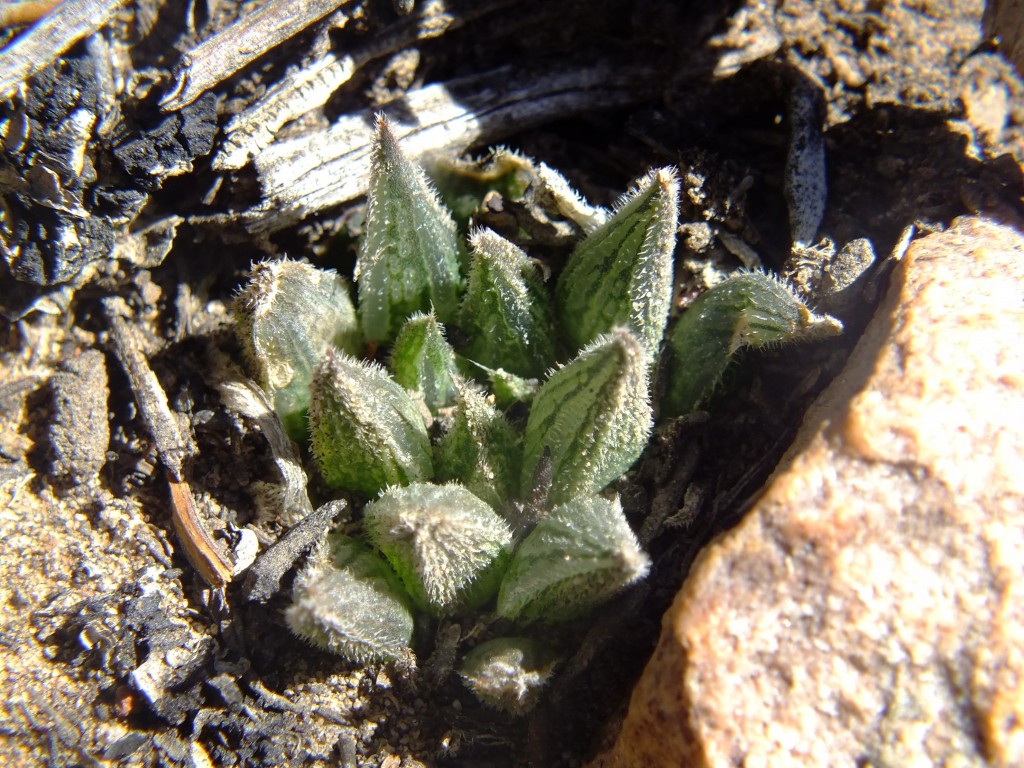
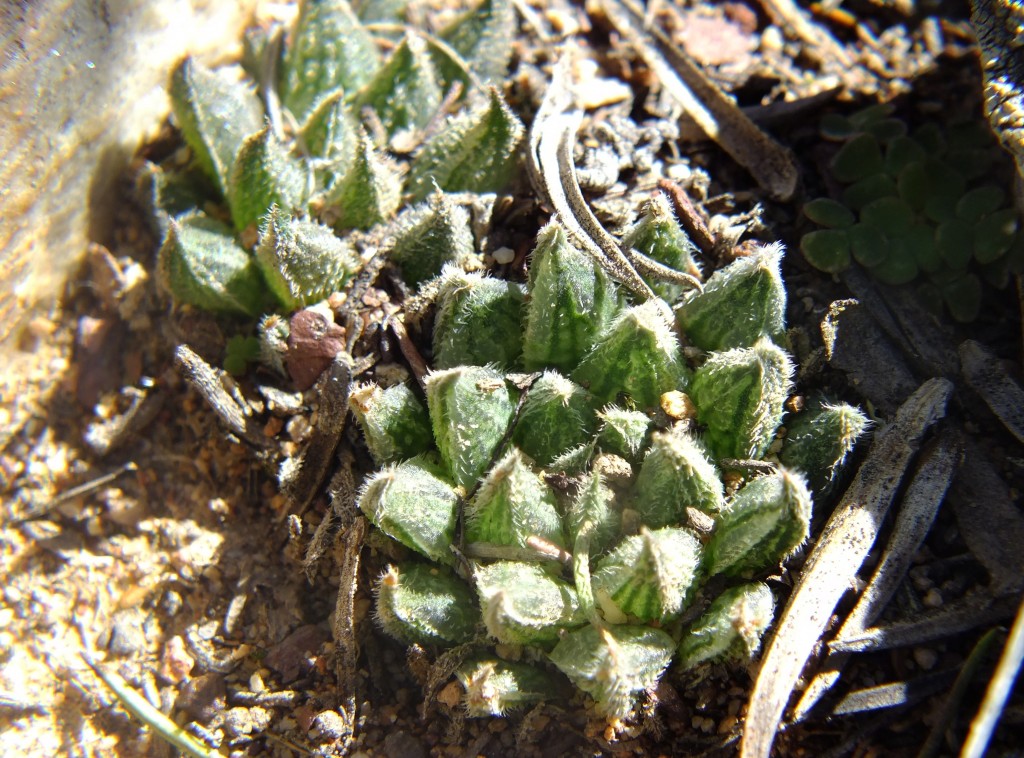
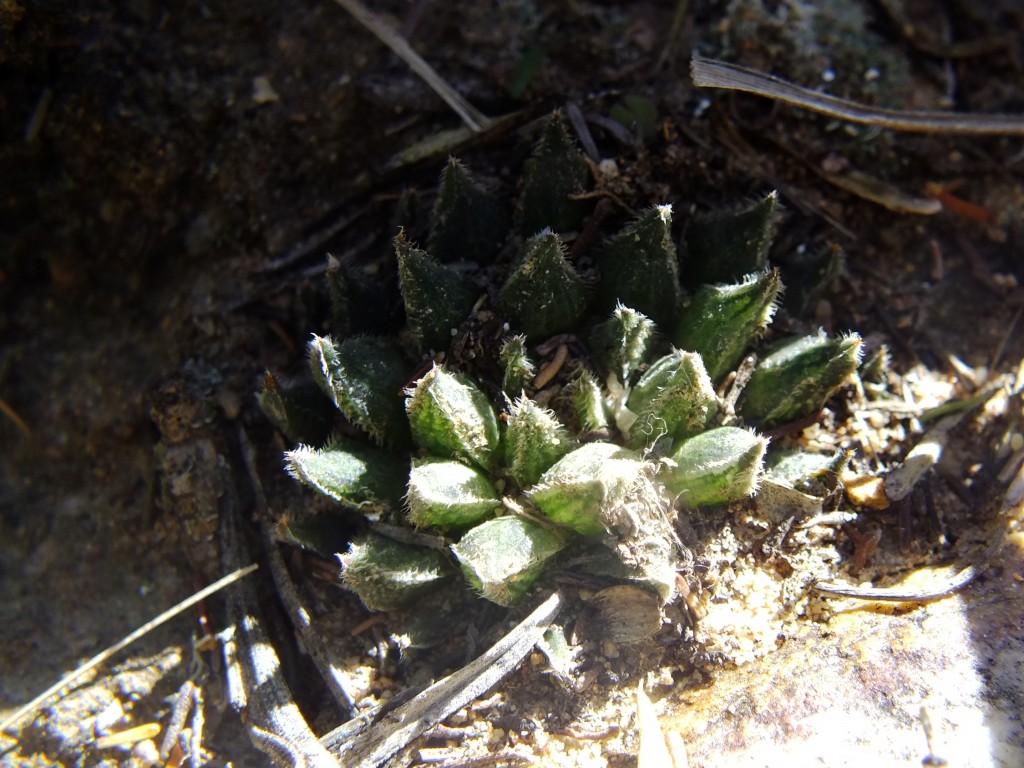
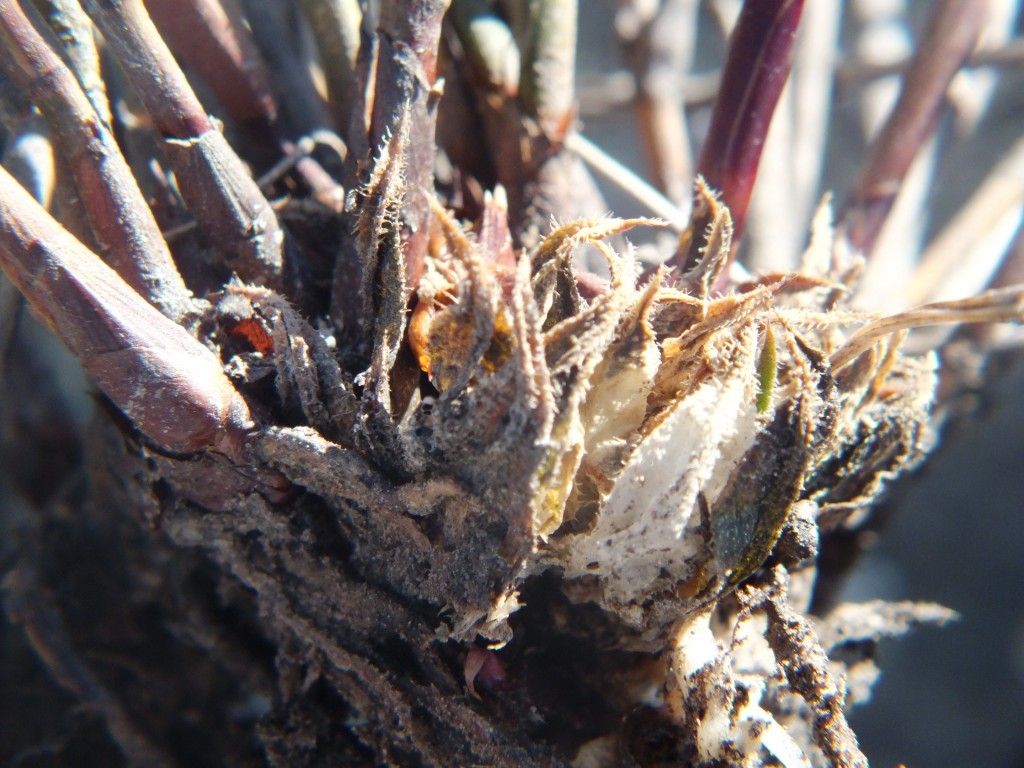
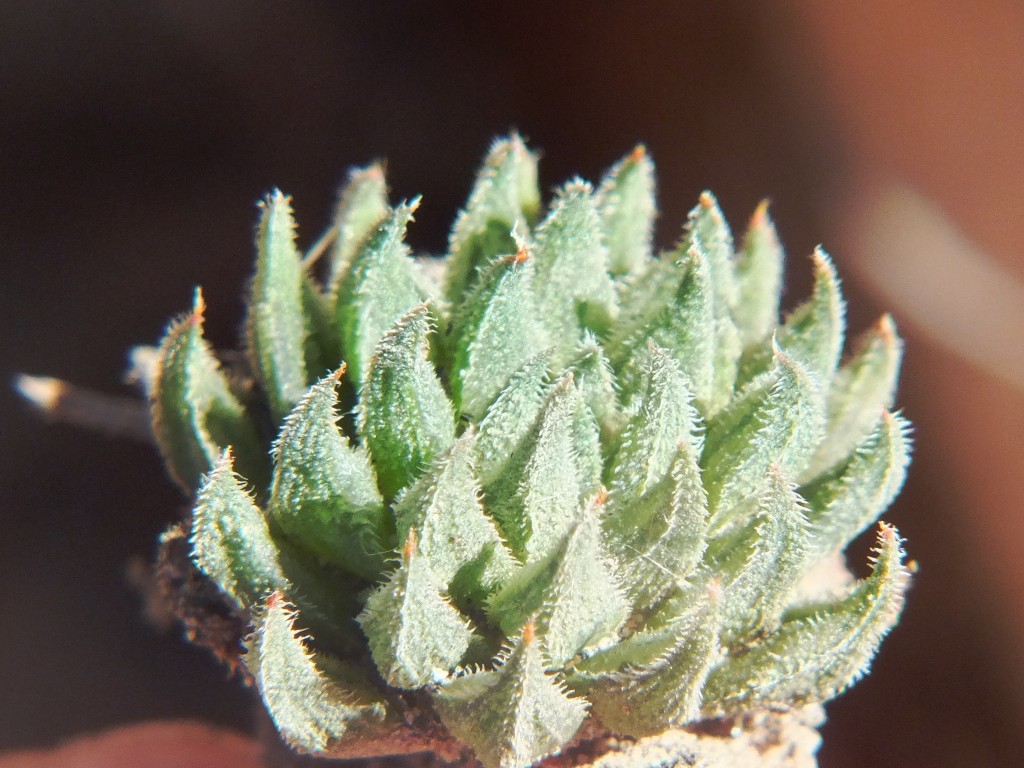
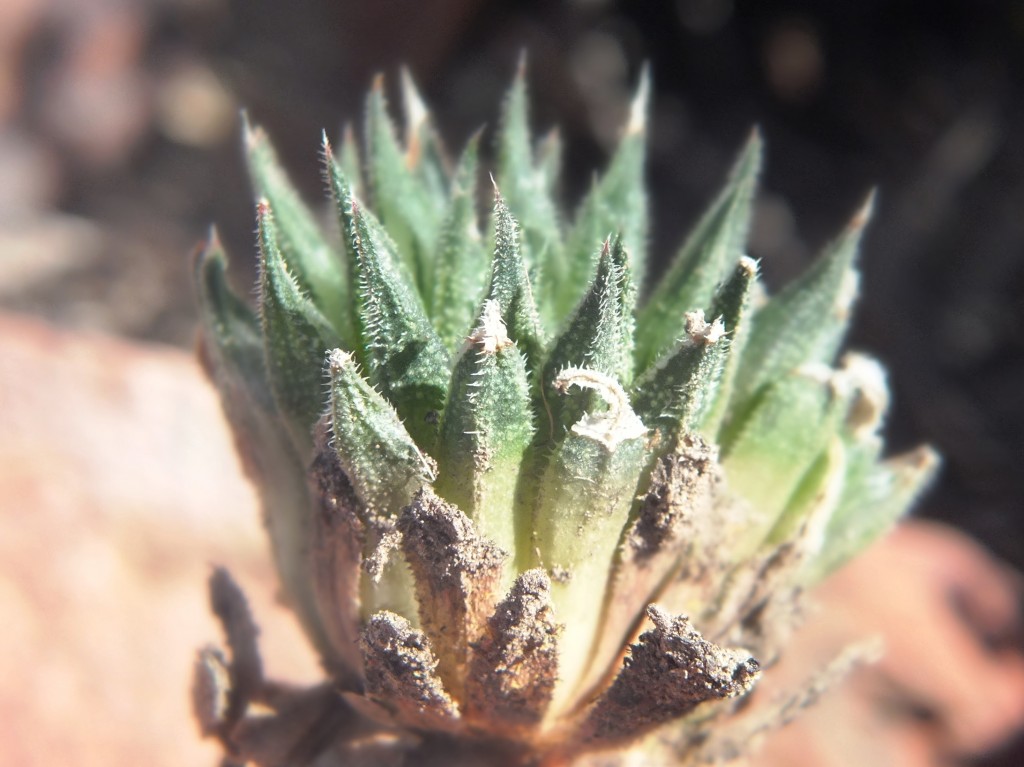
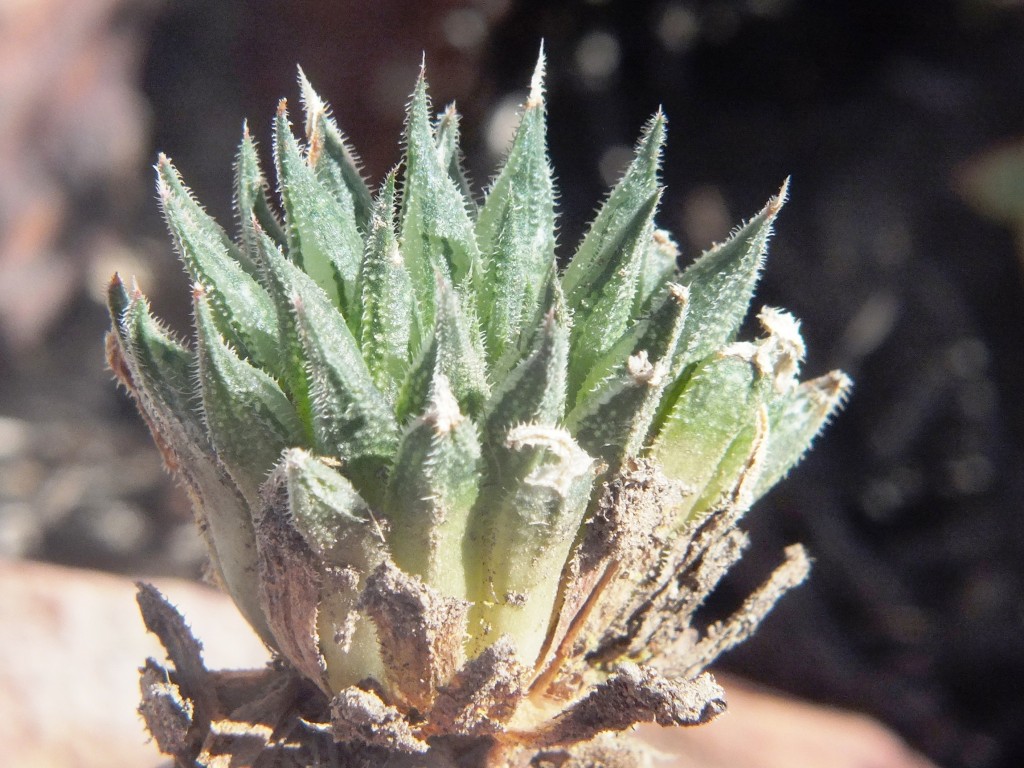
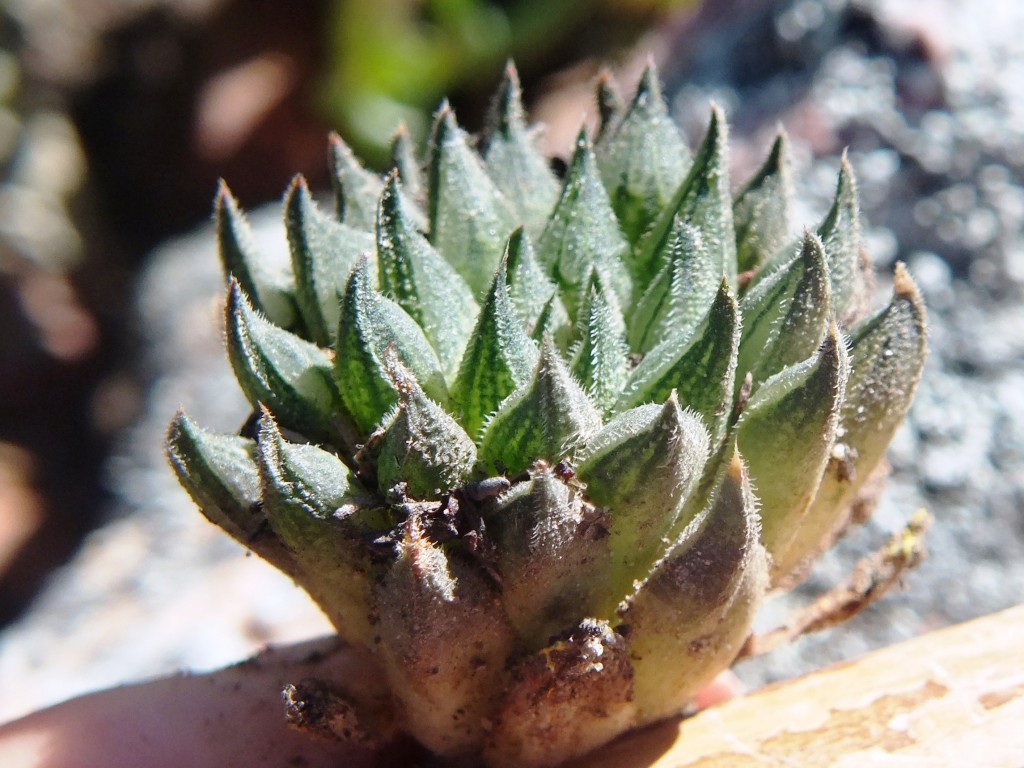
12-46 MBB8013 H. pubescens, SW Sandberg.
We did not explore the western slopes where habitat would have been more suitable for H. herbacea and I expect it does occur there. What puzzles me is that so frequently have I found very distinctive hybrids between species in close proximity and very seldom where the species are some distance from one another. I cannot say I have ever found a hybrid in the clear absence of both parents. The example of Astroworthia bicarinata at Lemoenkloof, east of Barrydale, may be an exception where only Astroloba corrugata (syn A. muricata, A. aspera) is present but H. pumila apparently not. Hybridization is thought to be an important element in the “evolution” of new species. I doubt this as it is quite evident that separation into two species is a pre-requirement. If new species have evolved in Haworthia by hybridization, how did they evolve as such in the first place? The answer to me lies in the continuities between populations. I observe, and have experienced of expected continuity between populations. While the Cilmor populations are thought to be H. pubescens ↔ maculata it cannot be said anymore that they are hybrid, or populations where the morph or drift to discrete elements has not reached a conclusion. The latter is more likely. As there is already apparent geographic continuity of H. maculata and H. herbacea, I was expecting some evidence of a similar relationship between H. herbacea and H. herbacea. So here it is. Hybridization as a factor in speciation in Haworthia does not seem to very likely. It confirms for me that there is a fractal “chaotic” order to species in Haworthia and the reality is that a view of many truly discrete species is a fabrication and a very ill-considered view.
Acknowledgement
We are always greeted with such kindness and helpfulness that we might have expected this from the Sandberg landowners too. It came in no small measure. Driaan Griesel was most enthusiastic and interested and also helped us with extracting our vehicle from the mud on the one occasion, and then jump-starting it after a flat battery on the second. Our imposition did not so much as touch his view of the day.
[Ed.] Bruce made another visit to Southwest Sandberg on 9 December 2012 and includes the following flower pictures. He makes this comment; personal correspondence 27 December 2012.
I am actually not sure at all about flowering time now. I used to be quite sure of being able to collect seed of pubescens mid-Nov. But I observed at Humansdorp that gordoniana peak flowering could be out by 6 weeks. In any case the plants can produce successive spikes so one can get delayed flowering and added to that energy in the first or the second flower set. I know mirabilis at MacGregor can flower from Nov. thru to March while at Montagu mirabilis can flower as late as April/May. Retusa and geraldii are quite happy to produce flowers in either Spring or Summer and Kobus observed that splendens did that too. Maculata can flower from Sept. thru to late Dec. And each population does its own thing.
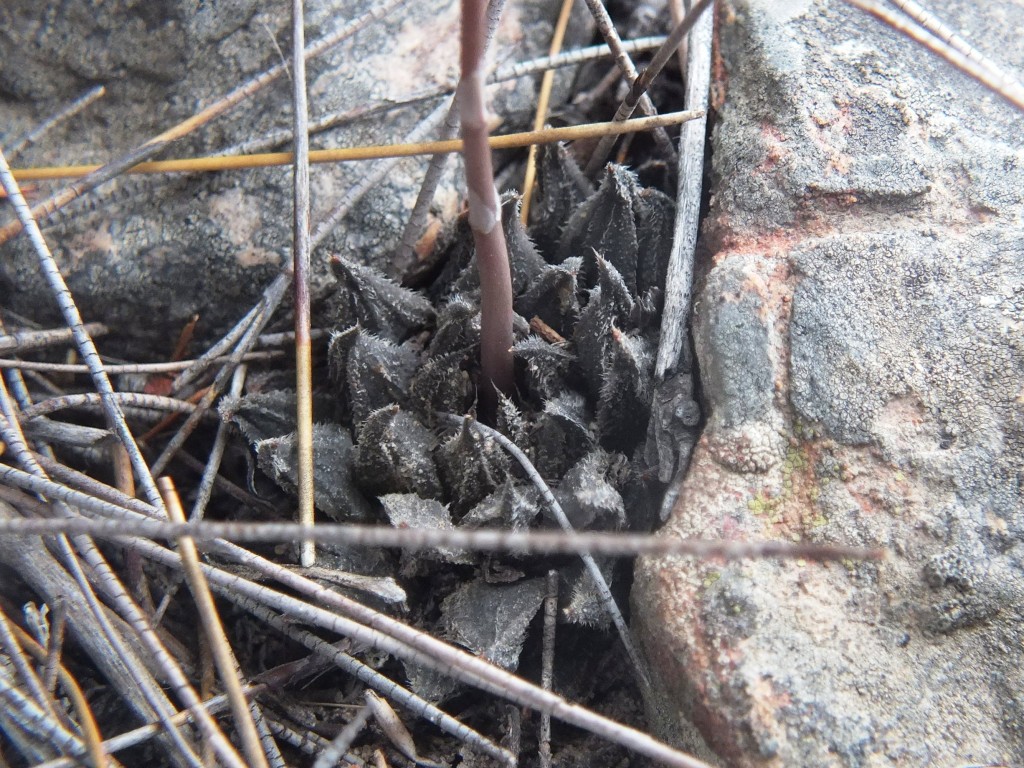
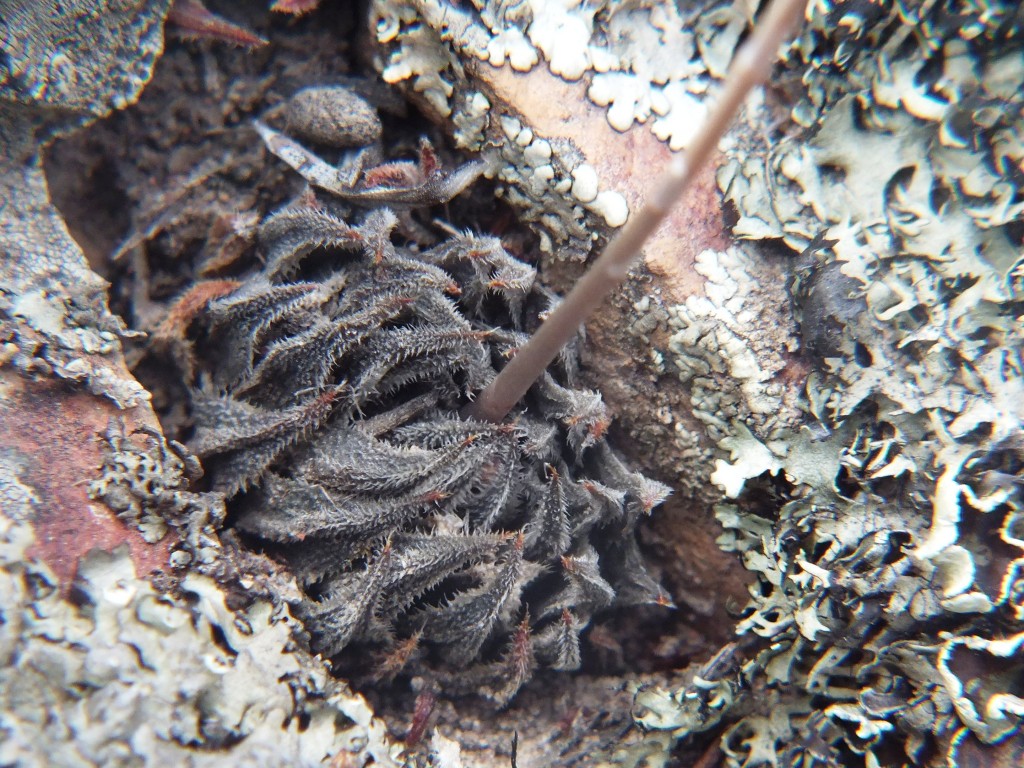
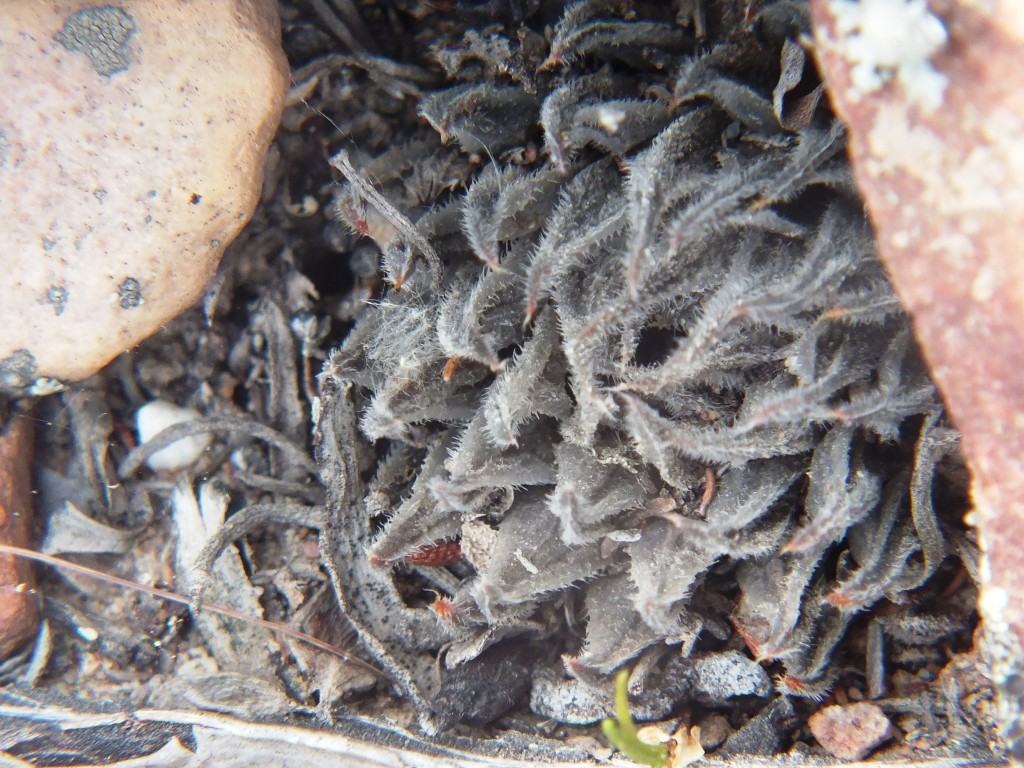
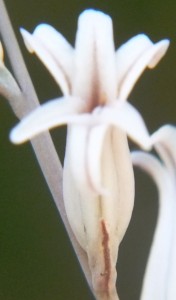
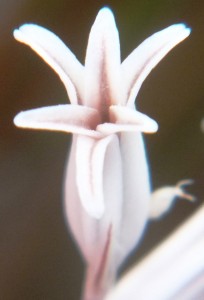
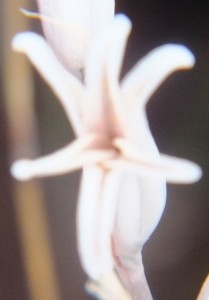
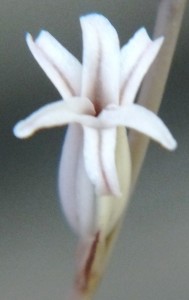
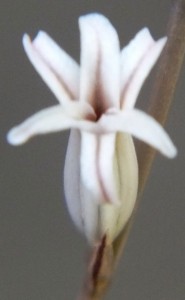
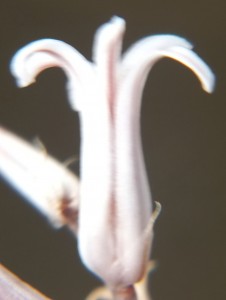
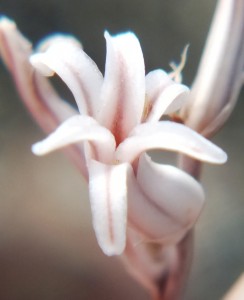
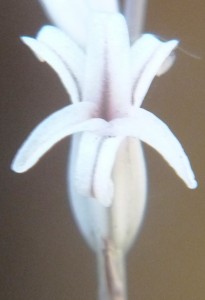
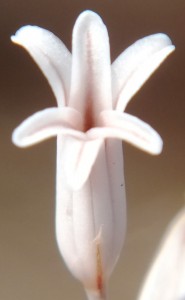
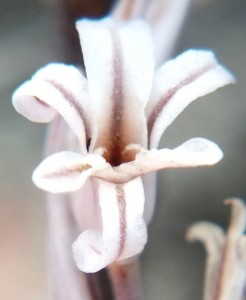
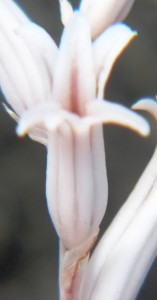
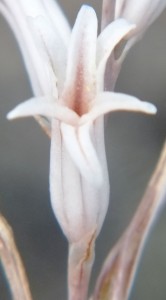
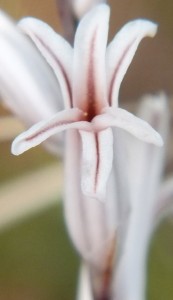
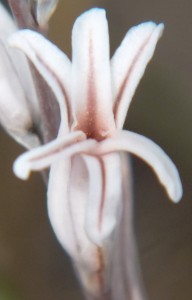
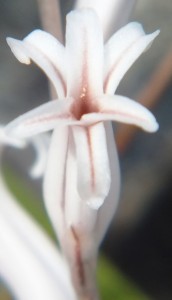
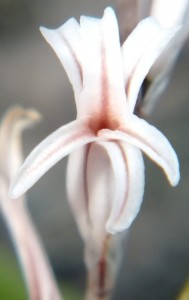
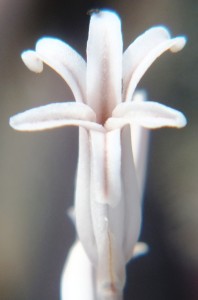
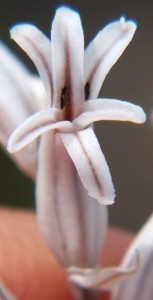
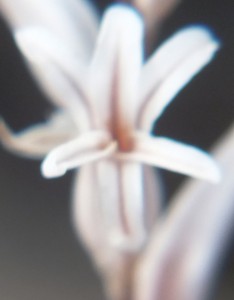
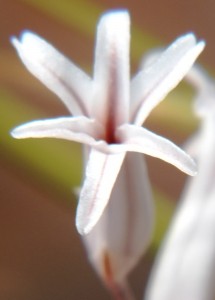
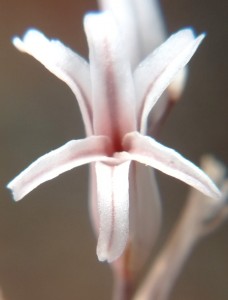
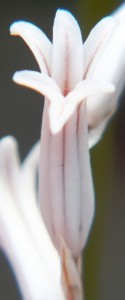
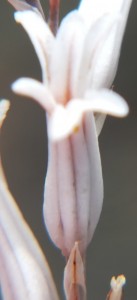
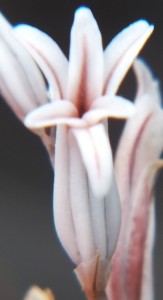
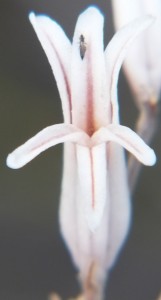
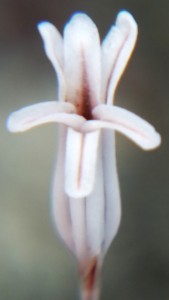
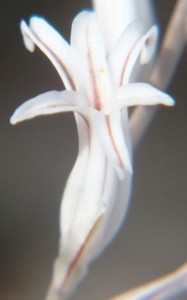
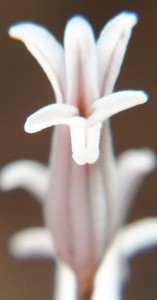
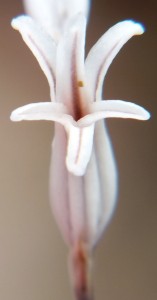
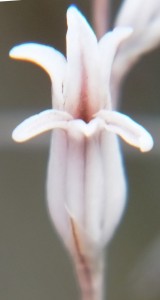
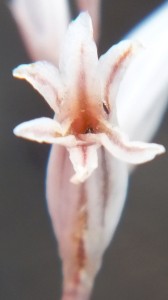
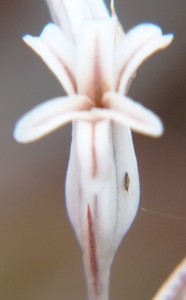
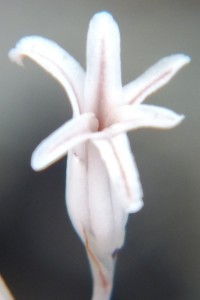
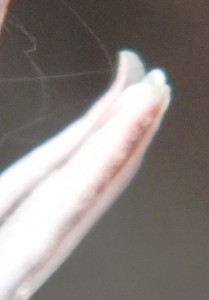
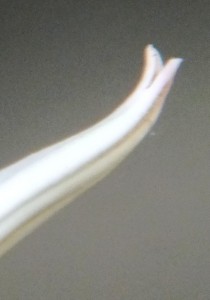
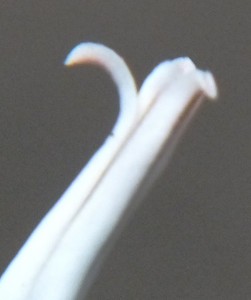
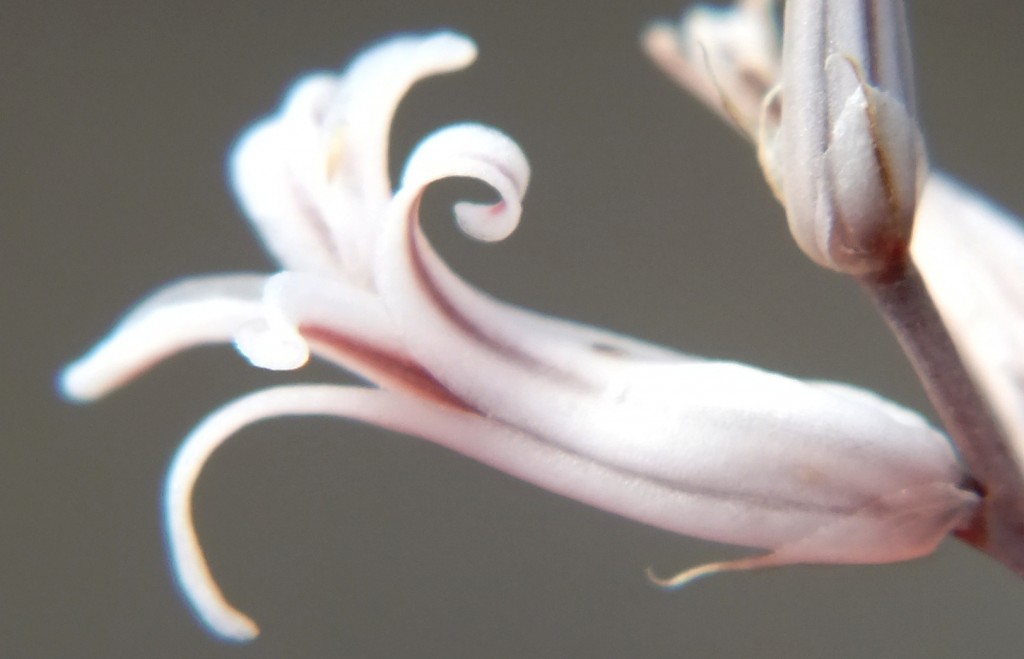
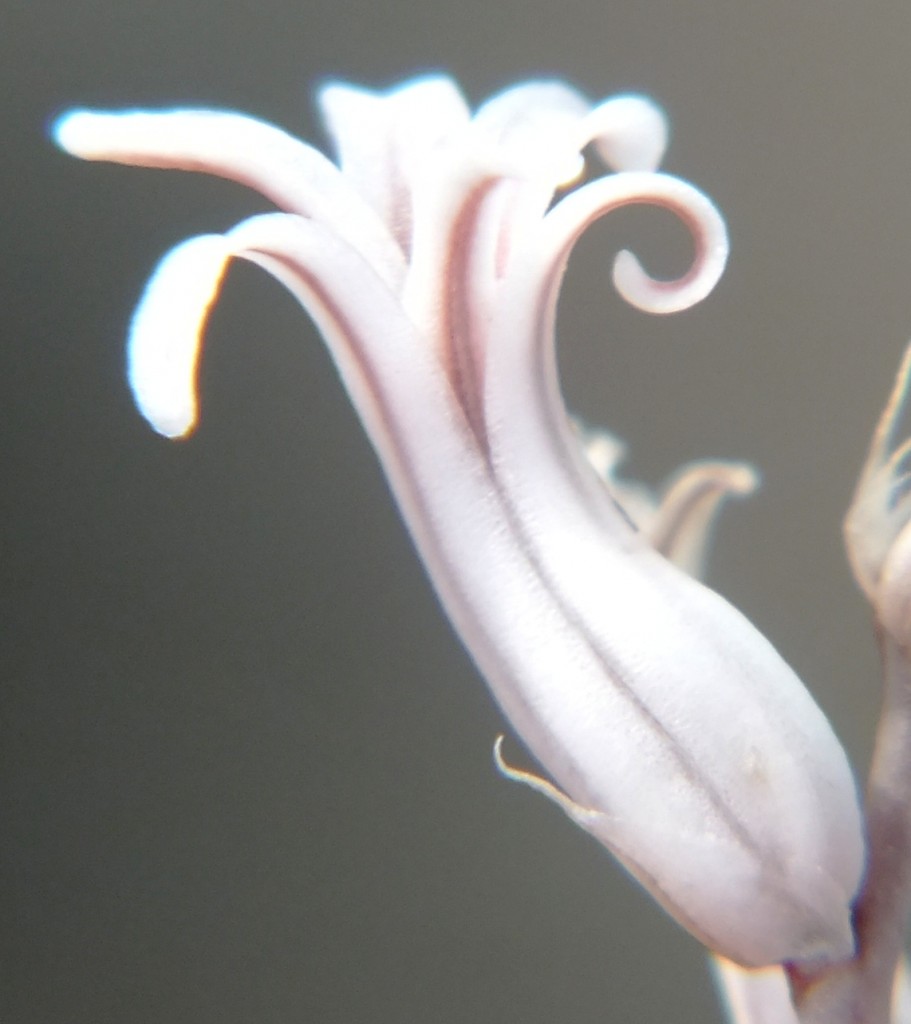
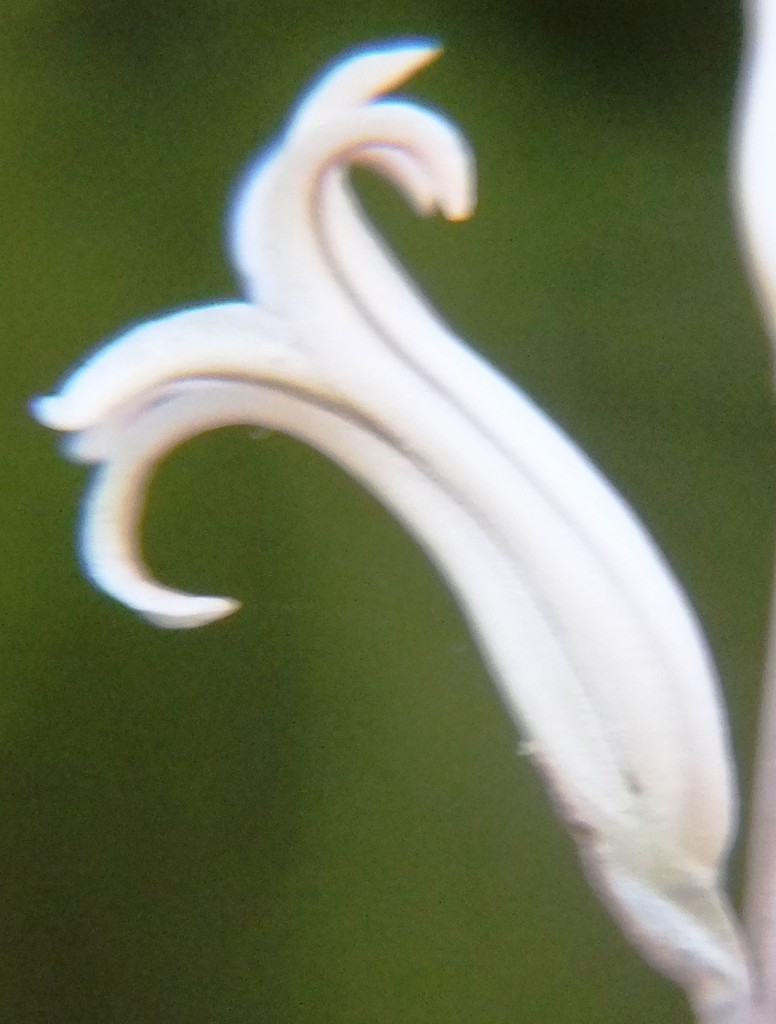
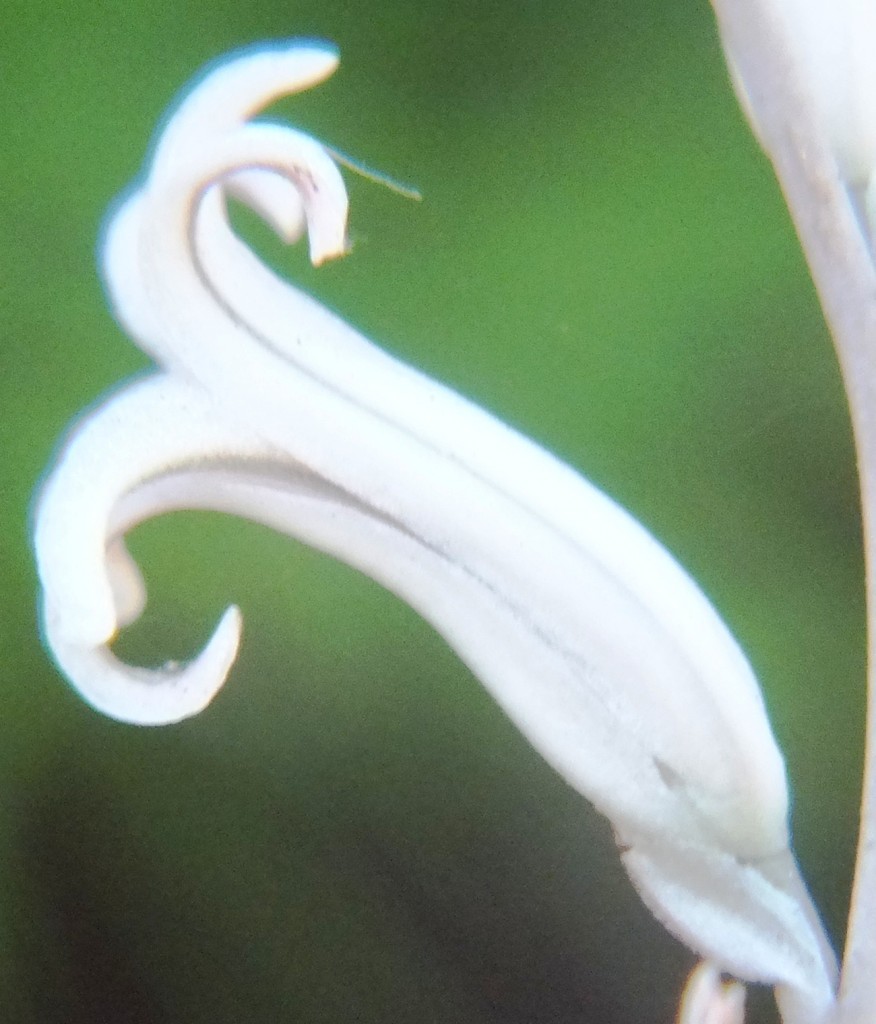
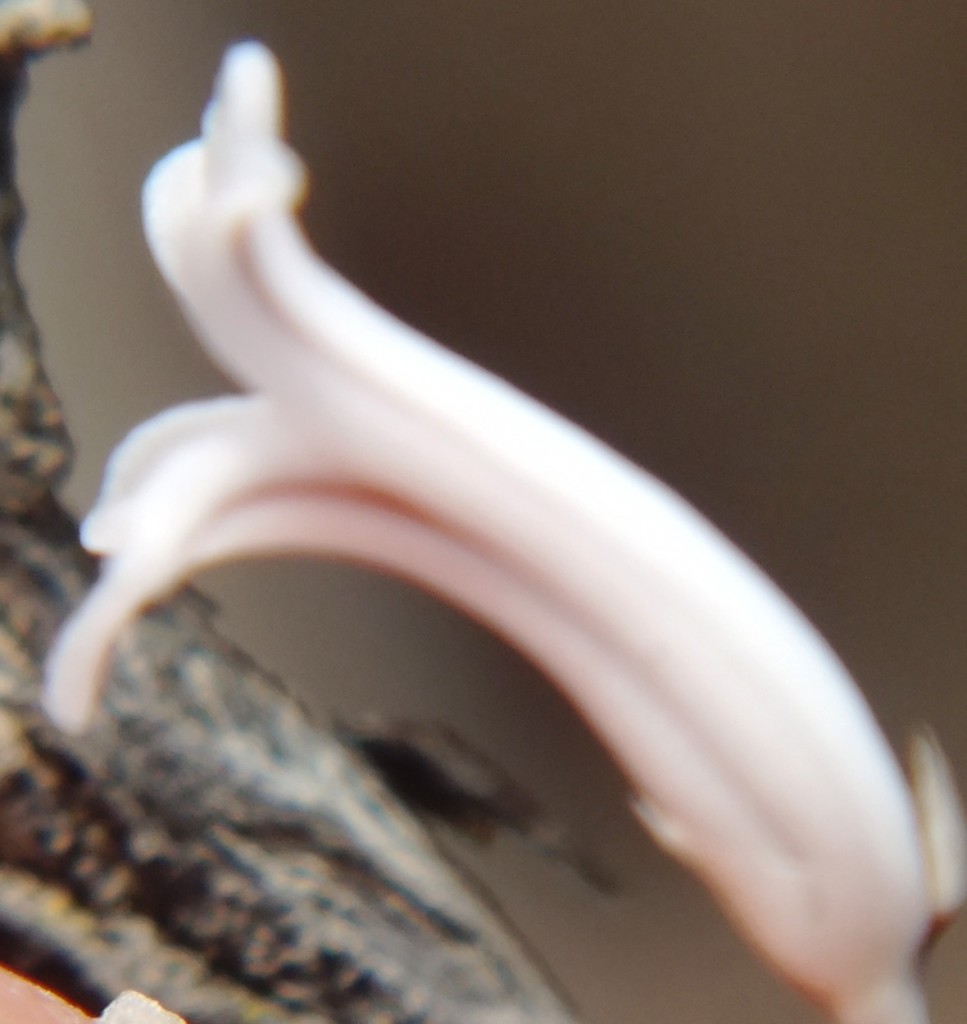
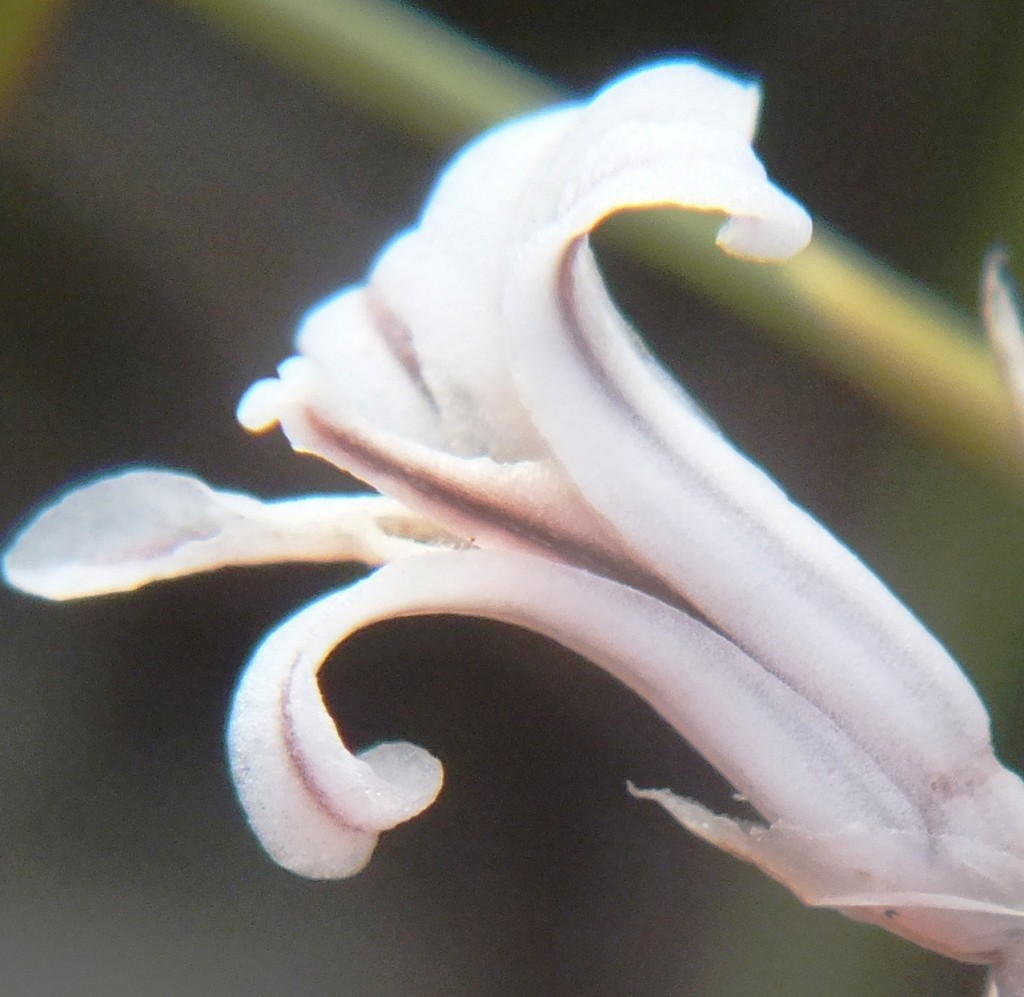
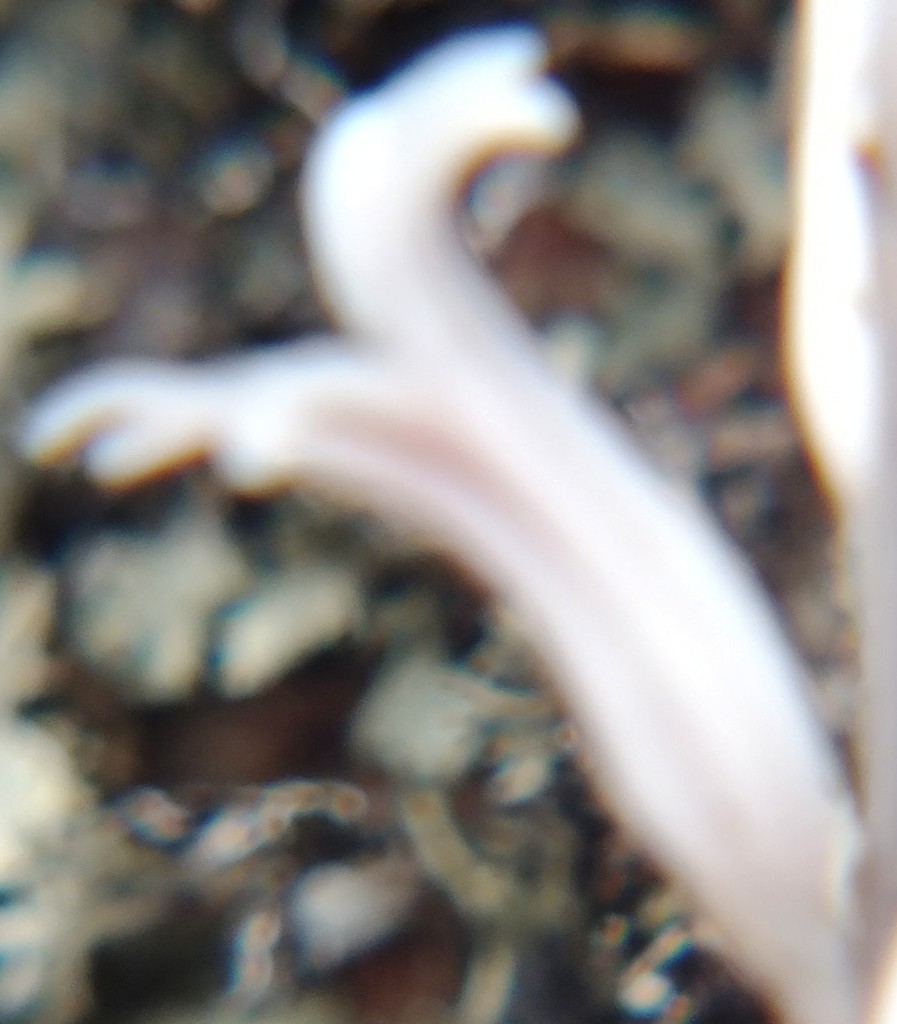
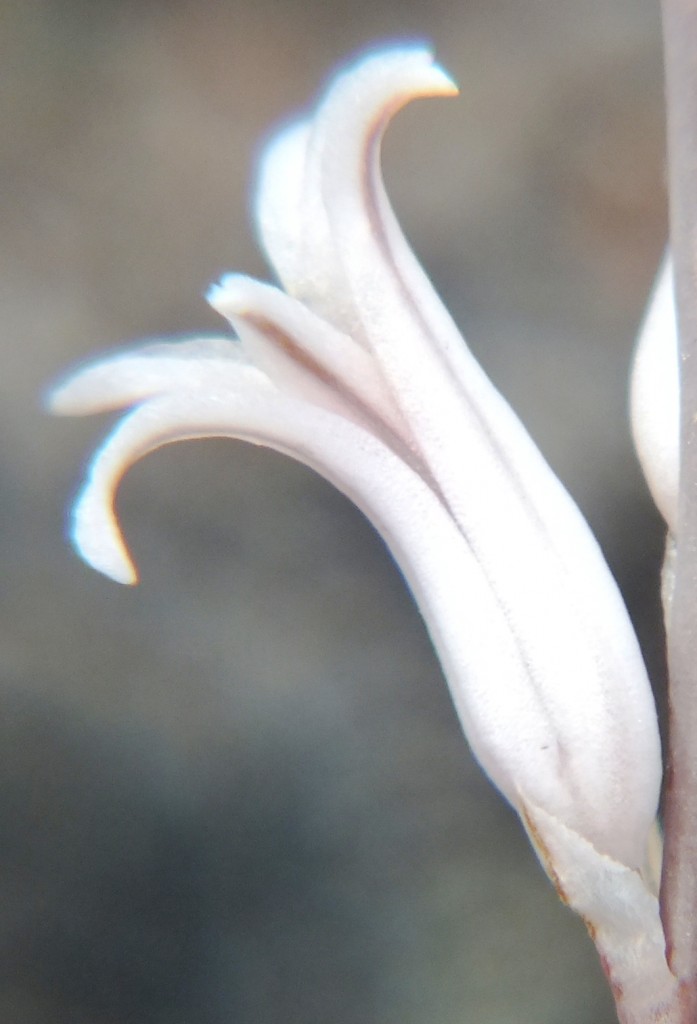
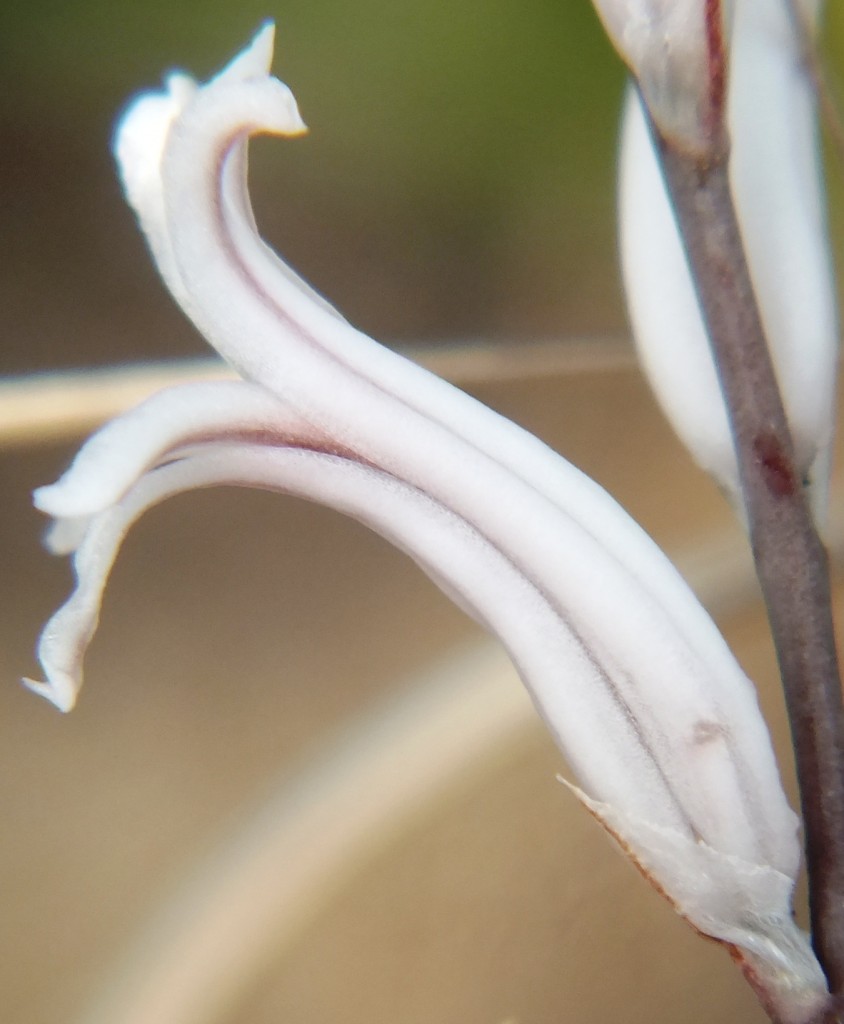
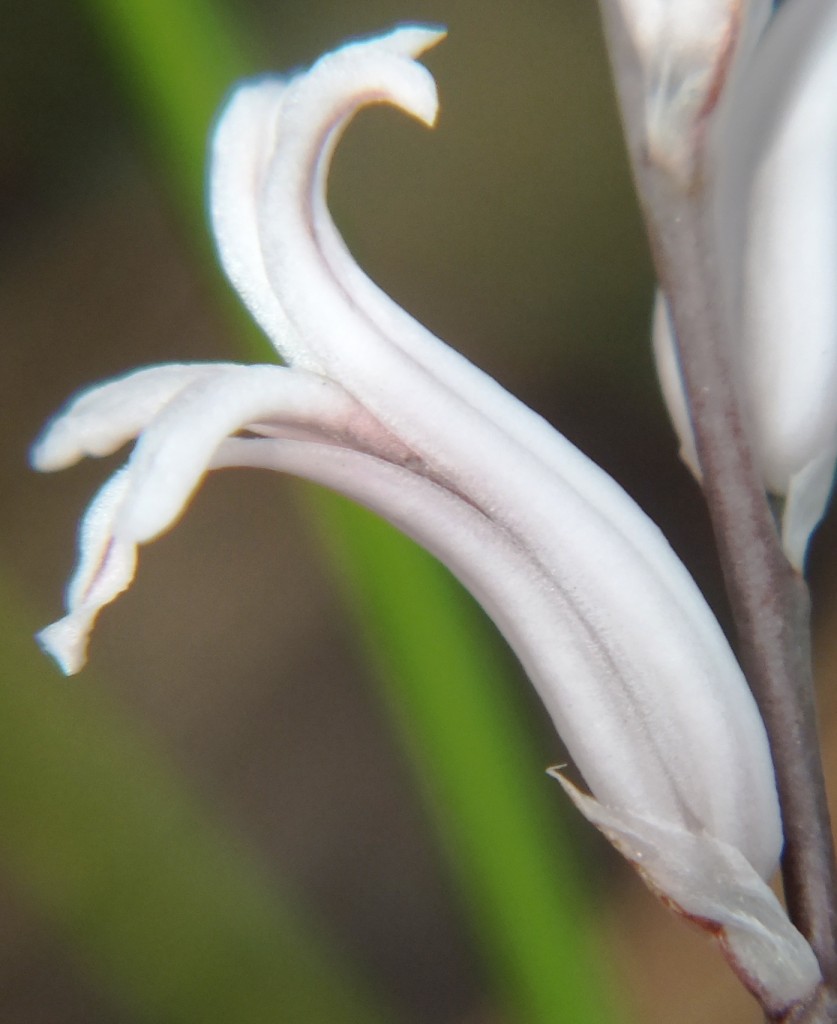
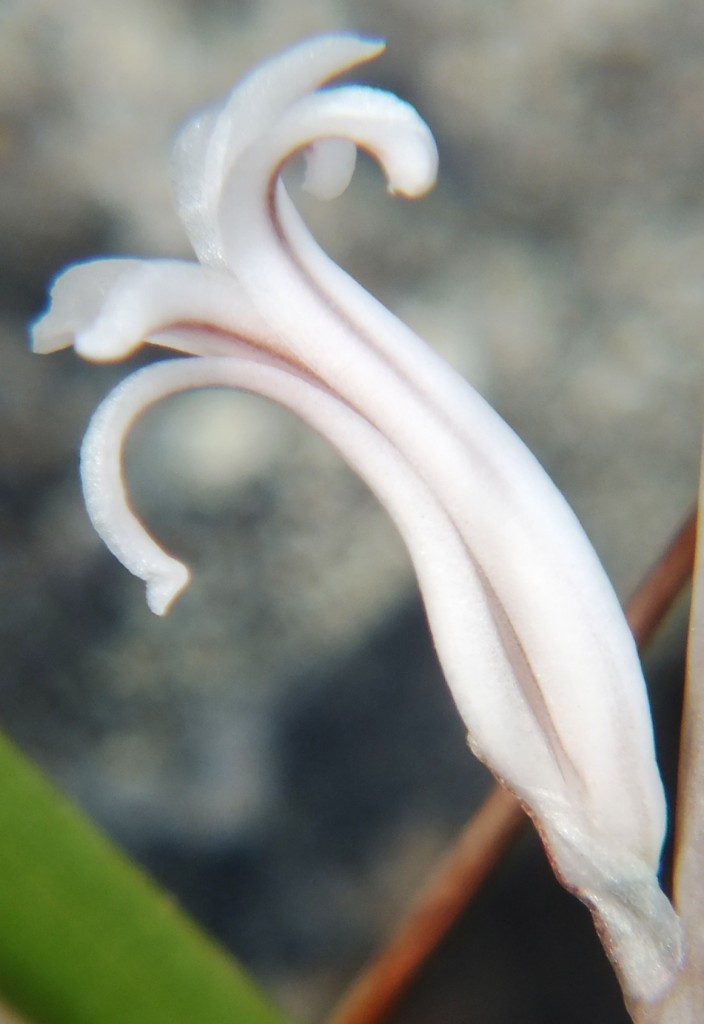
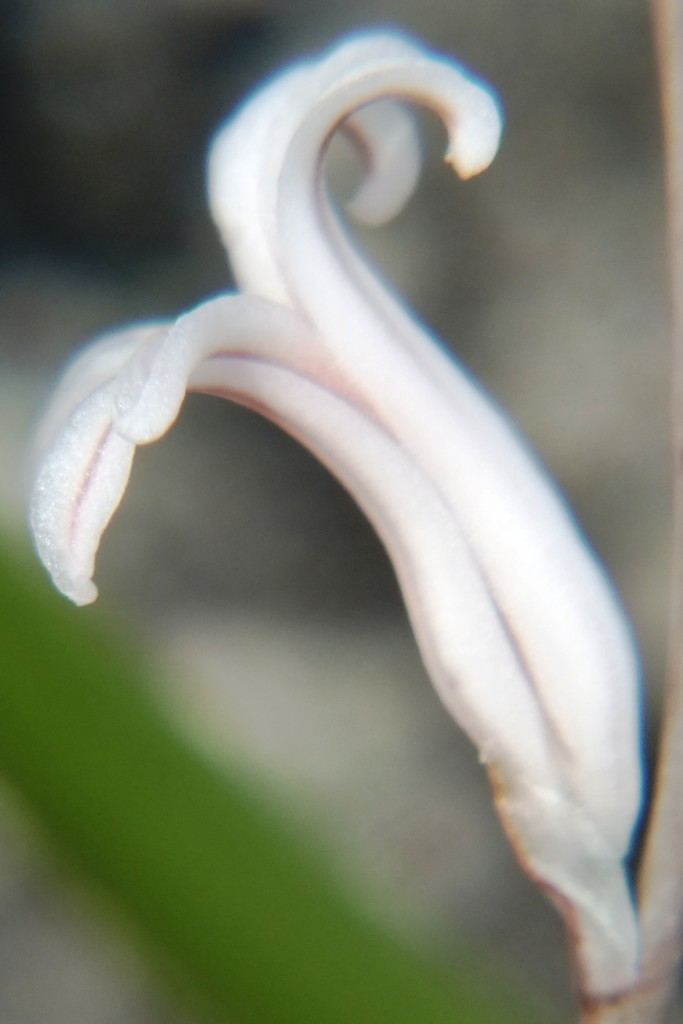
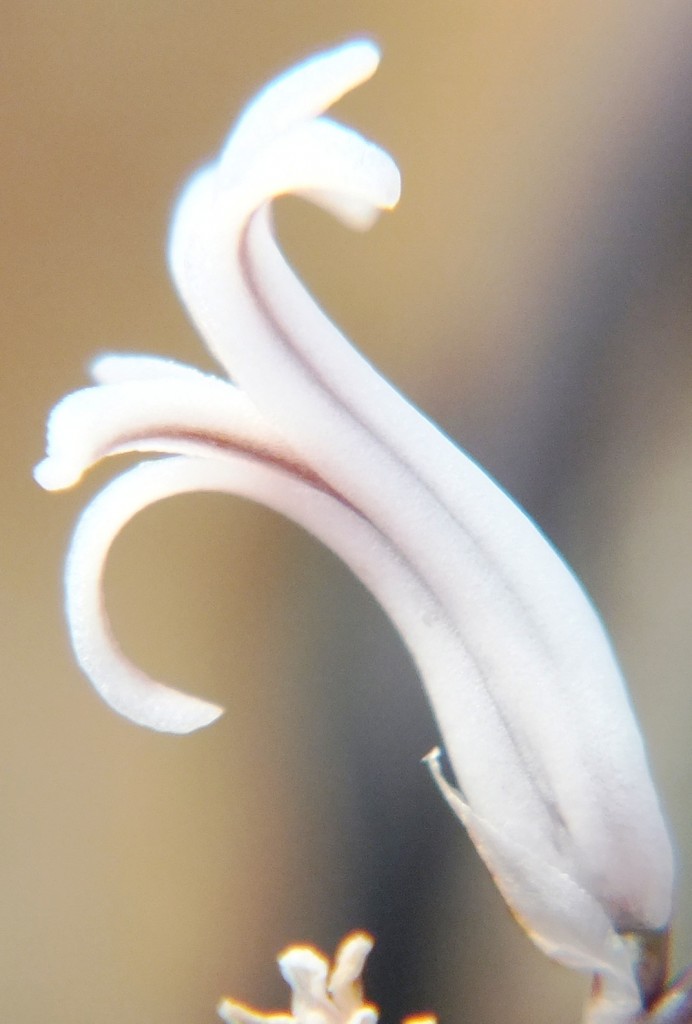
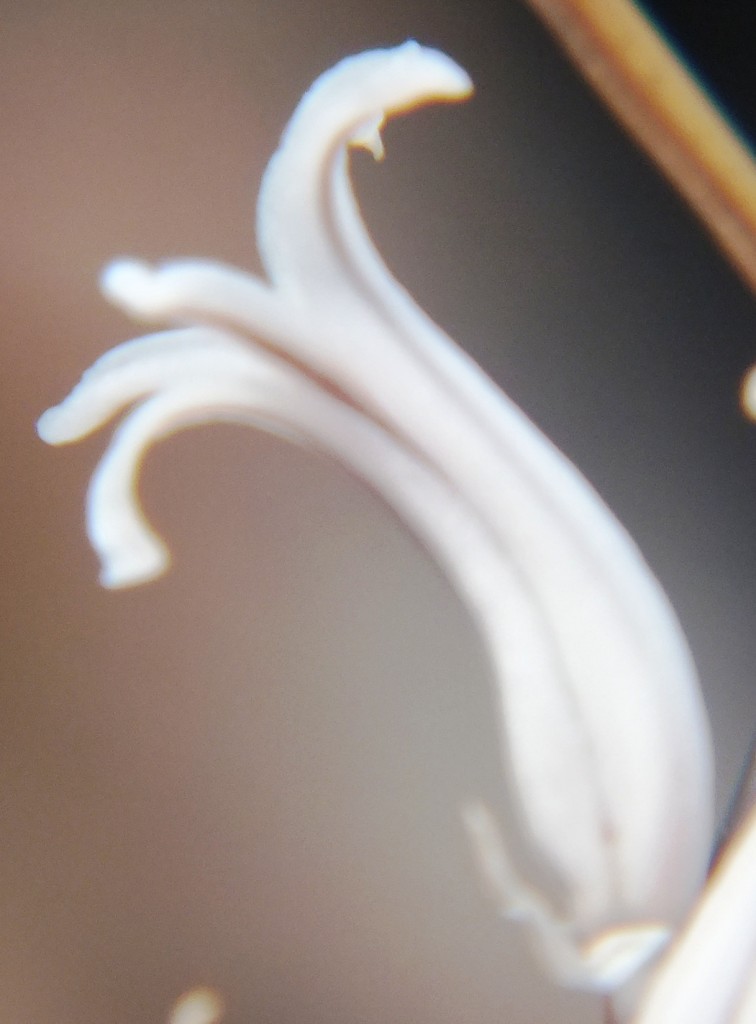
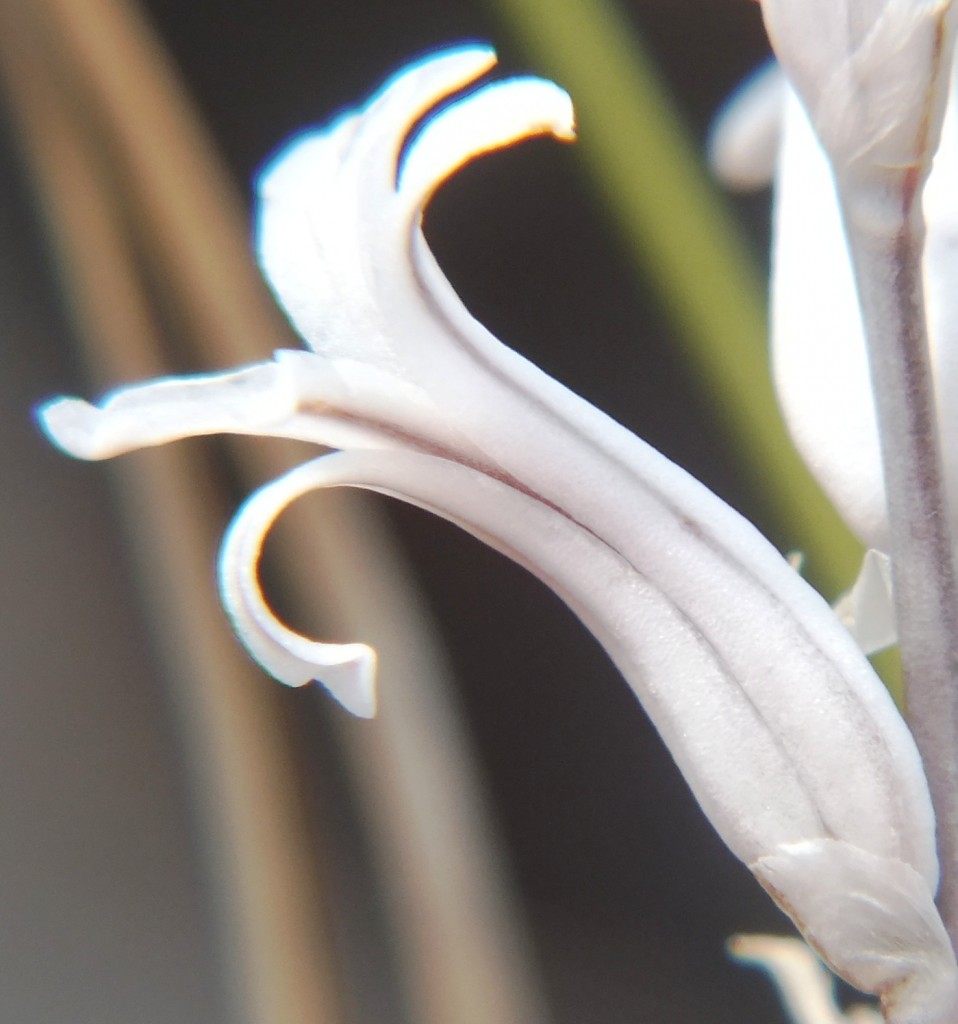
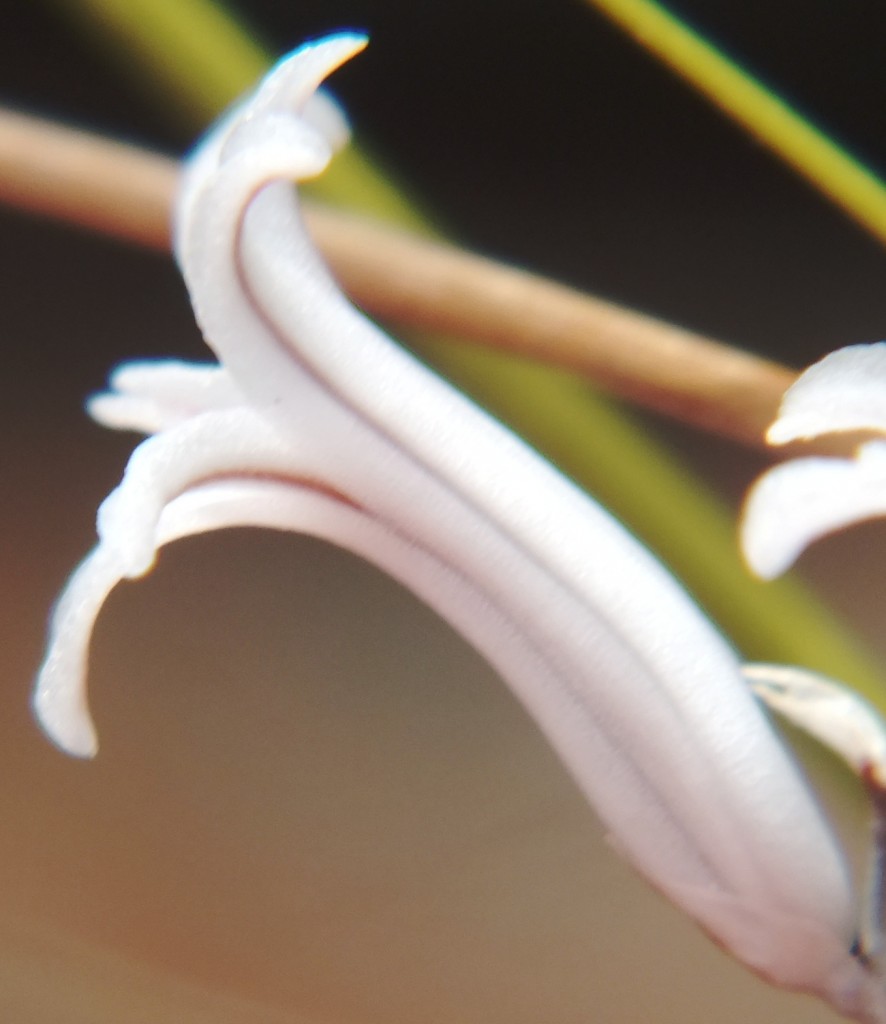
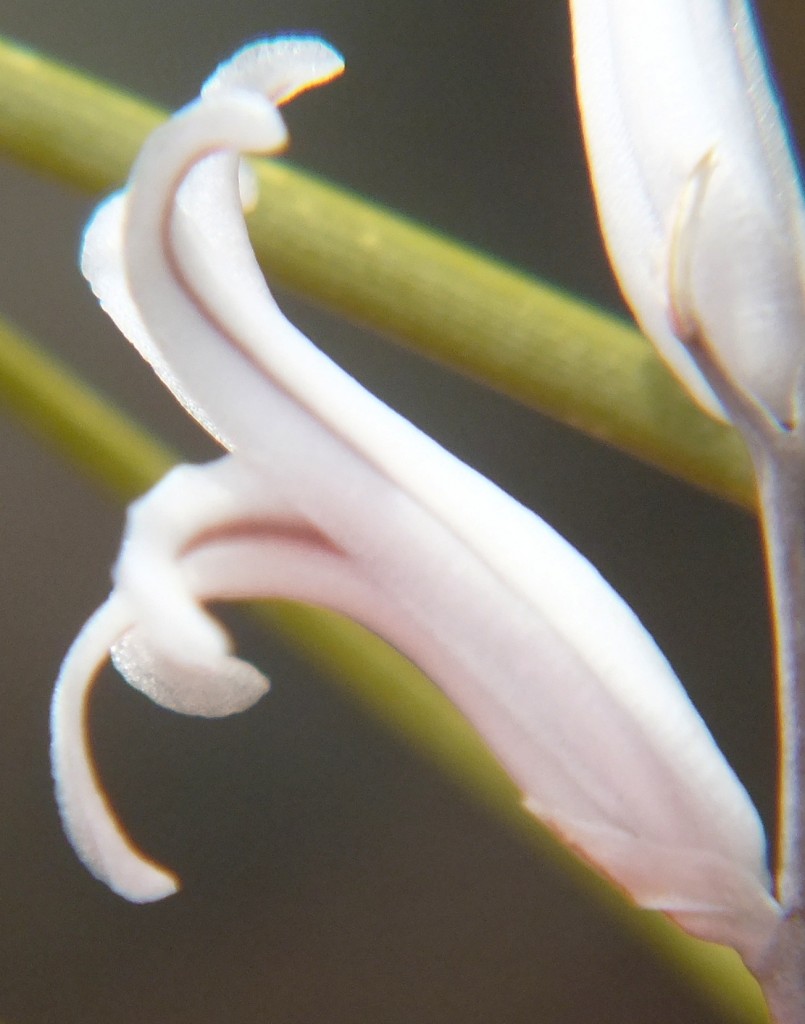
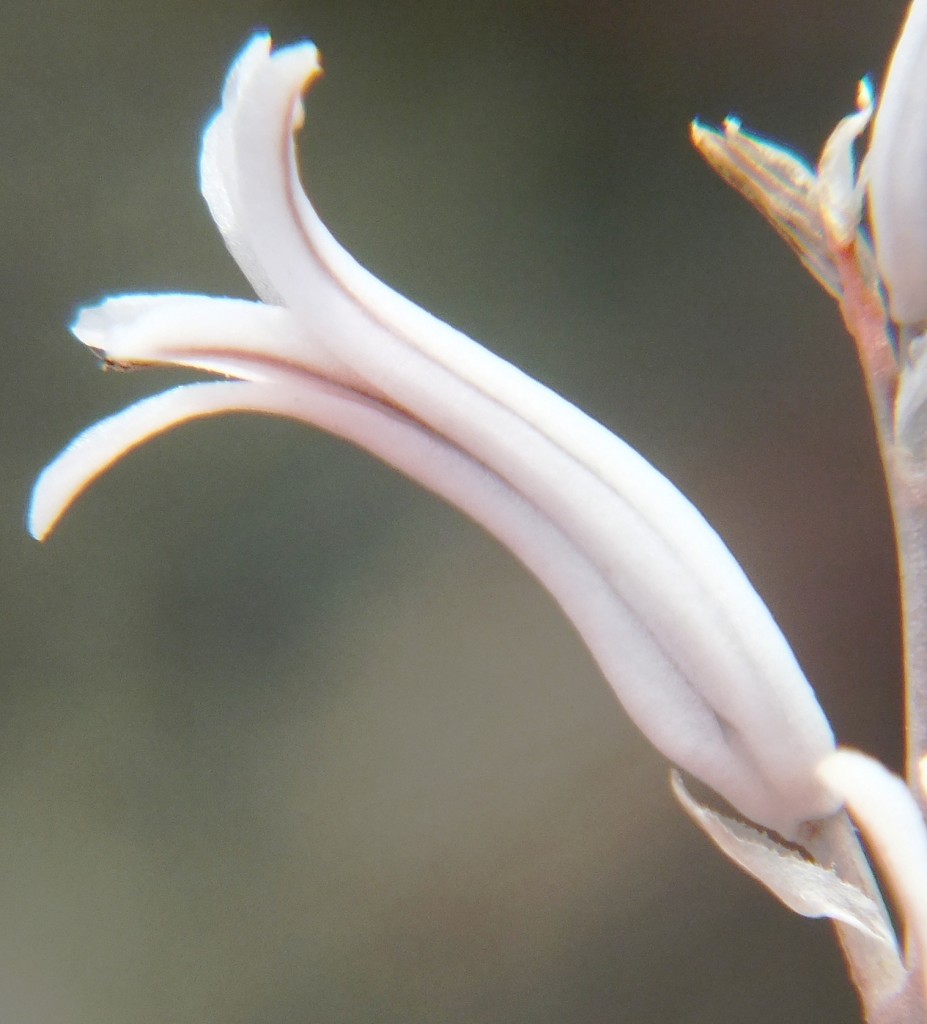
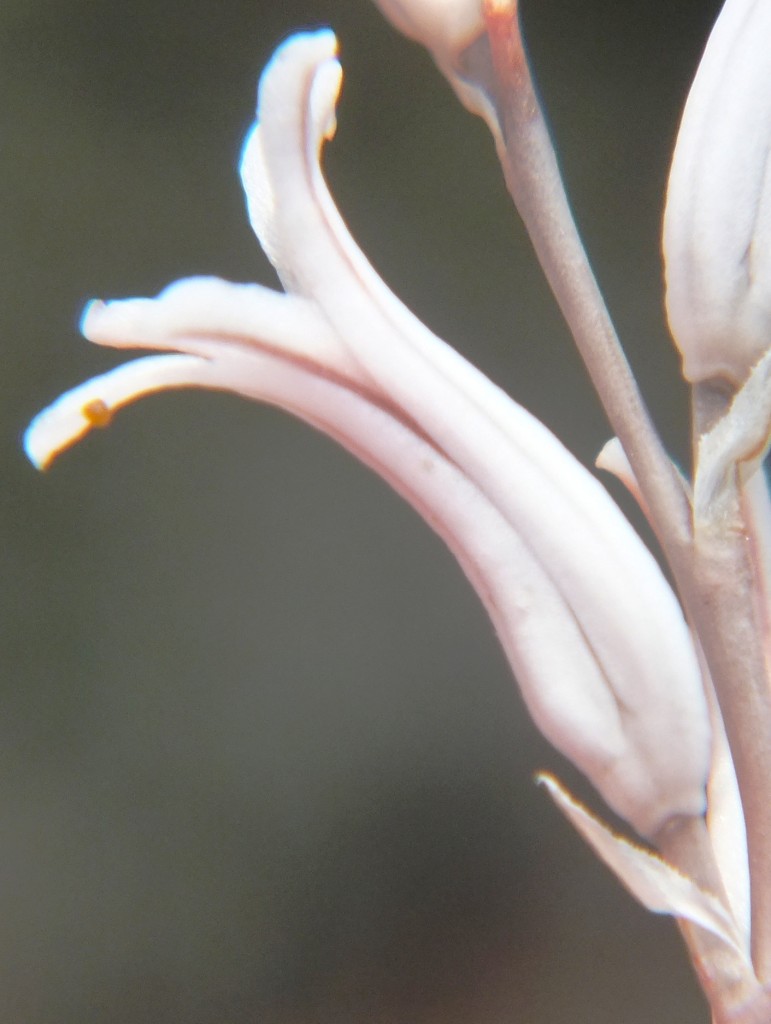
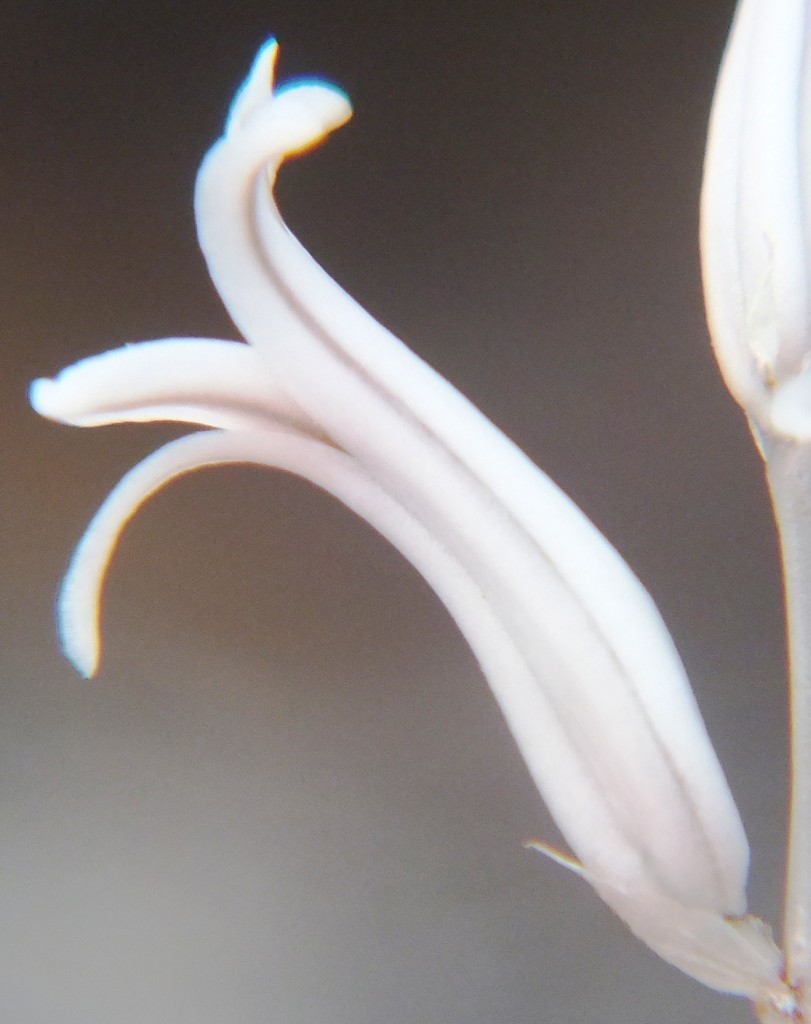
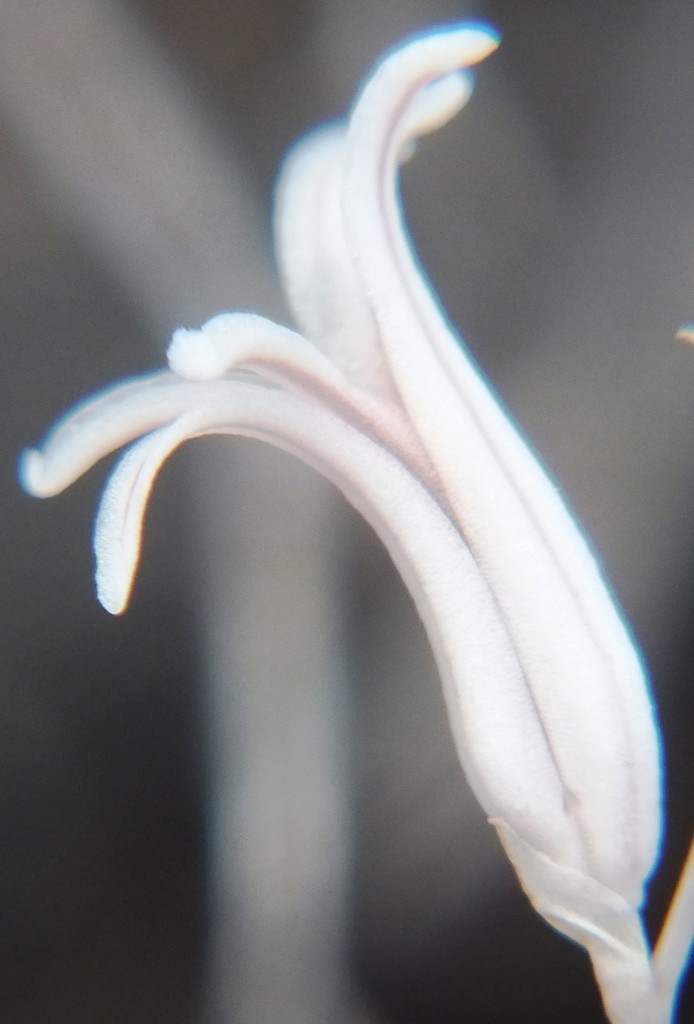
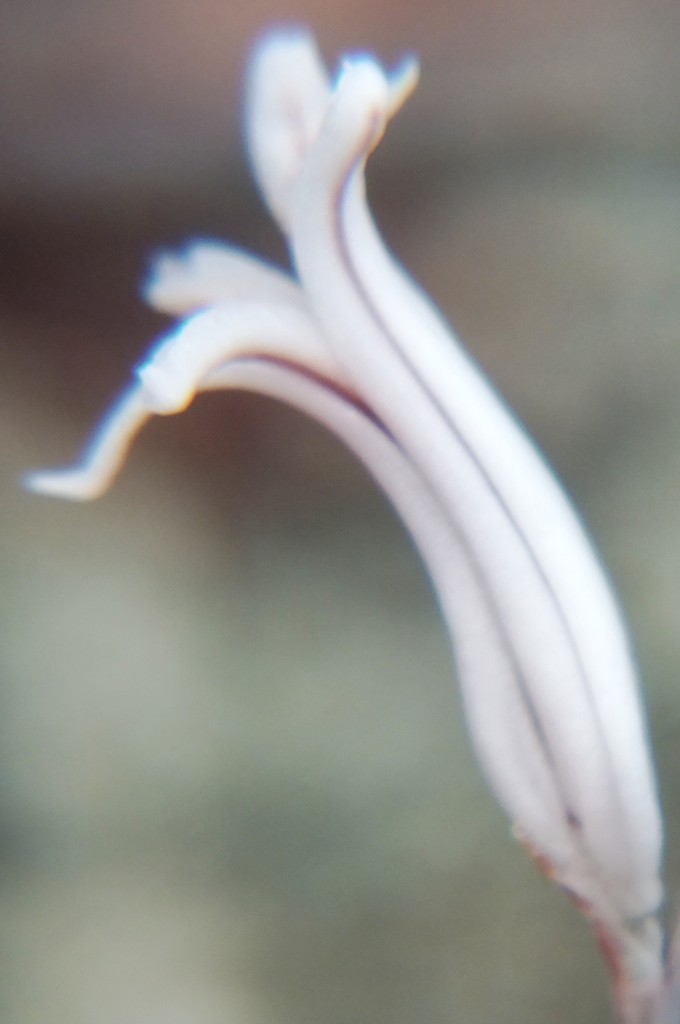
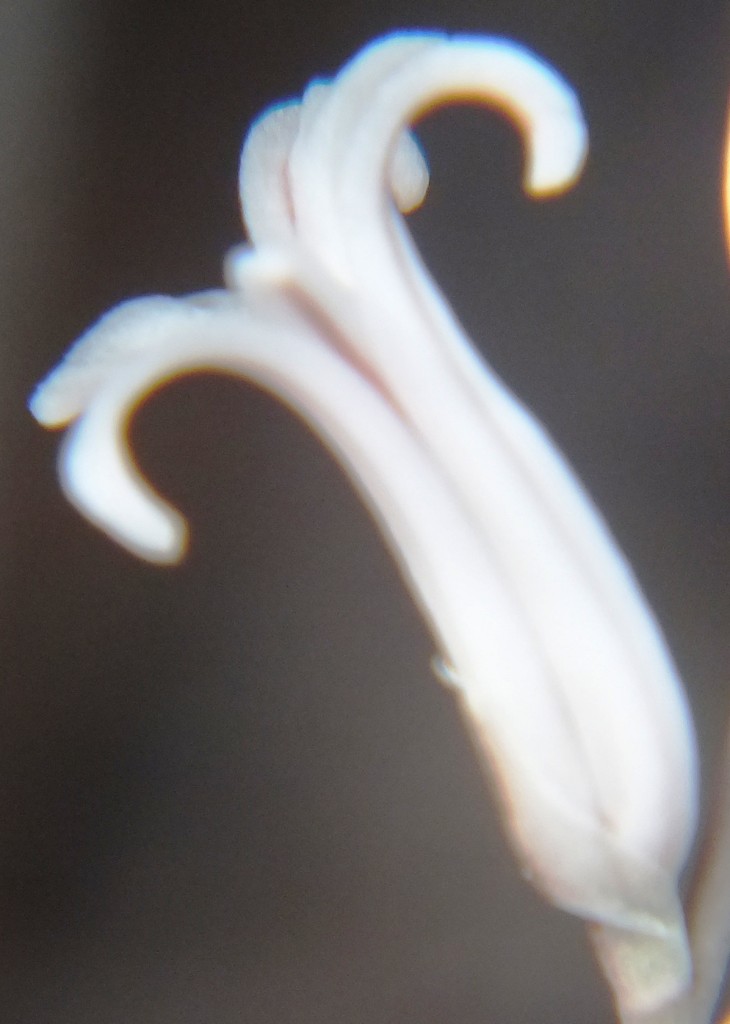
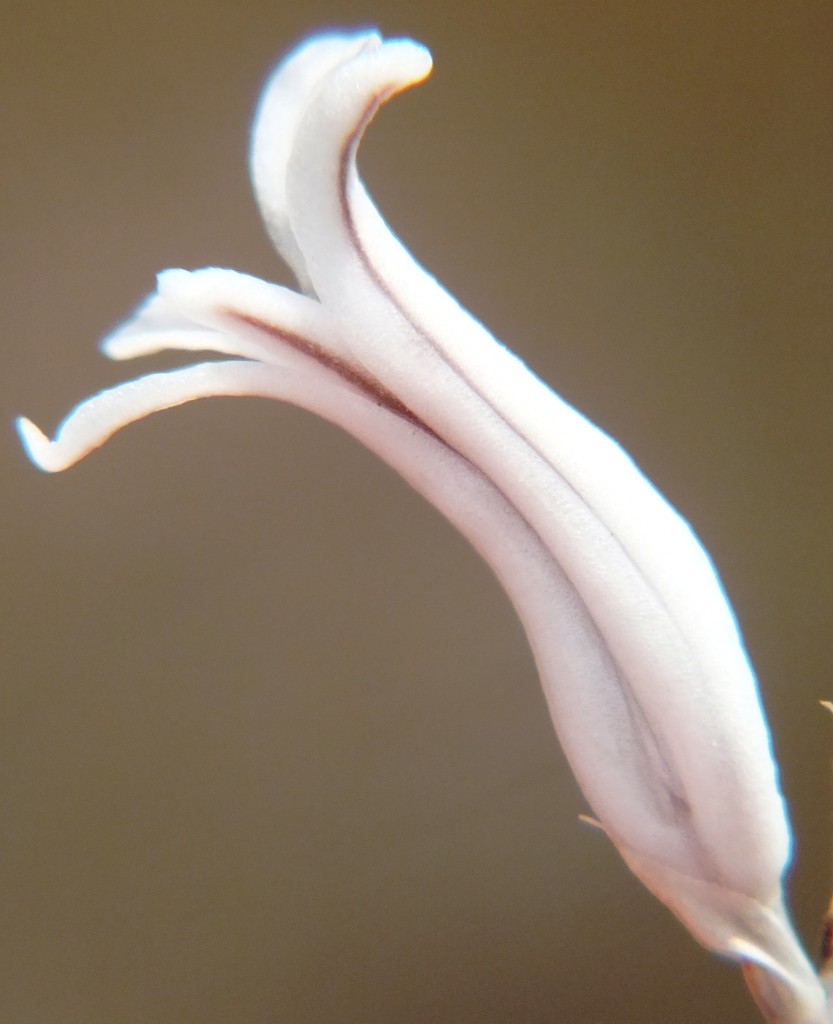
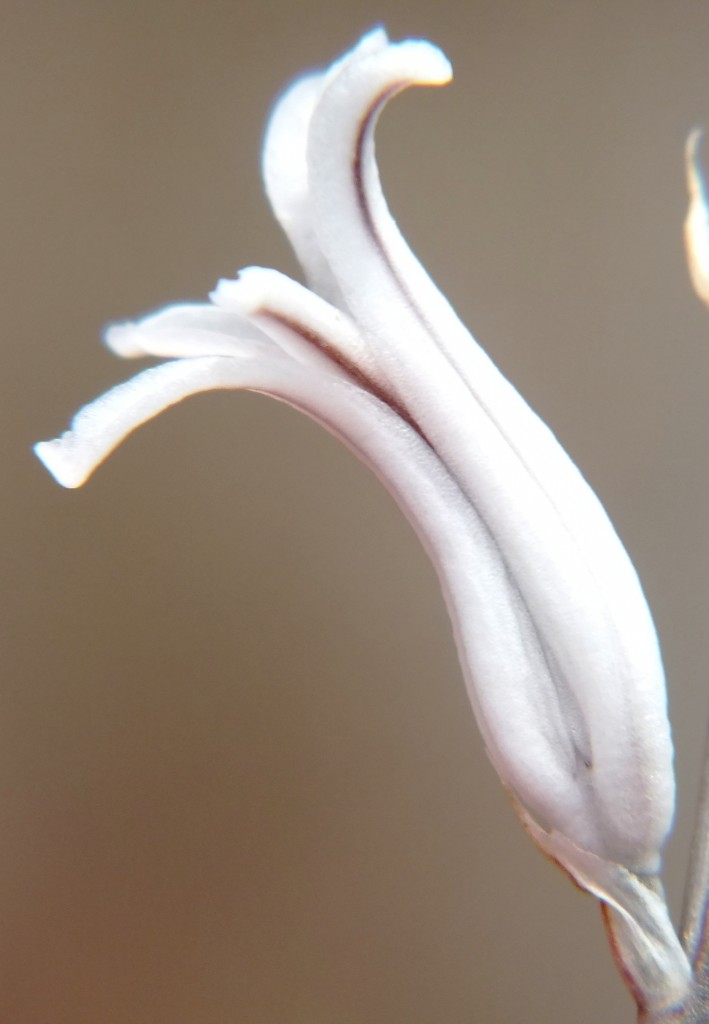
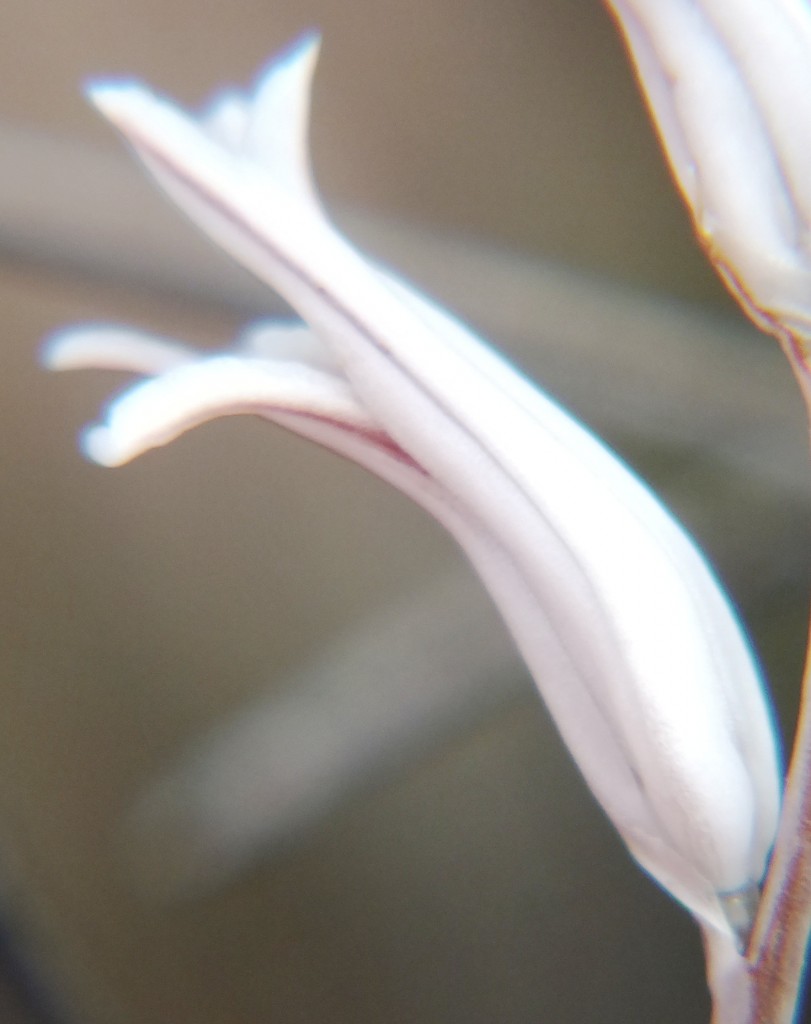
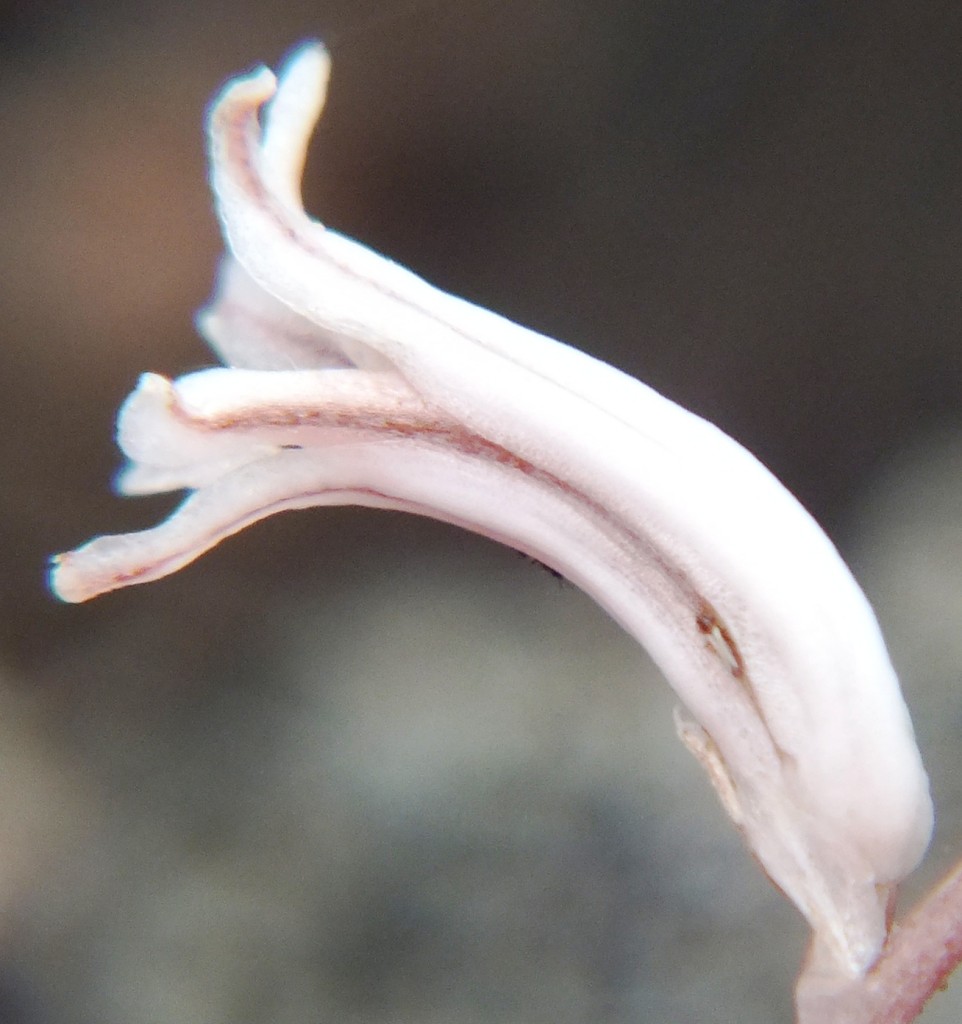
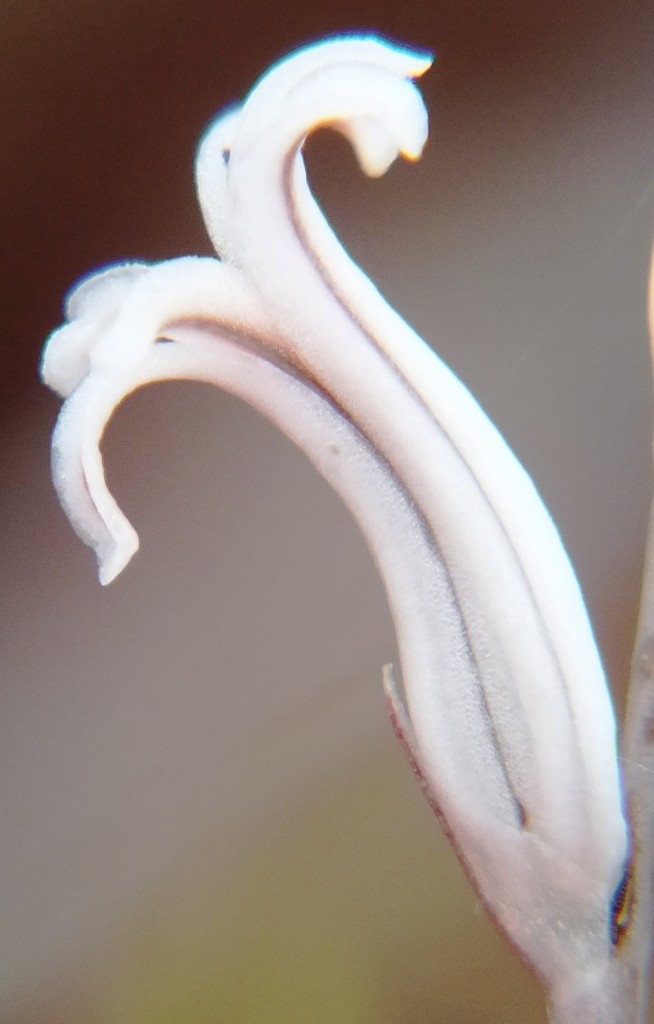
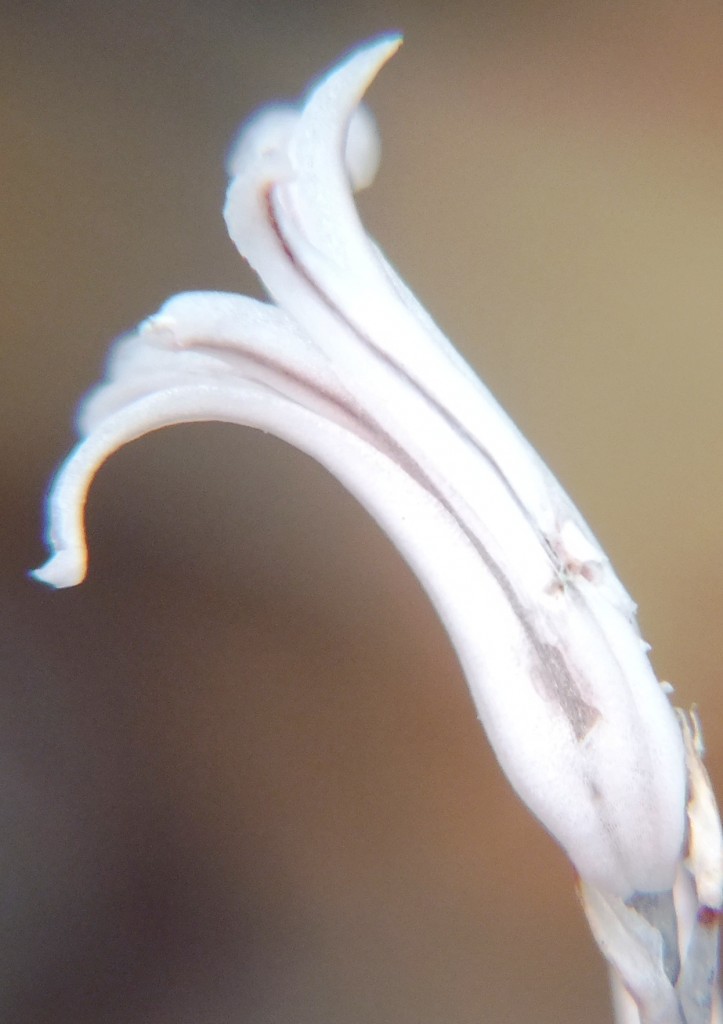
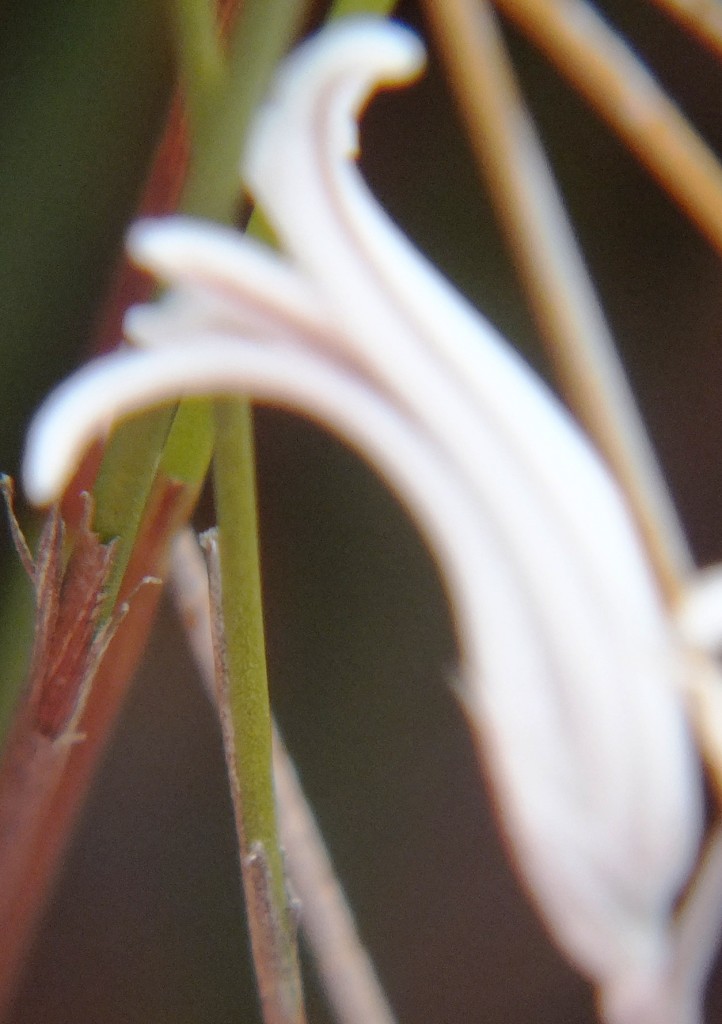
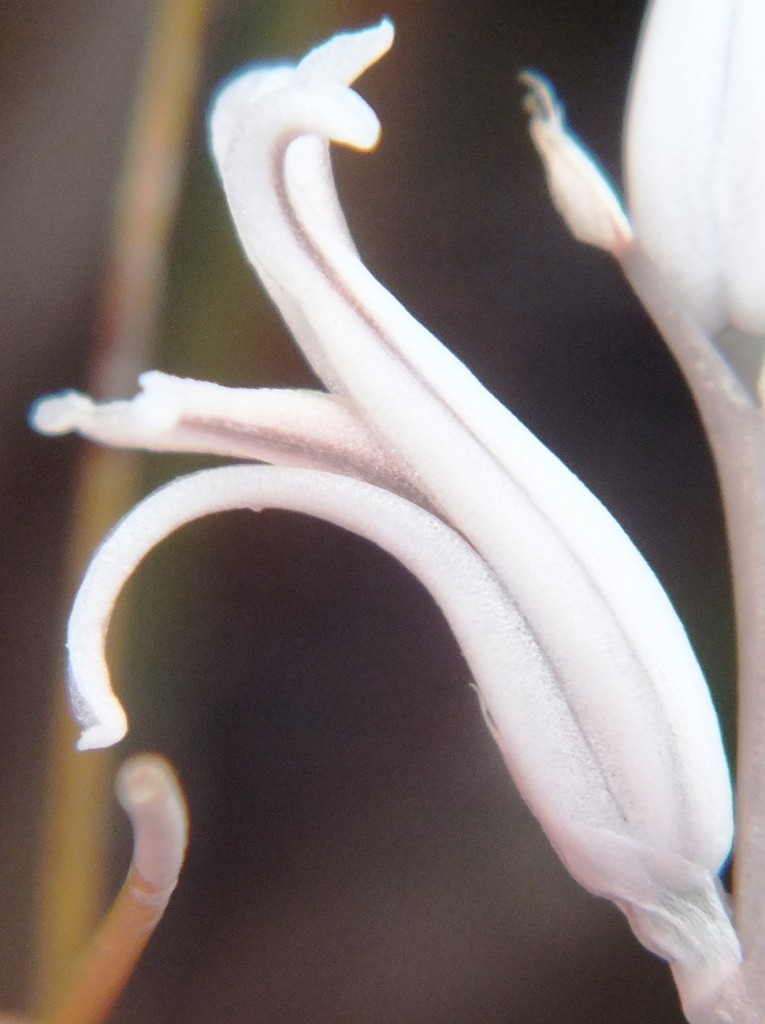
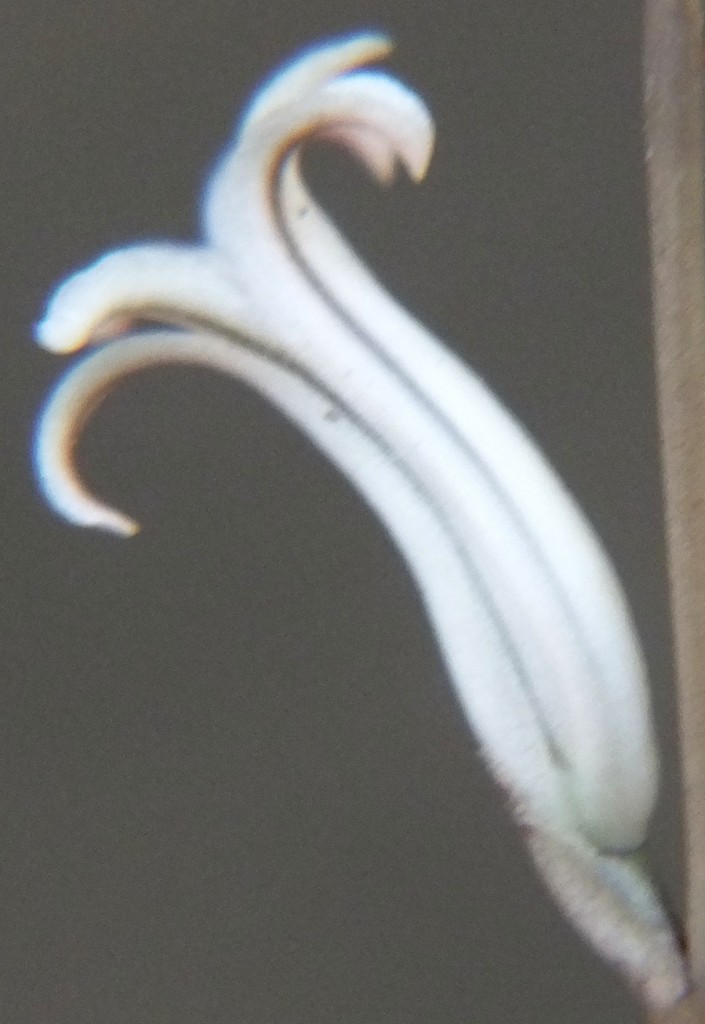
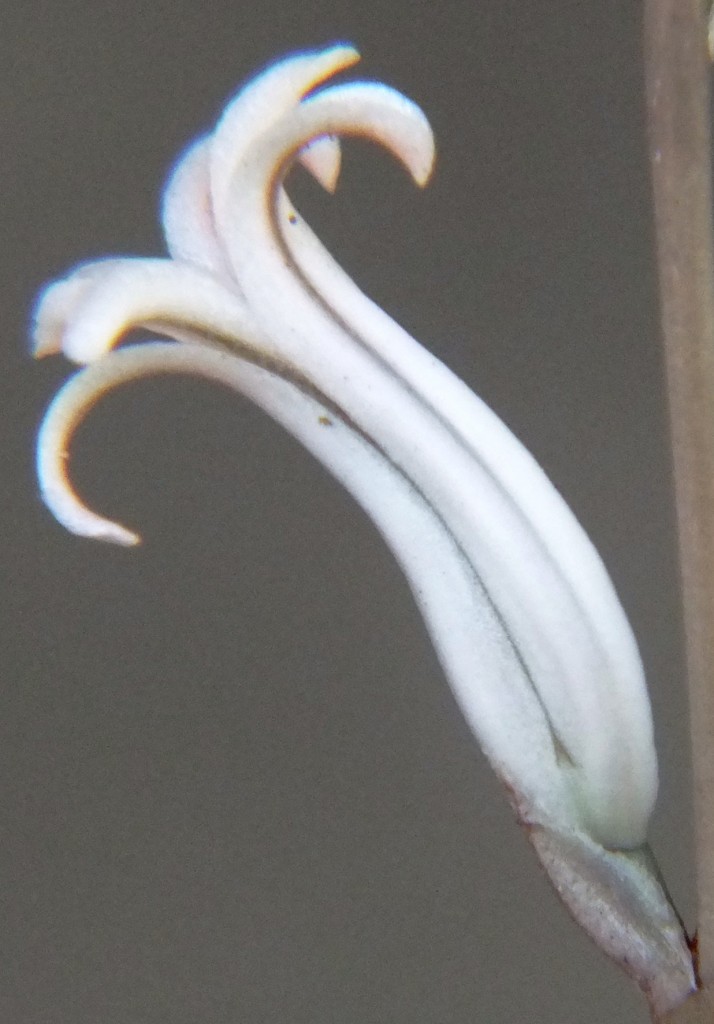
.♦
Genetic history – the place in Haworthia classification.
Preamble: Maybe the difficulties and strife in Haworthia classification is that we do not know what it is that taxonomists do. Taxonomy is the academic discipline of defining groups of biological organisms on the basis of shared characteristics and giving names to those groups. The scientists that do taxonomy are called taxonomists. The names taxonomists give to species don’t just tell us what they are called, but also tell us about how they are related to one another. In the following article Bruce Bayer shares his views that Haworthia taxonomy should be about more than identification and descriptions, rather the interpretation of the characters that reveal genetic relationships and evolutionary pathways. ~ Lawrence Loucka, 7 September 2012
Genetic history – the place in Haworthia classification.
By M. B. Bayer
This is a huge subject and I cannot by aptitude or knowledge attempt to cover it fully. However, it is so basic to plant classification and Latin naming that we all need to have some background understanding. The entire object of classification boils down to arranging living (and once living things) in a scheme that follows the theory of an evolution from simple life forms to the present array of creatures. This is because it is thought to be the logical way in which knowledge of the said creatures should be organised i.e. according to the way in which they traveled the creative way. All classification is simply a way of organising information so that one can generalise from the singular to the plural.
Whether one believes in such a progressive process or in a spontaneous divine creative event does not matter. All the evidence points to change of some kind and if we call it evolution does not alter anything. It is argued that there is in fact no direct proof that, say, man evolved from a primitive primate. That may well be so, but there are many fossil primates that are speculated to fill that gap. The case is that evolution is a scientific hypothesis and science does not, or cannot claim, that this is proven. A scientific hypothesis simple stands as a possibility or probability of something known. Such a hypothesis can only be proven untrue, and then it is replaced with a new hypothesis that stands as the accepted truth.
Whatever, the ultimate truth of the matter, classification in science is directed at reflecting how the different life forms are related to each other in respect of change? In the acceptance of evolution the process of change is the genetic history of the organisms and is referred to as the phylogeny. It is often depicted as a branching tree with the branches originating low on the trunk as ancient origin, to terminal branching for recent.
My experience with classification comes with education and qualification in entomology (insects). It so happens in insects (and higher animals) that there are many characters and structures that can be used to examine the process of change and modification that might go with evolution (change). The word “homology” is used. So, say, the wing of a bird is likened to the forelegs of a dog – they are said to be homologous structures. The change in structure from that of a segmented worm (eg. Onycophora) to say, a wasp, can be tracked through a whole range of insects. The head of a wasp is seen to be derived from 6 primitive body segments, the thorax from three, and the abdomen from several. There are muscles and nerve endings and sub-segments that are all evidence of these connections. In entomology, there was a stage when a qualification in insect classification required the student to also present a phylogenetic scheme to explain relationships relative to an origin. This all based on morphological characters, their homology and their interpretation as primitive or advanced. What is really odd is that too often a classification comes to deny the variability that a concept of selection and adaptation that evolution rests on, is denied.
In plants there is no luxury of musculature, or nervature or even detailed bone or segmented structure on which to base good homology. Botanists are therefore very hard-pressed to properly derive phylogenies or explain this genetic history. Nevertheless a very serious and honest effort is done to do this. The process of cladistics was derived from entomology (Hennig) and became the standard for the student in botanical classification. Students were required to evaluate characters on a basis of primitive and advanced, and construct cladograms that illustrated a hypothesized process of evolution. The advantages of the method over conventional decision making were that it is said to be an objective way of arriving at a conclusion rather than personal subjective decision making. With the complaints against my use of words and language, it is worth noting the remarks of a leading botanist who said that the methodology of cladistics was just the use of a new language that did nothing more than strain good-will. Agreed.
With the arrival of DNA sequencing, a whole new ball-game was created with each amino-acid base pair representing a character. So DNA sequencing has become the modern standard for the construction of phylogenies and genetic history – the phylograms. So much so that the article in Taxon 56:645-648, 2007 by A.B. van Wyk argues that the phylogram represents the process of phylogeny as the genetic history as opposed to the cladogram that attempts to construct the genetic history. I personally think that this is intellectual wizardry and the literature references in the Taxon article only expose the mystery that surrounds classification. It takes classification wholly out of the reach of any but a polymath. Basic to the whole issue is that scientists still have not reached any certainty about what a species is. The theory of evolution is not disproved. Van Wyk has said
Plant taxonomy, despite all its impressive achievements towards phylogenetic reconstruction, will then risk being denoted as yet another ivory tower science – a pursuit disconnected from the practical concerns and needs of everyday life, esoteric, over-specialized, its classifications of little practical use to the majority of end-users”.
It sounds very impressive, but I weep for the fuel that it adds to the fire of ignorance.
What truly appears to be the case to me is this. To construct a cladogram, the taxonomist needs to be very familiar with the plants and have a good understanding of the characters being used in the process; adjudging them according to some scale of advanced or primitive. The DNA sequencing method requires no knowledge of the plants at all and a phyllogram simply follows a statistical analysis of equivalence of the base pairs. What I see is DNA derived products that so far tell me no more than I already know about the genera, and nothing at all about the species other than some serious mismatches.
I argue for a species definition, not as some vague statement that species are things into which a genus can be divided, or simply a list of names under a Latin genus heading, or the zoological concept of closed breeding systems. My definition drawn from a lifetime of interest, observation and experience in things material as well as esoteric, is that the creation is a conscious one. This is not a new idea of mine. The conflict between religion and science is that the one maintains that creationism followed some sort of seven day event as in the book of Genesis. Whereas science (as we practice it today), has its origins in the quest for freedom from any such religious belief system. Whether creation began as a big bang, and complete or incomplete does not matter to me. We are faced with natural phenomena in the present that we can observe have changed and are changing. I do not think either the cladogram or the phylogram is anywhere near good enough as an answer, because they are two-dimensional diagrams that do not adequately portray the realities of time and space. Not only that, a three dimensional improved tree model will not show how fast things change within a time span. My model of the species tree is a fractal model that suggests species in a process of “chaotic” order. By the word fractal I mean the endless variation that seems to have no order. While I insist that the concept of a species of Haworthia must mean the same as the concept of a species of insect or frog, or bird or mammal, I do not mean that each species of Haworthia has the same branch clarity on any tree depicting relationships.
What I do not know is how fast populations might change in the process of genetic drift i.e. move off in a direction determined just by the local genetic content. Neither do I know how much nor how frequently interchanging of genetic material between populations occurs and how this is affected by distance between them. In the field there is a very distinct flow of difference (or similarity) with geographic spread. I have repeatedly found that with widely separated known populations, new populations between them are predictably intermediate. It does not seem entirely rational that there are not more random isolated individuals. My experience with hybrids is that they are very local to the mother plants while any populations tend to be very confined and local. What is odd is that hybrids may be found despite great differences in flowering times of the parent species.
The reality in Haworthia, however we define species, is that there are populations that are neither one taxon nor another. If the classification were to present a basic requirement that ALL populations known and unknown must fit the model, then definitely we have to consider that there are considerably less species than other writers are prepared to consider. One can continue building a classification from the top in which each new population is simply described as something new and given a Latin binomial. This process was suited to the origins of botanical exploration as well as nomenclature. It does make it a lot easier for collectors and the exciting process of always novelties for the collector. Alternatively one can decide that classification is by this stage a fully predictive one and one that must primarily suit the requirements of botany. If only botanical classification was more professionally and rationally based. Sampling is very extensive and a classification based on the known, is predictive. Personally I am very comfortable that I have achieved this in large measure – not entirely, but close enough and a lot closer than some critics will concede. With all that said and done, it is just a sad fact that formal classification is too often undertaken by people who have a need. That need may satisfy them within the limits of their personal experience and knowledge, with an uncomfortable disregard for the depth of knowledge elsewhere.
Reference: Readers can refer to the article in Haworthia Update Vol.2:149 (2006) “Nectar sugars in the Alooid minor genera and a need for another model”.
♦
Haworthia mutica (groenewaldii) and its twisted leaves.
In this article Bruce Bayer responds to the notion that apparent leaf twist arrangement is a defining characteristic and further explains his disagreement in recognizing the Buffeljags plants as a new species. (Also see Haworthia flowers – some comments as a character source, Volume 7, Chapter 4:- What is typical Haworthia mutica?, and Volume 7, Chapter 2:- Further exploration in Haworthia. Further to finale.)
The species definition Bayer uses is that populations are fractal and DNA is governed by mathematical non-linearity. What does that mean? We have space with two dimensions latitude and longitude, and we have time with two dimensions – calendar time, and the speed (instability) of the arrangement of the DNA base pairs. At any moment in linear calendar time there will be an arrangement of the DNA depending on the stability of the DNA. At one time there will be a clear set of ‘species’ and at another time a different set as the mix of characteristics continually change within and between the populations. ~ Lawrence Loucka
Haworthia mutica (groenewaldii) and its twisted leaves.
By M.B. Bayer
There is some argument about the status of this population of plants at Buffeljags. I have explained my opinion of it based on a species definition that I use. I also have reported on three other populations a short way away at Rotterdam. Furthermore I have discussed the flowers at length in a flower report. These are all available free on Haworthiaupdates.org. Gerhard Marx does not agree. The disagreement first has its roots in what constitutes a species and Marx stays with the standard view that characters are what define species. I opt for the view that species are systems related to geographic distribution and to all the elements that drive vegetation and change (evolution + equals change from some unknown initial condition). I think these patterns of change and difference are fractal i.e. detailed pattern repeating itself. Perhaps it would be more correct to say that the organization of pattern is according to a mathematical function which is non-linear. This means that the end product has many different outcomes. But this is complexity just of argument that none of us can deal with.
What comes into the geographic nature of species is also the nature of habitat. What happens is that we have a set of apparent species in Haworthia with a known distribution range. These species are primarily H. retusa and H. mirabilis. There is clear evidence that H. pygmaea and H. mutica emerge from a milieu of populations of those two and that H. floribunda is also involved. Buffeljags is geographically central to this arrangement and the habitat (wrongly described in the description of H. groenewaldii) is very unlike those where the named species generally occur. It is thus no surprise that the plants appear different. The Buffeljags population and its habitat also differ to a small degree from the west side of the river, but both are essentially geologically fairly recent river alluvial deposit.
Marx is insistent that the plants at Buffeljags are so different as to be a discrete species and I disagree. My disagreement is based on my experience of characters in plants. In Haworthia I think these are few and obscure. Thus it is almost impossible to delineate or circumscribe a species by characters and no one has succeeded in producing an identification key that can work. All the differences of opinion and argumentation about names come down to this issue of a species definition and the characters available to recognize them.
The essential points made for H. groenewaldii as a species is the shiny leaf surface and the flowering time. H. mutica does flower four months earlier – agreed. But H. marginata in the same close area also flowers similarly out of synchronicity with H. marginata elsewhere, as H. minima was also observed to do. In elaborating differences for H. groenewaldii, Marx offered the facts that the plants had fish-tail buds and that H. mutica did not. Very soon after he stated that he did not actually know what the case was in H. mutica.
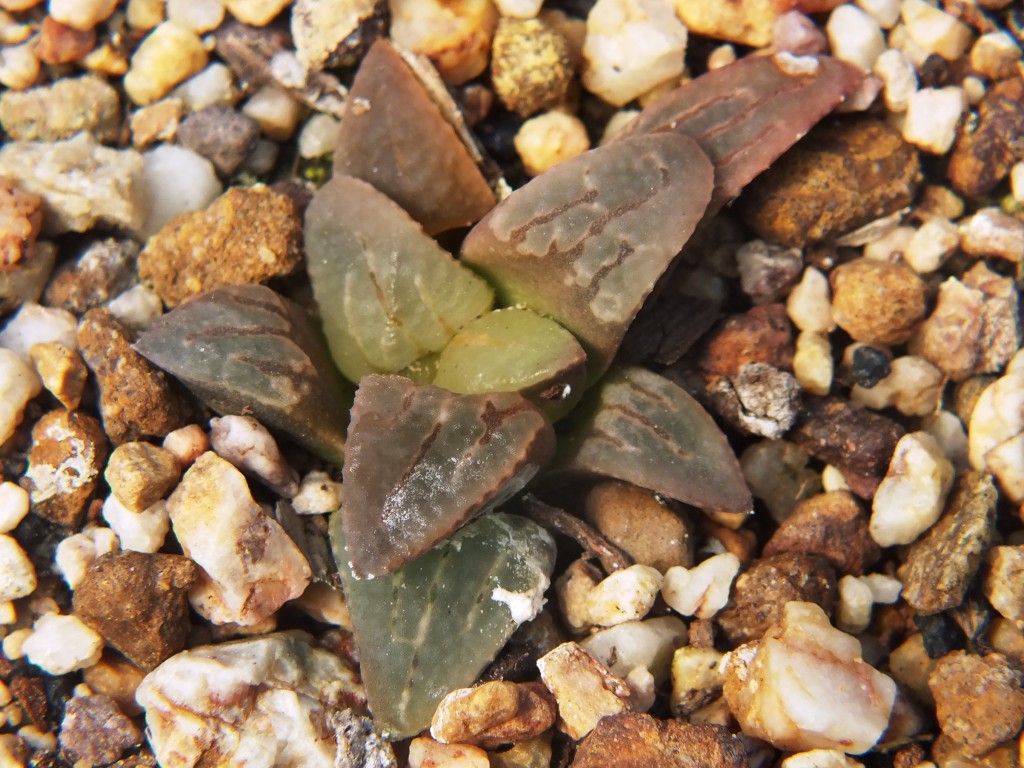
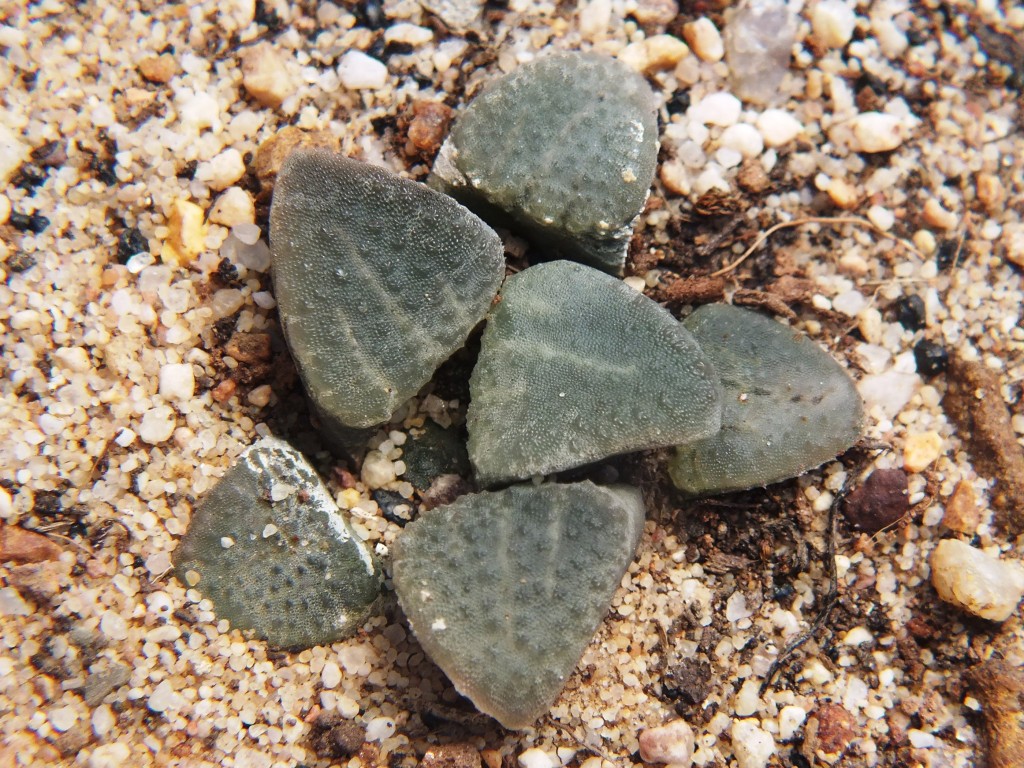
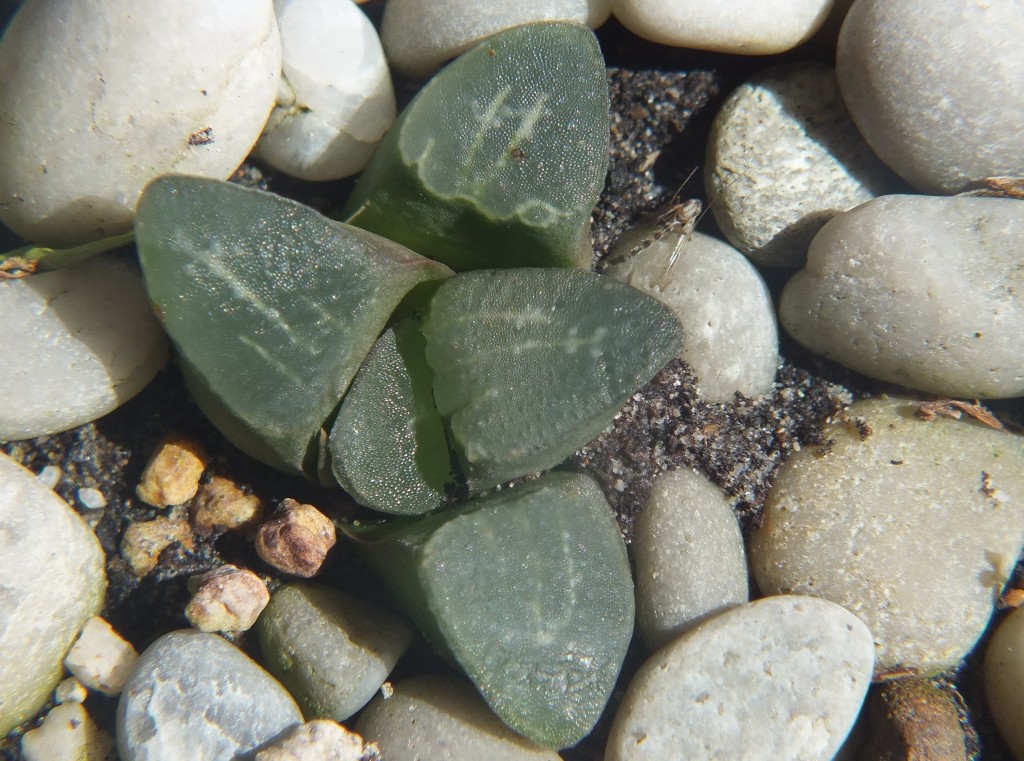
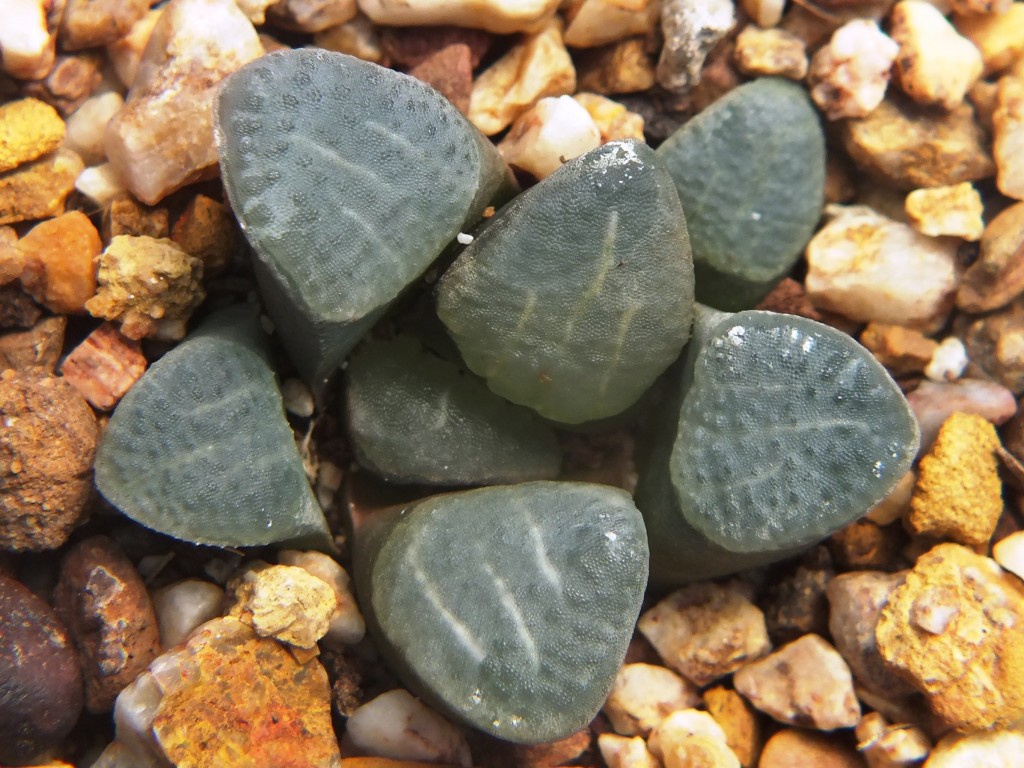
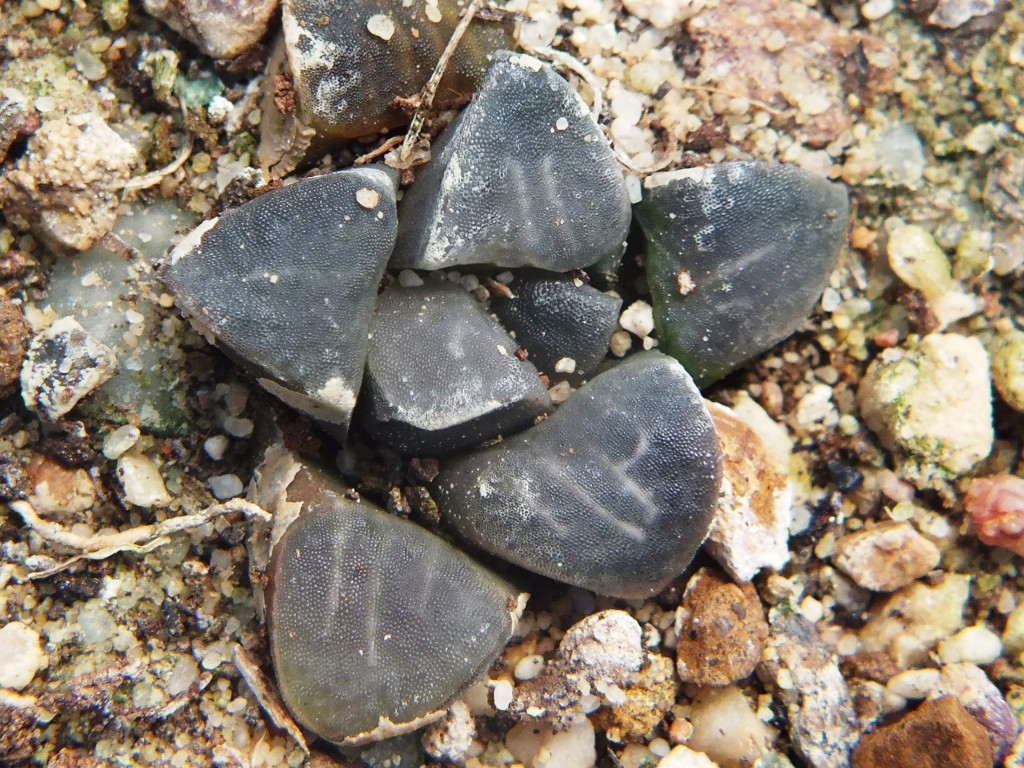
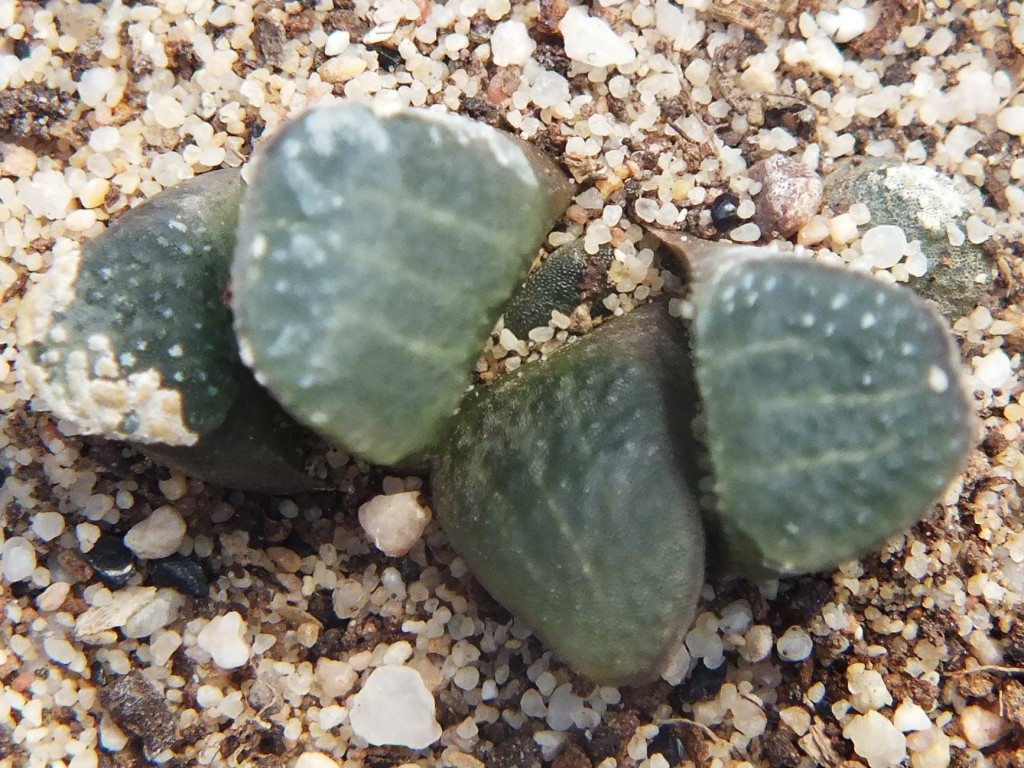
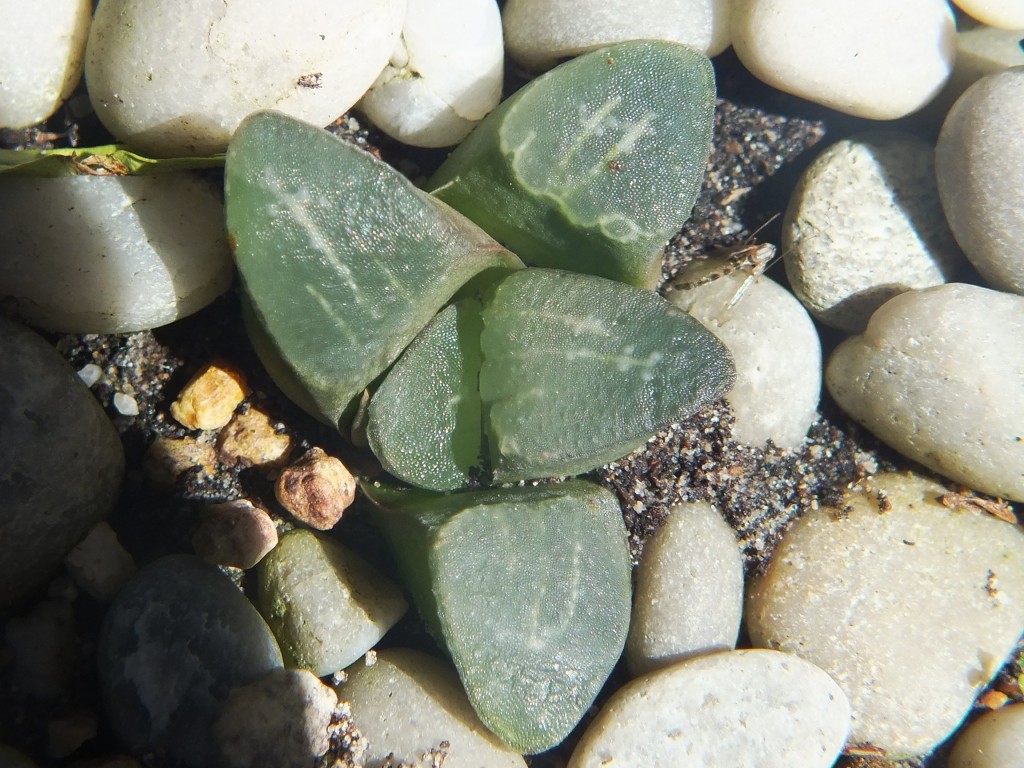
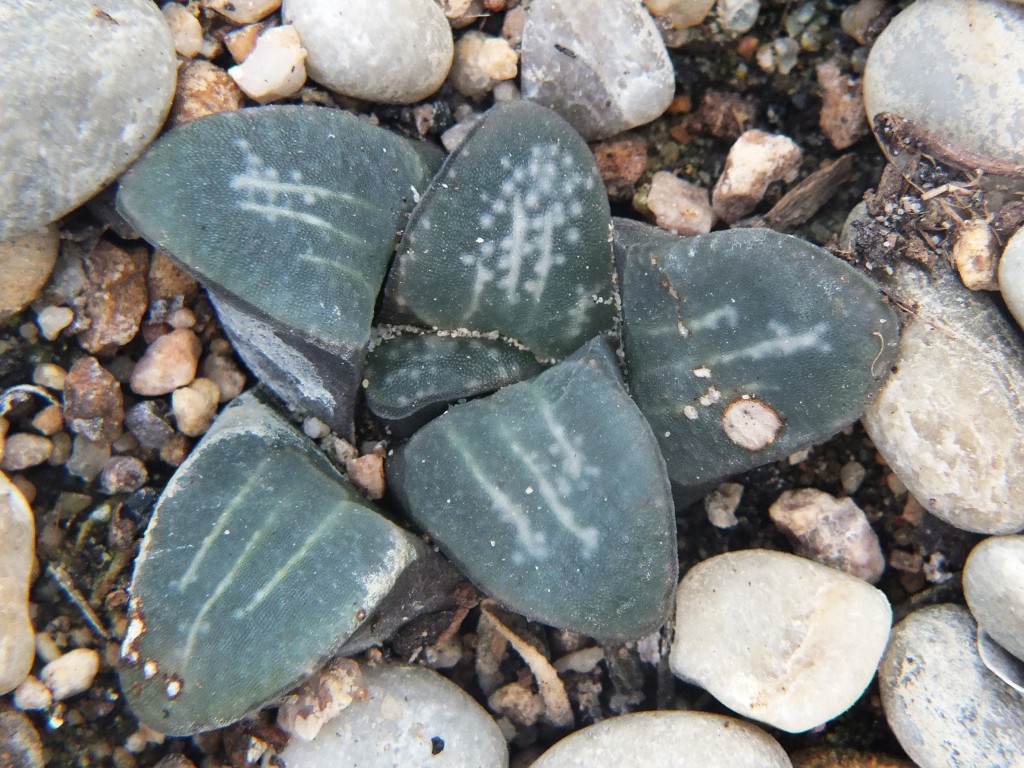
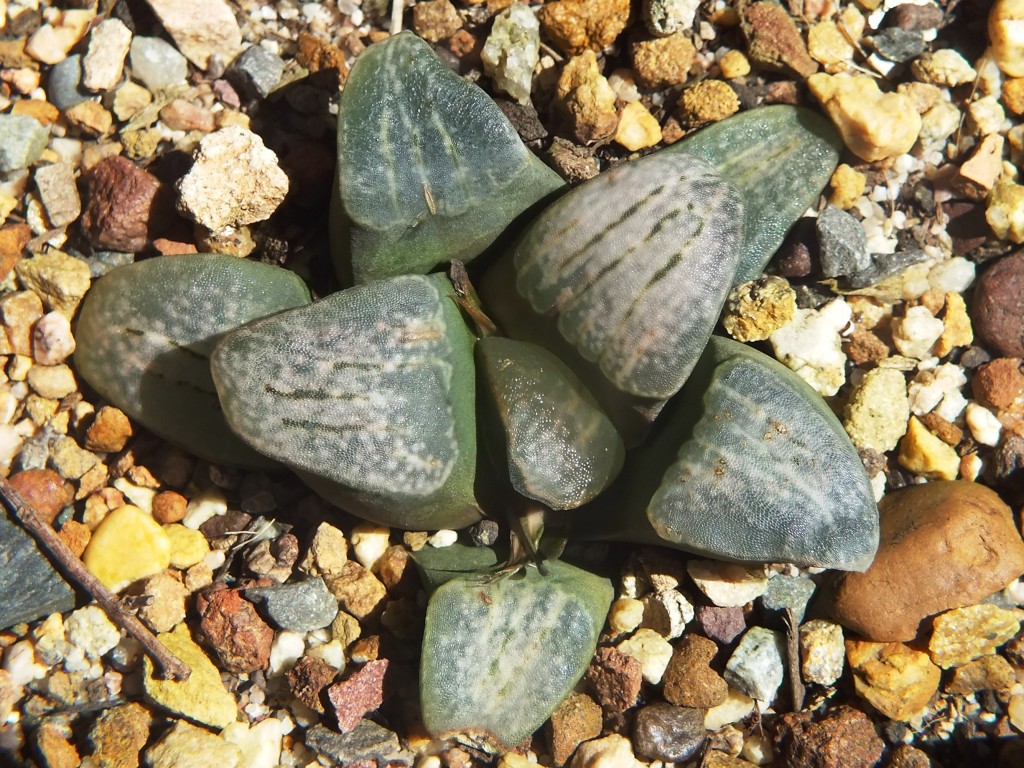
Fig. 1 to 9, MBB7801 Haworthia mutica (groenewaldii), Buffeljags.
In addition he maintained that the leaves in H. groenewaldii were different as follows…”In terms of the angled newer leaves of H. groenewaldii, have a look at the plants again and you’ll see the young leaves are consistently twisted sideways. A spiraling effect. This never shows up in H. mutica”. I find this statement very odd because such a structural difference would come down to a difference on the level of genus or even family. So I looked at the plants I have in my possession and provide illustrations here to demonstrate no significant deviation in respect of twisting. I have even included a picture of a mature plant (fig. 10) of H. mirabilis to show the same “character”. The spiralling effect is universal in the aloids and is even visible in those species with distichous leaves. In the retusoids, where H. mutica belongs, the leaves have been said to be 5-farious. More usually it is possible to see them as trifarious. In young seedlings the leaves are bifarious as the very basic spiral effect comes into play.
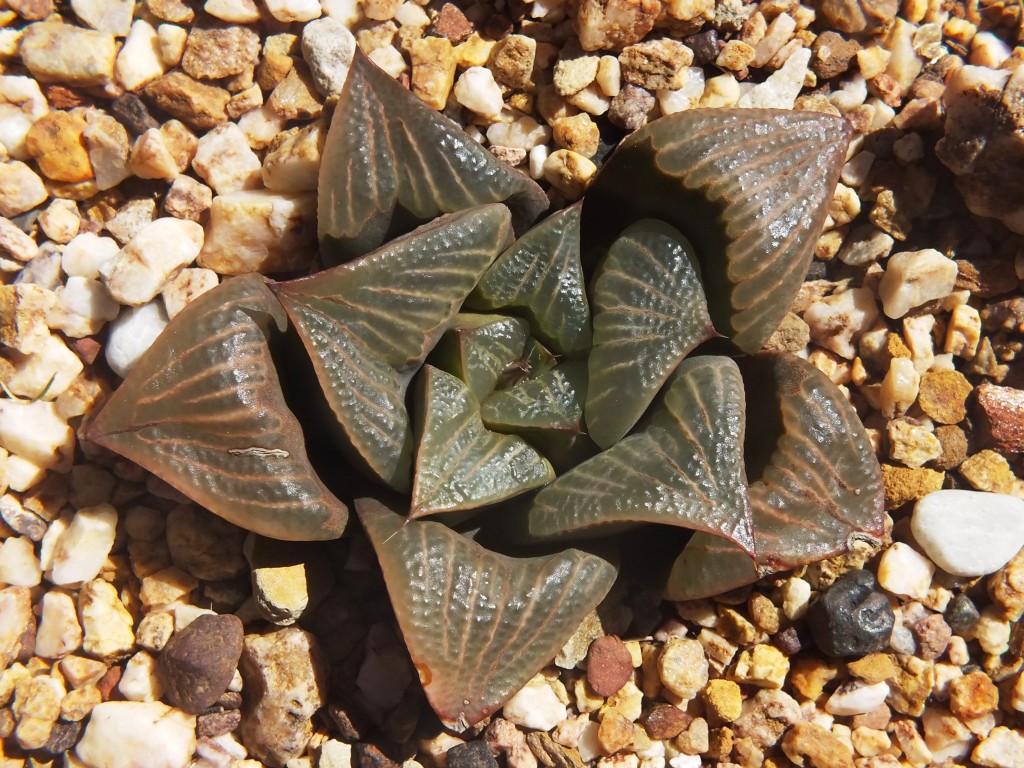
I do not think this is a character one can use to distinguish a species at all. There are many cases where it is fairly possible to characterize populations by a wide range of so-called characters. My opinion is that generally in the many species (by my definition) of Haworthia this can virtually only be done at individual plant level. The Buffeljags and Rotterdam populations are simply the western counterparts of populations around Albertinia (eg H. mirabilis ‘splendens’, H. pygmaea ‘fusca’, H. pygmaea ‘esterhuizenii’) that emanate from the relationship of the prime species that I named above.
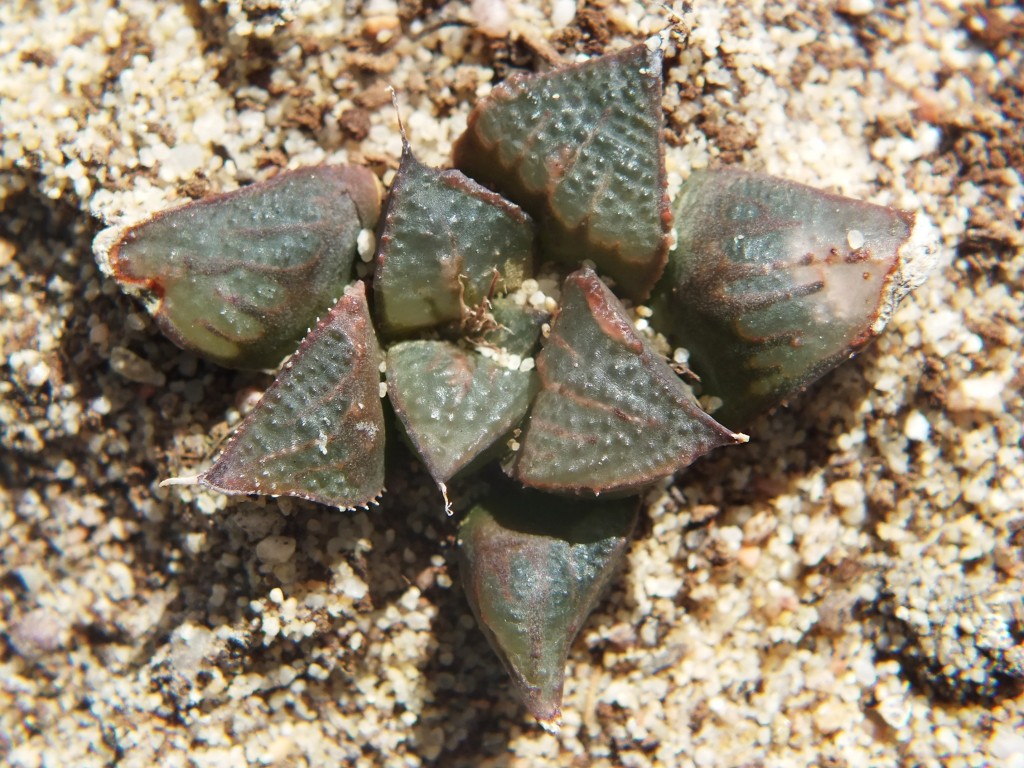
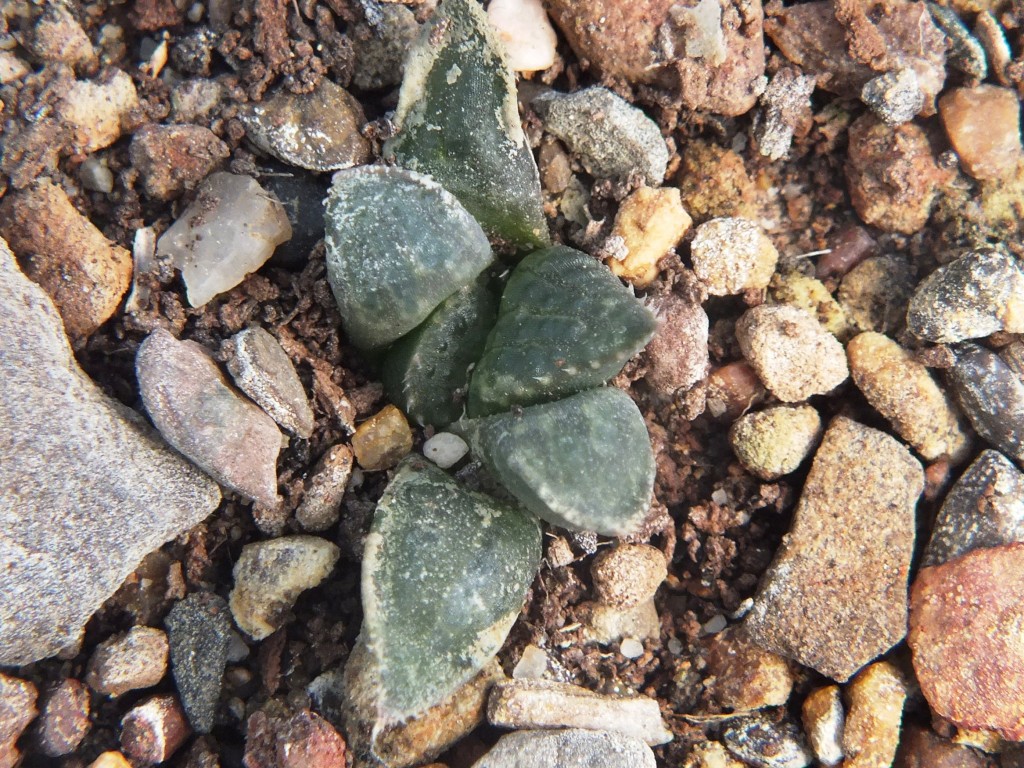
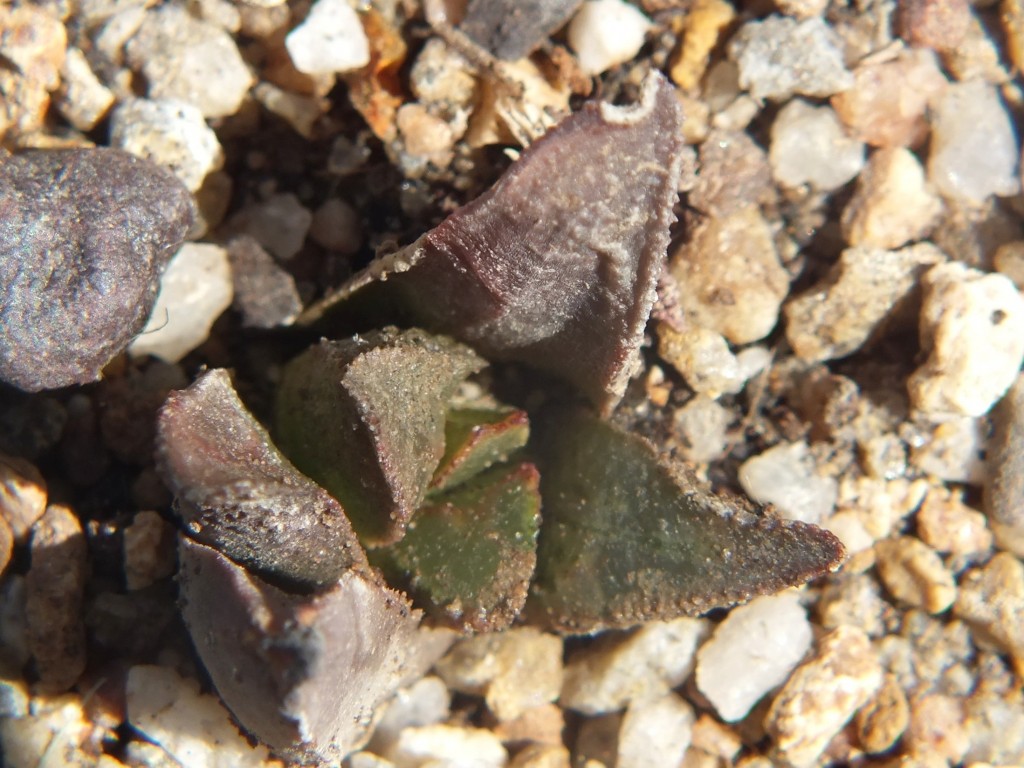
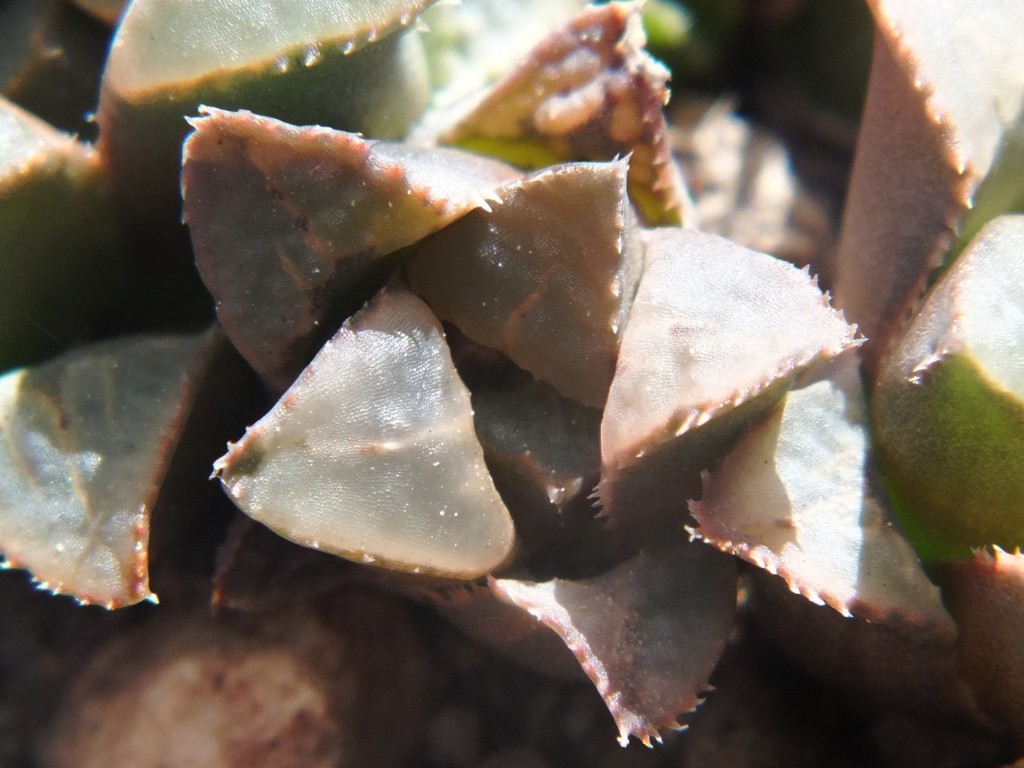
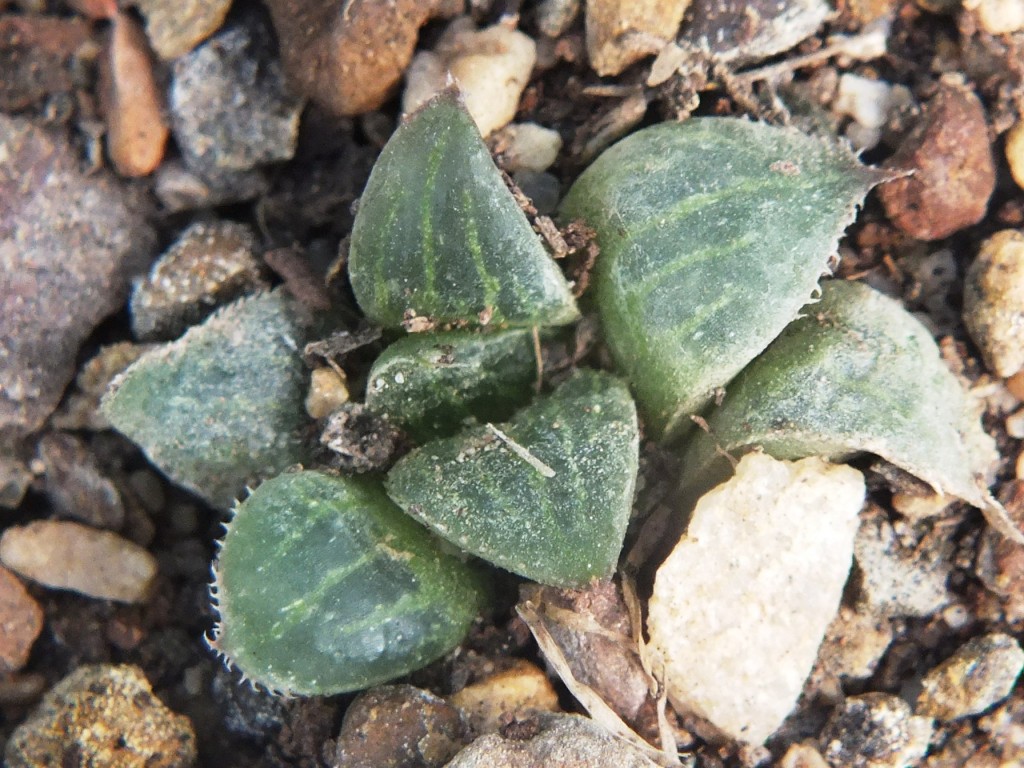
♦
Comprehension and significance
My writing has been described in all kinds of terms, hermetic and pretentious being two of the adjectives used. Recently Kris Tamayo also suggested that he had trouble understanding what I wrote or write. The fact is that writing and expressing yourself is difficult. But the first place is to be clear about what you want to say.
Writing is a means of communication and it really only should start when you are clear about what you think and what you want to say. Then it requires that the listener is clear about what one wants to hear and has the common cultural heritage that permits communication and understanding to occur?
In writing and talking about plants I personally get very frustrated by the technical problems of definition and knowledge that mess up communication completely. This is one of the obstacles in classification where there is no species definition and we do not actually know what species are. There are a lot of other obstacles. Recently someone wrote and implied that there were a lot of significant differences among Haworthia that could be used to arrive at a better classification (than any already available). The point I would make is that this person has his own idiosyncratic view of what significance means. This is not strange at all because a prominent scientist was once applying the statistical measure of standard deviation to two and three measured samples. That measure probably cannot be used until many more measurements are made. What is taken to be significant may be quite irrelevant to the actual question of whether there are more or less species. This is why amateurs and collectors should keep clear of classification. The professionals already have too many problems.
The characters we use to make identifications are important in that they may be of the yes and no kind i.e. present or absent, or they may be graded from vague to prominent. So it is very easy to go to one end of the scale and take only the prominent or what happens to strike your eye. This is exactly what happens. Unless followers and interested parties realize the impact this sort of decision making affects what they may want to know and understand, there can never be any harmony and peace in the classification process.
Look at these flowers and see what you can glean from them…



These just happen to be the only three flowers I have of a few plants of Haworthia herbacea from recent sampling. They are shown here in correct proportion to one another with the third being 18mm across at widest spread of the two upper outer petals. So we have two things we can call characters i.e. size and colour that we could say in respect of this simple sample, that they are significantly different. No matter how many times or how we measured these two things, this fact would stay the same. The plants happen to be from two populations and we can then ask if this is true for those populations. I did ask such a question of both H. herbacea and H. reticulata, and ended up by learning that I needed a sample of about 200 flowers to arrive at a statistically true answer at a probability of 95%. The thing is that I could go a little further south and sample another population and get a really pink flower with a spread of 25mm or more that would nearly double the spread of my measurements.
There are several incidentals here. One is the delineation of the mouth into the tube of the flower. Why is it so clear in the third picture? The second is that the first flower has not opened as flat across the face as the other two despite being at the same expected state in respect of time from opening. The third is that the name “subregularis” was used in this genre of flowers because the petals are so equally spread; perhaps less-so in the middle picture. Still a fourth curiosity is that in the southwestern species with the more extreme biarcuate bud with the fish-tail tip, is how the tips of the upper outer petals are “replicate” – i.e. the margins tend to fold together. In the Worcester/Robertson Karoo particularly H. herbacea and H. reticulata have the “regular” flower shape. But in H. mirabilis in this area, the upper outer petals may be held in a plane directly behind the inner outer petal and do not spread at all. There the bud tip is still fish-tail and the upper outer petal tips very replicate. ♦
MBB6694 Kanetvlei, Hex River Valley as a variant of Haworthia nortieri.
In Haworthia Update Vol. 9 dealing with H. maculata, I again draw attention to several populations that are problematic in an area very difficult to explore. The populations are MBB7865 at Keurkloof southeast of DeDoorns, EA1441 at the Hex River Pass, an unrecorded population south of Sandhills (about 3km east of Kanetvlei) reported by Ernst van Jaarsveld. In addition there are two populations apparently of H. arachnoidea at Tunnel Station east of Osplaas.
The illustrations that accompany this article are:
- MBB6694 Vreesniet, Kanetvlei.
- EA1441 Hex River Pass, east DeDoorns.
- MBB7865 ex E. Van Jaarsveld, Keurkloof, DeDoorns.
This population MBB6694 is at Kanetvlei southeast of Sandhills, and I originally ascribed it to H. arachnoidea but this is not correct. To this I can add unexamined populations reported by P.V. Bruyns deep in the Langeberg at Keerom Dam and another of Ted Oliver in the mountains north of Nuy. MBB6694 is only 200-300m north of MBB7994 also in sandstone. The sandstone strata are by no means all the same and one can even find shale bands in what is essentially a sandstone formation. H. maculata flowers late winter to early spring and these other populations in early summer.
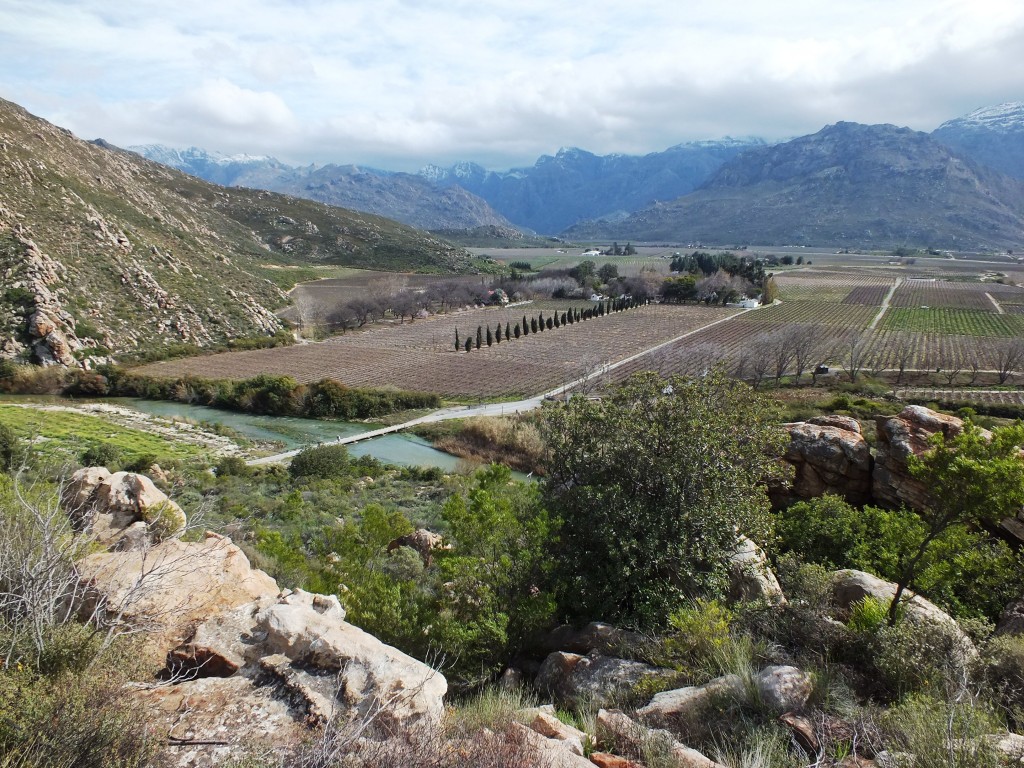
I have not examined the flowers in any number and remain doubtful that this information will clarify any deductions that can be drawn from the vegetative characters or the geographic positions of the populations. It appears to me that consideration must be given to a relationship with H. nortieri that in my assessment occurs from the far northwest to as far east as Prince Albert, i.e. H. nortieri (devriesii). What I have seen of the flower, and shown now is that it definitely does not belong in the context of the Southern Cape species where the bud-tips tend to be “fish-tailed”. The inflorescence are slender and few flowered.
There is some criticism of my emphasis on geographical distribution as a key indicator of species. It was even said, as though I would have denied the fact, that I could not identify plants unless I knew where they came from. There is an incredible amount of both ignorance and the obtuse behind these statements. One critic feels that I have ignored detail and even ignored flower characters in the development of my opinions. This same critic claims a high degree of agreement with me (80%) based apparently on the view that so much of my classification is correct (meets with his approval), and presumably that the 20 percent that he contributes to the system makes it 100% correct. This is wholly wrong. This critic is simply unable to bridge the historical chasm between his introduction to, or knowledge of, Haworthia and mine. He simply does not recognise the shift in method and why I switched from a “character-based” approach to a phytogeographic one. It is really very simple in that the character based system as used from the very beginning of classification, has not produced a solution to the identification and classification of Haworthia. It all rests on a very weak and shaky definition of species determined by breeding barriers and consequently that morphological differences necessarily exist. My approach was to show that breeding barriers (at least in plants) could be integral to species and that morphological differences could equally be nothing but variation within species. Therefore I arrived at a definition of species from the view that they were phenomena spread in space and changing with time. This is just a fundamental of plant species as they constitute the vegetation and the floras of the world. Virtually the first question following “What is that?”, is “where does it come from?”.
Why 6694 is so interesting is precisely because it occurs in an area which is so poorly known and represented in our knowledge of Haworthia. The reality in the subgenus Haworthia is that there are several areas of great species richness and there is real pattern in the distribution of the various elements as they are listed in the 80% agreement area. The 20% disagreement zone concerns truly trivial opinion and unsubstantiated statements, and almost ignores the real reasons for disagreement at all. The real reasons are the realities that superficial morphological difference does not mean species and I have posted a vast amount of material that demonstrates that. I have shown repeatedly that differences in single characters in what can be rationally said to be the same species, can be greater than between different species.
In the case of 6694 I did not pick any particular character to identify the plants as H. arachnoidea from probably as far back as 1975 and I can find no earlier record of this location. I do recall a specimen in the Compton herbarium made by W.F.Barker that I mentally allied with H. arachnoidea but it is not cited as such in my revision. The identification was based on little else other than the spiny-ness of the plants and the fact that the nearest known locality for that species was a very new one of mine a few kilometres to the southwest. At the time, H. nortieri was barely known and this was from far to the northwest at Clanwilliam. Since then H. nortieri has become much better known although still some distance north of Ceres, and with its globose-flowered variants at Laingsburg and eastwards. H. arachnoidea remains remarkably unknown from the Cedarberg and Koue Bokkeveld mountains but does appear in the upper Hex River Valley. Here it is odd that the leaves tend to have the translucent dots that one would expect to characterise H. nortieri. But otherwise the leaf coloration is the much darker green that is associated with H. arachnoidea. A twist is that at Kunje, southeast of Citrusdal, H. nortieri does have very dark green leaves and there is no doubt that confusion with H. arachnoidea is inevitable. I have very little to offer in this regard because this degree and level of confusion or doubt is intrinsic to the genus anyway.
Why I now decide to relate this Kanetvlei population to H. nortieri is not to be construed as a decision now to call white what previously was clearly and definitely black. It is taking all my knowledge and experience to suggest simply that this is a better reflection of the situation where there is not enough hard data to determine identity at a higher level of certainty than about 50%. What I do suggest that there are many situations in Haworthia as the case with H. maculata and H. pubescens only recently exposed. In this case the two very different elements can be very confidently be said to be the same in respect of distribution and linking populations AND characters. Throughout, particularly the subgenus Haworthia, we have situations of continuity and spatial (geographic trend) and nearly all my many publications deal with exactly this reality. What it suggests is that my critic should come to consider if he has some other motive between punting points of difference that prevent him from finding points of agreement, besides those that rest coldly on logic.
1. MBB6694 Vreesniet, Kanetvlei.
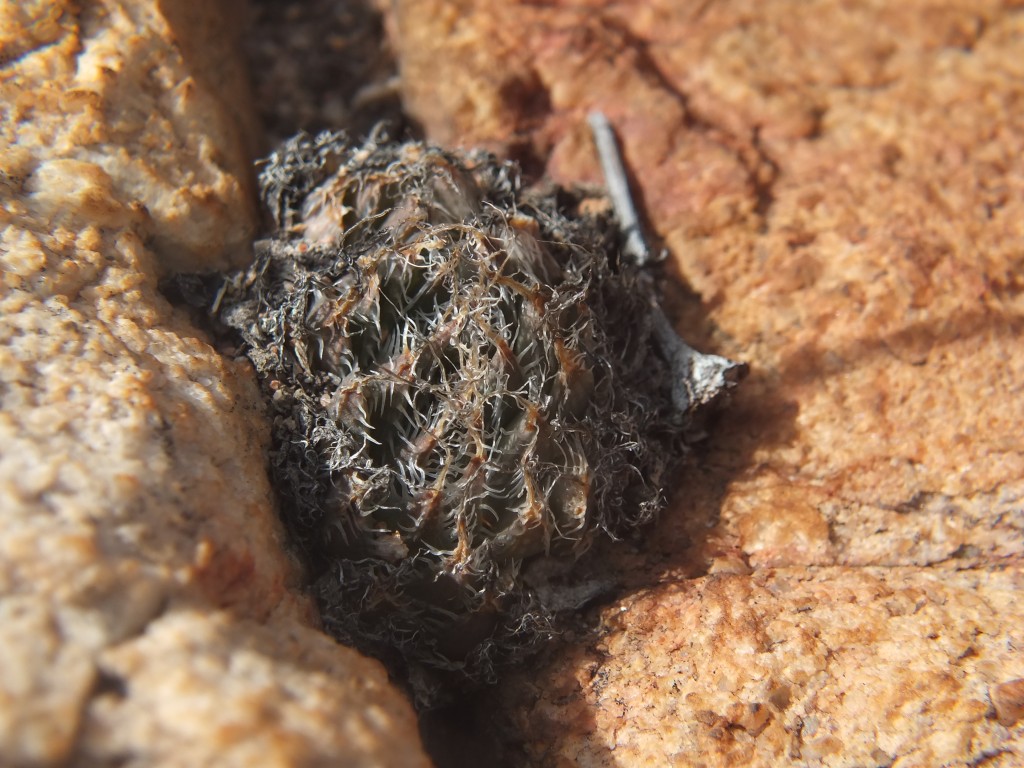
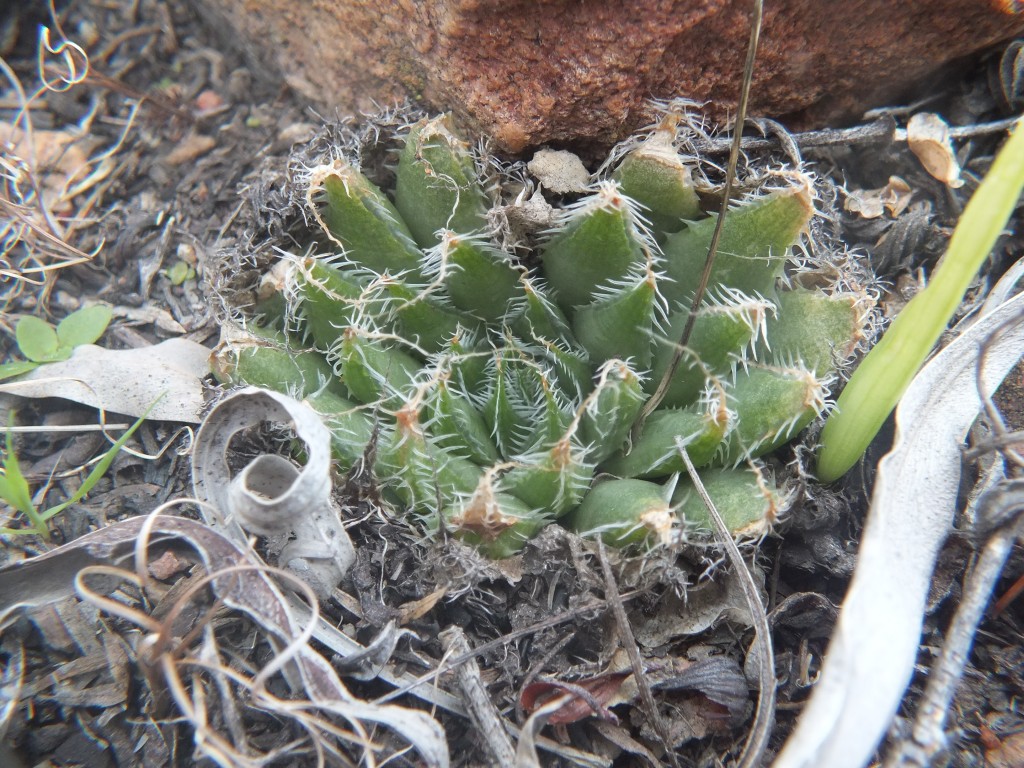
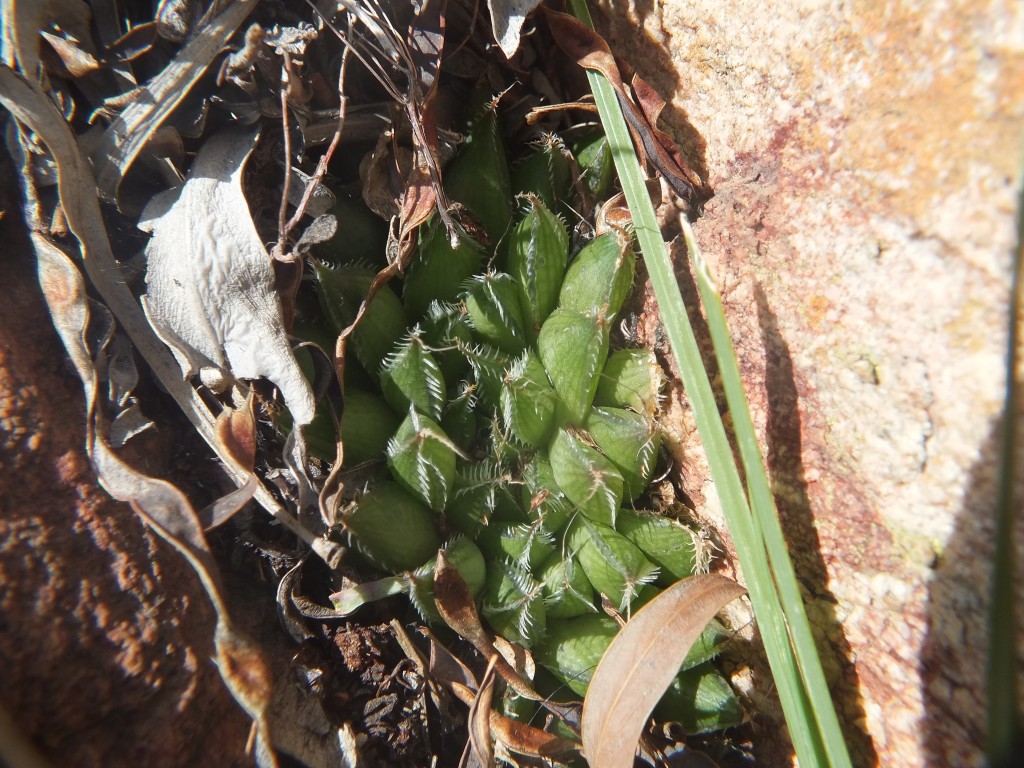
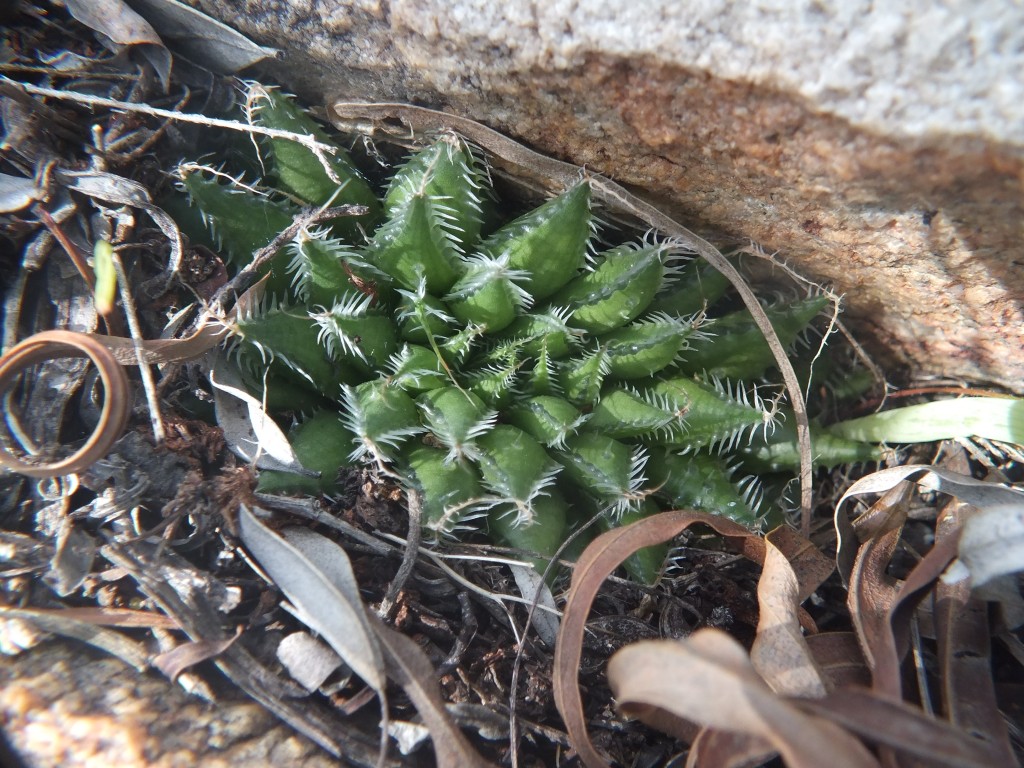
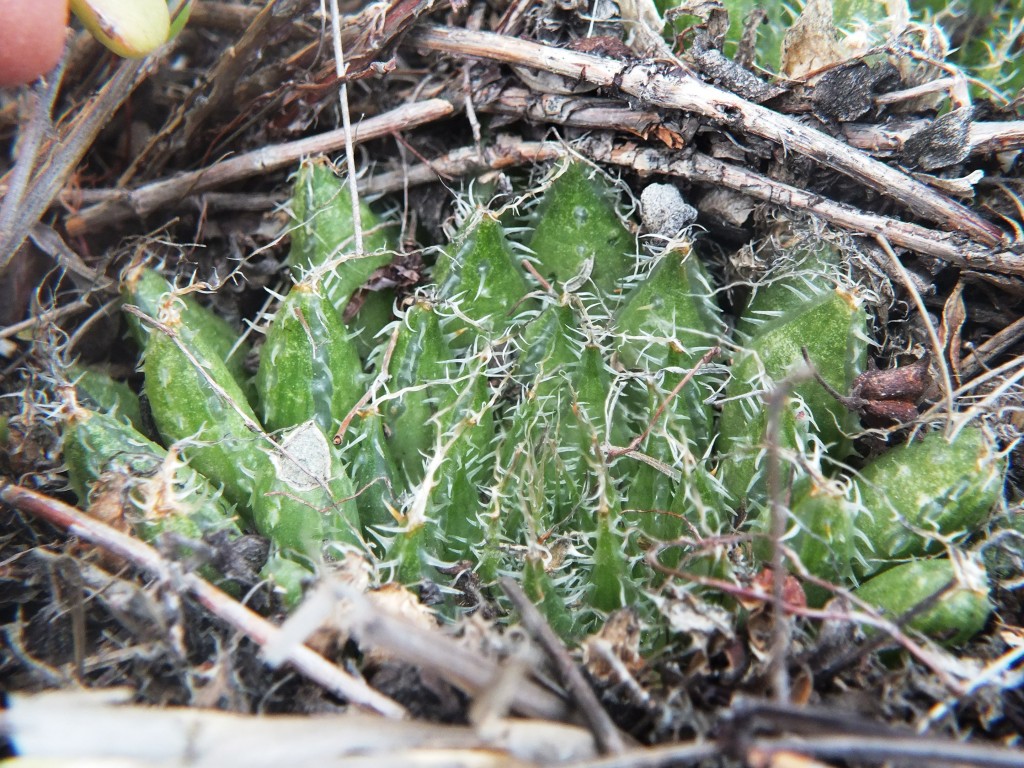
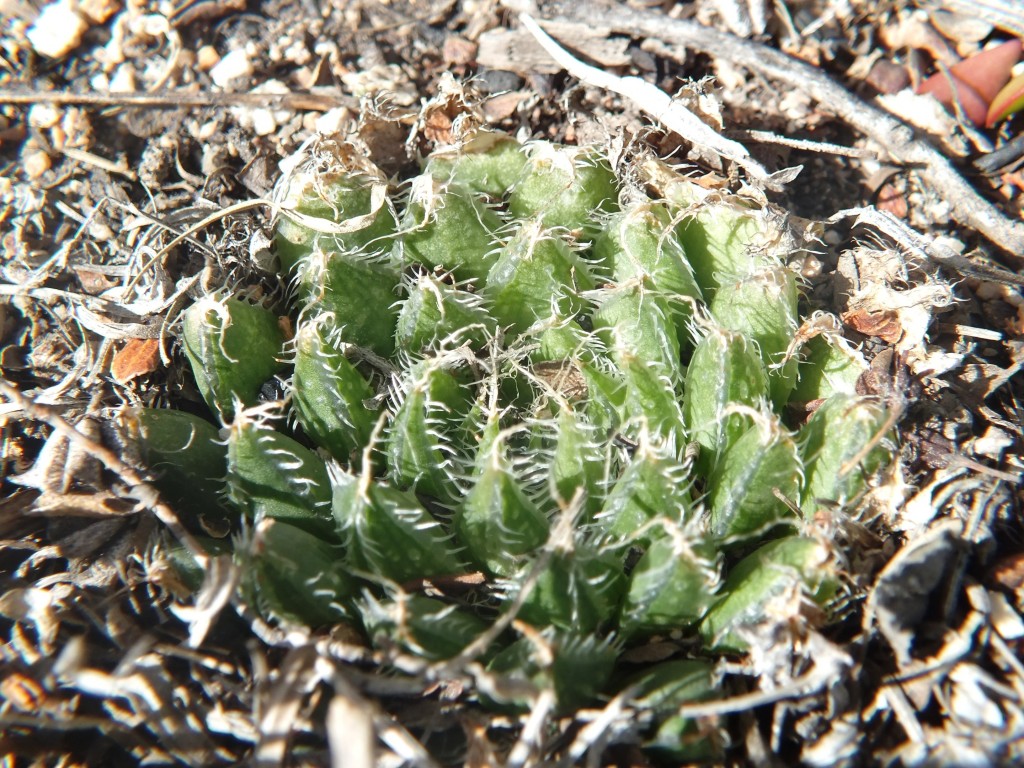
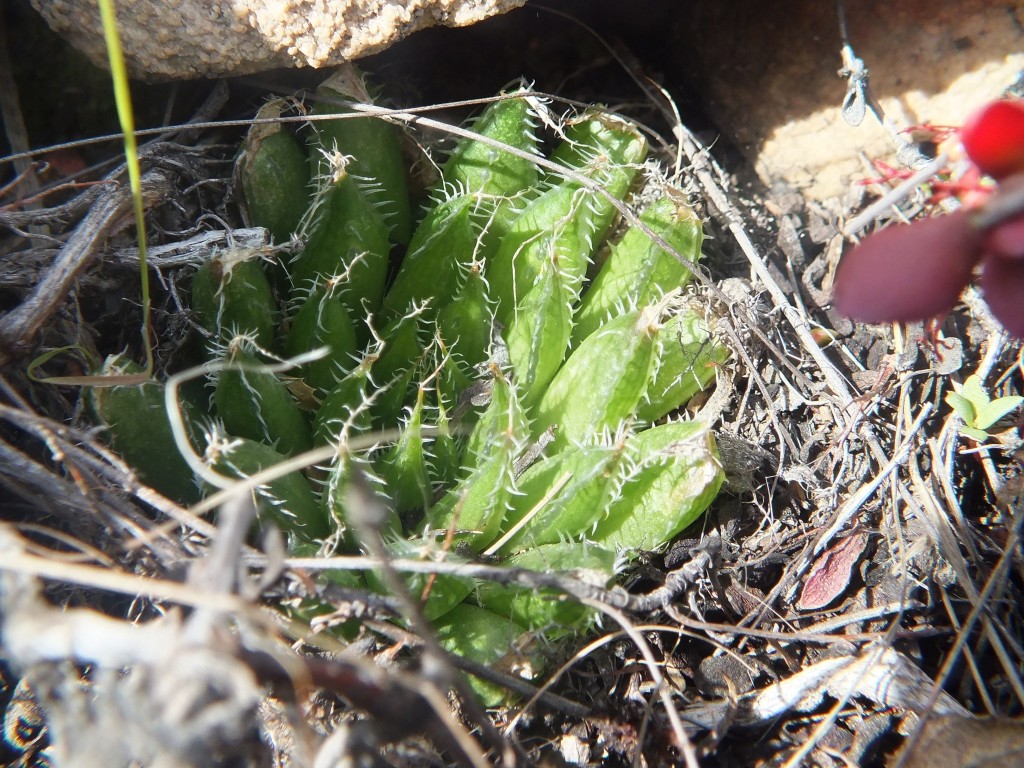
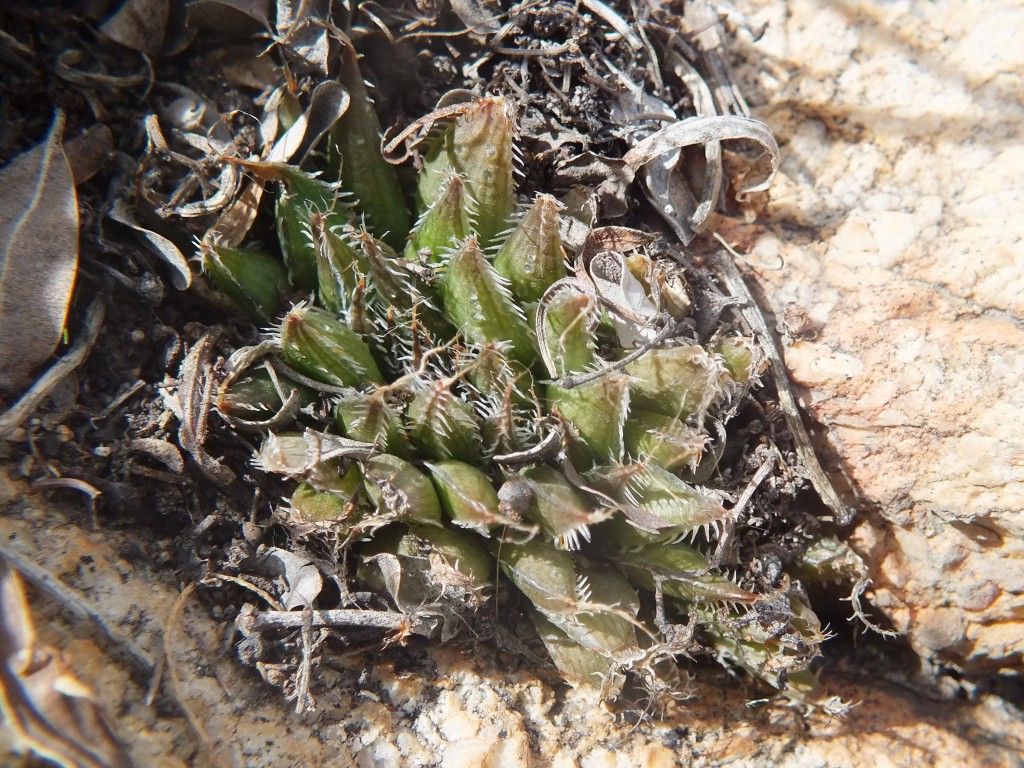
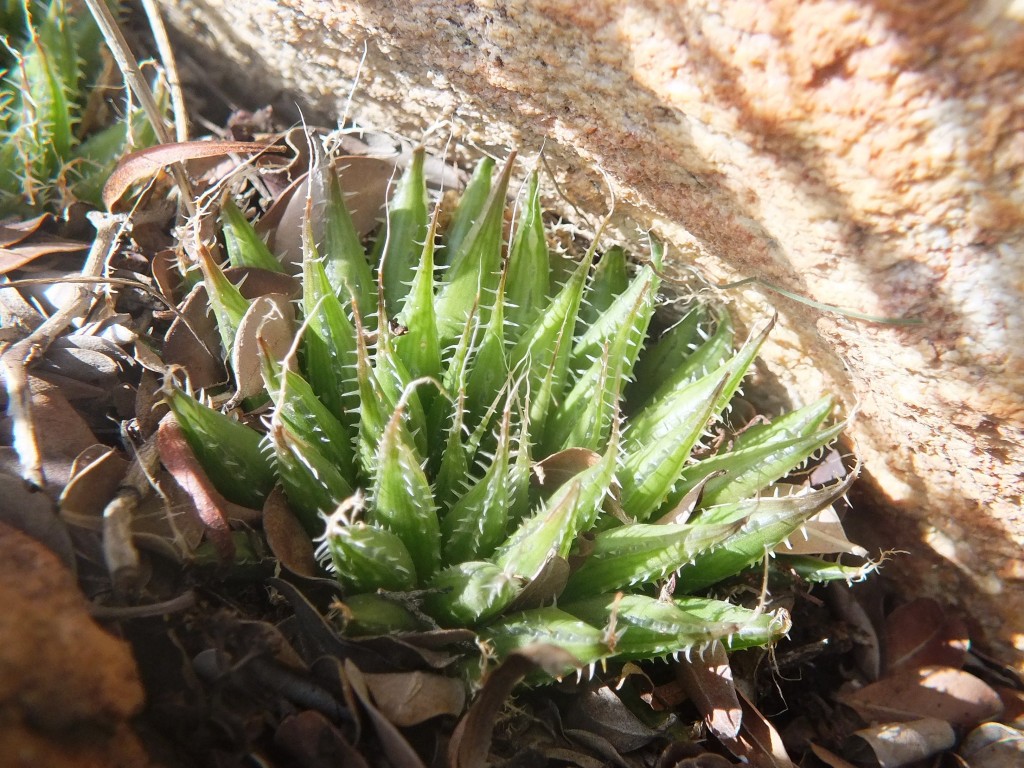
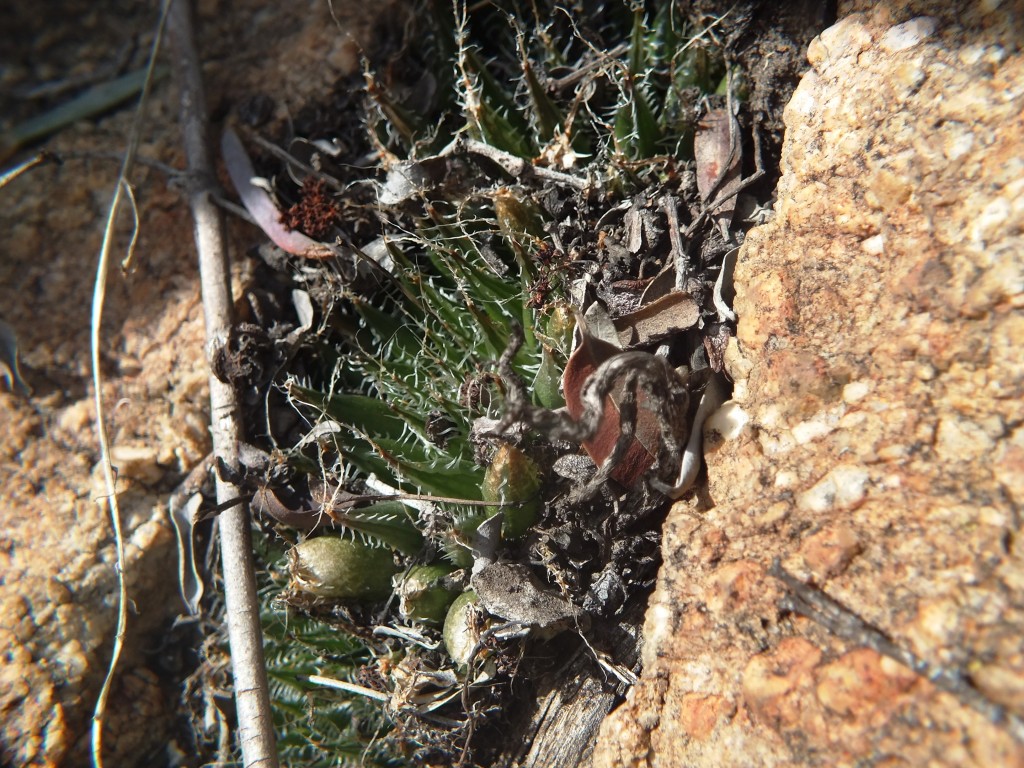
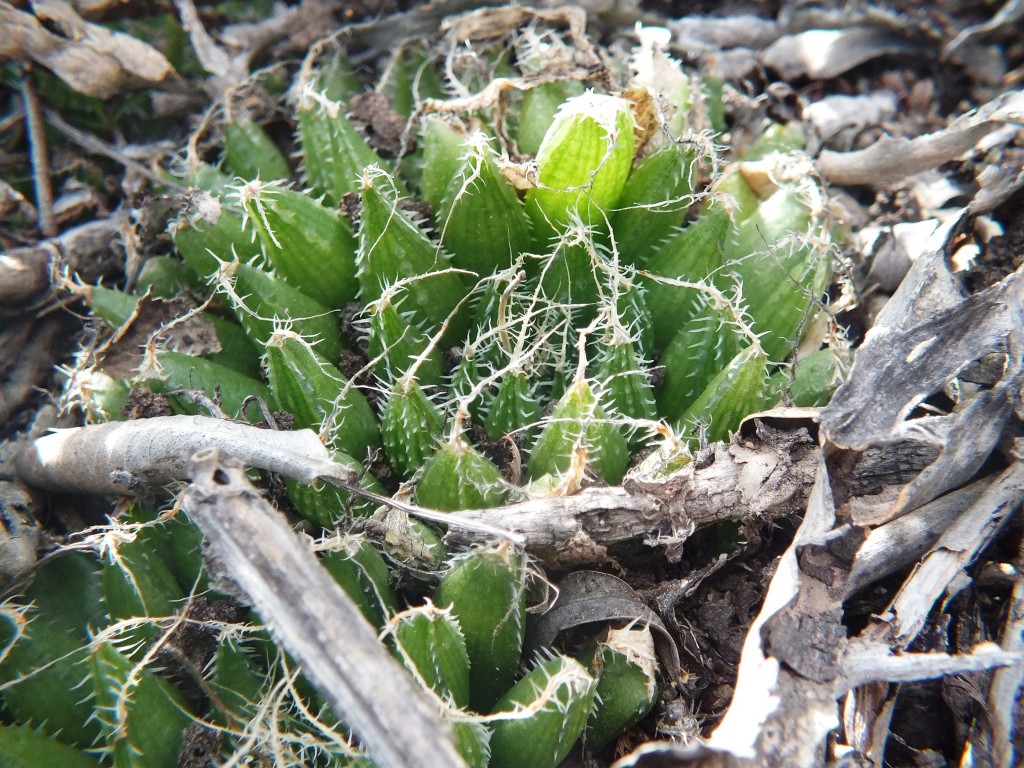
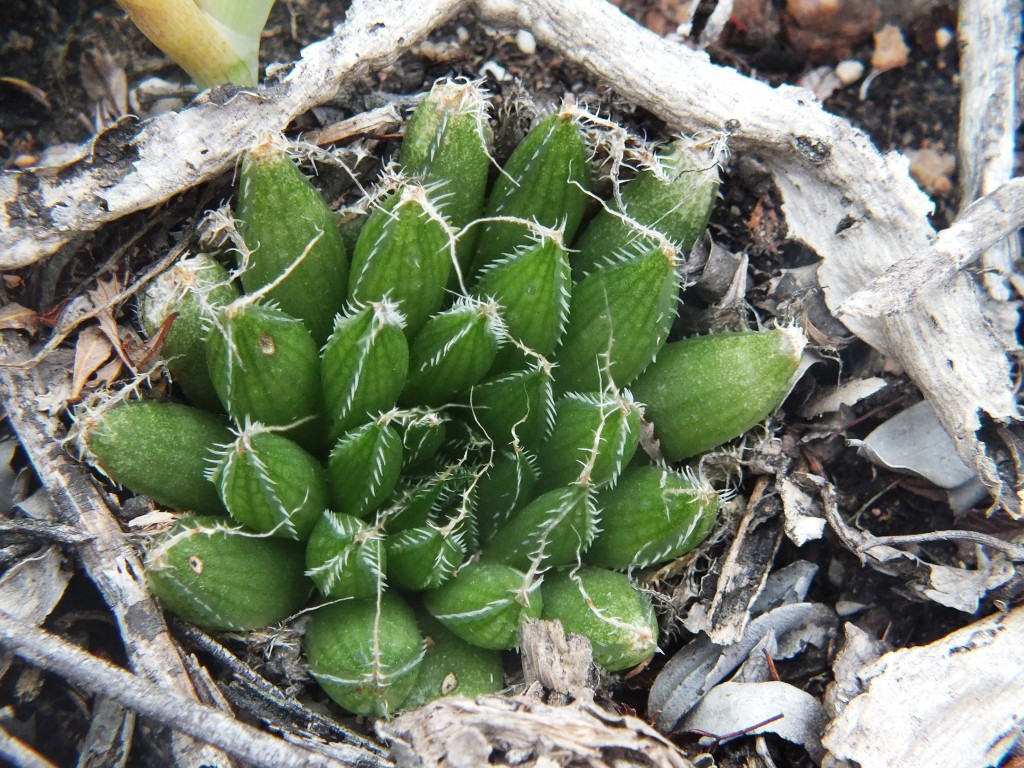
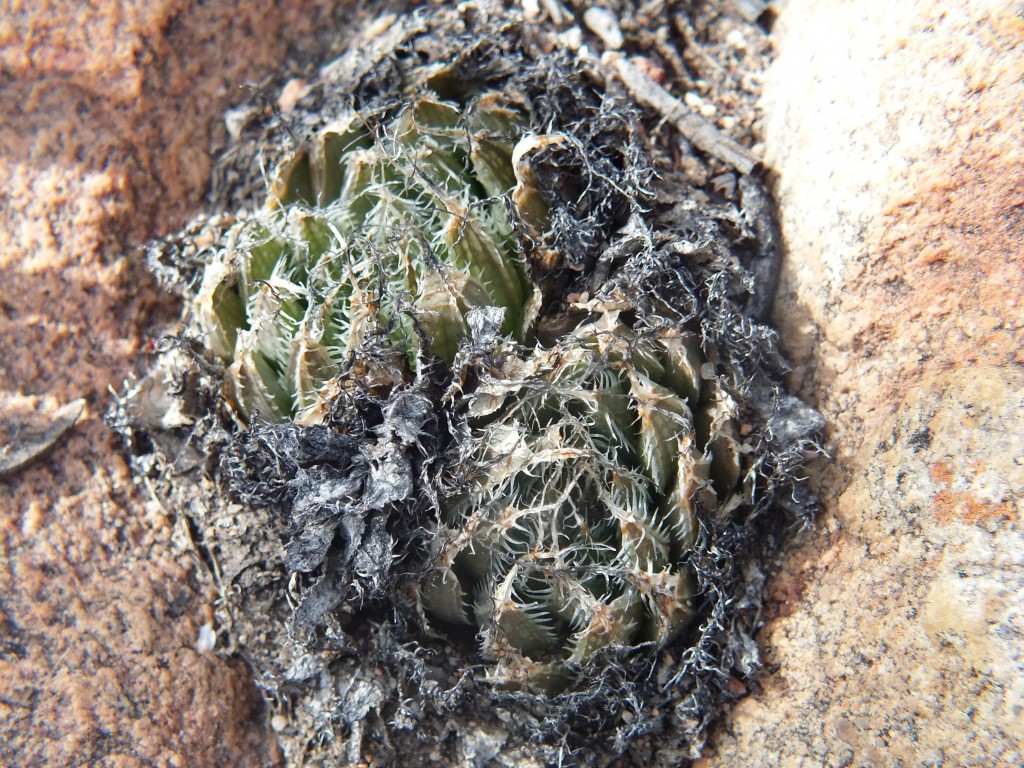
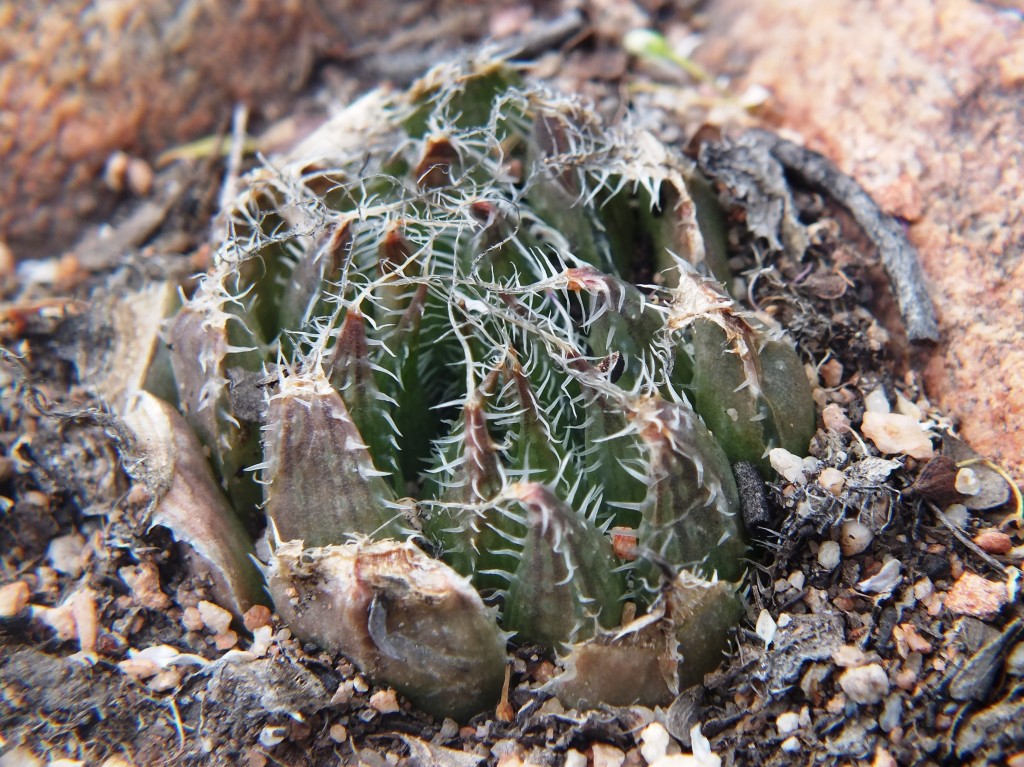
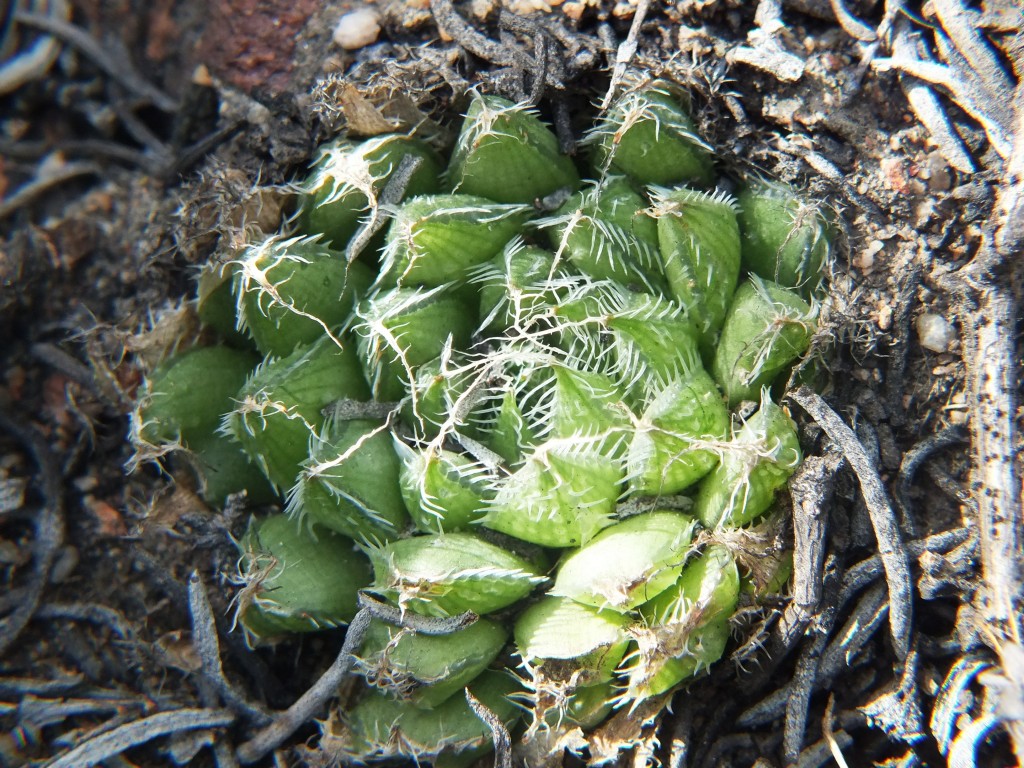
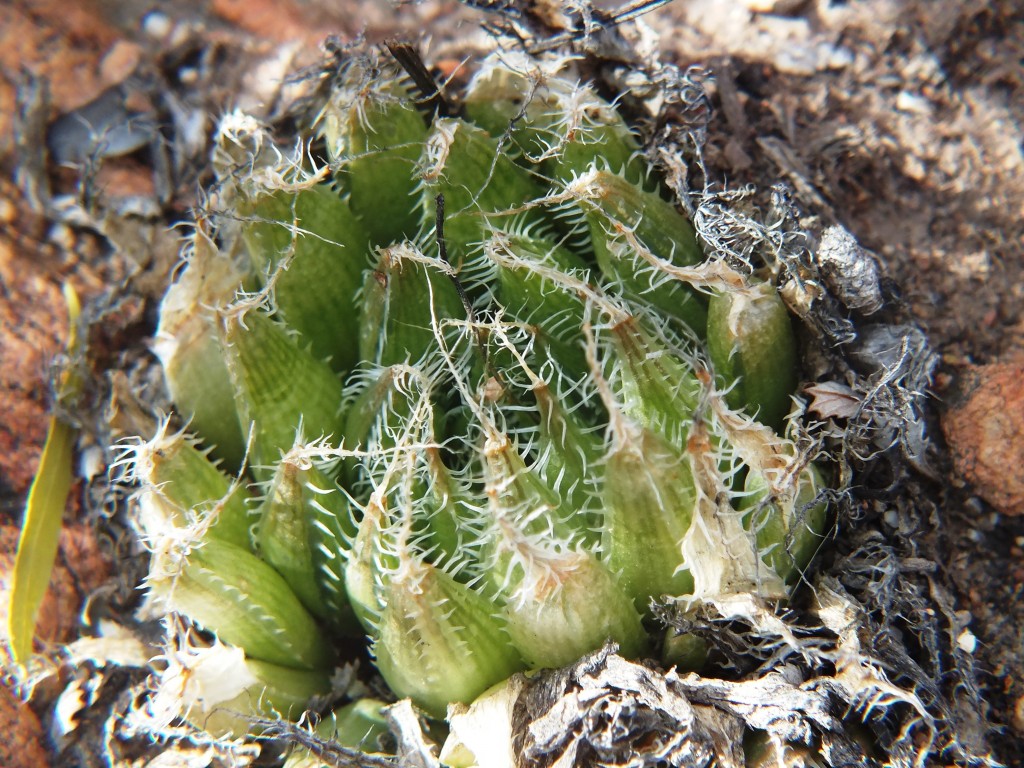
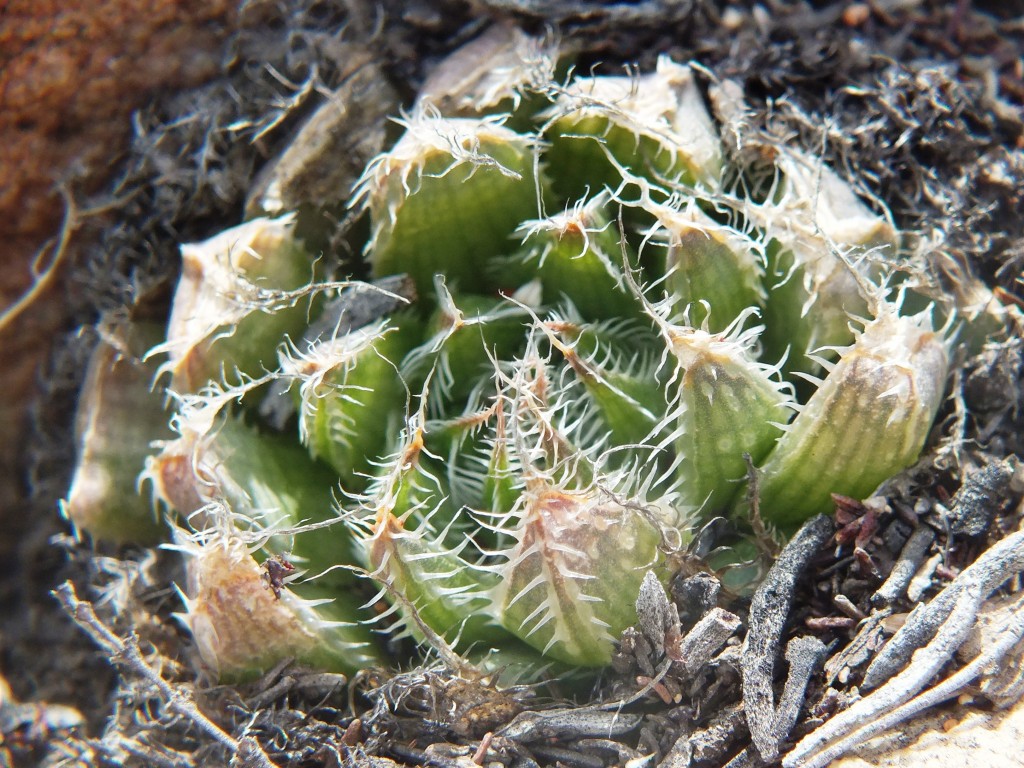
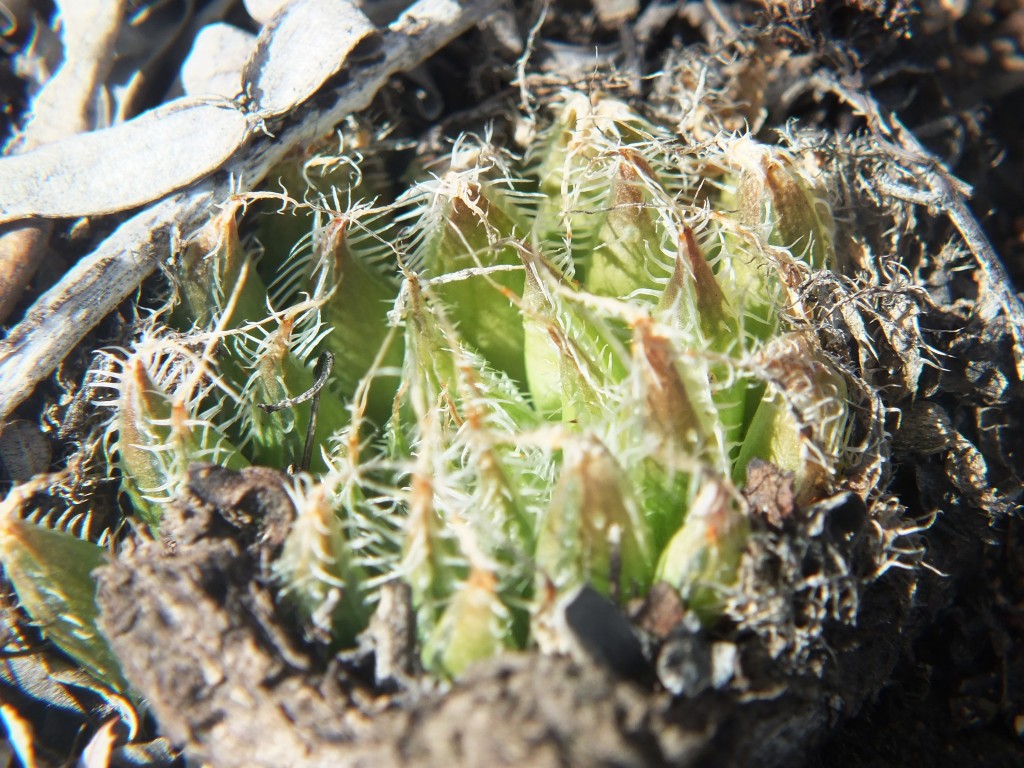
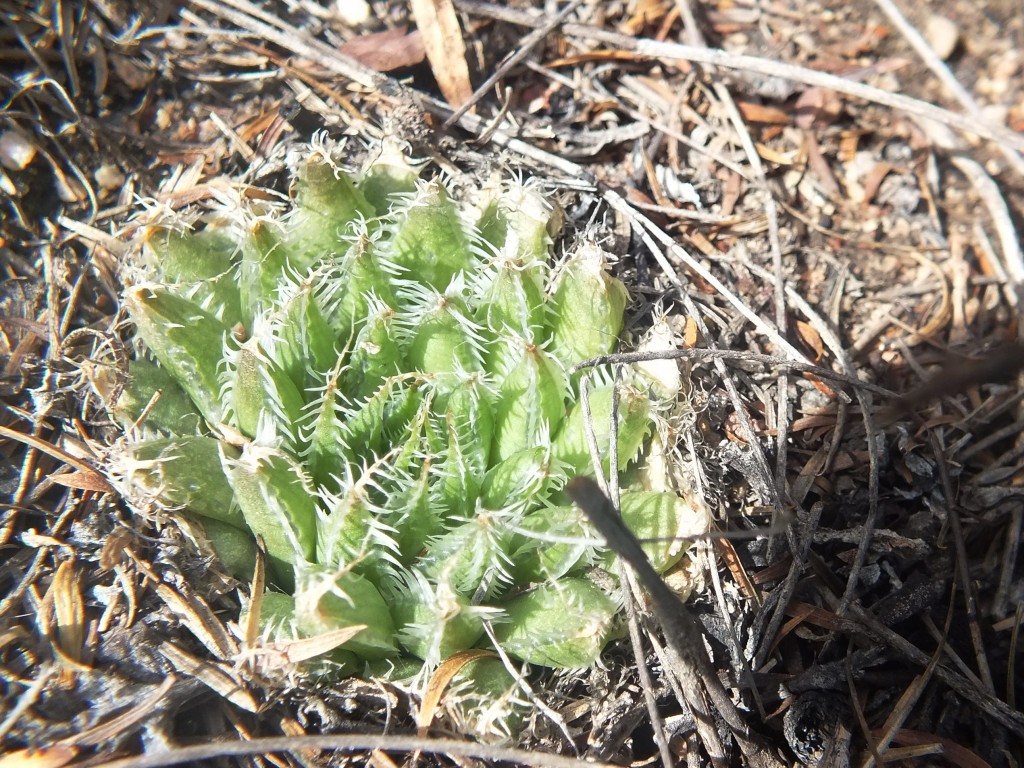
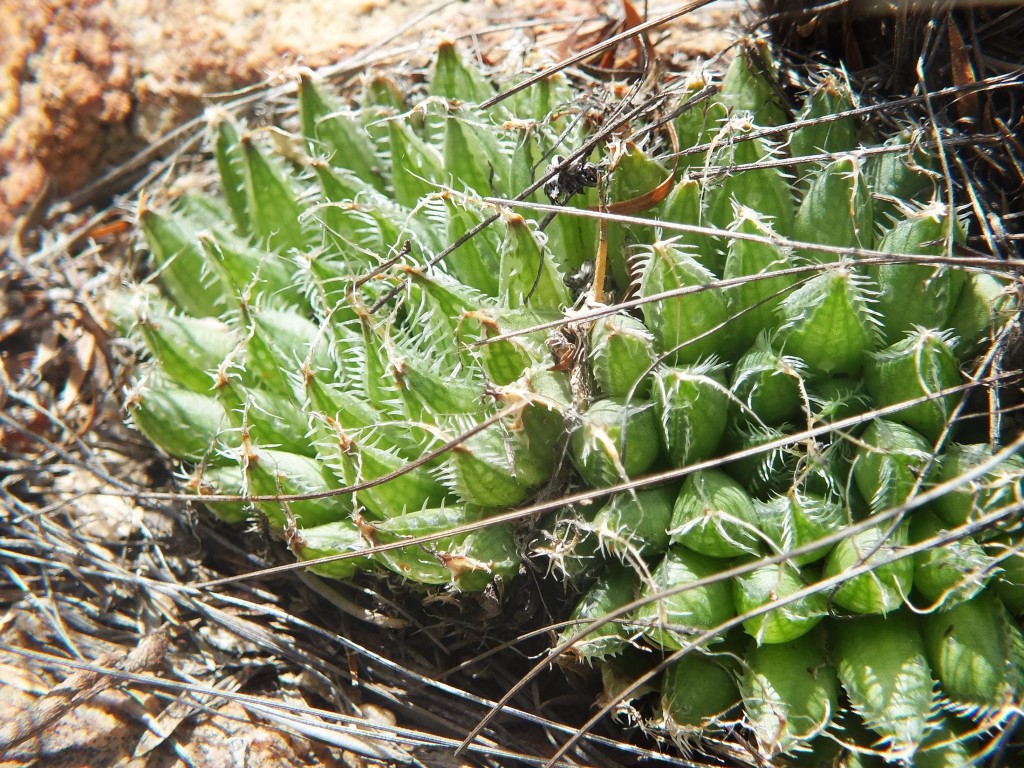
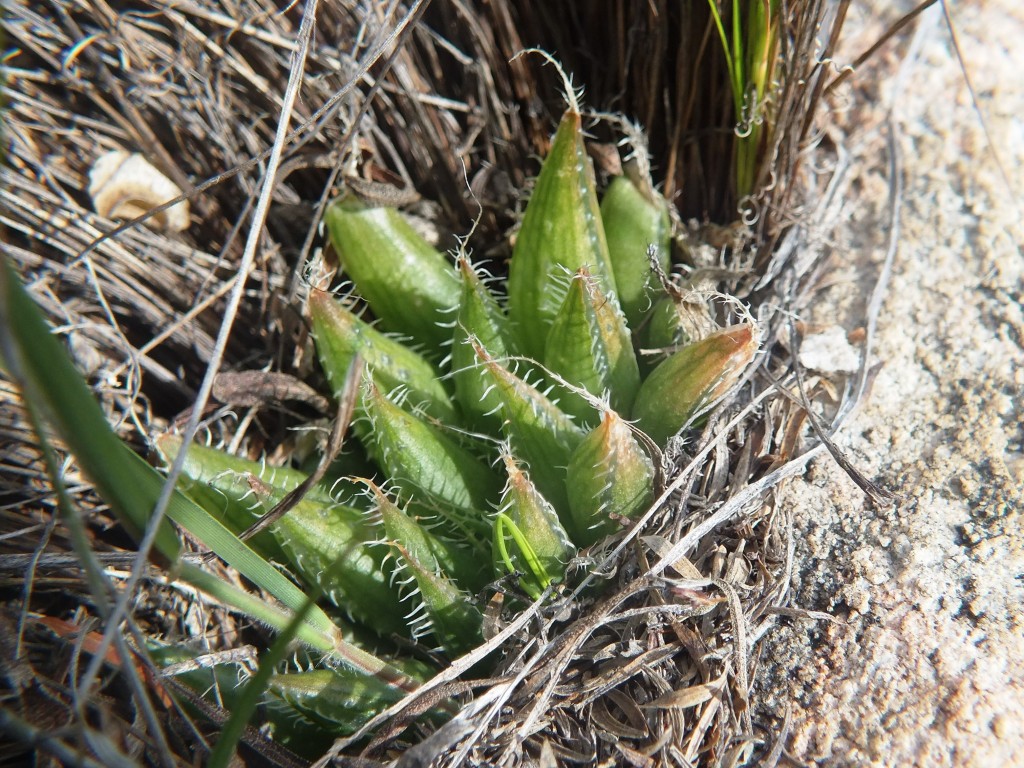
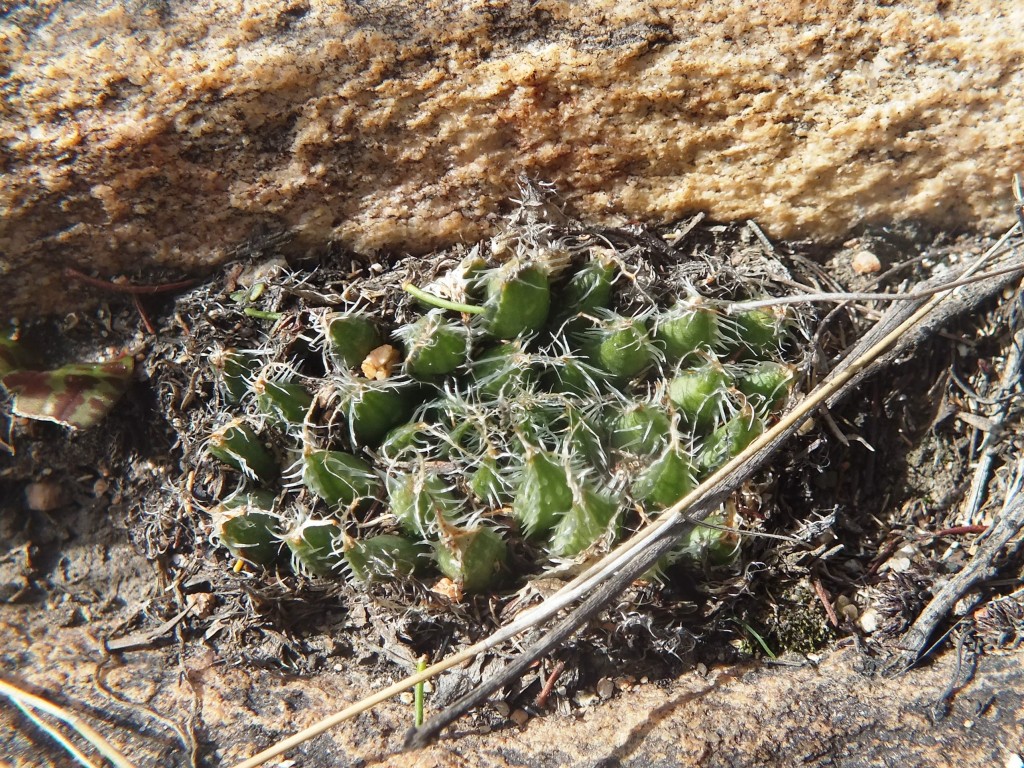
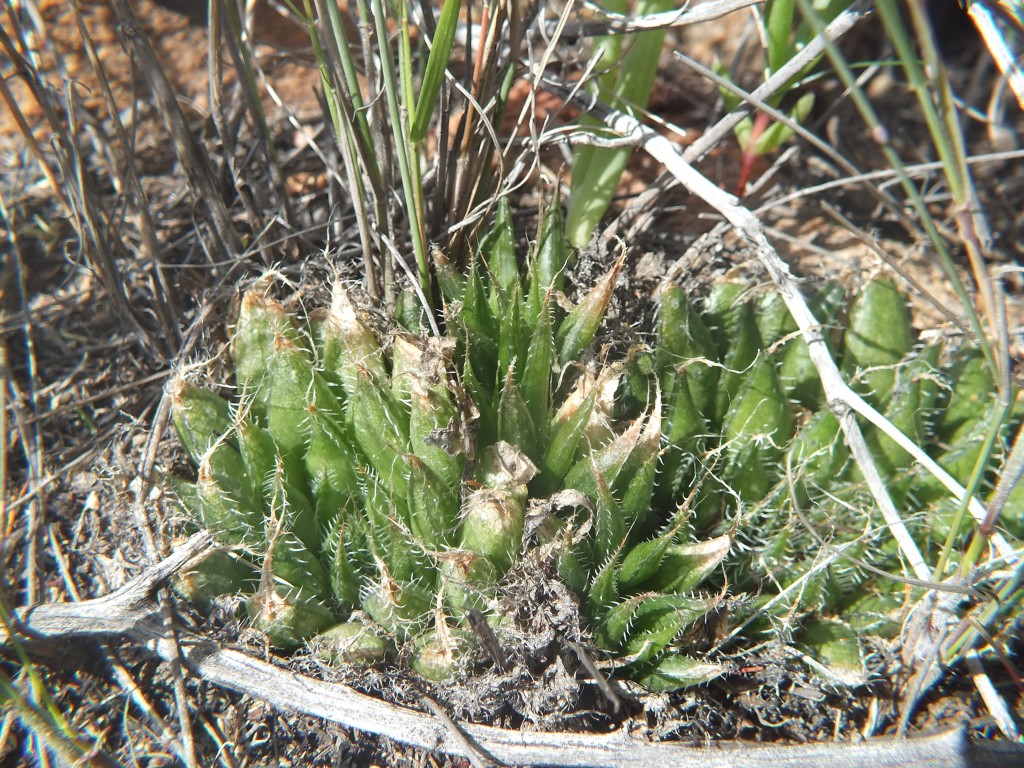
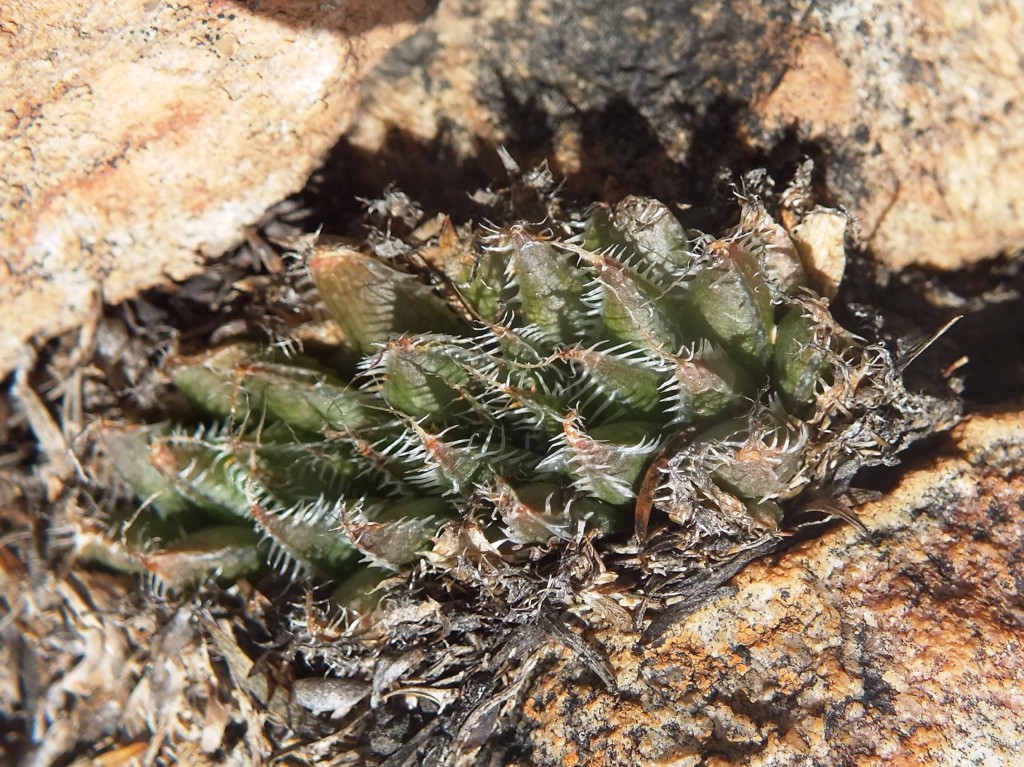
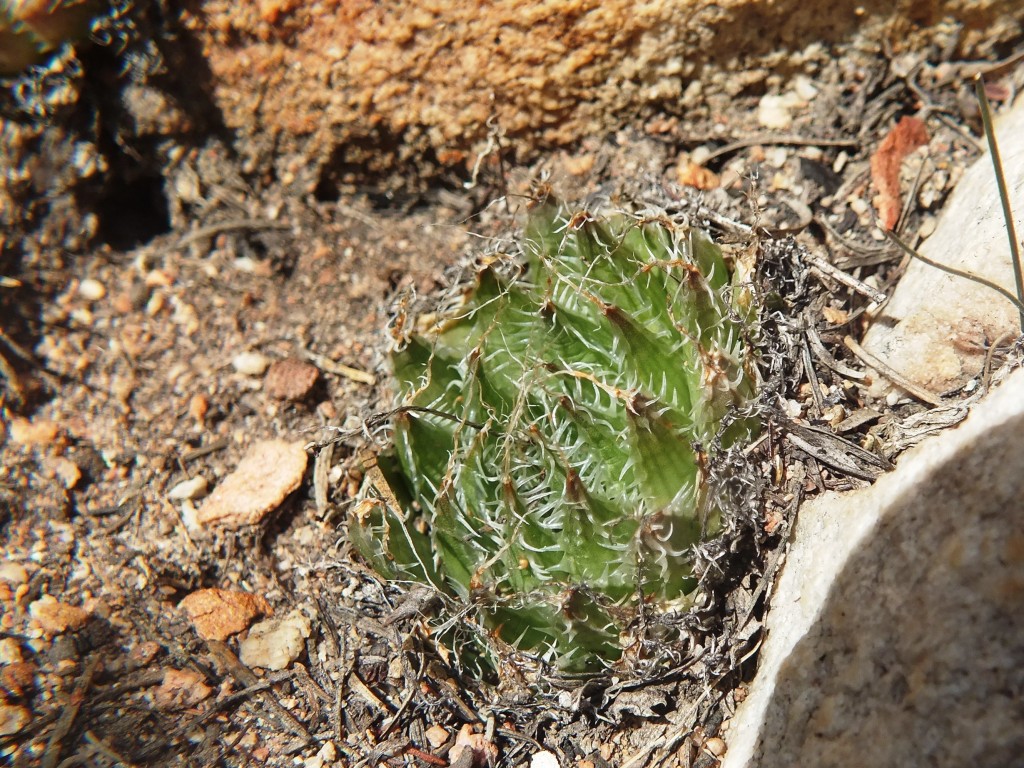
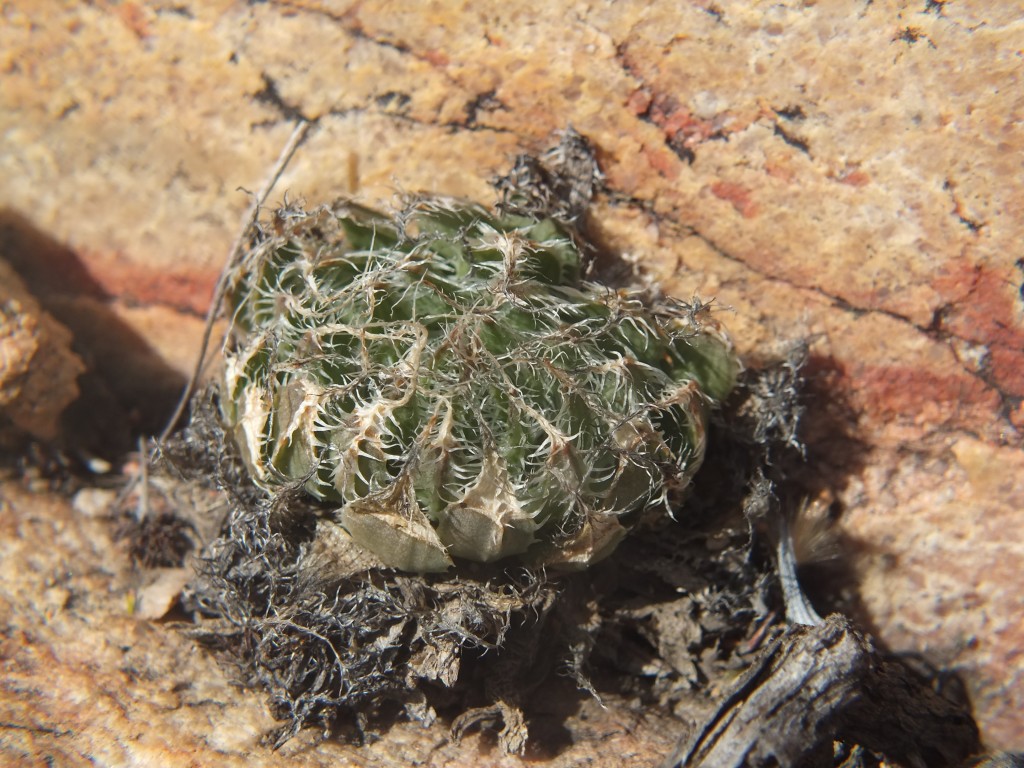
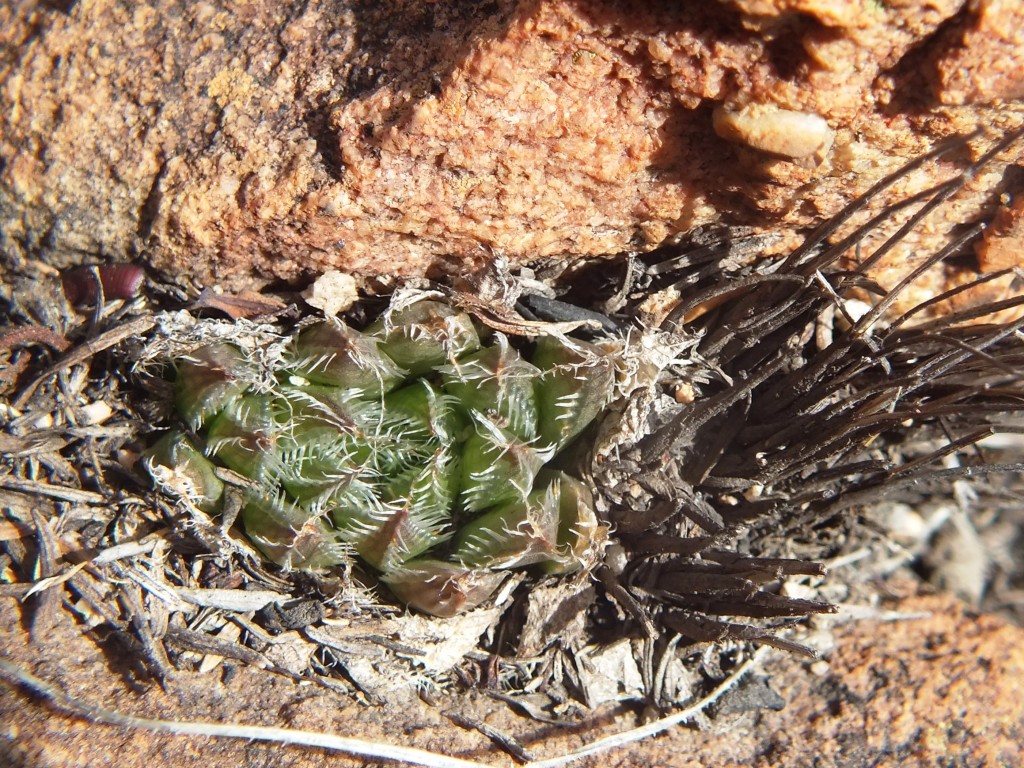
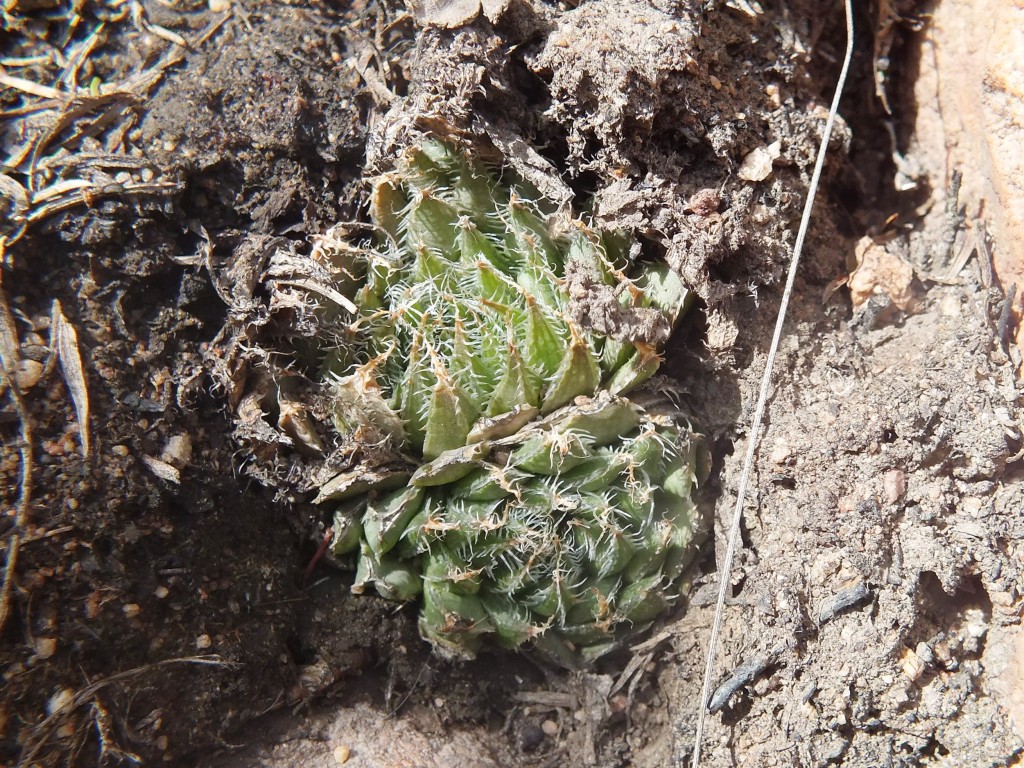
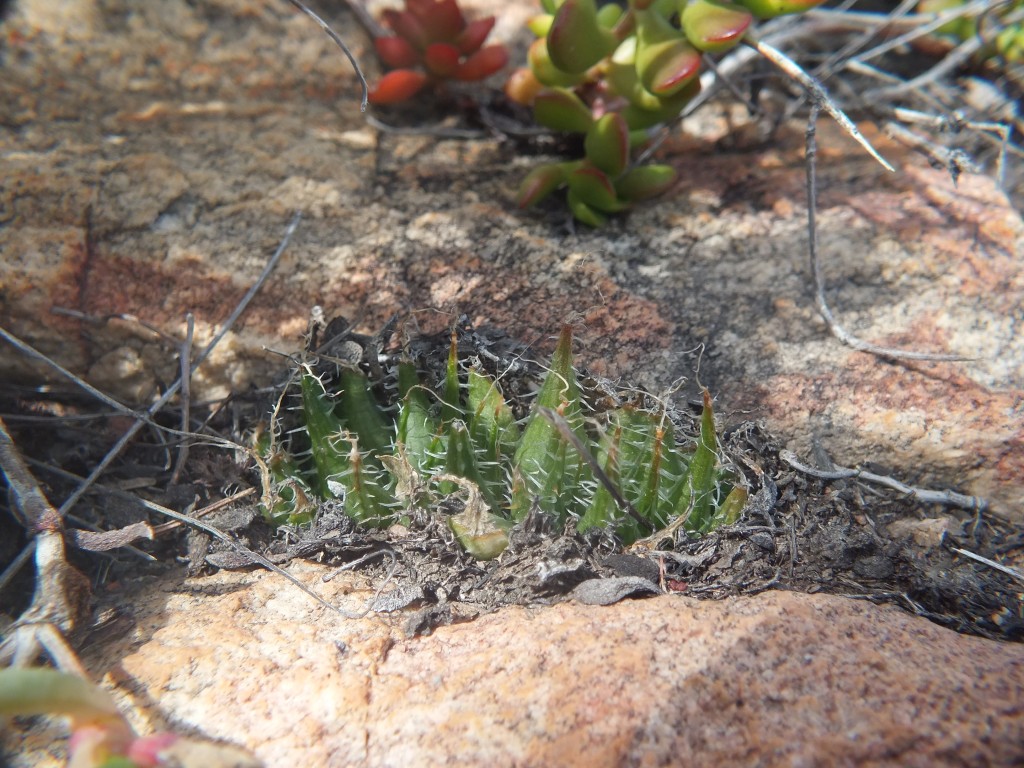
Flower profiles.
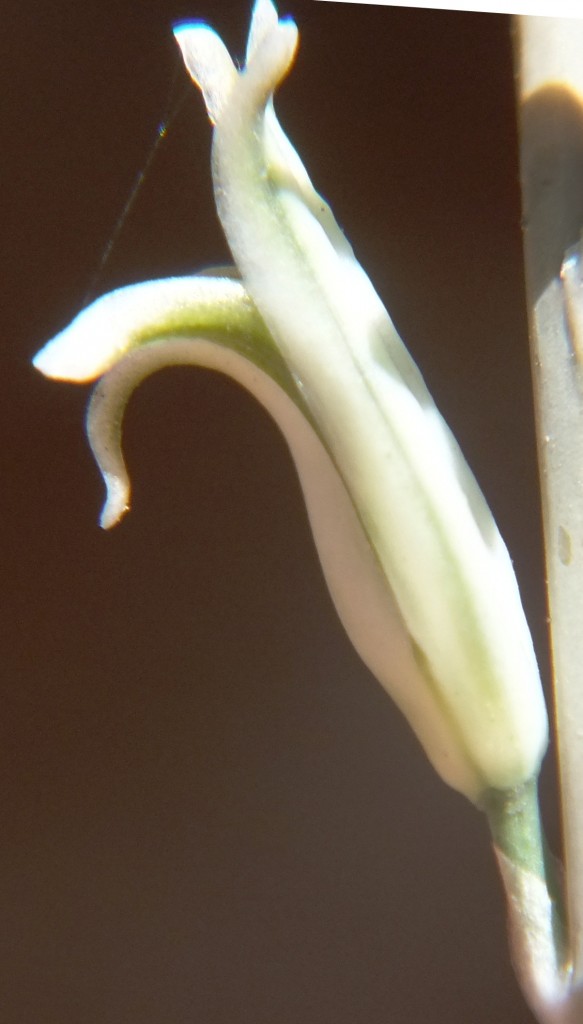
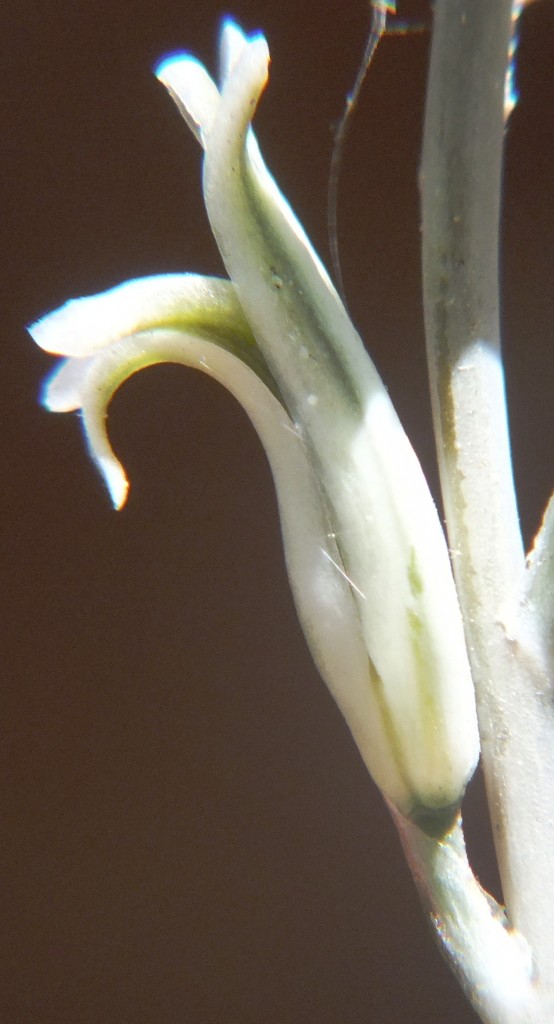
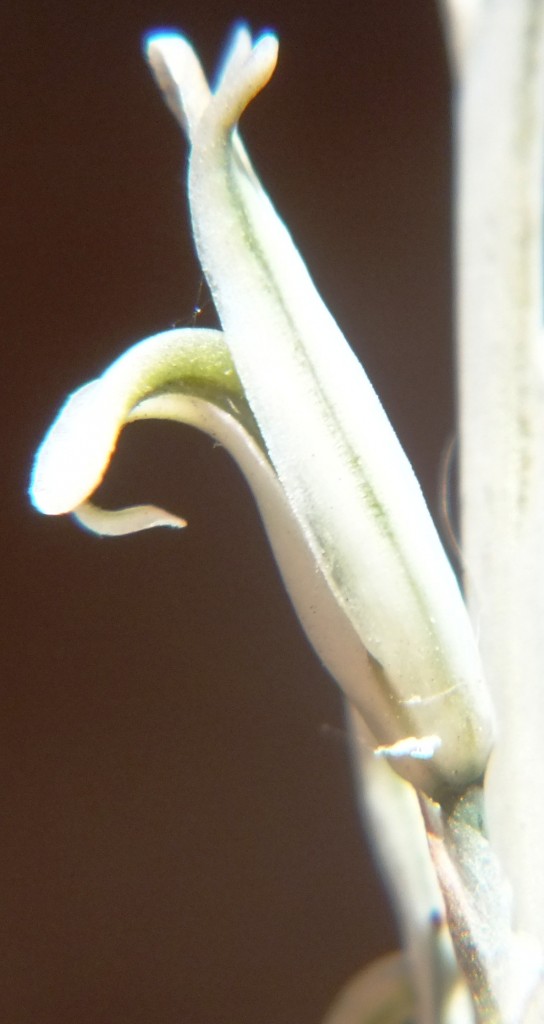
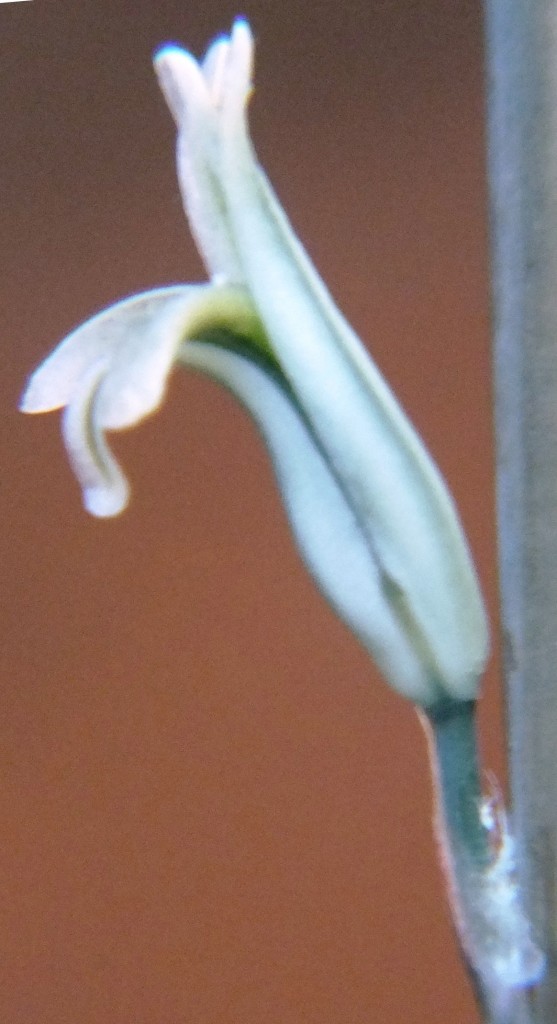
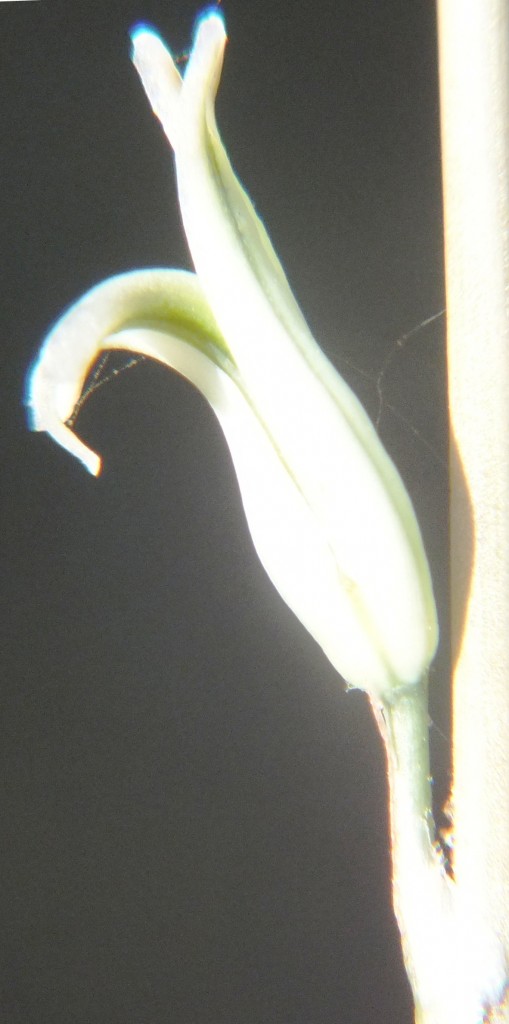
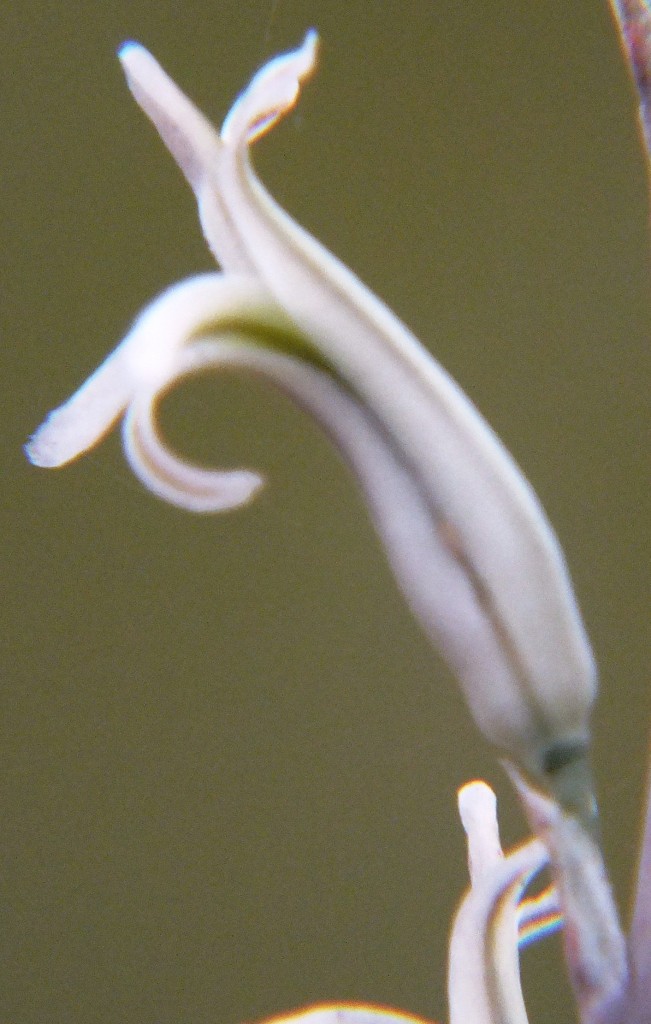
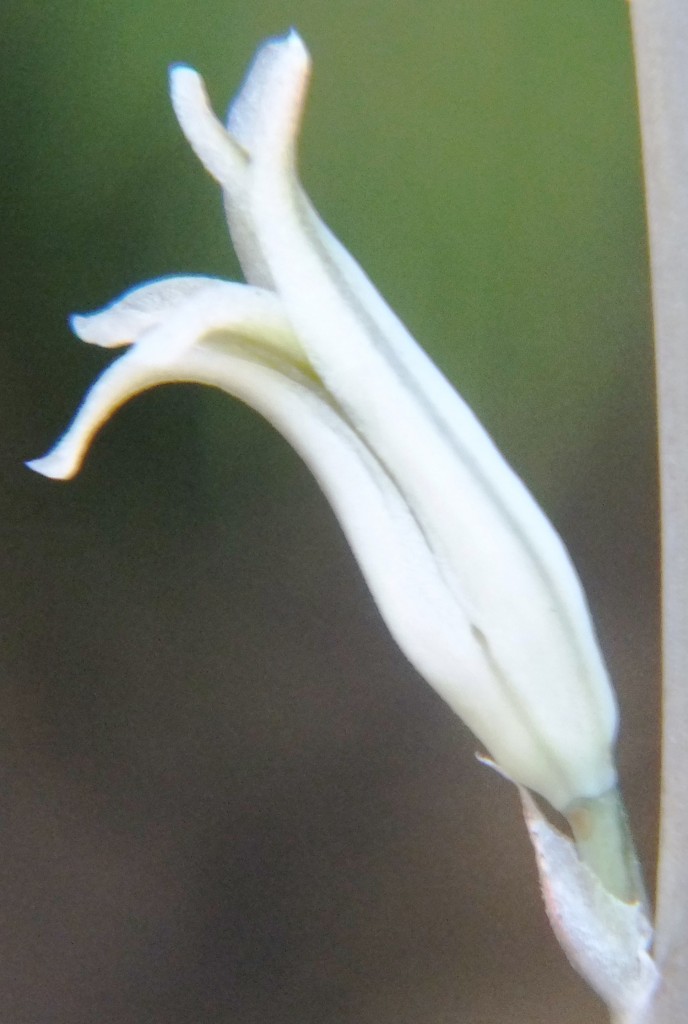
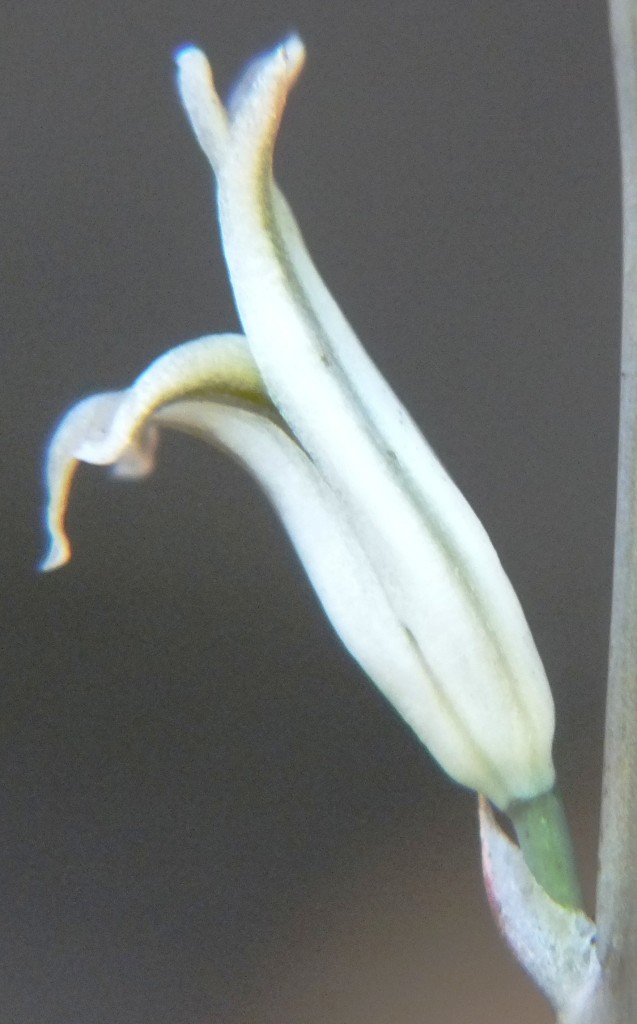
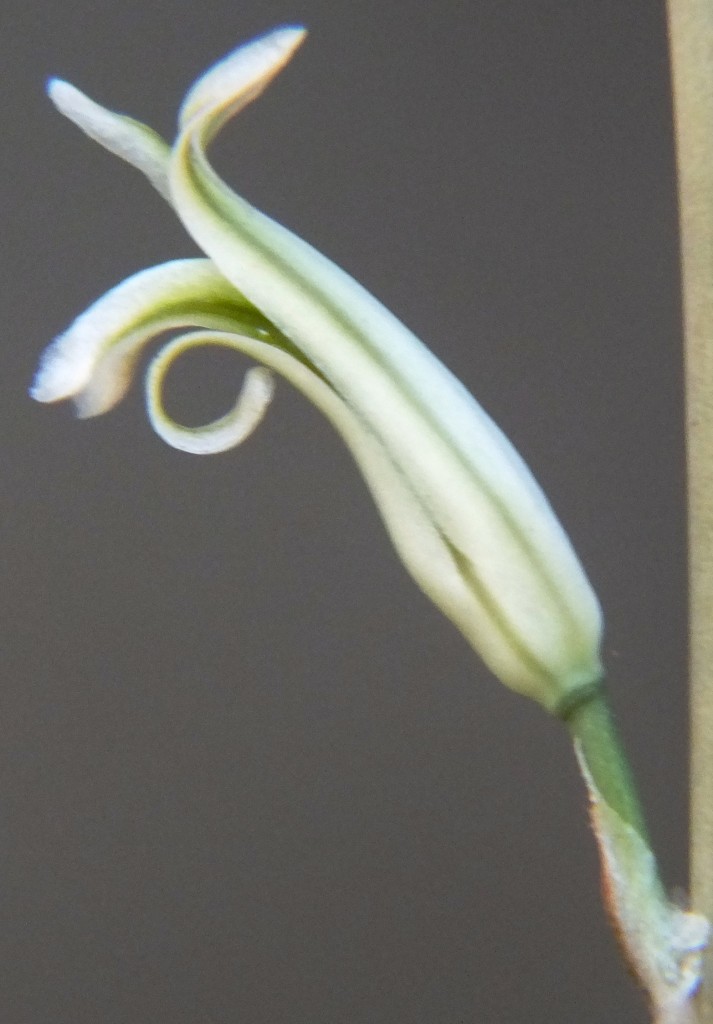
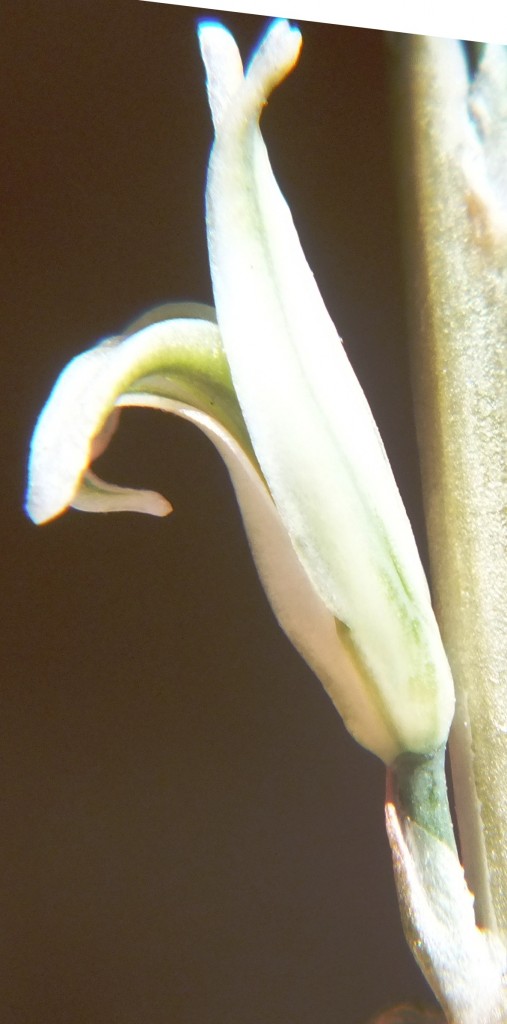
Flower faces.
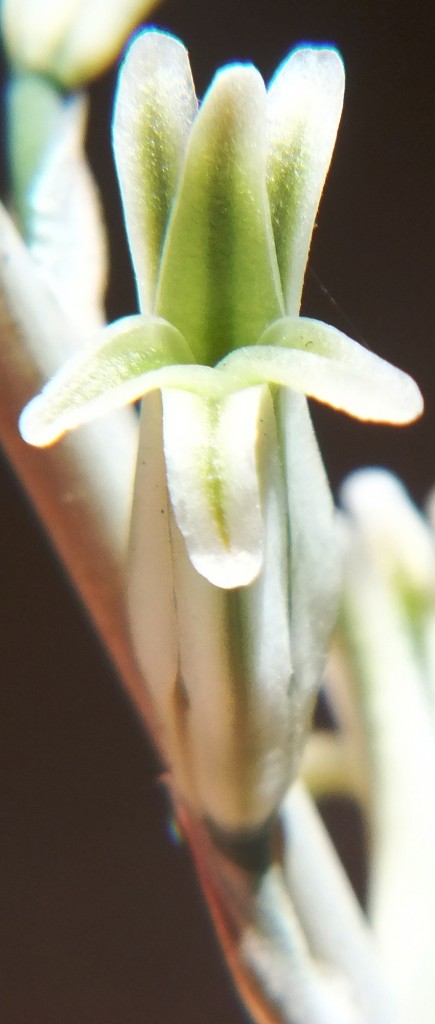
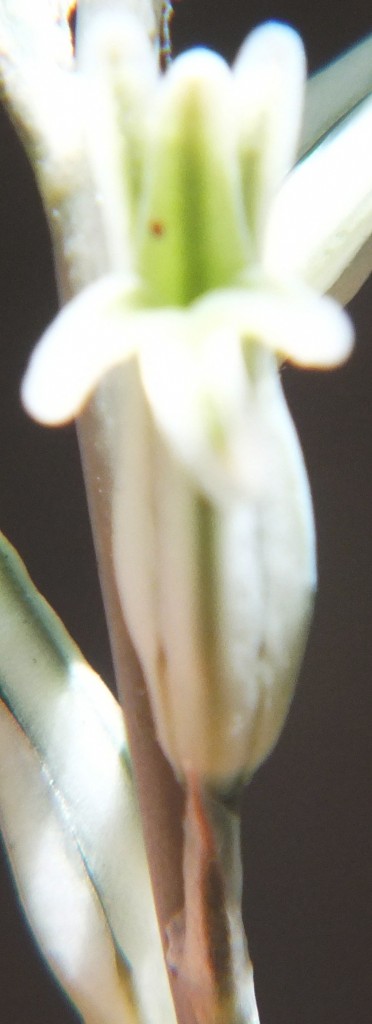
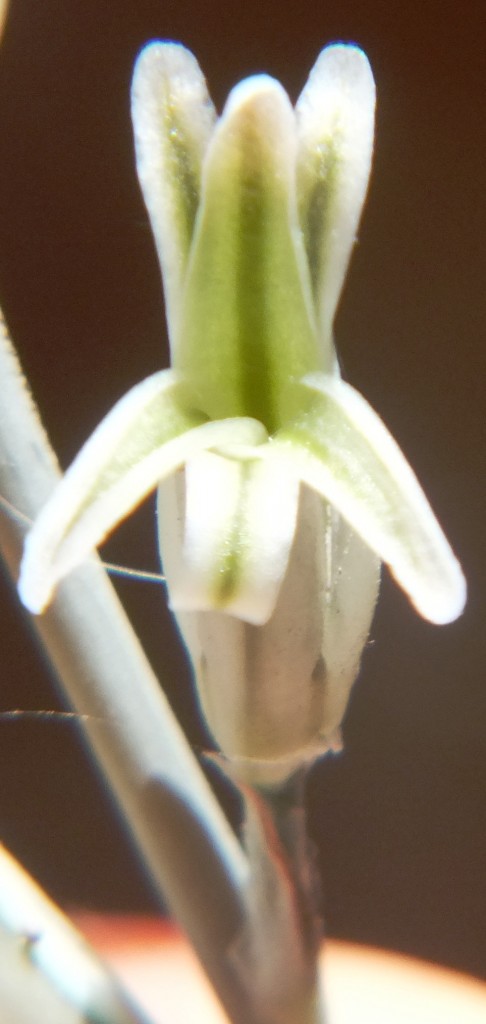
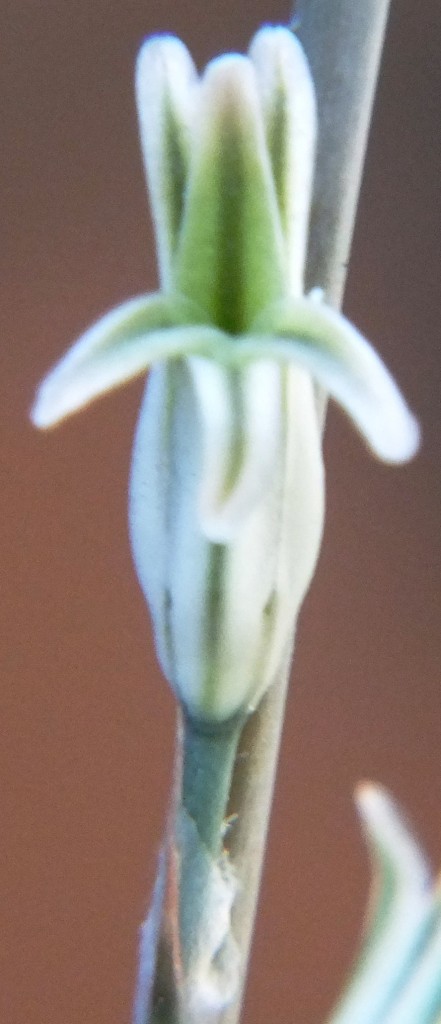
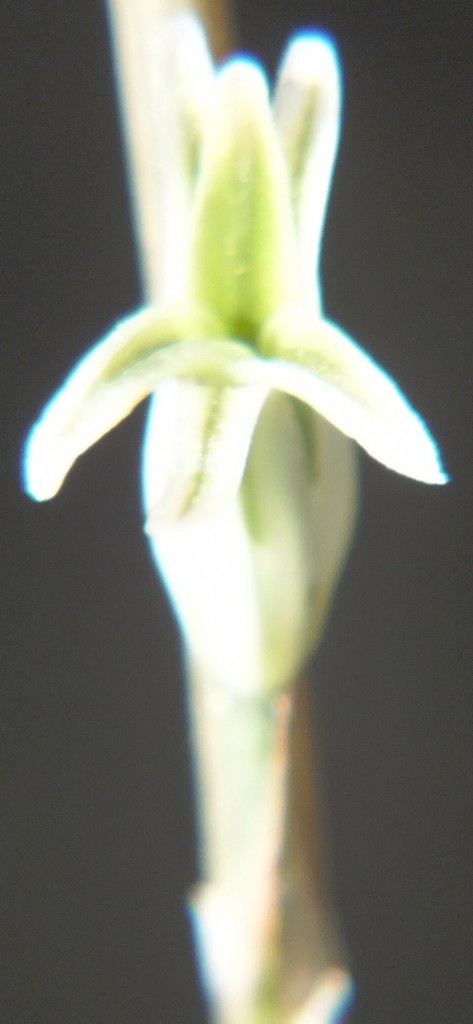
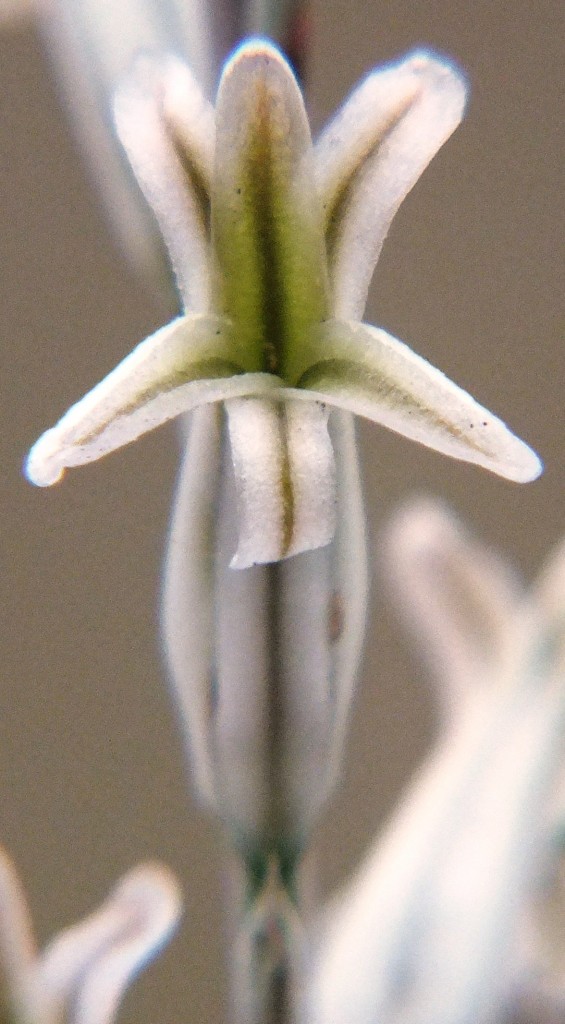
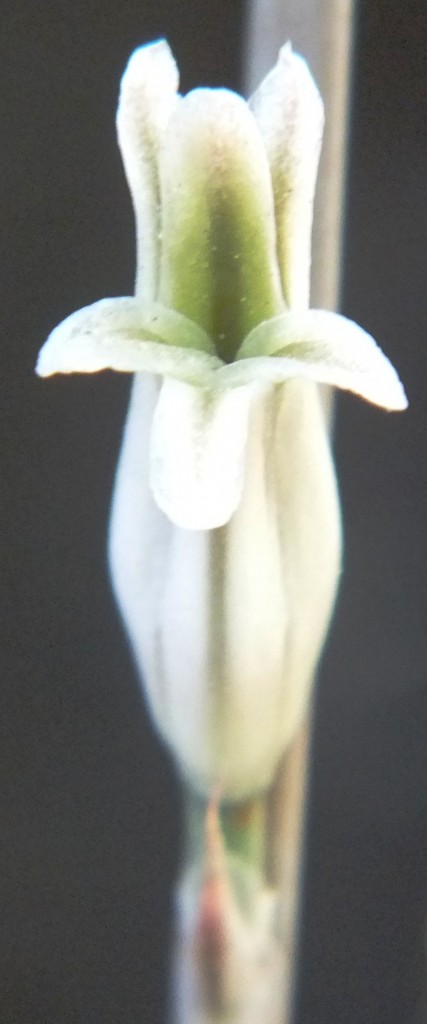
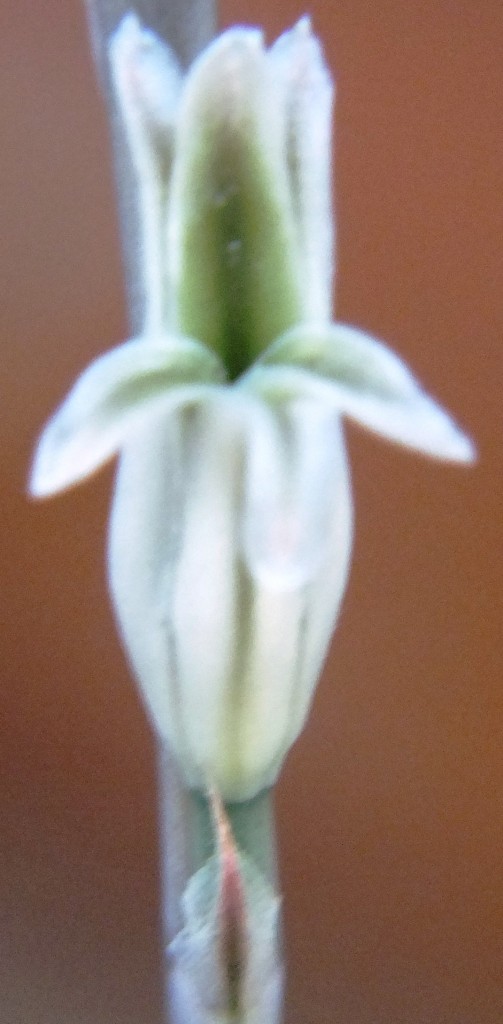
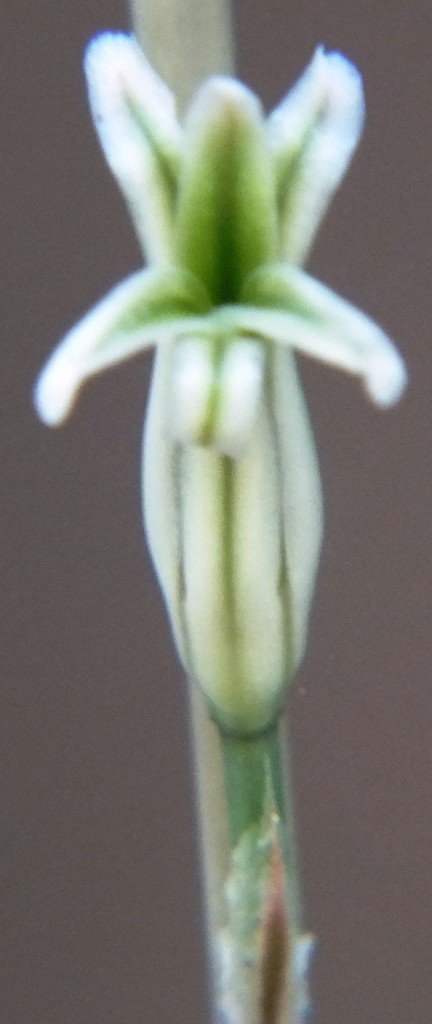
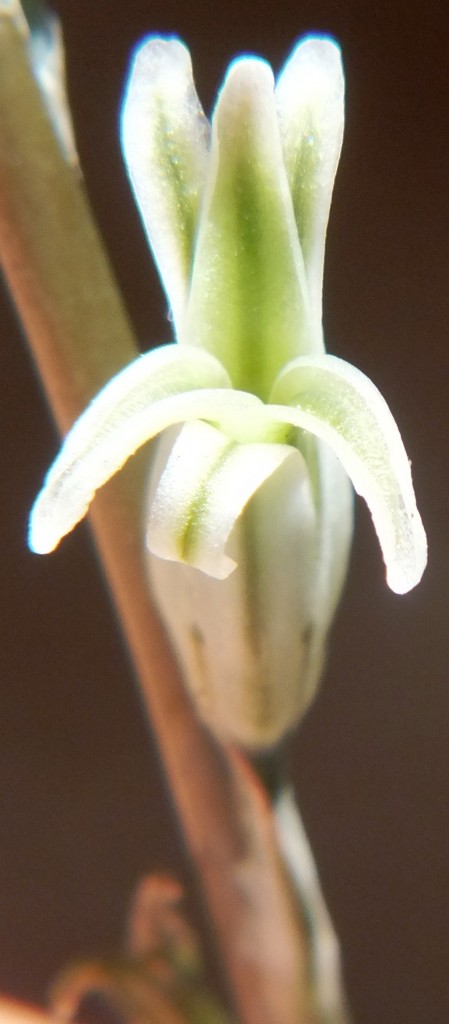
Flower buds.
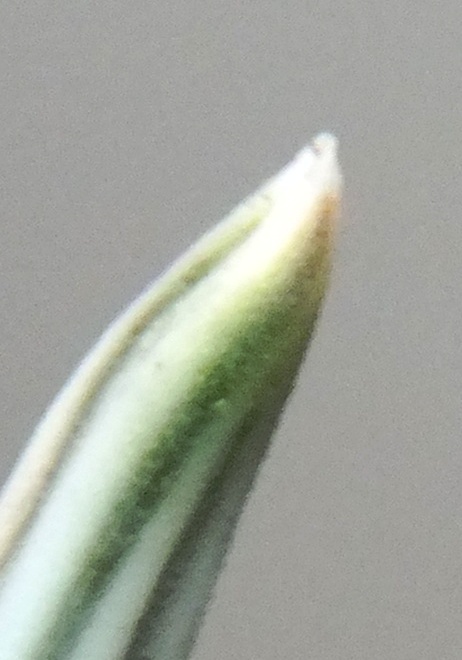
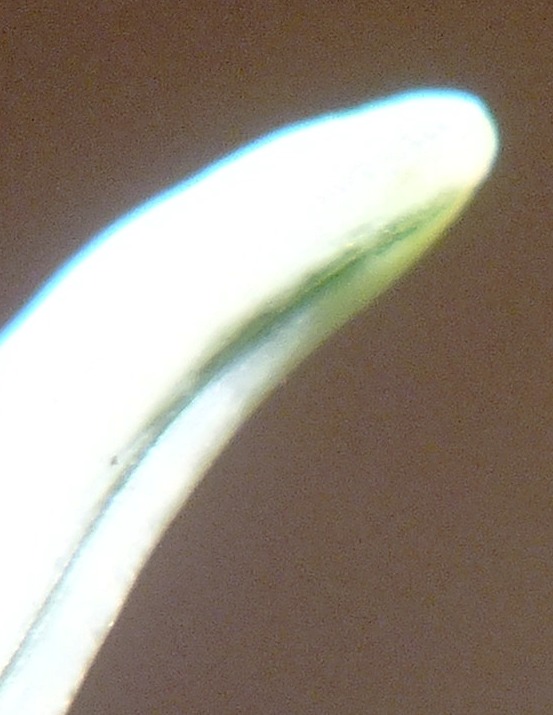
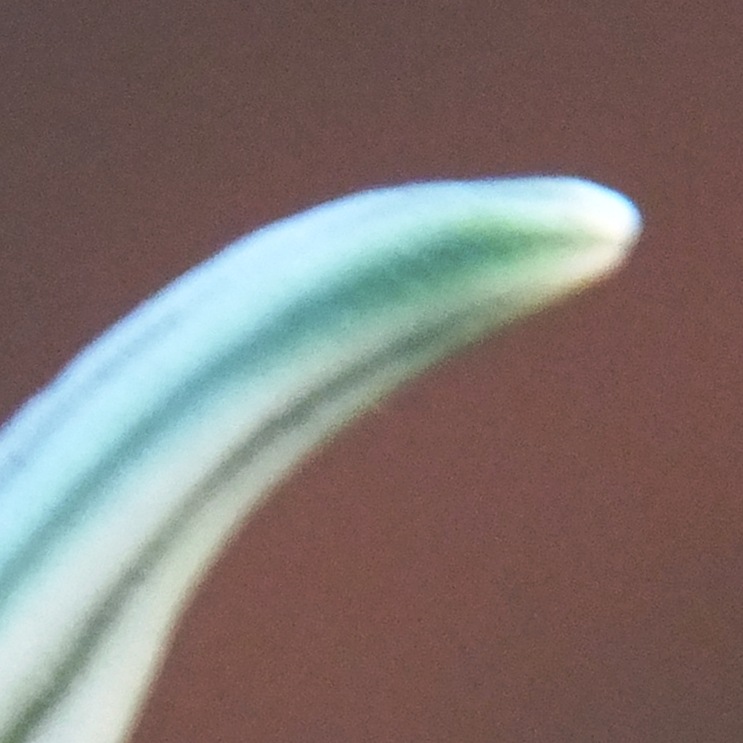
2. EA1441 Hex River Pass, east DeDoorns.
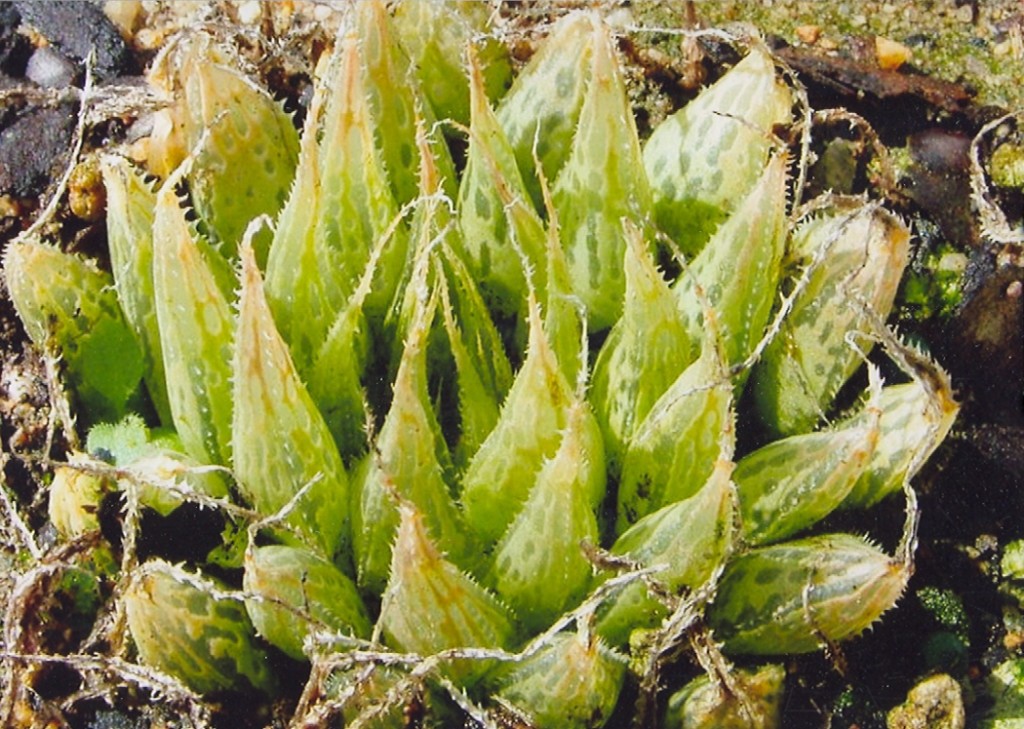
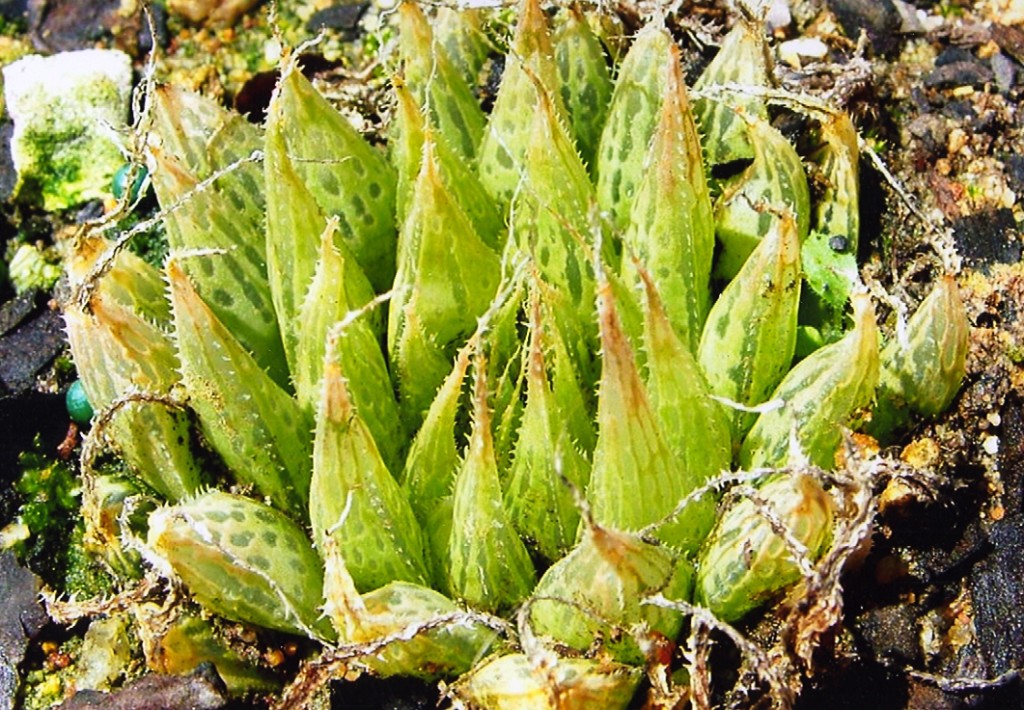
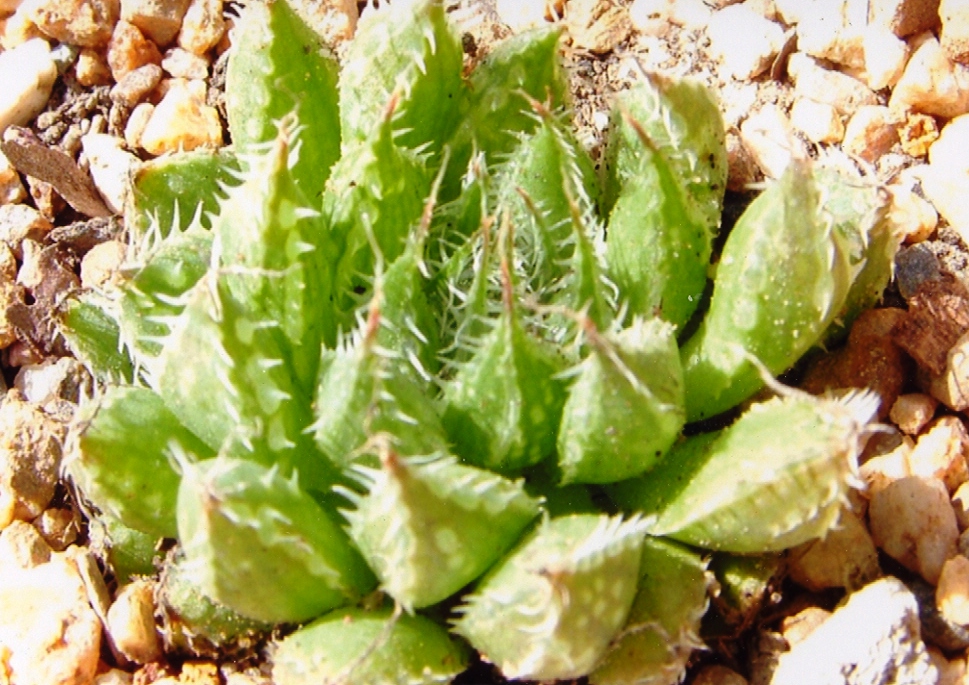
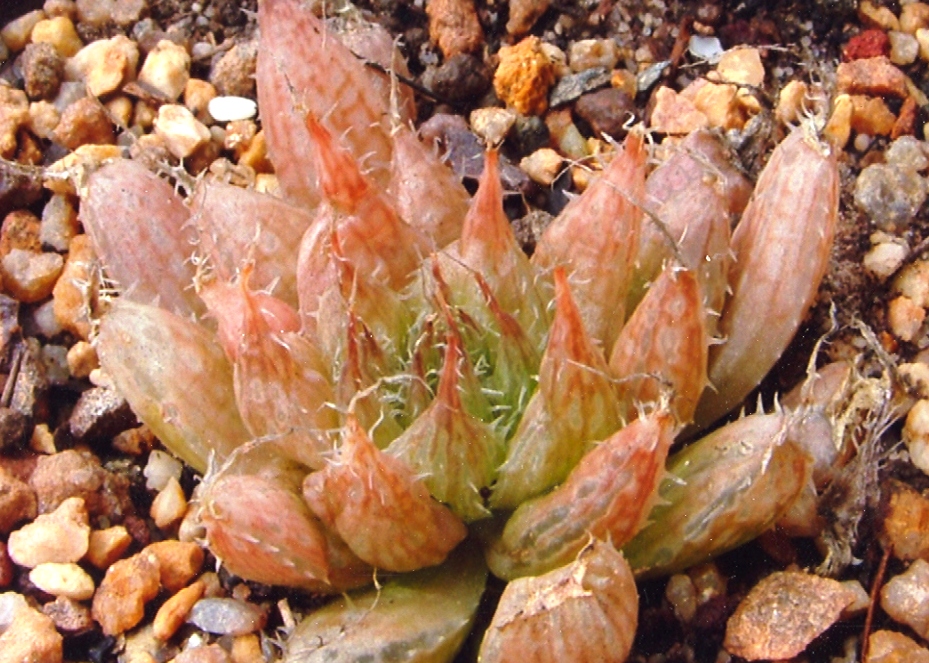
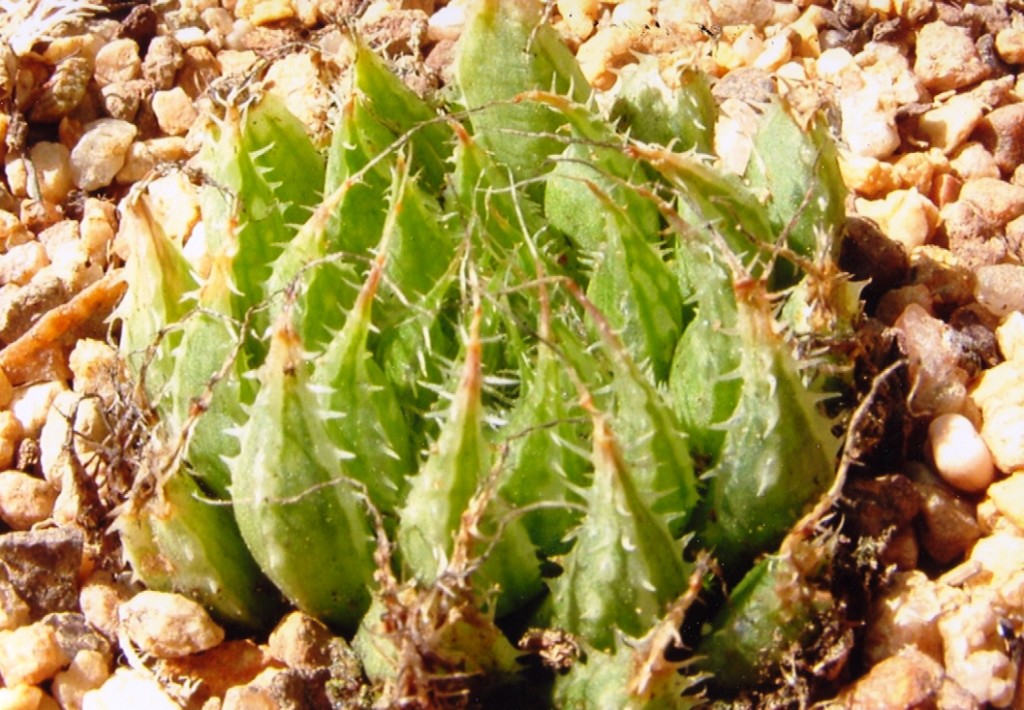
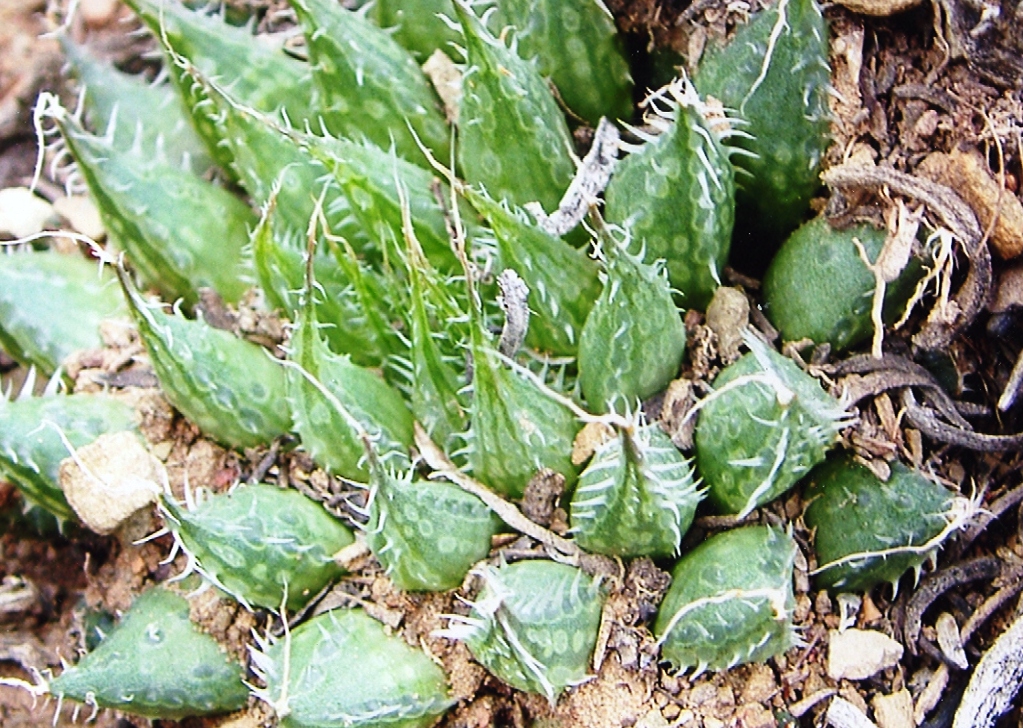
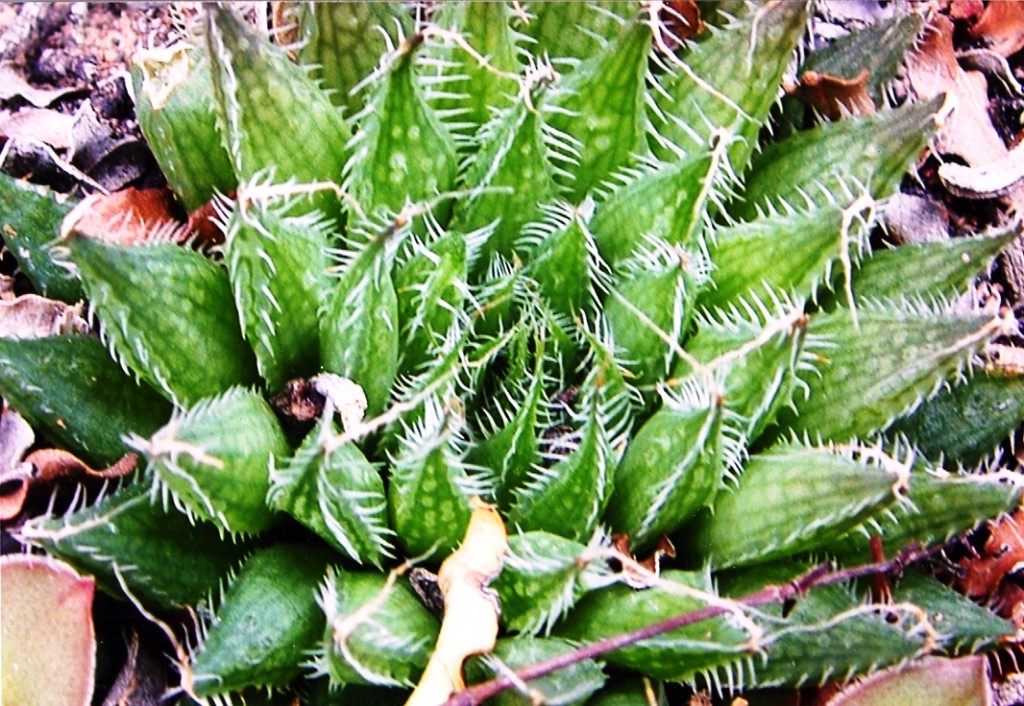
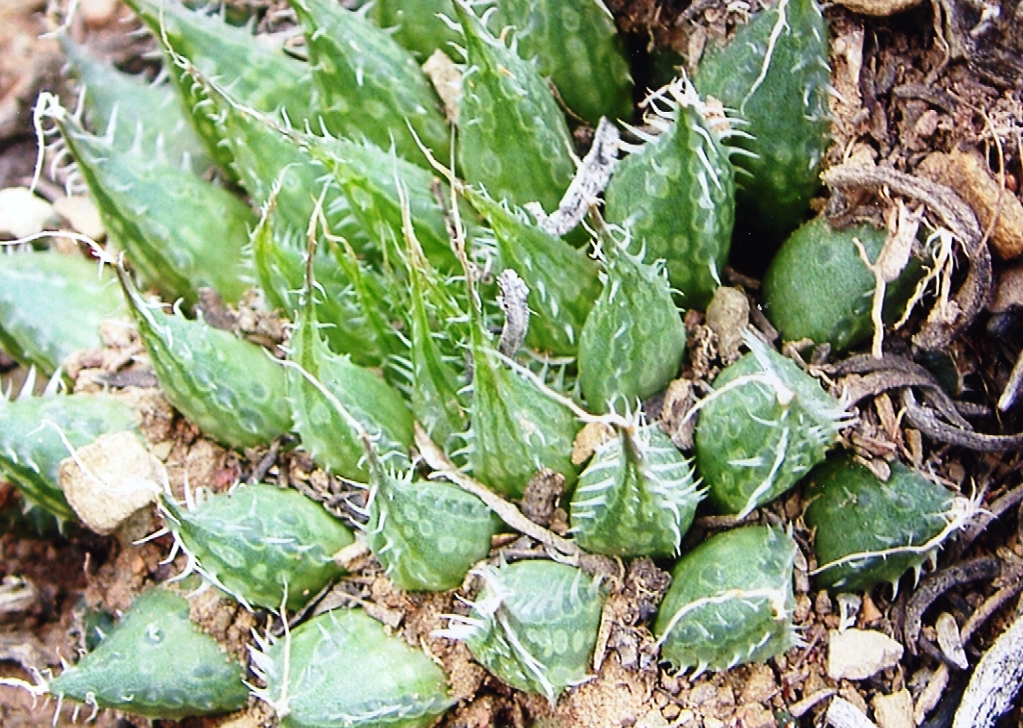
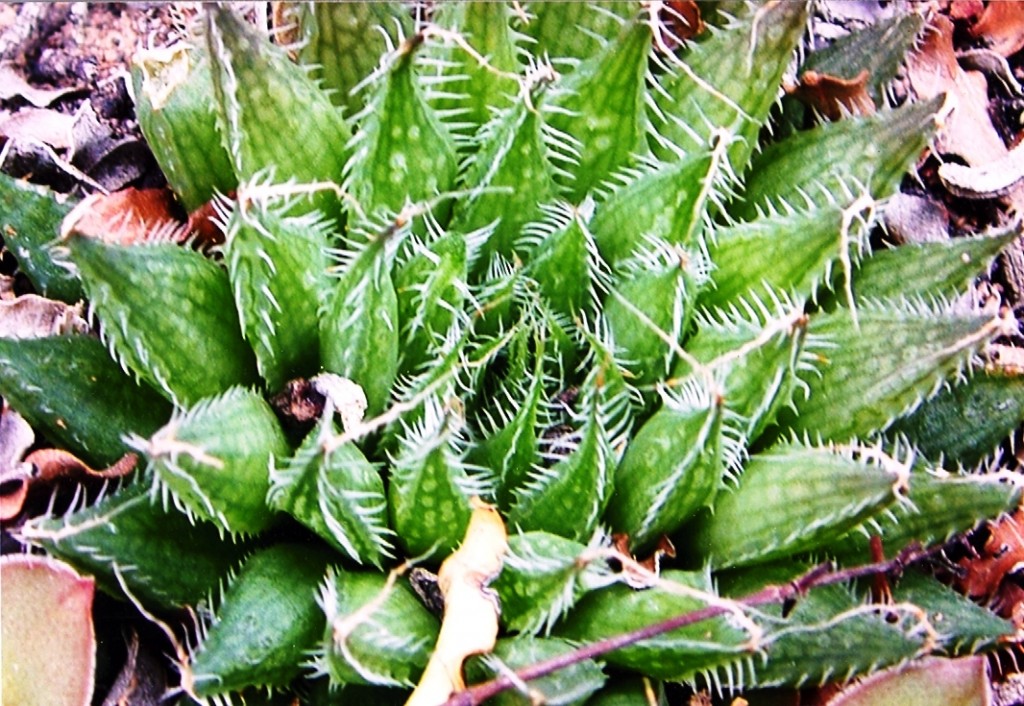
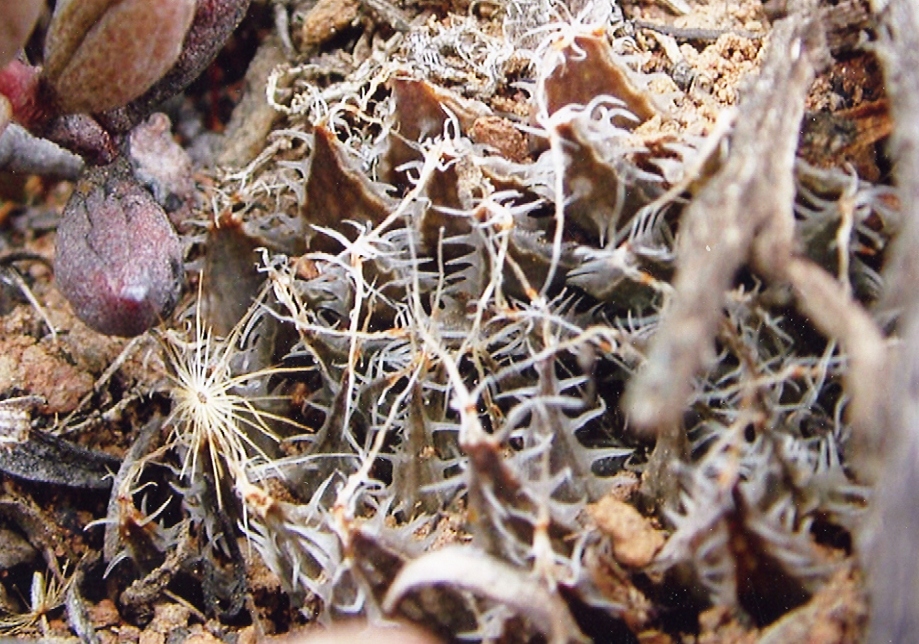
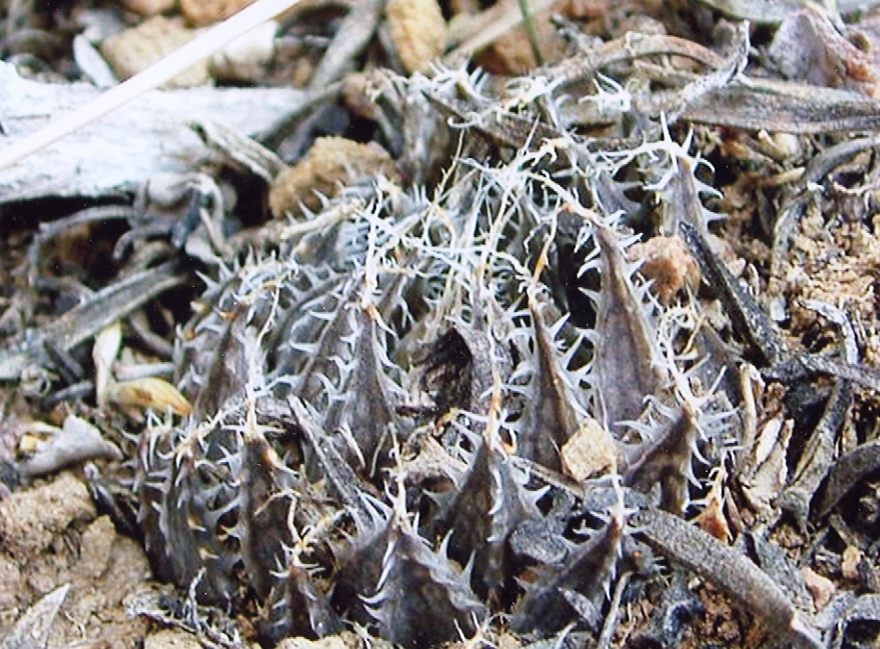
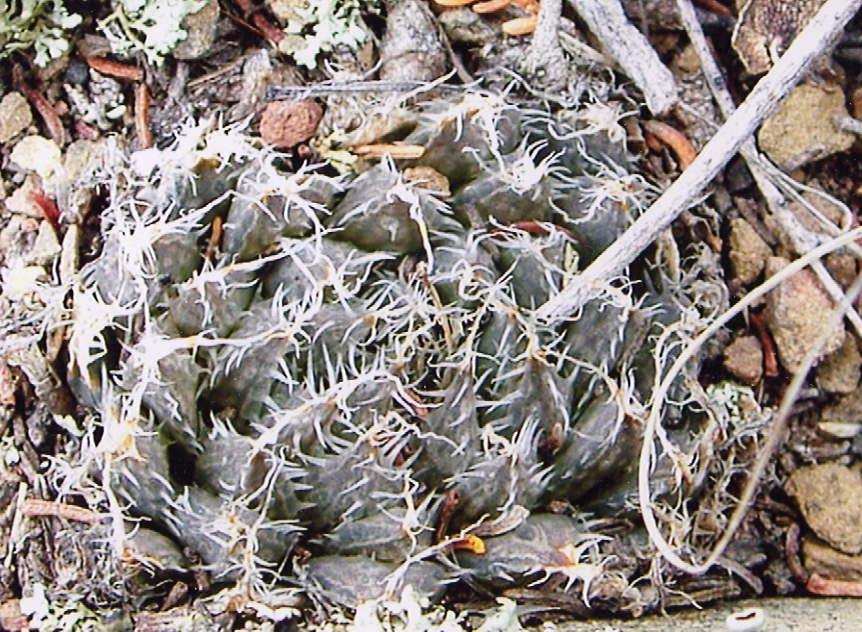
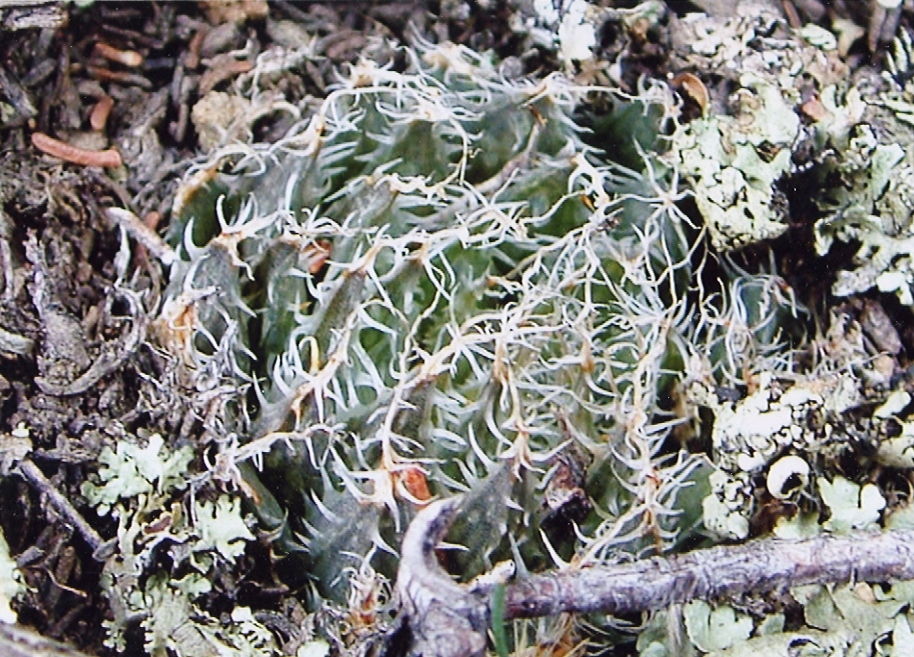
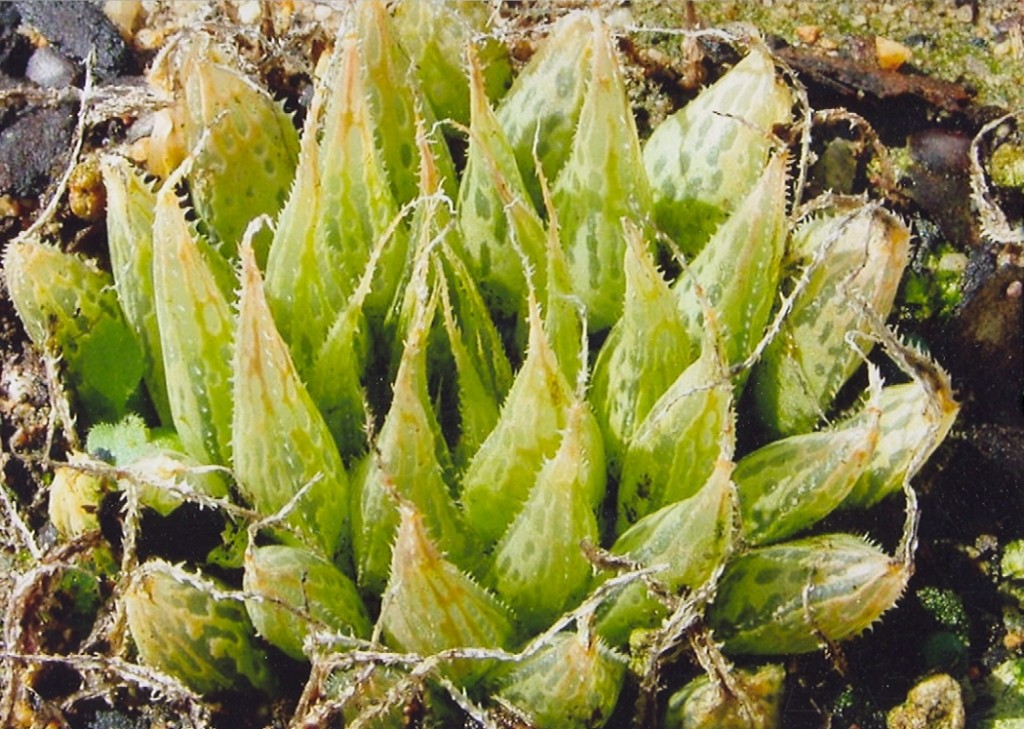
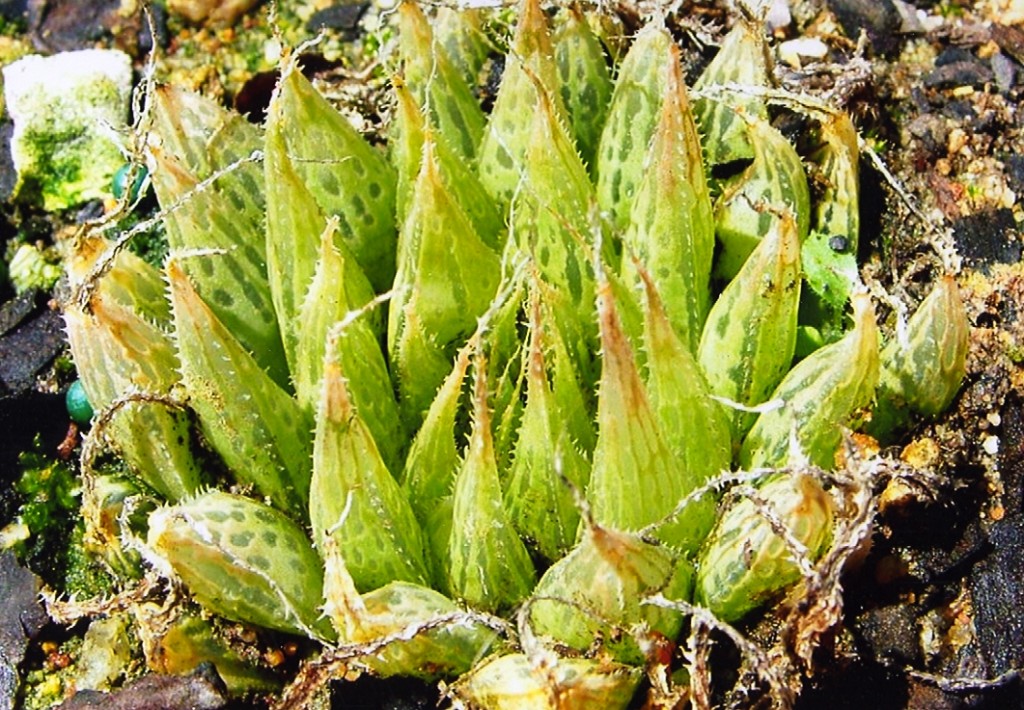
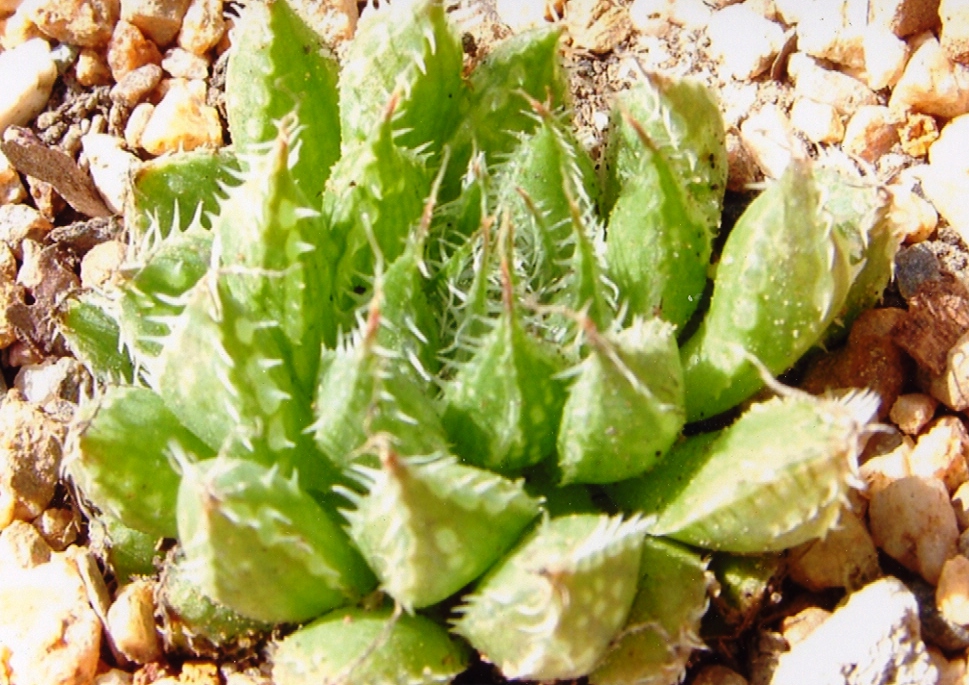
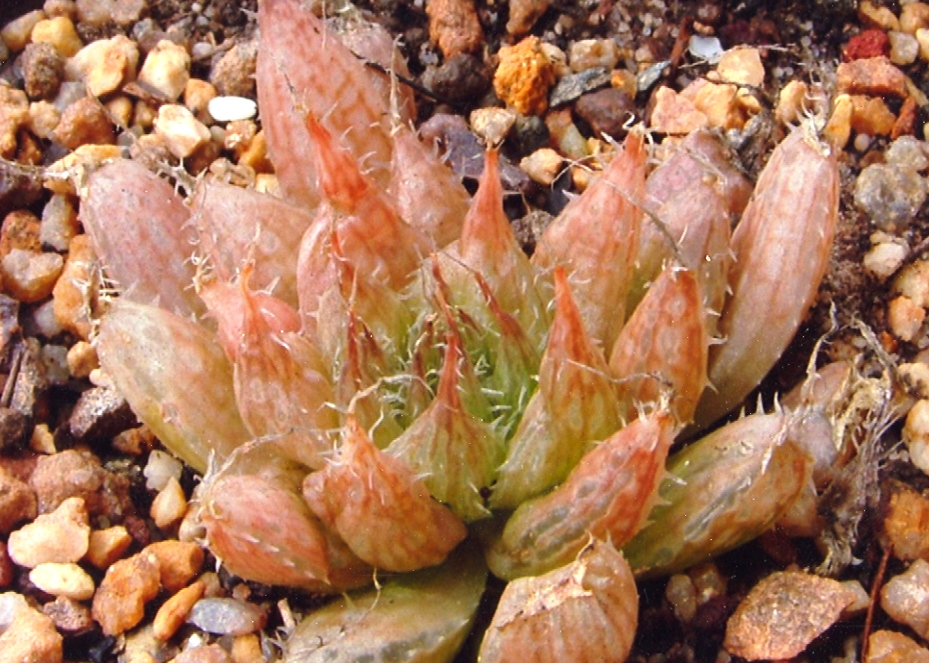
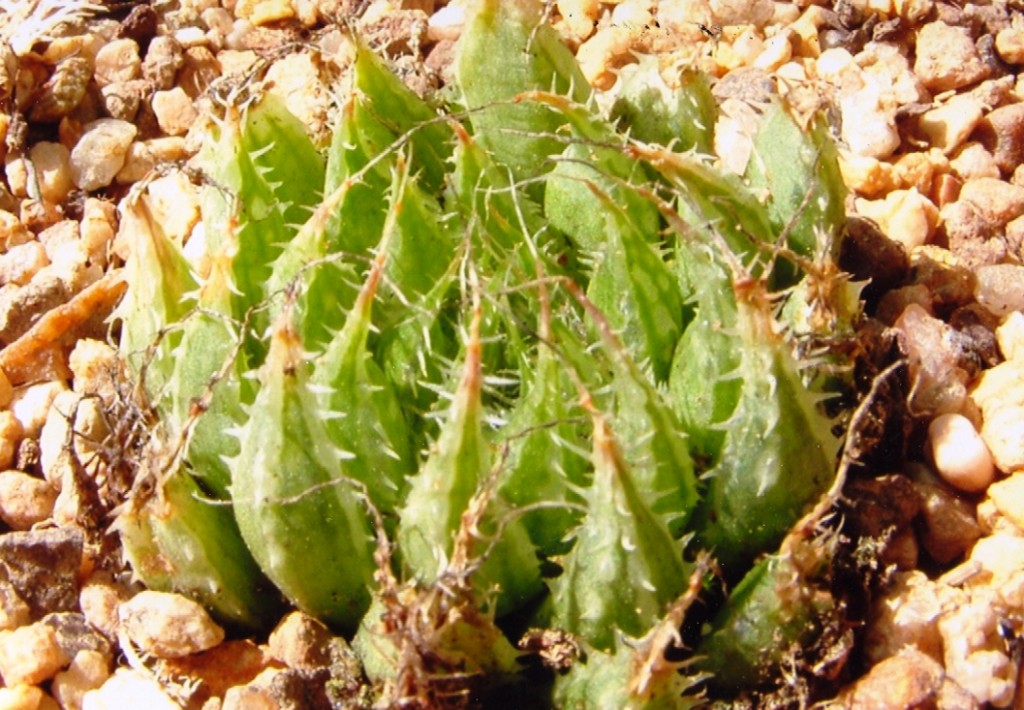
3. MBB7865 ex E. Van Jaarsveld, Keurkloof, DeDoorns.
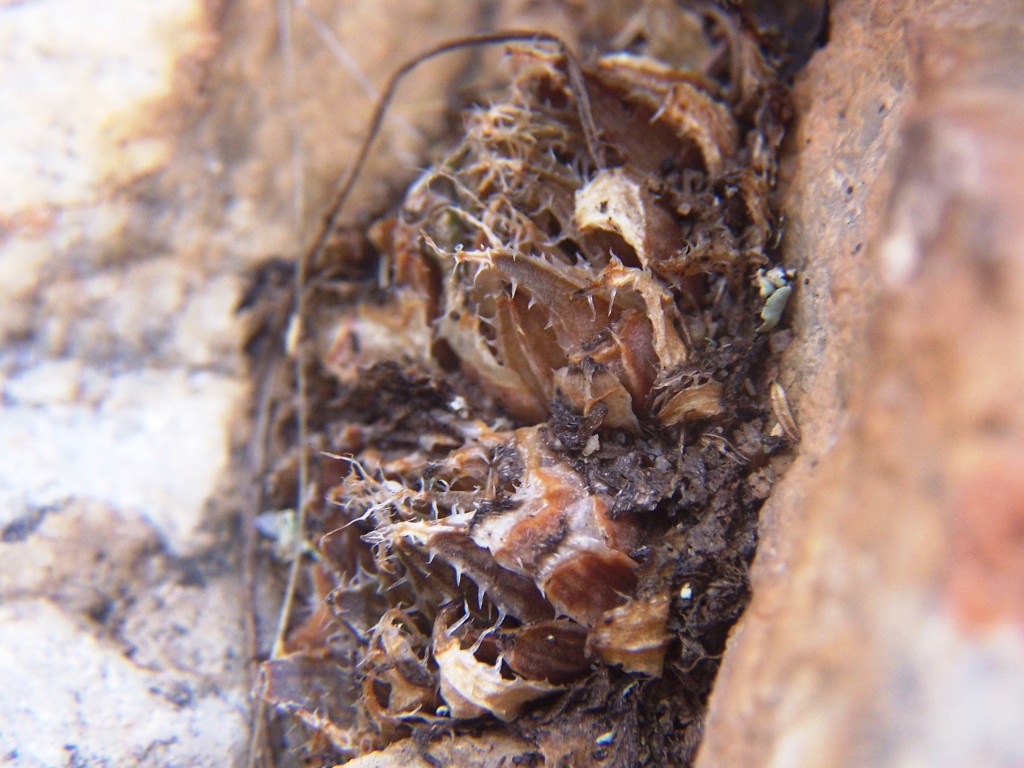
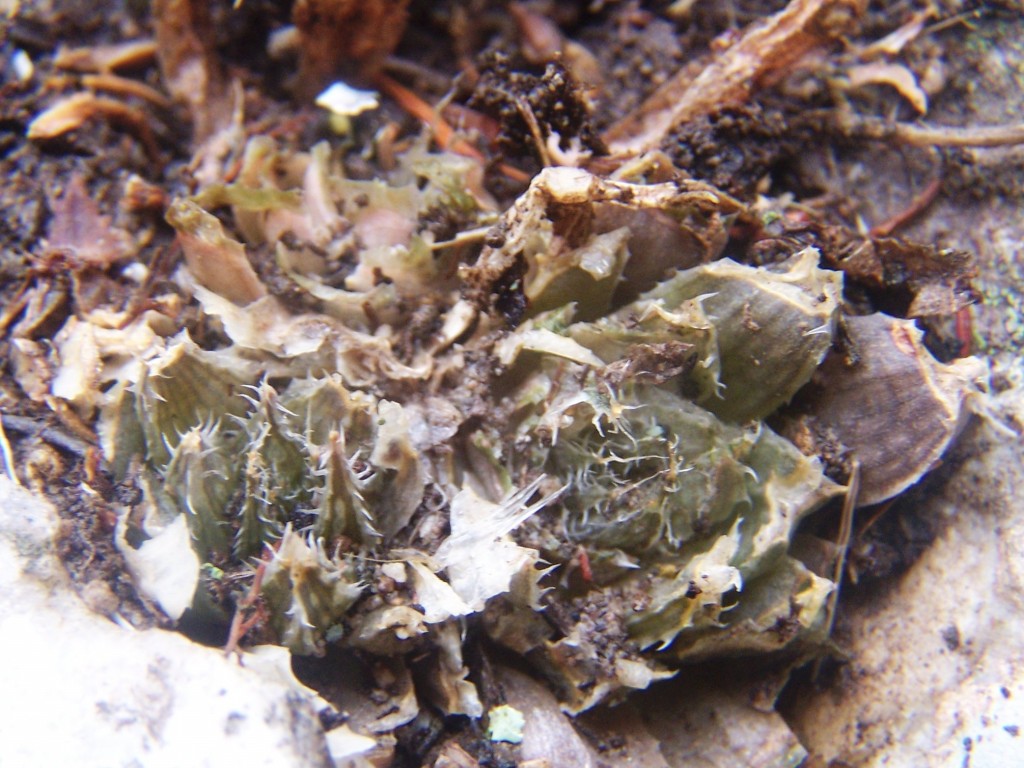
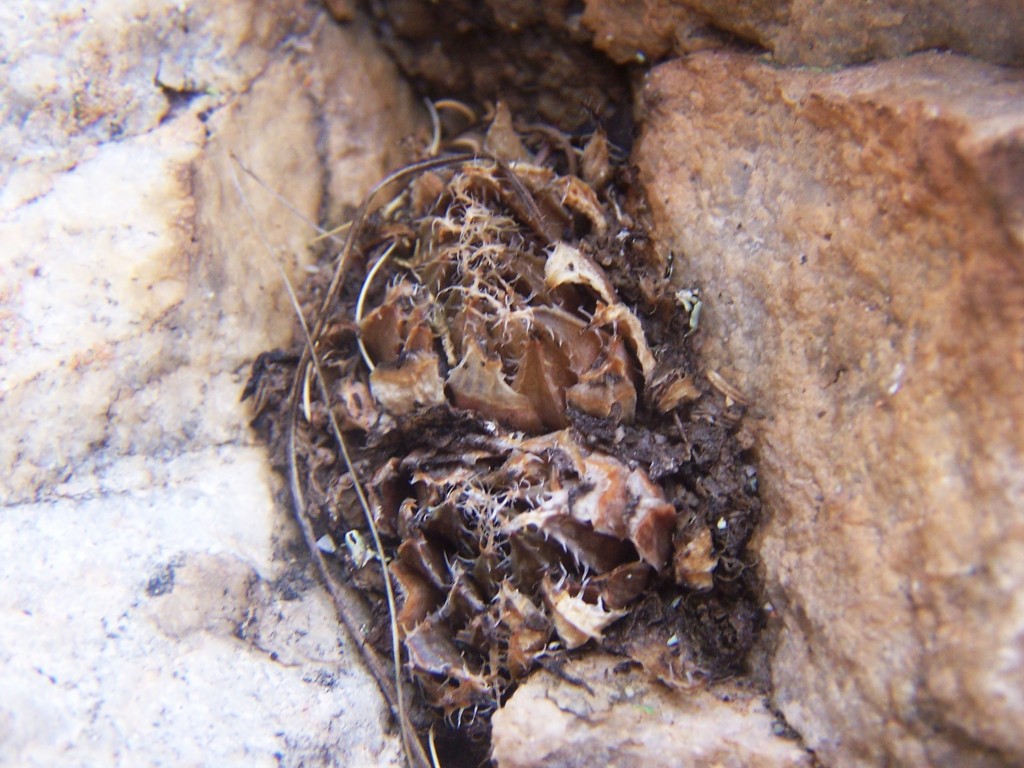
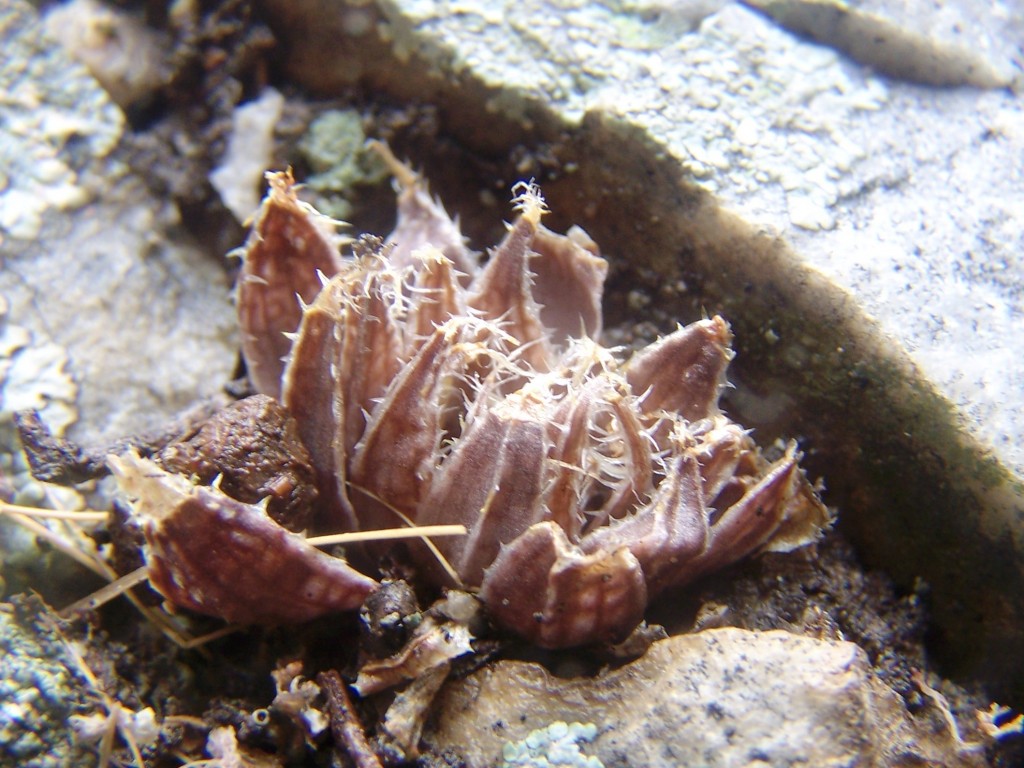
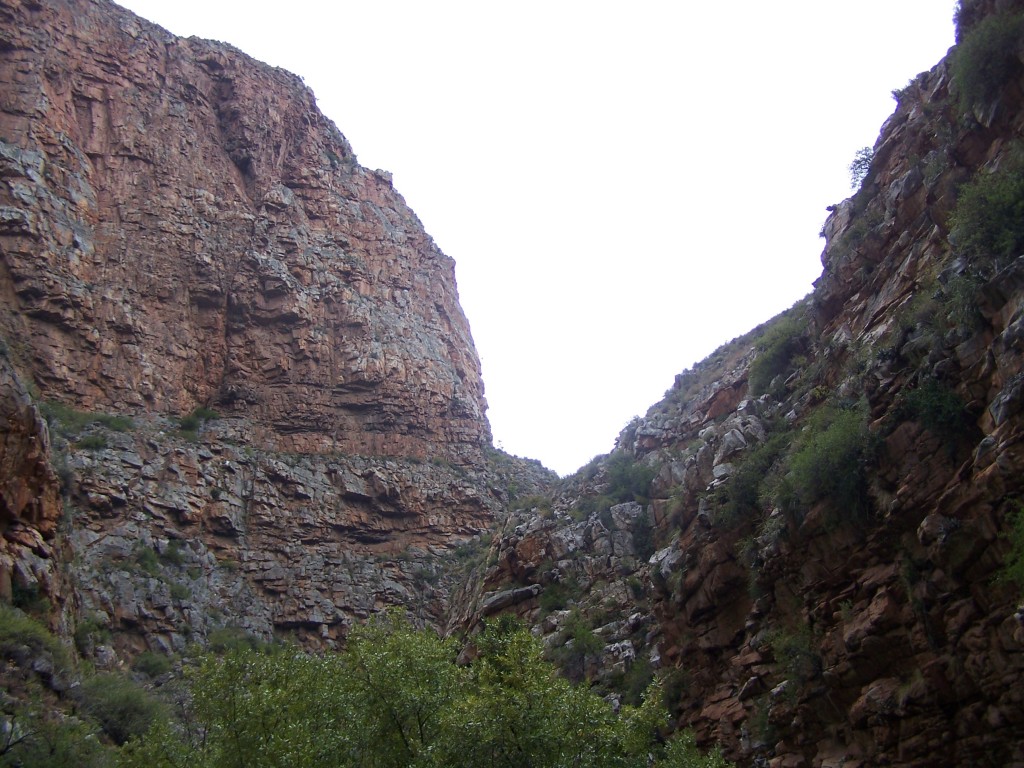
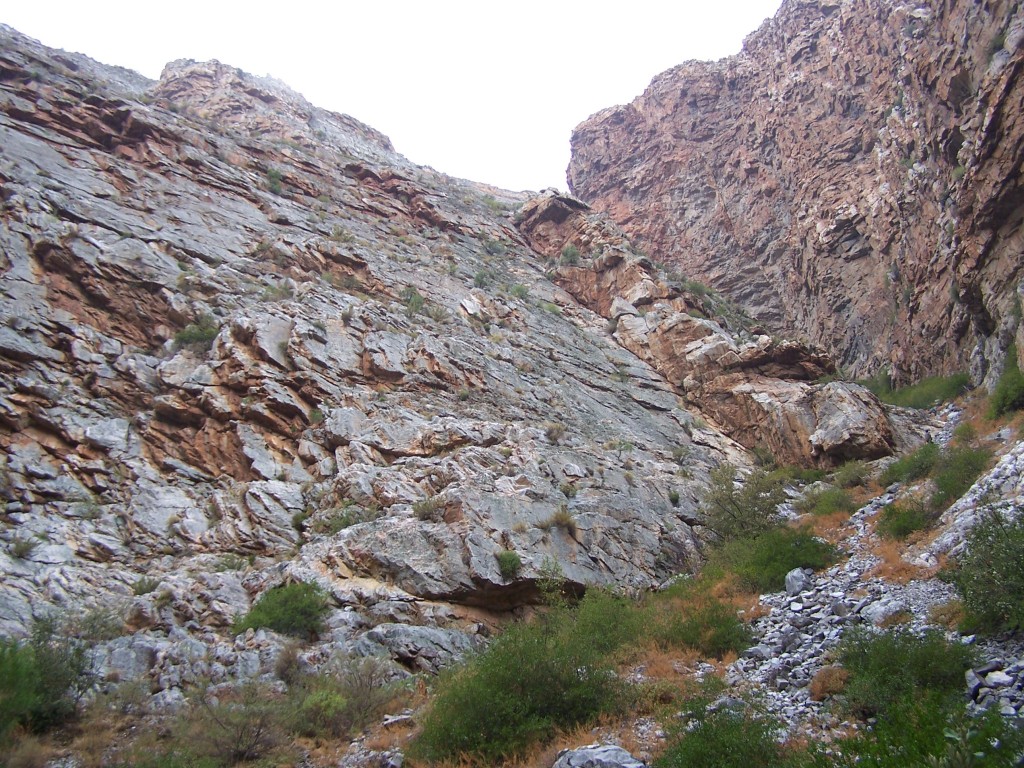
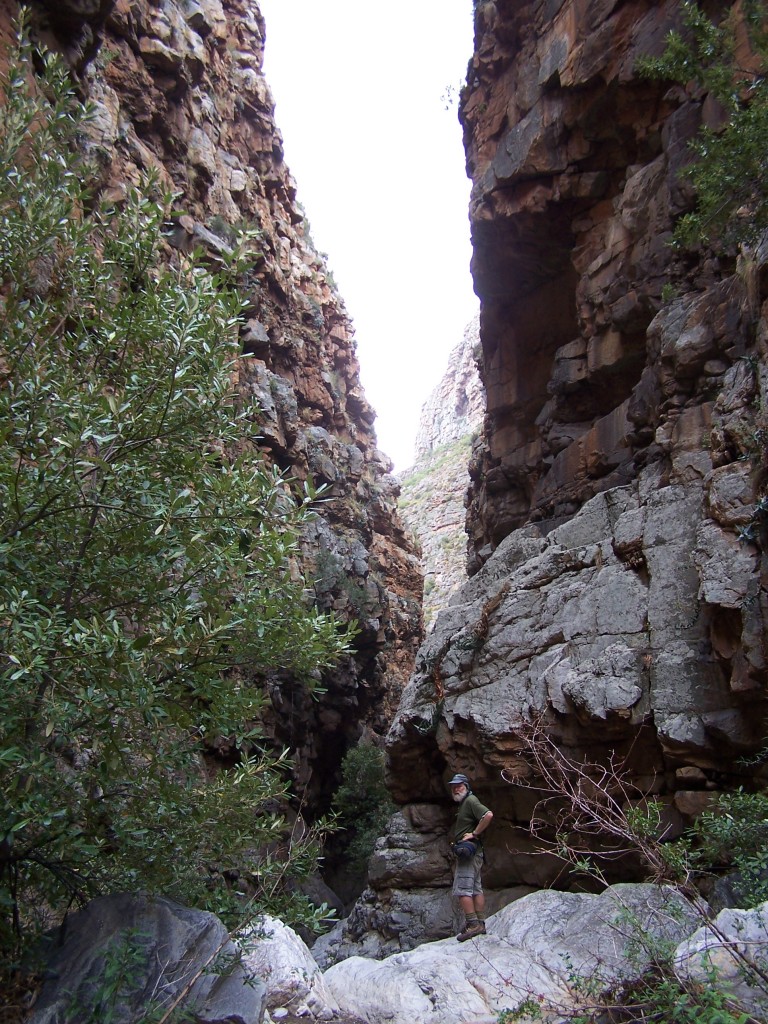
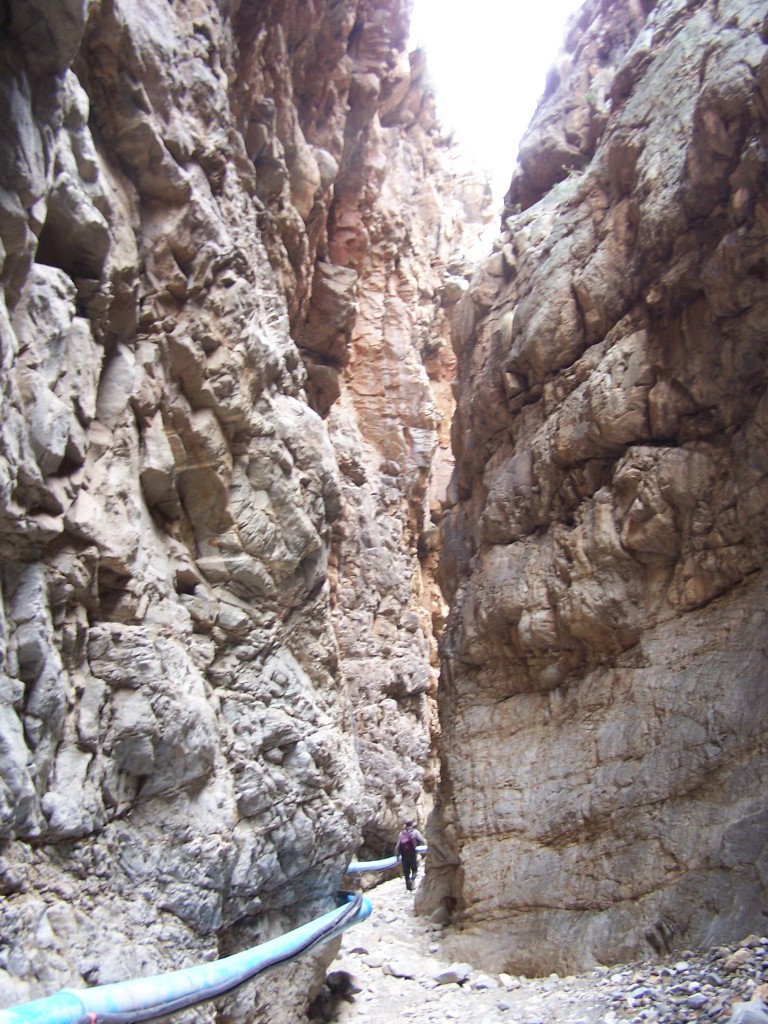
♦
Haworthia minima and pumila flowers
This H. pumila flower is apparently persistently regarded by botanists as actinomorphic (star-shaped, radially symmetrical) – as though zygomorphy (yoke shaped, bilateral, asymmetrical) in the aloids is an uncommon condition!
Radial symmetry means the flower can be divided into 3 or more identical sectors which are related to each other by rotation about the centre of the flower. Typically, each sector might contain one tepal or one petal and one sepal and so on. It may or may not be possible to divide the flower into symmetrical halves by the same number of longitudinal planes passing through the axis. Zygomorthic flowers can be divided by only a single plane into two mirror-image halves, much like a yoke or a person’s face.
If you see the way the inner upper petal overlaps BOTH the two lower inner petals, you recognise that there can not be actinomorphy in aloid flowers.
Haworthia pumila
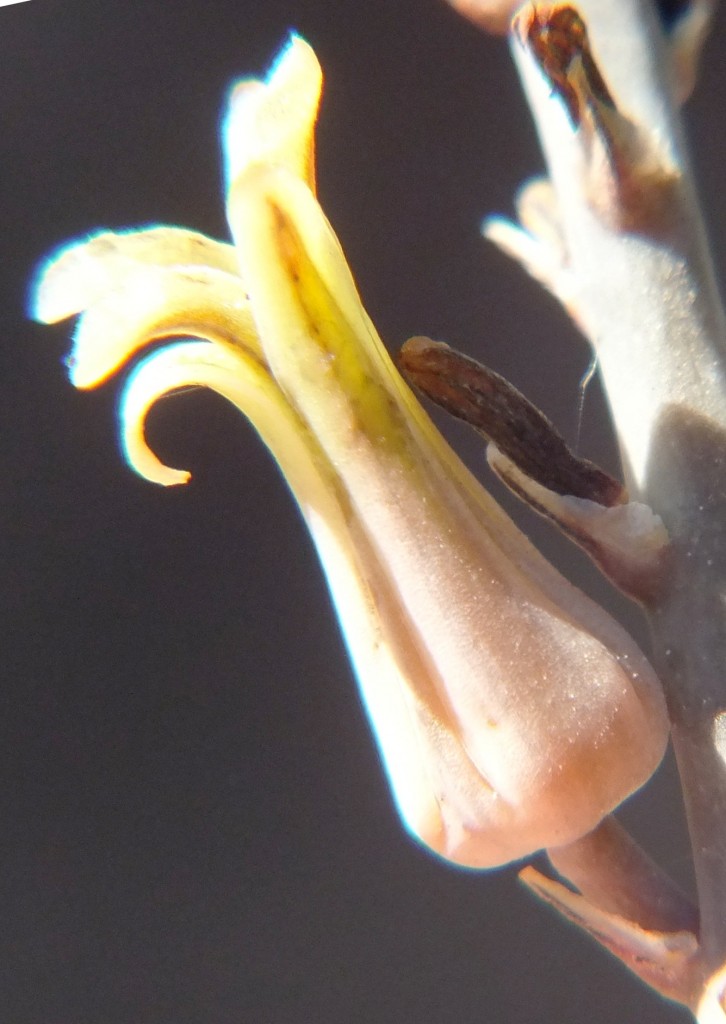
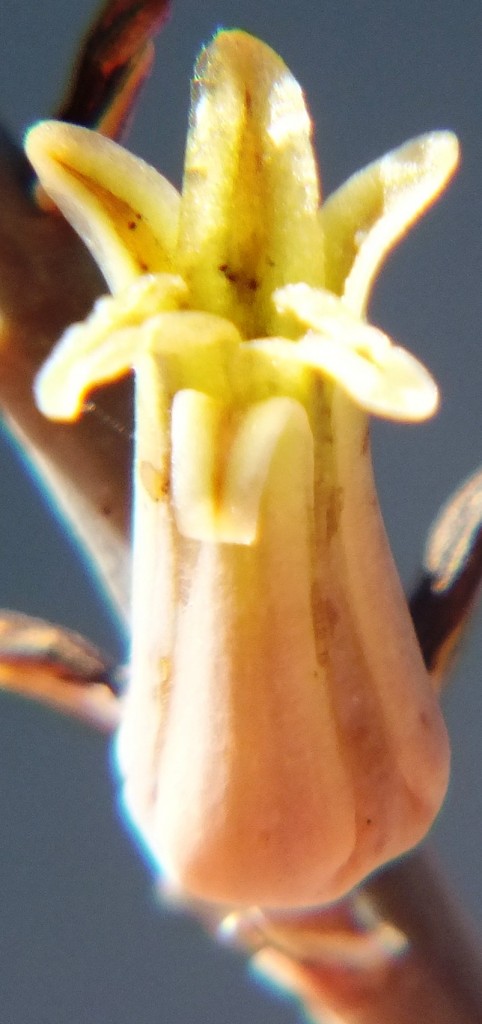
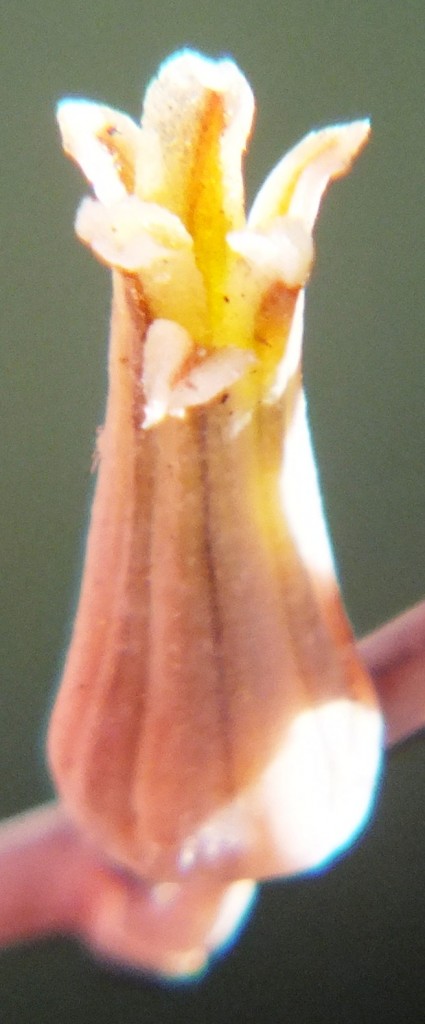
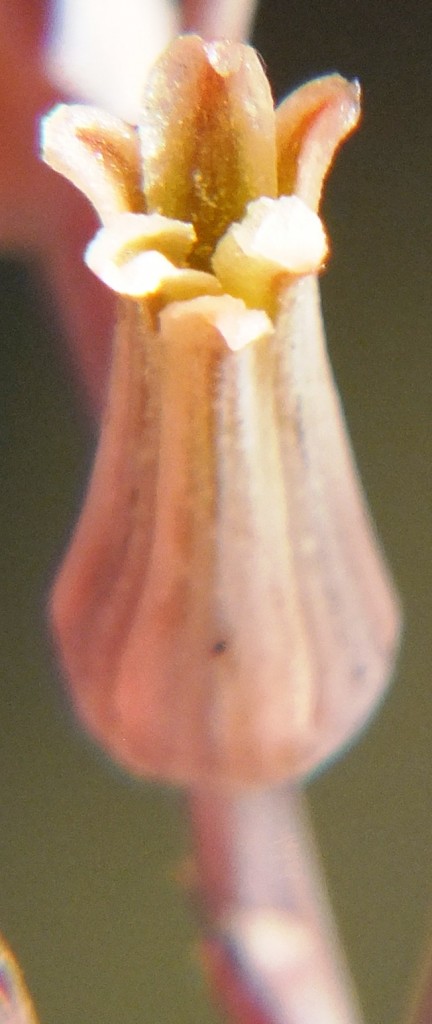
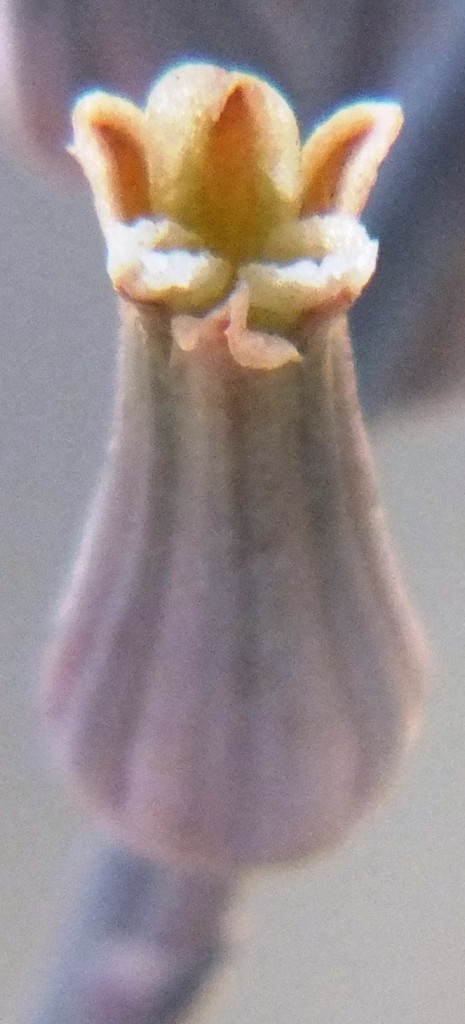
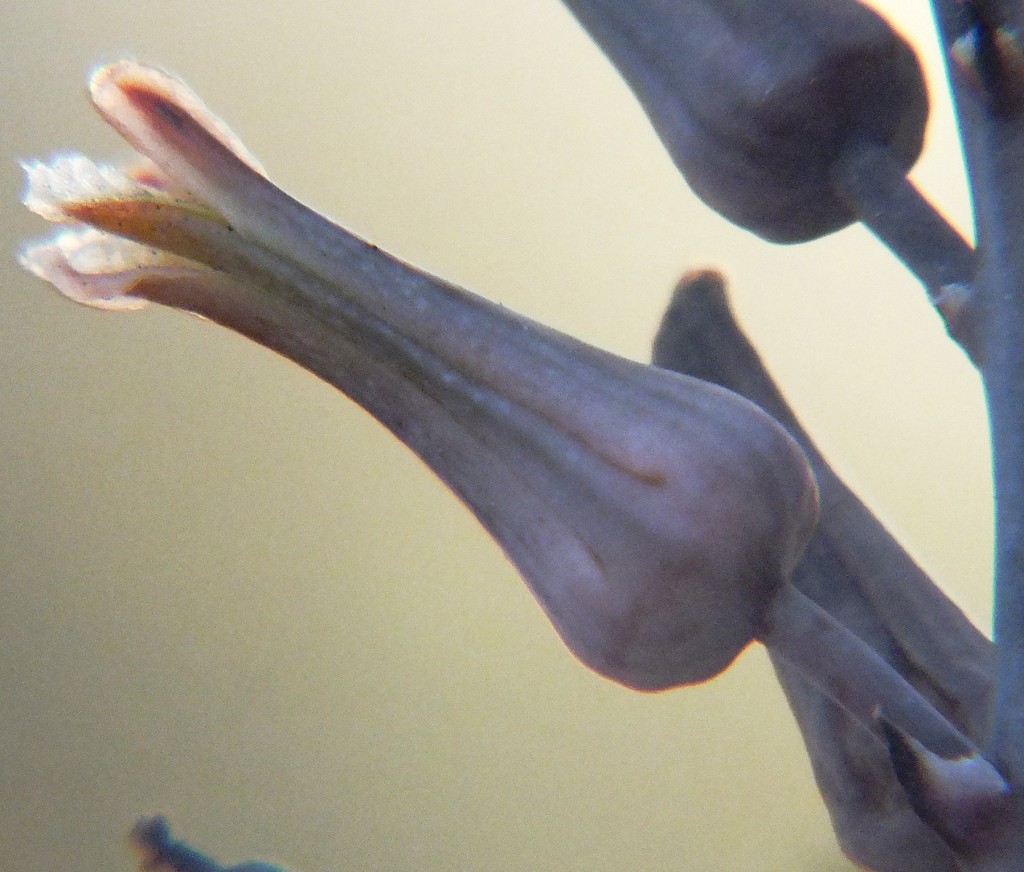
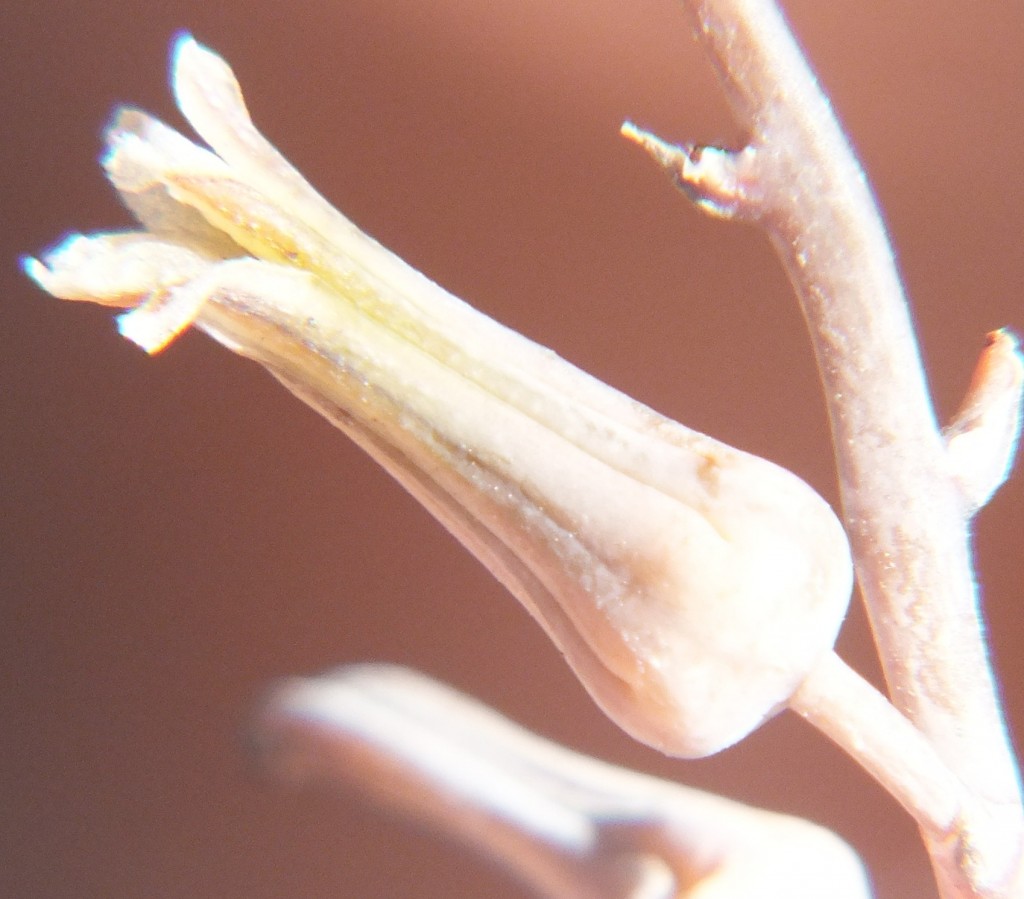
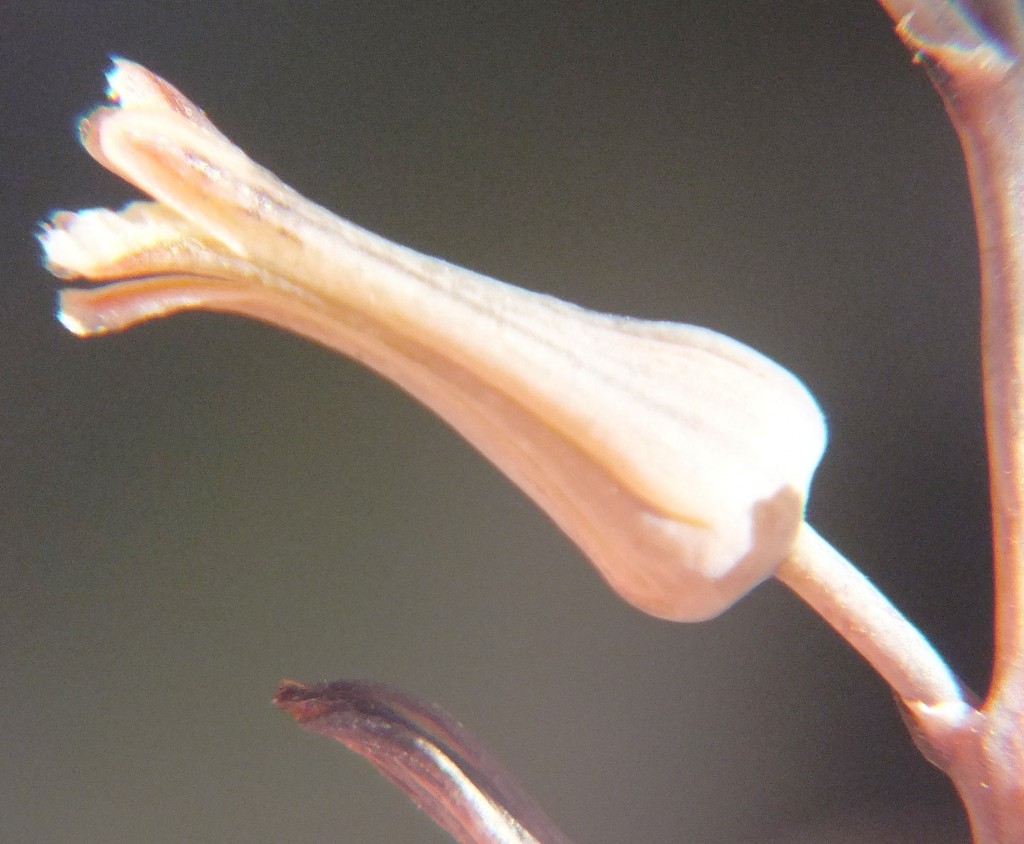
Haworthia minima
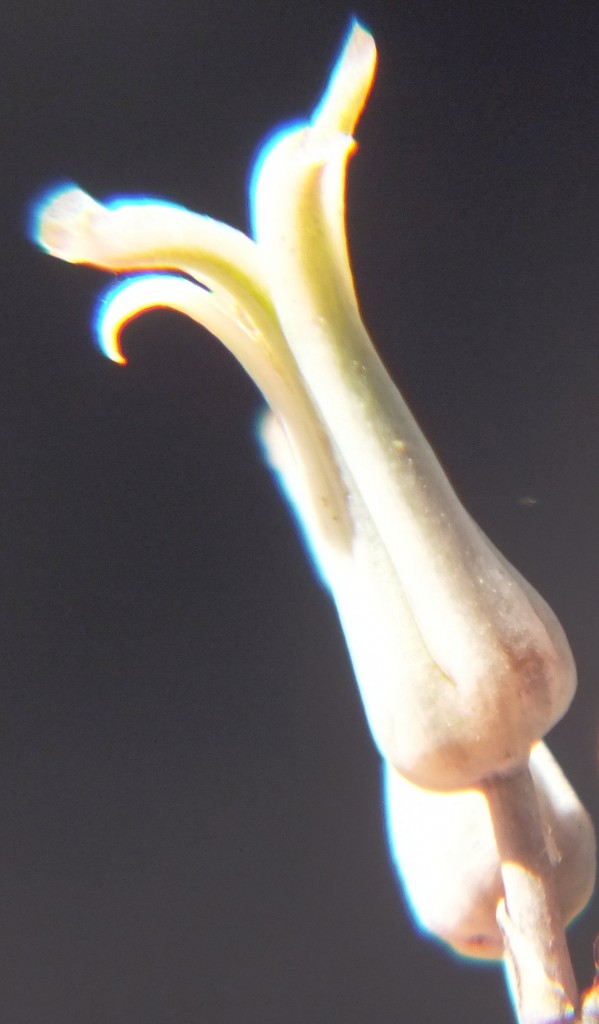
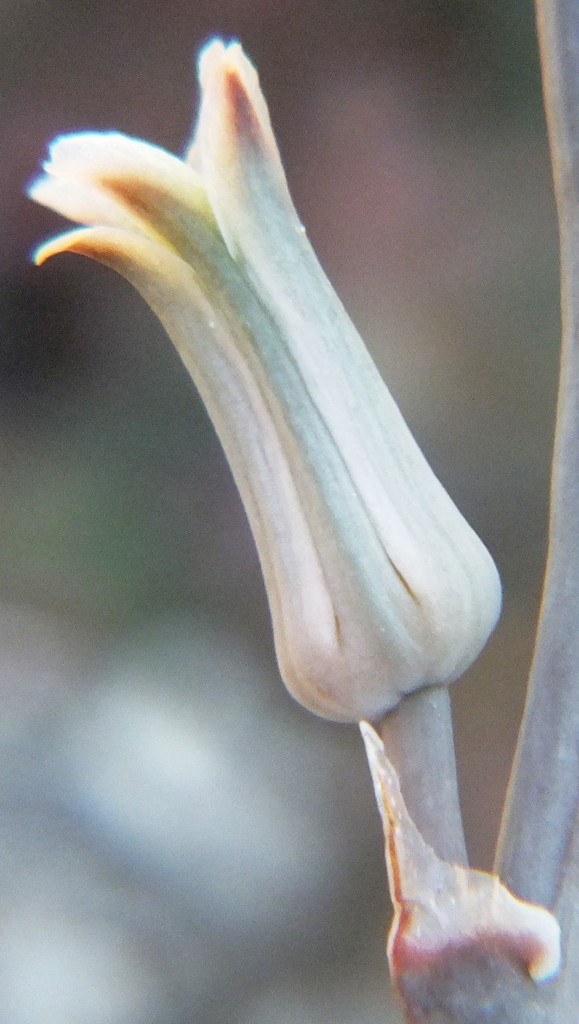
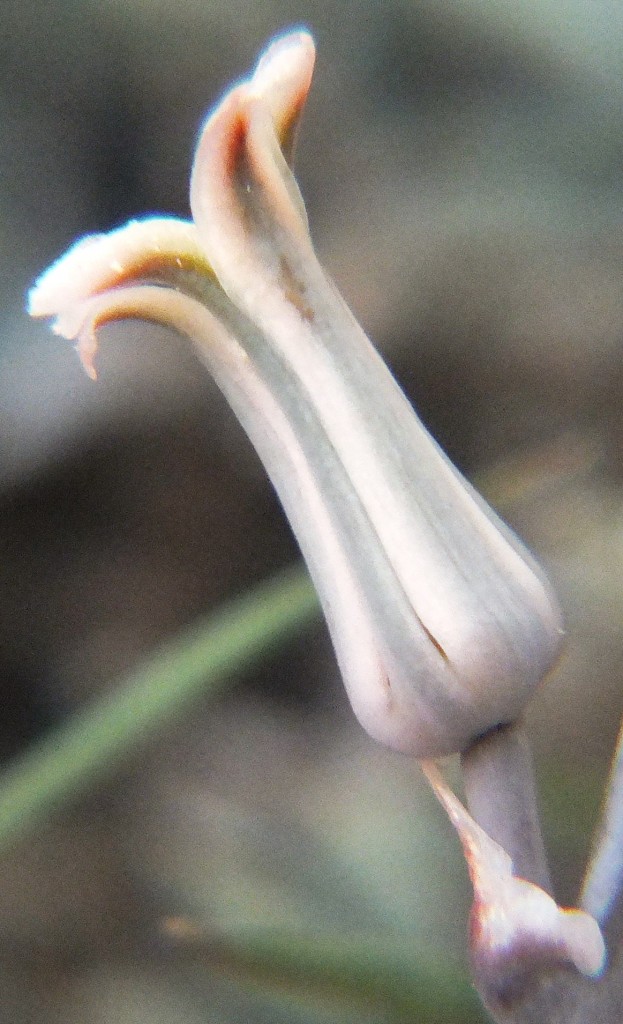
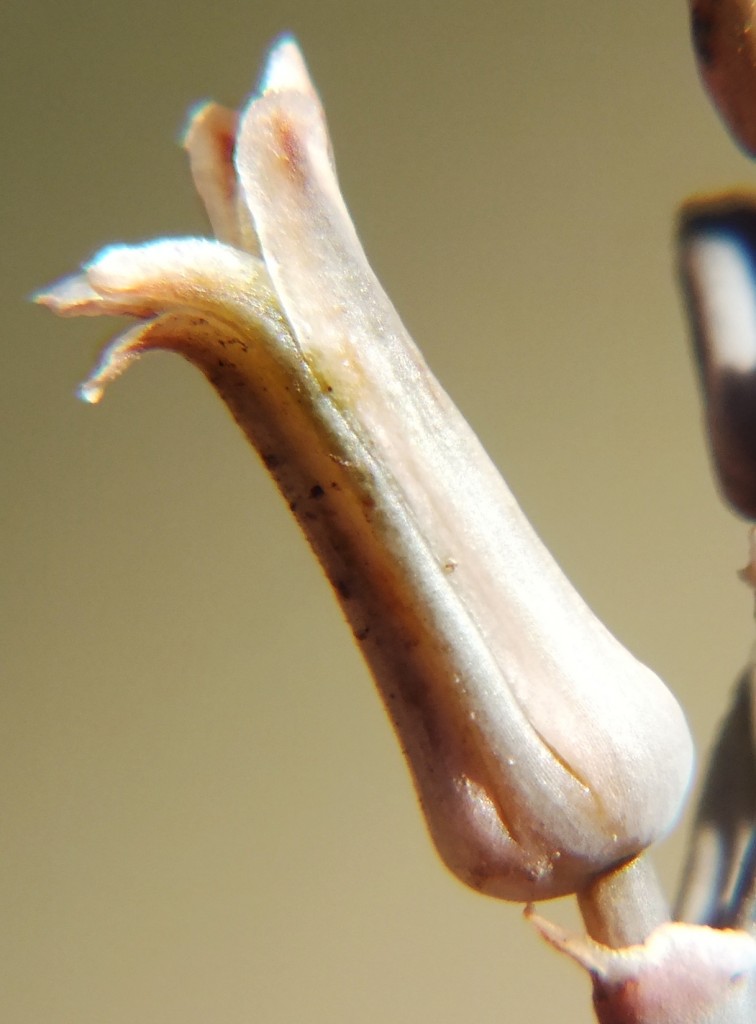
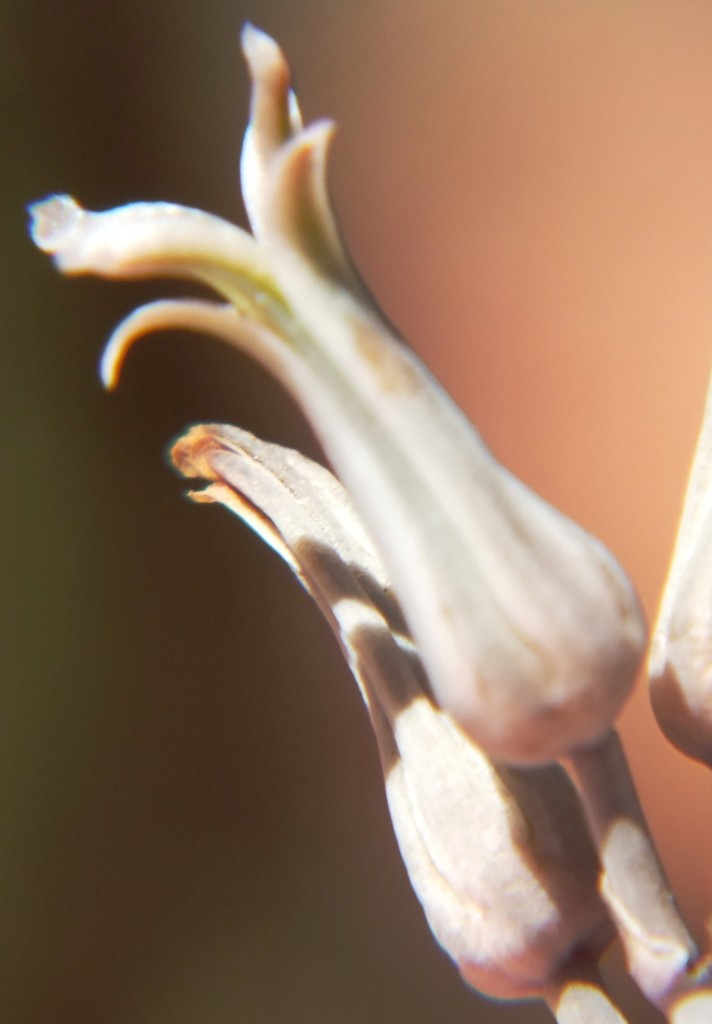
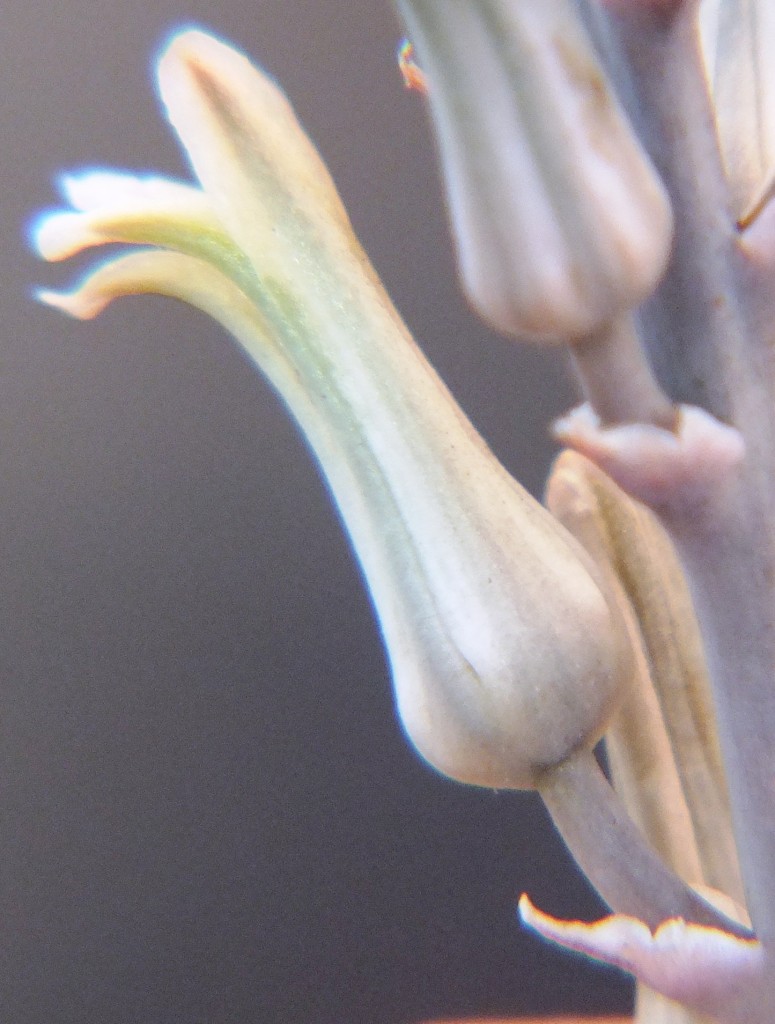
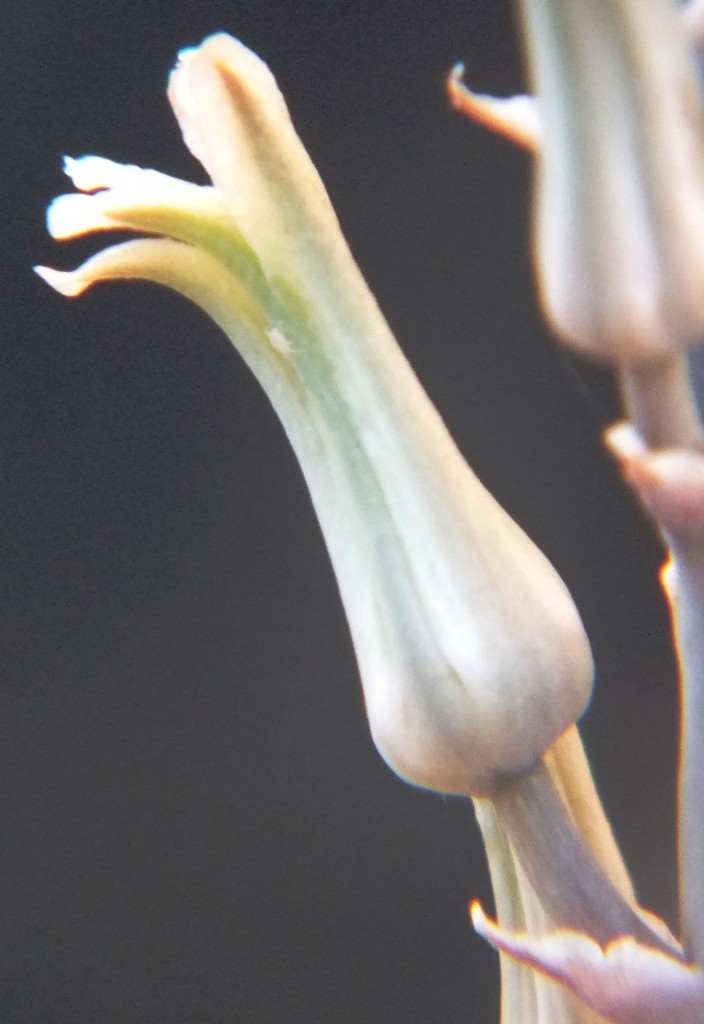
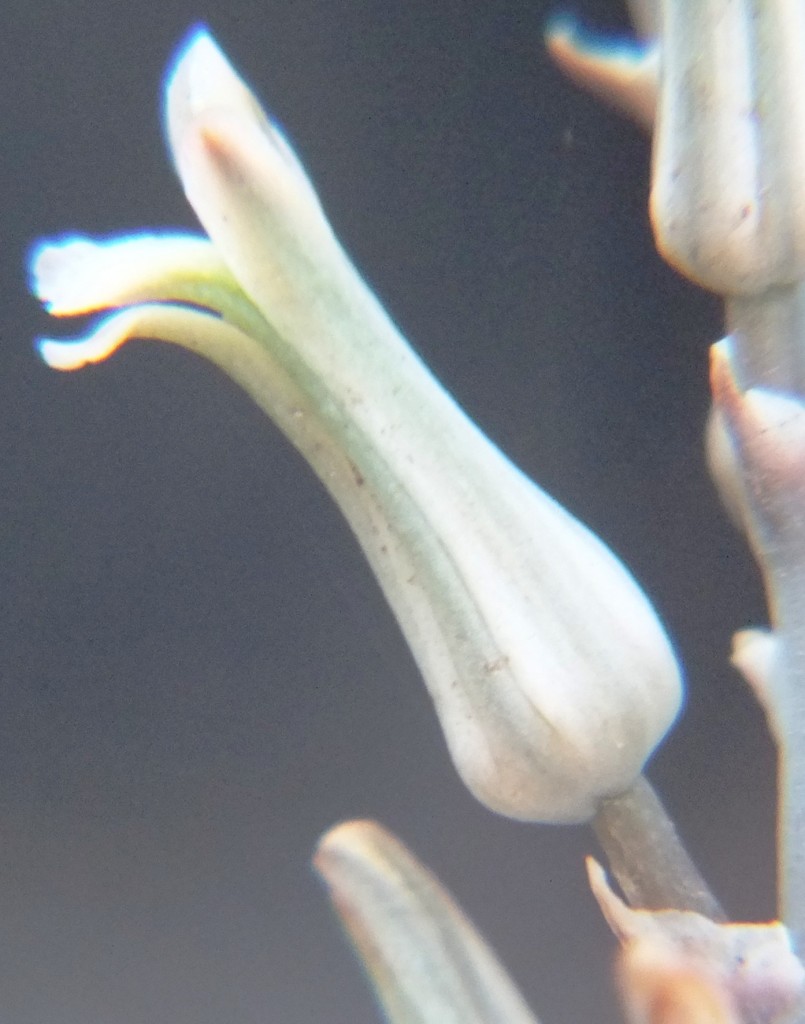
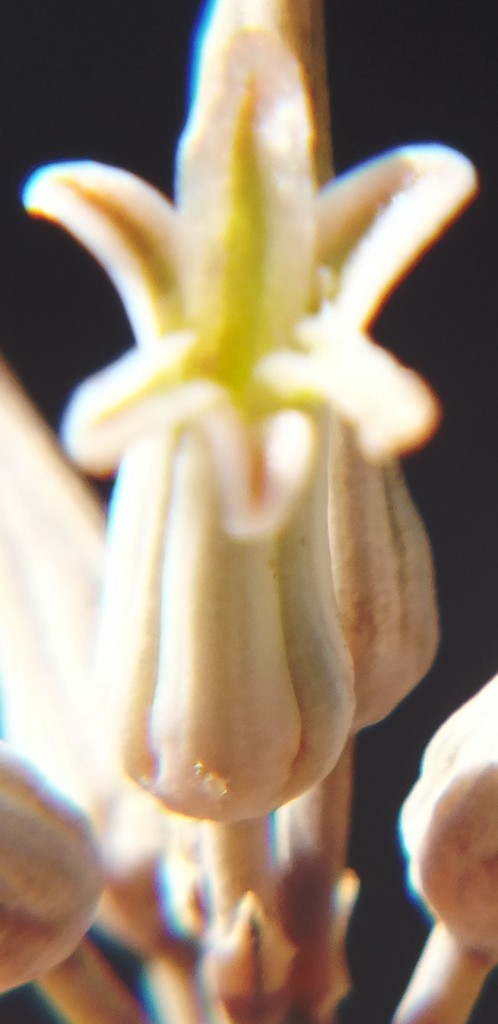
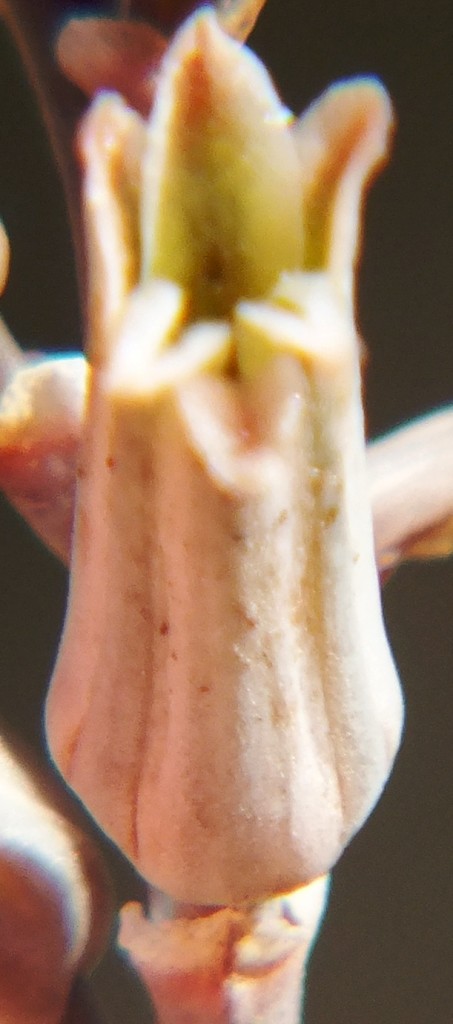
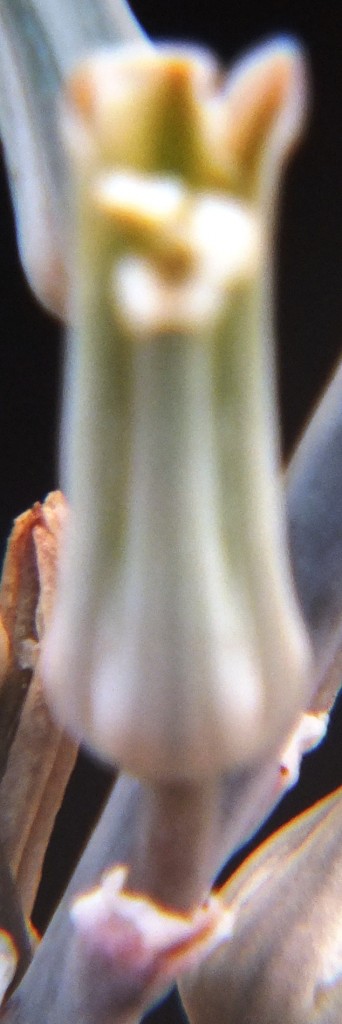
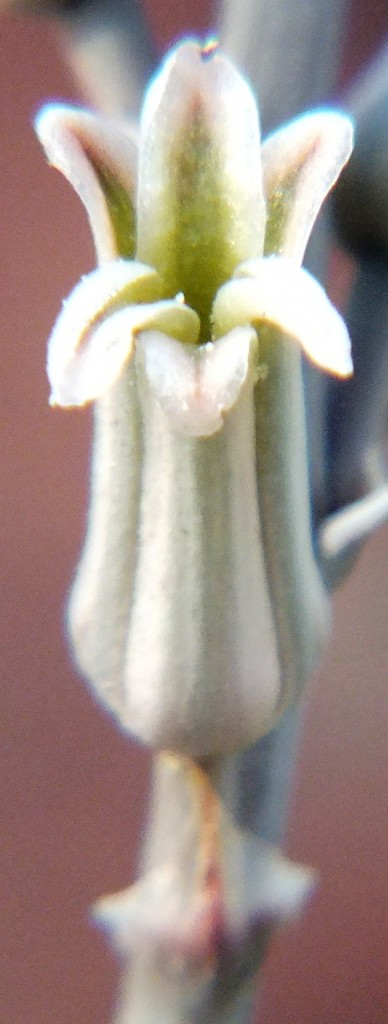
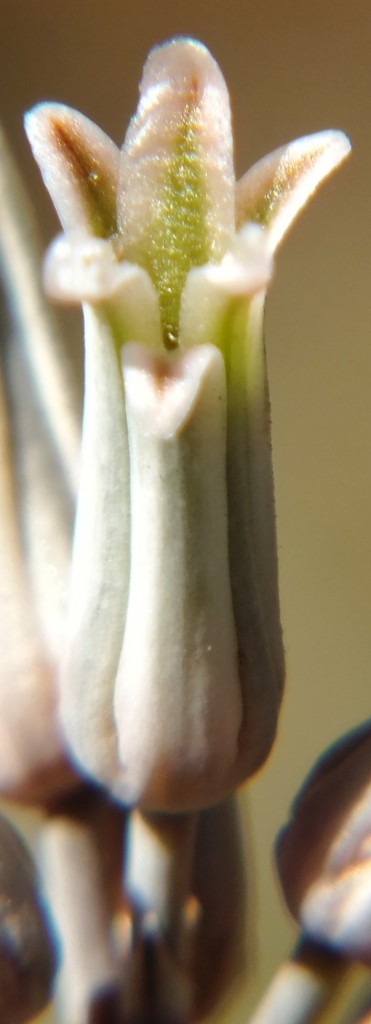


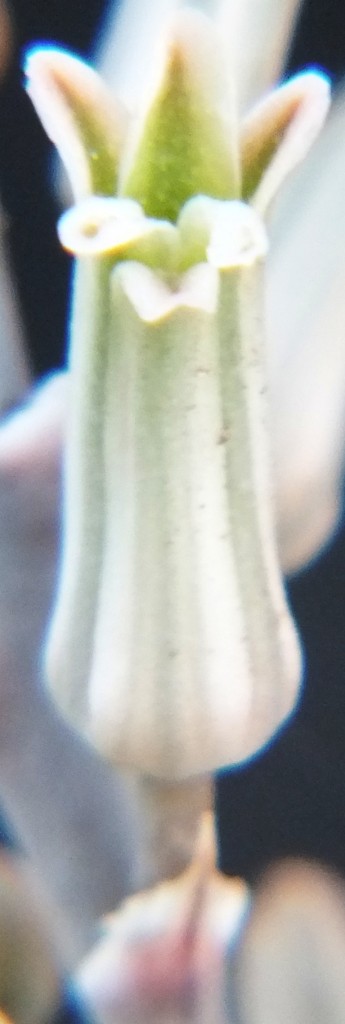
♦
MBB7989 Haworthia pumila, Lemoenpoort
Kobus drew my attention to a glabrous plant of Haworthia pumila while he was photographing this species at Lemoenpoort. The plants here have a missing chromosome and tend to have a purplish colour. I have seen smooth non-tubercled leaves elsewhere. But do check out that one plant – if you look carefully you can see the leaves are in 8 nearly vertical tiers. Proper botanists recently, for Taxon, described the arrangement of leaves like this in only two tiers (e.g. H. truncata) as “distichous insertion”. This is weird. Are the leaves in this plant of H. pumila “octichous”? Is H. viscosa “tristichous”. No, the leaves in the aloids are alternately and spirally inserted.
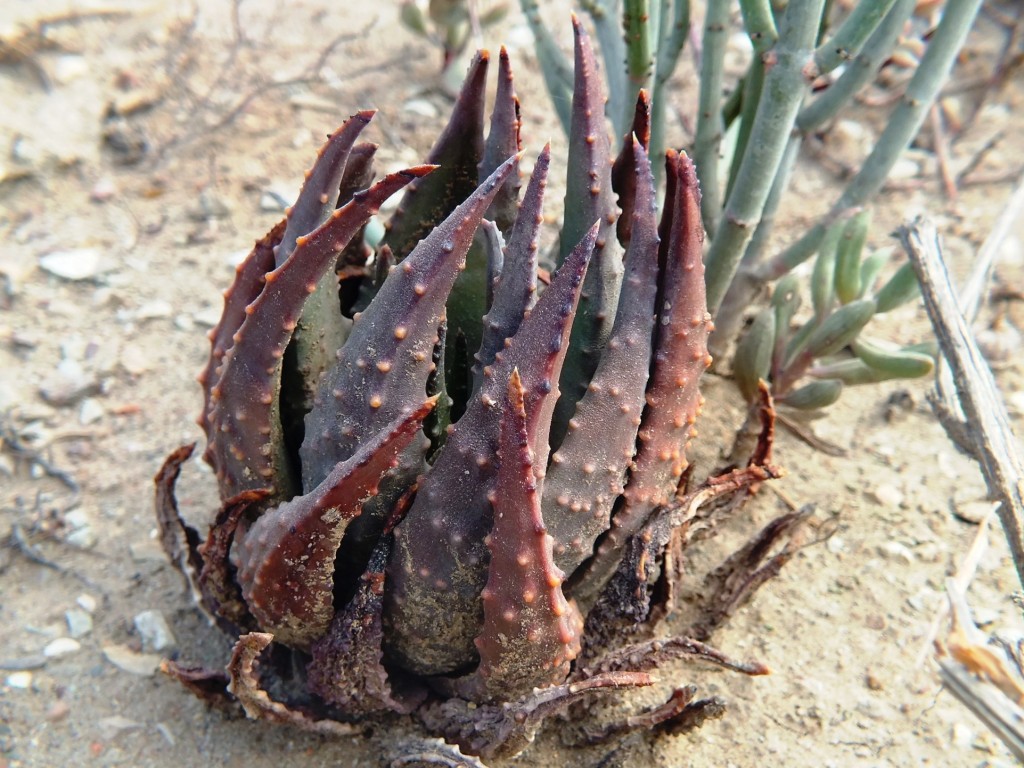
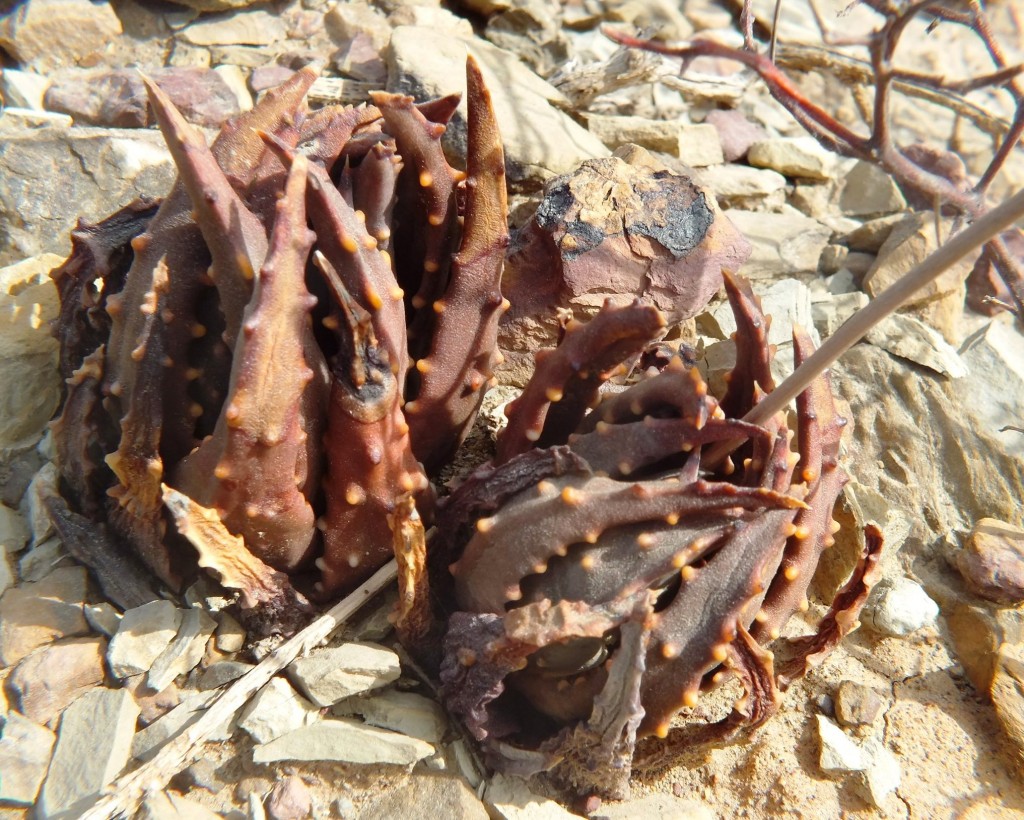
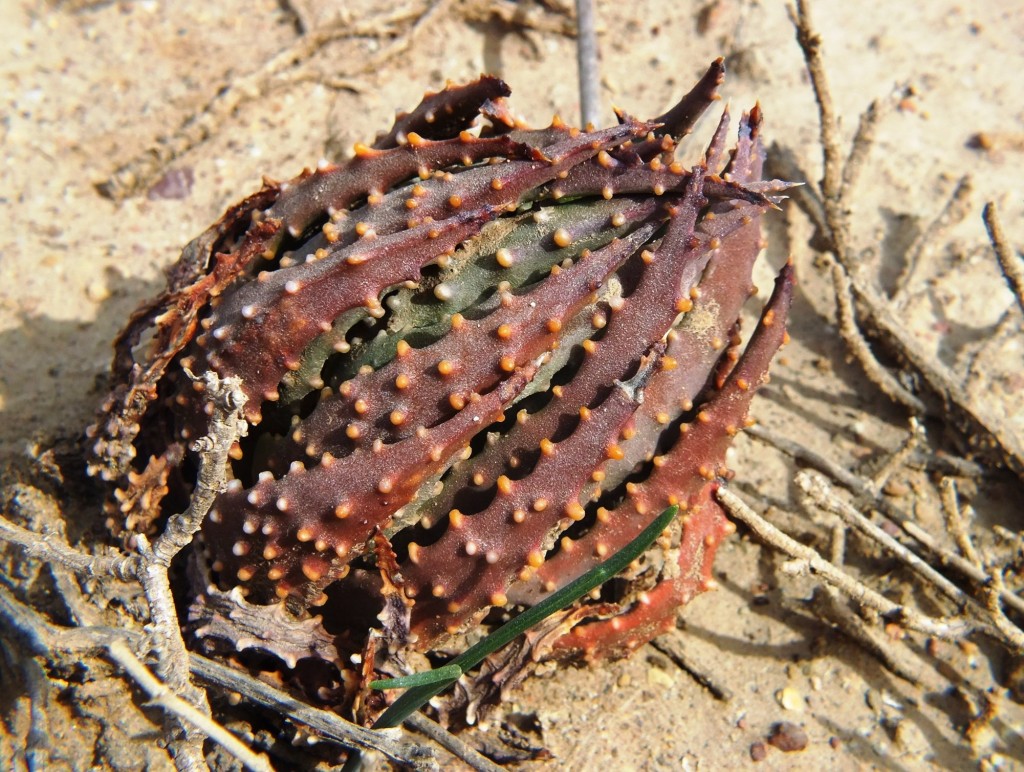
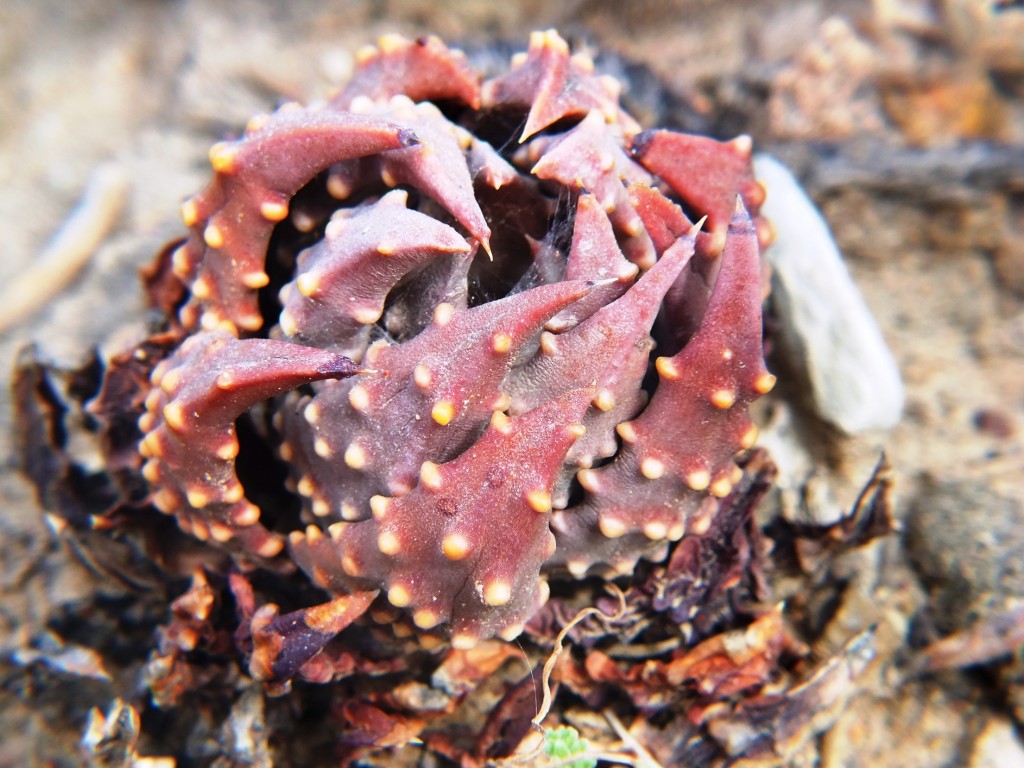
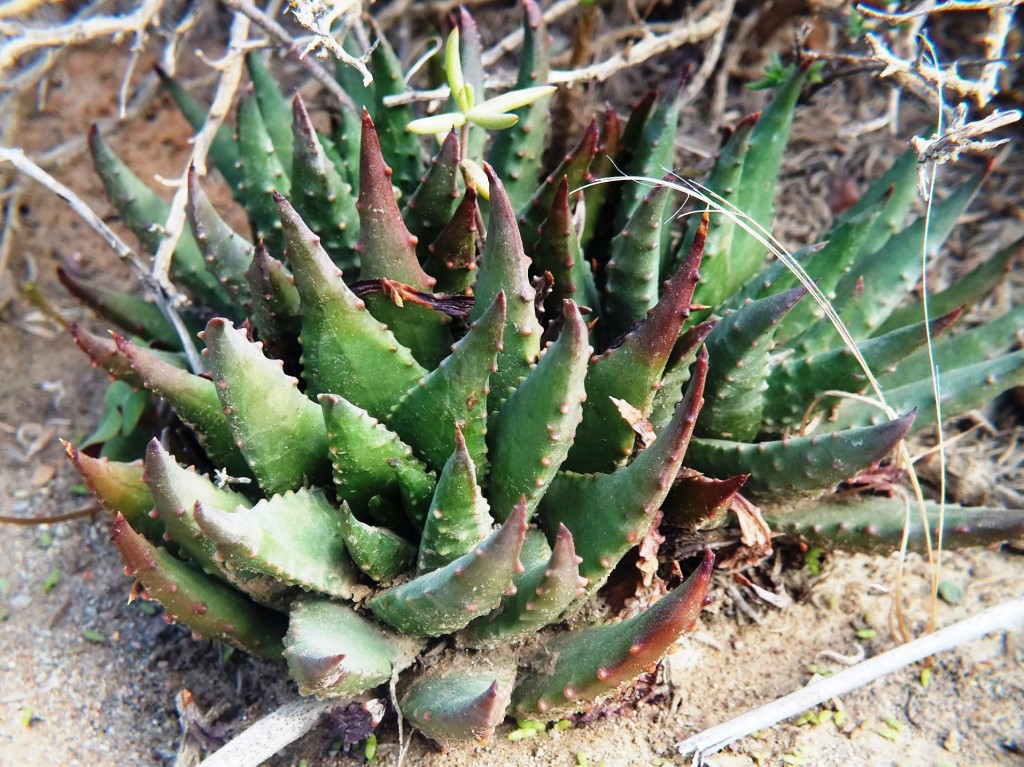
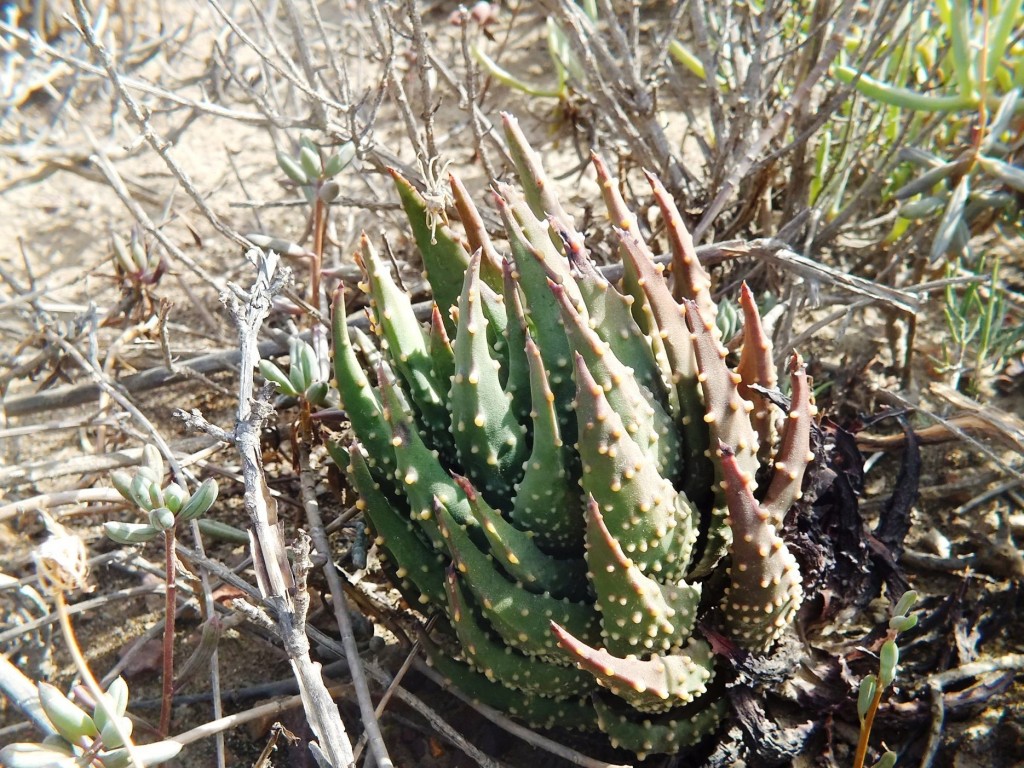
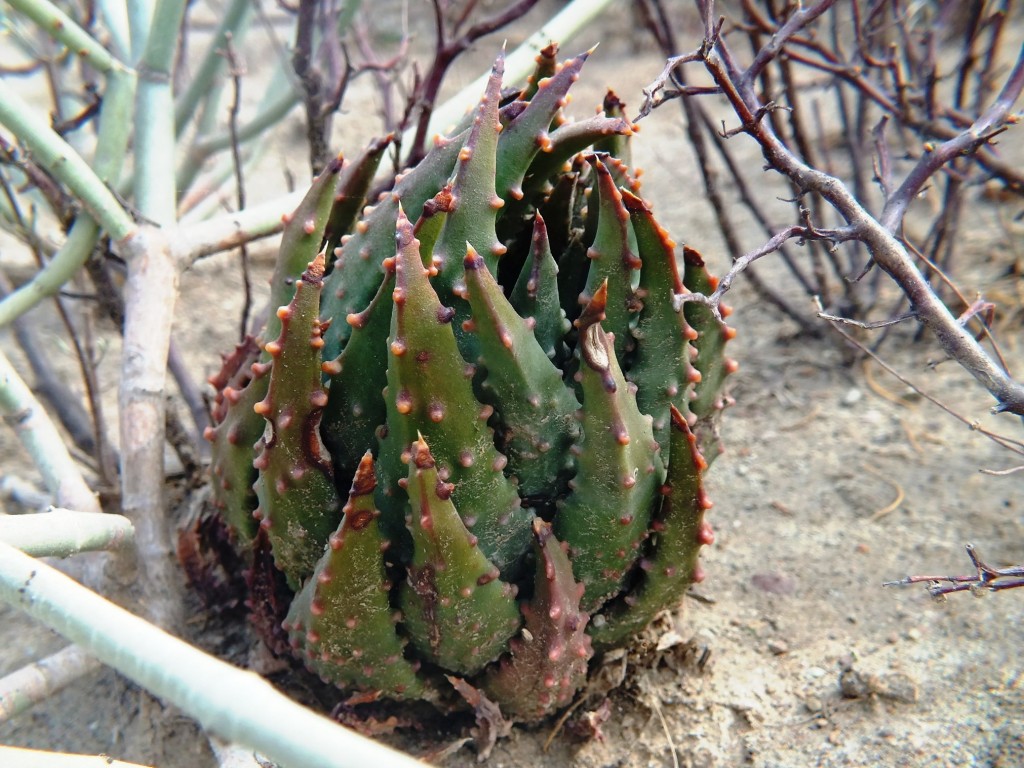
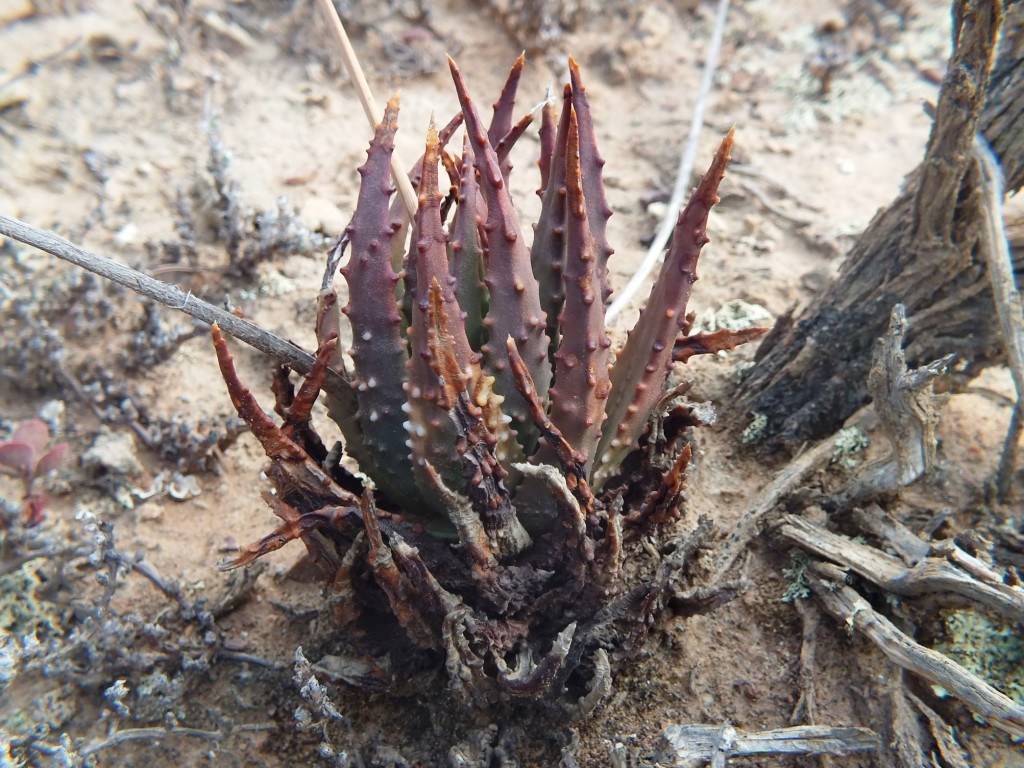
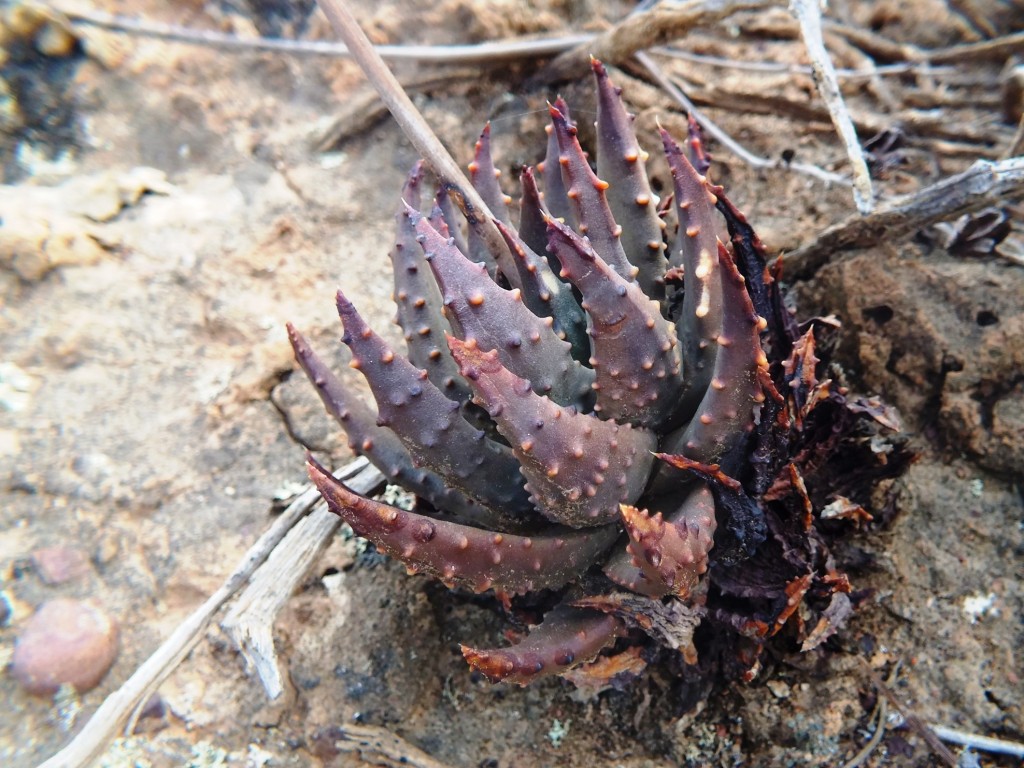
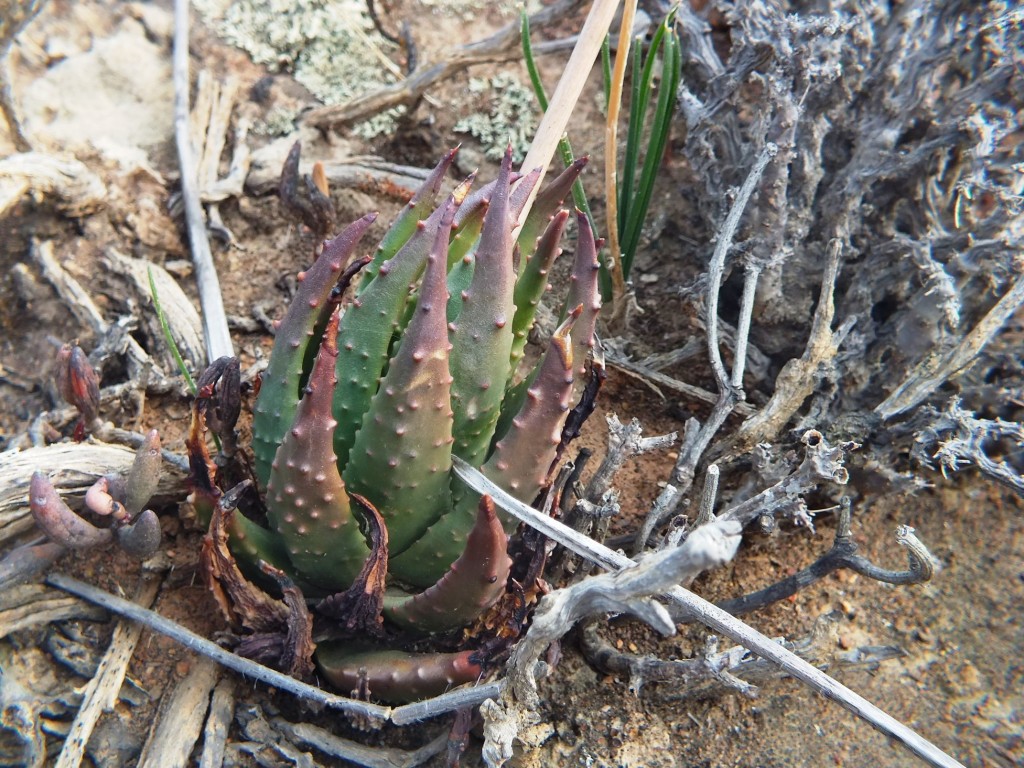
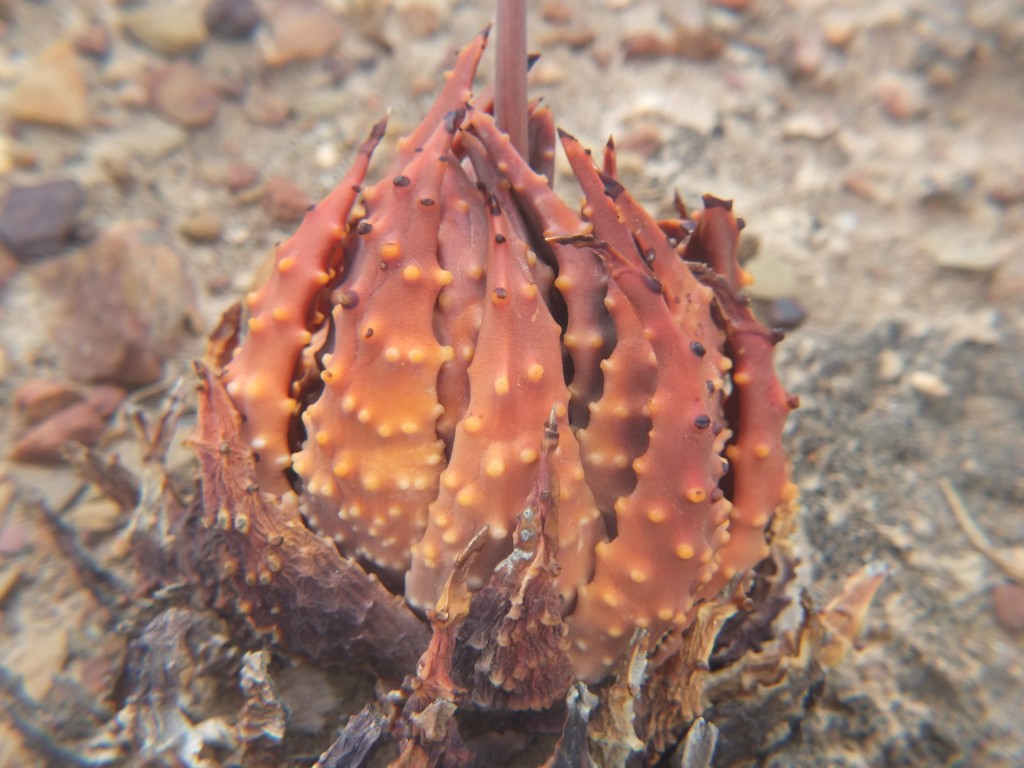
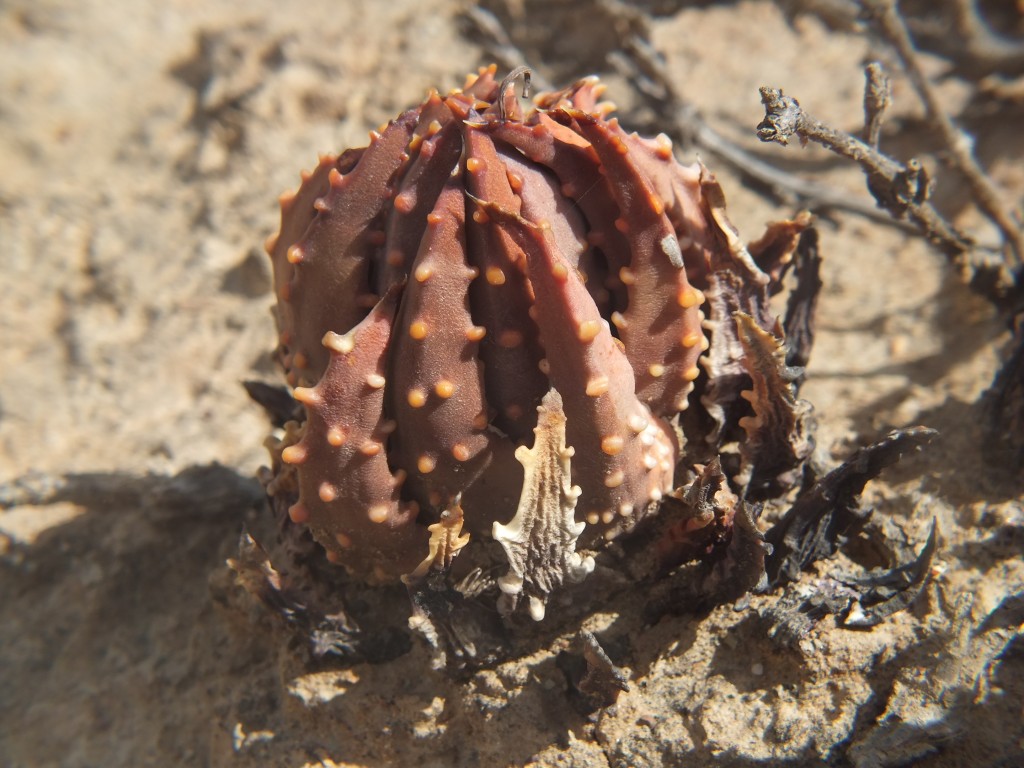
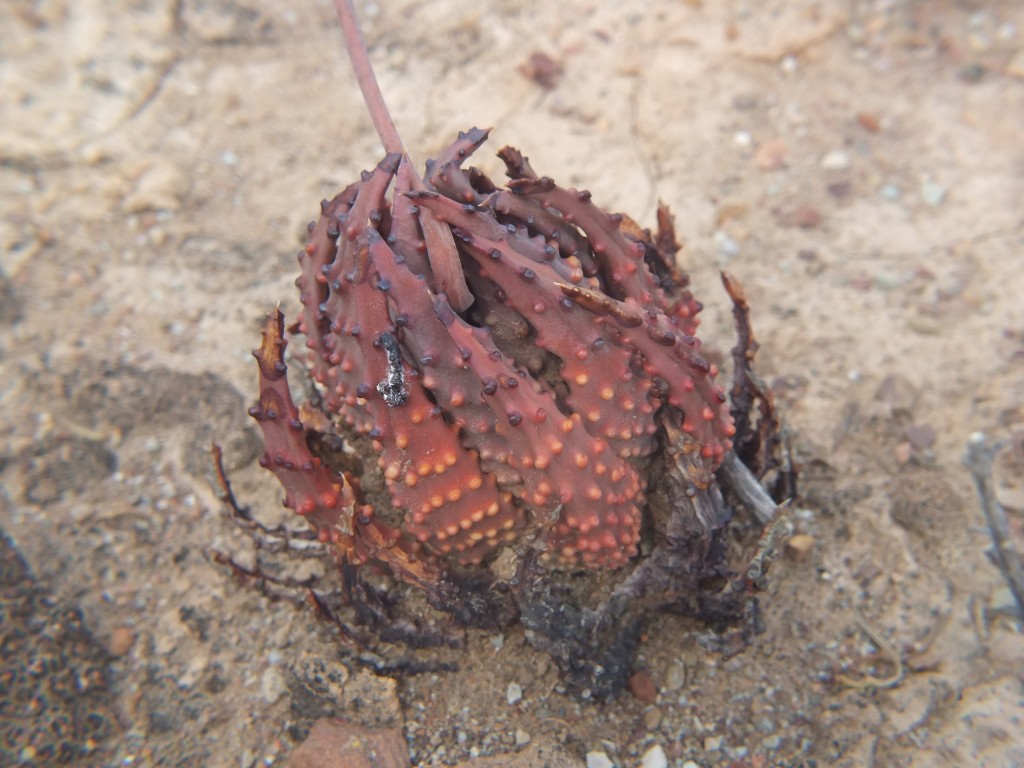
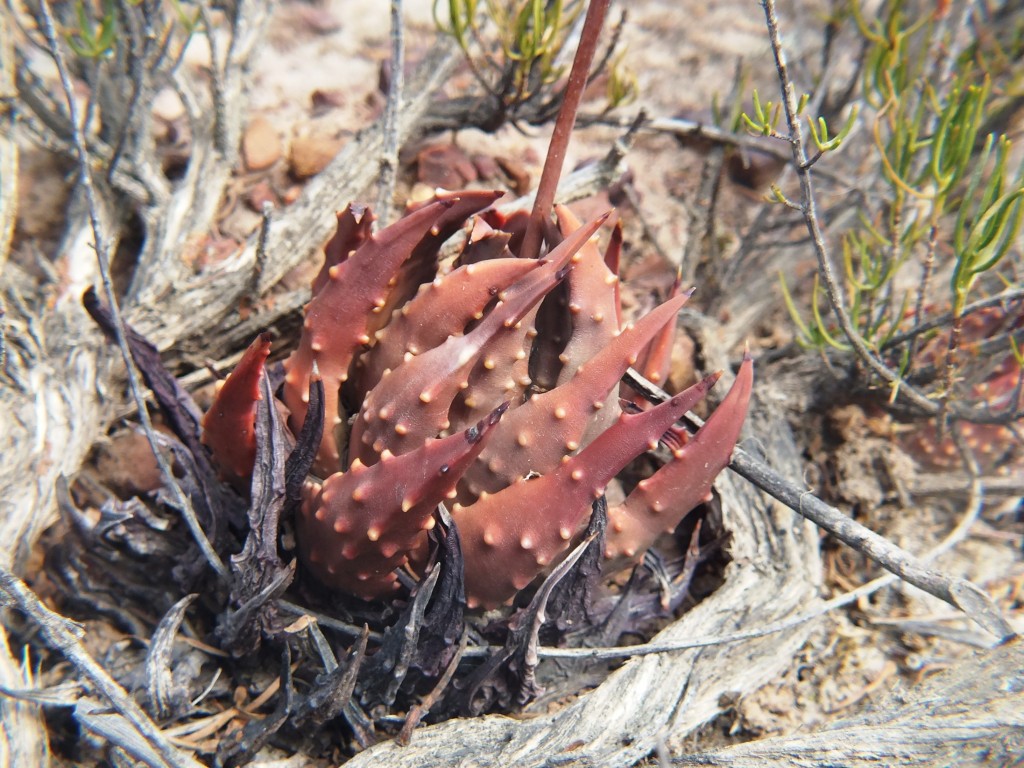
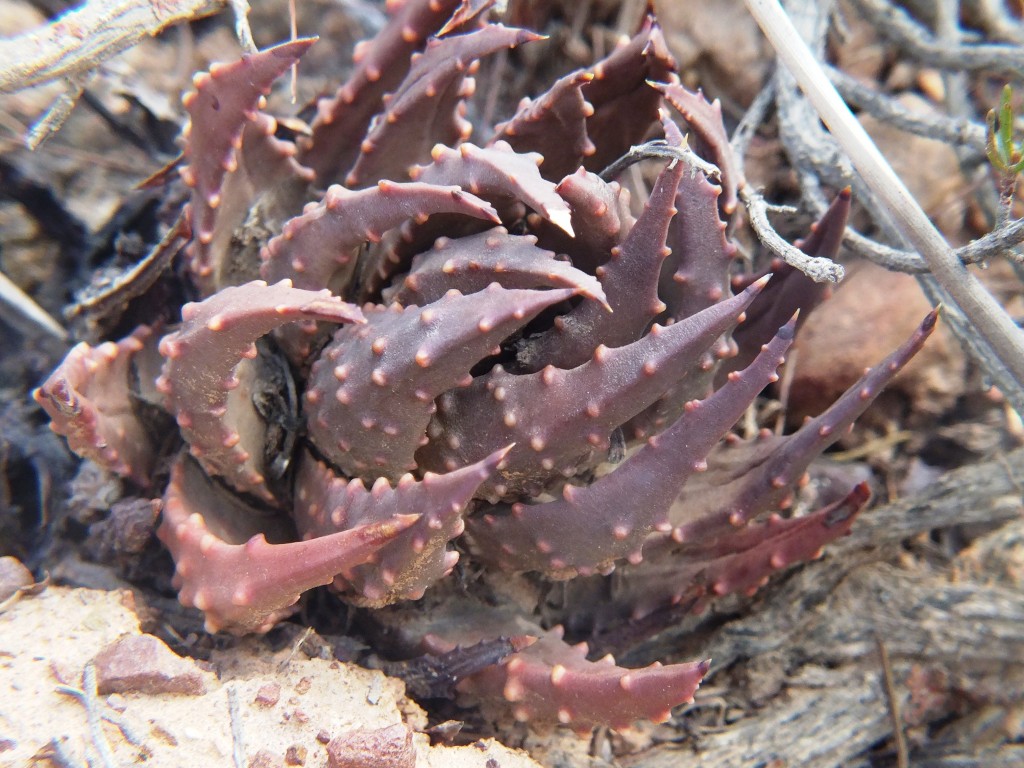
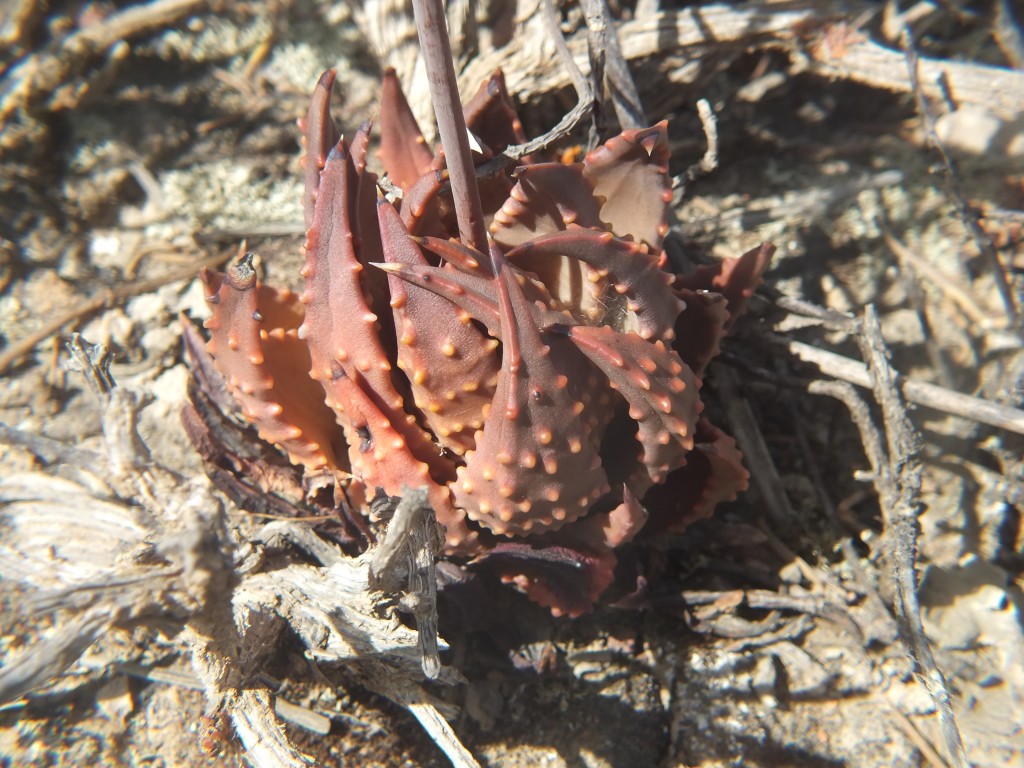
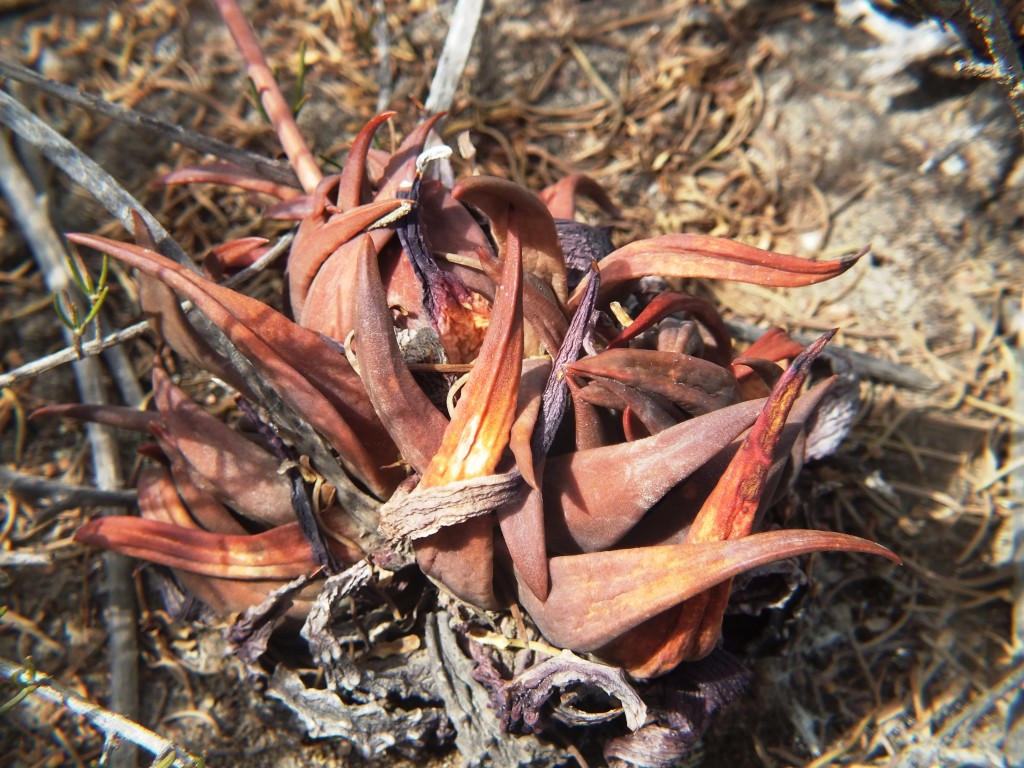
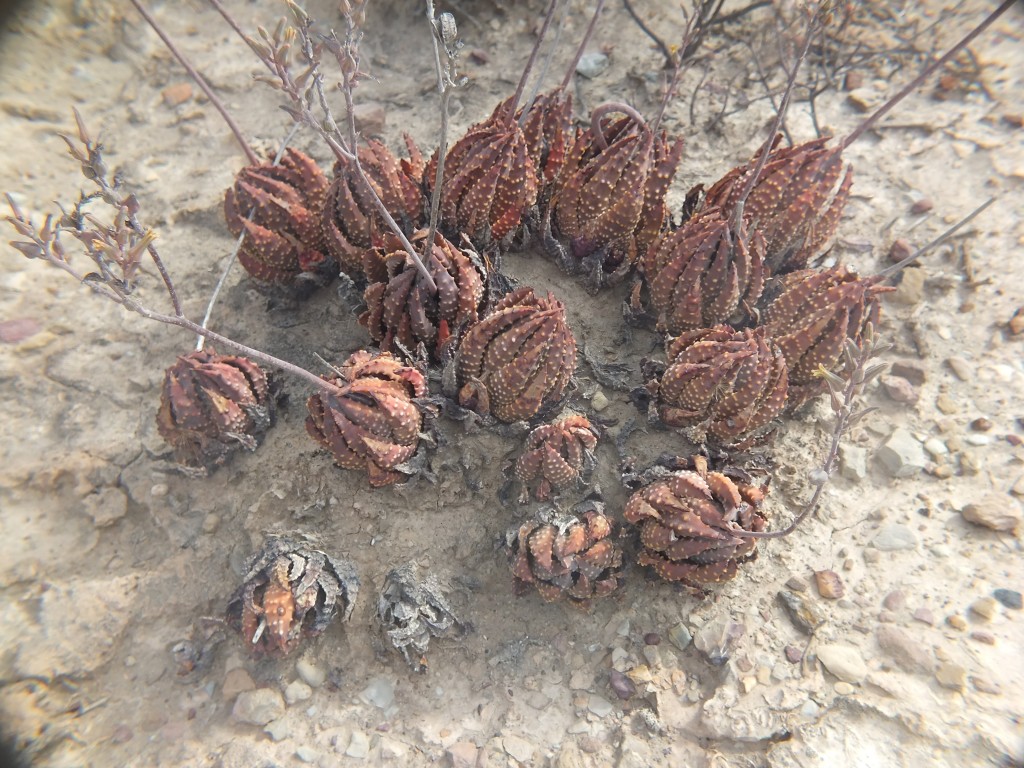
Flower profiles
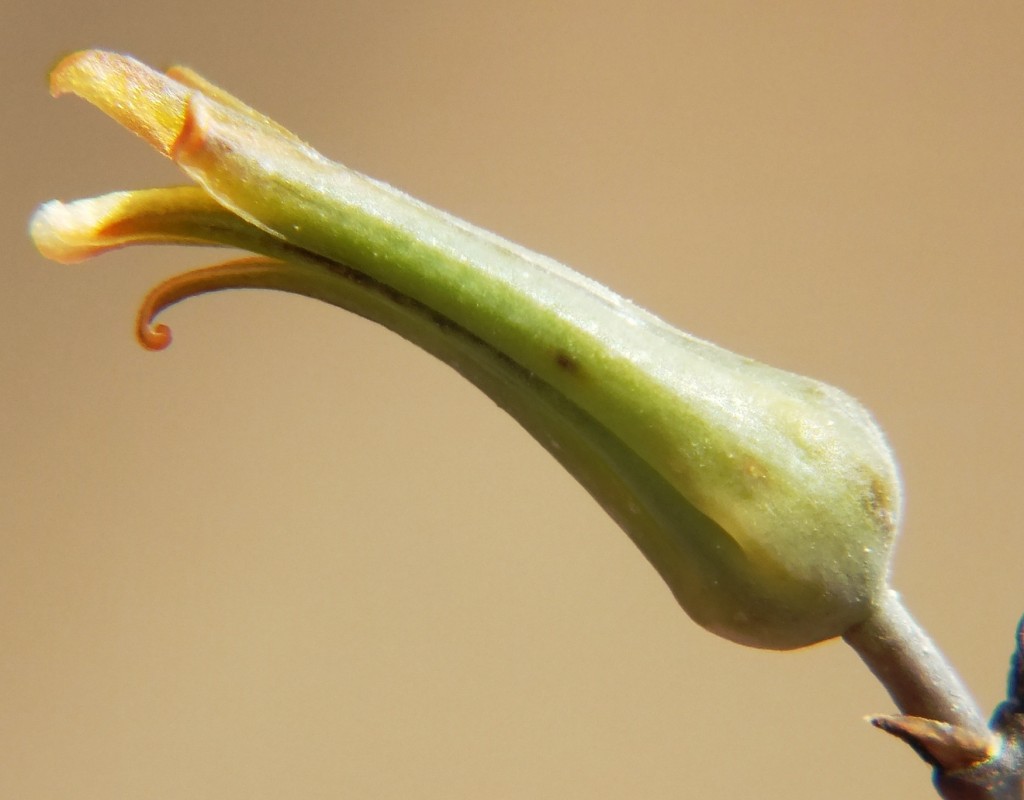
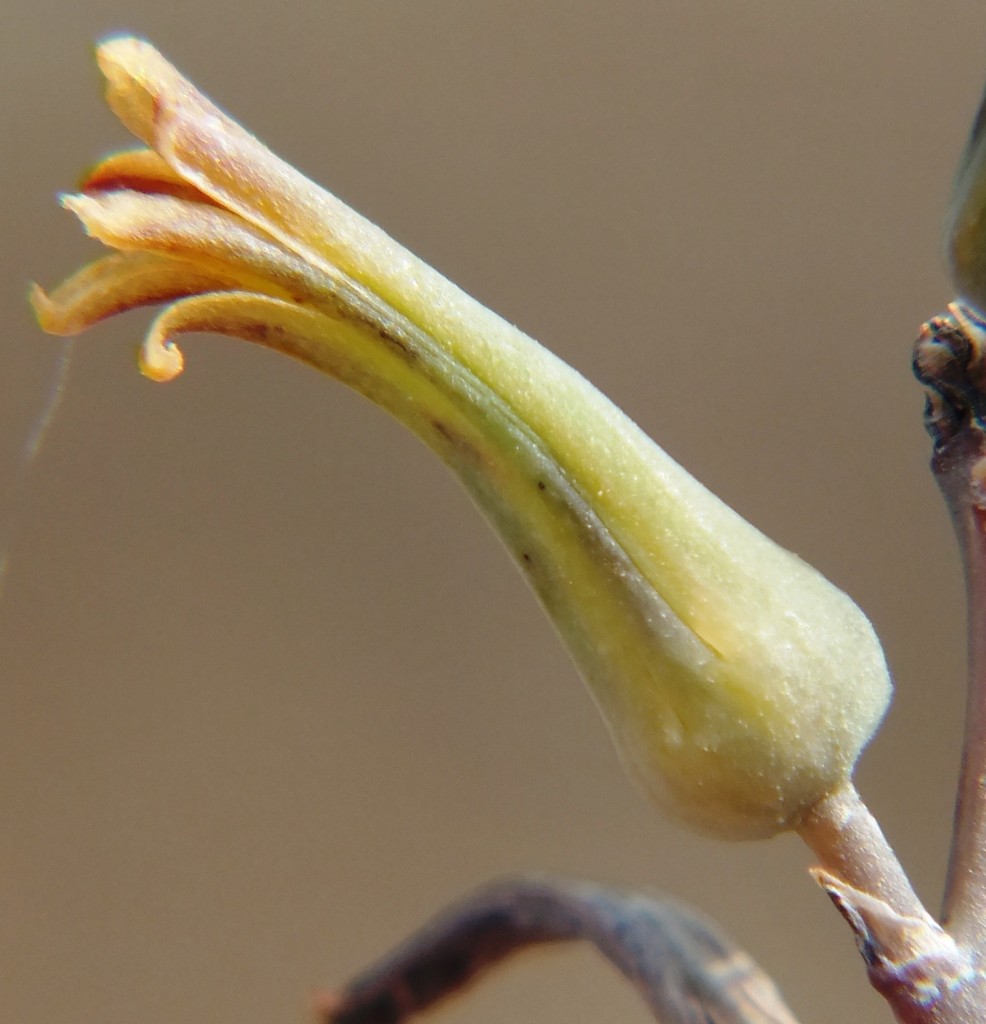
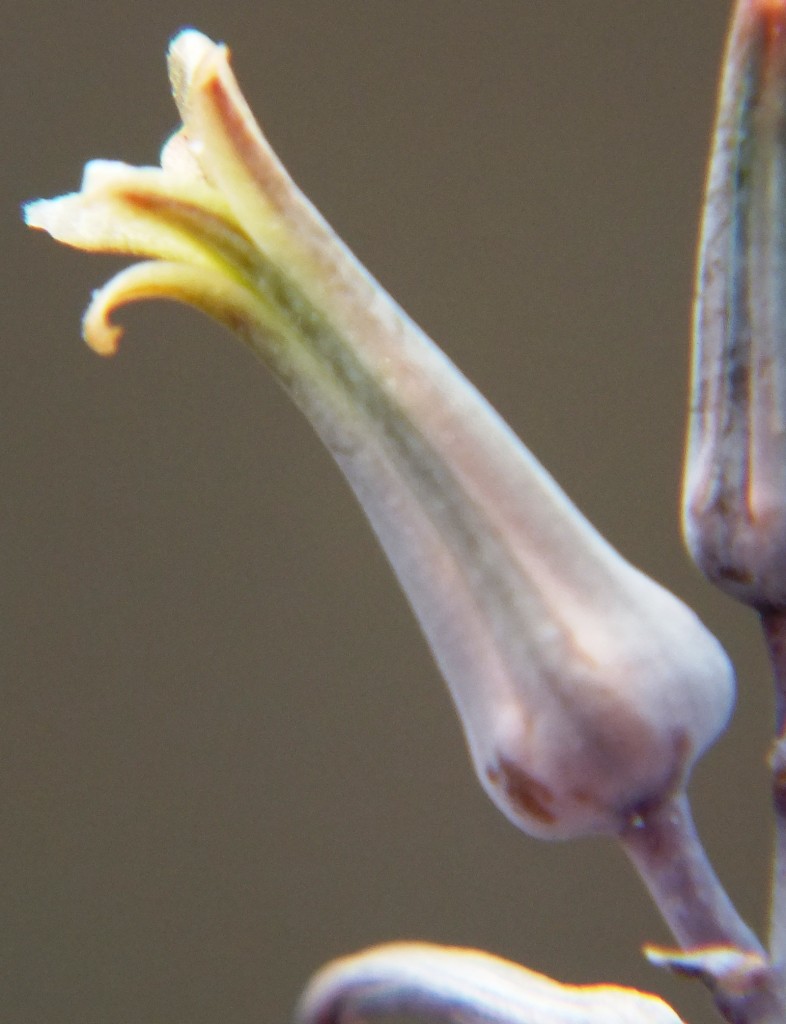
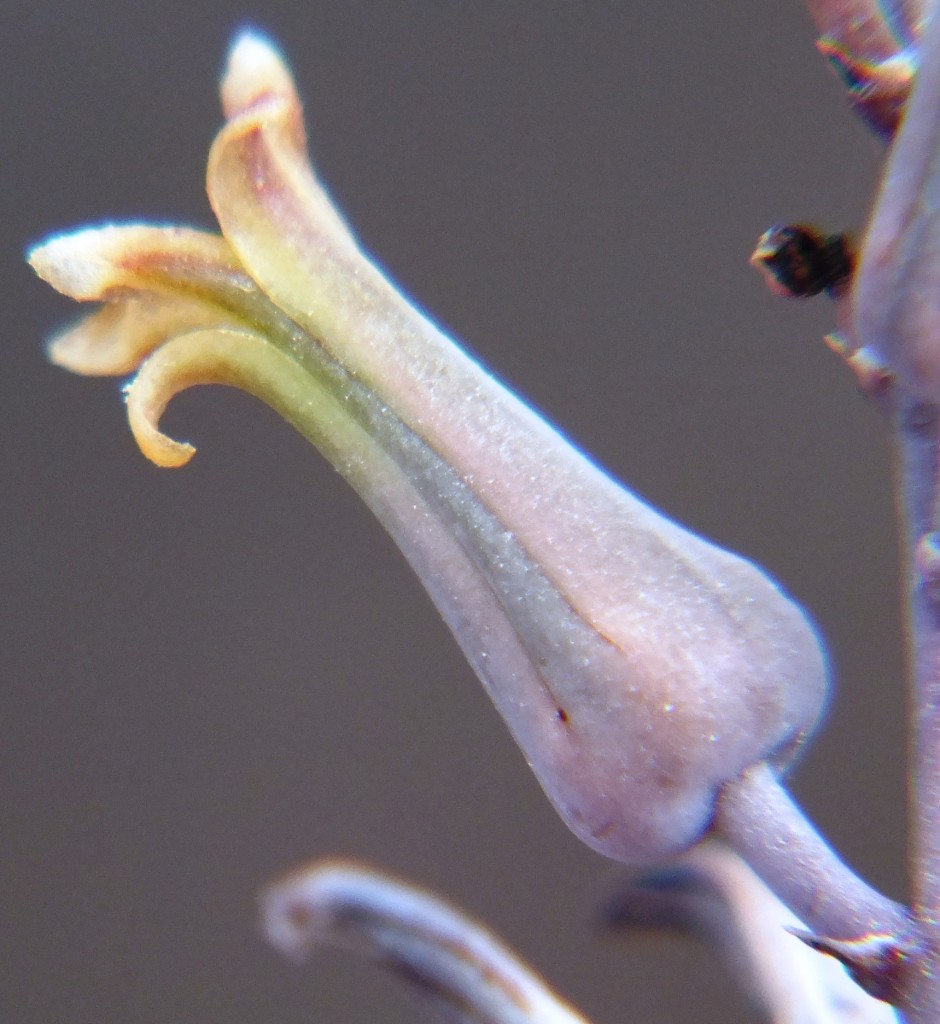
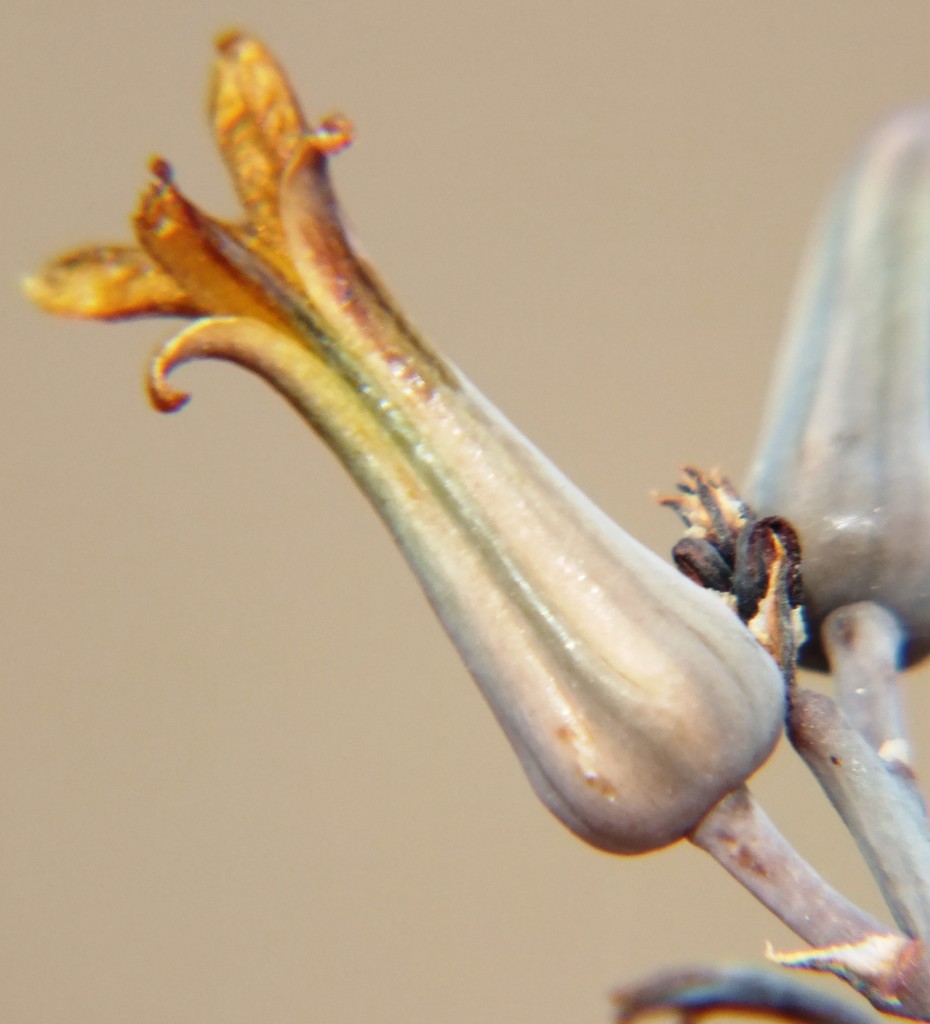
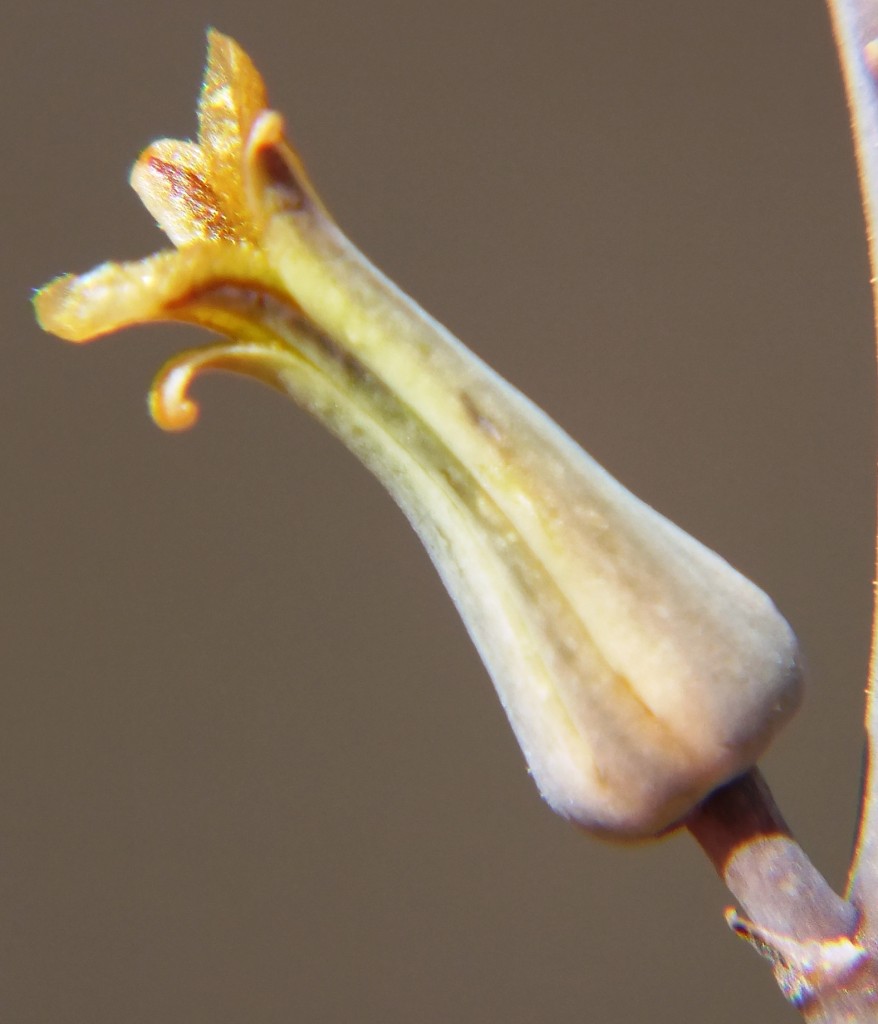
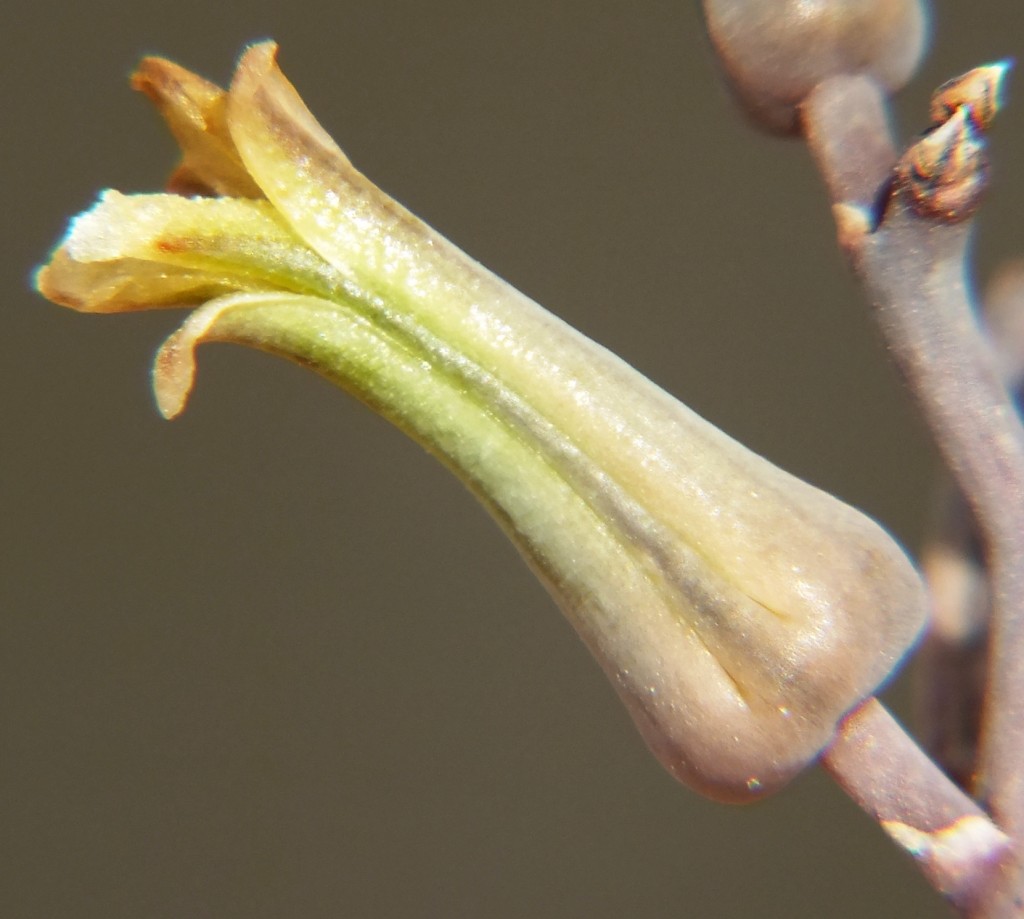
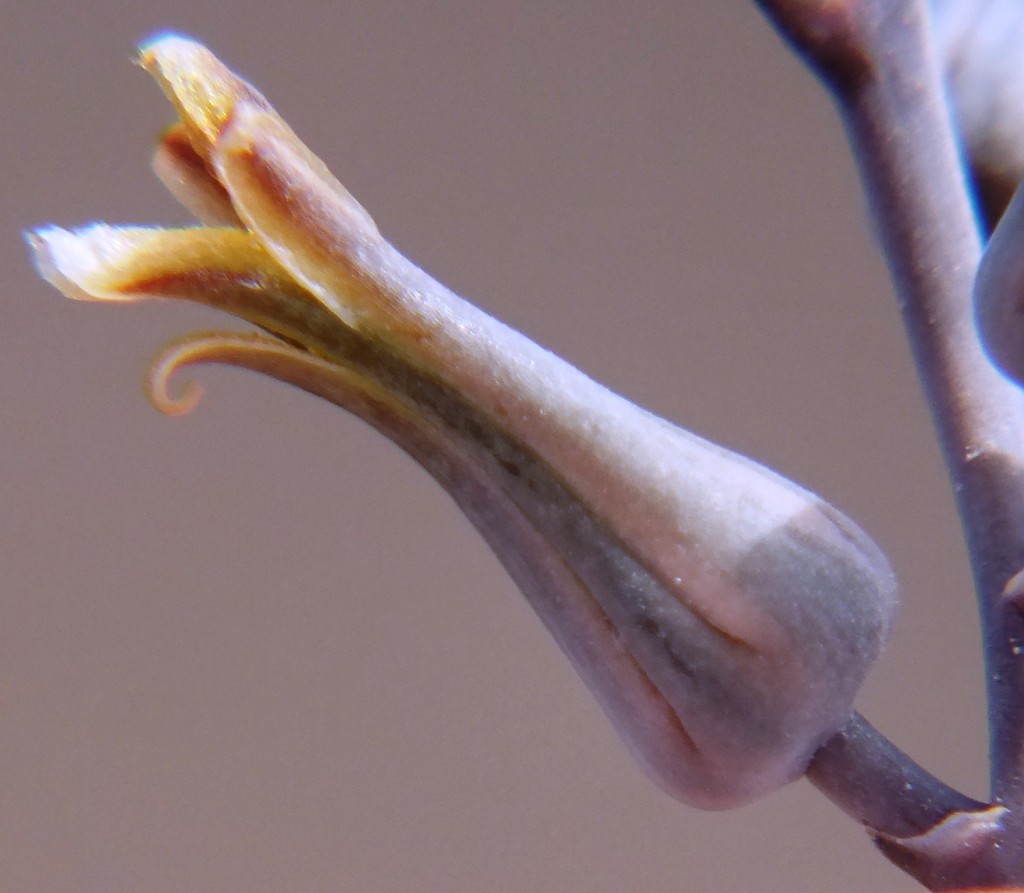
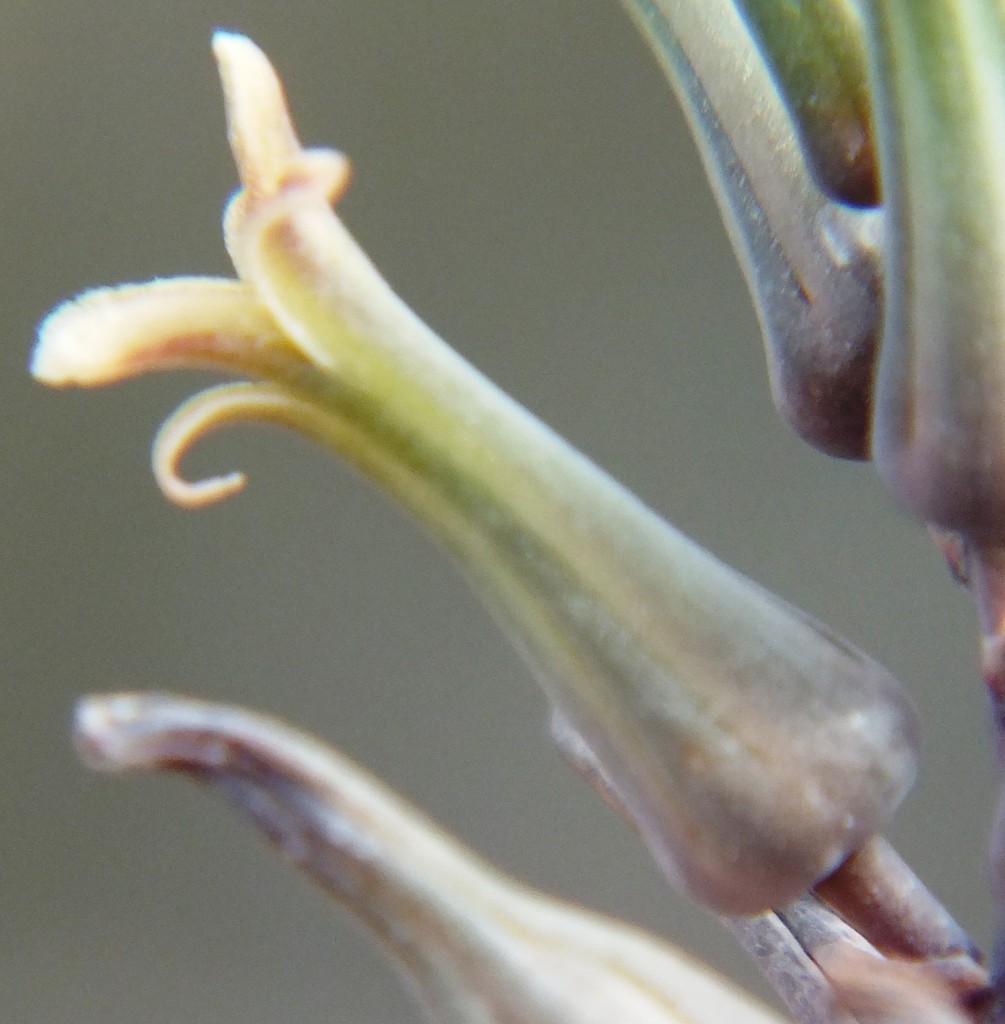
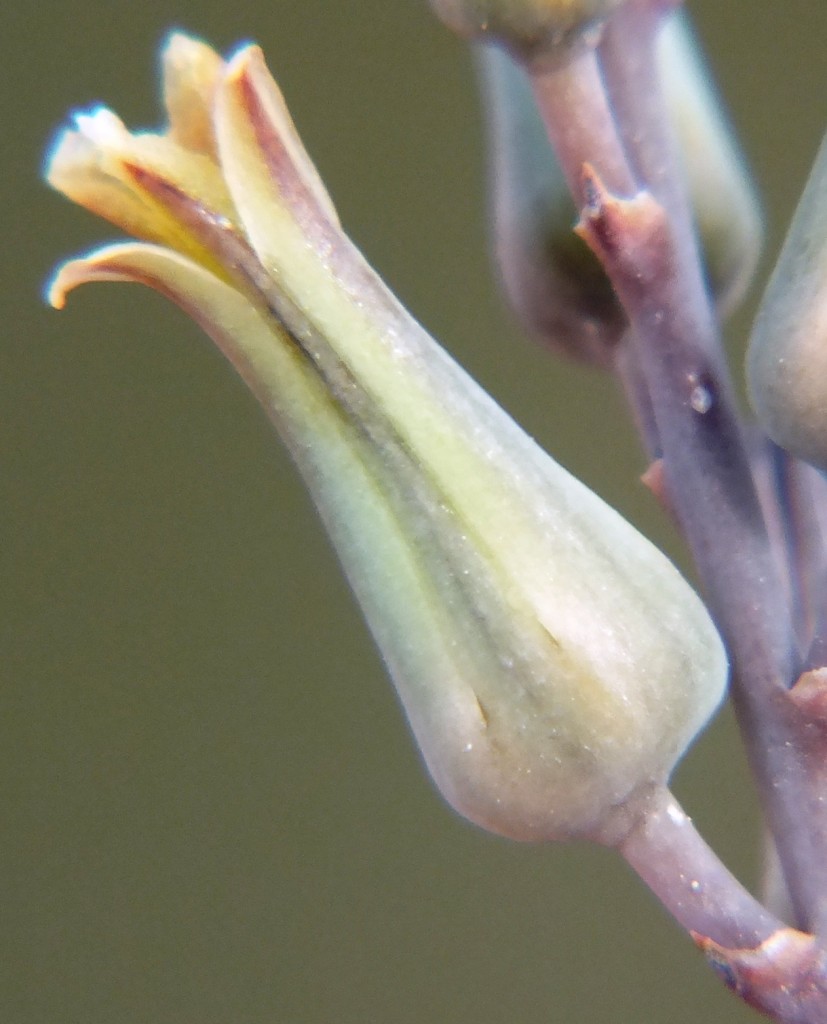
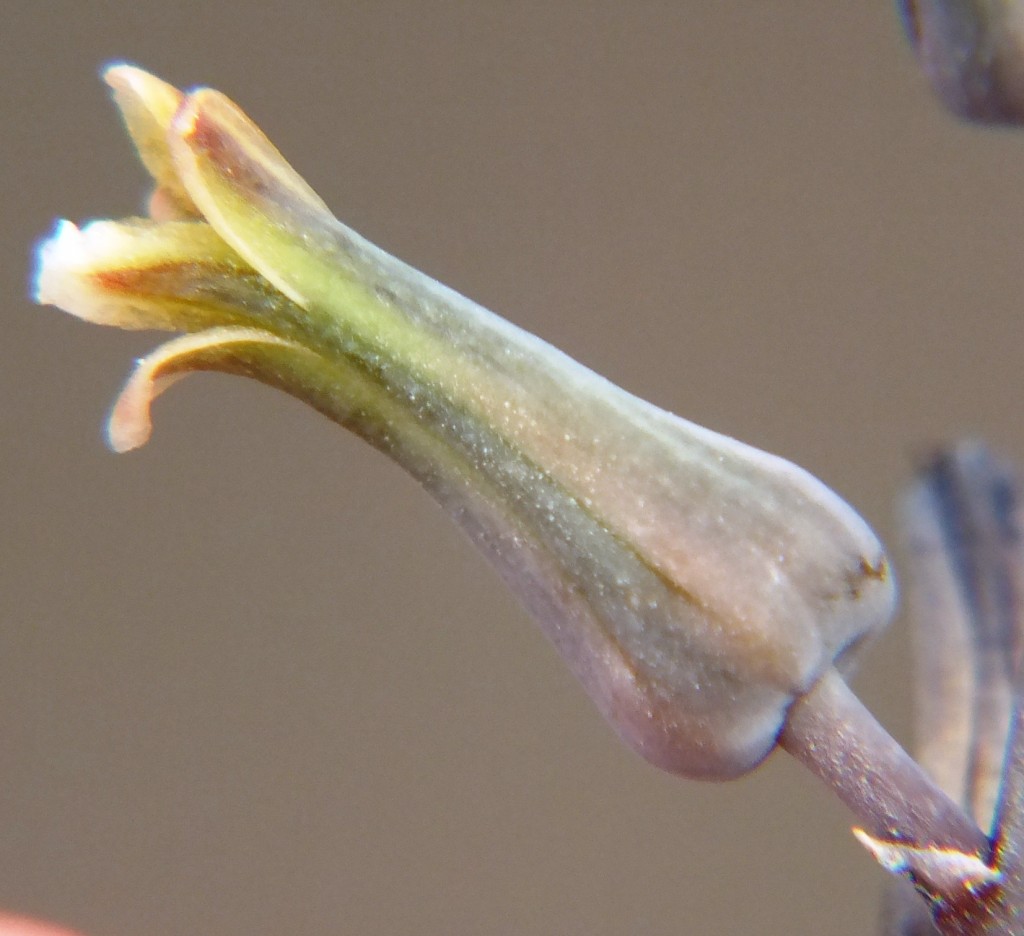
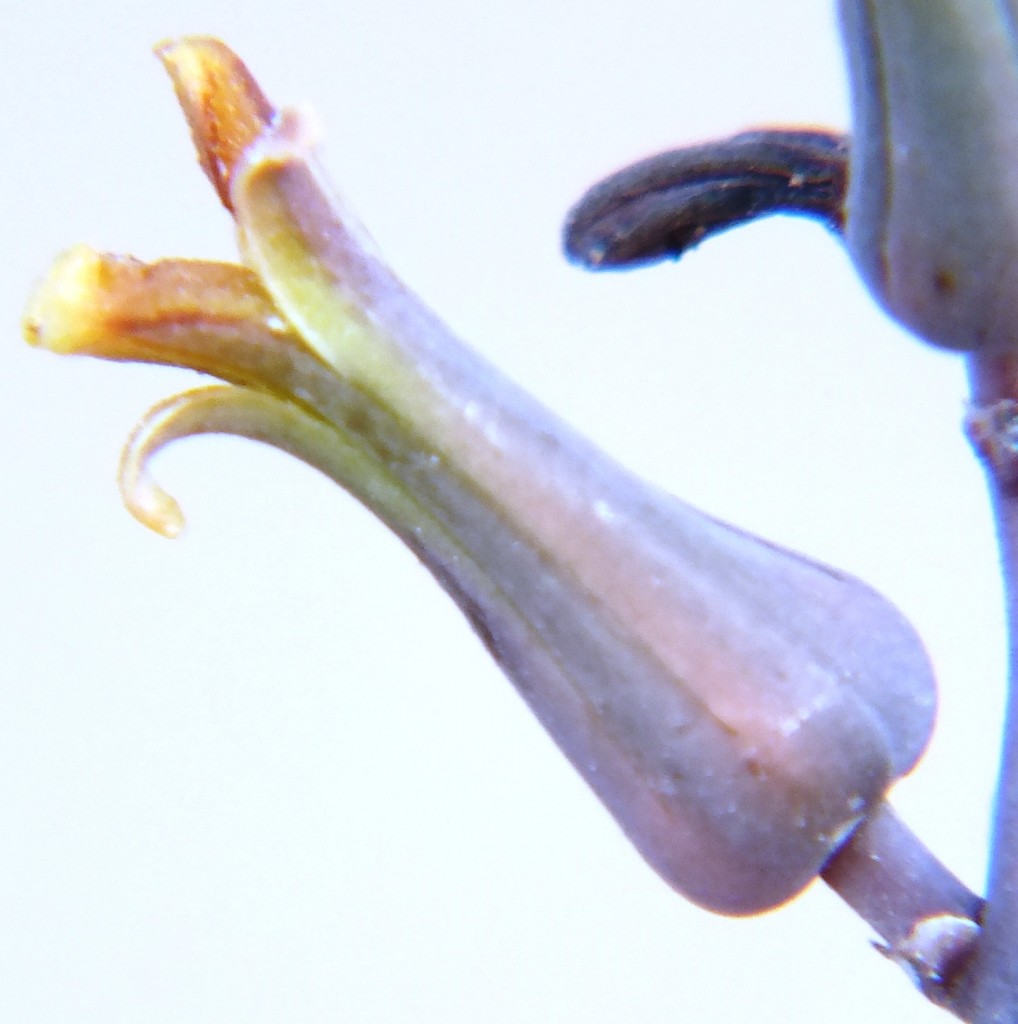
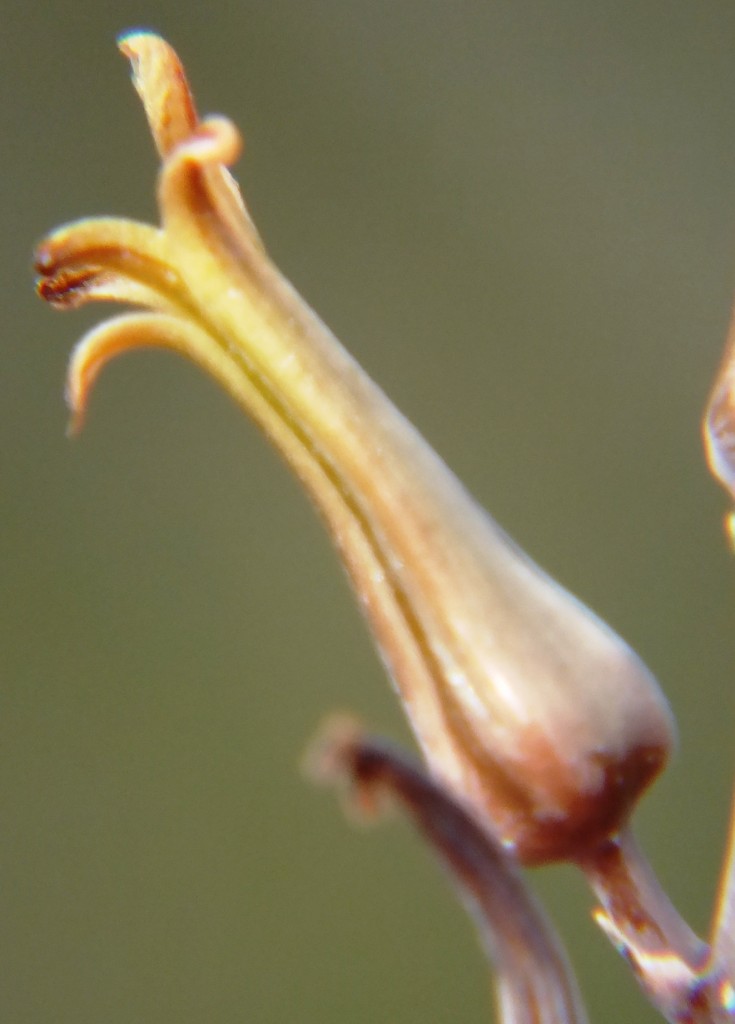
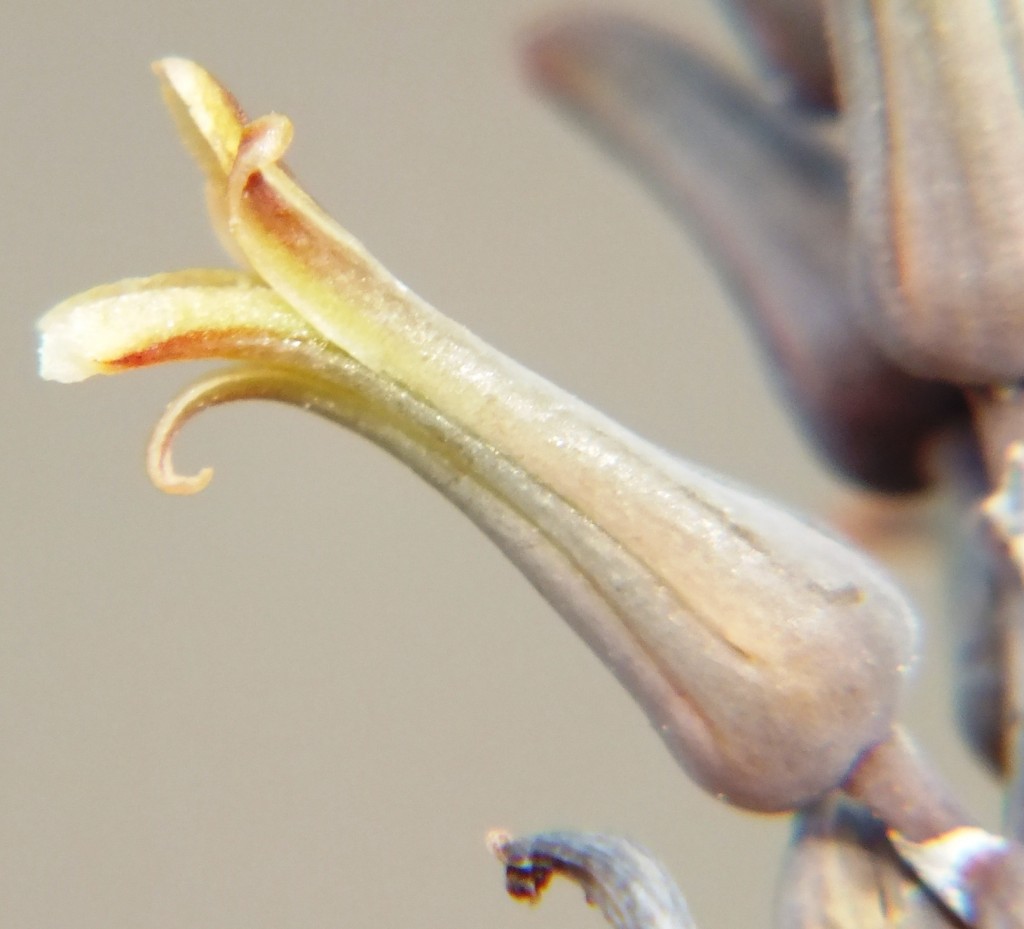
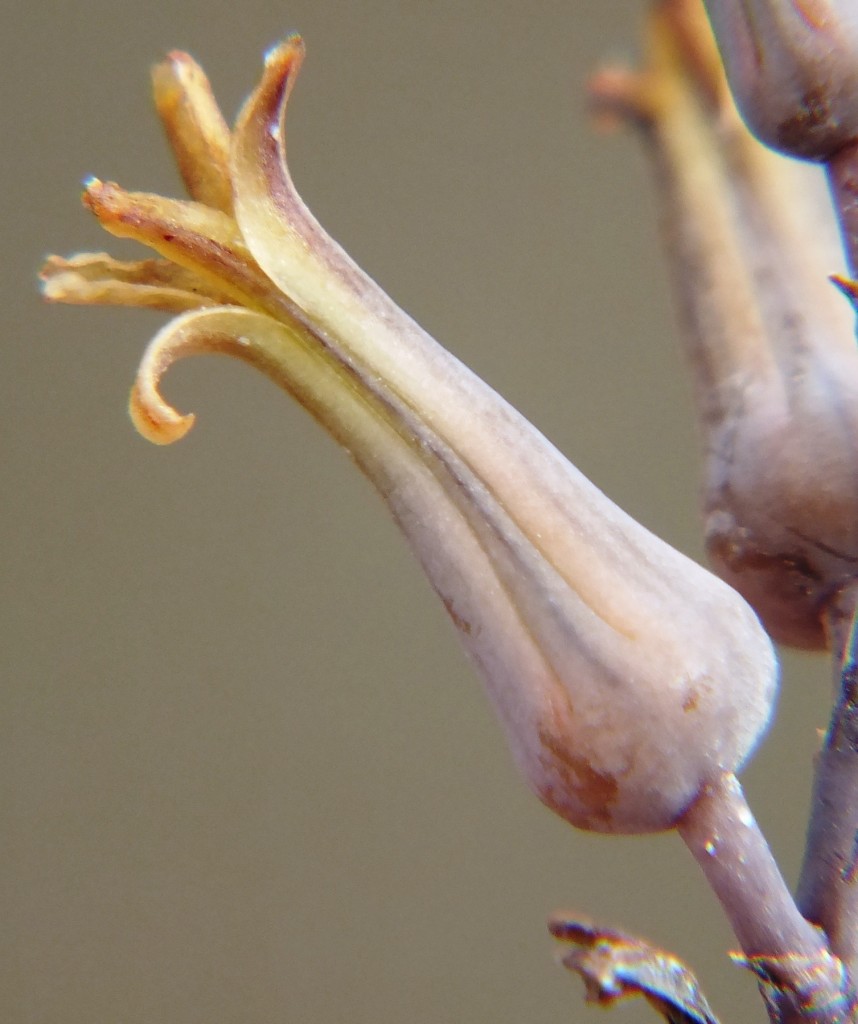
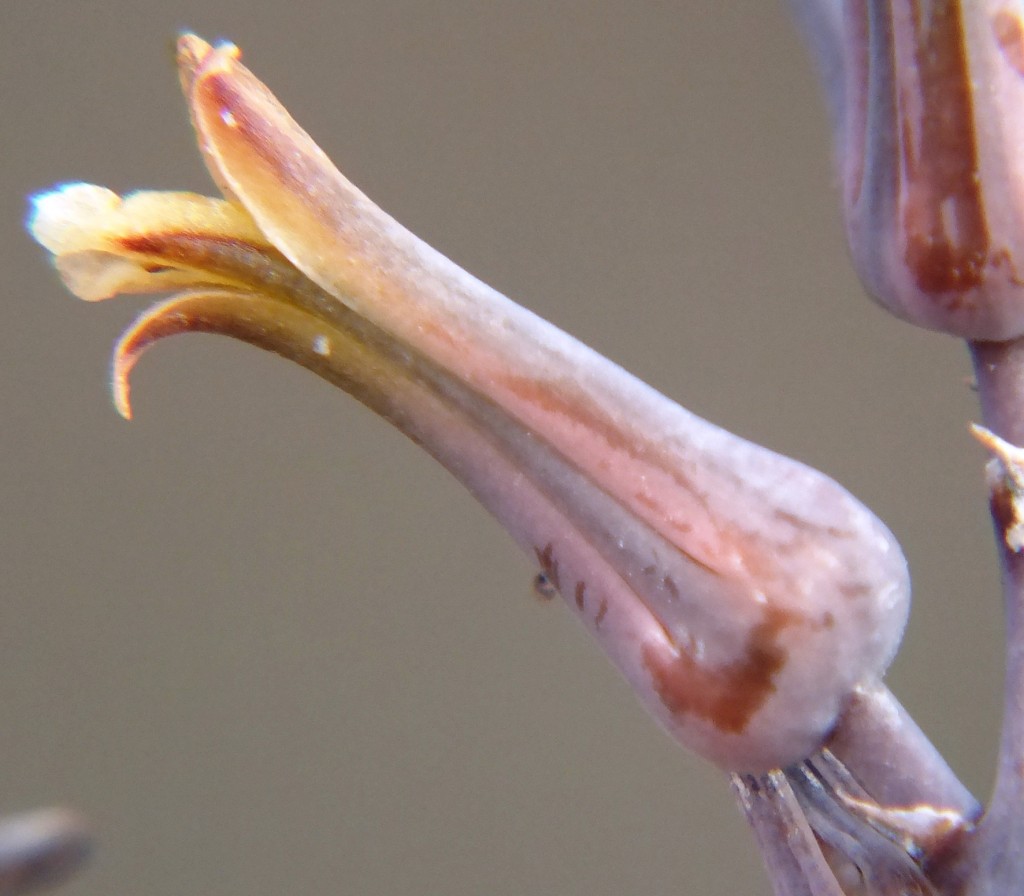
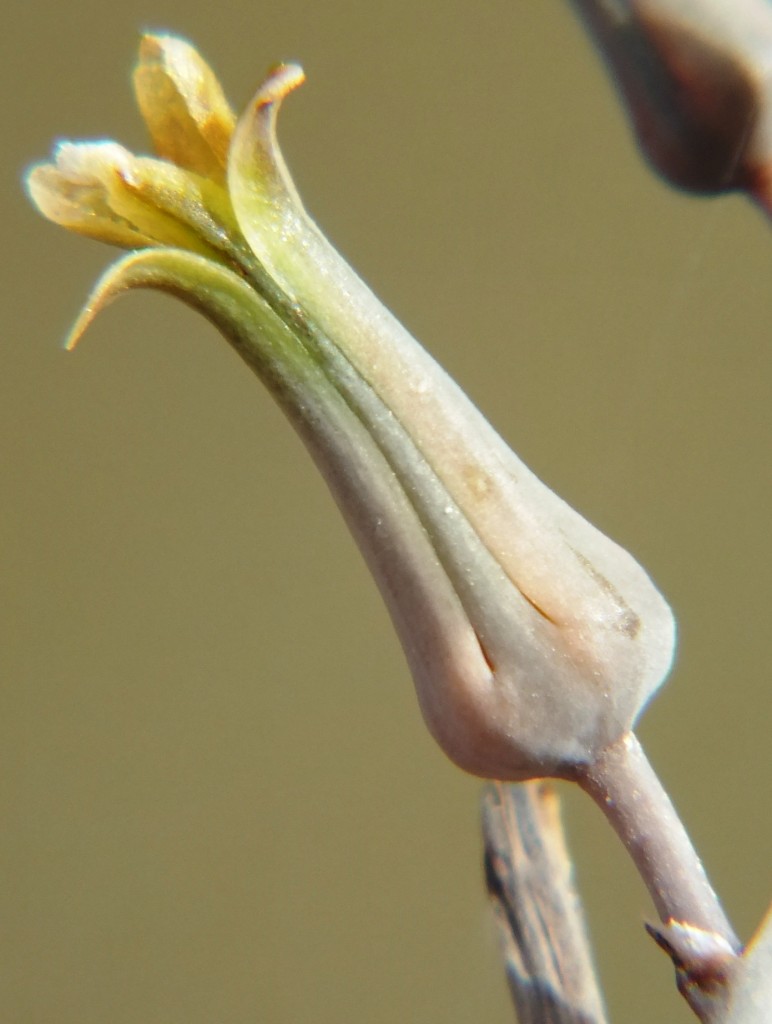
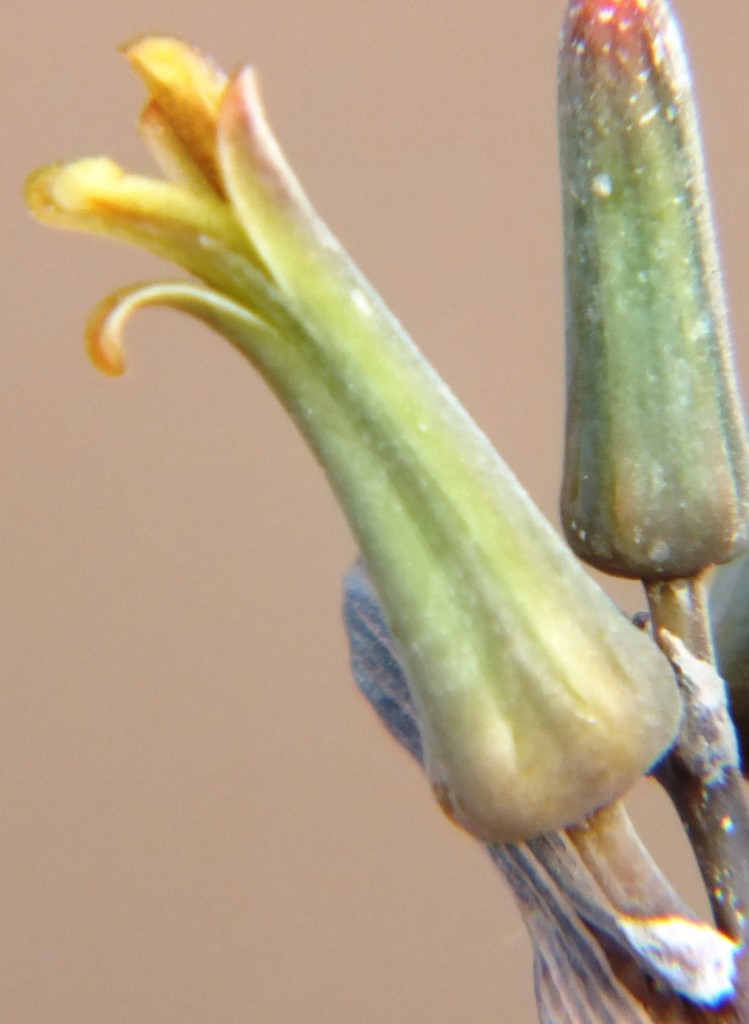
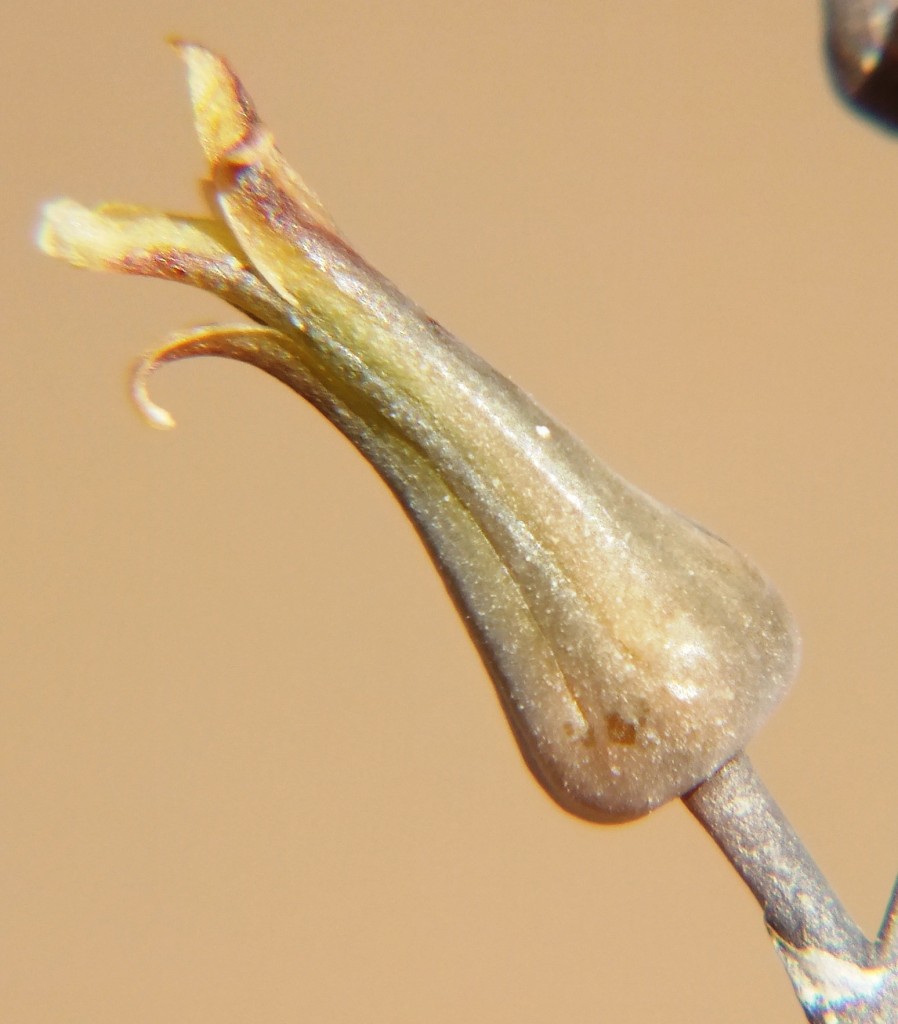
Flower faces
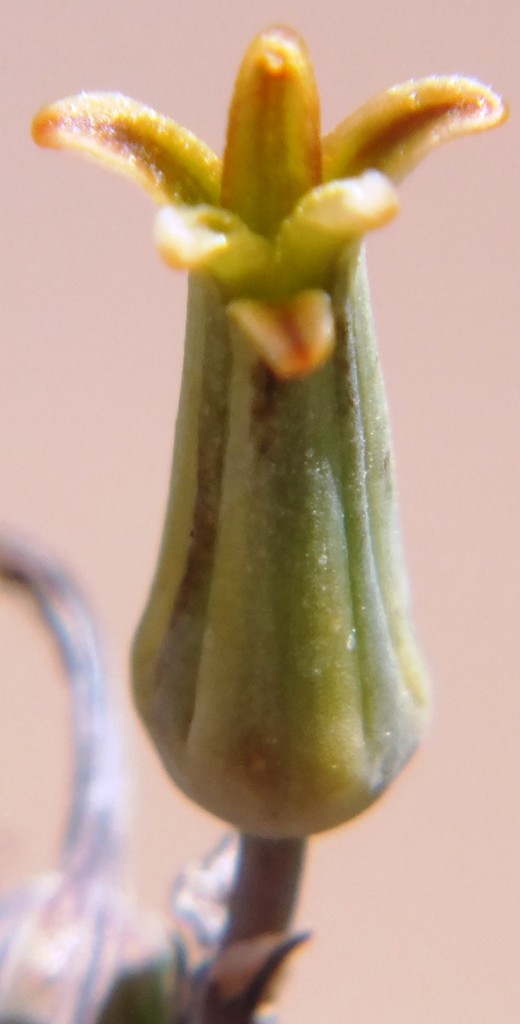
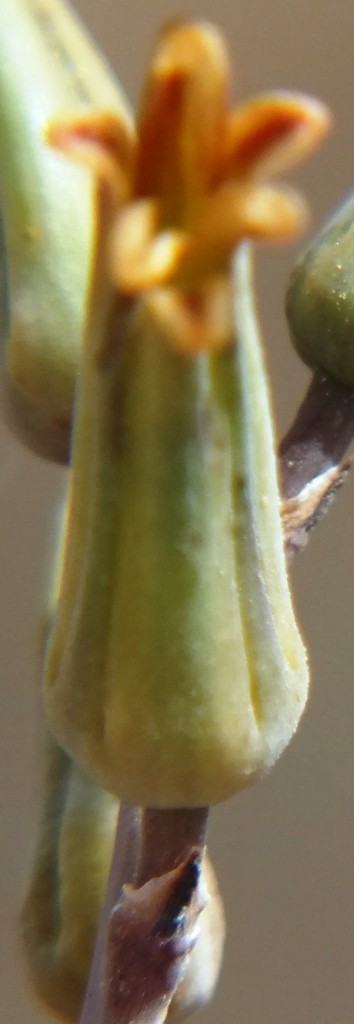
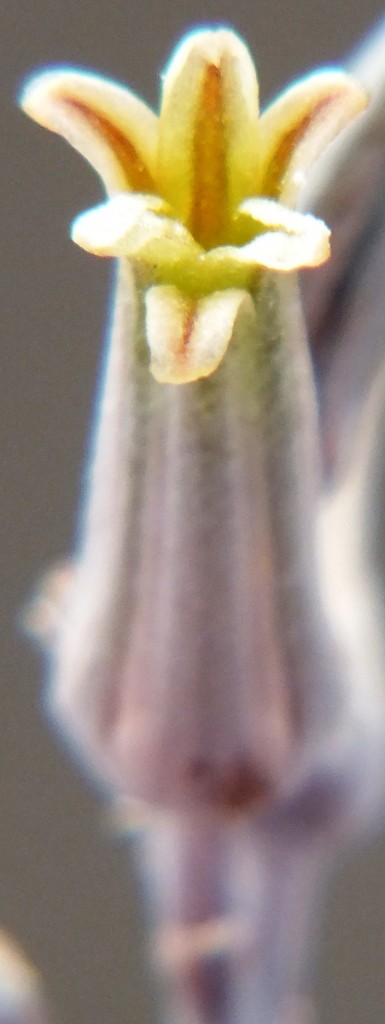
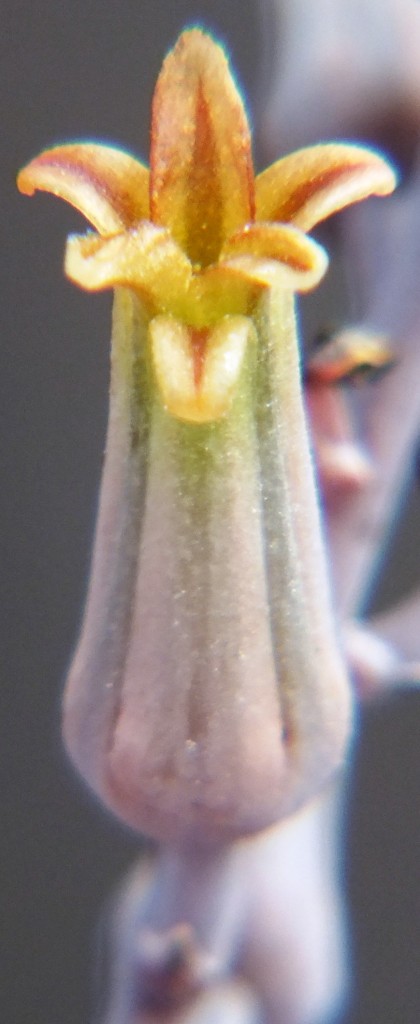
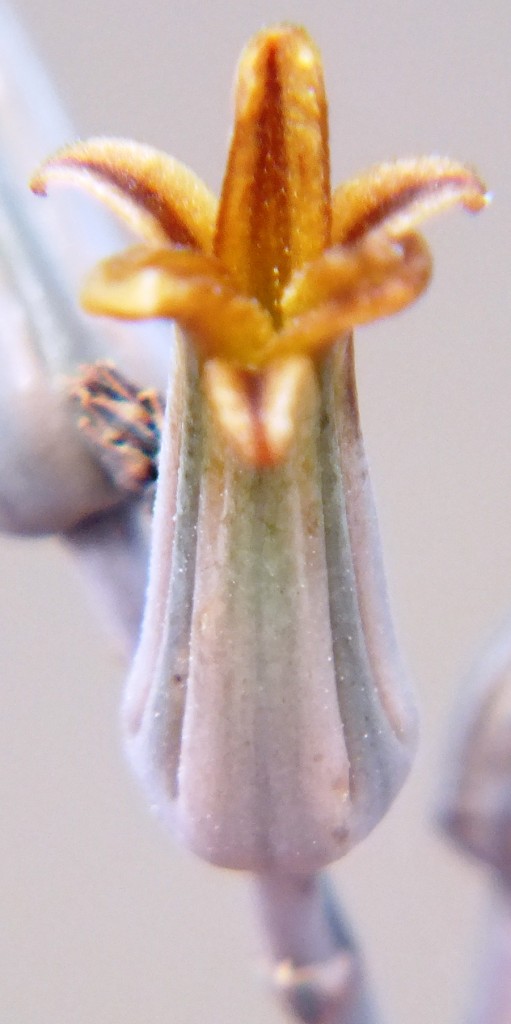
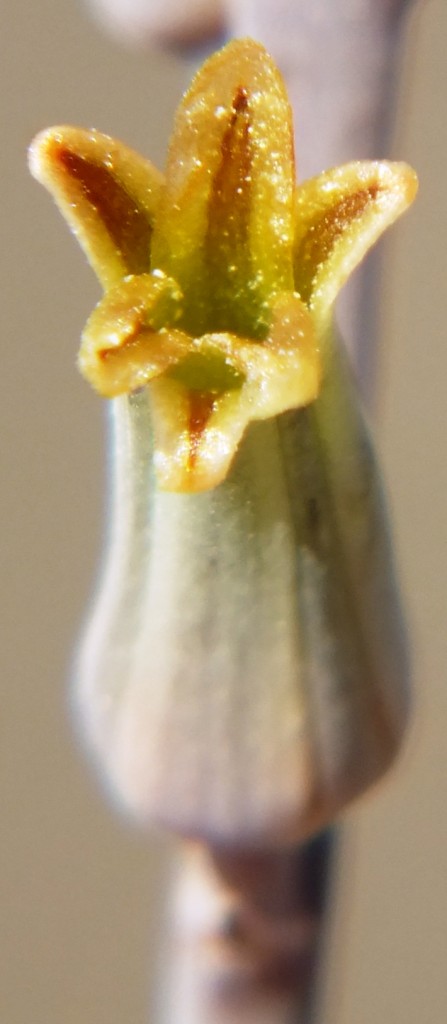
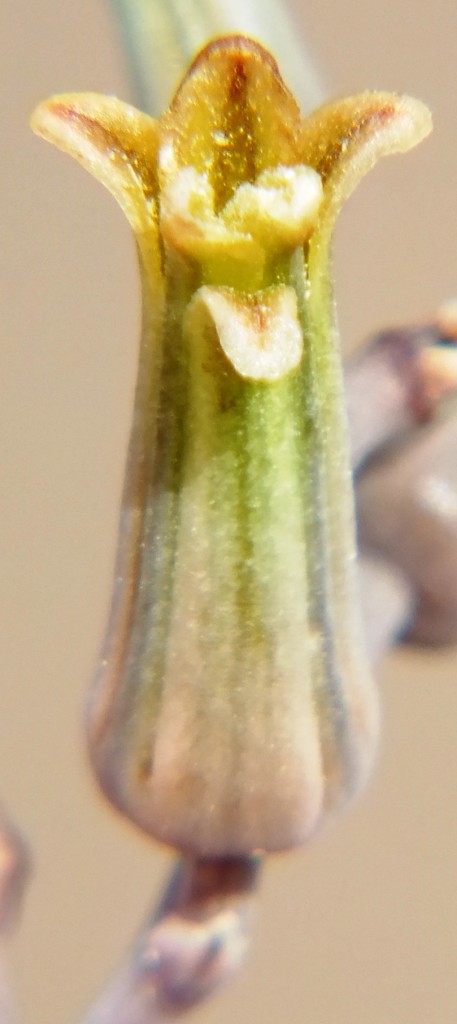
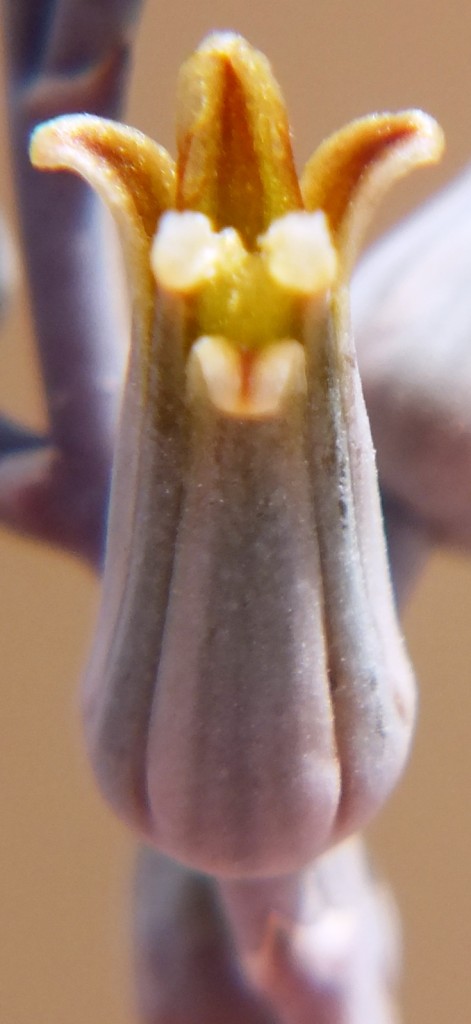
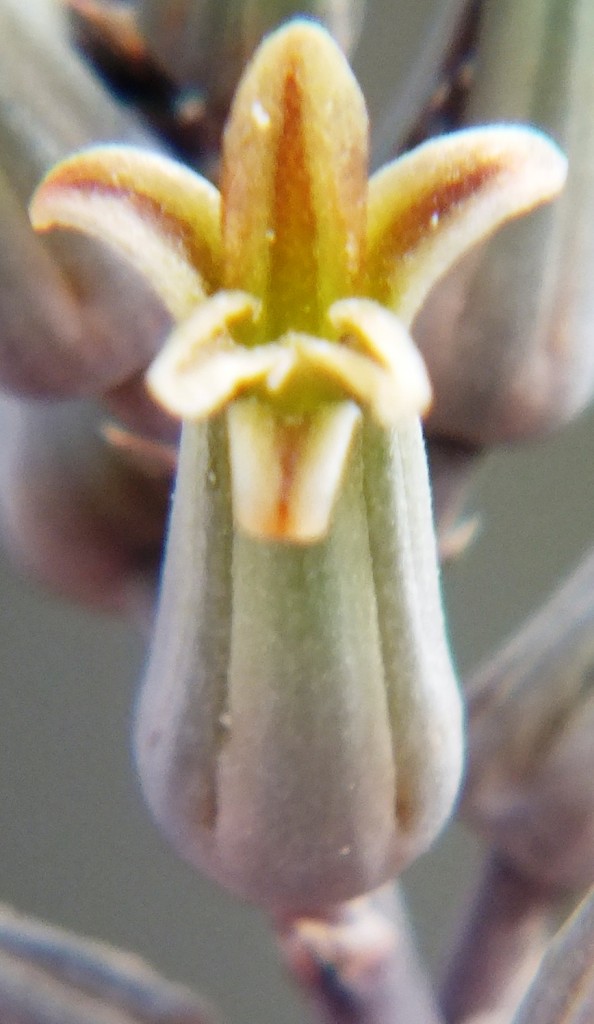
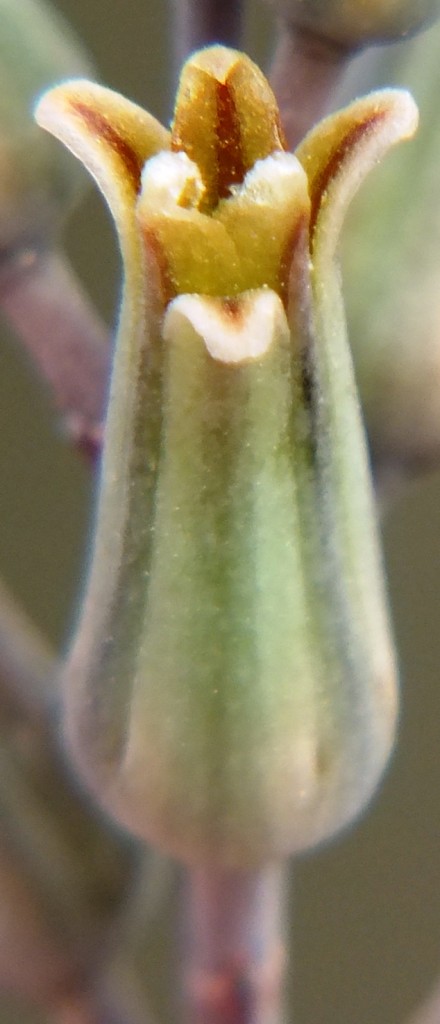
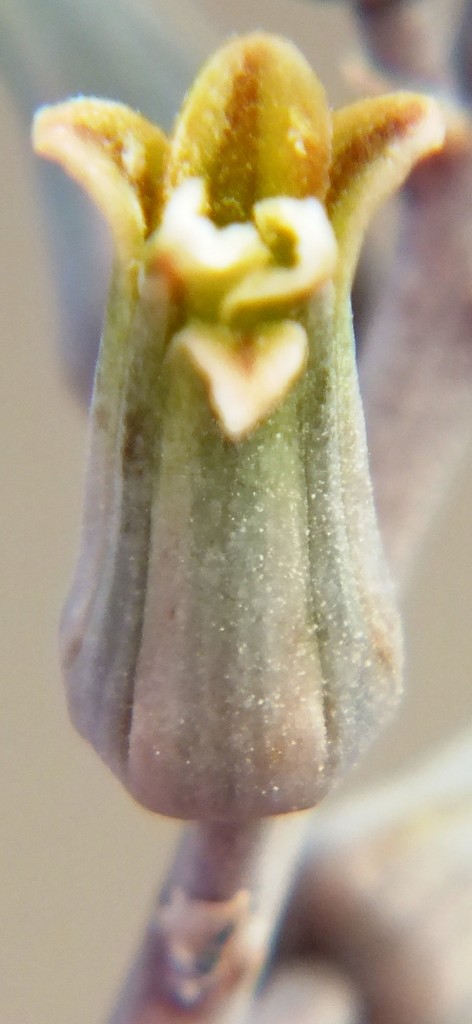
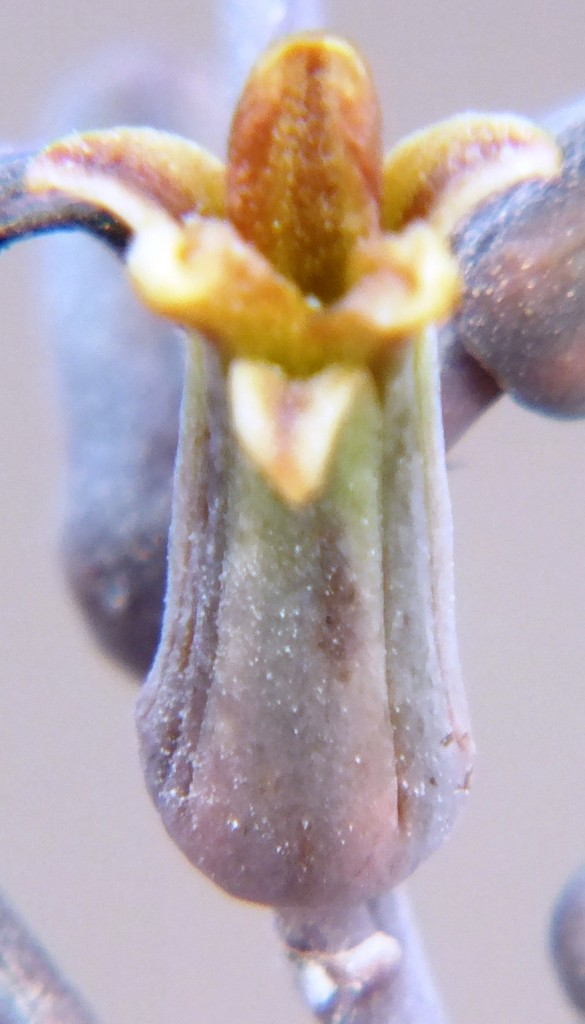
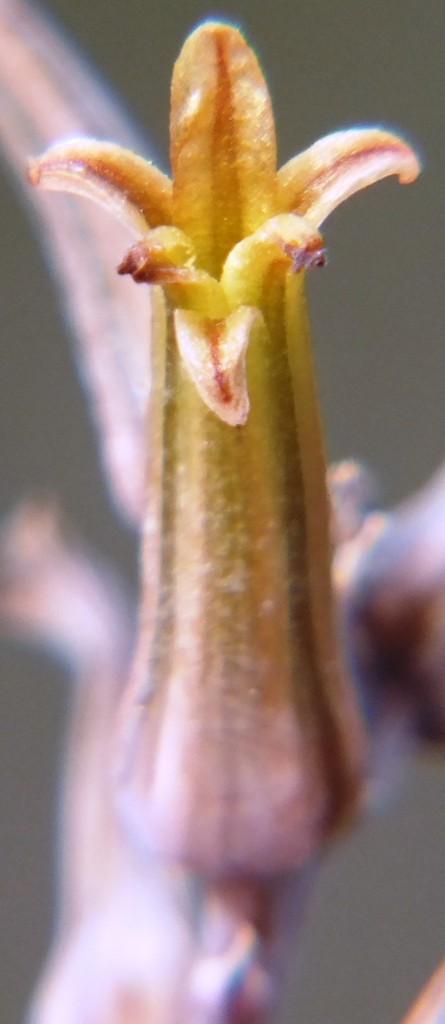
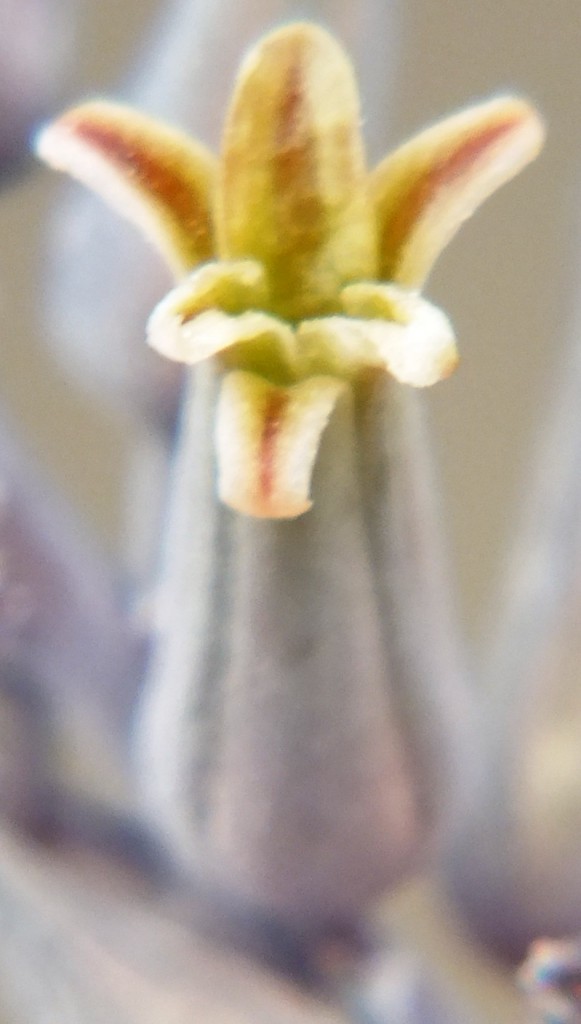
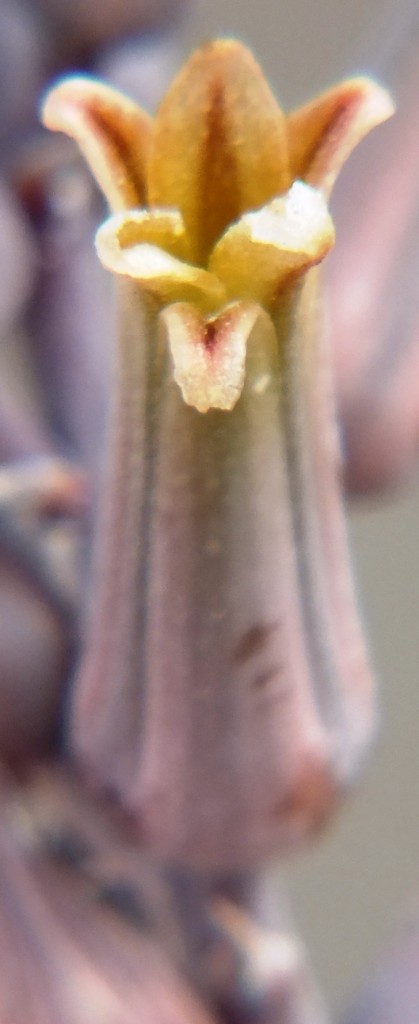
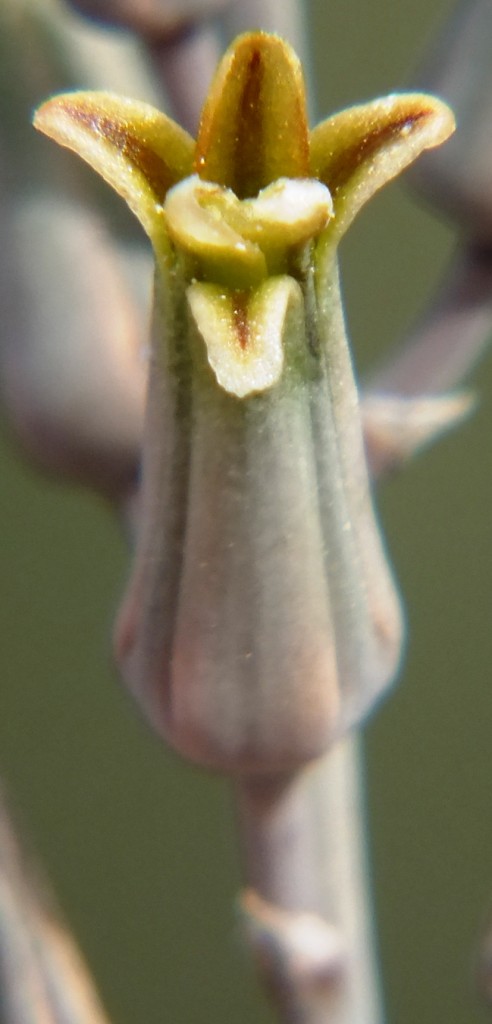
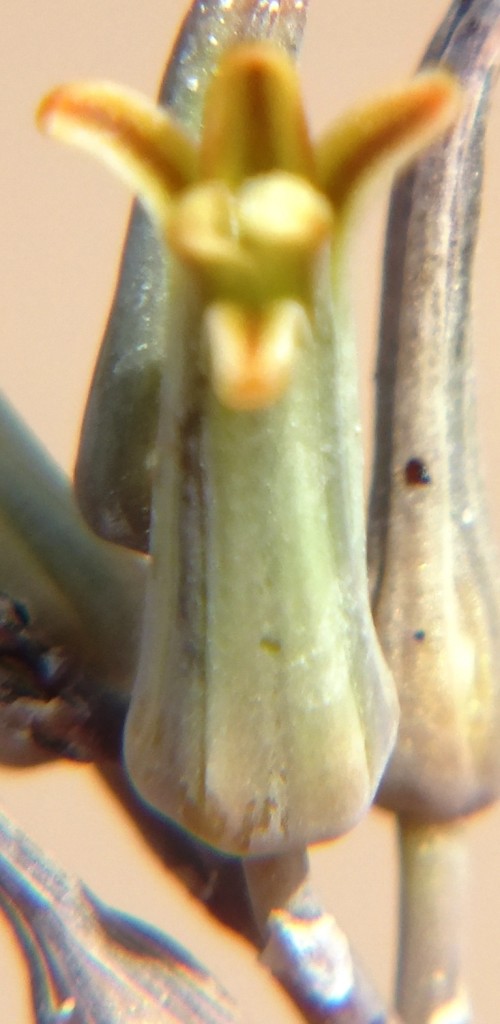
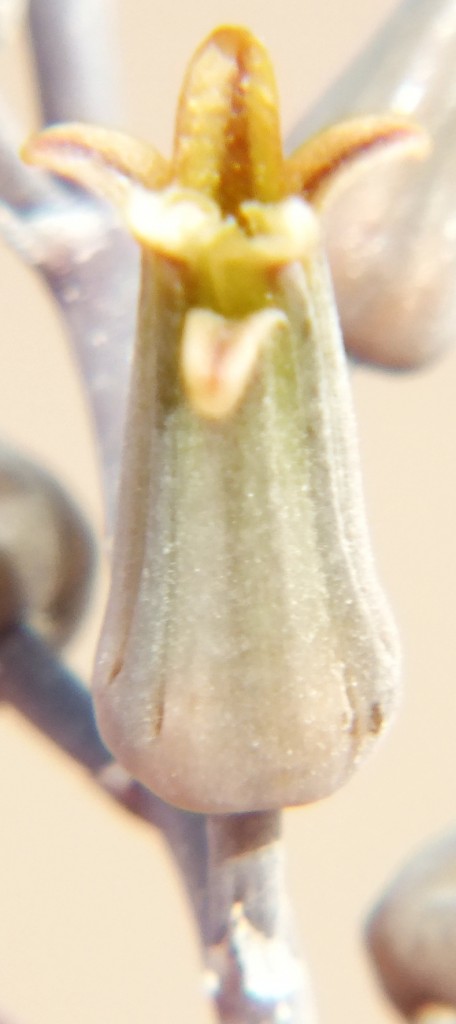
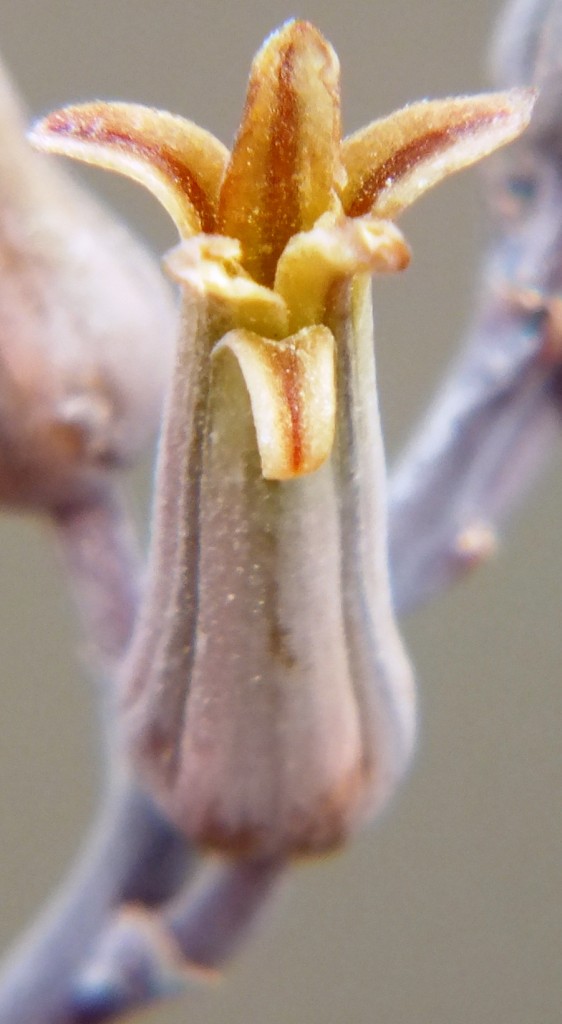
♦
Leaf arrangement in Aloe striatula
Herewith is an image of the leaf arrangement in Aloe striatula. I have numbered the leaves in inverse order to show that the leaves are as much distichious as trifarious i.e in two rows or three. The primary set is 1 through 10, the distichous set is 1, 3, 5, 7, 9 and 2, 4, 6, 8, 10. The trifarious set is 1, 4, 7, 10; 2, 5, 8 and 3, 6, 9. I have also added a picture of the leaf insertion – here it is entire and there is a leaf sheath around the stem – the actual point of insertion is at the pointer although the “veins” continue through that point to the stem itself. In this species the next leaf is inserted just below the opening of the previous sheath. Despite the leaves being alternate, they are spirally arranged. In Aloe broomii the leaf insertion is continuous and you can peel all the leaves off the stem in one piece. In most Haworthia the leaves are imbricate (overlapping alternately) but always in a spiral sequence. H. wittebergensis has leaves that have entire insertion and by memory the same is true for H. blackburniae and maybe for H. viscosa. ♦
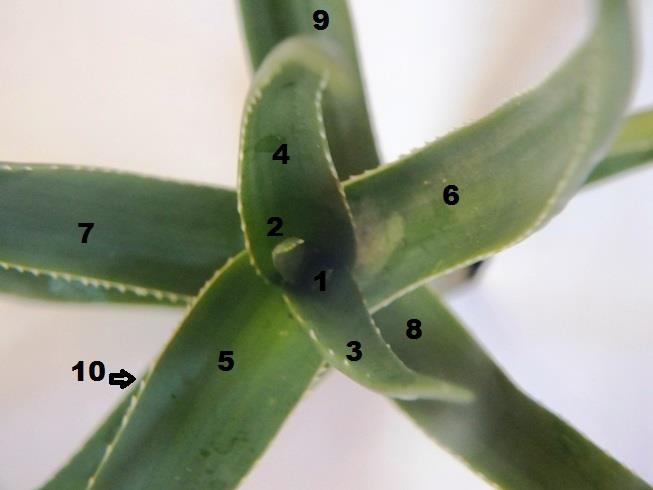
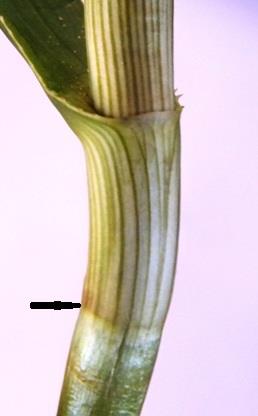
Just what do we do with names for Haworthia?
Previously published in BCSJl (Cactus World) 30.4:211(2012)
M B Bayer
Taxonomy always provokes differing views, and Haworthia in particular has been subject to years of vacillation. The author has long been a campaigner against the haphazard proliferation of new names for every new, morphologically different population or variant. He questions the vagueness of a conventional species concept and pleads for a more reason-based, logical and sensible, communal approach to understanding and classifying Haworthia species. He hopes in this article to convey a message which is relevant to whatever genera of plants you grow. Photography by the author.
In Haworthia, professional botanists have struggled with and avoided the group because it is so infused with amateurs whose interest in the genus far outweighs any knowledge of botany. So classification of Haworthia has muddled on with scant regard for the discipline of botany as a science. Whether that has changed, is not for me to say. I have personally been gathering information on distribution and variation for over 50 years and have very seriously tried to keep that in the context of the science I was trained in and present it in a manner that botanists can follow and hopefully accept.
What has developed is that academic and professional botanists have been working with the tools of molecular biology and the results of five independent studies have all pointed towards the same conclusion, which is that the species of Haworthia are elusive, and the related genera are also not adequately distinguishable in the DNA data. The best solution they can offer is to merge the genera back into a single genus, namely Aloe. My personal reaction is that this is not a new idea and also Gordon Rowley pointed this out as far back as the 1970’s. I have also said that the subgenus Haworthia does not sit comfortably with the other two subgenera. Had I been a true taxonomist I would have implemented that by separating Haworthia into three separate genera and that is what I really would like to see. But the reality is that this does not solve the other problems that exist regarding Astroloba, Chortolirion, Poellnitzia, Chamaealoe, Leptaloe, Lomatophyllum, and the small Madagascan aloes. True botany alone can resolve the current and a new classification (still in manuscript form) has been proposed by a group of scientists that will really ‘rock the boat’ as far as collectors are concerned.
In Haworthiad (2012:4), I wrote about Haworthia mirabilis ‘submagnifica’. (Ed. note: The name in inverted commas, according to the author’s system indicates a variant name rather than a formal conventional variety, subspecies or form. It is his contention that there is no species definition and thus formal names have a large element of uncertainty. Another option is to drop the use of any rank denotation at all). It is one of the first populations linked to von Poellnitz’ H. magnifica long before so much was learned about distribution and variation. I used the prefix “sub” because this means “somewhat”, “almost”, “slightly”, “partially”, and possibly a few other words that mean… it is, but it is not. The population concerned is Komserante (Figs 1-2) and this particular population has acquired the name H. vernalis (Figs. 3-4). But I think we need to start from scratch and drop all the ‘baggage’ of the years. I personally have learned so much since I wrote my revision in 1996 that I know it is not possible to properly backtrack and retrace the passage forward by the use of Latin names. Interfertility is the basis of the system we use to identify and describe species and my field experience was already proving that this cannot possibly apply in the way in which Haworthia has been, or is to be, classified.
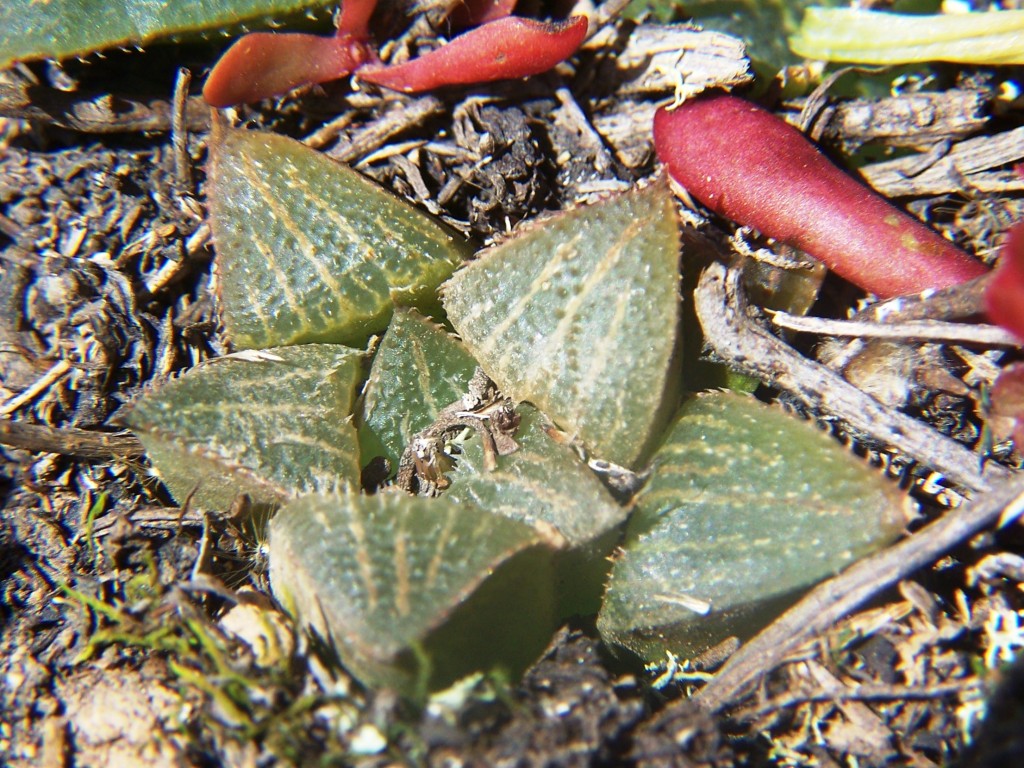
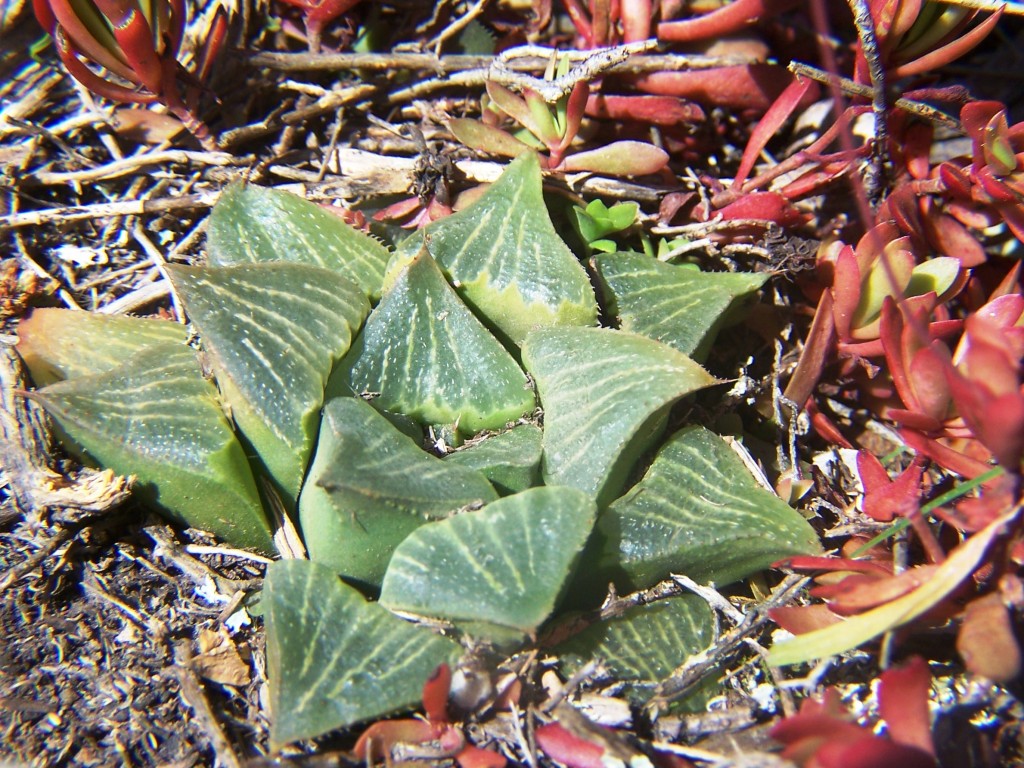
It is quite evident that H. retusa and H. mirabilis, both of which I accept in a very much broader context, do hybridise and there are populations that fit between. But first let me just explain that I regard H. retusa now to include H. turgida and all the variants of that species (nomenclatural priority obviated the use of the name turgida to cover the greater body of populations for this species). In the same way I regard H. maraisii, H. magnifica, and H. heidelbergensis and whatever variants were attached to those, as H. mirabilis. There are thus two species. My further observation is that H. pygmaea and H. mutica are segregates from the common gene pool of H. retusa and H. mirabilis. The Komserante population is the one in which that same gene pool is re-combining (Figs. 5-10). I am not in the least sure of all the intricacies but it seems to me that it is actually the group of populations that I recognize as H. retusa var. nigra that is pivotal in the relationship of all these species that I recognize. In this we discuss populations using names as prescribed by convention. This convention caters for chronology and authorship and not for evolutionary pathways. Both the names “retusa” and “turgida” precede the name “nigra”, but the populations that I now assign to H. retusa ‘nigra’ may better fit the concept of evolutionary origin.
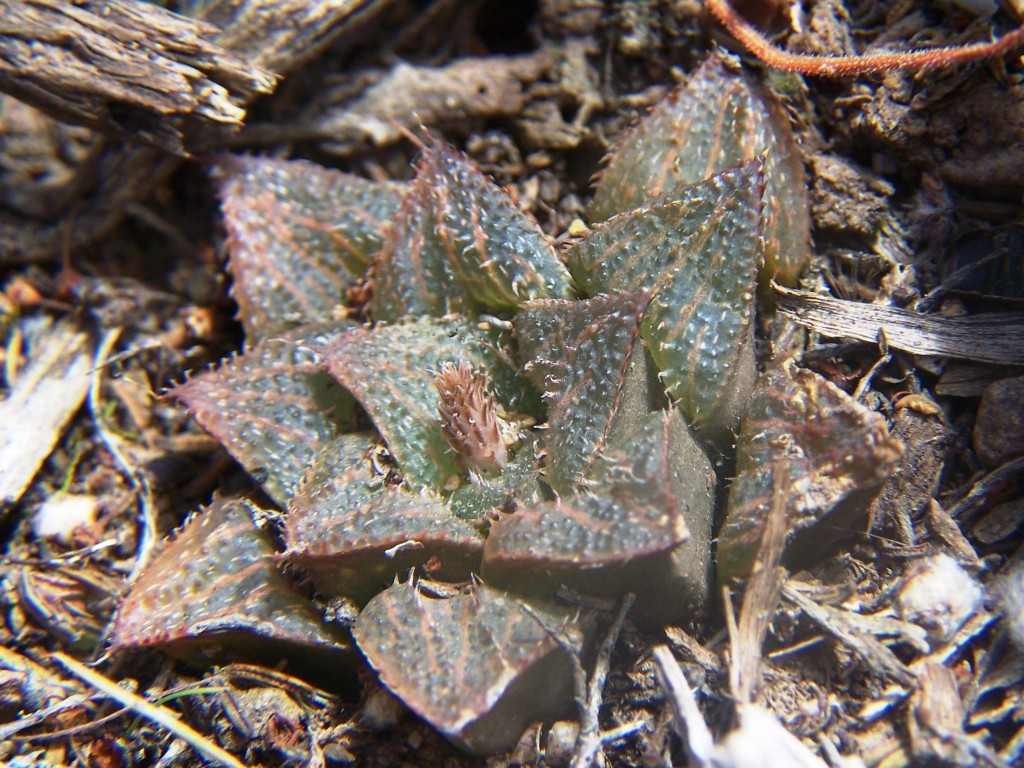
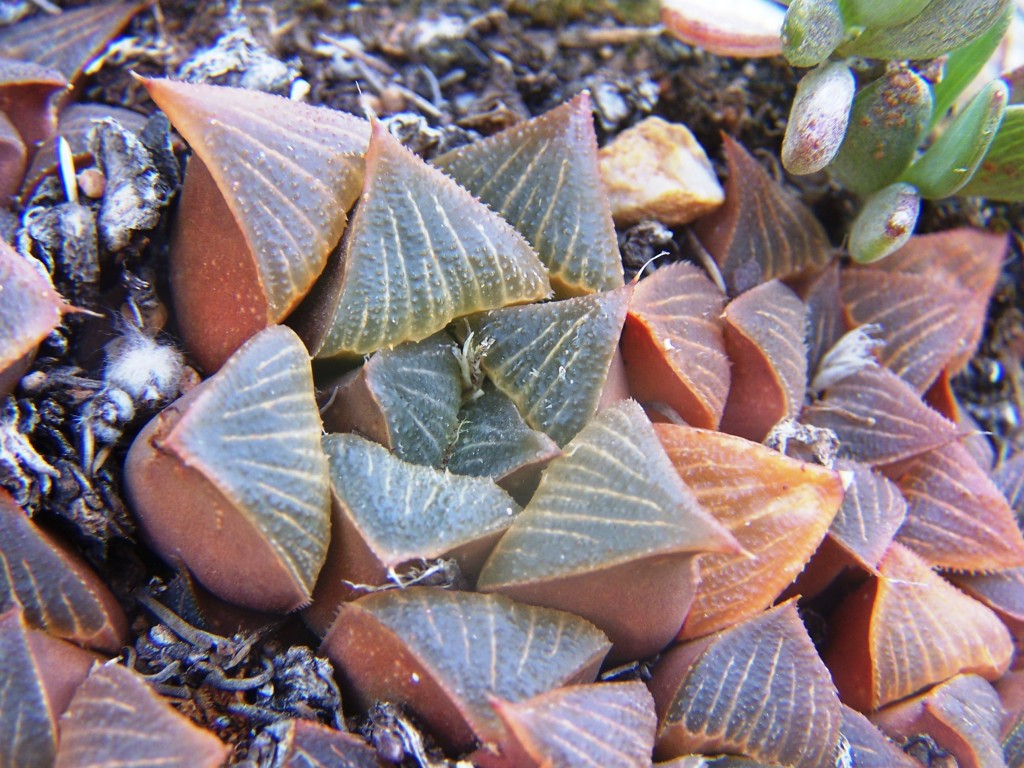
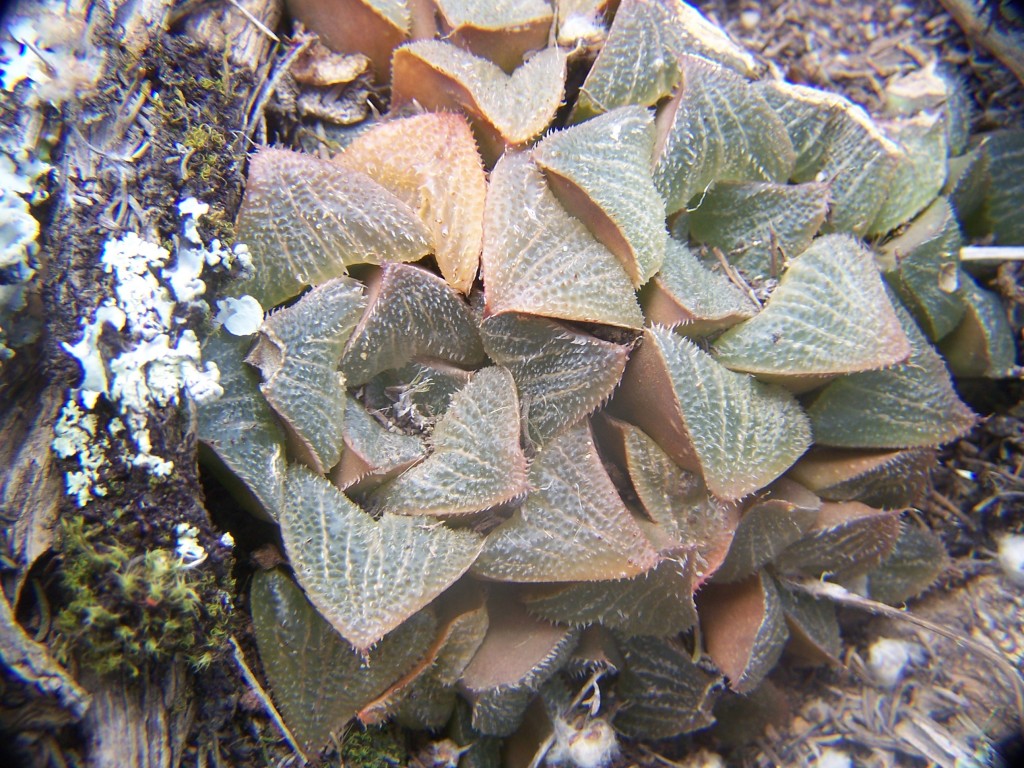
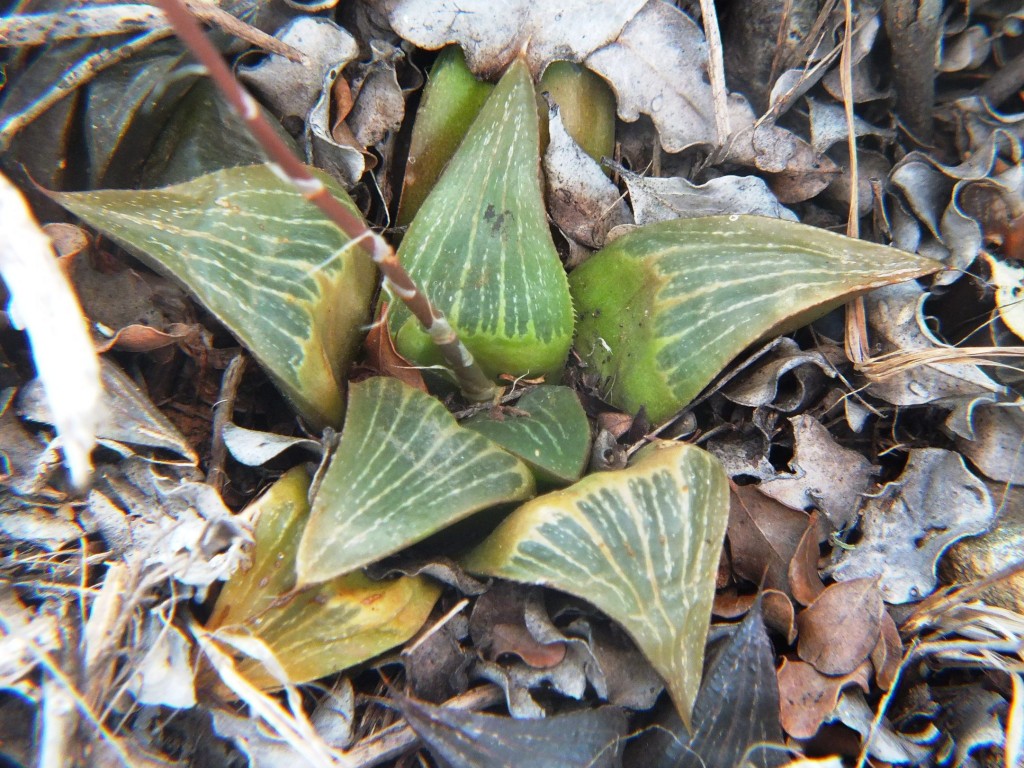
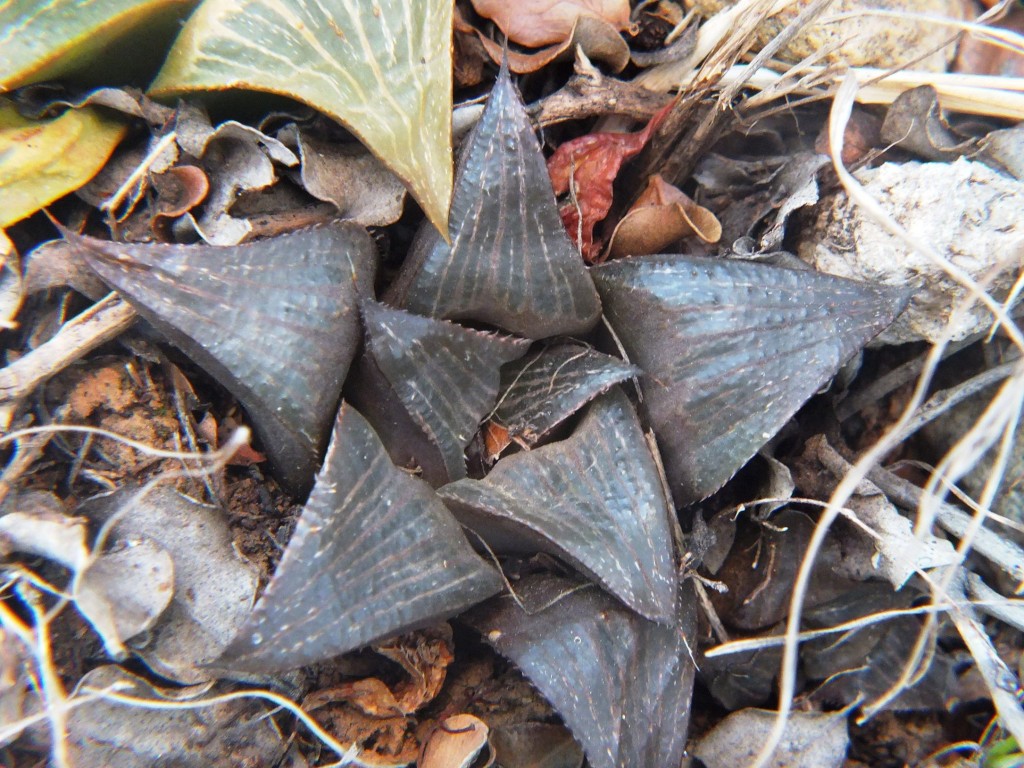
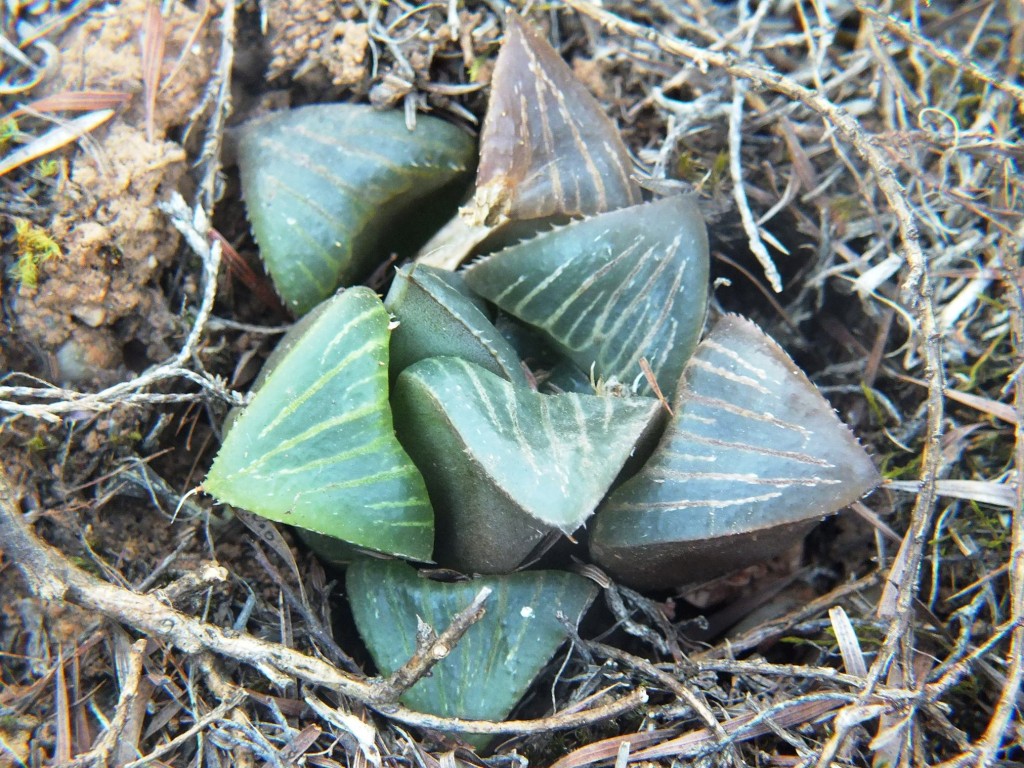
The picture is complicated by the role of H. floribunda. This also hybridizes with both H. mirabilis and H. retusa as odd hybrids as well as at a population level. Just what are we to do? History has demonstrated all too well that a bevy of ill-assorted interested parties trying to impose a botanical classification is going to produce nothing but conflict and confusion. This has been going on now since the time that Smith, Von Poellnitz and Resende were simultaneously describing new species. How are we going to turn around and arrive at the understanding and stability of names that we seek?
In the past I have been extremely reluctant to make the following suggestion, and even now am a bit hesitant. What we need to do is turn to people who are employed to do this work. Herbaria and herbarium botanists are tasked and entrusted to classify and name plants. Perhaps it testifies to the complexity of the subject, or just its enormity, that these botanists have too often needed to defer to amateurs who have the interest, energy and enthusiasm and commitment to acquire field knowledge that a professional could never get the time or funds to do. The unfortunate part is that sometimes amateurs may not be able to relate their knowledge adequately to academic botany.
So what is the solution? It is that the community leaders assume the responsibility for the establishment of a system of classification that is meaningful to the community they serve. By community, I mean initially the botanists who should be providing us with scientifically sound classifications, then editors who are familiar with what botanists do, next are the Societies with their memberships, and also opinion formers in those groups. Finally included are the reviewers and commentators who lead opinion in one direction or another. It is surely not that difficult to sit down together to discuss and arrive at a set of guidelines by which a decision can be reached as to what (not whose) system to accept. A solution does not belong to anyone. Latin names are assumed to refer to an entity called a “species”. Botany has indeed been very lax and remiss in not providing a definition and this is the prime reason why amateurs have had so much freedom in generating Latin names for the most frivolous reasons. Botanists themselves have often not been far behind.
I think it is time to change all this and must excuse myself from any decision making body or process because I have a vested interest in respect of all the words I have written on the subject.
- Haworthia revisited. Umdaus Press, Hatfield. (1999)
- Plants in my collection 7: H. mirabilis ‘magnifica’. Haworthiad 26(1): 4-5 (2012)
♦
Nomenclator (2013)
The Haworthia nomenclator: a list of accepted species with some guidelines for infraspecific names
M.B. Bayer* and J.C. Manning**
*PO Box 960, Kuilsriver 7579, South Africa
**South African National Biodiversity Institute, P/Bag X7, Claremont 7735, South Africa
7 October 2012
(revised 1 February 2013)
With the impending revision of the IOS Succulent Lexicon and a growing awareness that the current classification of the genus Haworthia is unnatural, the time is ripe to propose a list of species names that I (MB) consider worthy of recognition. This list is essentially the same as that published recently in Haworthia Update 7(4): 30–40 (2012), in which we formally published numerous new combinations and new synonyms. There are two changes from that list implemented here. New information prompts us to recognise H. marxii as a species distinct from H. emelyae, and we transfer var. livida from H. pubescens to H. maculata also on the basis of new information.
My considered opinion is that there are at most about 60 species in Haworthia and that a better and more critical treatment would reduce this still more. This contrasts markedly with Breuer (2010), who lists 368 ‘accepted’ species and reports the even more startling claim that Hayashi recognises 550! Some of this increase is due to the tendency for these authors to treat my varietal names as full species but they have also described many new species de novo. I am unable to accept all of their proposed taxa in the context of my extensive field knowledge of the genus and my practical experience of patterns of variation among wild populations.
Species concepts in the genus have always been idiosyncratic, driven primarily by a propensity to recognize variation over similarity and fostered by a general ignorance of the extent of intra-population variability in the wild. The recent almost exponential proliferation of names has succeeded in surrounded the genus with a thicket of nomenclatural twigs that is almost impossible to penetrate and which obscures rather than illuminates any real understanding of the genus. The very appeal of the genus is its almost infinite capacity to vary, and it is a tragedy that they are no longer appreciated for their individuality but are instead pushed into or pulled out of taxonomic boxes almost willynilly. It is very difficult not to suspect the motivation behind some of this bedlam.
While we in no way wish to proscribe anybody from expressing their opinions, we issue an urgent plea for restraint. The nomenclatural flood that has all but submerged the genus will only be exacerbated by floating additional formal names and combinations on the turbulent waters. In fact, we go so far as to recommend a moratorium on the publication of any new taxa in the genus that are proposed without an extensive survey of relevant variation patterns in the wild. Scientific journals reduce the chances that inadequately researched papers will see the light of day by sending all submissions to competent referees for comment and evaluation. Popular journals that transgress into the scientific arena by accepting descriptions of new taxa should do the same and the responsibility for this lies firmly with the editors.
Every scientific name that enters currency has to be accounted for by botanists in their lists and publications. To remove them from circulation requires a separate, formal act for each and every name. Dealing with the many dubious names in Haworthia is taxing task that can be ill afforded. Numerous invalidly published or illegitimate names have also entered circulation through non-adherence to the International Code of Botanical Nomenclature, which aims to regulate scientific names. This adds to the confusion and to the work.
What in fact is the primary purpose of these scientific names? Among botanical circles, species names carry a great deal of weight. In most instances they imply that individuals that share a name also share a common ancestry and can interbreed to produce viable seeds. Species with different names will not. Is this philosophy applied in Haworthia? The process of recognising species in botanical circles is generally top-down, with genera being first split into component species and the species then into subspecies or varieties acording to the particular patterns of variation shown by the constituent populations. This does not seem to apply in Haworthia. Here the process is largely bottom-up, with individuals or populations being given names and then shuffled into or among species. This is patently absurd.
In general terms, botanical names largely reflect similarities whereas horticultural names highlight differences. The two systems are thus not always congruent and little is to be served by confusing them. We therefore recommend that growers exploit the advantages of an informal system of nomeclature that will give them unlimited flexibility without clogging up the formal nomenclature any further. We also urge the Editors of popular journals to encourage the use of this system among their contributers. The great advantage of such an informal and non-ranked system is that it removes the hierarchical constraints that are inherent in the Linnaean system and that have already created problems with the placement of varieties and forms of Haworthia.
It could not be easier to implement and use: instead of worrying about the taxonomic level at which the variant is to be recognized (is it a subspecies, or a variety, or a form) the name appears in inverted commas without any indication of its rank. Such informal names can also be moved between species without any formal changes that are otherwise necessary. They are likely to be more descriptive and meaningful than a bare Latinised trivial epithet. As an example, should Mr Smith consider that the form of H. mirabilis var. sublineata from south of Bredasdorp with paler, attenuate leaves deserves special recognition, then he might usefully refer to those plants under the informal name H. mirabilis ‘Bredasdorp Pale’ Smith 2015. A typical illustration should be designated to fix the application of the name. Transferring of the variant to another species should follow the Zoological Code in carrying over the first author only (now in brackets) and not the transferring author as well. Thus: H. mirabilis ‘Bredasdorp Pale’ (Smith 2015). We are most grateful to Harry Mays, Editor of the Haworthia Update for his assistance and advice on this aspect.
THE LIST: All taxa that we accept are indicated in bold.Taxa that are not accepted at any rank are included as synonyms. Where possible we formally synonomise such names that have not yet been formally synonomised but many others (indicated with an asterisk *) do not appear in the International Plant Names Index (www.ipni.org) as of 20 January 2012 and are thus evidently unpublished or manuscript name. The publication of such names in the literature is irresponsible. Names that are separated by a full stop (.) are based on different types (heterotypic or taxonomic synonyms) whereas those separated by a colon (:) are based on the same type (homotypic or nomenclatural synonyms).
Haworthia Duval Pl. Succ. Horto. Alenc.: 7pp (1809). Baker in Jl. S. Afr. Bot. 18: 197(1880). Baker in Fl. cap. 6: 332 (1896). Berger in Das. Pfl. 4: 74 (1908). Bayer, New Haworthia Handb. (1982). Scott, The genus Haworthia (1985). Type species: H. arachnoidea (L.) Duval. [Typification largely by Breuer & Metzing in Taxon (1996)].
= Catevala Medik. (1786). Apicra Willd. (1811).
± 60 species, very variable and complex. The taxonomy of the genus is still unresolved. Species concepts used here largely follow Bayer’s (1976, 1982, 1997) treatments and are based on geographical distribution and co-occurrence.
NOTE: Recent phylogenetic analyses of nuclear and plastid DNA sequence data supports the view that the three subgenera comprise quite distinct lineages not immediately related to one another. They are thus as distinct as some of the other smaller genera and should thus logically be treated as separate genera. A more useful option is probably to include all of the alooid genera within Aloe.
Key to the subgenera
1. Flowers triangular or rounded-triangular at base; tube obclavate-curved; outer tepals free; style upcurved; seeds irregularly angled . . . subg. Haworthia
2. Flowers hexangular at base, gradually narrowing to junction with pedicel (substipitate); tube obcapitate-curved; outer tepals partly fused to inner; style straight; seeds irregularly angled . . . subg. Hexangulares
3. Flowers rounded at base and abruptly joined to pedicel (non-stipitate); petals partly fused; tube obcapitate-straight; style straight; seeds flattish . . . subg. Robustipedunculatae
I. Subgenus Haworthia. Type species: as for genus. ± 41 spp.
H. angustifolia Haw. in Philos. Mag. J. 66: 283 (1825). Neotype, designated by Breuer & Metzing (1997): Grahamstown to Alicedale, Bruyns 1653 (NBG).
= Aloe stenophylla Schult. & Schult.f. (1829). H. albanensis Shonl. (1912). H. angustifolia var. grandis Smith (1943).
H. angustifolia var. angustifolia
H. angustifolia var. altissima Bayer in Haw. Revis.: 26 (1999): H. altissima (Bayer) M.Hayashi in Haworthia Study 3: 13 (2000). Type: Riebeek East to Carlisle Bridge, Smith 5220 (NBG).
H. angustifolia var. baylissii (Scott) Bayer in Haw. Revis.: 27 (1999): H. baylissii Scott (1968). Type: Oudekraal, Zuurberg, Bayliss sub Scott 796 (PRE).
H. angustifolia var. paucifolia Smith in Jl. S. Afr. Bot. 14: 48 (1948): H. paucifolia (Smith) M.Hayashi in Haworthia Study 22: 11 (2010). Type: Frazers Camp, Smith 6819 (NBG).
H. arachnoidea (L.) Duval in Pl. Succ. Hort. Alenc.: 7 (1809): Aloe pumila var. arachnoidea L. (1753): Catevala arachnoidea (L.) Medik. (1786): Apicra arachnoidea (L.) Willd. (1811). Lectotype, designated by Scott (1977): Commelin, Praeludia Bot.: t. 27 (1703). Epitype, designated by Breuer & Metzing (1997): Buitenstekloof, Langvlei, Bayer 153 (NBG).
= H. arachnoidea var. minor Haw. (1819).
H. arachnoidea var. arachnoidea
= H. joubertii M.Hayashi in Haworthia Study 14: 16 (2005), nom. inval. H. laxa M.Hayashi in Haworthia Study 14: 14 (2005), nom. inval. H. limbata M.Hayashi in Haworthia Study 14: 16 (2005), nom. inval. *H. isomorpha *H. gilva
H. arachnoidea var. aranea (Berger) Bayer in Haw. Revis.: 30 (1999): H. bolusii var. aranea Berger (1908): H. aranea (Berger) Bayer (1976). Lectotype: Engler, Pflanzenr. 33: 114, f. 39 A–E (1908). Epitype, designated by Breuer & Metzing (1997): Robinson Pass, Moeras River Drift, Bolus 12372 (BOL).
H. arachnoidea var. namaquensis Bayer in Haw. Revis.: 31 (1999): H. namaquensis (Bayer) Breuer in Gen. Haworthia 1: 7 (2010). Type: Karrachabpoort, Richtersveld, Bayer 1674 (NBG).
H. arachnoidea var. nigricans (Haw.) Bayer in Haw. Revis.: 32 (1999): H. setata var. nigricans Haw. (1821). Neotype, designated by Bayer (1997): SW Vanwyksdorp, Bayer 2419 (NBG).
= H. helmiae V.Poelln. (1937): H. unicolor var. helmiae (V.Poelln.) Bayer (1976). H. venteri V.Poelln. (1939): H. unicolor var. venteri (V.Poelln.) Bayer (1976). H. scottii Breuer in Avonia 21: 55 (2003). H. nigrata M.Hayashi in Haworthia Study 15: 14 (2006). *H. apata *H. regens *H. formosa *H. kuromisa
H. arachnoidea var. scabrispina Bayer in Haw. Revis.: 34 (1999): H. scabrispina (Bayer) Breuer in Gen. Haworthia 1: 8 (2010). Type: Baviaans, Bayer 2105 (NBG) *H. matjiesta
H. arachnoidea var. setata (Haw.) Bayer in Haw. Revis.: 34 (1999): H. setata Haw. (1819). Iconotype: artist unknown, specimen received from Dr Mackrill ex Cape (K).
= H. setata var. media Haw. (1821). H. setata var. major Haw. (1821). Aloe setosa Schult. & Schult.f. (1829). H. gigas V.Poelln. (1932): H. setata var. gigas (V.Poelln.) V.Poelln. (1938). H. minima var. major V. Poelln. (1938): H. tenera var. major (V.Poelln.) Uitew. (1948). H. pectinis M.Hayashi in Haworthia Study 10: 13 (2003). H. tretyrensis Breuer in Avonia 21: 58 (2003). H. candida M.Hayashi in Haworthia Study 16: 16 (2006). H. cangoensis M.Hayashi in Haworthia Study 14: 13 (2005), nom. inval. H. angiras M.Hayashi in Haworthia Study 14: 13 (2005), nom. inval. H. kogmansensis M.Hayashi in Haworthia Study 14: 14 (2005), nom. inval.
H. aristata Haw. in Suppl. Pl. Succ.: 51 (1819). Iconotype: (K). Epitype: Deadman’s Gulch (Soutkloof), Smith 3550 (NBG).
= H. denticulata Haw. (1821). H. lapis Breuer & M.Hayashi in Alsterworthia Int. Special Issue 7: 6 (2004). H. rava M.Hayashi in Haworthia Study 14: 11 (2005), nom. inval.
H. bayeri Hammer & Venter in Cact. Succ. J (US) 69: 75 (1997). Type: S Uniondale, Stayner in KG164/69 (NBG).
= H. hayashii M.Hayashi in Haworthia Study 7: 14 (2002). H. laeta M.Hayashi in Haworthia Study 12: 13 (2004). H. indigoa M.Hayashi in Haworthia Study 12: 13 (2004). H. truterorum Breuer & Marx in Aloe 48: 54 (2011).
H. blackburniae Barker in J. S. Afr. Bot. 3:93 (1937). Type: Calitzdorp, Reynolds 1842 (NBG).
H. blackburniae var. blackburniae
H. blackburniae var. graminifolia (Smith) Bayer in Haw. Revis.: 42 (1999): H. graminifolia Smith (1942). Type: Schoemanspoort, M. Courtenay‑Latimer in Smith 5222 (NBG).
H. blackburniae var. derustensis Bayer in Haw. Revis.: 41 (1997): H. derustensis (Bayer) M.Hayashi in Haworthia Study 3: 13 (2000). Type: W. De Rust, Vlok sub Venter 93/24 (NBG).
H. bolusii Baker in J. Linn. Soc. Bot.:215 (1880). Type: Graaff-Reinet, Bolus 158 (K).
= H. odetteae Breuer in Avonia 21: 51 (2003). H. odyssei M.Hayashi in Haworthia Study 14: 11 (2005), nom. inval. H. capillaris M.Hayashi in Haworthia Study 16: 16 (2006).
H. bolusii var. bolusii
H. bolusii var. blackbeardiana (V. Poelln.) Bayer in Haw. Hand.: 31 (1976): H. blackbeardiana V.Poelln. (1932). Lectotype, designated by Breuer & Metzing (1997): ex cult. V.Poelln. 1932 (B).
= H. blackbeardiana var. major V.Poelln. (1937). H. inermis V.Poelln. (1932): H. altilinea var. inermis (V.Poelln.) V.Poelln. (1937): H. altilinea var. limpida f. inermis (V.Poelln.) V.Poelln. (1940). H. batteniae Scott (1979). H. calaensis Breuer in Alsterworthia Int. Special Issue 7: 5 (2004). H. specksii Breuer in Alsterworthia Int. Special Issue 7: 8 (2004).*H. hogsia *H. speciosa *H. malvina
H. bolusii var. pringlei (Scott) Bayer in Haworthiad 16: 62 (2002). H. decipiens var. pringlei (Scott) Bayer in Haw. Revis.: 67 (1999): H. pringlei Scott (Bradleya 12:103,1994). Type: Adelaide district, Scott s.n. PRE 8970 (PRE). H. hisui M.Hayashi in Haworthia Study 12: 10 (2004). H. lazulis M.Hayashi in Haworthia Study 14: 11 (2005), nom. inval. H. aquamarina M.Hayashi in Haworthia Study 10: 13 (2003). H. hastata M.Hayashi in Haworthia Study 12: 9 (2004).
H. chloracantha Haw. in Revis.:57 (1821): Aloe chlorocantha (Haw.) Scult. & Schult.f. (1829). Neotype, designated by Breuer & Metzing (1997): N Herbertsdale, Bayer KG411/75 (NBG).
H. chloracantha var. chloracantha
H. chloracantha var. denticulifera (V.Poelln.) Bayer in Haw. Hand.: 112 (1976): H. angustifolia var. denticulifera V.Poelln. (1937): H. denticulifera (V.Poelln.) M.Hayashi in Haworthia Study 3: 13 (2000). Type (icono.): (B).
= H. angustifolia var. lilliputana Uitew. (1953).
H. chloracantha var. subglauca V.Poelln. in Kakteenkunde 9:135 (1937): H. subglauca (V.Poelln.) M.Hayshi in Haworthia Study 3: 13 (2000). Neotype, designated by Breuer & Metzing (1997): Great Brak, Hurling & Neil (BOL).
H. cooperi Baker in Refug. Bot. 4: 233 (1871). Type: Cape, Cooper (K).
= H. vittata Baker (1871).
H. cooperi var. cooperi
= H. pallens Breuer & M.Hayashi in Alsterworthia Int. Special Issue 7: 7 (2004). *H. turcosa *H. elegans *H. foeda *H. yocans
H. cooperi var. dielsiana (V.Poelln.) Bayer in Haw. Revis.: 51 (1999): H. dielsiana V.Poelln. (1930): H. pilifera var. dielsiana (V.Poelln.) V.Poelln. (1940): H. obtusa var. dielsiana (V.Poelln.) Uitew. (1948). Neotype, designated by Bayer (1999): Sheldon, A.J. van der Merwe in Smith 1140 (NBG).
= H. joeyae Scott (1975).
H. cooperi var. doldii Bayer in Haworthiad 16: 65 (2002): H. doldii (Bayer) M.Hayashi in Haworthia Study 14: 11 (2005). Type: Chalumna, Dold 3961 (GRA).
H. cooperi var. gordoniana (V.Poelln.) Bayer in Haw. Revis.: 52 (1999): H. gordoniana V.Poelln. (1937): H. pilifera var. gordoniana (V.Poelln.) V.Poelln. (1938): H. obtusa var. gordoniana (V.Poelln.) Uitew. (1948). Neotype, designated by Bayer (1999): Patensie, Smith 3028 (NBG).
= H. harryi M.Hayashi in Haworthia Study 12: 9 (2004). H. jeffreis M.Hayashi in Haworthia Study 12: 10 (2004). H. pusilla M.Hayashi in Haworthia Study 12: 10 (2004). H. ligulata M.Hayashi in Haworthia Study 12: 6 (2004). H. venetia M.Hayashi in Haworthia Study 12: 6 (2004). *H. brandea *H. cineraria *H. compressa *H. gelatina *H. ionandra *H. neritica *H. silvicola *H. tomentosa
H. cooperi var. gracilis (V.Poelln.) Bayer in Haworthiad 16: 64 (2002): H. gracilis V.Poelln. (1929). Neotype, designated by Bayer (1999): Hellspoort, Britten (PRE).
= H. caerulea M.Hayashi & Breuer in Haworthia Study 12: 7 (2004).
H. cooperi var. isabellae (V.Poelln.) Bayer in Haworthiad 16: 62 (2002): H. gracilis var. isabellae (V.Poelln.) Bayer in Haw. Revis.: 77 (1999): H. isabellae V.Poelln. (1938). Neotype, designated by Bayer: Humansdorp, Gamtoos bridge, H. Hall sub NBG 68799 (NBG).
= H. azurea M.Hayashi in Haworthia Study 9: 12 (2003). H. arabesqua M.Hayashi in Haworthia Study 12: 7 (2004). H. bella M.Hayashi in Haworthia Study 12: 8 (2004). H. florens M.Hayashi in Haworthia Study 12: 11 (2004). H. pilosa M.Hayashi in Haworthia Study 12: 7 (2004). H. bathylis M.Hayashi in Haworthia Study 15: 116 (2006). H. lachnosa M.Hayashi in Haworthia Study 16: 16 (2006). H. ciliata M.Hayashi in Haworthia Study 14: 11(2005), nom. inval. *H. kromia. *H. patriae *H. cuprina *H. dasylis
H. cooperi var. leightonii (Smith) Bayer in Haw. Hand.: 128 (1976): H. leightonii Smith (1950). Type: Kayser’s Beach, Smith 6938 (NBG).
= Haworthia leightonii var. davidii Breuer in Avonia 21: 49 (2003).: Haworthia davidii (Breuer) M.Hayashi & Breuer (2005). Type: SW East London, Breuer 6970 (TUAT). *H. sabita?
H. cooperi var. minima (Bayer) Bayer (2012): H. minima Baker (1880) hom. illegit. non (Aiton) Haw. (1812): H. gracilis var. minima Bayer [as (Baker) Bayer] (1999). Iconotype: (K).
= H. tenera V.Poelln. (1932): H. translucens subsp. tenera (V.Poelln.) Bayer (1976): H. gracilis var. tenera (V.Poell.) Bayer (1999): H. cooperi var. tenera (V.Poelln.) Bayer (2002). H. cummingii Breuer & M.Hayashi in Haworthia Study 10: 4 (2003).
H. cooperi var. picturata (Bayer) Bayer in Haworthiad 16: 65 (2002): H. gracilis var. picturata Bayer (1999): H. picturata M.Hayashi (2000). Type: Enon, Thode 21507 (NBG).
= H. oculata M.Hayashi in Haworthia Study 12: 10 (2004). *H. florida *H. imperialis *H. kubusie
H. cooperi var. pilifera (Baker) Bayer in Haw. Revis.: 54 (1999): H. pilifera Baker (1871): H. obtusa var. pilifera (Baker) Uitew. (1948). Iconotype: Refug. Bot.: 234 (1871).
= H. stayneri V.Poelln. (1937): H. pilifera var. stayneri (V.Poelln.) V.Poelln. (1938): H. obtusa var. stayneri (V.Poelln.) Uitew. (1948). H. stayneri var. salina V.Poelln. (1937): H. pilifera var. salina (V.Poelln.) V.Poelln. (1938): H. obtusa var. salina (V.Poelln.) Uitew. (1948): H. salina (V.Poelln.) M.Hayashi (2010). H. pilifera var. dielsiana f. acuminata V.Poelln. (1940): H. obtusa var. dielsiana f. acuminata (V.Poelln.) Uitew. (1948). H. luri M.Hayashi in Haworthia Study 14:11 (2005), nom. inval. *H. sabrina
H. cooperi var. truncata (Jacobs.) Bayer in Haw. Rev.: 55 (1999): H. obtusa var. pilifera f. truncata Jacobs in Nat. Cact. Succ. J. 10: 81 (1955): H. ikra Breuer (2010). Neotype, designated by Bayet (1999): Runlets, Mgwali, Smith 5295 (NBG).
H. cooperi var. venusta (Scott) Bayer in Haw. Revis. (1999): H. venusta Scott in Bradleya 14:87 (1996). Type: NE Alexandria, Britten 781 (GRA).
H. cooperi var. viridis (Bayer) Bayer in Haworthiad 16: 65 (2002): H. gracilis var. viridis Bayer (1999). Type: Perdepoort, Smith 6867 (NBG).
= H. hamata M.Hayashi in Haworthia Study 10: 12 (2003). H. emeralda M.Hayashi in Haworthia Study 12: 11 (2004). H. subhamata M.Hayashi in Haworthia Study 12: 11 (2004). H. teres M.Hayashi in Haworthia Study 12: 7 (2004). *H. swannea
H. cymbiformis (Haw.) Duv. in Pl. Succ. Hort. Elenc.:7 (1809): Aloe cymbiformis Haw. (1804): H. concava Haw., nom. illegit. superfl. (1821). Neotype, designated by Breuer & Metzing (1997): Port Elizabeth, Walmer, Smith 2844 (NBG).
= H. planifolia Haw. (1825): H. cymbiformis var. planifolia (Haw.) Baker (1880): Aloe planifolia (Haw.) Salm-Dyck (1840). H. cymbiformis var. angustata V.Poelln. (1938): H. angustata (V.Poelln.) Breuer in Gen. Haw. 1: 7 (2010). H. cymbiformis var. angustata f. subarmata V.Poelln. (1938). H. cymbiformis var. compacta Triebn. (1938): H. compacta (Triebn.) Breuer in Gen. Haw. 1: 7 (2010). H. planifolia var. exulata V.Poelln. (1938). H. planifolia var. planifolia f. agavoides Triebn. & V.Poelln. (1938), et f. olivacea Triebn. & V.Poelln. (1938), et f. robusta Triebn. & V.Poelln. (1938), et var. incrassata V.Poell. (1938), et var. sublaevis V.Poelln. (1938), et var. longifolia Triebn. et V.Poelln. (1938), et var. longifolia f. calochlora Triebn. et V.Poelln. (1938). H. planifolia var. poellnitziana Resende (1943). H. lepida Smith (1944). *H. cana *H. ingens *H. plena *H. rosea
H. cymbiformis var. cymbiformis
H. cymbiformis var. incurvula (V.Poelln.) Bayer in Haw. Hand.: 124 (1976): H. incurvula V.Poelln. (1932). Neotype, designated by Breuer & Metzing (1997): Pluto’s Vale, Britten s.n. BOL71307 (BOL).
H. cymbiformis var. obtusa (Haw.) Baker in J. Linn. Soc. Bot. 18: 209 (1880). H. obtusa Haw. in Phil.Mag. 46: 282 (1825). Iconotype: (K).
= H. umbraticola V.Poelln. (1937): H. cymbiformis var. umbraticola (V.Poelln.) Bayer (1976). H. hilliana V.Poelln. (1937): H. umbraticola var. hilliana V.Poelln. (1938). H. obtusa var. pilifera f. truncata Jacobs. (1960). *H. blinkia
H. cymbiformis var. ramosa (Smith) Bayer in Haw. Revis.: 60 (1999): H. ramosa Smith (1940): H. cymbiformis f. ramosa (Smith) Bayer (1976). Type: Wooldridge, Smith 3168 (NBG).
H. cymbiformis var. setulifera (V.Poelln.) Bayer in Haw. Revis.: 62 (1999): H. planifolia var. setulifera V.Poelln. (1938): H. setulifera (V.Poelln.) Breuer (2010). Neotype, designated by Bayer (1999): Kwelegha Bridge, Smith 5257 (NBG). H. cymbiformis var. obesa V.Poelln. (1938): H. obesa (V.Poell.) Breuer. *H. sarcoidea
H. decipiens V.Poelln. in Repert. Spec. Nov. Regni. Veg. 28: 103 (1930). Neotype, designated by Breuer & Metzing (1997)): Prince Albert, Kleinsleutelfontein, Bayer 5157 (NBG).
= H. exilis M.Hayashi in Haworthia Study 10: 12 (2003). H. incrassa M.Hayashi in Haworthia Study 14: 12 (2005), nom. inval. *H. tooris
H. decipiens var. decipiens
H. decipiens var. cyanea Bayer in Haw. Revis.: 65 (1999): H. cyanea (Bayer) Hayashi (2000). Type: Fairview, W Jansenville, Bayer 4180 (NBG).
= H. amethysta M.Hayashi in Haworthia Study 10: 1 (2003). H. succinea M.Hayashi in Haworthia Study 10: 14 (2003). H. ianthina M.Hayashi in Haworthia Study 14: 12 (2005), nom. inval.*H. virginea
H. decipiens var. minor Bayer in Haw. Revis.: 66 (1999). Type: Kleinpoort, Smith 3588 (NBG). *H. tenmari
H. decipiens var. virella Bayer in Haworthiad 16: 63 (2002). Type: Ebenezer, Bayer 2070 (NBG).
= H. crinita M.Hayashi in Haworthia Study 10: 13 (2003). H. eminens M.Hayashi in Haworthia Study 10: 13 (2003). H. floccosa M.Hayashi in Haworthia Study 10: 13 (2003). H. kemari M.Hayashi in Haworthia Study 9: 11 (2003). H. fluffa M.Hayashi in Haworthia Study 12: 9 (2004). H. jansenvillensis Breuer in Alsterworthia Inst. 4: 16 (2004). H. pellucida M.Hayashi in Haworthia Study 14: 12 (2005), nom. inval. *H. delicata *H. ionides *H. lanceata *H. stewarta
H. decipiens var. xiphiophylla (Baker) Bayer in Haworthiad 16: 63 (2002). H. arachnoidea var. xiphiophylla (Baker) Bayer in Haw. Revis.: 36 (1999). Haworthia xiphiophylla Baker, Curtis’ Bot.Mag.: t. 7505 (1896). H. setata var. xiphiophylla (Baker) V. Poelln. (1938). Type: Uitenhage, Howlett (K).
= H. longiaristata V. Poelln. (1937). H. flavida M.Hayashi in Haworthia Study 10: 13 (2003). *H. kammaensis
H. emelyae V.Poelln. in Repert. Spec. Nov. Regni. Veg. 42: 271 (1937). Lectotype, designated by Breuer & Metzing (1997): [unpublished image] (B).
= H. blackburniae V.Poelln. (1937). H. correcta V.Poelln. (1938). H. picta V.Poelln. (1938). H. picta var. janvlokii Breuer in Avonia 21: 52 (2003). H. janvlokii (Breuer) Breuer (2010). H. breueri M.Hayashi in Haworthia Study 7: 14 (2002). H. picta var. tricolor Breuer in Avonia 21: 53 (2003).: H. tricolor ( Breuer ) M.Hayashi (2010).
H. emelyae var. emelyae
H. emelyae var. comptoniana (Smith) Hammer and Venter in Cact. Succ. J. (US) 69: 77 (1997): H. comptoniana Smith (1945). Type: Georgida, Malherbe sub Smith 3433 (NBG).
H. emelyae var. major (Smith) Bayer in Haw. Revis.: 70 (1999): H. schuldtiana var. major Smith (1946): H. maraisii var. major (Smith) Bayer (1976): H. magnifica var. major (Smith) Bayer (1977). Type: Garcia’s Pass, Smith 5370 (NBG).
= H. wimii M.Hayashi in Haworthia Study 3: 13 (2000).
H. emelyae var. multifolia Bayer in Nat. Cact. Succ. J. 34:31 (1979): H. multifolia (Bayer) M.Hayashi (2000). Type: Riversdale, Springfontein, Bayer 1558 (NBG).
H. floribunda V.Poelln. in Repert. Spec. Nov. Regni Veg. 40: 149 (1936). Neotype, designated by Bayer (1982): [unpublished image] (B). Epitype, designated by Breuer & Metzing (1997): Blackdown, NE Heidelberg, Bayer 158 (NBG).*H. henda
H. floribunda var. floribunda
H. floribunda var. dentata Bayer in Haw. Revis.: 73 (1999): H. dentata (Bayer) M.Hayashi (2000), hom. illegit. non H.Jacobsen (1935). Type: W Riversdale, Dekenah 90 sub Smith 5502 (NBG).
H. floribunda var. major Bayer in Haw. Revis.: 74 (1999). Type: S Swellendam, De Kok (NBG).
= H. kondoi M.Hayashi in Haworthia Study 3: 13 (2000).
H. herbacea (Mill.) Stearn in Cactus J. 7: 40 (1938): Aloe herbacea Mill. (1768). Lectotype, designated by Bayer (1972): Illustration in Boerhaave, Index Alter Hort. Lugd.-Bat. 2: 130: t. 131 (1720). Epitype, designated by Breuer & Metzing (1997): N Ribbokkop, Bayer 161 (NBG).
= Aloe atrovirens DC. (1799): H. atrovirens (DC.) Haw. (1821). H. pumila (Willd.) Duval (1809). Aloe translucens Haw. (1804): H. translucens (Haw.) Haw. (1819): Aloe arachnoidea var. translucens (Haw.) Ker-G. (1811). H. pellucens Haw. (1812). H. pallida Haw. (1821). H. paynei V.Poelln. in Feddes Repert. 41: 206 (1937).: H. herbacea var. paynei (V.Poelln.) Bayer (1999). H. aegrota V.Poelln. (1939). H. submaculata V.Poelln. (1939). H. luteorosea Uitew. (1939).
H. herbacea var. herbacea
H. herbacea var. flaccida Bayer in Haw. Revis.: 86 (1999): H. flaccida (Bayer) Breuer (2010). Type: Worcester, Rooiberg, Bruyns (NBG).
H. herbacea var. lupula Bayer in Haw. Revis.: 86 (1999): H. lupula (Bayer) M.Hayashi (2000). Type: Villiersdorp, Boscheveld Mt., Wolfkloof, Esterhuysen (NBG).
H. lockwoodii Archibald in Fl. Pl. Africa 20: f. 792 (1940). Type: near Laingsburg, Lockwood-Hill 215 (GRA).
H. maculata (V.Poelln.) Bayer in Haw. Hand.: 130 (1976): H. schuldtiana var. maculata V.Poelln. (1940). Lectotype, designated by Breuer & Metzing (1997): Worcester, Venter 6 (BOL).
H. maculata var. maculata. *H. audens
H. maculata var. livida (Bayer) Bayer, comb. nov.: H. pubescens var. livida Bayer in Haw. Revis.: 134 (1999). Type: Worcester, Lemoenpoort, Bayer 1128 (NBG). *H. livida
H. marumiana Uitew. in Cact.Vetp. 6: 33 (1940). Type: Cape, Ladismith, ex hort. Stellenbosch sub 6610 (AMD).
= H. borealis M.Hayashi in Haworthia Study 15: 14 (2006). H. marmorata M.Hayashi in Haworthia Study 15: 14 (2006). H. tarkasia M.Hayashi in Haworthia Study 15: 14 (2006). *H. euchlora
H. marumiana var. marumiana
H. marumiana var. archeri (W.F.Barker ex Bayer) Bayer in Haw. Revis.: 104 (1999): H. archeri W.F.Barker ex Bayer (1981). Type: Whitehill, Archer s.n. NBG 68145 (NBG). *H. chibita *H. frazeri *H. nudata
H. marumiana var. batesiana (Uitew.) Bayer in Haw. Revis.: 105 (1999): H. batesiana Uitew. (1948). Type: Graaff-Reinet, Ferguson (AMD).
H. marumiana var. dimorpha (Bayer) Bayer in Haw. Revis.: 106 (1999): H. archeri var. dimorpha Bayer (1981): H. dimorpha (Bayer) M.Hayshi (2000). Type: Constable Station, W Laingsburg, Hall sub Smith 7418 (NBG).
H. marumiana var. reddii (Scott) Bayer (2012): H. cymbiformis var. reddii (Scott) Bayer (1999): H. reddii Scott in Cact. Succ. J. (US) 66:182 (1994). Type: Cathcart, Waterdown Dam, Scott 8968 (PRE). *H. boloensis *H. fatreddii
H. marumiana var. viridis Bayer in Haw. Revis.: 107 (1999). Type: S Prince Albert, Bayer 3620 (NBG). *H. viridis
H. marxii Gildenh. in Aloe 44: 4 (2007). Type: Western Cape, Rooinek Pass, Marx 605 (GRA, holo.).
H. mirabilis (Haw.) Haw. in Syn. Pl. Succ.: 95 (1812): Aloe mirabilis Haw. (1804). Neotype, designated by Bayer (1977): Illustration in Curtis’ Bot. Mag.: t. 1354 (1811). Epitype, designated by Breuer & Metzing (1997): Skuitsberg, between Caledon and Greyton, Bayer 2453 (NBG).
H. mirabilis var. mirabilis
H. mirabilis var. atrofusca (Smith) Bayer (2012): H. atrofusca Smith in Jl. S. Afr. Bot. 14:41 (1948): H. magnifica var. atrofusca (Smith) Bayer (1977). Type: Dekenah 225 sub Smith 6169 (NBG).
= H. enigma M.Hayashi in Haworthia Study 7: 14 (2002).
H. mirabilis var. badia (V.Poelln.) Bayer in Haw. Revis.: 109 (1999): H. badia V.Poelln. (1938): Haworthia mirabilis subsp. badia (V.Poelln.) Bayer (1976). Lectotype, designated by Bayer (1977): Illustration in Kakteenk. en Kakteenfr.: 76 (1938).
H. mirabilis var. beukmannii (V.Poelln.) Bayer in Haw. Revis.: 110 (1999): H. emelyae var. beukmannii V.Poelln. (1940): H. beukmannii (V.Poelln.) M.Hayashi (2000). Type: [unpublished image] (B). Epitype, designated by Bayer (1999): Caledon, Skuitsberg, Smith 3969 (NBG).
H. mirabilis var. consanguinea Bayer in Haw. Revis.: 111 (1999): H. consanguinea (Bayer) M.Hayashi (2000). Type: Die Galg, Bayer (NBG).
H. mirabilis var. heidelbergensis (Smith) Bayer (2012): H. heidelbergensis Smith in Jl. S. Afr. Bot. 14:42 (1948). Type: W Heidelberg, J. Dekenah 230 in Smith 6566 (NBG). *H. obscura?
H. mirabilis var. magnifica (V.Poelln.) Bayer (2012): Haworthia magnifica V.Poelln. in Repert. Spec. Nov. Regni Veg. 33: 240 (1933): H. maraisii var. magnifica (V.Poelln.) Bayer : 131 (1976). Lectotype, designated by Breuer & Metzing (1997): Riversdale, Ferguson (BOL).*H. vernalis
H. mirabilis var. maraisii (V.Poelln.) Bayer (2012): Haworthia maraisii V.Poelln. in Feddes Repert. 38:194 (1935): H. magnifica var. maraisii (V.Poelln.) Bayer (1977). Type (icono.): Swellendam, Marais in Swellendam 6410 (B).
= H. schuldtiana V.Poelln. (1937). H. schuldtiana var. robertsonensis V.Poelln. (1940). H. schuldtiana var. minor Triebn. et V.Poelln. (1940). H. schuldtiana var. subtuberculata V.Poelln. (1940). H. whitesloaneana V.Poelln. (1937): H. schuldtiana var. whitesloaneana (V.Poelln.) V.Poelln. (1940). H. schuldtiana var. sublaevis V.Poelln. (1940). H. schuldtiana var. simplicior V.Poelln. (1940). H. schuldtiana var. unilineata V.Poelln. (1940). H. sublimpidula V.Poelln. (1936). H. triebneriana var. diversicolor Triebn. et V.Poelln. (1939). H. angustifolia var. subfalcata V.Poelln. (1951), nom. inval. *H. calliantha
H. mirabilis var. meiringii (Bayer) Bayer (2012): H. maraisii var. meiringii Bayer in Haw. Hand.:134 (1976): H. magnifica var. meiringii (Bayer) Bayer (1977). Type: E of Bonnievale, Bayer in KG 224/70 (NBG). *H. meiringii
H. mirabilis var. mundula (Smith) Bayer (2012): H. mundula Smith in S. Afr. J. Bot. 12: 8 (1946): H. mirabilis subsp. mundula (Smith) Bayer (1976). Type: on Elim road, Smith 5479 (NBG).
H. mirabilis var. notabilis (V.Poelln.) Bayer (2012): H. notabilis V.Poelln. in Repert. Spec. Nov. Regni. Veg. 44: 134 (1938): H. maraisii. var. notabilis (V.Poelln.) Bayer (1976): H. magnifica var. notabilis Bayer (1977). Lectotype, designated by Breuer & Metzing (1997): [unpublished image] (B)..
= H. intermedia V.Poelln. in Kakteenk. 9: 133 (1937).: H. maculata var. ntermedia (V.Poelln.) Bayer (1999). H. schuldtiana var. erecta Triebn. & V.Poelln. (1940). H. nitidula var. opaca V.Poelln., nom. nud. (1948).
H. mirabilis var. paradoxa (V.Poelln.) Bayer in Haw. Revis.: 112 (1999): H. paradoxa V.Poelln. (1933): H. maraisii var. paradoxa (V.Poelln.) Bayer (1976): H. magnifica var. paradoxa (V.Poelln.) Bayer (1977). Neotype, designated by Breuer & Metzing (1997): Riversdale, Ferguson s.n. (BOL).
= H. jakubii Breuer in Alsterworthia Int. Sp. Is. 7: 10 (2004). *H. bobii
H. mirabilis var. scabra (Bayer) Bayer (2012): H. heidelbergensis var. scabra Bayer in Haw. Revis.: 82 (1999): H. scabrida Breuer (2010). Type: Drew, Leeurivier, Bayer 1700 (NBG).
H. mirabilis var. splendens (Hammer & Venter) Bayer (2012): H. magnifica var. splendens Hammer and Venter in Cact. Succ. J. (US) 70: 180 (1998): H. splendens (Hammer & Venter) M.Hayashi (2000). Type: W Albertinia, Venter (NBG).
H. mirabilis var. sublineata (V.Poelln.) Bayer in Haw. Revis.: 113 (1999): H. triebneriana var. sublineata V.Poelln. (1938): H. sublineata (V.Poelln.) Breuer (2010). Neotype, designated by Bayer (1999): S Bredasdorp, Smith 3966 (NBG).
H. mirabilis var. toonensis (Bayer) Bayer (2012): H. heidelbergensis var. toonensis Bayer in Haw. Revis.: 83 (1999): H. toonensis (Bayer) Breuer (2010). Type: Heidelberg, Matjestoon, Smith 6797 (NBG).
H. mirabilis var. triebneriana (V.Poelln.) Bayer in Haw. Revis.: 113 (1999): H. triebneriana V.Poelln. (1936). Lectotype, designated by Bayer (1999): [unpublished illustration] (B).
= H. willowmorensis V.Poelln. (1937). H. triebneriana var. depauperata V.Poelln. (1938): H. depauperata (V.Poelln.) Breuer (2010). H. triebneriana var. multituberculata V.Poelln. (1938). H. triebneriana var. rubrodentata Triebn. et V.Poelln. (1939). H. triebneriana var. napierensis Triebn. et V.Poelln. (1939). H. triebneriana var. turgida Triebn. (1939). H. triebneriana var. subtuberculata V.Poelln. (1939). H. triebneriana var. pulchra V.Poelln. (1940). H. rossouwii V.Poelln. (1938). H. nitidula V.Poelln. (1939). H. triebneriana var. diversicolor Triebner & V.Poelln. in Feddes Repert. 47: 9 (1939).: H. diversicolor (Triebner & V.Poelln.) M.Hayashi (2010).
H. monticola Fourcade in Trans. Roy. Soc. S. Africa 21:78 (1937). Type: George and Uniondale districts, Fourcade 2498 (K).
= H. divergens Bayer (1976).
H. monticola var. monticola
= H. bronkhorstii M.Hayahi in Haworthiad 15: 16 (2001). *H. baviens *H. glabella
H. monticola var. asema Bayer in Haw. Revis.: 117 (1999): H. asema (Bayer) M.Hayashi (2000). Type: Calitzdorp, Besemkop, Venter 12 (NBG).
H. mucronata Haw. in Suppl. Pl. Succ.: 50 (1819). Lectotype, designated by Bayer (1999): [unpublished illustration] (K).
= H unicolor V.Poelln. (1937): H. unicolor var. unicolor (V.Poelln.) Bayer (1982). H. mclarenii V.Poelln. (1939). H. tradouwensis Breuer in Avonia 21: 57 (2003). *H. armata *H. confluens *H. montagua
H. mucronata var. mucronata
H. mucronata var. habdomadis (V.Poelln.) Bayer in Haw. Revis.: 120 (1999): H. habdomadis V.Poelln. (1938): H. inconfluens var. habdomadis (V.Poelln.) Bayer (1976). Neotype, designated by Breuer & Metzing (1997): Seweweekspoort, Barker & Lewis s.n NBG2764/32 (BOL).
H. mucronata var. inconfluens (V.Poelln.) Bayer in Haw. Revis.: 121 (1999): H. altilinea var. limpida f. inconfluens V.Poelln. (1938): H. mucronata var. limpida f. inconfluens (V.Poelln.) V.Poelln. (1940): H. inconfluens (V.Poelln) Bayer (1976): H. habdomadis var. inconfluens (V.Poelln) Bayer (1977). Lectotype, designated by Breuer & Metzing (1997): [unpublished image] Triebner 1031 (B).
= H. bijliana var. joubertii V.Poelln. (1936). H. setata var. bijliana sv. joubertii (V.Poelln.) V.Poelln. (1938): H. setata var. joubertii (V.Poelln.) Jacobsen (1960). H. integra var. standeri Esterhuizen in Haworthiad 14: 21 (2000): H. standeri (Esterhuizen) M.Hayashi (2010). H. crystallina M.Hayashi in Haworthia Study 15: 116 (2006).*H. allomadis *H. calitzensis *H. rooibergensis *H. horrida *H. kotei
H. mucronata var. rycroftiana Bayer in Haw. Hand.: 54 (1976). Gouritz River between Vanwyksdorp and Herbertsdale, Bayer 1701 (NBG).
= H. integra V.Poelln. in Feddes Repert. 33: 239 (1933).
H. mucronata var. morrisiae (V.Poelln.) V.Poelln. in Feddes Repert. 49: 29 (1940): H. altilinea var. morrisiae V.Poelln. (1938): H. inconfluens var. morrisiae (V.Poelln.) Bayer (1976): H. habdomadis var. morrisiae (V.Poelln.) Bayer (1977). Lectotype, designated by Breuer & Metzing (1997): [unpublished image] (B).
= H. sakai M.Hayashi in Haworthia Study 3: 13 (2000).
H. mutica Haw. in Revis.:55 (1821). Lectotype, designated by Bayer (1978): [image] (K; later published in Excelsa 8: 50 (1978). Epitype, designated by Breuer & Metzing (1997): NE Soetrivier Bridge, Bayer KG623/69 (NBG).
= H. otzenii Smith (1945). H. groenewaldii Breuer in Alsterworthia Int. 11: 15 (2011).
H. nortieri Smith in Jl. S. Afr. Bot. 12: 13 (1946). Type: Vanrhynsdorp, Smith 1676a (NBG).
= H. nortieri var. montana Smith (1950). H. nortieri var. giftbergensis Smith (1950): H. giftbergensis (Smith) Breuer (2010). H. agnis Battista in Alsterworthia Int. 2: 9 (2002). H. montana M.Hayashi in Haworthia Study 14: 14 (2005), nom. inval.
H. nortieri var. nortieri
H. nortieri var. albispina (M.Hayashi) Bayer (2012): H. albinspina M.Hayashi in Haworthia Study 8: 1 (2002). Type: E Laingsburg, Hayashi 02-48 (TUAT).
H. nortieri var. devriesii (Breuer) Bayer (2012): H. devriesii Breuer in Avonia 21: 47 (2003). Type: Prince Albert, Breuer 6930 (TUAT).
H. nortierii var. globosiflora (Smith) Bayer (1976): H. globosiflora Smith (1950). Type: Doornbosch, N Doorn River Bridge, Smith 7198 (NBG).
H. nortierii var. pehlemanniae (Scott) Bayer in Haw. Revis.: 129 (1999): H. pehlemanniae Scott (1982). Type: W Laingsburg, Scott 7450 (PRE).
H. outeniquensis Bayer in Haw. Revis.: 130 (1999). Type: Moerasriver, Venter 94/61 (NBG). *H. heroldia
H. parksiana V.Poelln. in Cactus J. 5: 34 (1936). Lectotype, designated by Breuer & Metzing (1997): [image, later published in Desert Pl. Life 10: 48 (1938)] (B).
H. pubescens Bayer in J. S. Afr. Bot. 38: 129 (1973). Type: Worcester, Sandberg Hills, Bayer 163 (NBG).
H. pulchella Bayer in J. S. Afr. Bot. 39: 232 (1973). Type: Touws River, Avondrust, Bayer 163 (NBG).
H. pulchella var. pulchella
H. pulchella var. globifera Bayer in Haw. Revis. :136 (1999): H. globifera (Bayer) M.Hayashi (2000). Type: SE Anysberg, Bruyns 7338 (NBG).
H. pygmaea V.Poelln. in Repert. Spec. Nov. Regni Veg. 27: 132 (1930). Neotype, designated by Breuer & Metzing (1997): hills E Great Brak, Fourcade 4759 (BOL).
= *H. asperata
H. pygmaea var. pygmaea
H. pygmaea var. acuminata (Bayer) Bayer (2012): H. retusa f. acuminata Bayer in Haw. Handb.: 53 (1976): H. retusa var. acuminata (Bayer) Bayer (1982): H. magnifica var. acuminata (Bayer) Bayer (1999). Type: N of Gouritzmond, Bayer in KG 311/7 (NBG). *H. acuminata.
H. pygmaea var. argenteo-maculosa (Smith) Bayer in Haw. Revis.: 138 (1999): H. dekenahii var. argenteo-maculosa Smith (1945): H. retusa f. argenteo-maculosa (Smith) Bayer (1976). Type: between Gouritz Bridge and Mossel Bay, Emett s.n. NBG68037 (NBG).
= H. silviae M.Hayashi in Haworthia Study 3: 13 (2000).
H. pygmaea var. dekenahii (Smith) Bayer (2012): H. dekenahii Smith in Jl. S. Afr. Bot. 10: 140 (1944): H. retusa var. dekenahii (Smith) Bayer (1982): H. magnifica var. dekenahii (Smith) Bayer (1999). Type: Farm Draaihoek, J. Dekenah 86 sub Smith 5489 (NBG).
H. pygmaea var. fusca (Breuer) Bayer (2012): H. fusca Breuer in Alsterworthia Int. Special Issue 7: 9 (2004). Type: W Albertinia, Breuer 8971 (GRA).
H. pygmaea var. esterhuizenii (M.Hayashi) Bayer (2013). H. esterhuizenii M. Hayashi in Haworthia Study 7: 14 (2002). Type: Albertinia, Hayashi 96-6 (TUAT) H. pygmaea var. vincentii (Breuer) Bayer in Nomenclator (2012): H. vincentii Breuer in Alsterworthia Int. Special Issue 7: 11 (2004). H. vincentii Breuer in Alsterworthia Int. Special Issue 7: 11 (2004). Type: NE Albertinia, De Vries 071 (GRA).
H. reticulata (Haw.) Haw. in Syn. Pl. Succ.: 94 (1812): Aloe reticulata Haw. (1804). Neotype, designated by Bayer (1972): Illustration in Curtis’ Bot.Mag.: t. 1314 (1811). Epitype, designated by Breuert & Metzing (1997): SW Worcester, Ribokkkop, Bayer 160 (NBG).
= Aloe pumilio Jacq. (1804). H. reticulata var. acuminata (1938). H. hurlingii var. ambigua Triebn. & V.Poelln. (1938). H. guttata Uitew. (1947). H. intermedia V.Poelln. (1937), syn. nov: H. magnifica var. intermedia (V.Poelln.) Bayer (1999).
H. reticulata var. reticulata
H. reticulata var. attenuata Bayer in Haw. Revis.: 140 (1999). Type: S Bonnievale, Smith 3979 (NBG). *H. oxygona?
H. reticulata var. hurlingii (V.Poelln.) Bayer in New. Haw. Hand.: 52 (1982): H. hurlingii V.Poelln. (1936). Lectoptype, designated by Breuer & Metzing (1997): [image, later published in Desert Pl. Life 10: 125 (1938)] (B).
H. reticulata var. subregularis (Baker) Bayer in Haw. Revis.: 141 (1999): H. subregularis Baker (1870). Lectotype, designated by Bayer (1999): Illustration in Saund. Ref. Bot.: t. 232 (1870).
= H. haageana V.Poelln. (1930). H. haageana var. subreticulata V.Poelln. (1937).
H. retusa (L.) Duval in Pl. Succ. Hort. Alenc.: 7 (1809): Aloe retusa L. (1753). Lectotype, designated by Scott (1985): Illustration in Commelin, Horti Med. Amstelod. 2: t. 6 (1701). Epitype, designated by Breuer & Metzing (1997): Blikbonnie, E Riversdale, Dekenah s.n. NBG144772 (NBG).
= H. foucheii V.Poelln. (1940). H. retusa var. multilineata Smith (1946): H. multilineata (Smith) Scott (1985). H. retusa var. solitaria Smith (1946): H. solitaria (Smith) Scott (1973). H. retusa var. densiflora Smith (1946). H. geraldii Scott (1965). *H. subretusa
H. retusa var. retusa
H. retusa var. longibracteata (Smith) Bayer (2012): H. longibracteata Smith in Jl. S. Afr. Bot. 11: 75 (1945): H. turgida var. longibracteata (Smith) Bayer (1999). Type: near Stilbaai, Dekenah 18 sub Smith 5378 (NBG).
H. retusa var. nigra (Bayer) Bayer (2012): H. mutica var. nigra Bayer in Haw. Revis.: 126 (1999). Type: Kransriviermond, Smith 5753 (NBG). *H. quimutica *H. chromutica
H. retusa var. suberecta (V.Poelln.) Bayer(2012)H. turgida var. suberecta V.Poelln. in Repert. Spec. Nov. Regni Veg. 44: 134 (1938): H. suberecta (V.Poelln.) Breuer (2010). Neotype, designated by Bayer (1999): Brandwacht, Bayer s.n. KG631/69 (NBG).
= H. turgida var. subtuberculata V.Poelln. (1938). H. turgida var. pallidifolia Smith (1946): H. pallidifolia (Smith) Breuer (2010). *H. rodinii
H. retusa var. turgida (Haw) Bayer (2012)H. turgida Haw. in Suppl. Pl. Succ.: 52 (1819). Neotype, designated by Breuer & Metzing (1997): Swellendam, Breede River Bridge, Bayer 2420 (NBG).
= H. laetivirens Haw. (1819). H. caespitosa V.Poelln. (1936). H. caespitosa f. subplana V.Poell. (1938). H. caespitosa f. subproliferans V.Poelln. *H. pseuda *H. reflexa
H. rossouwii V.Poelln. in Kakteenk. 7: 75 (1938). Lectotype, designated here: [unpublished image] (B).
= H. serrata Bayer in Jl. S. Afr. Bot. 39: 249 (1973). Type: Heidelberg, Oudekraalkop, Bayer 166 (NBG).
H. rossouwii var. rossouwii
H. rossouwii var. calcarea (Bayer) Bayer (2012)H. mirabilis var. calcarea Bayer in Haw. Revis.: 110 (1999): H. calcarea (Bayer) M.Hayashi (2000). Type: Bredasdorp, De Hoop, Burgers 1648 (NBG).
H. rossouwii var. minor (Bayer) Bayer (2012)H. heidelbergensis var. minor Bayer in Haw. Revis.: 82 (1999): H. rooivleiensis Breuer (2010). Type: Bredasdorp, Rooivlei, Bayer sub KG 36/70 (NBG).
H. rossouwii var. petrophila (Bayer) Bayer (2012): H. variegata var. petrophila Bayer in Haw. Revis.: 159 (1999): H. petrophila (Bayer) M.Hayashi (2000). Type: Renosterfontein, Burgers 2158 (NBG).
H. rossouwii var. elizeae (Breuer) Bayer in Haworthia Update 2.2: 153 (2006): H. elizeae Breuer (2003). Type: W Swellendam, Breuer 6936 (TUAT).
H. semiviva (V.Poelln.) Bayer in Haw. Handb.: 153 (1976): H. bolusii var. semiviva V.Poelln. (1938). Lectotype, desigtnated by Breuer & Metzing (1997): [image, later published in Succulenta (Netherlands) 22: 25 (1940)] (B). *H. sphaeroidea *H. victoria
H. springbokvlakensis Scott in Jl. S. Afr. Bot. 36: 287 (1970). Type: Springbokvlakte, Scott 245 (PRE).
H. transiens (V.Poelln) Bayer in Haworthiad 16: 66 (2002): H. cymbiformis var. transiens (V.Poelln.) Bayer (1976): H. planifolia var. transiens V.Poelln. (1938). Lectotype, designated by Breuer & Metzing (1997): [unpublished image] (B).
= H. cymbiformis var. translucens Triebn. et V.Poelln. (1938). H. cymbiformis var. multifolia Triebn. (1938). H. cymbiformis var. brevifolia Triebn. et V.Poelln. (1938). *H. klipensis
H. truncata Schonland in Trans. Roy. Soc. S. Afr. 1: 391 (1910). Type: near Oudtshoorn, Britten (K).
= H. truncata f. tenuis V.Poelln. (1938): H. truncata var. tenuis (V.Poelln.) Bayer (1976). H. truncata f. crassa V.Poelln. (1938). H. truncata f. normalis V.Poelln. (1938). H. truncata var. minor Breuer in Avonia 21: 59 (2003).: H. papillaris Breuer (2010).
H. truncata var. truncata
H. truncata var. maughanii (V.Poelln.) Bayer in Haw. Revis.: 151 (1999). H. maughanii V.Poelln. (1932). Neotype, designated by Breuer & Metzing (1997): Calitzdorp, Malherbe s.n. NBG307/40 (NBG).
H. variegata Bolus in J. Bot. Soc. S. Afr.: 137 (1929). Type: Botterkloof, Mrs. E. Ferguson s.n. BOL18900 (BOL).
H. variegata var. variegata
H. variegata var. hemicrypta Bayer in Haw. Revis.: 158 (1999): H. hemicrypta (Bayer) M.Hayashi (2000). Type: NE lower slopes of Potberg, Burgers 2582 (NBG).
H. variegata var. modesta Bayer in Haw. Revis.: 159 (1999): H. modesta (Bayer) Hayashi (2000). Type: SW Kathoek, Bayer 2551 (NBG).
H. vlokii Bayer in Haw. Revis.: 160 (1999). Type: Swartberg Mts., Vlok sub Venter 91/2 (NBG).
H. wittebergensis Barker in Jl. S. Afr. Bot. 8: 245 (1942). Type : Witteberg, Pieterse sub NBG 68214 (NBG).
H. zantneriana V.Poelln. in Cactus J. 5: 35 (1936). Lectotype, designated by Breuer & Metzing (1997): [image, later published in Desert Pl. Life 9: 90 (1937)] (B).
H. zantneriana var. zantneriana
H. zantneriana var. minor Bayer in Haw. Revis.: 164 (1999): H. inspida Breuer (2010). Type: near Miller Station, Bayer 1702 (NBG).
II. Subgenus Hexangulares (Uitewaal) M.B.Bayer [as Uitewaal ex M.B.Bayer] in Haw. Handb.: 14 (1976). Type species: Haworthia coarctata Haw. [Lectotype, designated by Bayer (1976)]. ± 15 spp.
H. attenuata (Haw.) Haw. in Syn. Pl. Succ.: 92 (1812): Aloe attenuata Haw. (1804). Neotype, designated by Breuer & Metzing (1997): 20 km E Patensie, Sandland. Perry 660 (NBG).
= H. clariperla Haw. (1928): Aloe attenuata var. clariperla (Haw) Salm-Dyck (1834): H. attenuata var. clariperla (Haw.) Baker (1880): H. attenuata f. clariperla (Haw.) Bayer (1976). H. fasciata var. caespitosa Berger (1908). H. britteniana V.Poelln. (1937): H. attenuata var. britteniana (V.Poelln.) V.Poelln. (1937): H. attenuata f. britteniana [as britteniae] (V.Poelln.) Bayer (1976). H. attenuata var. odonoghueana et vars. linearis, uitewaaliana, deltoidea, minissima, inusitata Farden (1939).
H. attenuata var. attenuata
H. attenuata var. glabrata (Salm Dyck) Bayer (2012): Aloe glabrata Salm Dyck in Hort.Dyck.: 325 (1834): H. glabrata (Salm Dyck) Baker (1880). Neotype, designated by Smith & Greyling (1990): Illustration in Salm Dyck, Aloes Mesembr. 3: Aloe t. 7 [sect. 6: 13] (1840).
H. attenuata var. radula (Jacq.) Bayer in Haw. Revis.: 167 (1999): Aloe radula Jacq. (1804): H. radula (Jacq.) Haw. (1812). Type: Illustration in Jacq., Pl. Hort.Schoenbr. 4: t. 422 (1804). Epitype, designated by Breuer & Metzing (1997): 1.6 km from Hankey to Thornhill, Smith 3190 (NBG).
H. bruynsii Bayer in J. S. Afr. Bot. 47:789 (1981). Type: SE Steytlerville, Rossouw 456 (NBG).
H. coarctata Haw. in Philos.Mag. 64: 301 (1824). Neotype, designated by Breyer & Metzing (1997): 16 km from Grahamstown to Bathurst, Smith 7092 (NBG).
= H. chalwinii Marl.et Berg. (1906). H. reinwardtii var. conspicua V.Poelln. (1937). H. fallax V.Poelln. (1932): H. reinwardtii var. fallax V.Poelln. (1937). H. reinwardtii var. pseudocoarctata V.Poelln. (1940): H. coarctata var. haworthii f. pseudocoarctata (V.Poelln.) Resende (1943). H. coarctata var. haworthii Resende (1943). H. coarctata var. kraussii Resende (1943). H. reinwardtii var. committeesensis Smith (1943). H. reinwardtii var. huntsdriftensis Smith (1944). H. fulva Smith (1943). H. musculina Smith (1948). H. greenii var. silvicola Smith (1943).
H. coarctata var. coarctata
H. coarctata var. coarctata f. coarctata
H. coarctata var. coarctata f. greenii (Baker) Bayer in Haw. Revis.: 172 (1999): H. greenii Baker (1880): H. greenii subsp. coarctata var. greenii (Baker) Bayer (1973). Type: Cape, Cooper 1860 (K).
= H. peacockii Baker (1880). H. greenii f. bakeri Resende (1943). H. greenii f. minor Resende (1943).
H. coarctata var. adelaidensis (V.Poelln.) Bayer in Haw. Revis.: 172 (1999): H. reinwardtii var. adelaidensis V.Poelln. (1940): H. coarctata subsp. adelaidensis (V.Poelln.) Bayer (1973): H. adelaidensis (V.Poelln.) Breuer in Gen. Haw. 1: 7 (2010). Lectotype, designated by Breuer & Metzing 91997): [unpublished image] (B).
= H. reinwardtii var. riebeeckensis Smith (1944). H. reinwardtii var. bellula Smith (1945).
H. coarctata var. tenuis (Smith) Bayer in Haw. Revis.: 173 (1999): H. reinwardtii var. tenuis Smith (1948): H. coarctata ssp. coarctata var. tenuis (Smith) Bayer (1973): H. tenuis (Smith) Breuer (2010). Type: Cape, Alexandria Dist. Smith 3420 (NBG).
H. fasciata (Willd.) Haw. in Suppl. Pl. Succ.: 57 (1819): Apicra fasciata Willd. (1811): Aloe fasciata (Willd.) Salm Dyck (1937). Neotype, designated by Breuer & Metzing (1997): Hankey, Stayner s.n. NBG110360 (NBG).
= H. fasciata var. major Haw. (1819). Aloe fasciata var. major Salm Dyck (1837): H. fasciata var. major (Salm Dyck) V.Poelln. (1938). H. fasciata var. subconfluens V.Poelln. (1937): H. fasciata f. subconfluens (V.Poelln.) V.Poelln. (1938). H. fasciata f. ovatolanceolata V.Poelln. (1938). H. fasciata f. sparsa V.Poelln. (1938). H. fasciata f. variabilis V.Poelln. (1938). H. fasciata f. vanstaadenensis V.Poelln. (1938). H. browniana V.Poelln. (1937): H. fasciata f. browniana (V.Poelln.) Bayer (1976).
H. glauca Baker in J. Linn. Soc. Bot. 18:203 (1880). Type: Zuurberg Pass, Cooper (K).
= H. carrissoi Resende (1941).
H. glauca var. glauca
H. glauca var. herrei (V.Poelln.) Bayer in Haw. Hand.: 122 (1976): H. herrei V. Poelln. (1929). Neotype, designated by Breuer & Metzing (1997): Campherspoort, Barker 5069 (NBG).
= H. herrei var. depauperata V.Poelln. (1932). H. jacobseniana V.Poelln. (1937). H. eilyae V.Poelln. (1937). H. jonesiae V.Poelln. (1937). H. herrei var. poellnitzii Resende (1943). H. eilyae var. poellnitziana Resende (1943). H. eilyae var. zantneriana Resende (1943). H. armstrongii V.Poelln. (1937): H. glauca var. herrei f. armstrongii (V.Poelln.) Bayer (1976).
H. granulata Marloth in Trans. Ror. Soc. S. Afr. 2:39 (1910): H. venosa subsp. granulata (Marloth) Bayer (1976). Type: Verlatenkloof, Marloth 4217 (BOL).
= H. schoemanii M.Hayashi in Haworthia Study 9: 14 (2003).
H. koelmaniorum Oberm. & Hardy in Fl. Pl. Africa :f. 1502 (1967). Type: Groblersdal, Hardy & Mauve 2267 (PRE).
H. koelmaniorum var. koelmaniorum
H. koelmaniorum var. mcmurtryi (Scott) Bayer in Haw. Revis.: 181 (1999): Haworthia mcmurtryi Scott (1984). Type: Loskop, SW Dam, McMurtry 5247 (PRE).
H. limifolia Marloth in Trans. Roy. Soc. S. Africa 1: 409 (1908). Type: W Delagoa Bay, Marloth 4678 (PRE).
= H. limifolia var. diploidea Resende (1940). H. limifolia var. tetraploidea Resende (1940). H. limifolia f. marlothiana Resende (1941): H. limifolia var. marlothiana (Resende) Resende (1943). H. limifolia var. schuldtiana Resende (1940). H. limifolia var. stolonifera Resende (1940). H. limifolia var. stolonifera f. pimentelli Resende (1943). H. limifolia var. stolonifera f. major Resende (1943). H. limifolia var. keithii Smith (1950). *H. gideonii
H. limifolia var. limifolia
H. limifolia var. arcana G.F.Smith & N.R.Crouch in Bradleya 19: 119 (2001): H. arcana (G.F.Smith & N.R.Crouch) Breuer in Gen. Haw. 1: 7 (2010). Type: #
H. limifolia var. gigantea Bayer in Jl. S. Afr. Bot. 28: 215 (1962): H. gigantea (Bayer) M.Hayashi (2000). Type: Nongoma, Bayer 112 (PRE).
H. limifolia var. glaucophylla Bayer in Haworthia Update 2: 1 (2006): H. glaucophylla (Bayer) Breuer (2010). Type: Mpumalanga, Three Sisters, F. Venter 13700 (NBG).
H. limifolia var. ubomboensis (Verdoorn) Smith in Jl. S. Afr. Bot. 16: 3 (1950): H. ubomboensis Verdoorn (1941). Type: 16km S Stegi, Keith s.n. PRE26392 (PRE).
H. longiana V.Poelln. in Feddes Repert. 41: 203 (1937). Neotype, designated by Breuer & Metzing (1997): [unpublished image] (B).
= H. longiana var. albinota Smith (1948).
H. nigra (Haw.) Baker in J. Linn. Soc. Bot. 18: 203 (1880): Apicra nigra Haw. (1825). Neotype, designated by Breuer & Metzing (1997): Campherspoort, Barker 5099 (NBG).
= H. schmidtiana V.Poelln. (1929): H. nigra var. schmidtiana (V.Poelln.) Uitew. (1948). H. schmidtiana var. angustata V.Poelln. (1937): H. nigra var. angustata (V.Poelln.) Uitew. (1948). H. schmidtiana var. suberecta V.Poelln. (1937): H. nigra var. suberecta (V.Poelln.) Uitew. (1948). H. schmidtiana var. pusilla V.Poelln. (1938): H. nigra var. pusilla (V.Poelln.) Uitew. (1948). H. ryneveldii V.Poelln. (1939). *H. eonigra
H. nigra var. nigra
H. nigra var. diversifolia (V.Poelln.) Uitew. in Succulenta: 51 (1948): H. diversifolia V.Poelln. (1937): H. schmidtiana var. diversifolia (V.Poelln.) V.Poelln. (1938). Neotype, designated by Bayer (1999): Kruidfontein, Bruyns in KG435/75 (NBG).
= H. schmidtiana var. diversifolia f. nana V.Poelln. (1938): H. nigra var. diversifolia f. nana (V.Poelln.) Uitew. (1948).
H. nigra var. elongata (V.Poelln.) Uitew. in Succulenta: 51 (1948): H. schmidtiana var. elongata V.Poelln. (1938). Neotype, designated here: Slagtersnek, Van Jaarsveld & Marthinus 7913 (NBG).
H. pungens Bayer in Haw. Revis.:188 (1999). Type: Braamriver. Bruyns 7090 (NBG).
H. reinwardtii (Salm Dyck) Haw. in Saxifrag. Enum. 2: 53 (1821): Aloe reinwardtii Salm Dyck (1821). Neotype, designated by Scott (1981): Illustration in Salm Dyck, Aloes Mesembr. 1: Aloe t. 12 [sect. 6: 16] (1836). Epitype, designated by Breuer & Metzing (1997): hill above Ncera River Bridge, Smith 3563 (NBG).
= H. reinwardtii var. major Baker (1880). H. reinwardtii var. pulchra V.Poelln. (1937). H. reinwardtii var. archibaldiae V.Poelln. (1937). H. reinwardtii var. peddiensis Smith (1943). H. reinwardtii var. valida Smith (1943). H. reinwardtii var. grandicula Smith (1944). H. reinwardtii var. haworthii Resende (1943). H. reinwardtii var. triebneri Resende (1943).
H. reinwardtii var. reinwardtii
H. reinwardtii f. reinwardtii
H. reinwardtii f. chalumnensis (Smith) Bayer (1976): H. reinwardtii var. chalumnensis Smith (1943). Type: Chalumna, Smith 513 (NBG).
H. reinwardtii f. kaffirdriftensis (Smith) Bayer (1976): H. reinwardtii var. kaffirdriftensis Smith (1943). Type: Kaffirdrift, Smith 3364 (NBG).
H. reinwardtii f. olivacea (Smith) Bayer (1976): H. reinwardtii var. olivacea Smith (1944): H. olivacea (Smith) Breuer (2010). Type: Kaffirdrift, Smith 5260 (NBG).
H. reinwardtii f. zebrina (Smith) Bayer (1976): H. reinwardtii var. zebrina Smith (1944). Type: Kaffirdrift, Smith 5258 (NBG).
H. reinwardtii var. brevicula Smith in Jl. S. Afr. Bot. 10: 11 (1944): H. brevicula (Smith) Breuer in Gen. Haw. 1: 7 (2010). Type: Frazers Camp, Smith 3138 (NBG).
= H. reinwardtii var. diminuta Smith (1948).
H. scabra Haw. in Suppl. Pl. Succ.: 58 (1819). Lectotype, designated by Scott (1980): [illustration, later published in Cact. Succ. J. (Los Angeles) 52: 274 (1980)] (K).
= H. tuberculata V.Poelln. (1931). H. tuberculata var. acuminata V.Poelln. (1938). H. tuberculata var. sublaevis V.Poelln. (1938). H. tuberculata var. subexpansa V.Poelln. (1938). H. tuberculata var. angustata V.Poelln. (1940). H. scabra var. johanii M.Hayashi in Haworthiad 15: 16 (2001).: H. johanii (M.Hayashi) Breuer (2010).
H. scabra var. scabra
H. scabra var. lateganiae (V.Poelln.) Bayer in Haw. Revis.: 195 (1999): H starkiana var. lateganiae (V.Poelln.) Bayer (1976): H. lateganiae V.Poelln. (1937). Lectotype, designated by Breuer & Metzing (1997): [image, later published in Desert Pl. Life 9: 103 (1937): (B).
H. scabra var. morrisiae (V.Poelln.) Bayer in Haw. Hand.: 137 (1976): H. morrisiae V.Poelln. (1937). Lectotype, designated by Breuer & Metzing 91997): [image, later published in Kakteenk. & Kakteenfr. 1937: 132 (1937)] (B). *H. plettens
H. scabra var. starkiana (V.Poelln.) Bayer in Haw. Revis.: 197 (1999): H. starkiana V.Poelln. (1933). Lectotype, designated by Breuer & Metzing (1997): [unpublished image] (B).
= H. smitii V.Poelln. (1938).
H. sordida Haw. in Revis.: 51 (1821): Aloe sordida Schult. & Schult.f. (1829). Neotype, designated by Scott (1985): Illustration in Salm Dyck, Aloes Mesembr. 7: Aloe t. 1 [sect 7: 2] (1863).
= H. sordida var. agavoides (Zant. & V.Poelln.) Smith (1950): H. agavoides Zant. & V.Poelln. (1938).
H. sordida var. sordida
H. sordida var. lavranii Scott in Cact. Succ. J. (US) 53: 70 (1981): H. lavranii (Scott) Breuer (2010). Type: Perdehoek, Little Karoo, Hechter s.n. PRE61124 (PRE).
H. tessellata Haw. in Phil. Mag. 44: 300 (1824): . Aloe tessellata (Haw.) Schult. & Schult.f. (1829): H. venosa subsp. tessellata (Haw.) Bayer (1976). Lectotype, designated by Scott (1978): [illustration, later published in Cact. Succ. J. (Los Angeles) 50: 75 (1978) (K).
= H. parva Haw. (1824): Aloe parva (Haw.) Schult. & Schult.f. (1829): H. tessellata var. parva (Haw.) Baker (1880). H. tessellata var. inflexa Baker (1880). H. engleri Dint. (1914): H. tessellata var. engleri (Dint.) V.Poelln. (1938). H. pseudotessellata V.Poelln. (1929). H. tessellata var. tuberculata V.Poelln. (1936). H. minutissima V.Poelln. (1939): H. tessellata var. minutissima (V.Poelln.) Viveiros (194?). H. tessellata var. elongata Van Woerden (1940). H. tessellata var. simplex Resende & V.Poelln. (1942). H. tessellata var. stepheneana Resende & V.Poelln. (1942). H. tessellata var. luisierii Resende & V.Poelln. (1942). H. tessellata var. palhinhiae Resende & V.Poelln. (1942). H. tessellata var. velutina Resende & V.Poelln. (1942). H. tessellata var. coriacea Resende & V.Poelln. (1942): H. coriacea (Resende & V.Poelln) Breuer (2010). H. tessellata var. coriacea f. longior Resende & V.Poelln. (1942). H. tessellata var. coriacea f. brevior Resende & V.Poelln. (1942). H. tessellata var. obesa Resende & V.Poelln. (1942). H. venosa ssp. recurva sensu Bayer (1976). H. crousii [spahlm. crausii] M.Hayashi in Haworthiad 15: 16 (2001). *H. helensis *H. mediata
H. venosa (Lam.) Haw. in Saxifrag. Enum: 51 (1821): Aloe venosa Lam. (1873). Lectotype, designated by Scott (1978): Illustration in Commelin, Praeludia Bot.: t. 29 (1703). Epitype, desigtnated by Breuer & Metzing (1997): Swellendam, W of Breede River Bridge, Bayer 168 (NBG).
= Aloe tricolor Haw. (1804). = Aloe recurva Haw. (1804): H. recurva (Haw.) Haw. (1812). = H. distincta Brown (1876). = H. venosa var. oertendahlii Hjelmquist (1943). *H. irmiae
H. viscosa (L.) Haw. in Syn. Pl. Succ.: 90 (1812): Aloe viscosa L. (1753). Lectotype, designated by Scott (1981): Illustration in Commelin, Praeludia Bot.: t. 31 (1703). Epitype, designated by Breuer & Metzing (1997): Calitzdorp, Blackburn Valley, Barker 5073 (NBG).
= Aloe pseudotortuosa Salm Dyck (1817): H. pseudotortuosa (Salm Dyck) Haw. (1819): H. viscosa var. pseudotortuosa (Salm Dyck) Baker (1880). Aloe subtortuosa Salm Dyck (1836). Aloe tortuosa Haw. (1804): H. tortuosa (Haw.) Haw. (1812). H. concinna Haw. (1819): Aloe concinna (Haw.) Haw. (1829): H. viscosa var. concinna (Haw.) Baker (1880). Aloe tortuosa var. major Salm Dyck (1817). H. asperiuscula Haw. (1819): Aloe asperiuscula (Haw.) Salm Dyck (1836). H. cordifolia Haw. (1819): Aloe cordifolia (Haw.) Salm Dyck (1836). H. indurata Haw. (1821): Aloe viscosa var. indurata (Haw.) Salm Dyck (1836): H. viscosa var. indurata (Haw.) Baker (1880). H. viscosa var. major Haw. (1821). = H. viscosa var. minor Haw. (1821). H. viscosa var. parvifolia Haw. (1821). H. torquata Haw. (1827): Aloe torquata (Haw.) Salm Dyck (1836): H. viscosa var. torquata (Haw.) Baker (1880). H. viscosa var. subobtusa V.Poelln. (1938). H. viscosa var. caespitosa V.Poelln. (1938). H. beanii Smith (1945). H. beanii var. minor Smith (1945). H. viscosa var. cougaensis Smith (1945). H. viscosa var. viridissima Smith (1945). H. asperiuscula var. subintegra Smith (1945). H. asperiuscula var. patagiata Smith (1946). H. viscosa var. quaggaensis Smith (1948). H. viscosa var. variablis Breuer in Avonia 21: 61 (2003).: H. variabilis (Breuer) Breuer (2010).
H. woolleyi V.Poelln. in Repert. Spec. Nov. Regni Veg. 42: 269 (1937): H. venosa subsp. woolleyi (V.Poelln.) Bayer (1999). Lectotype, designated by Breuer & Metzing (1997): [image, later published in Cact. J. (Croydon) 7: 3 (1938) (B).
III. Subgenus Robustipedunculatae (Uitewaal) M.B.Bayer [as Robustipedunculares Uitewaal ex M.B.Bayer] in Haw. Handb.: 14 (1976). Type species: Haworthia margaritifera (L.) Haw. [lecto., designated by Bayer in Haw. Handb.: 14 (1976)]. 4 spp.
H. kingiana V.Poelln. in Cact. J. 5:31 (1936): H. subfasciata var. kingiana V.Poelln. (1938). Neotype, designated by Breuer & Metzing (1997): Great Brak, Dekenah 201 (NBG).
= H. zenigata M.Hayashi in Haworthiad 15: 20 (2001).
H. marginata (Lam.) Stearn in Cactus J. 12: 34 (1938): Aloe marginata Lam. (1783). Lectotype, designated by Scott (1985): Illustration in Commelin, Praeludia Bot.: t. 30 (1703).
= Aloe albicans Haw. (1804). H. albicans (Haw.) Haw. (1812). H. laevis Haw. (1821): H. marginata var. laevis (Haw.) Jacobson (1960). H. virescens Haw. (1821): H. albicans var. virescens (Haw.) Baker (1896): H. marginata var. virescens (Haw.) Uitew. (1939). H. ramifera Haw. (1821): H. marginata var. ramifera (Haw.) Jacobson (1960).
H. minima (Aiton) Haw. in Syn. Pl. Succ.: 92 (1812): A. margaritifera var. minima Ait. (1789). Lectotype, designated by Scott (1985): Illustration in Dillenius, Hort. Eltham: t. 16, f. 18 (1732).
= A. pumila var. margaritifera gamma L. (1753). Aloe margaritifera var minor Ait. (1789): Haworthia minor (Haw.) Duv. (1809). Apicra granata Willd. (1811): H. granata (Willd.) Haw. (1819): A. granata (Willd.) Schult. & Schult.f. (1829): H. margaritifera var. granata (Willd.) Baker (1880). A. margaritifera var. minor Ker‑G. (1811). A. erecta var. laetivirens Salm Dyck (1824). Aloe erecta Salm Dyck (1836). Aloe margaritifera var. major Ait. (1789): H. major (Ait.) Duv. (1809). A. margaritifera var media DC. (1799). H. brevis Haw. (1819): A. brevis (Haw.) Schult. & Schult.f. (1829). H. erecta Haw. (1819): A. erecta (Haw.) Schult. & Schult.f. (1829) [non A. erecta Salm Dyck (1836)]: H. margaritifera var. erecta (Haw.) Baker (1880). H. margaritifera var. corallina Baker (1880). H. mutabilis V.Poelln. (1938). H. opalina M.Hayashi in Haworthiad 15: 17 (2001). *H. flavens *H. obrata
H. minima var. minima
H. minima var. poellnitziana (Uitew.) Bayer in Haw. Revis.: 213 (1999): H. poellnitziana Uitew. (1939). Type: Drew, Meiring (AMD).
H. pumila (L.) Duval. (1809): Aloe pumila L. (1753): Aloe pumila var. margaritifera L. (1753): Aloe margaritifera (L) Burm.f (1768): H. margaritifera (L.) Haw. (1819). Lectotype, designated by Scott (1985): Illustration in Commelin, Horti Med. Amstelod.: t. 10 (1701).
= Aloe arachnoidea var. pumila Ait. (1789): A. pumila (Ait.) Haw. (1804), hom. illegit. non A. pumila L. (1753). Aloe margaritifera var. maxima Haw. (1804): H. maxima (Haw.) Duv. (1809): A. semimargaritifera var. maxima (Haw.) Salm Dyck (1817). H. margaritifera var. semimargaritifera (Salm Dyck) Baker (1880). A. papillosa Salm Dyck (1817): H. papillosa (Salm Dyck) Haw. (1819). *H. sparsa.
Hybrids
H. mortonii Breuer in Alsterworthia Int. 7: 22 (2007). *H. hammeri
The Haworthia species of the Bontebok National Park
M. B. Bayer (MSc), Kleinbegin Farm, Kuilsriver, South Africa
Mrs. Carly Cowell (MSc), Regional Ecologist, Cape Research Centre, Conservation Services, South African National Parks, Cape Town, South Africa.
Objective: The significance of the Bontebo National Park occurrences.
The occurrence of members of three aloid “genera” (the three sub-genera of the genus Haworthia could indeed be genera) and the absence of any other member of the Aloids (bar the ubiquitous Aloe ferox) must surely be indicative of the driving forces that determine the flora of the Bonte National Park. This also must surely help establish the significance of the park as a conservancy of considerable merit. The complex interaction of the species enhances even that. The purpose of this report is to examine more closely the variation and nature of a small segment of the Park flora, and demonstrate how much more can be done.
Note: This report has several constraints. Firstly is the situation in which there is no formal general definition and hence understanding of what a plant species is. Secondly there is the generally understood view that there is an evolutionary process at work by which organisms evolve from a common distant origin by genetic mutation and adaptation. Thirdly there are serious flaws in the classification of the Aloid genera. Several essays dealing with these issues by DNA sequencing are weak because they rest on those flaws and consequently do not address some serious questions of relationships that the results pose. Fourthly of course is the reality that the knowledge or intellectual capacity to overcome these deficiencies may be absent. Thus the report is written in the context of all the publications as the original genus revision (Haworthia Revisited, Bayer; Umdaus, 1999) and others available on the internet (HaworthiaUpdates.org).
Introducing the subgenera.
There are 6 species of Haworthia that occur in the Bontebok National Park representing each of the three subgenera. These subgenera are not real and have no closer relationship than that between any of the other genera in the Asphodelaceae however these are, or have been recognised.
Subgenus Hexangulares. There are 15 species in this subgenus. Two are in the northwest of South Africa and the others in the Eastern Cape or across the Karoo. In respect of other Aloid genera it seems to be close to Chortolirion. Only one species occurs in the Southern cape viz.H. venosa.
Subgenus Haworthia. Here there are 37 species by my account. Non-botanists raise this figure to as much as 600. By their methodology and ideology it is a great deal more. This subgenus is at odds with all the other Aloid genera and has an unusual internal diversity suggesting very recent speciation. Three species occur in the Park viz. H. retusa (turgida), H. mirabilis and H. floribunda.
Subgenus Robustipedunculares. There are 4 species all in the Southern cape with spill-over into the Little Karoo. One species, H. pumila also occurs in the southern Great Karoo. There is a very close affinity with the genus Astroloba. The four species have a very close affinity and while H. kingiana in the eastern Southern Cape appears to be discrete, the other three definitely are not. The Park occurrences are evidence of this and these seem to represent two species viz. H. marginata and H. minima. See more under the treatment of H. minima below.
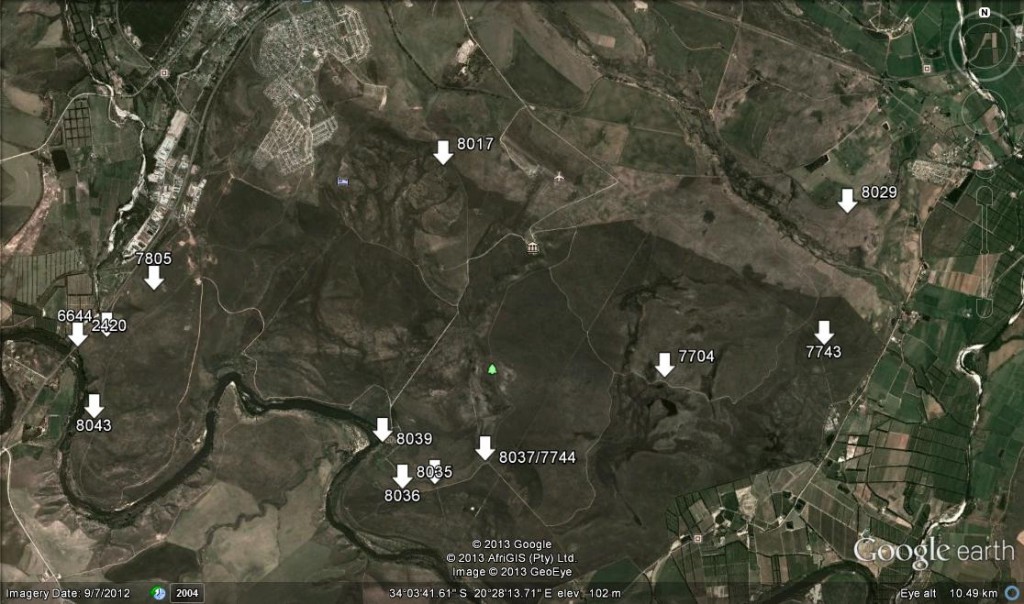
Introducing the species.
Illustrations are of a general form for the species. Clonal variability is so high that use of the term “typical” can be misleading.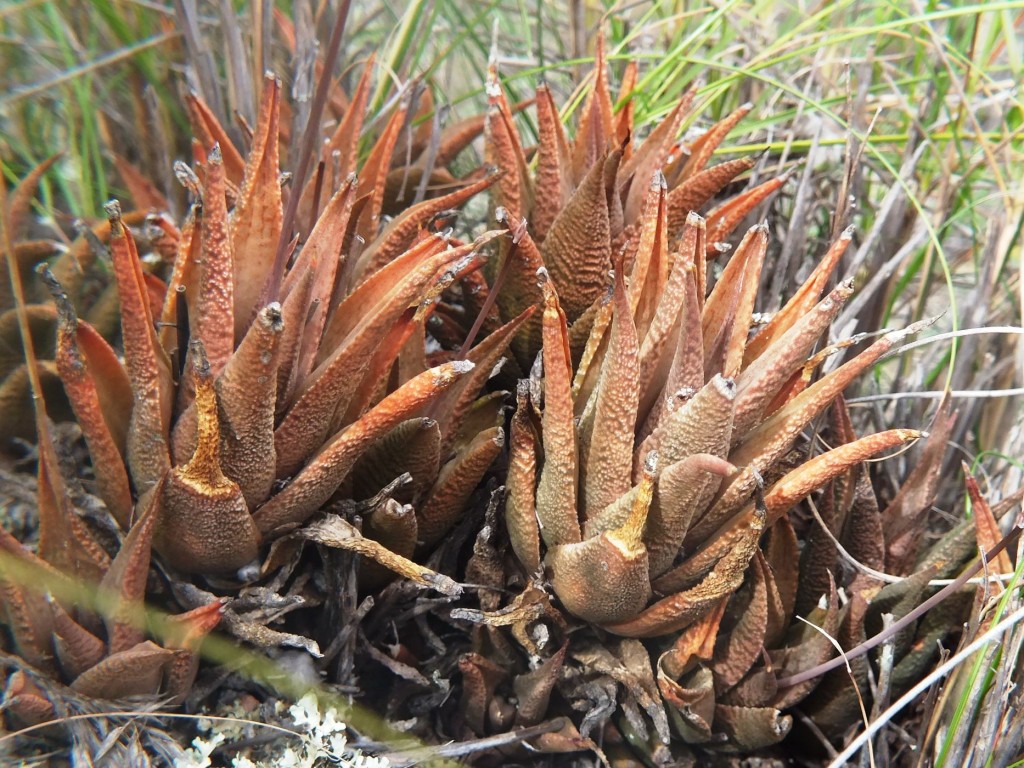
Haworthia venosa. (Fig. 1)
This species occurs primarily along the lower course of the Breede River with its upper river limit just beyond the northwestern corner of the Bontebok National Park. Its lower limit is just north of Malgas. Two populations are known to me off the river and a small way to the west. The species also occurs at Die Eiland in the Gouritz Valley. Its nearest affinities are with H. tessellata that is very widespread across the northern Karoo and Cape; and with H. granulata. The latter is certainly more closely allied to H. tessellata and the separation may just be on the basis of geographic separation rather than on the morphological characters that could be cited. This may be true for H. venosa as well but in my opinion this would conflict with the general evidence of species geography.
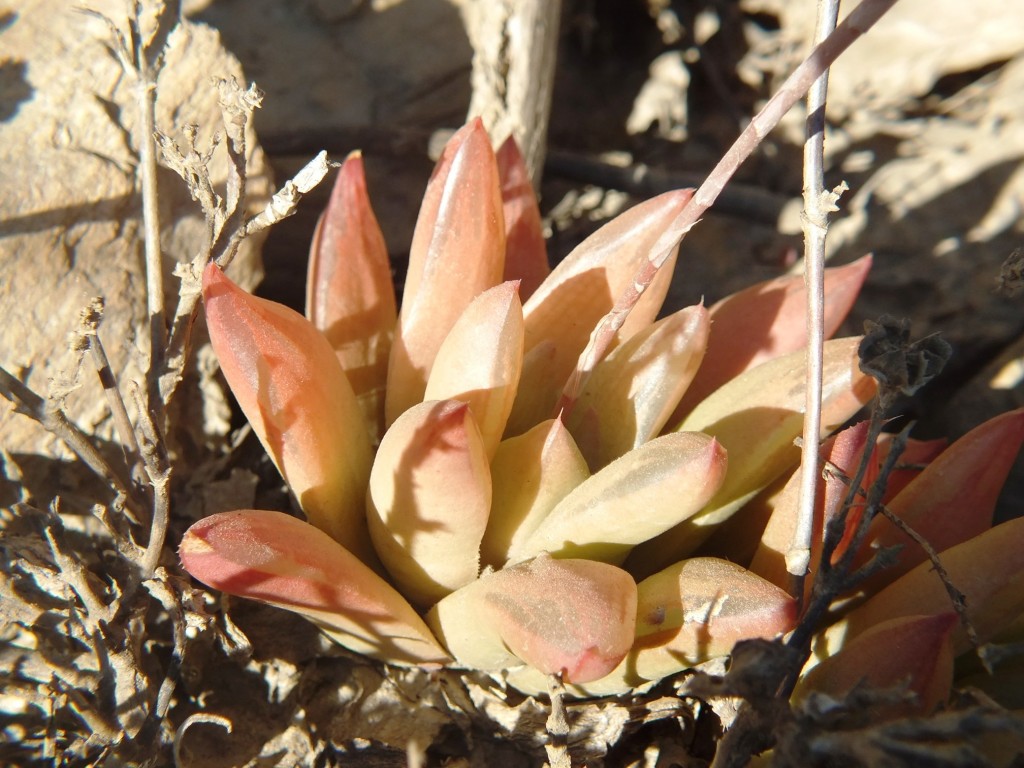
Haworthia retusa (turgida). (Fig. 2)
The name is written in this form because in the existing situation where species are confounded by definition, lesser categories are even more so. The bracketing thus suggests that this is a variant of H. retusa. This species is very widespread and abundant east of the Park with one vicariant population just north of Bredasdorp. The (turgida) variant is one I regard as a riverine cliff ecotype and occurs in the park only along the Breede River at the northwest limits of the Park. It is also downstream along the Breede River. H. mutica is a closely related species that in my opinion actually just extends the distribution of H. retusa (retusa) westwards. My opinion further is that an “evolutionary” process is not complete and that H. retusa and H. mirabilis may be the same “species” separated primarily on the basis of a different flowering season. H. mutica does occur just east of the Park (Rotterdam, Mullershof), and my observation is that H. floribunda is involved with H. retusa and H. mirabilis in this occurrence. It is in fact one of the objectives in this report; to ask if this might be true. Flowering time is spring.
This species and its variants appears in various of my publications and often linked to H. mutica and H. pygmaea.
This species is very common and widely distributed from Genadendal, Caledon and Napier all the way to east of Albertinia. It is generally summer flowering and extremely diverse. As its interaction with H. retusa in the west generates H. mutica, so I believe the same interaction produces H. pygmaea in the east. H. retusa is spring flowering but hybrids with H. mirabilis are present in the field and there are populations that suggest that these two species are involved. Flowering time is summer.
Extensive records are discussed and illustrated in various publications but primarily in the Update series, specifically Update Vol.3, part 1. The species is incredibly variable and the floral variations are discussed and illustrated in a flower report as Haworthia Update Vol.8 (Alsterworthia 2012).
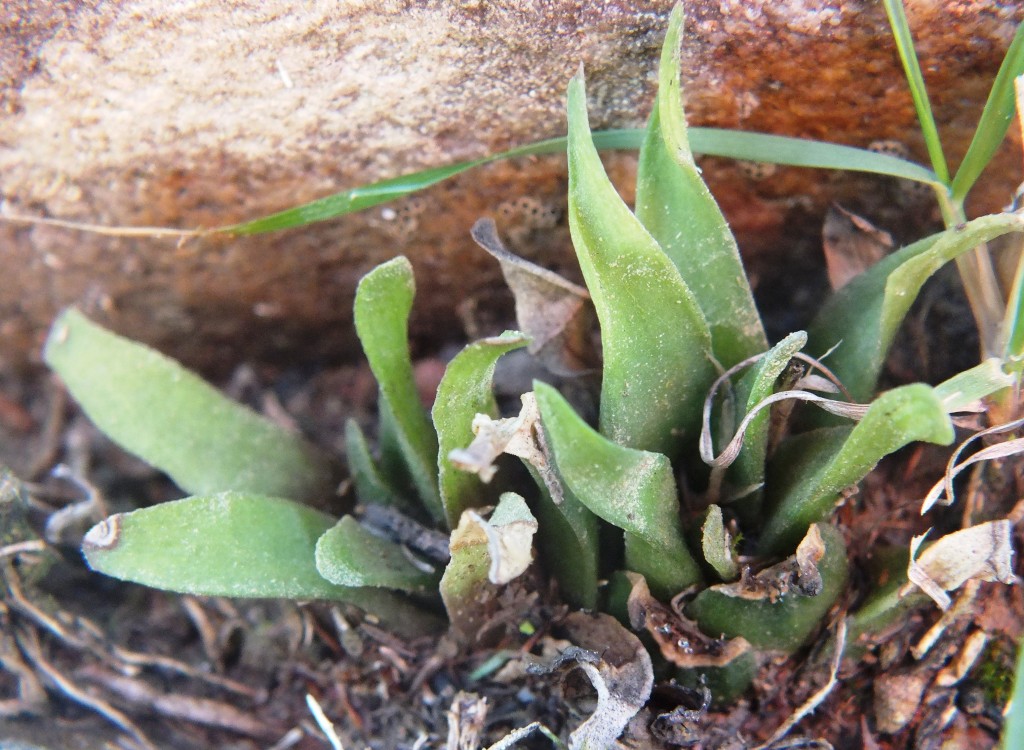
Haworthia floribunda. (Fig. 4)
This species is also summer flowering and has a curious relationship with both H. retusa and with H. mirabilis also with evidence that such “introgression” is evidenced in populations. It is at its western limit at Swellendam and the variants in this area are extraordinary. Flowering time is summer.
Also incredibly variable with hybridization with both H. mirabilis and H. retusa and it is hypothesized that some Haworthia populations are derived from such introgression (see also Haworthia Updates Vol.5 ,part 1, Chapter 6).
This species occurs from Ashton eastward to east of Riversdale in a rather narrow eas-west band that widens near Bredasdorp. It interacts with both H. pumila and H.minima. The species in this subgenus flower essentially in mid-summer. The Park population together with that of the adjacent Rotterdam population flowers in spring. At Rotterdam there is hybridization with a version of H. minima.
This species distribution generally complements that of H. pumila and then follows, but more widely that of H. marginata. In the southwest it extends to near Elim and is common along the near-coastal strip as far east as Hartenbos. The inland distribution is not well known in the area west of the Breede River. It is probable that it was common in the area now extensively cultivated but it is not known to me inland in that area north of Tarentaal. West of Swellendam there are only two records known to me at Sanddrift, Drew and again furher west of Drew. In the one case there is hybridization with H. marginata. In the second case a short distance west of this is the variant ‘poellnitziana’ and I suspect that introgression with H. pumila may have occurred there The essential differences are that H. pumila has a colour range in the brown-green range, the flowers are generally olivaceous, and the tubercles are larger and rougher. The colour range for the smaller H. minima plants is in the blue-green range, the tubercles are smaller and smoother, and the flowers whiter and greener. H. pumila hybridizes naturally with Astroloba corrugata. Also at Sanddrift, H. pumila hybridizes with H. marginata . It is almost inconceivable that it has not hybridized with H. minima and it will be very difficult to superficially judge if plants were indeed hybrids or not without resorting to DNA sequencing (when that technology is advanced enough). H. minima hybridises with H. marginata at Heidelberg (S. Hooikraal) and in the past with H. marginata just northeast of Bredasdorp. Flowering time is summer.
Some variation is presented and discussed in Haworthia Updates Vol.5. part 1, Chapter 7.
The geology of the Park
Bontebok National Park (BNP) is home to three main land types listed in the National Land Type Database, the first land type consists of conglomerate, sandstone and mudstone from the Uitenhage Group (Thamm and Johnson, 2006), which are overlain with Tertiary terrace gravel and can be found on the upper slopes of the north-western section of the park. The second land type is mainly tertiary and quaternary terrace gravels and covers the majority of the park, central and eastern sections. Within this there are high-level gravel terraces with silcrete and ferricrete outcrops, alluvial flats of loam and sandy loam. The final land type consists of siltstone, shales and sandstones of the Bokkeveld and Witteberg Group, these are found along the Breede River section in the western corner of the park. Soils comprise mainly of alluvial sand along the low-lying areas and undeveloped podzols in the main portion of the park. (Chief Director of Survey and Land Information 1993).
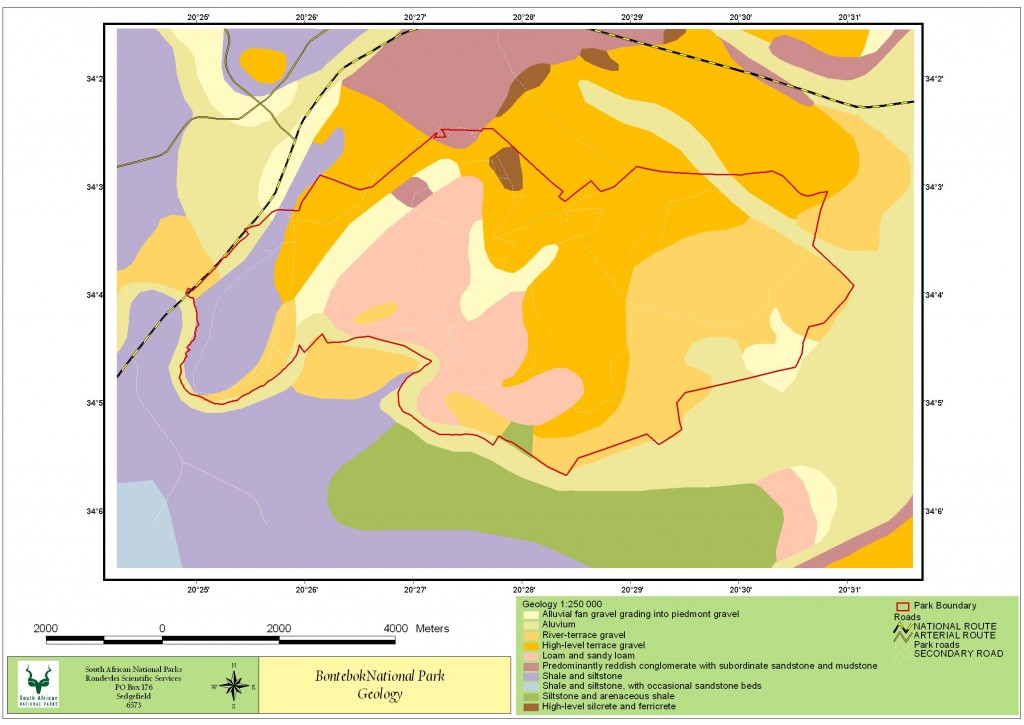
The vegetation and flora of the Park
Originally established to protect the threatened Bontebok antelope the Bontebok National Park is situated in the Cape Flora Region, a Global Biodiversity Hotspot (Goldblatt and Manning, 2000). BNP occurs in an ecotone (transition zone) between Fynbos and Renosterveld and the national vegetation map lists it as Swellendam Silcrete Fynbos (Rebelo et al., 2006) having a mix of both Renosterveld and Fynbos species. The conservation status of this vegetation type is Endangered with the largest portion being formally conserved within BNP. Along the Breede River banks Cape Lowland Alluvial vegetation occurs in the park and is listed as Critically Endangered (Driver et al., 2005), only 1% is formally conserved. A total of 650 floral species are listed as occurring in BNP, from 280 genera and 85 families (Kraaij, 2011). Of these twenty-nine species are listed on the Global threatened species list and a further 23 are recognised as species of conservation concern. The families with the largest species occurrence in the park are the Astercaeae, Iridaceae and Fabaceae (Kraaij, 2011), while the families of Asphodelaceae, Crassulaceae, Poaceae and Cyperaceae were well overrepresented in the park. There are also two species endemic to the park (Aspalathus burchelliana and Diosma fallax) and largest of only 2 populations of Erica filamentosa can be found in Bontebok. Succulents only comprised 8% of the total growth forms within the park with geophtyes being the majority (23%) (Kraaij, 2011). BNP flora is one of the richest in the region and conserves flora that are not conserved elsewhere. It is an area of high conservation priority and diversity and forms a major part in the conservation of Renosterveld in the Overberg region.
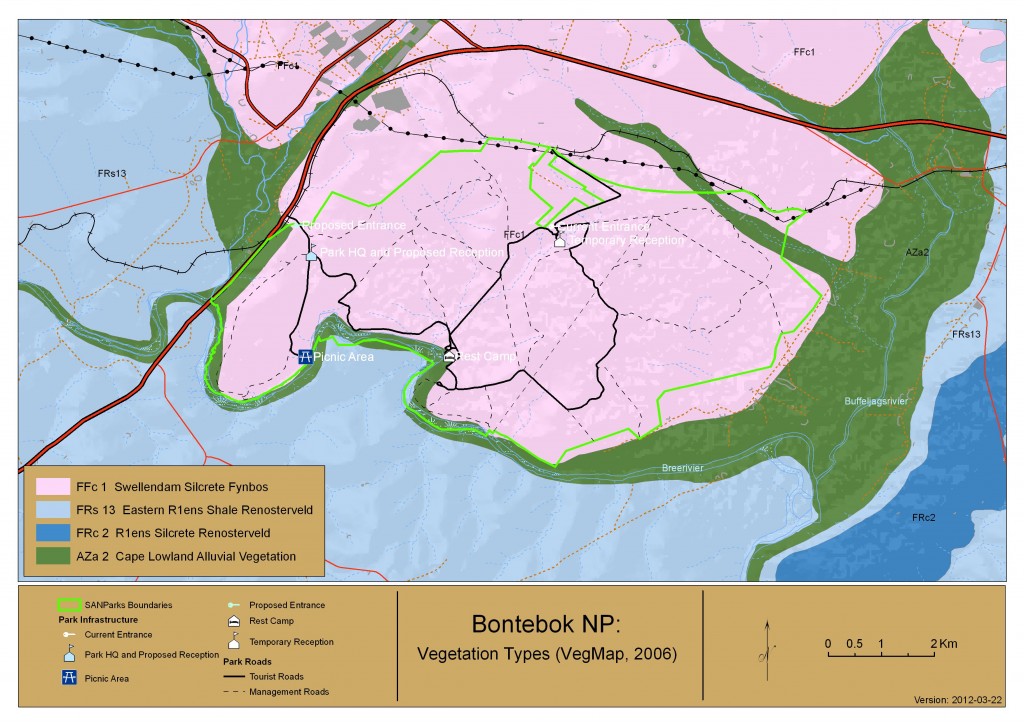
The scope and coverage of this report
Three of the Haworthia species are known from single populations, and these are indicated on the distribution map (see map 1).
The report therefore covers those species with multiple records, recording their whereabouts and the pictorial plant body and flower variations. Localities are numbered according to M.B. Bayer accession numbers.
A. Haworthia mirabilis.
Accessions 6644, 7704, 7744, 7805, 8035, 8043.
In Jan 2013 population 7704 was in flower, buds were observed at 8035 but not at 7744.
As in my flower report (Update Vol 8) the flowers are not convincingly different from those of H. floribunda. The variation of the plants in especially 7704 and 7805 suggest introgression with H. floribunda.
- MBB6644 – Haworthia mirabilis
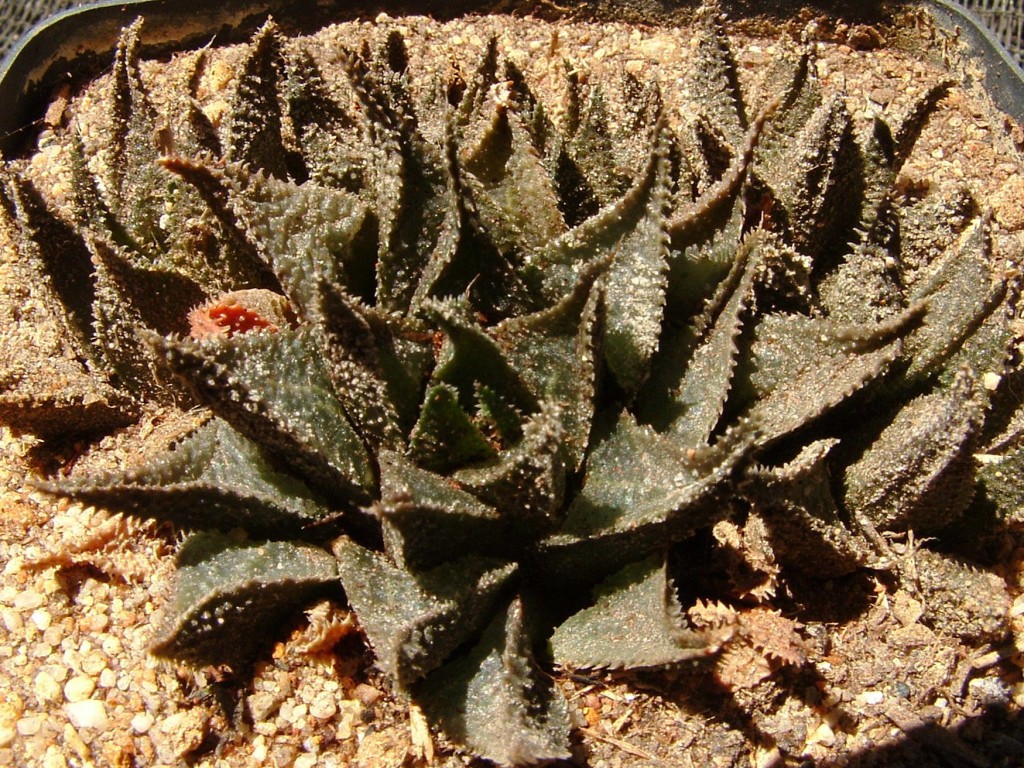
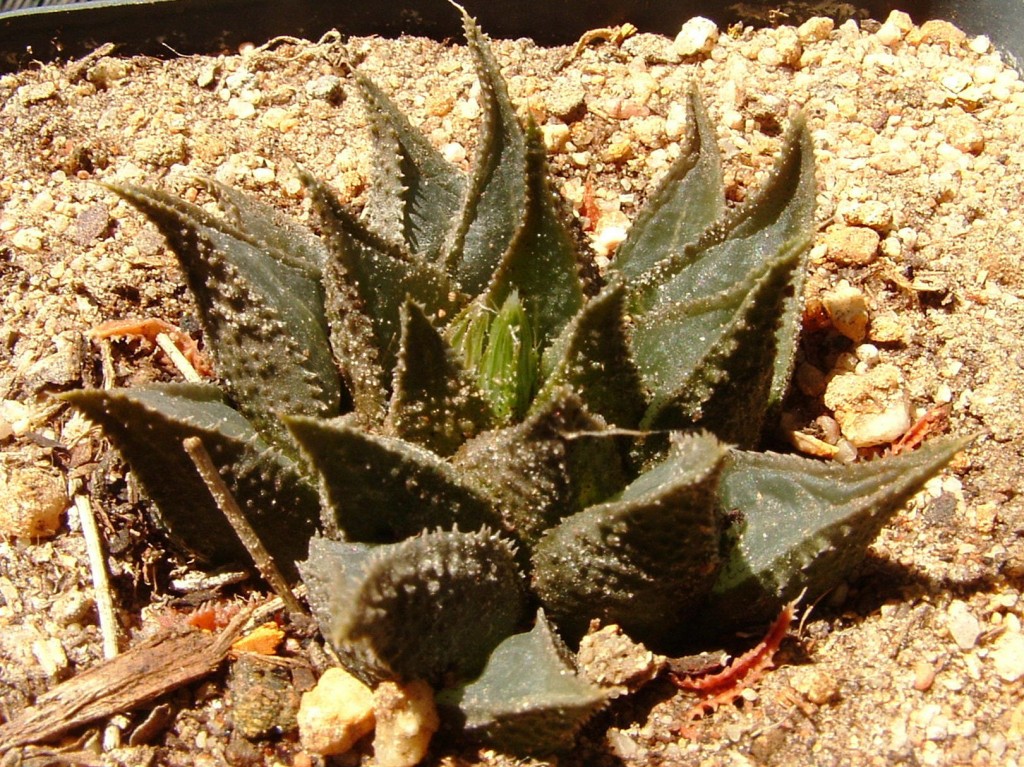
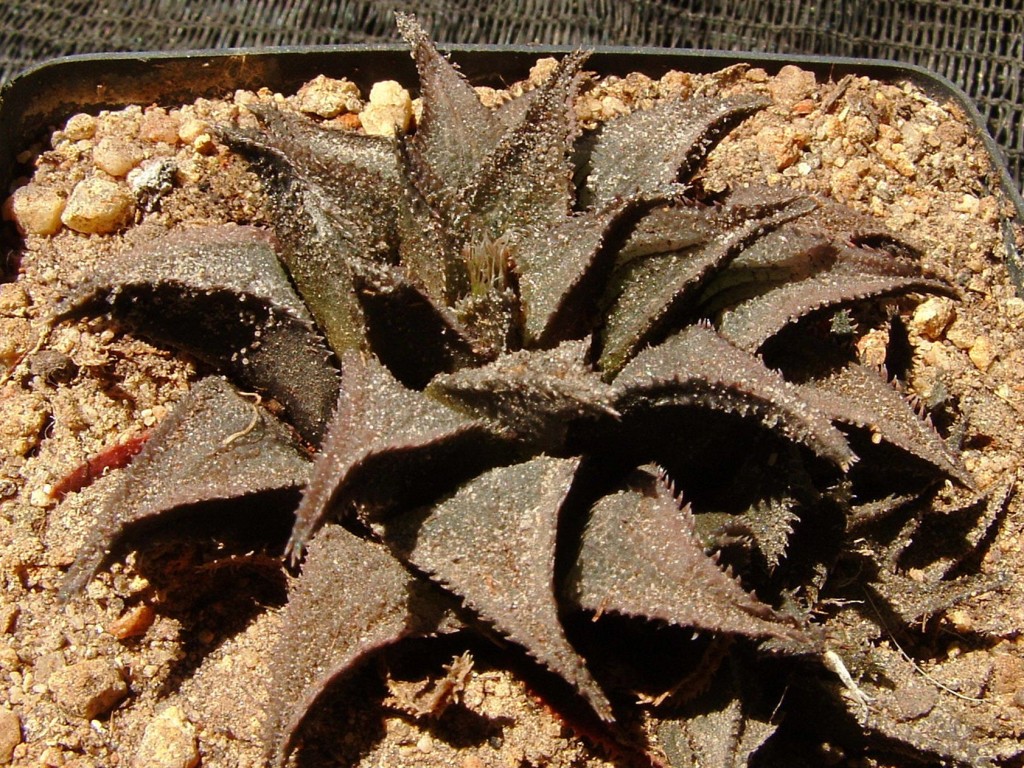
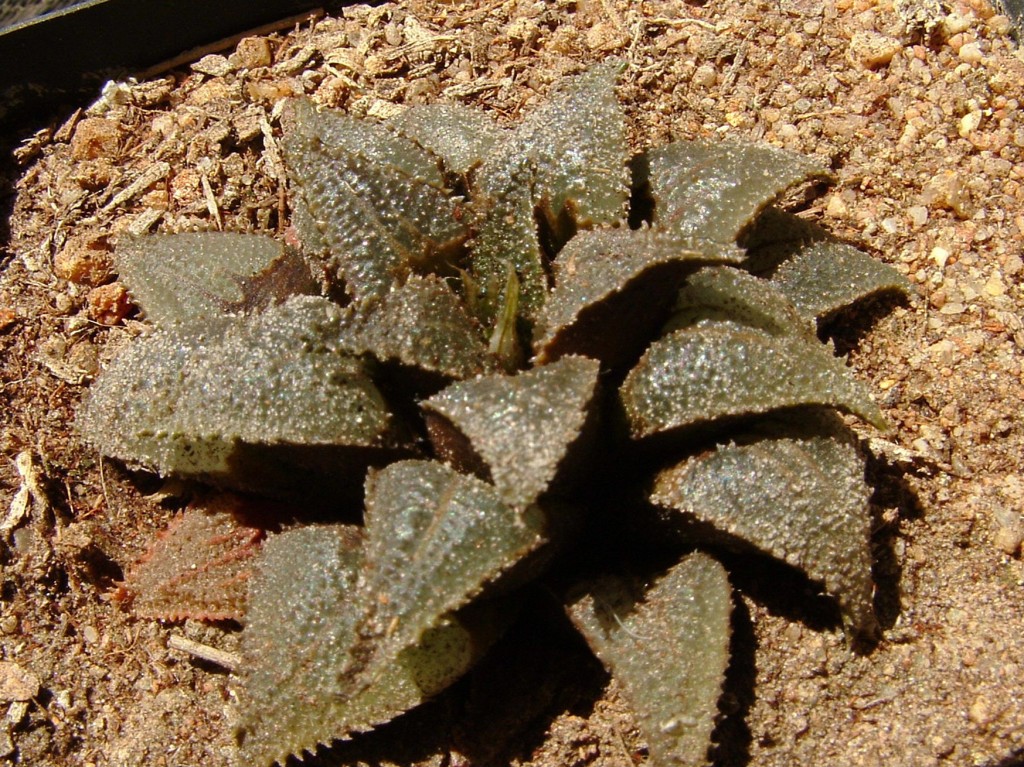
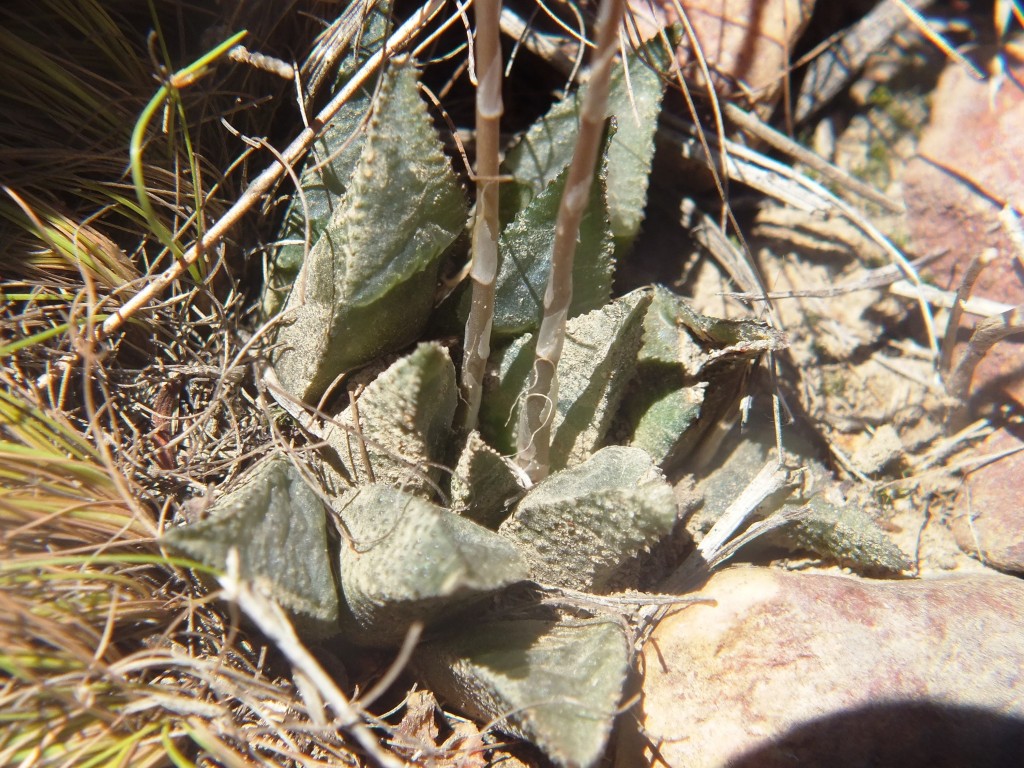
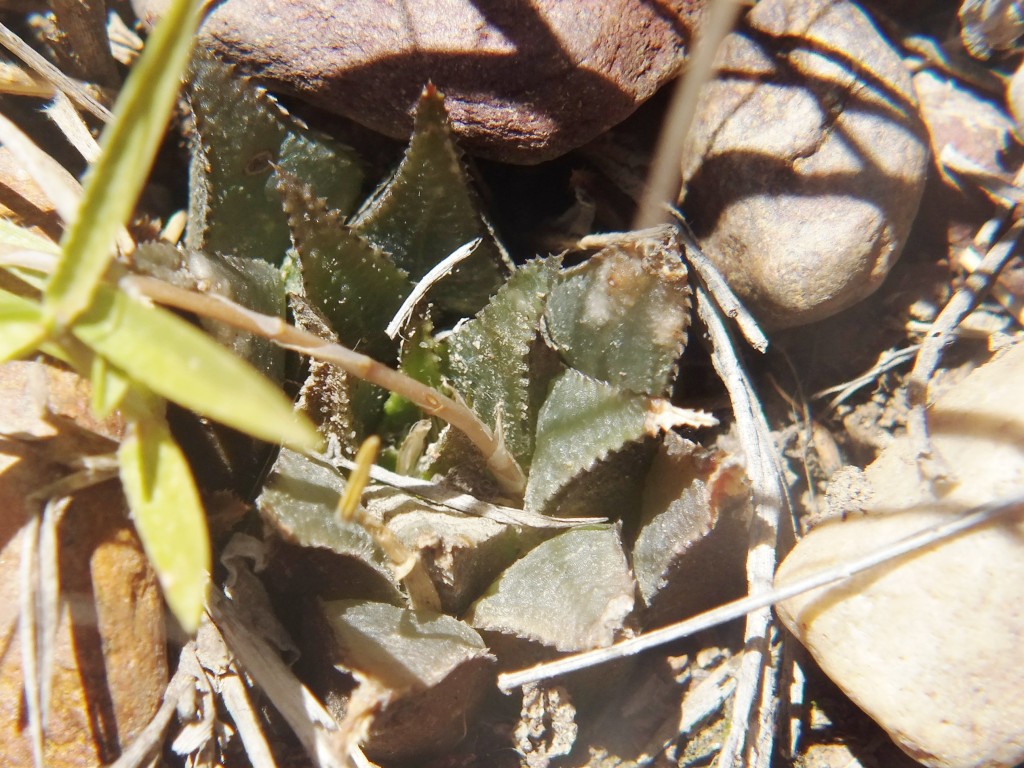
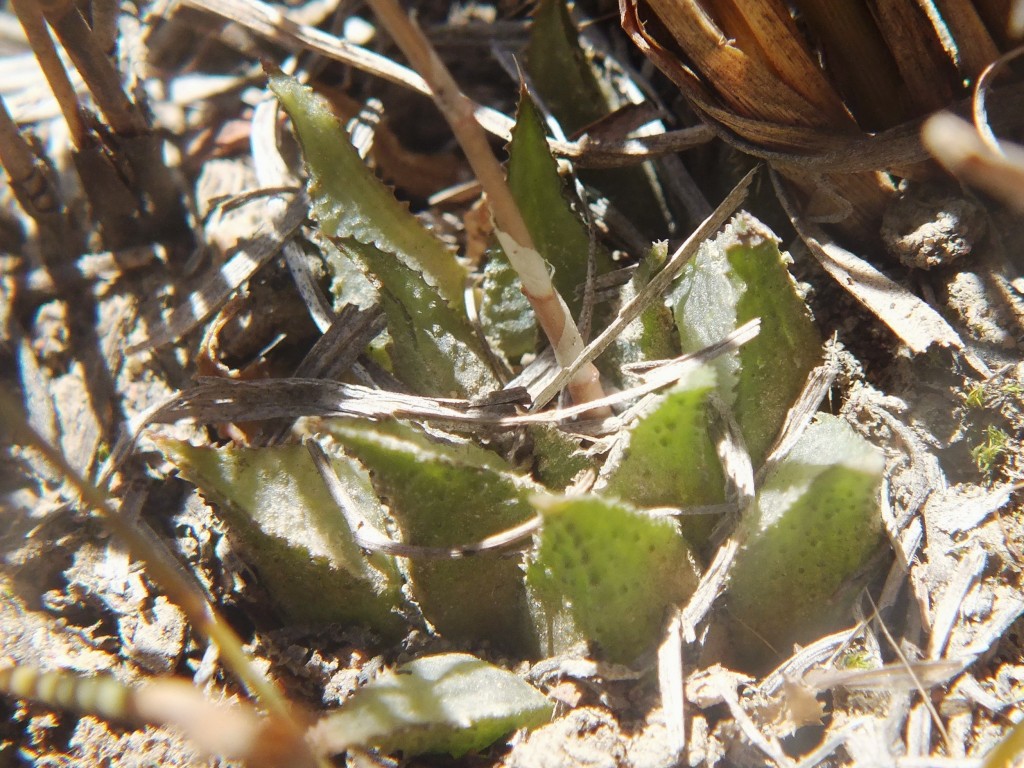
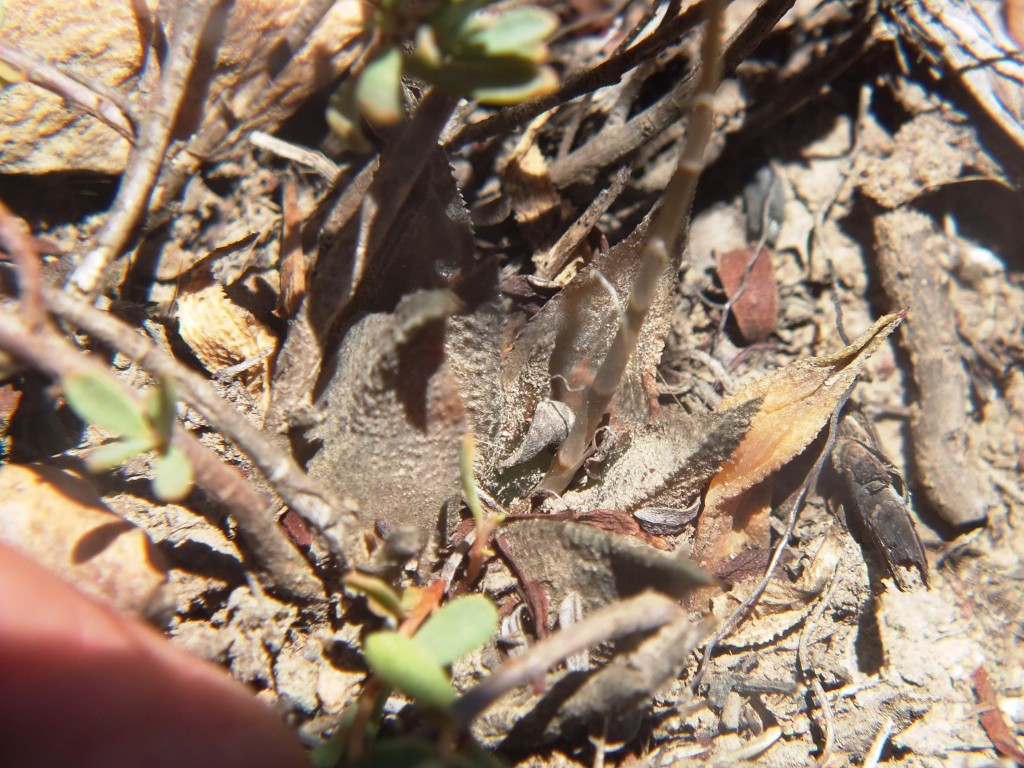
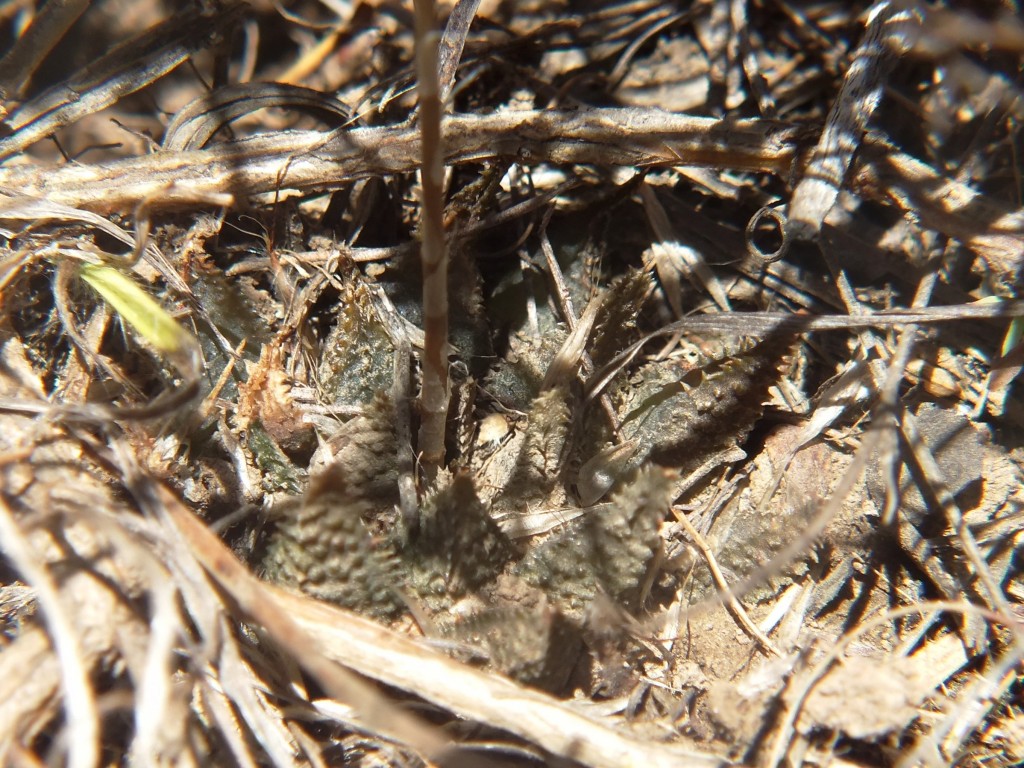
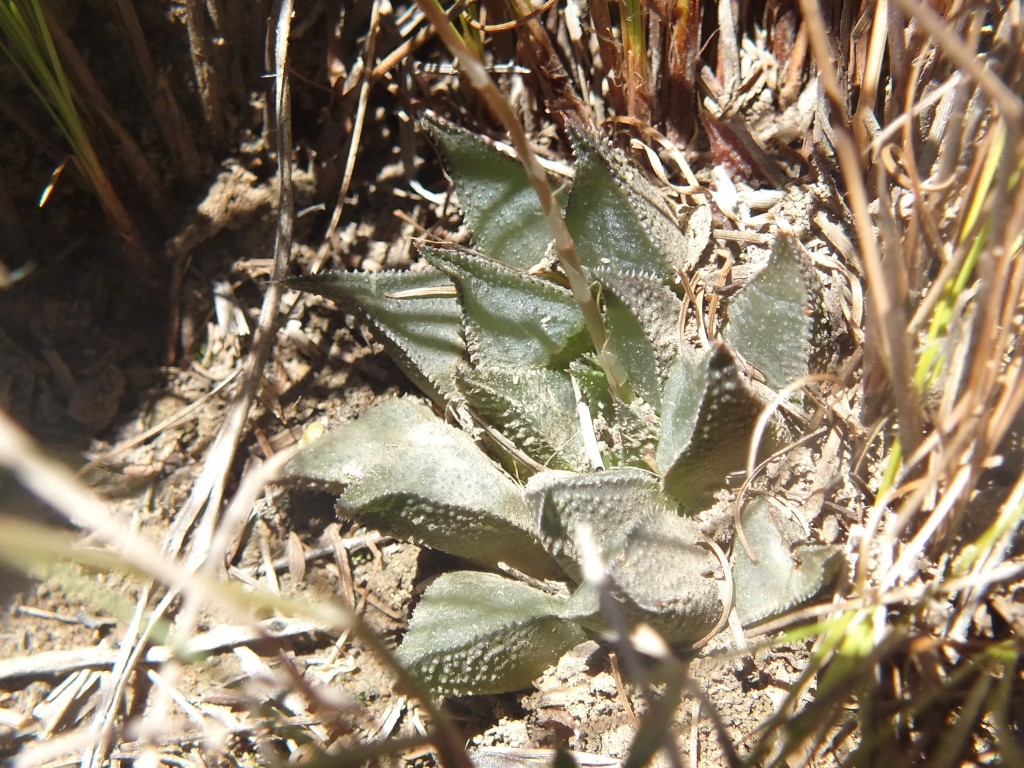
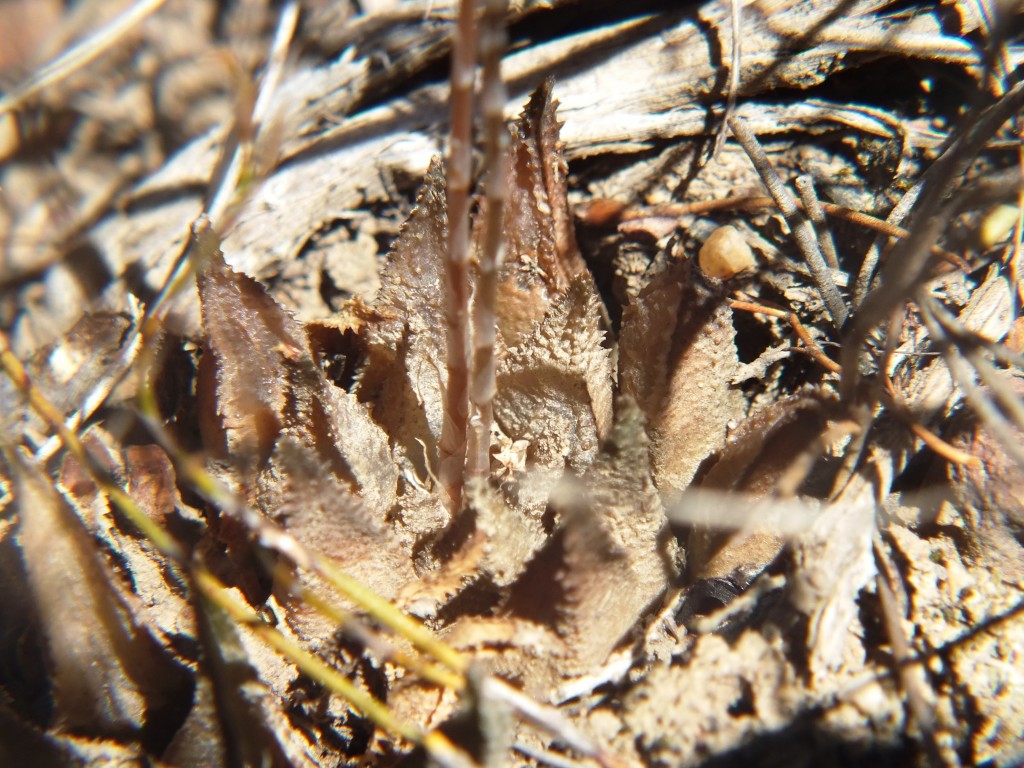
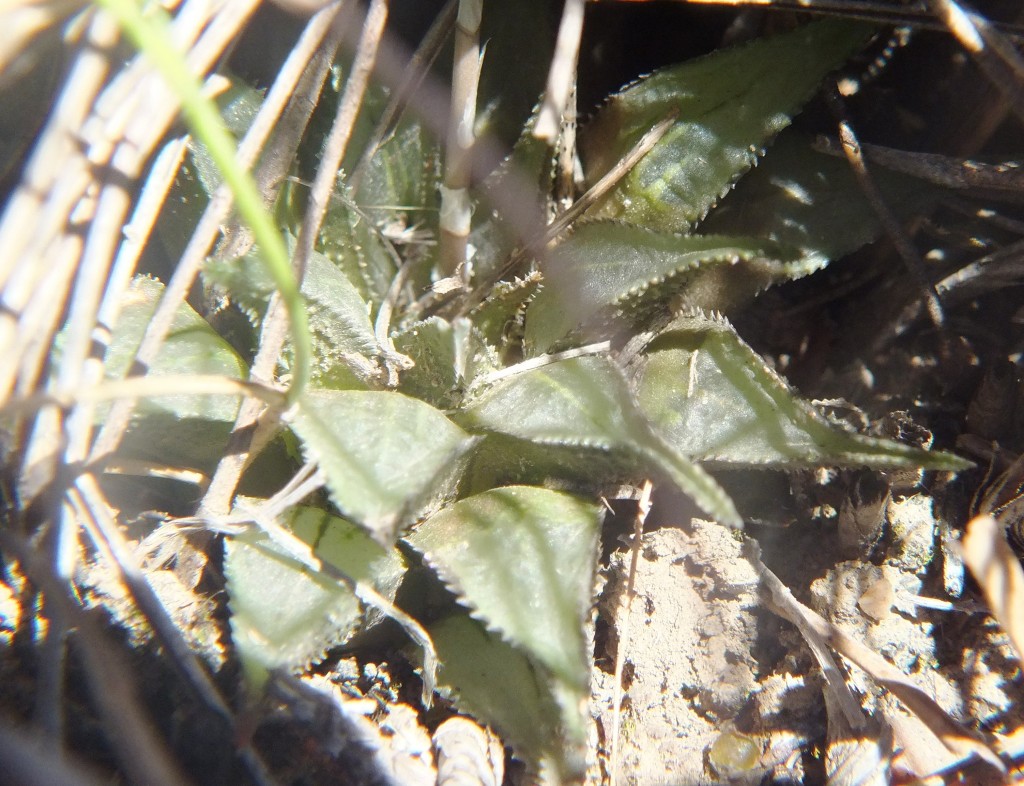
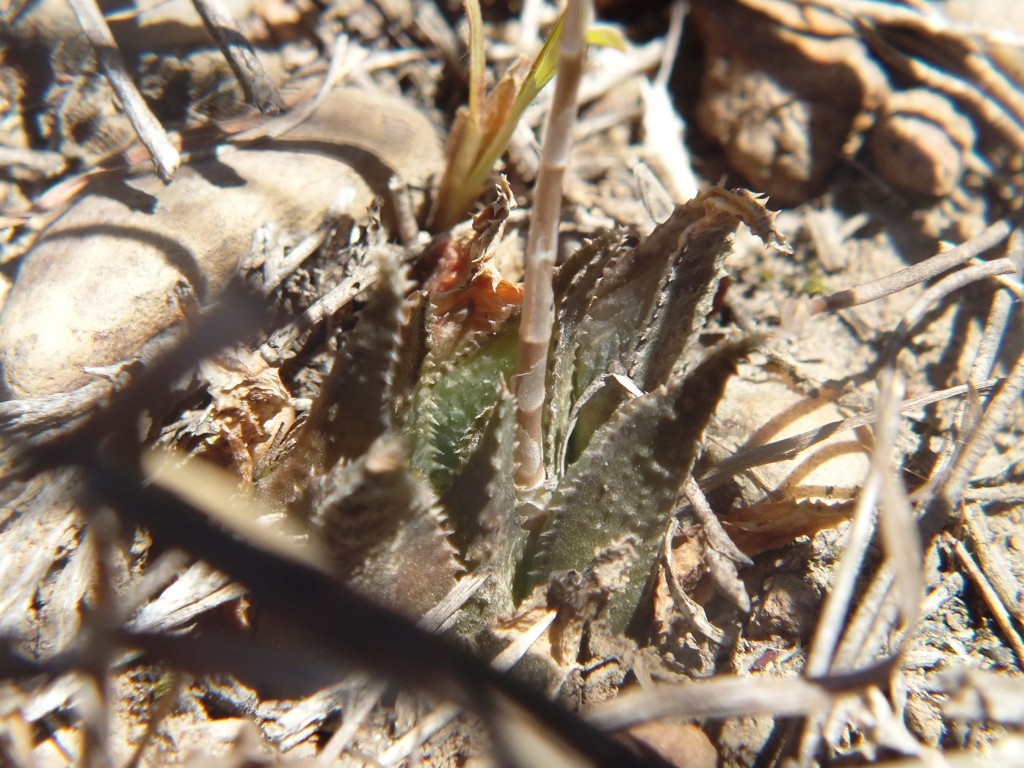
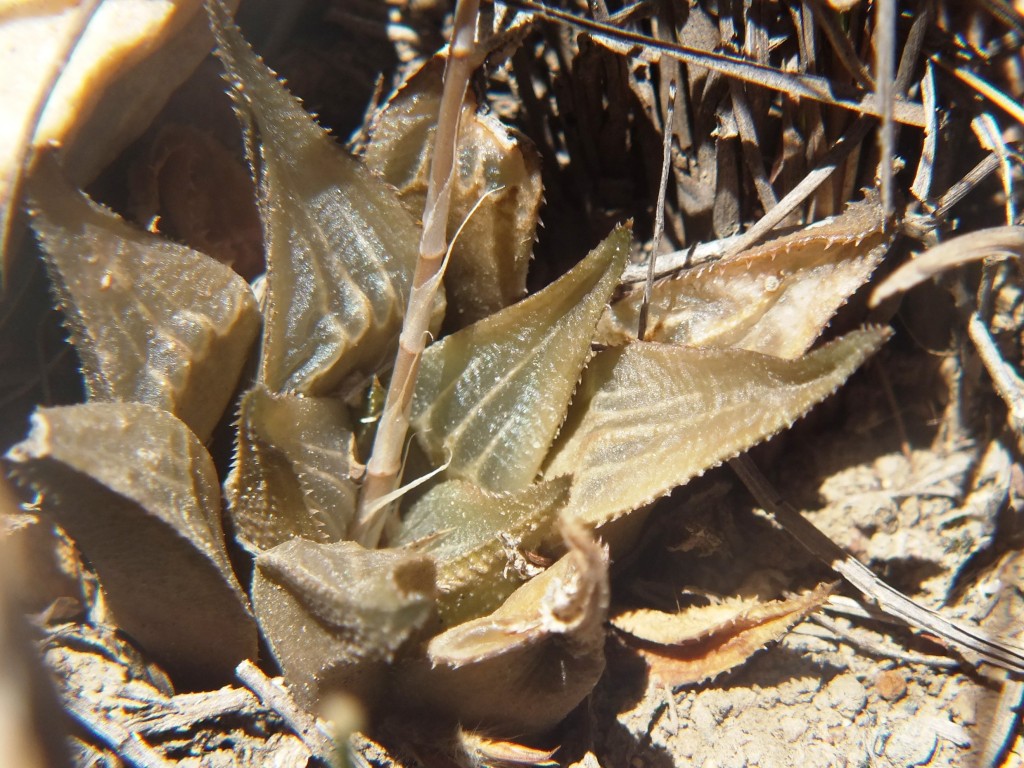
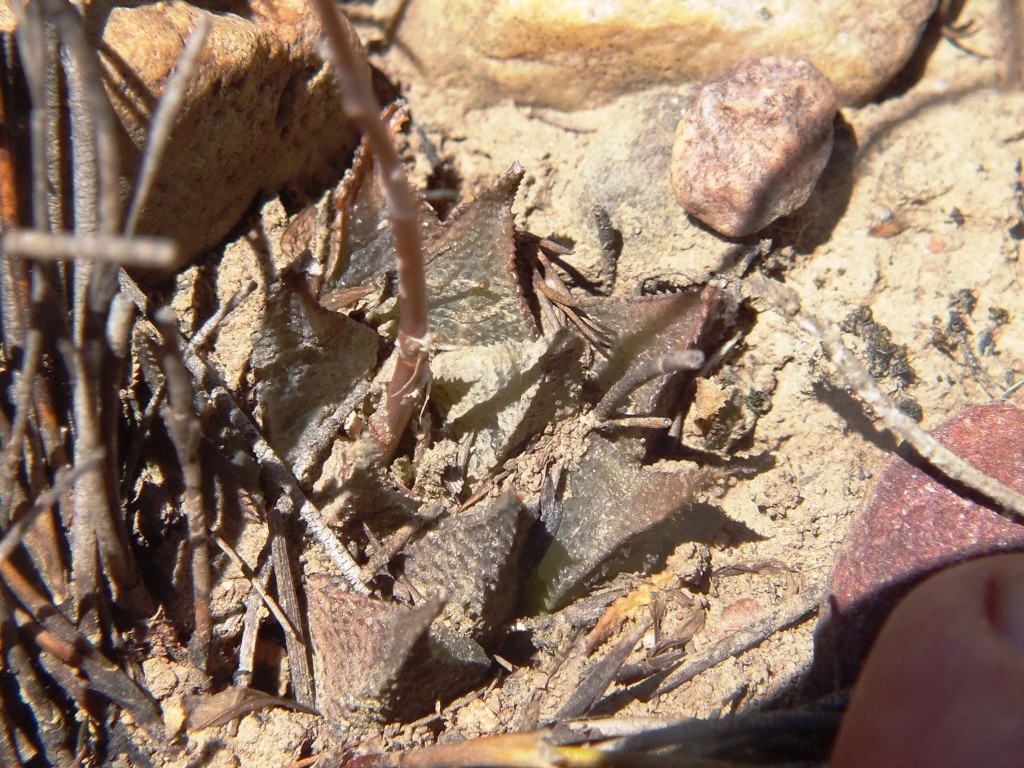
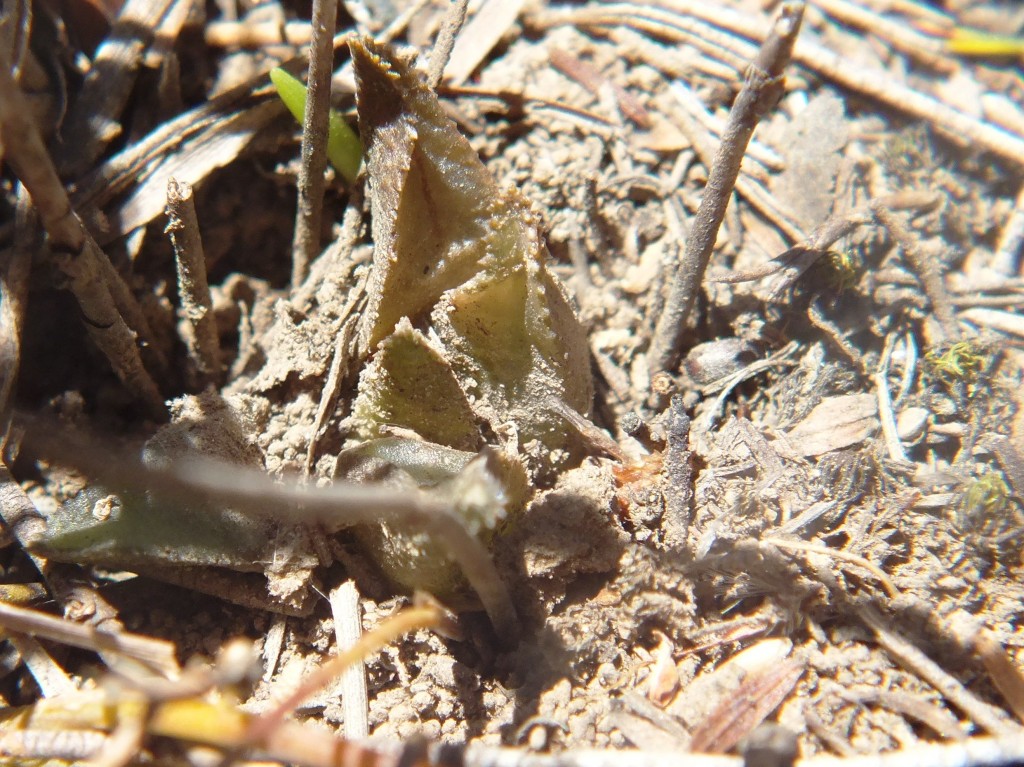
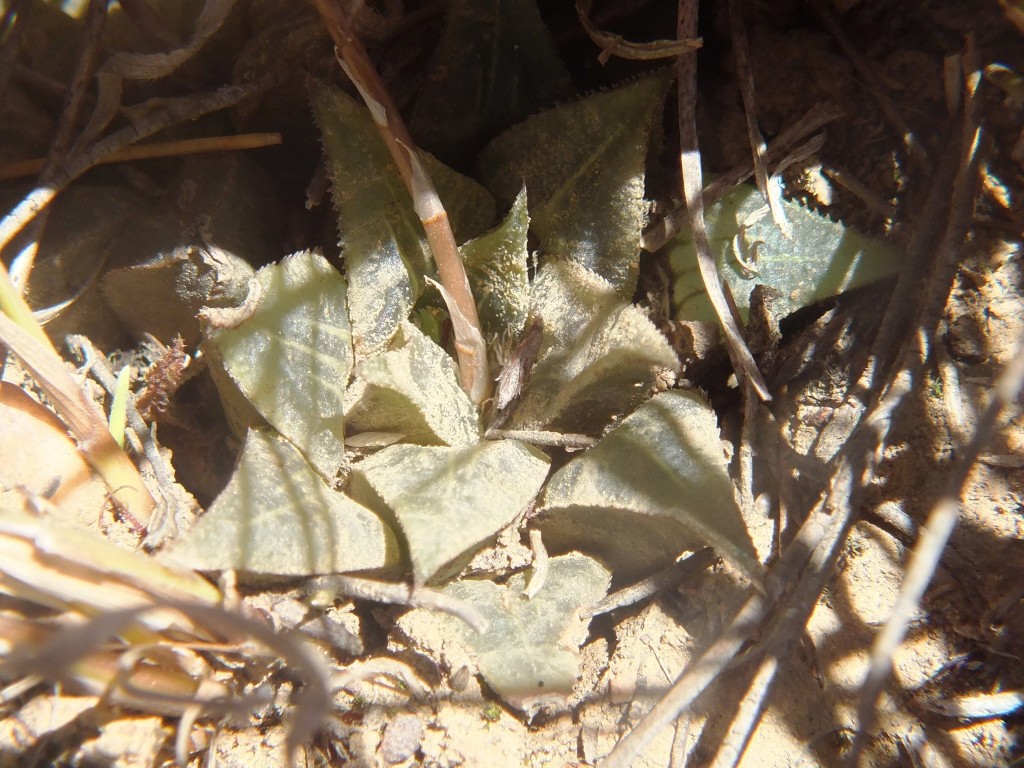
Flower profiles and faces
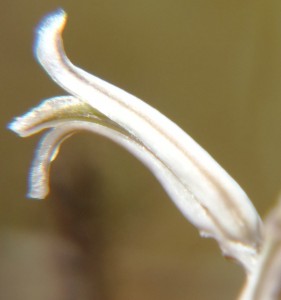
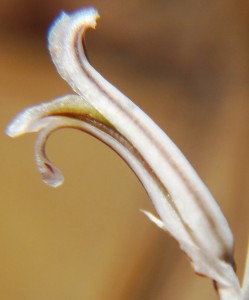
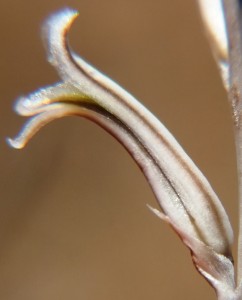
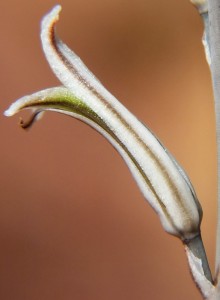
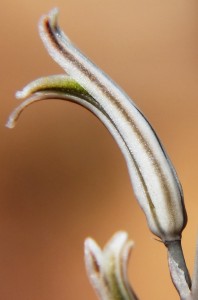
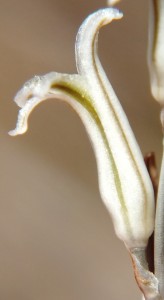
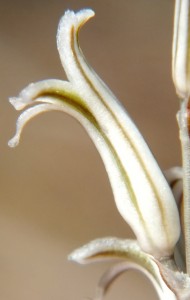
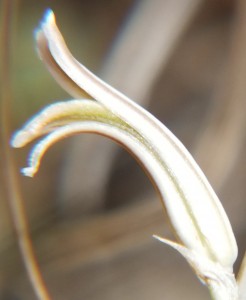
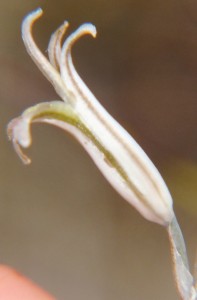
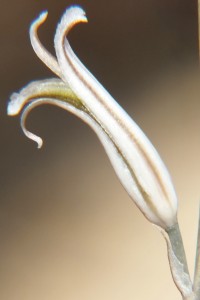
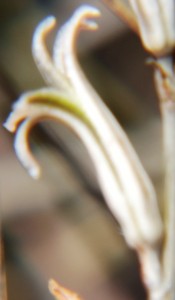
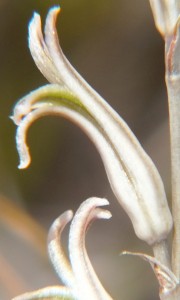
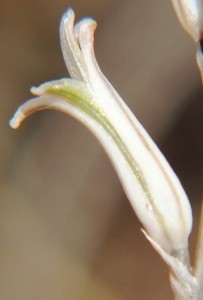
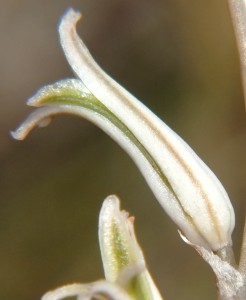
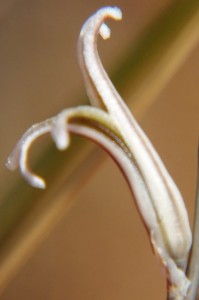
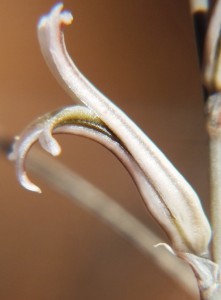
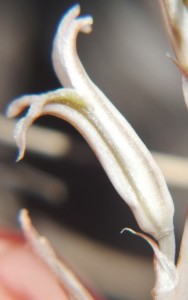
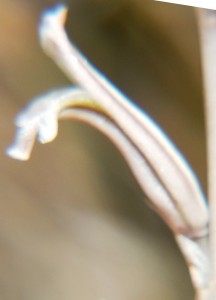
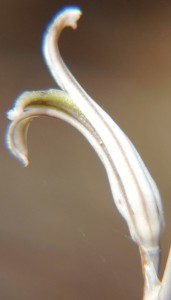
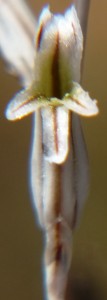
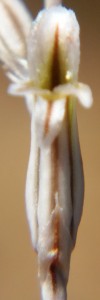

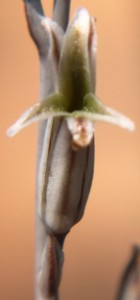
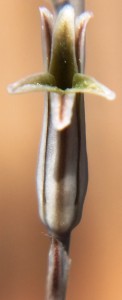
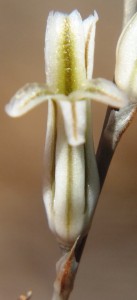
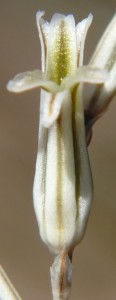
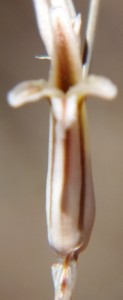

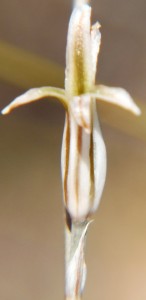
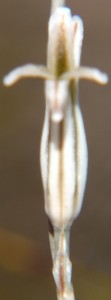
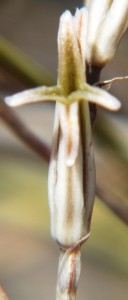
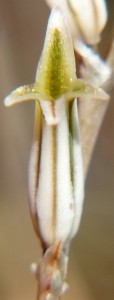
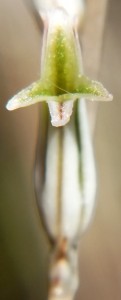
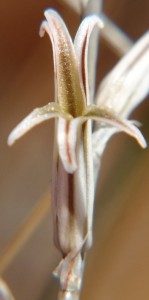
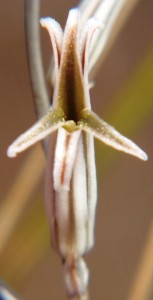
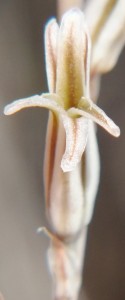
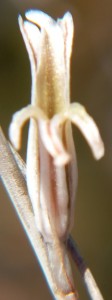
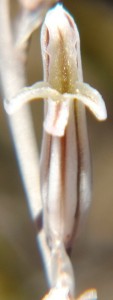
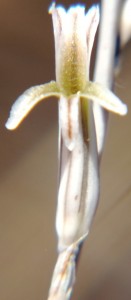
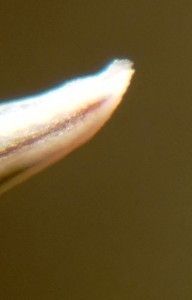
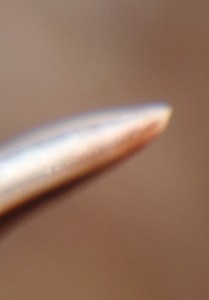
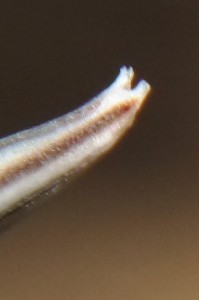
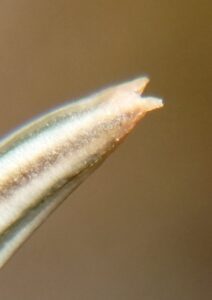
2. MBB7704 – Haworthia mirabilis
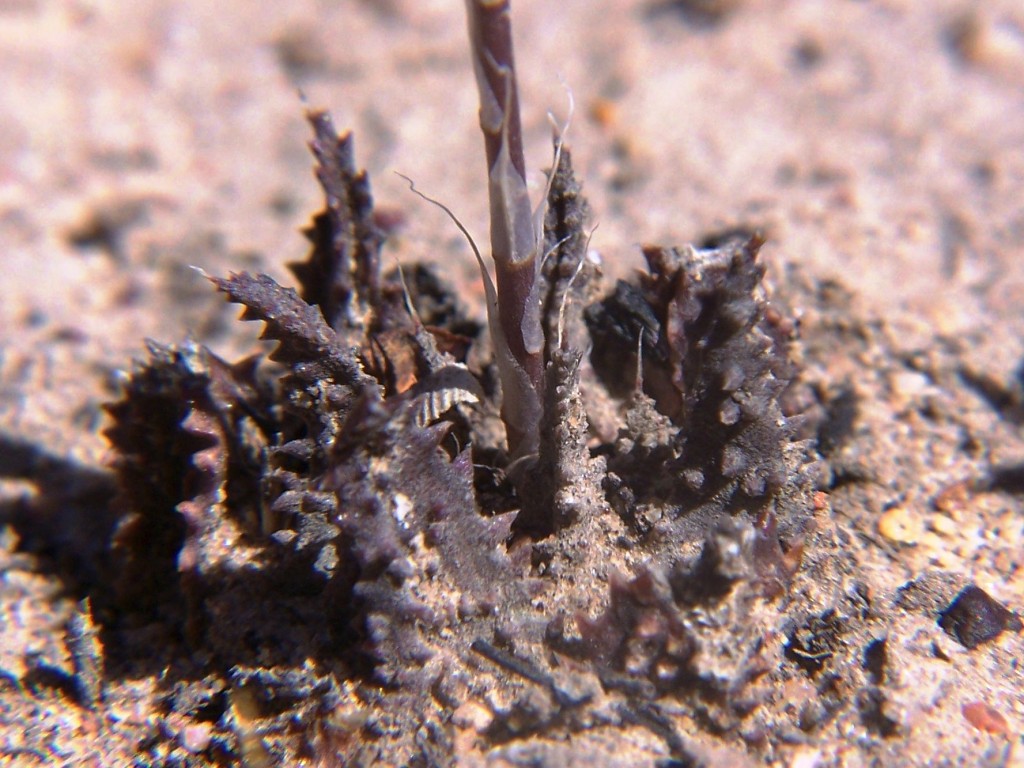
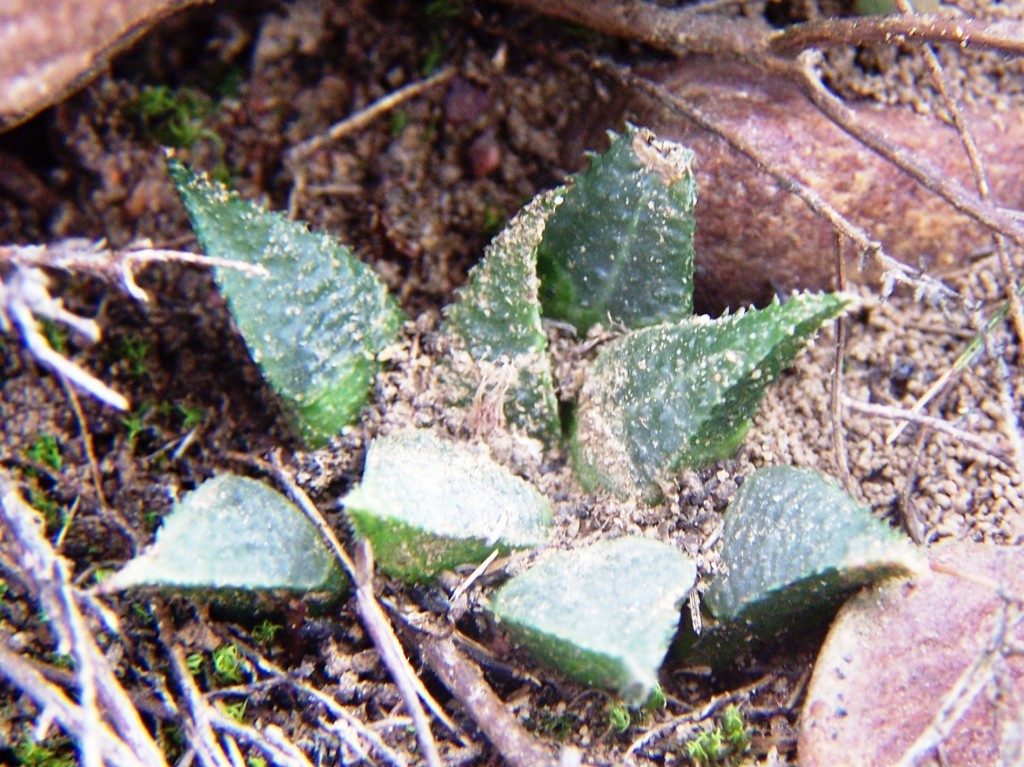
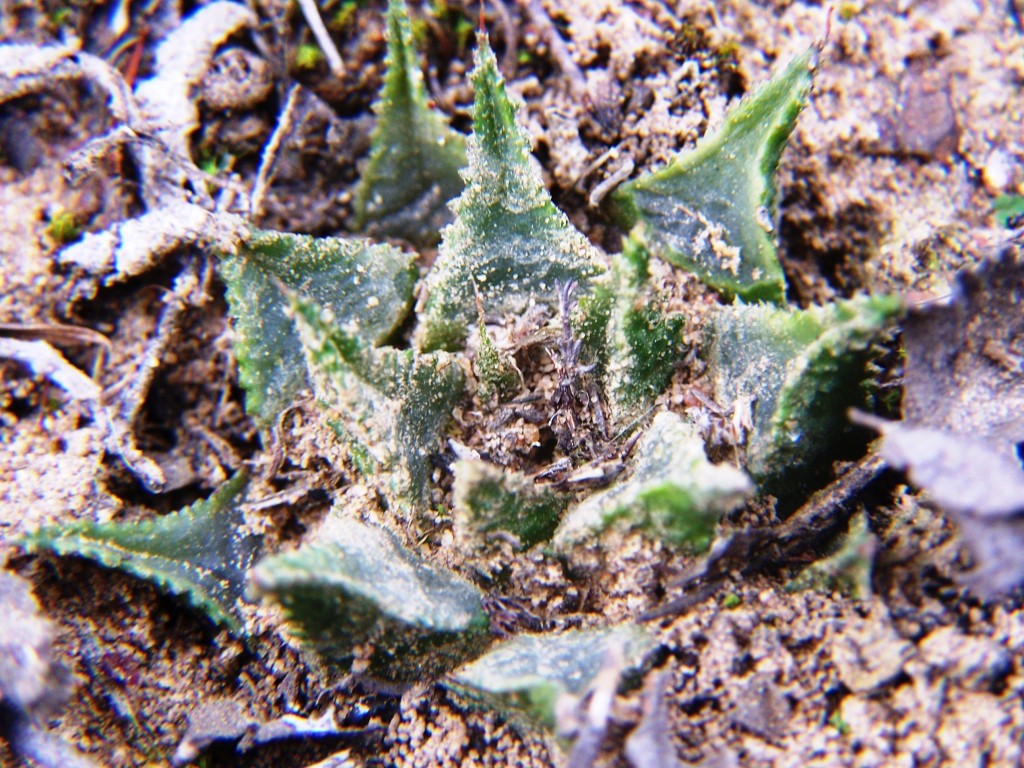
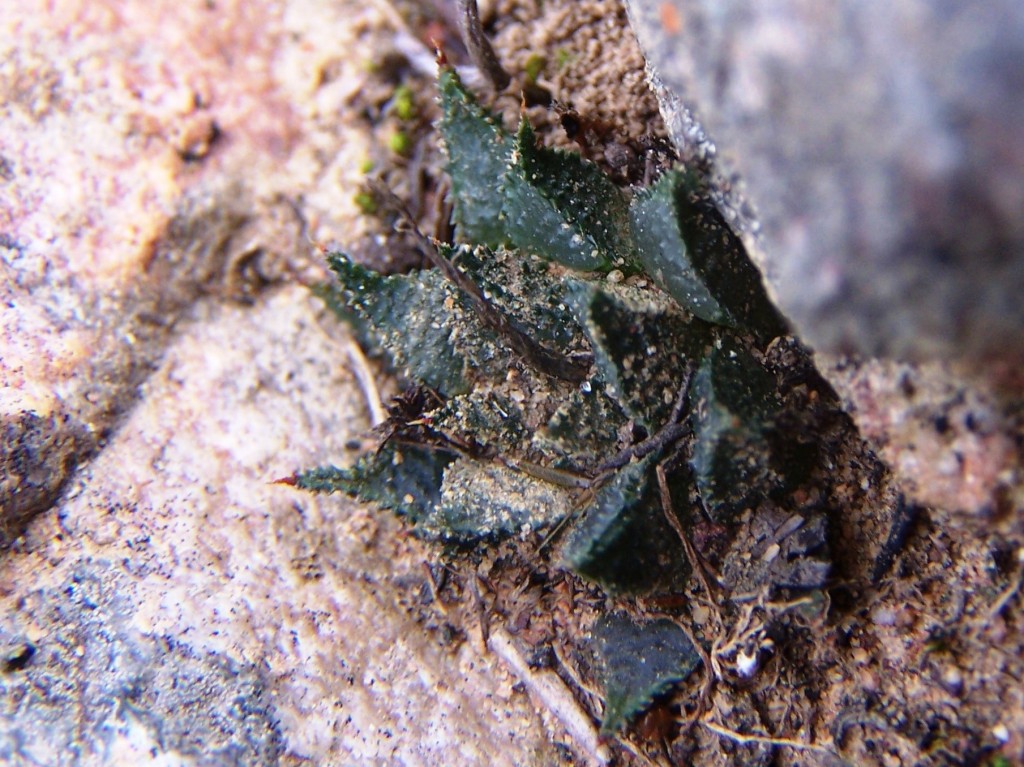
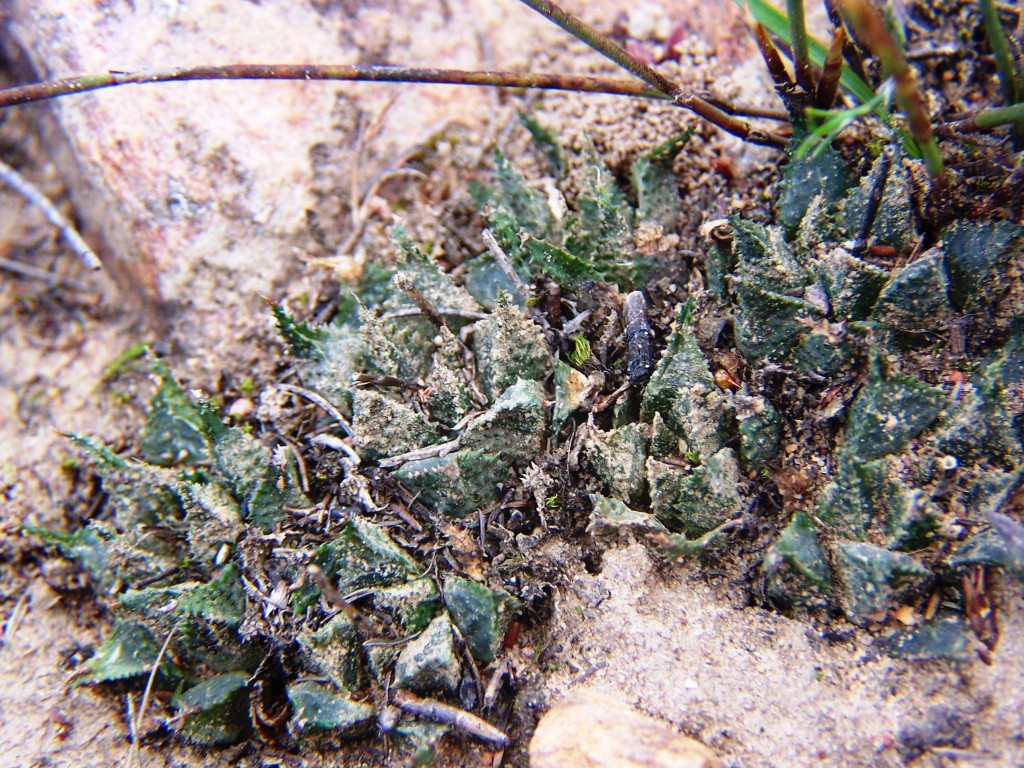
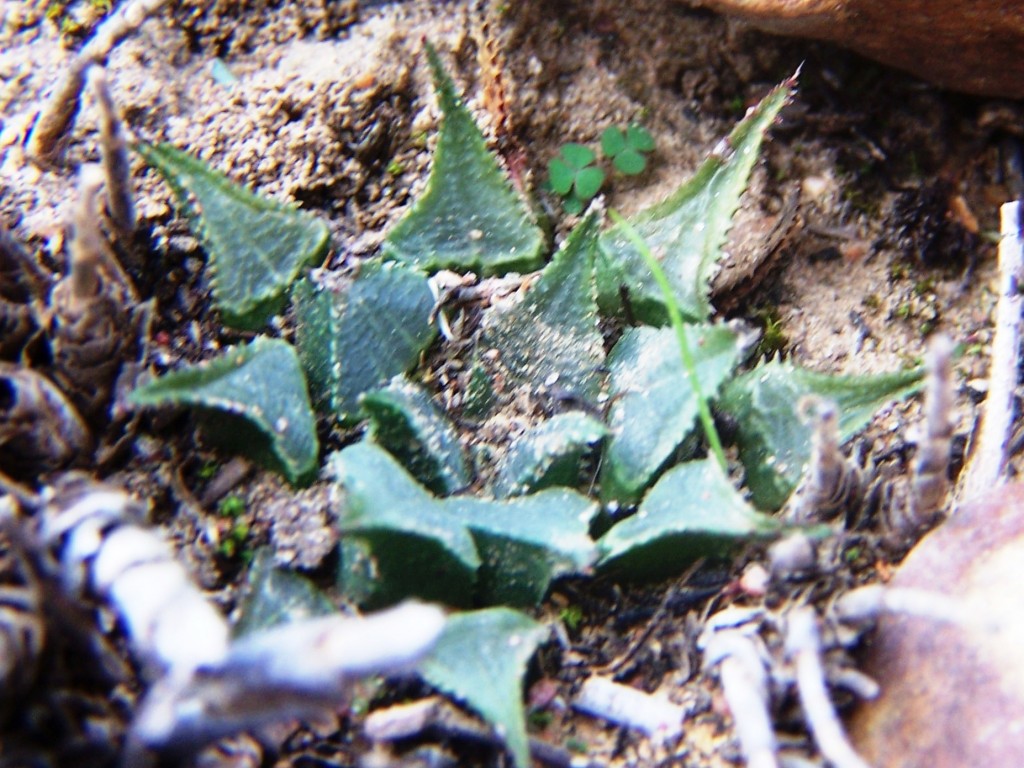
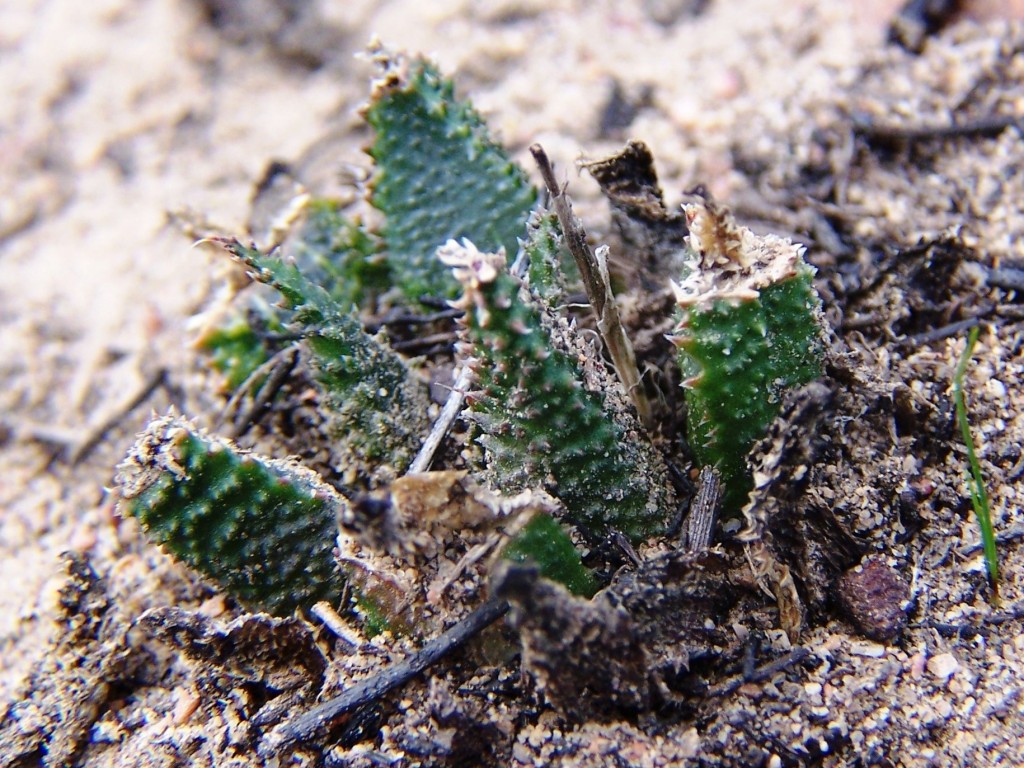
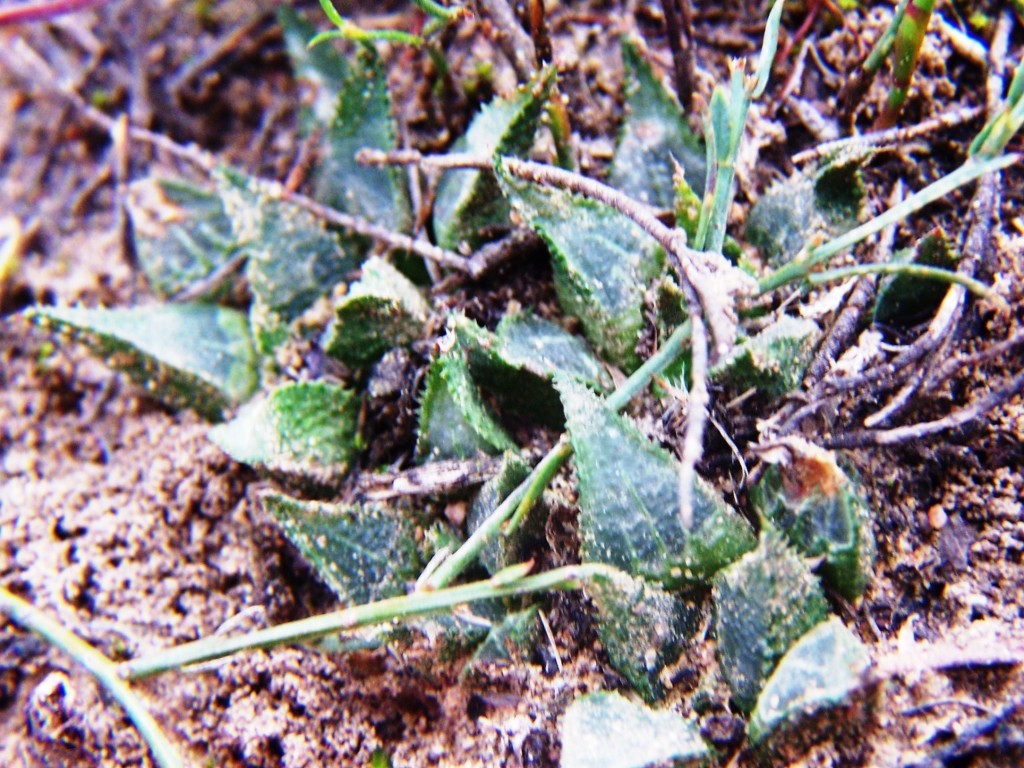
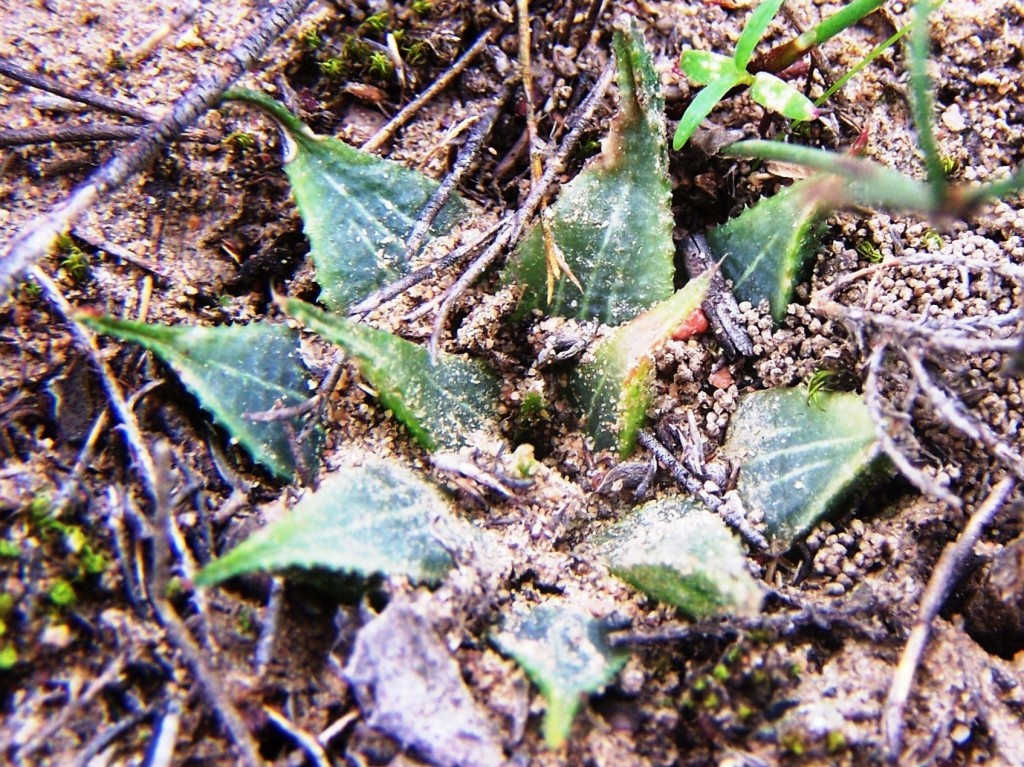
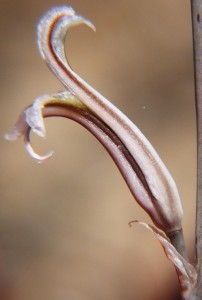
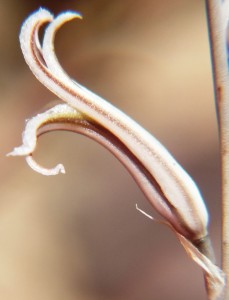
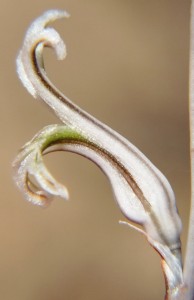
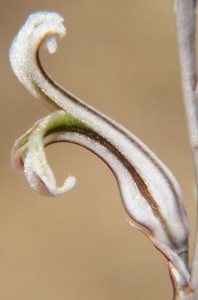
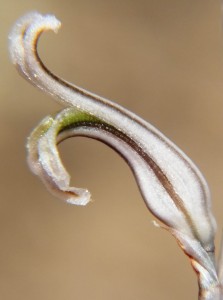
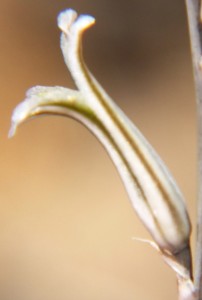
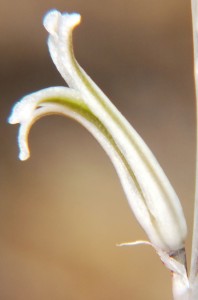
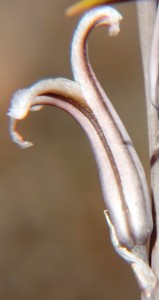
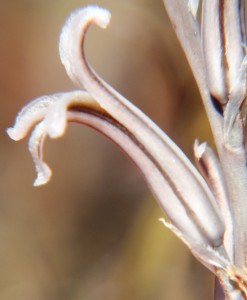
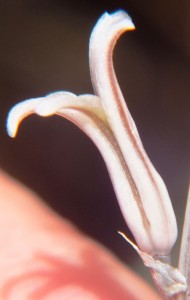
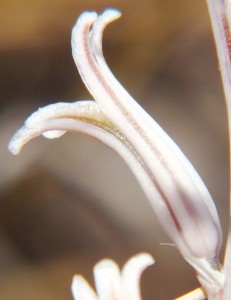
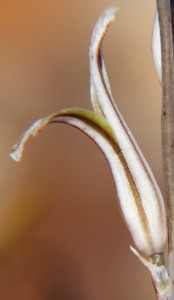
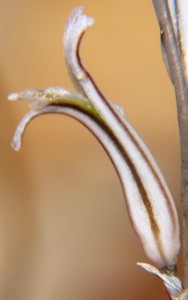
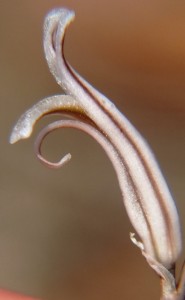
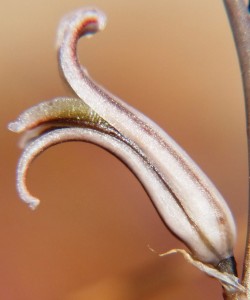
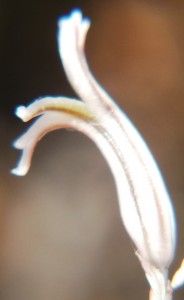
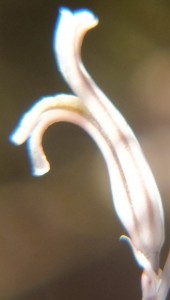
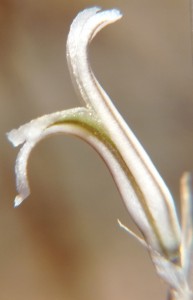
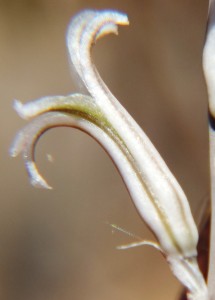
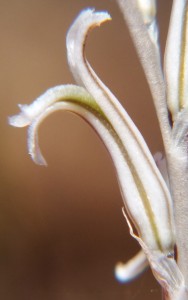
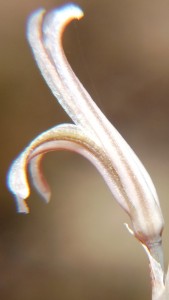
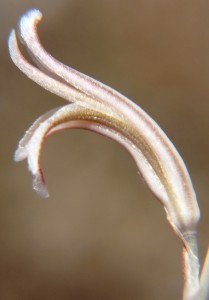
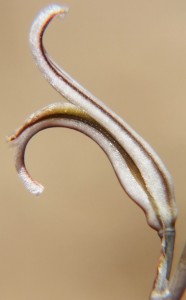
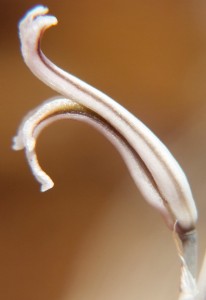
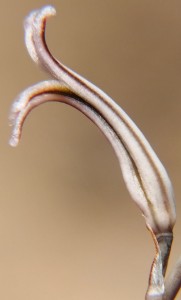
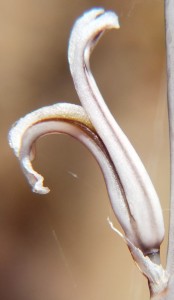
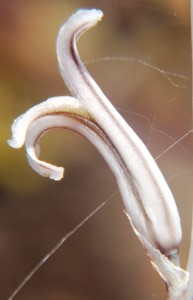
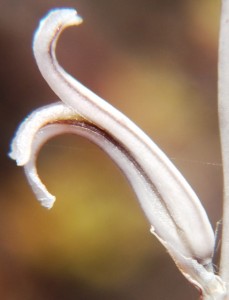
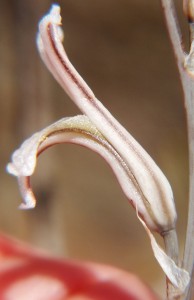
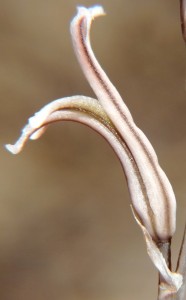
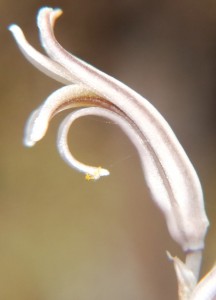
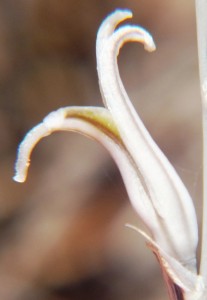
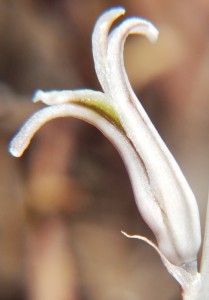
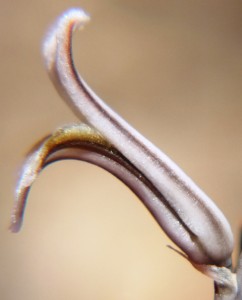
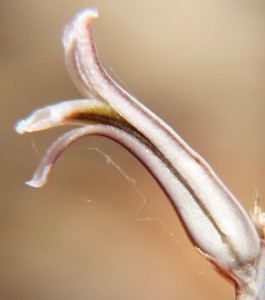
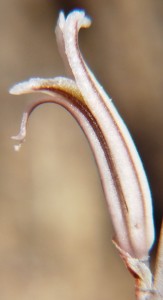
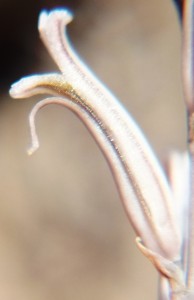
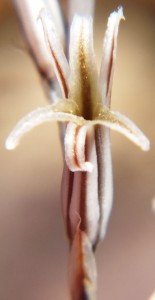
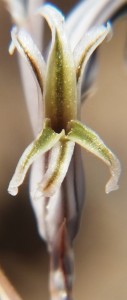
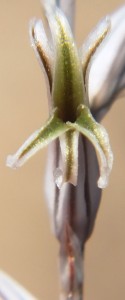
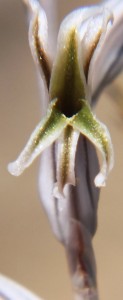
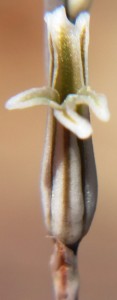
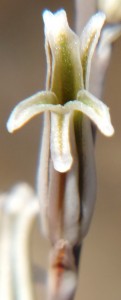
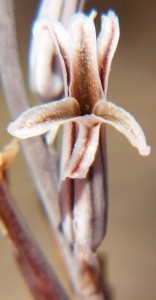
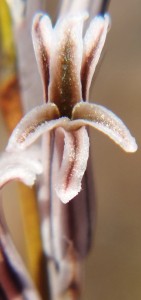
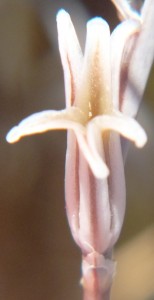
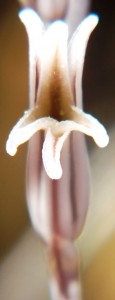
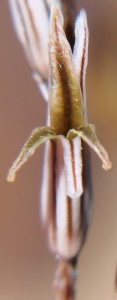
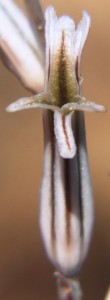

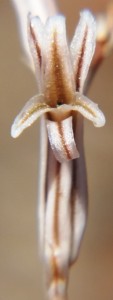
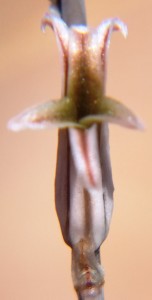


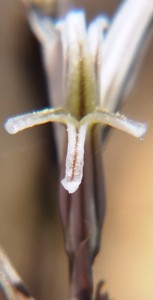
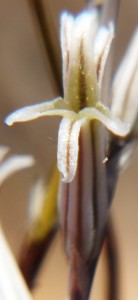
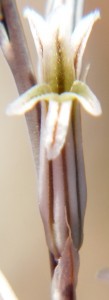
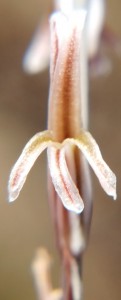
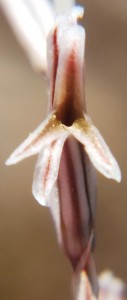
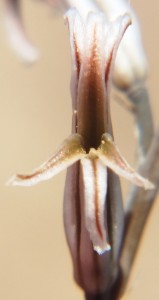
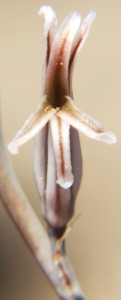

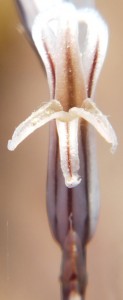
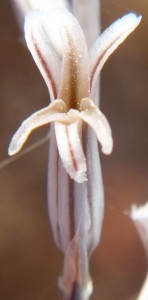
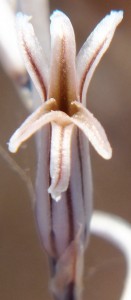
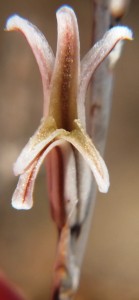
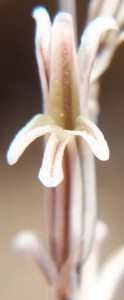
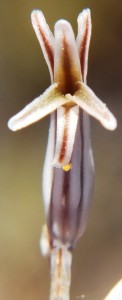
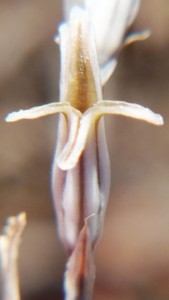
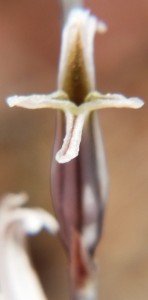
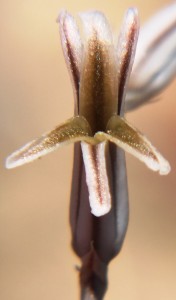
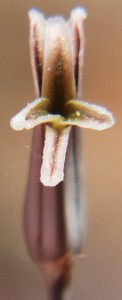
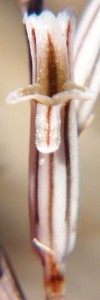

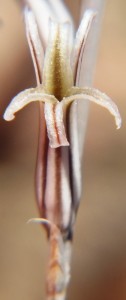
3. MBB774 – Haworthia mirabilis
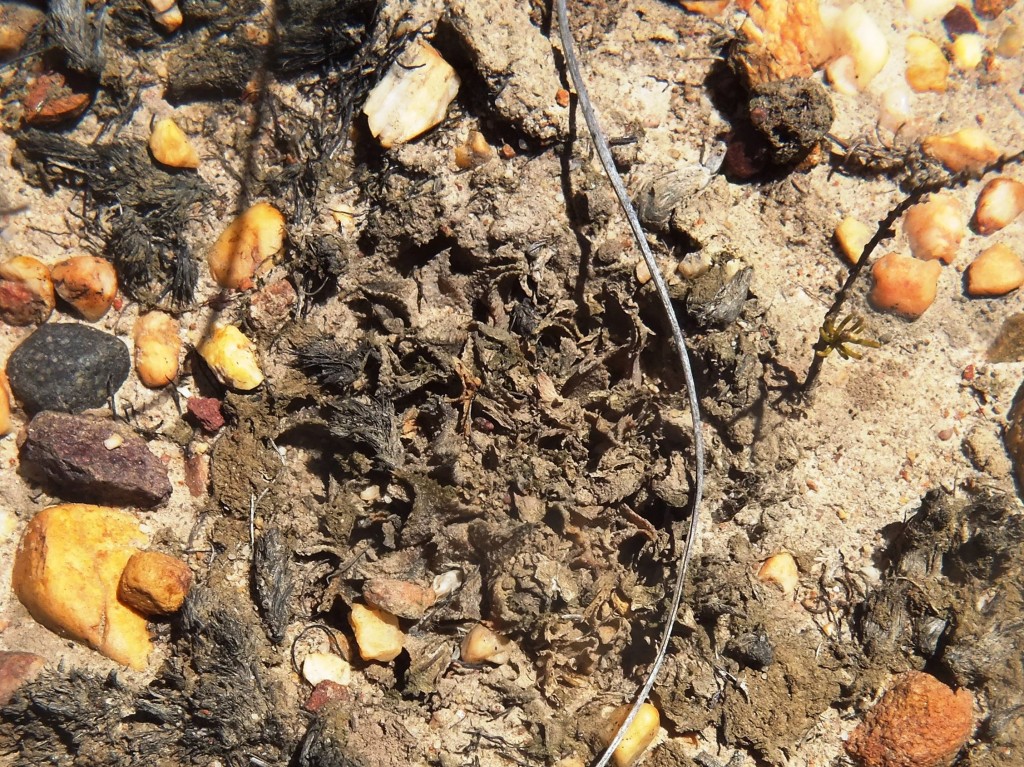
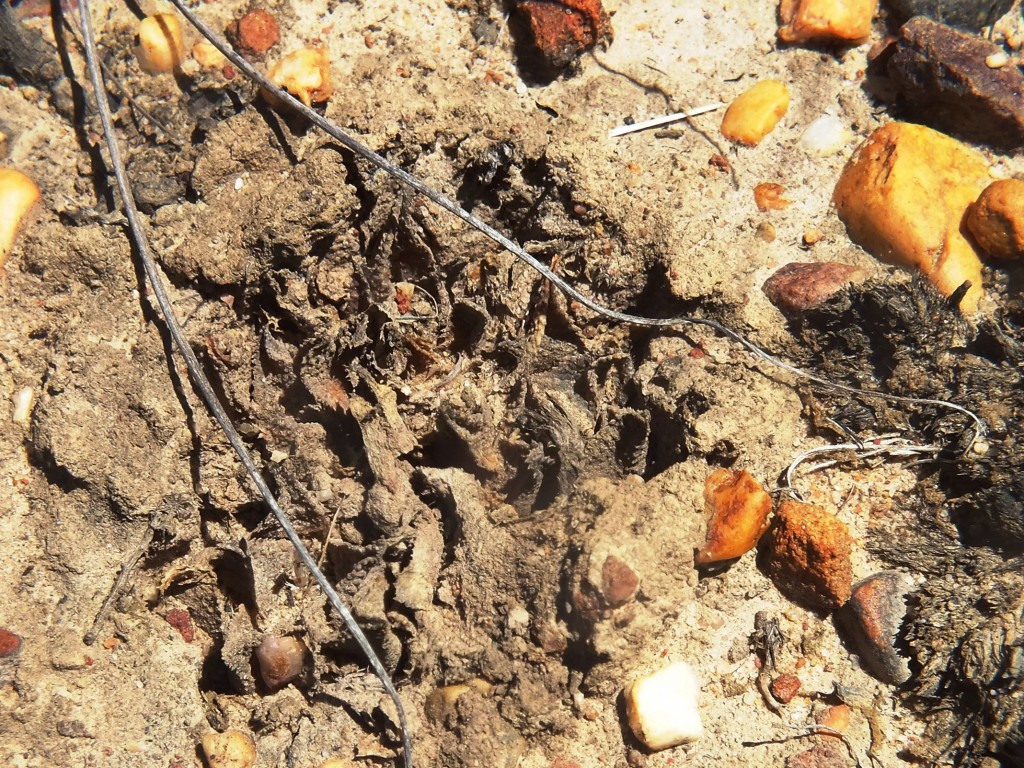
4. MBB7805 – Haworthia mirabilis
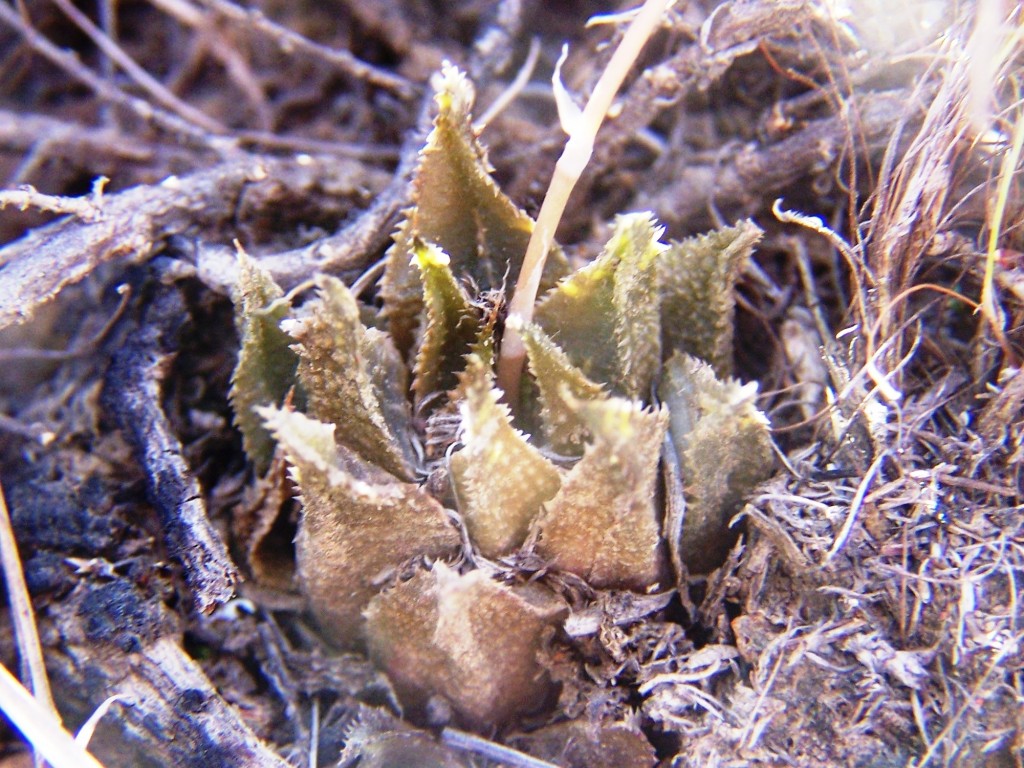
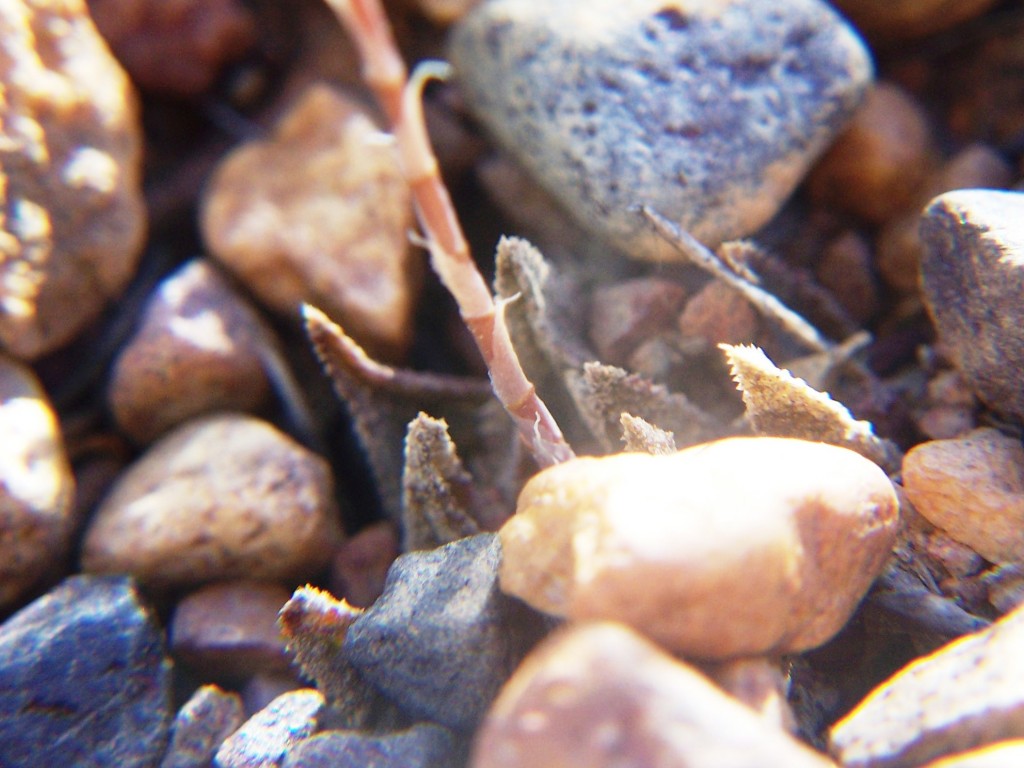
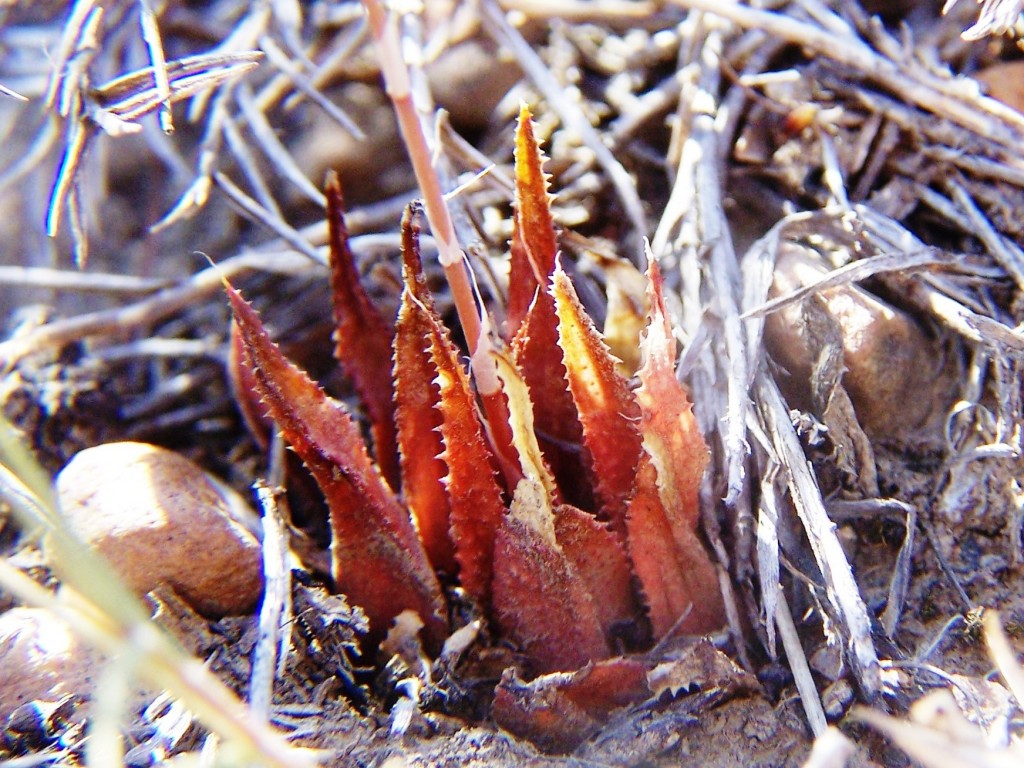
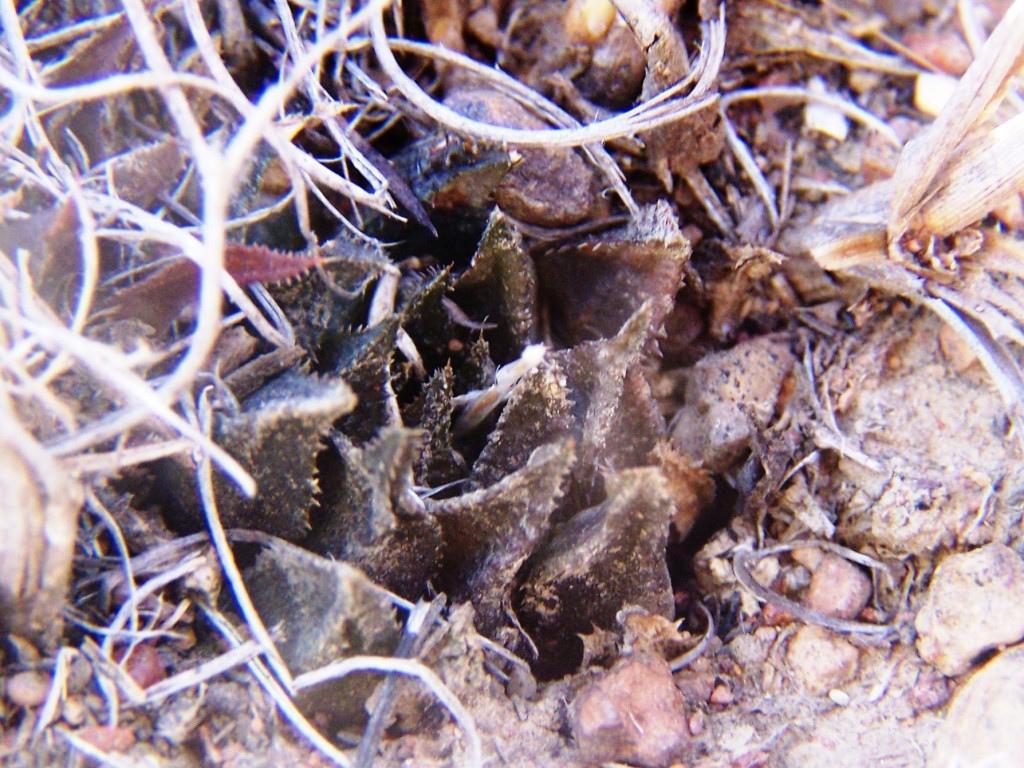
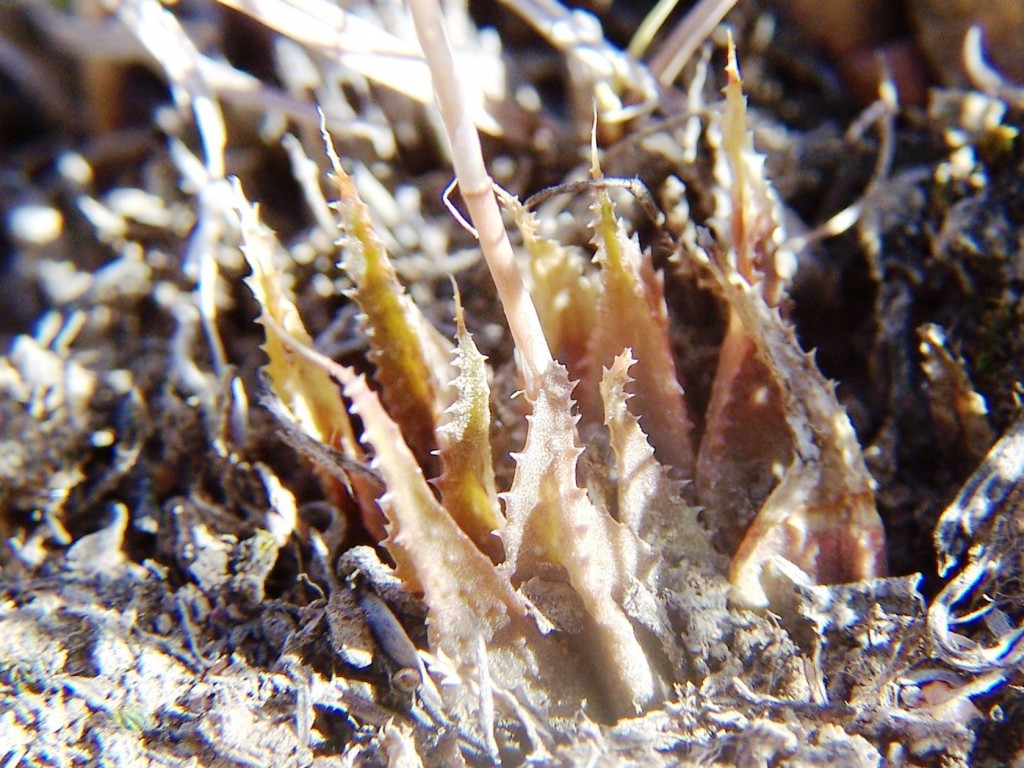
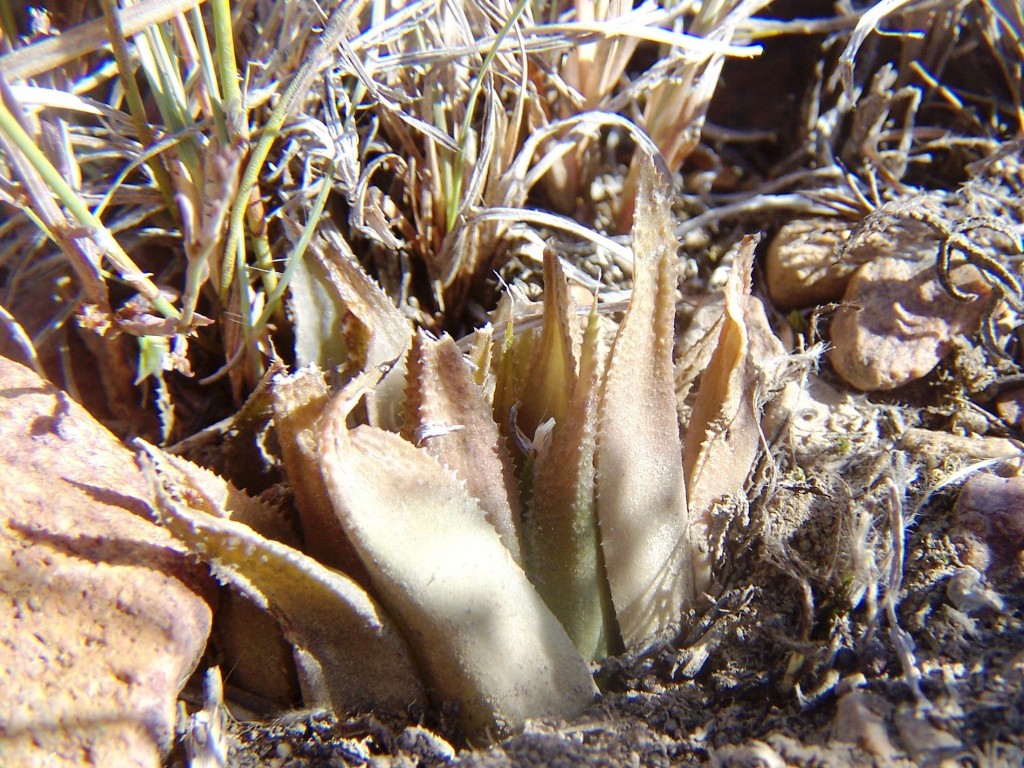
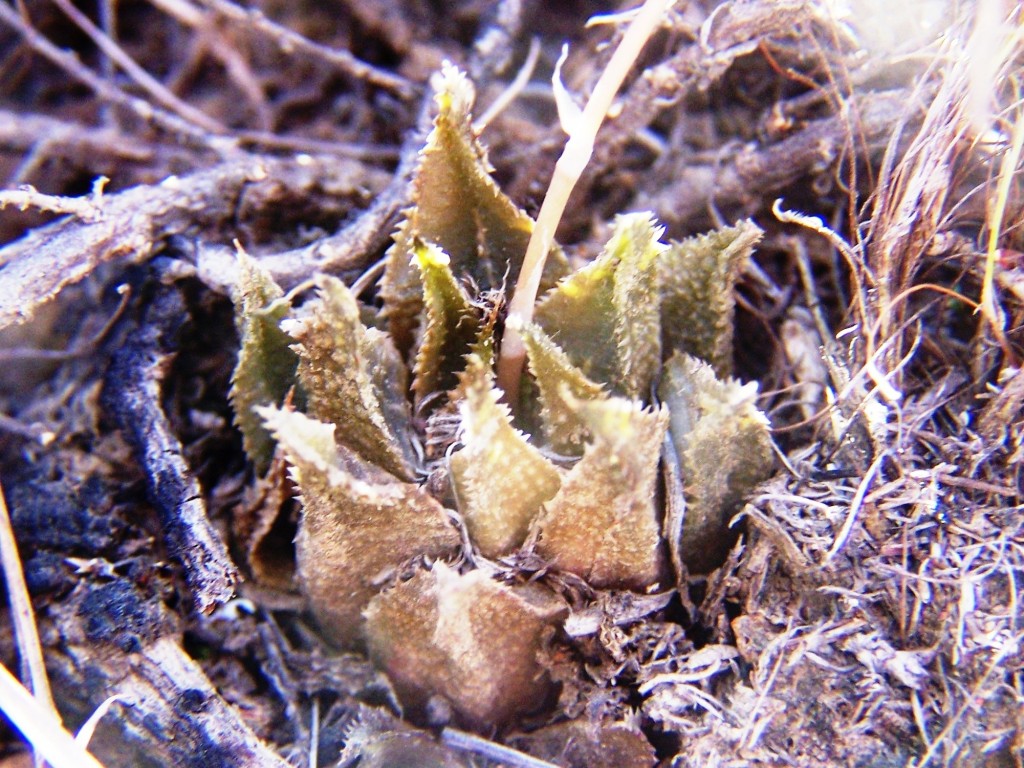
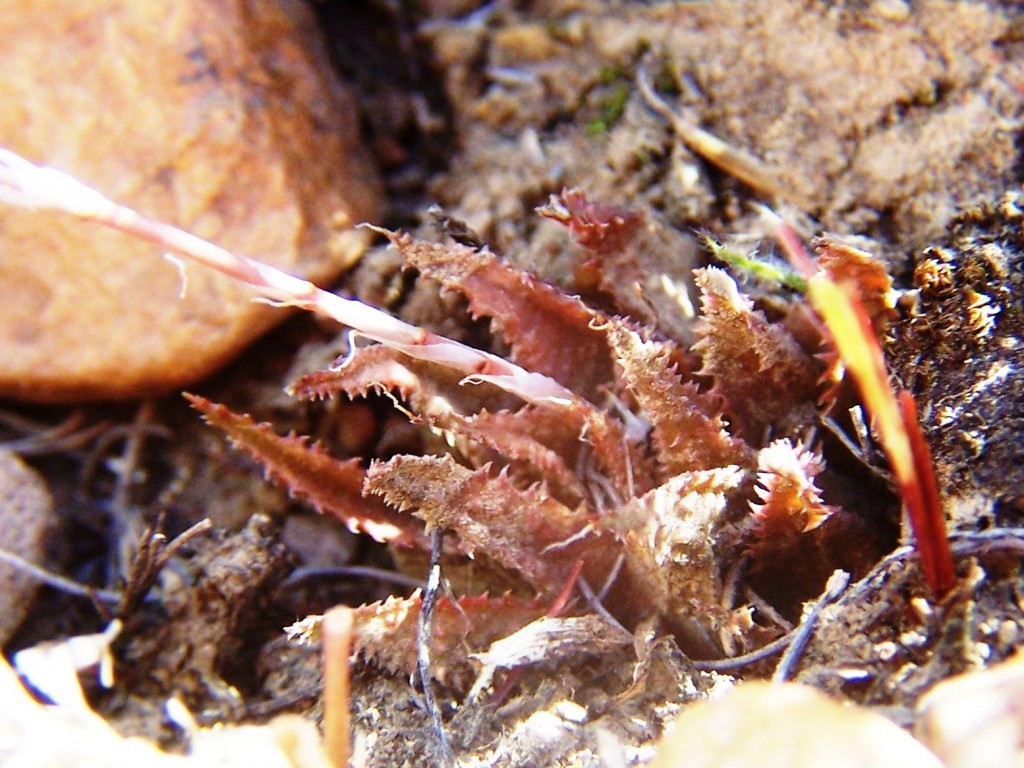
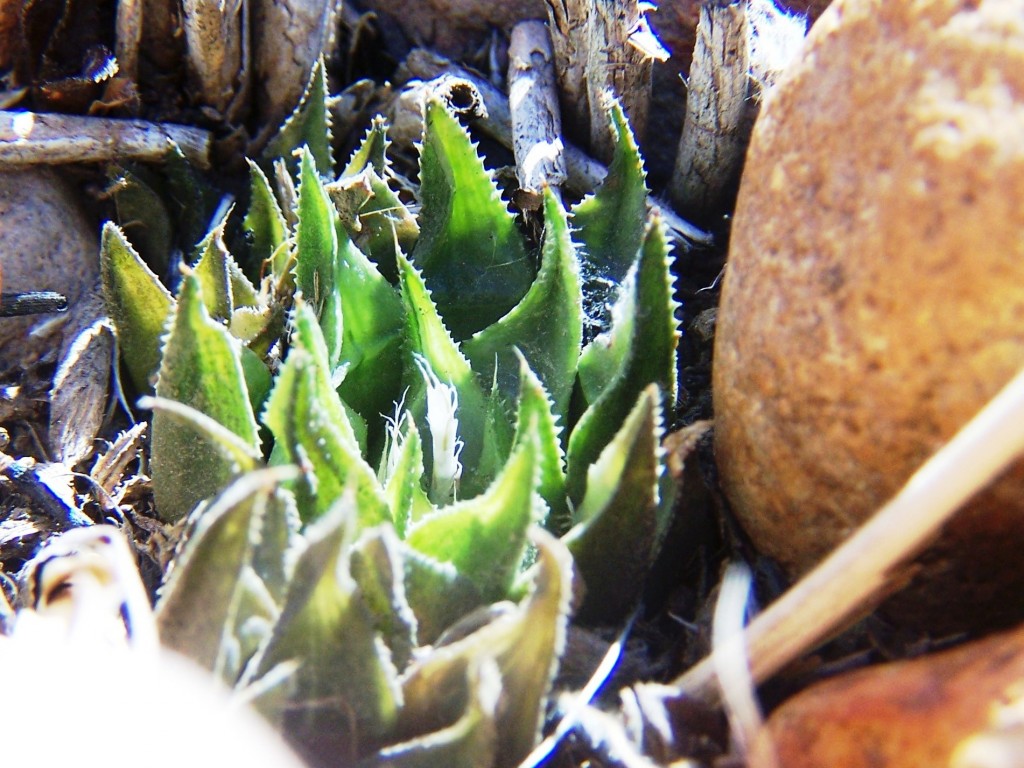
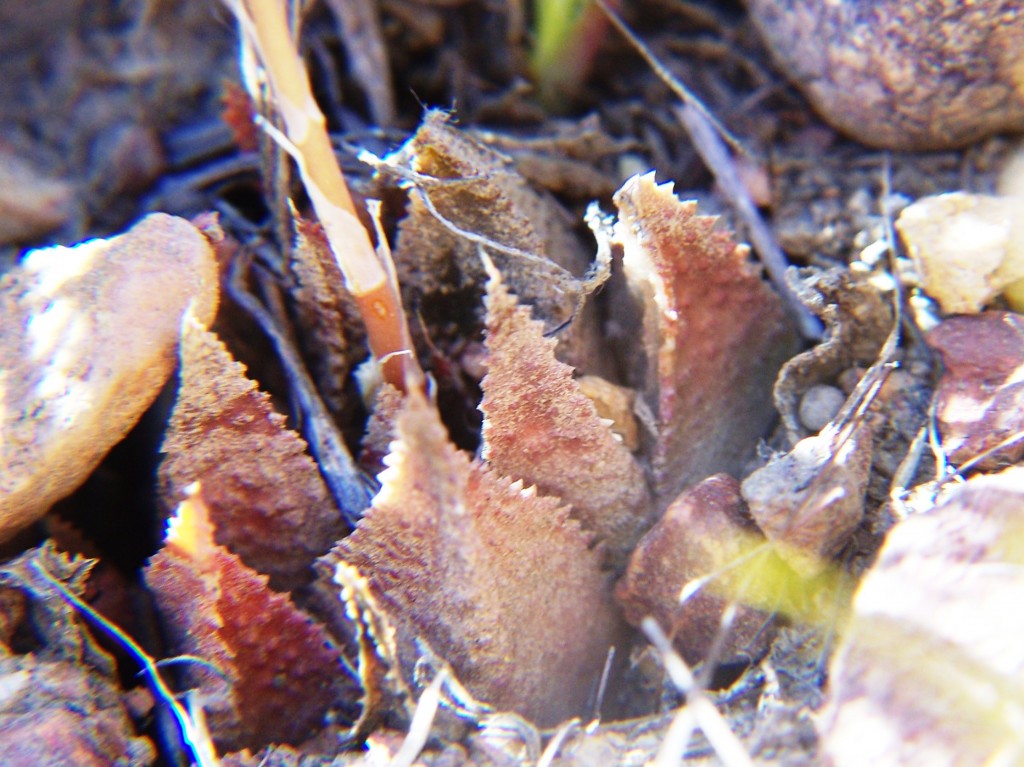
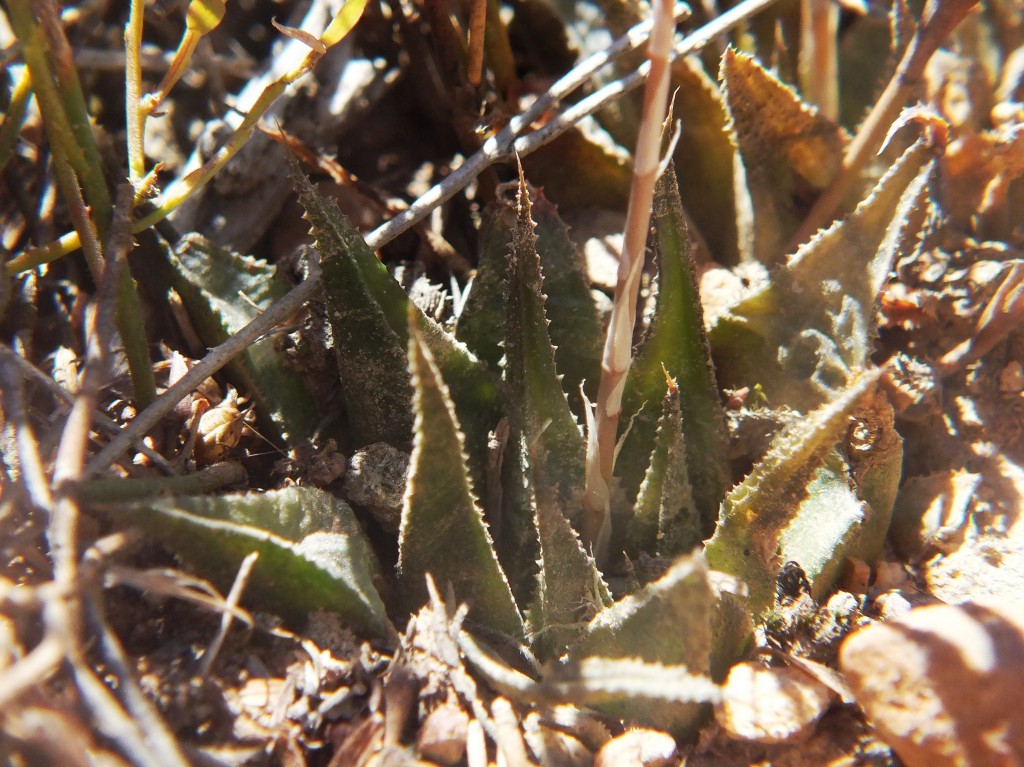
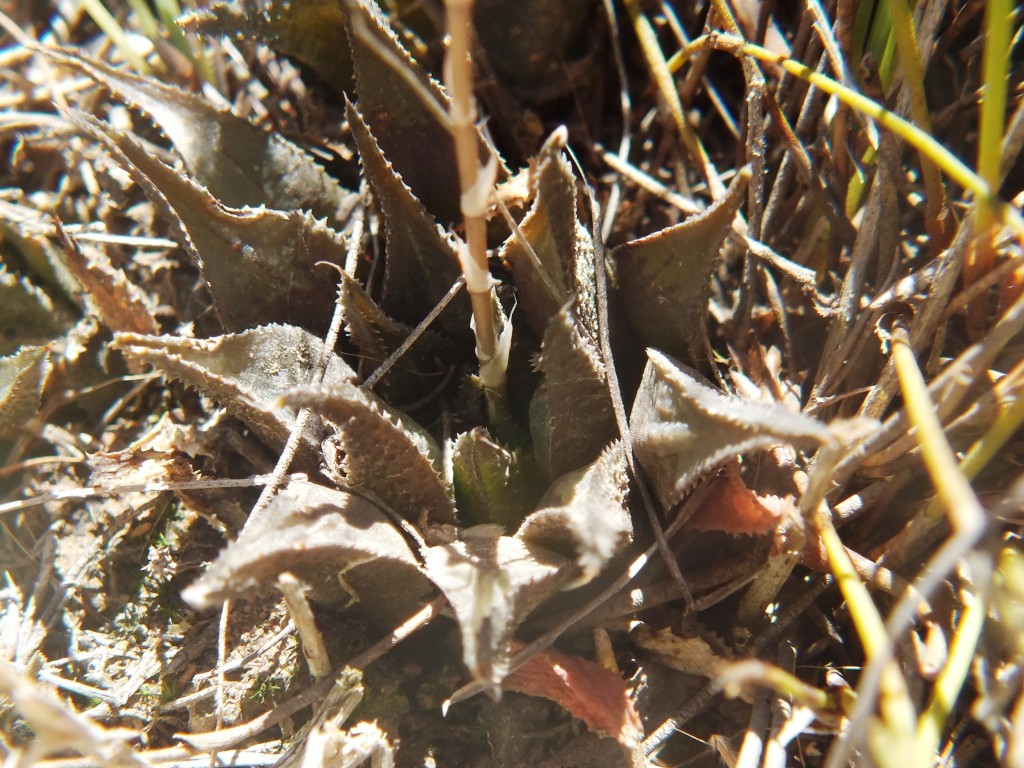
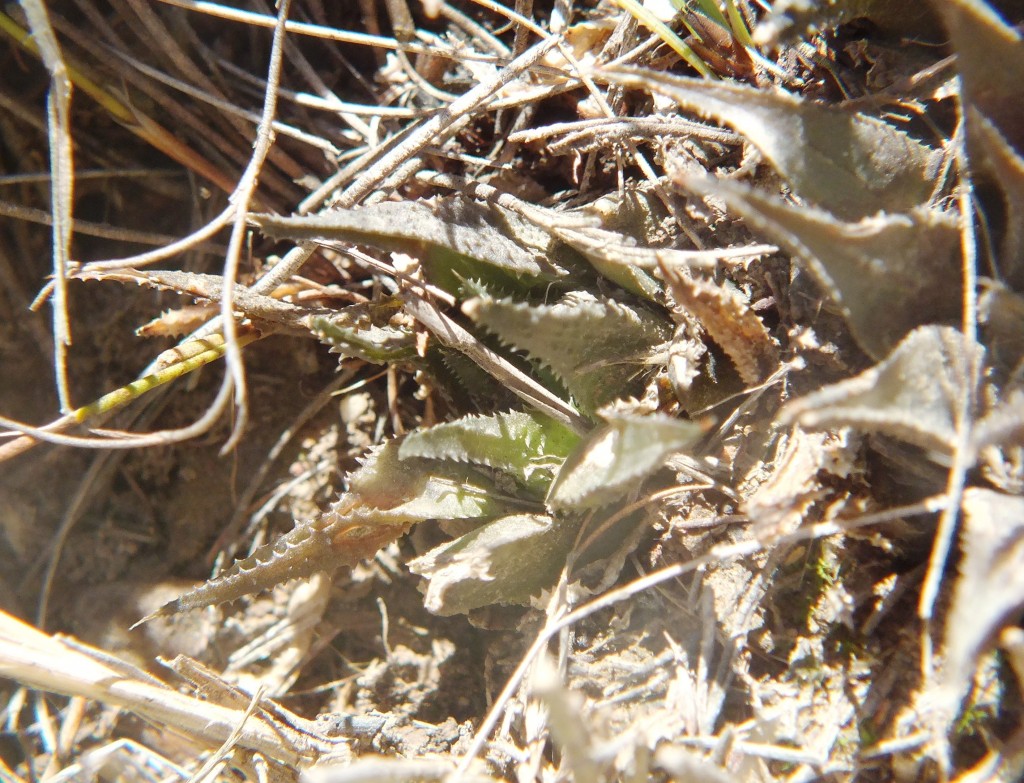
Flower profiles, faces, and bud
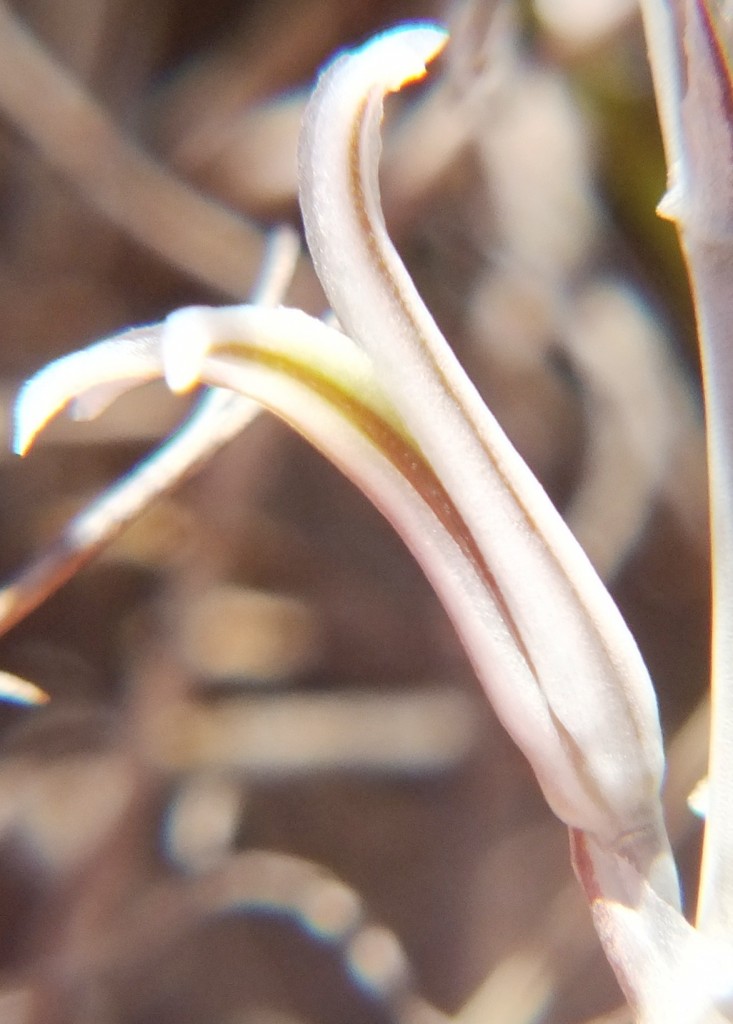
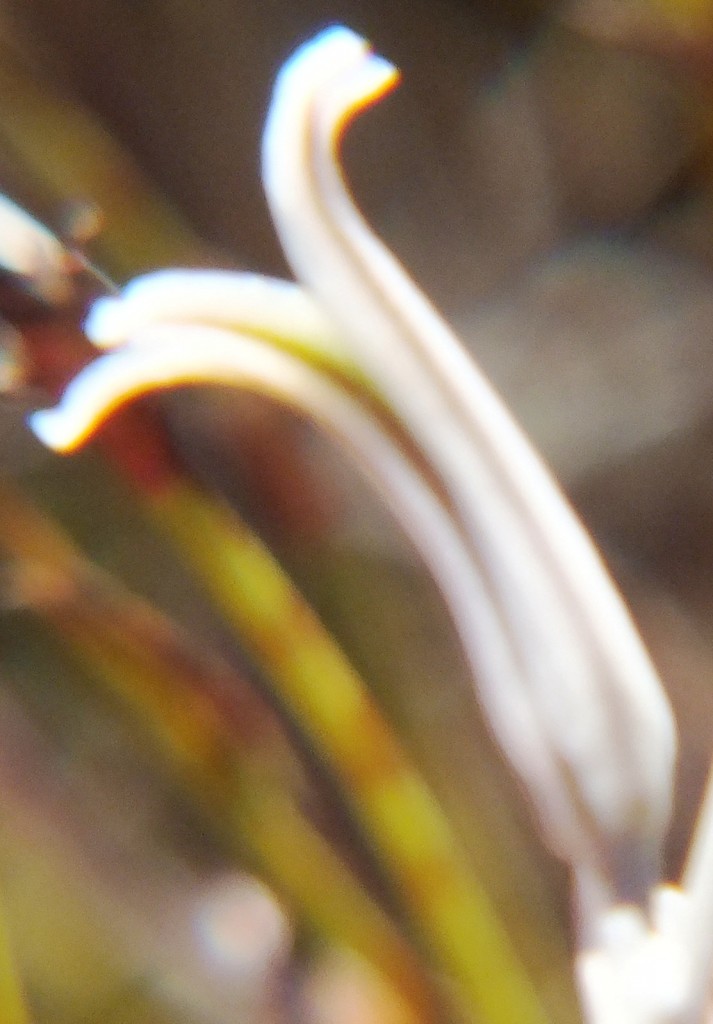
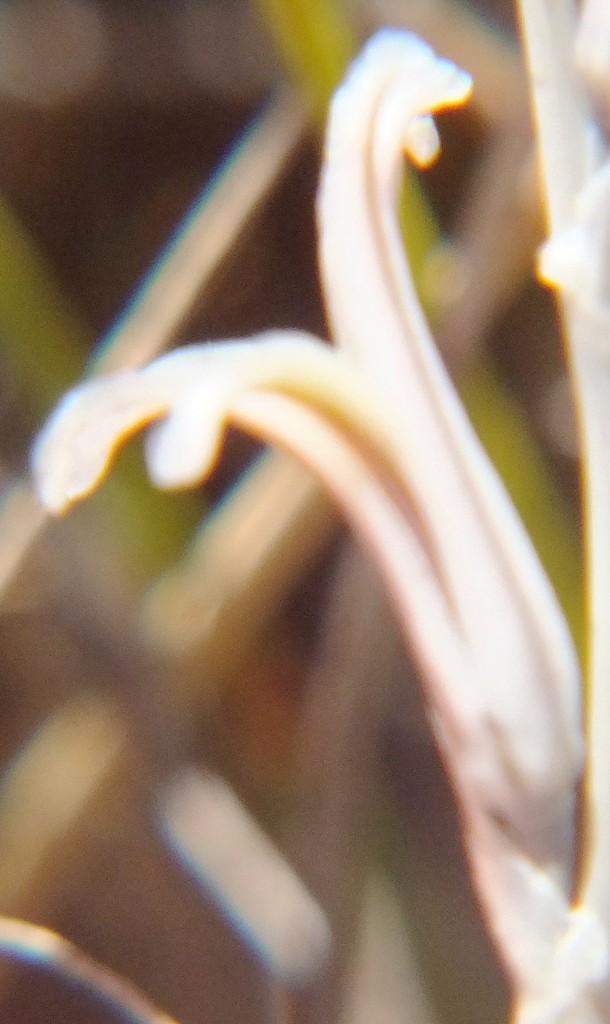
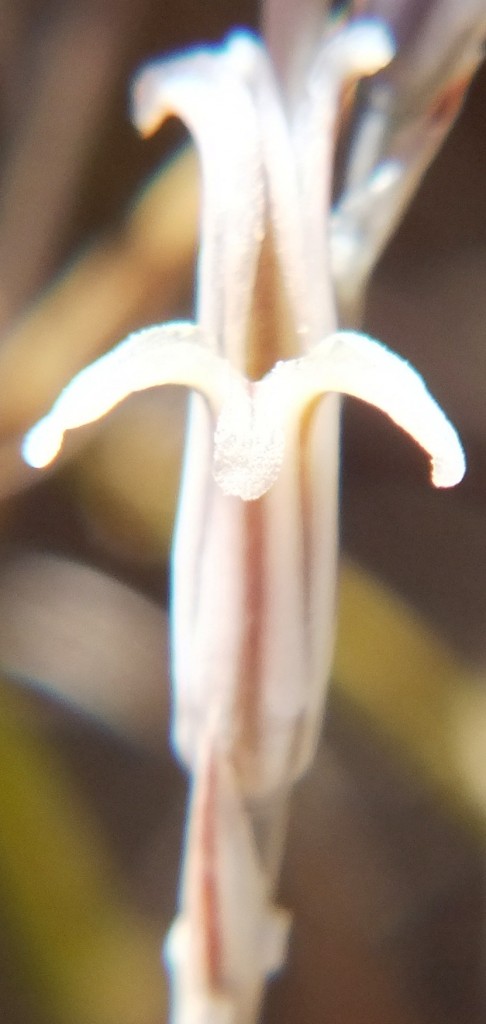
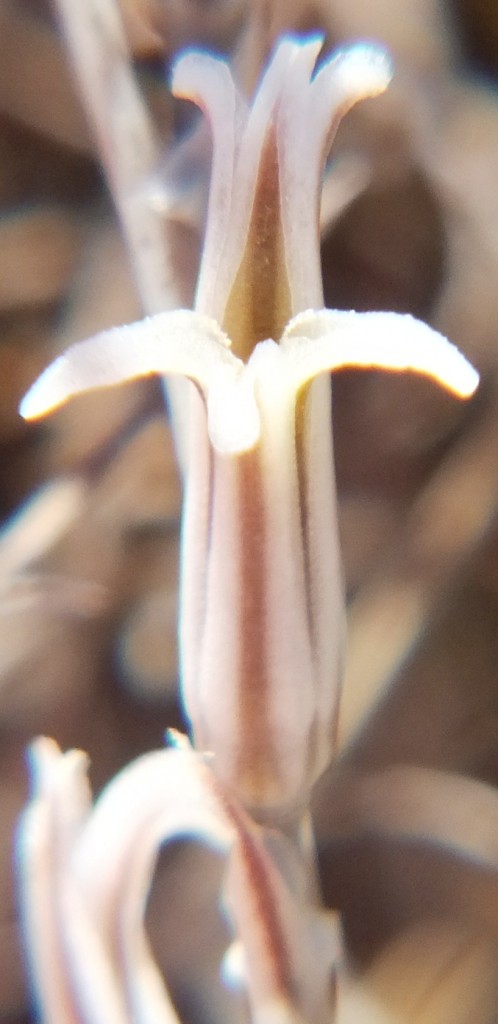
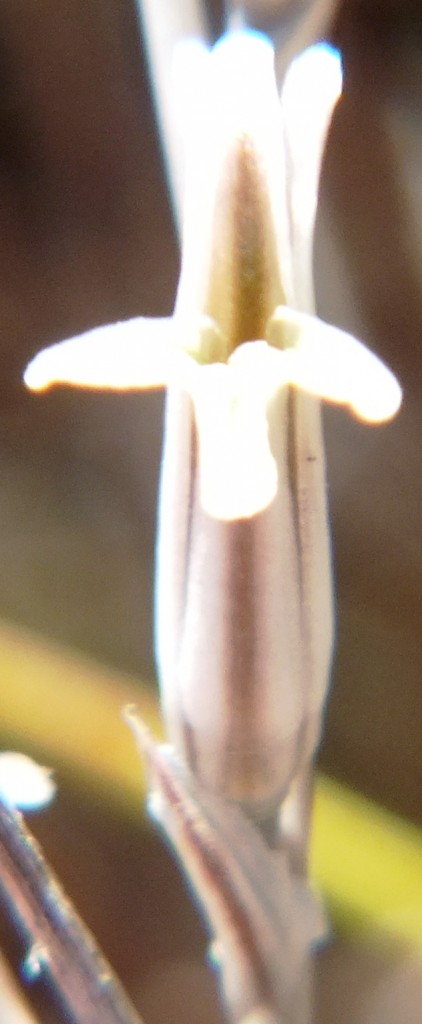
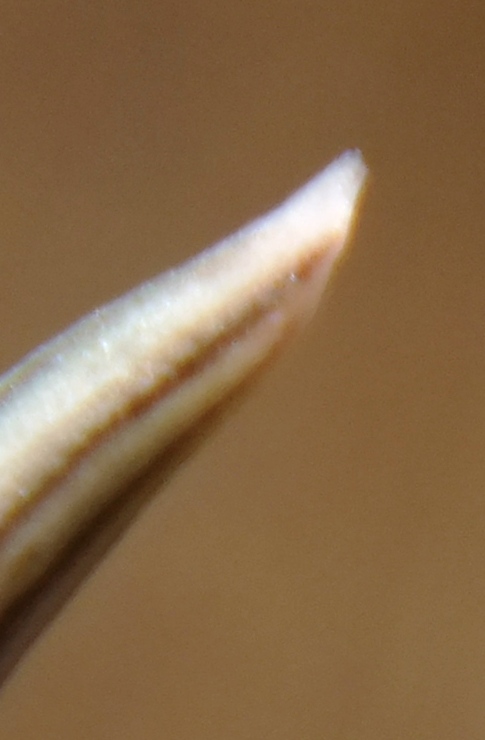
5. MBB8035 – Haworthia mirabilis
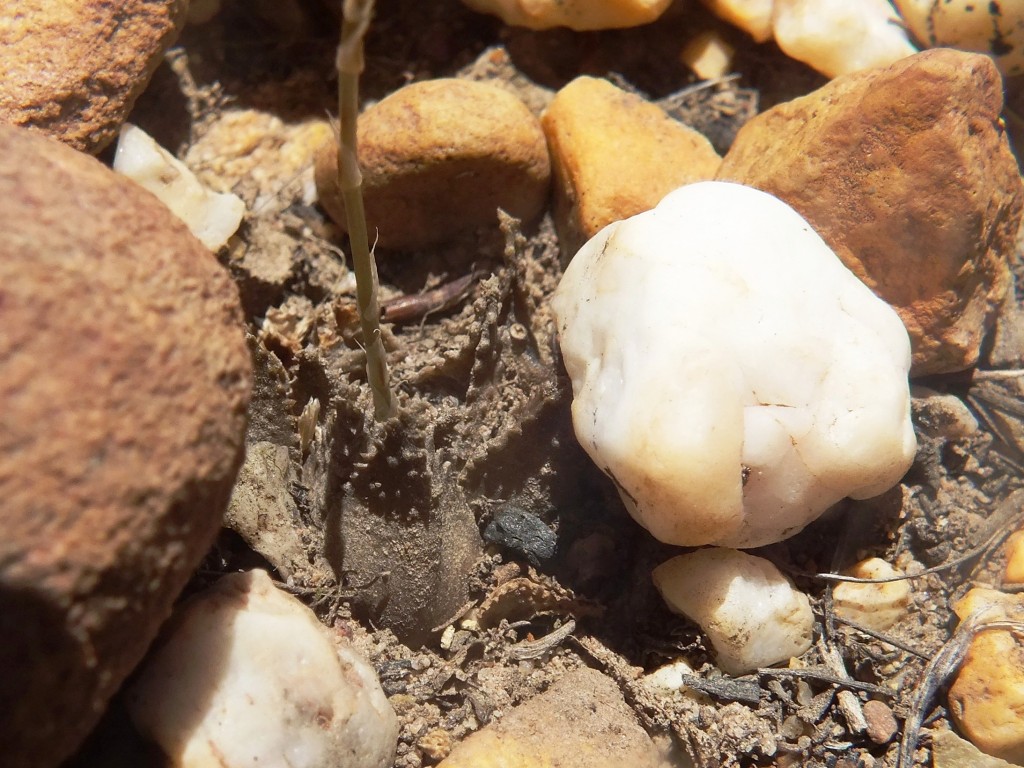
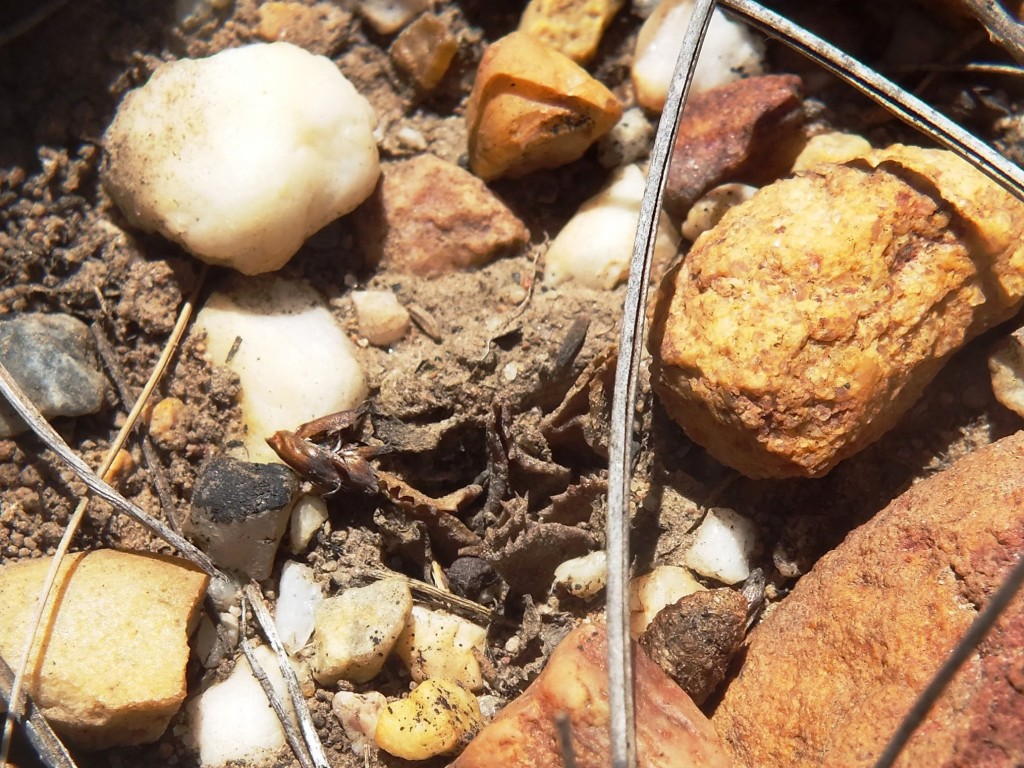
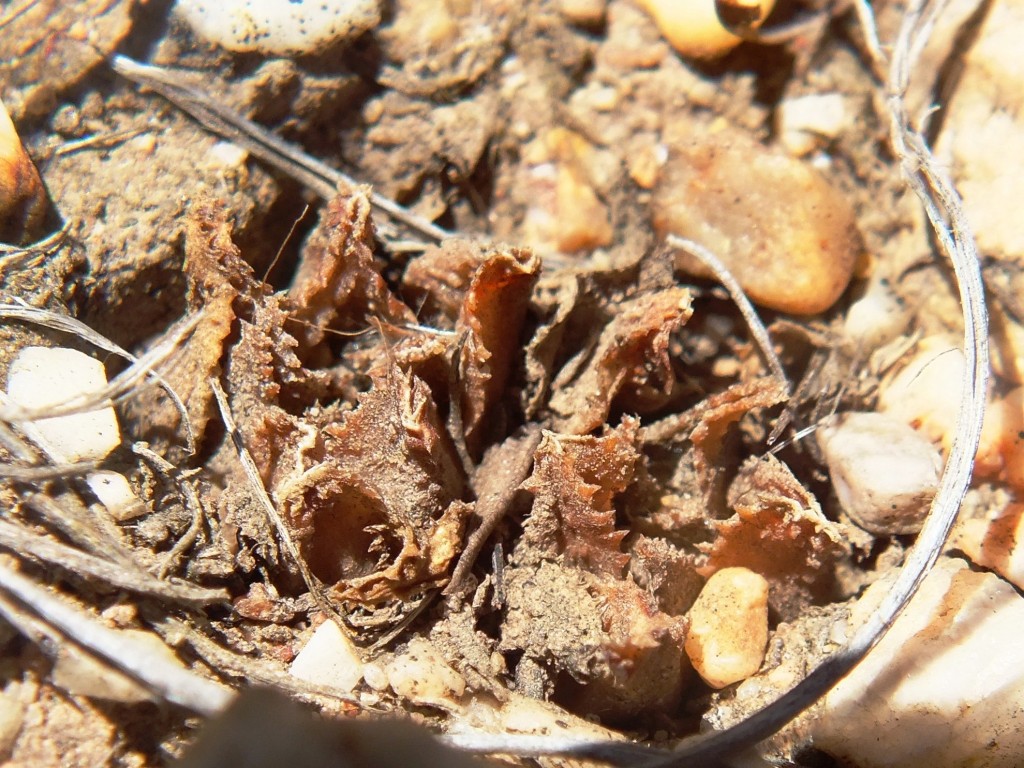
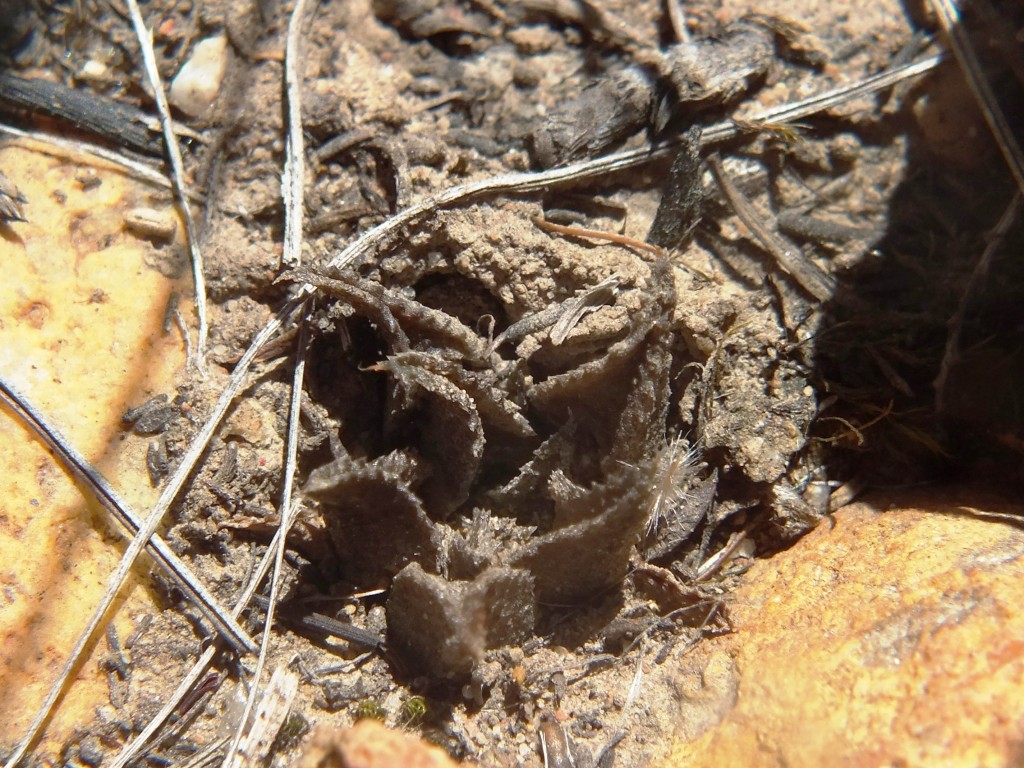
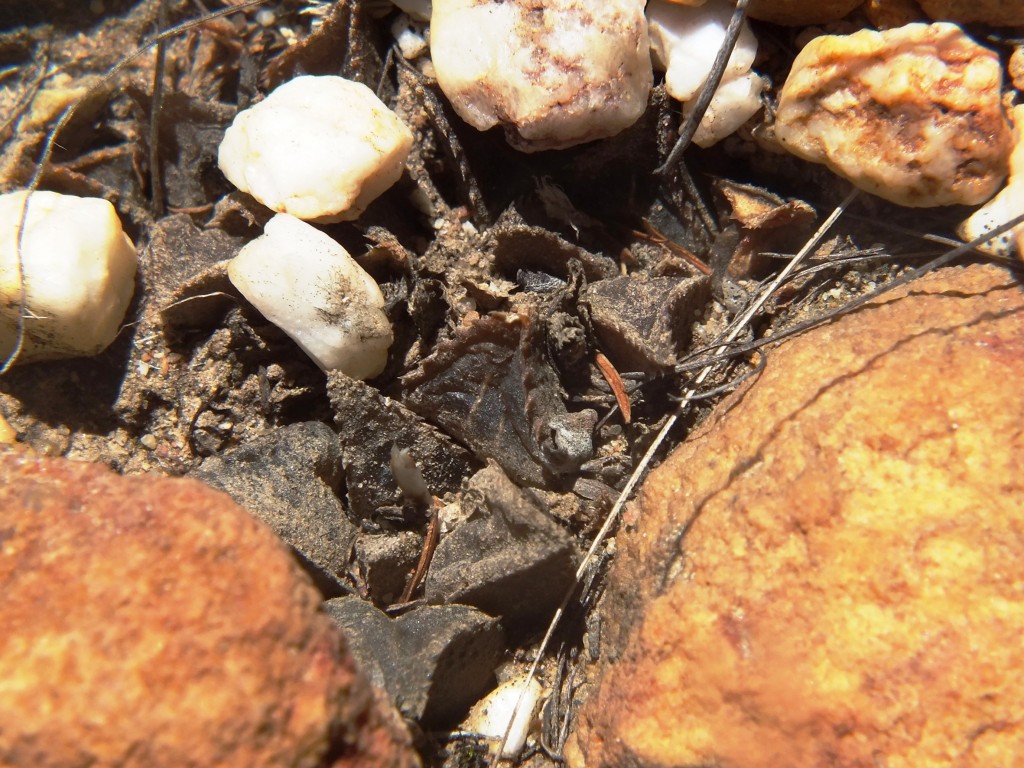
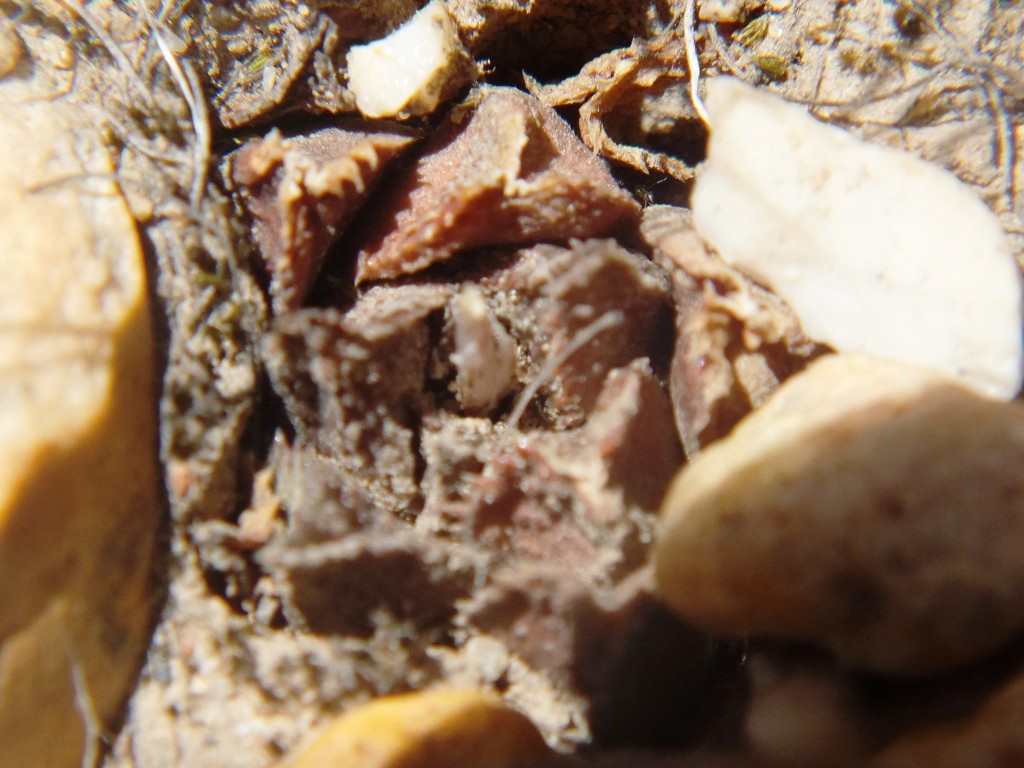
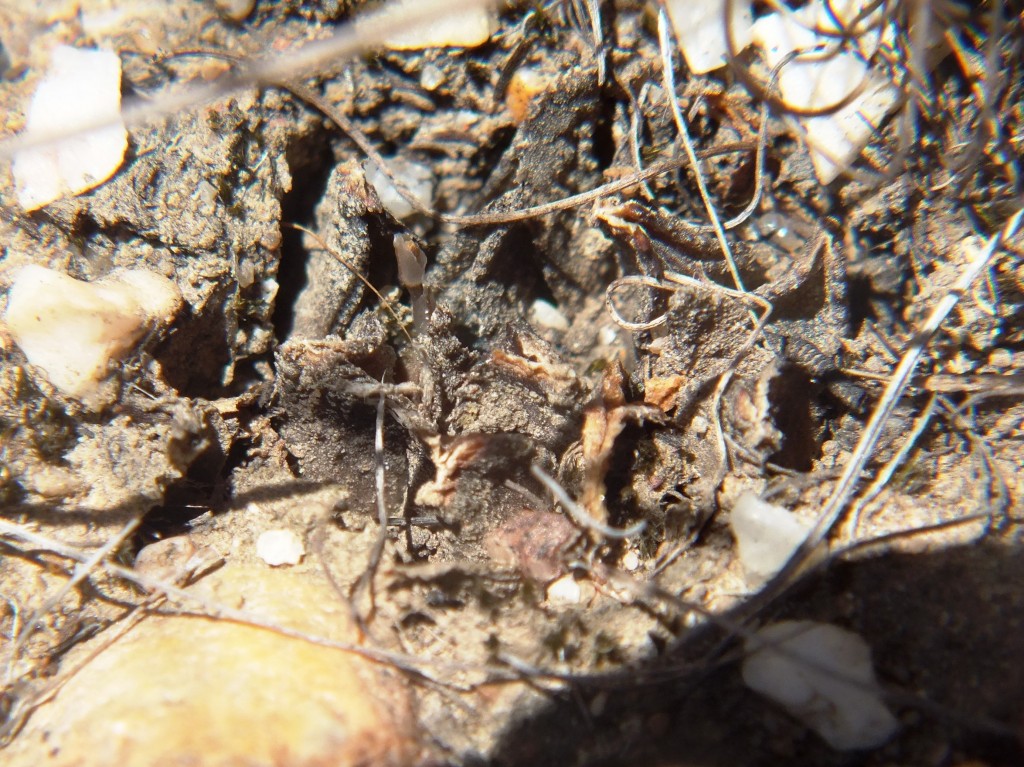
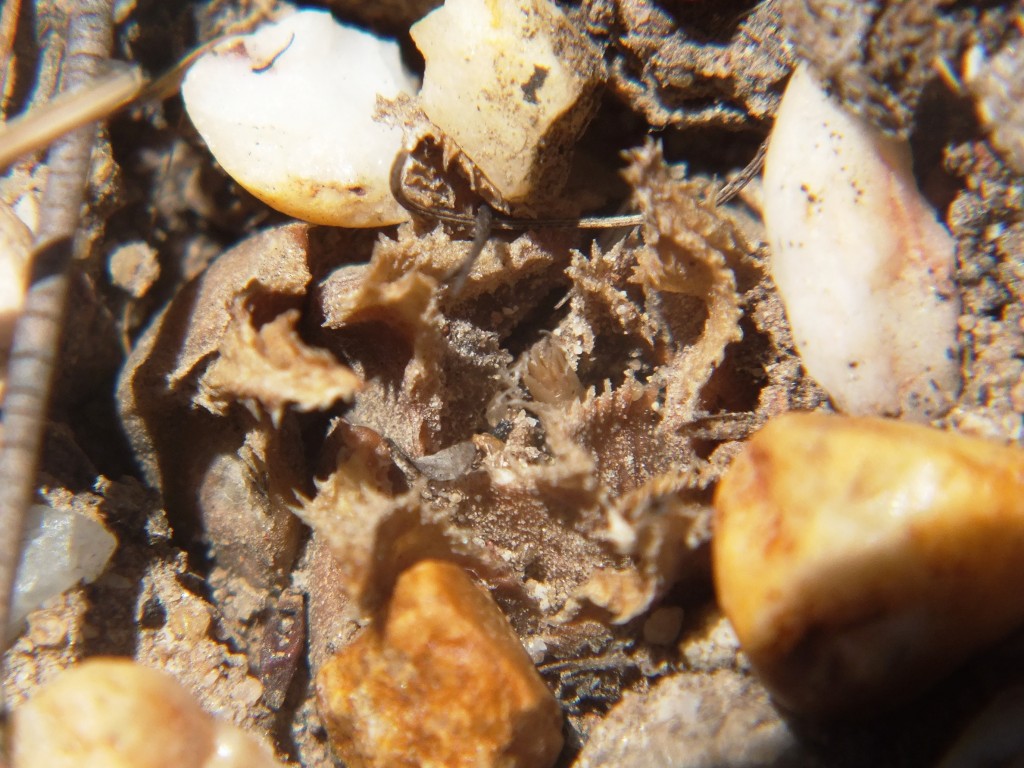
6. MBB8043 – Haworthia mirabilis
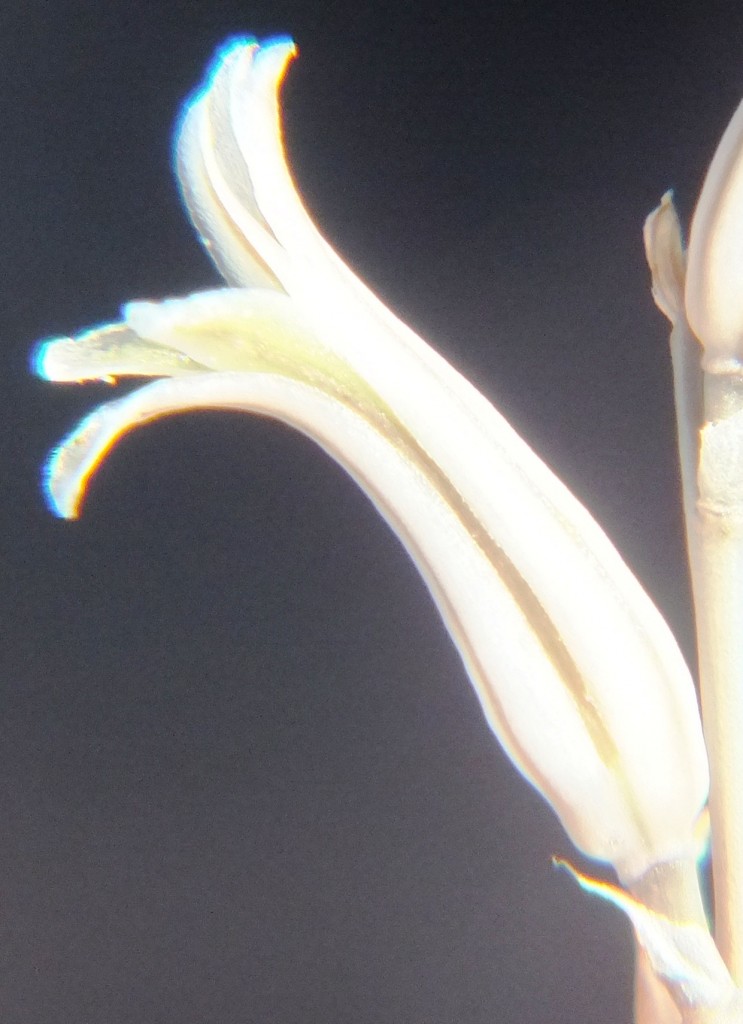
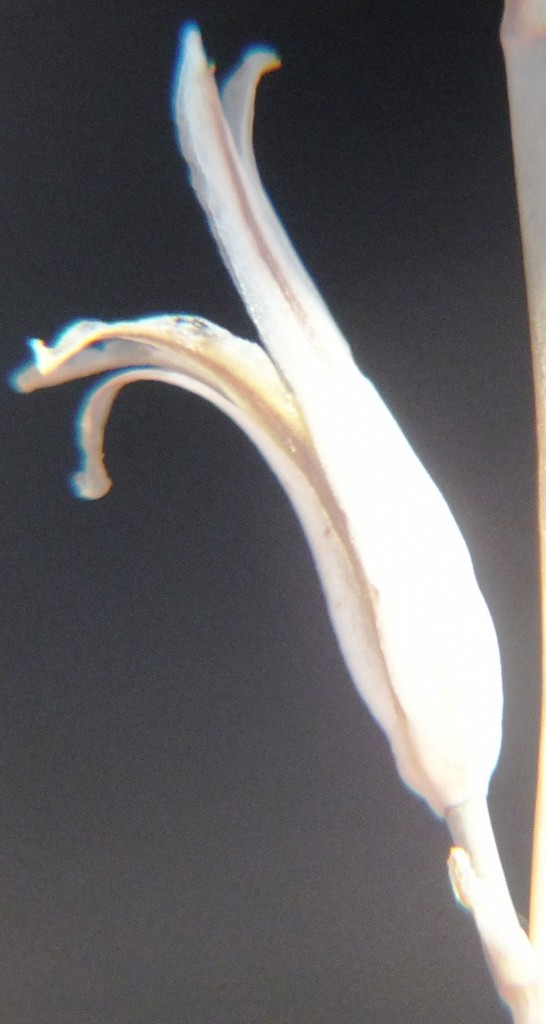
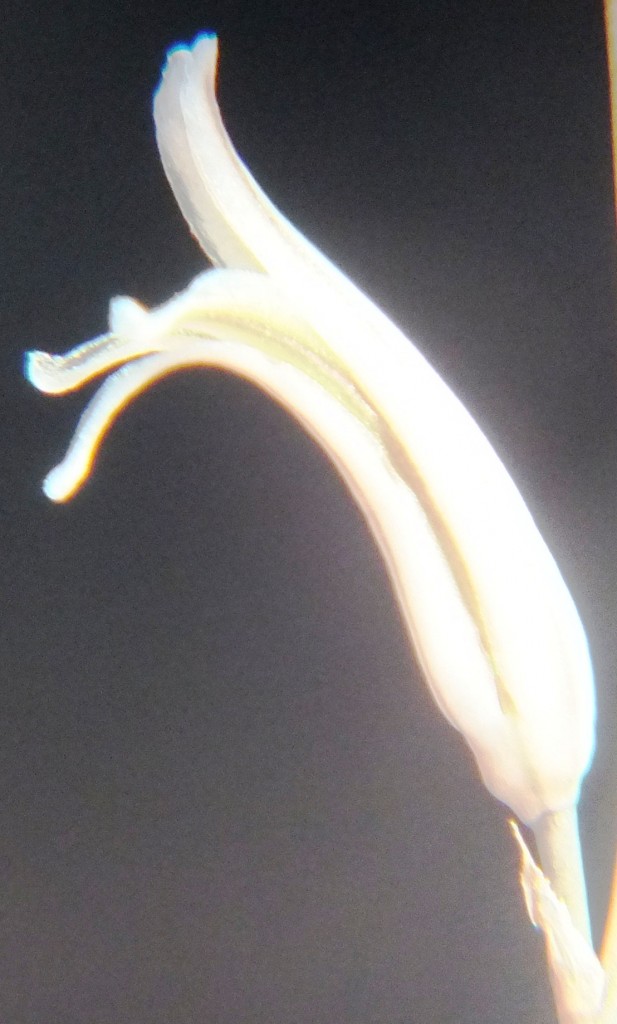
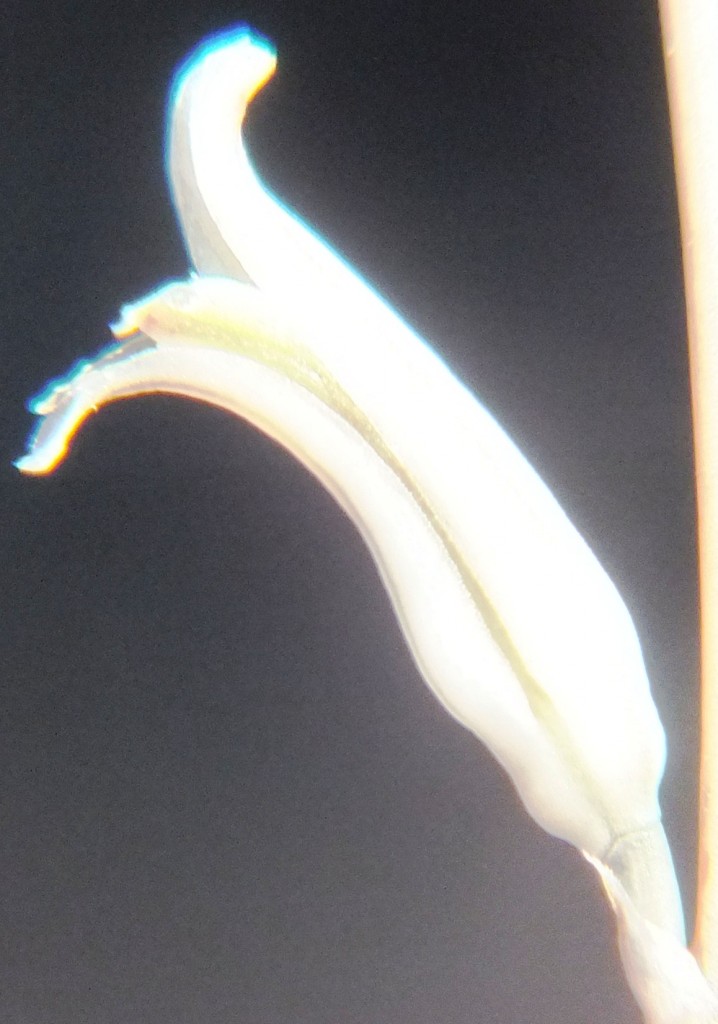
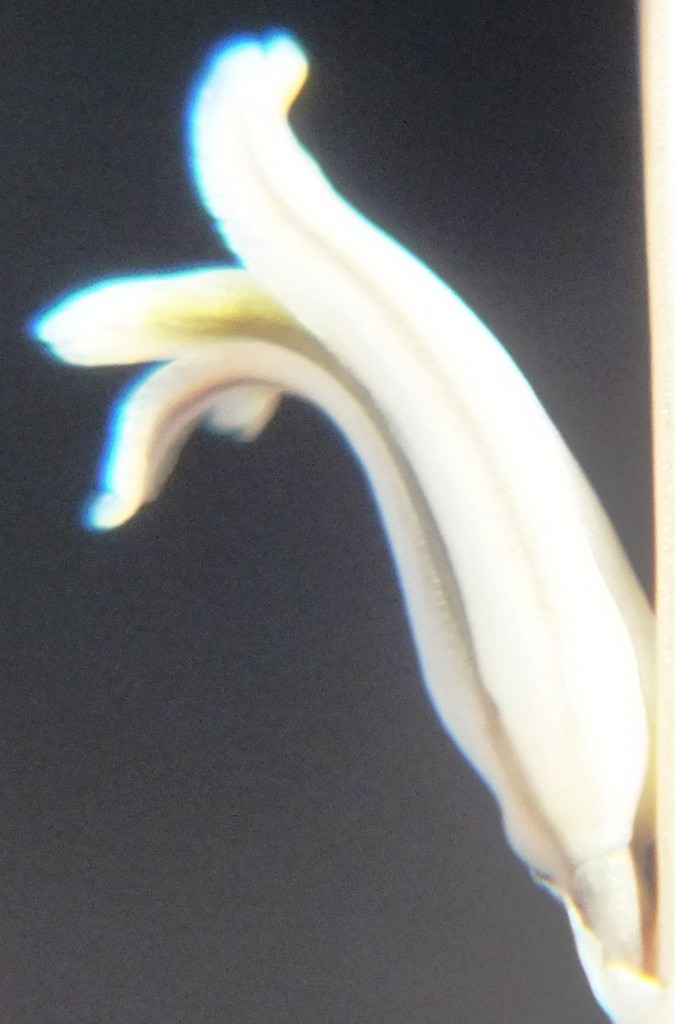
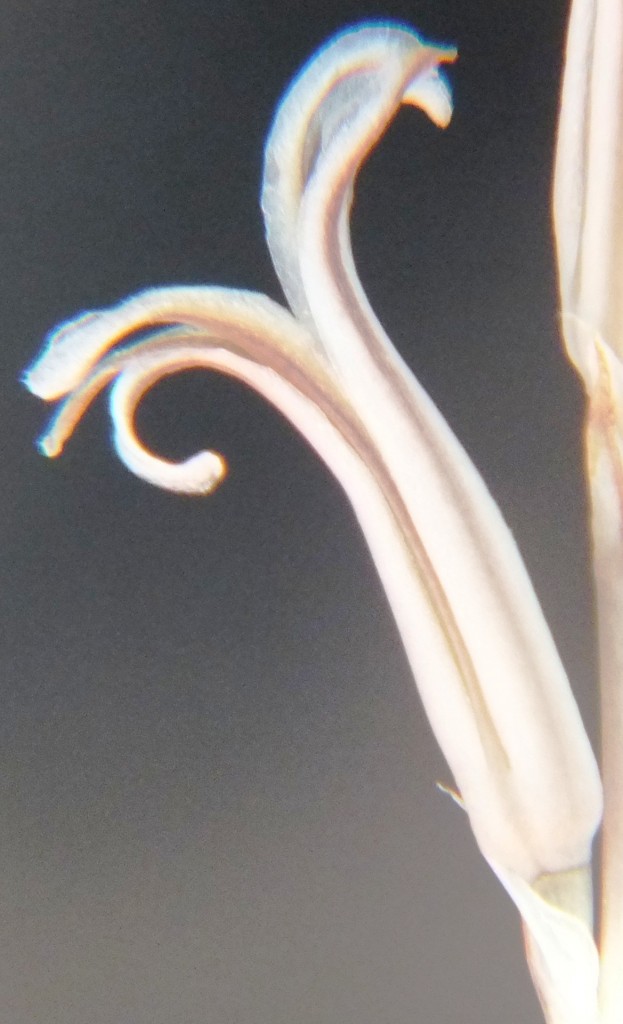
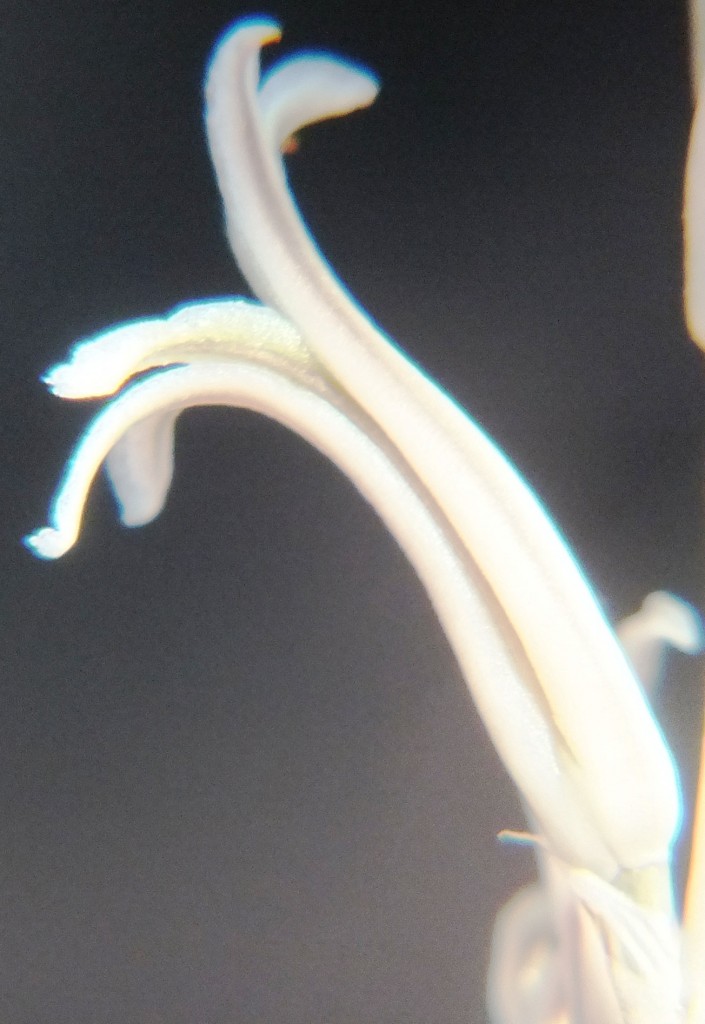
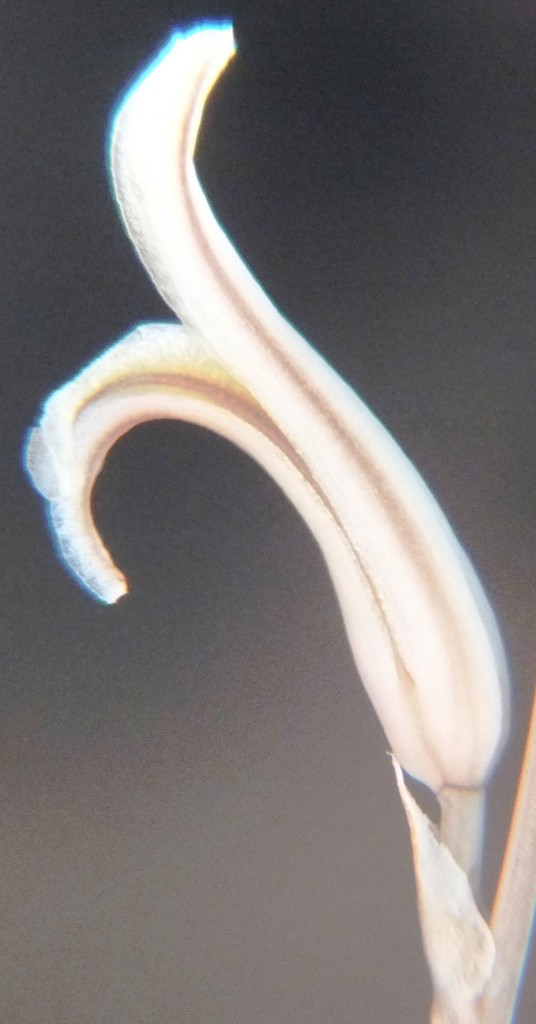
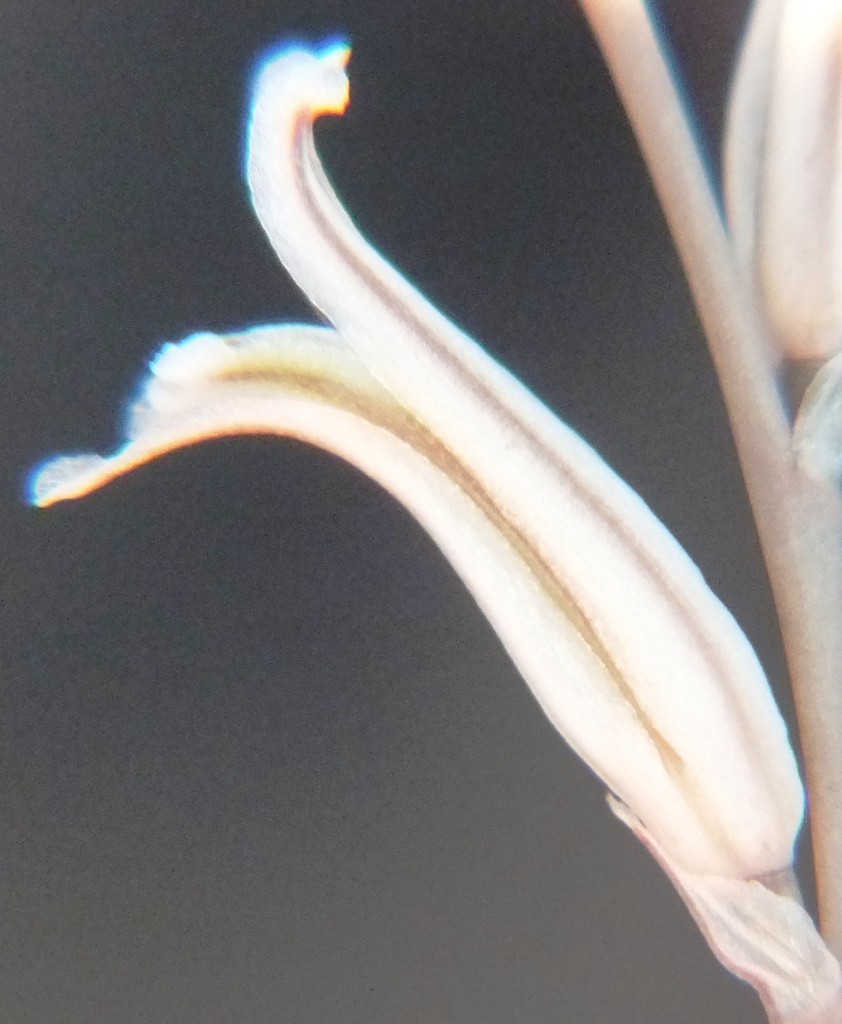
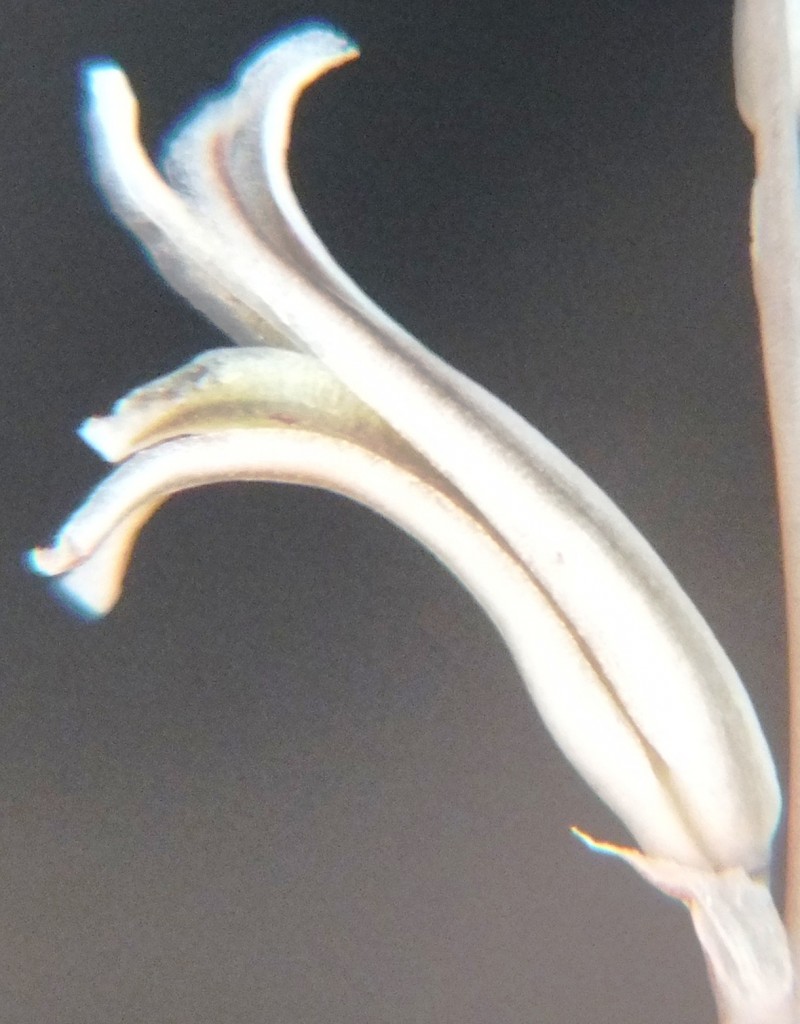
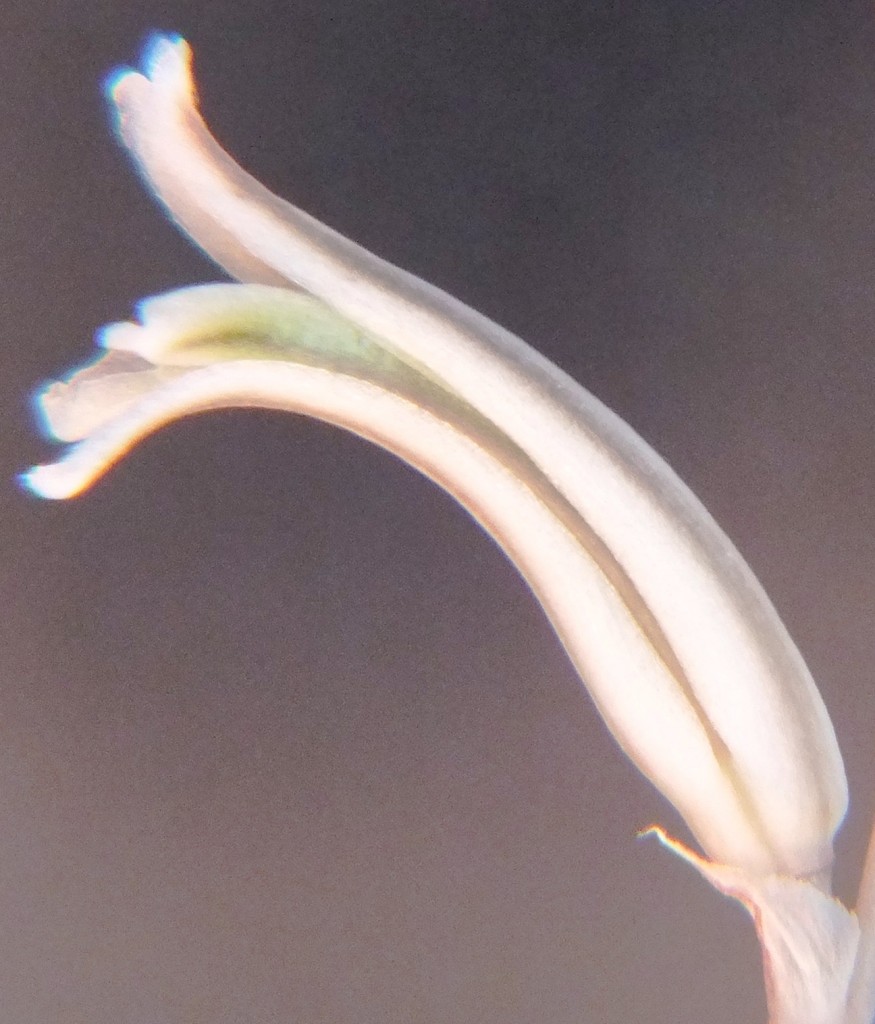
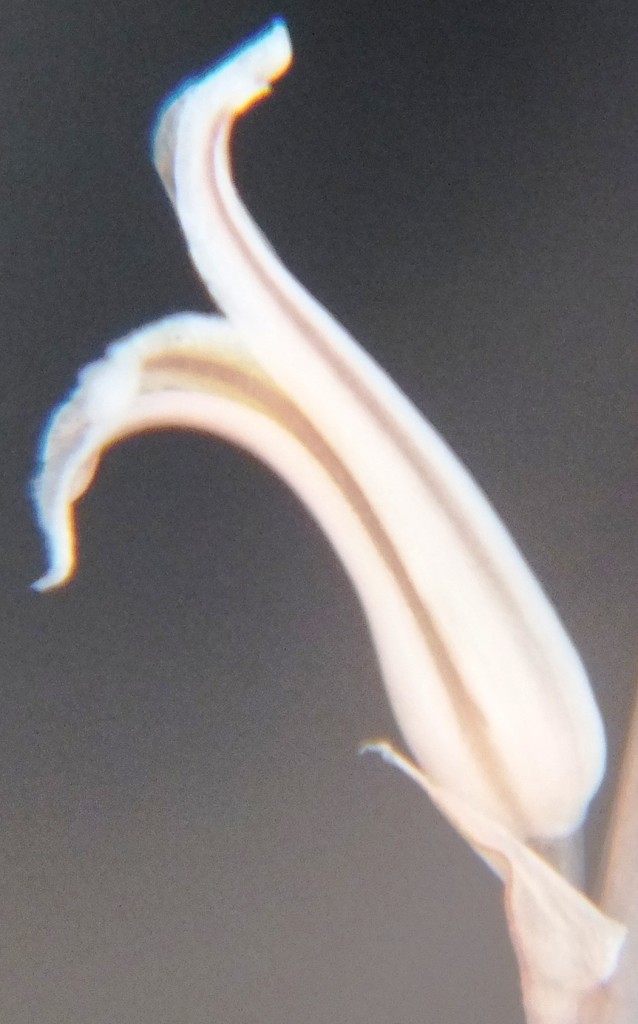
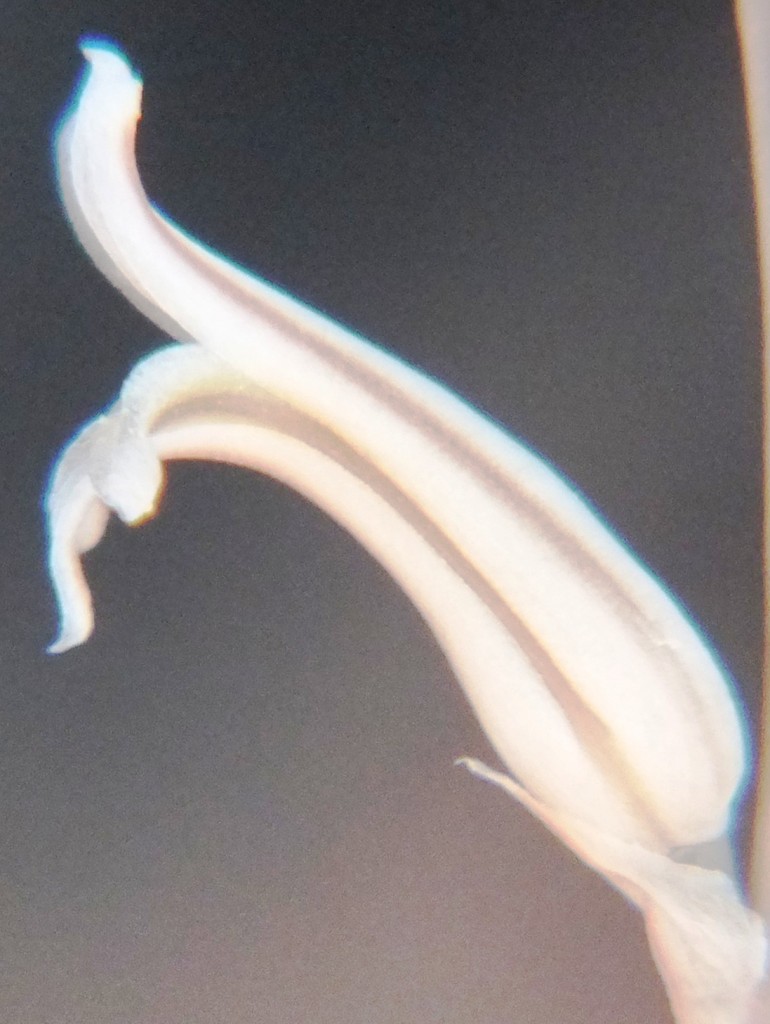

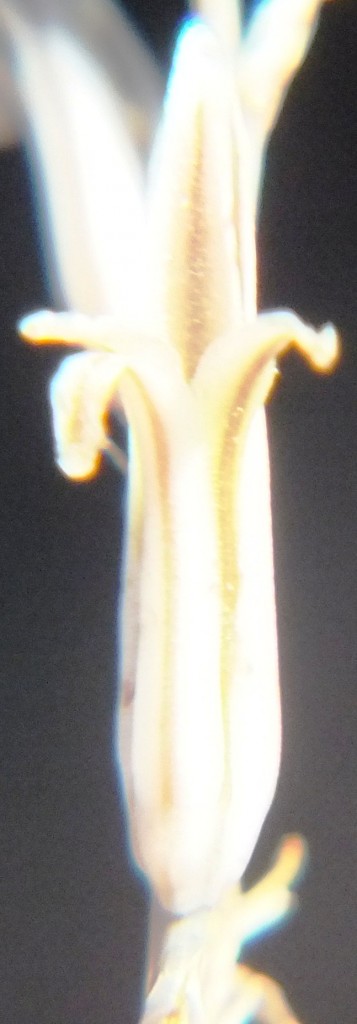
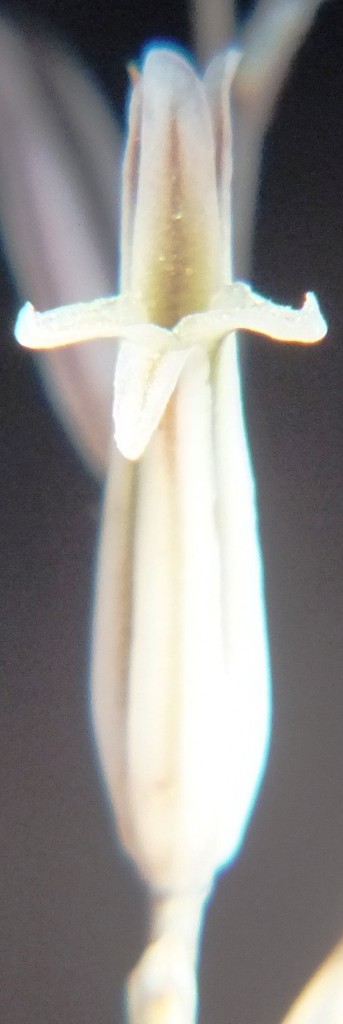
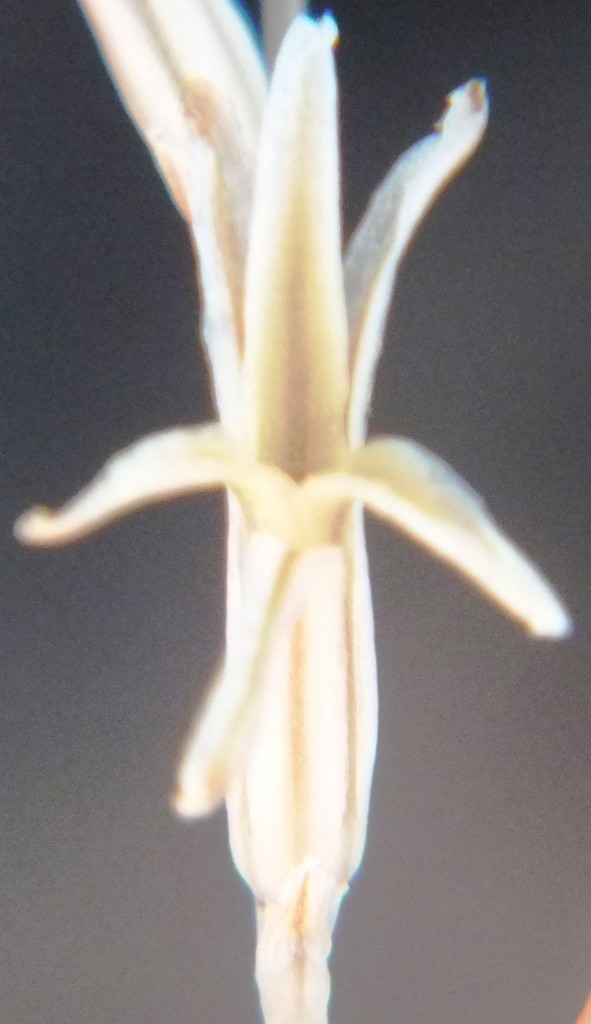
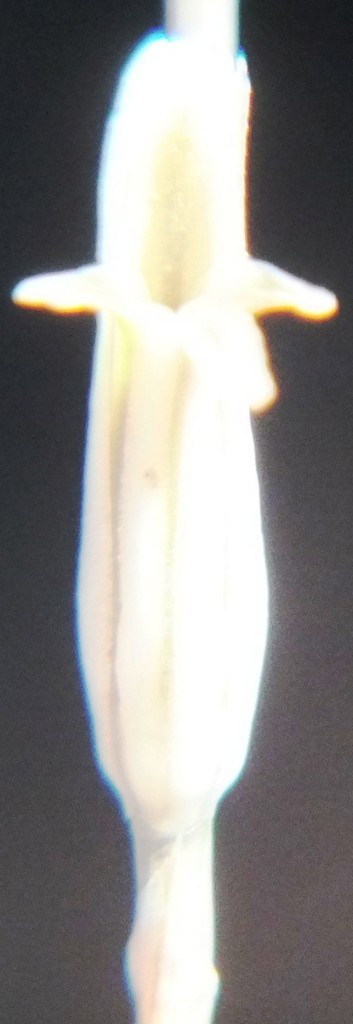
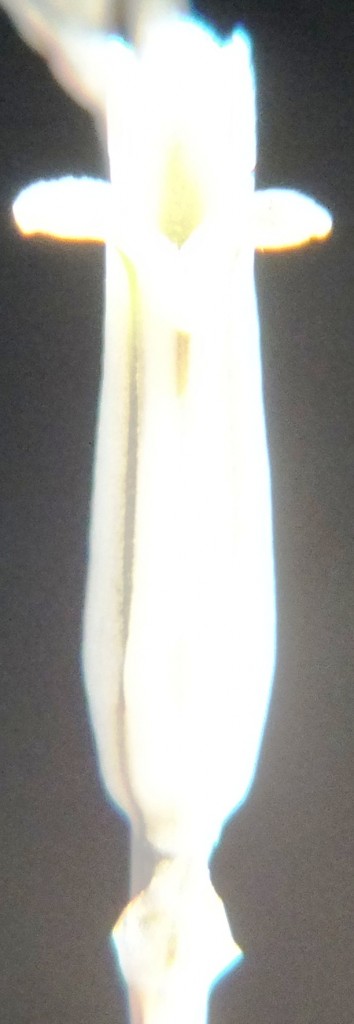

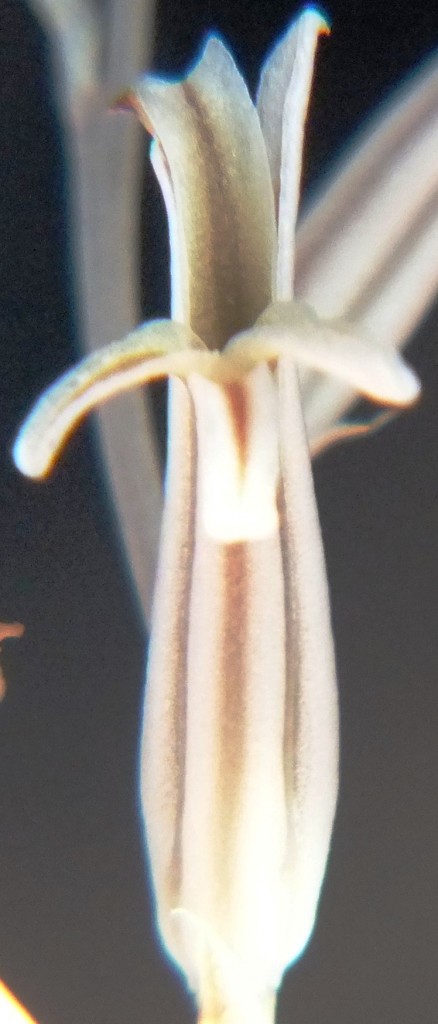
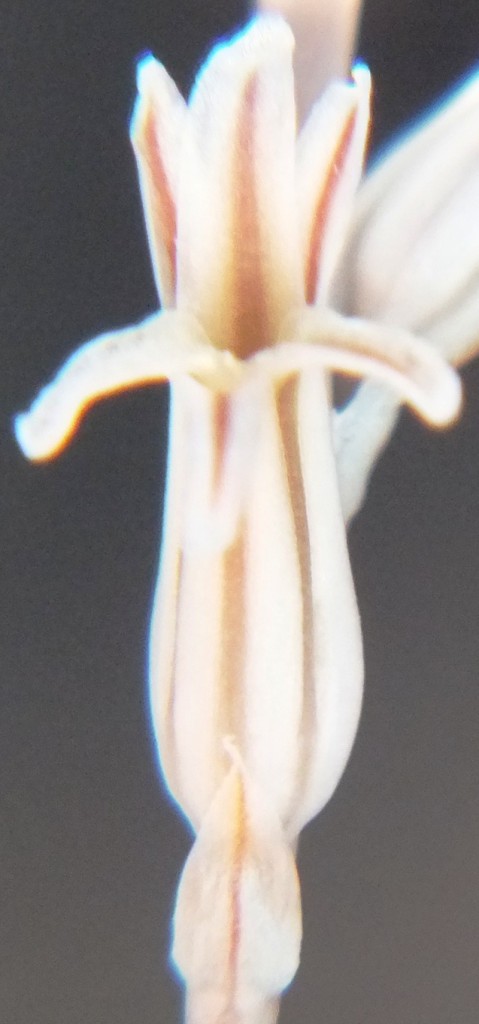
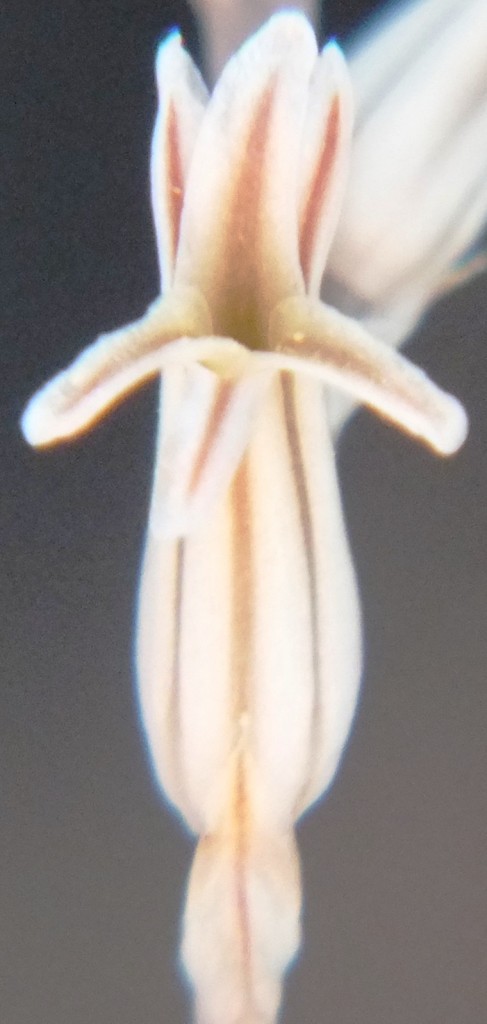
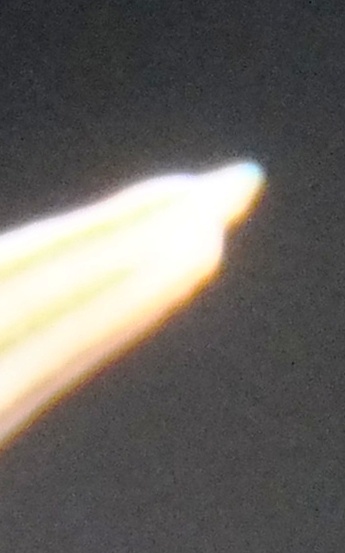
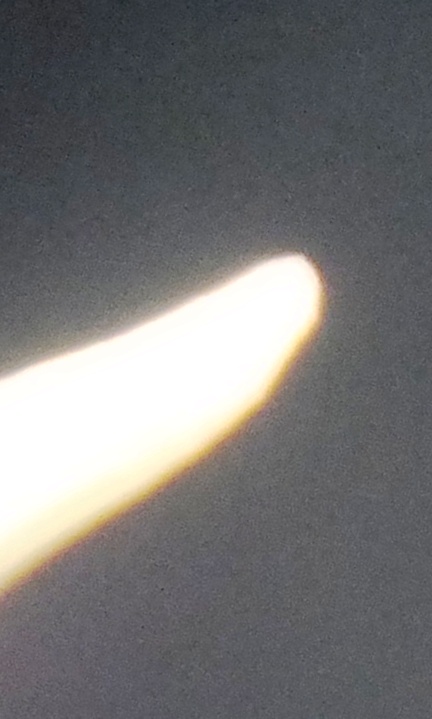
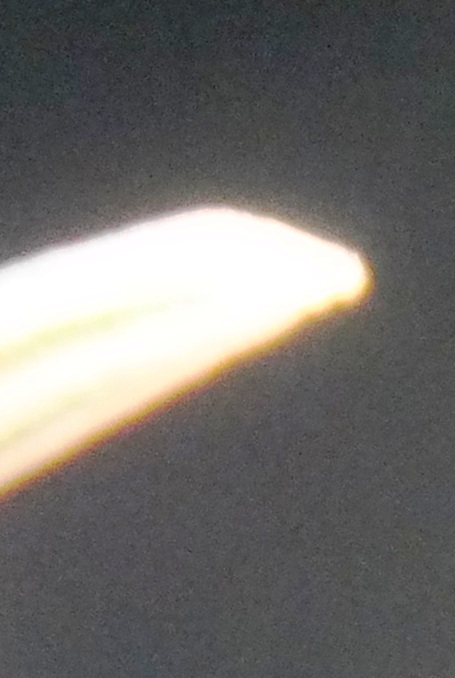
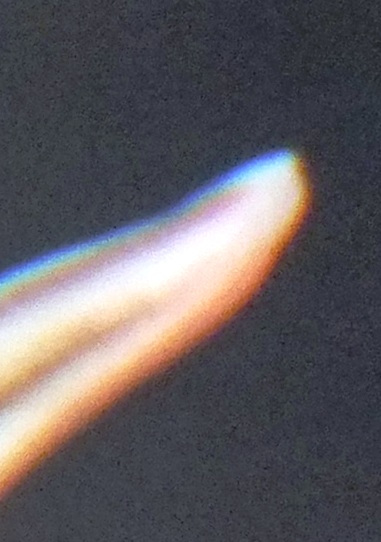
B. Haworthia floribunda.
Accessions 8017. In flower Jan 2013.
A record 3439 exists for the Park, but the precise whereabouts is not recorded. The plant colour and form do not accord with 8017.
7. MBB8017 – Haworthia floribunda
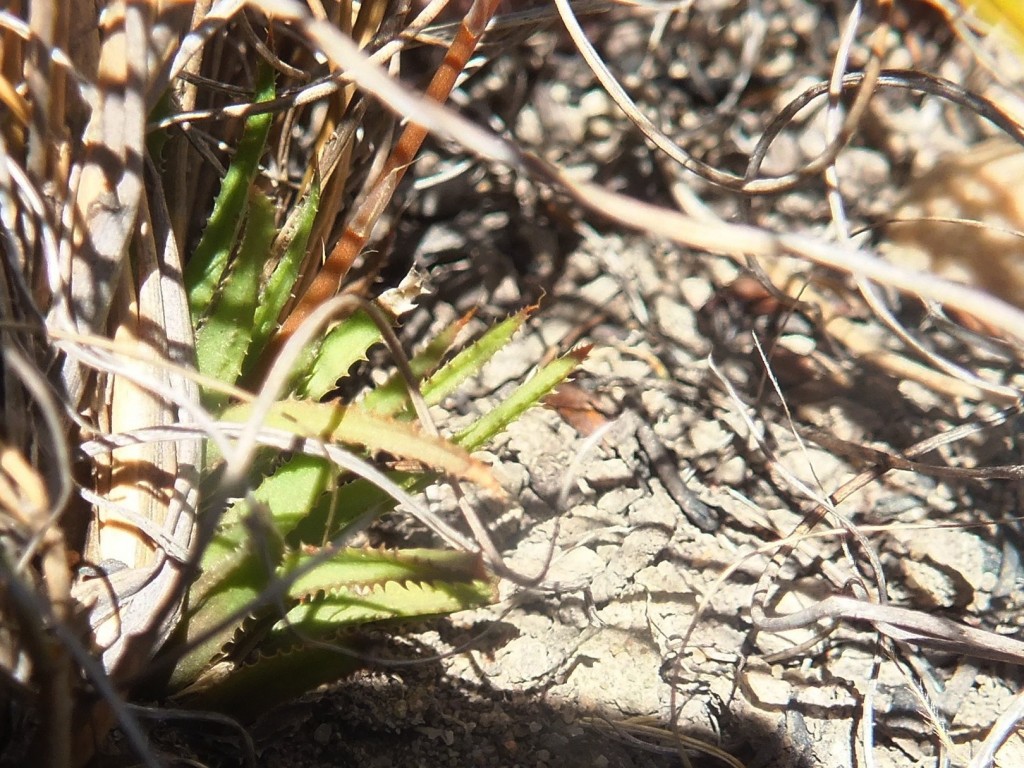
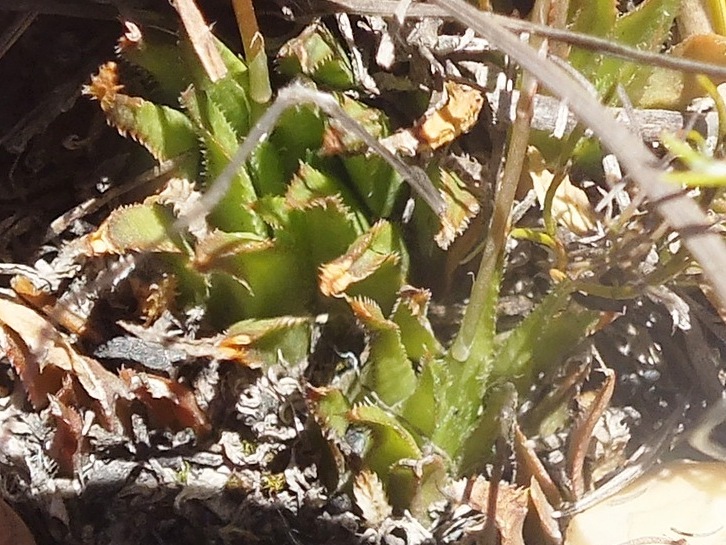
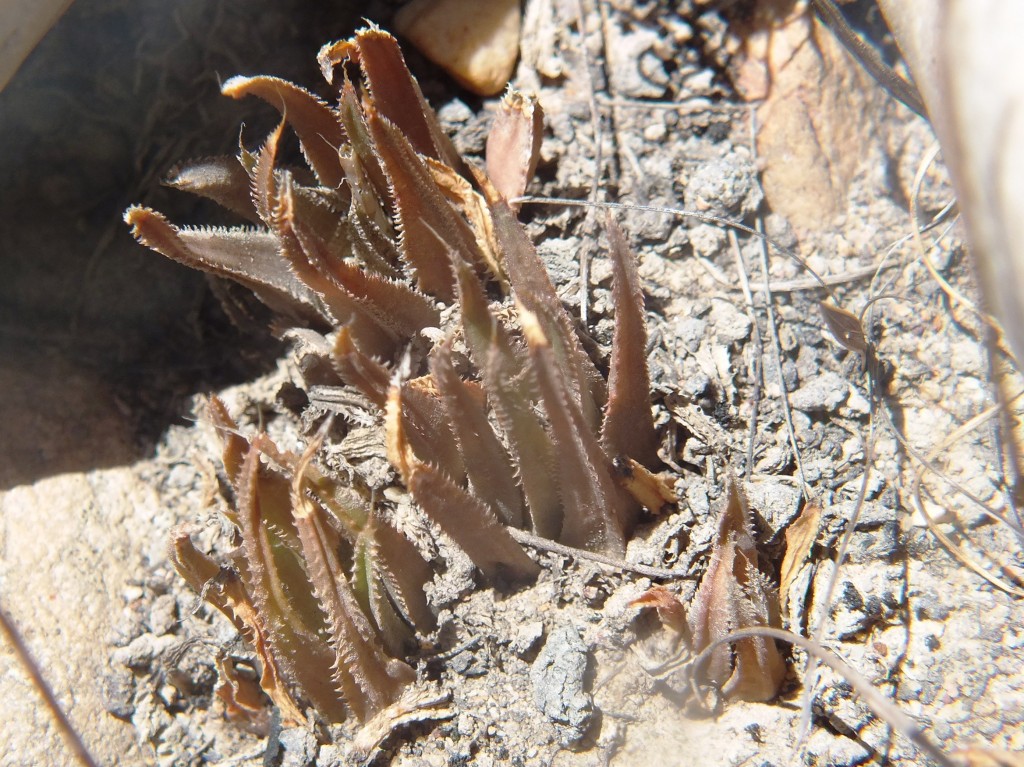
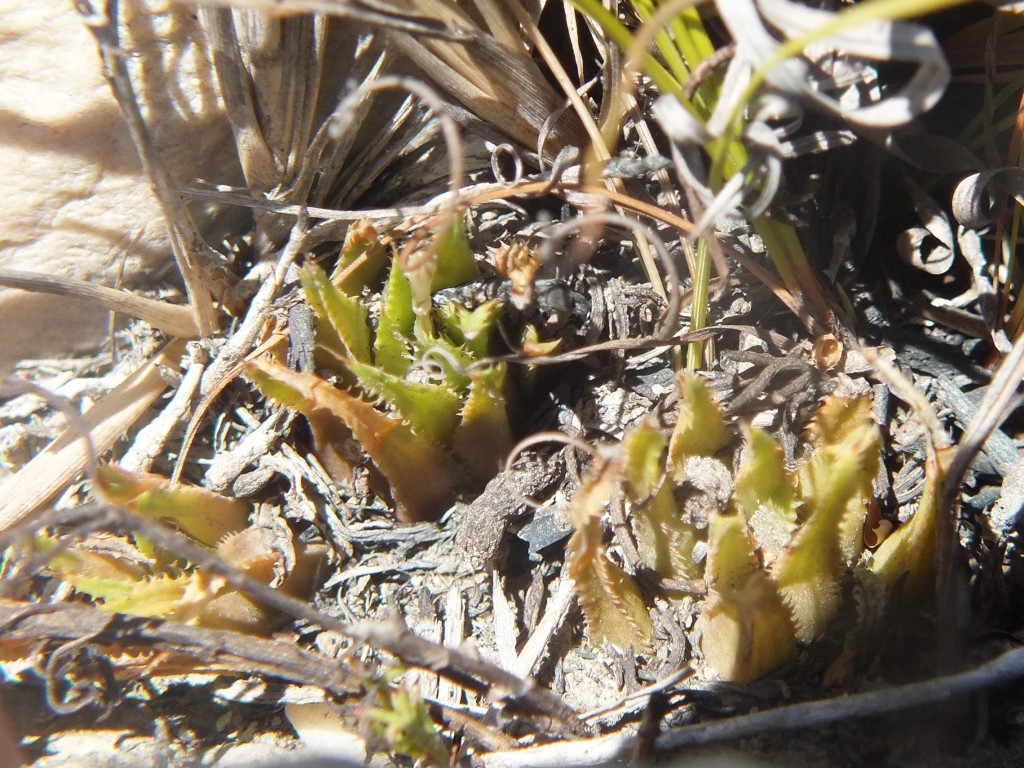
Flower profiles and faces.
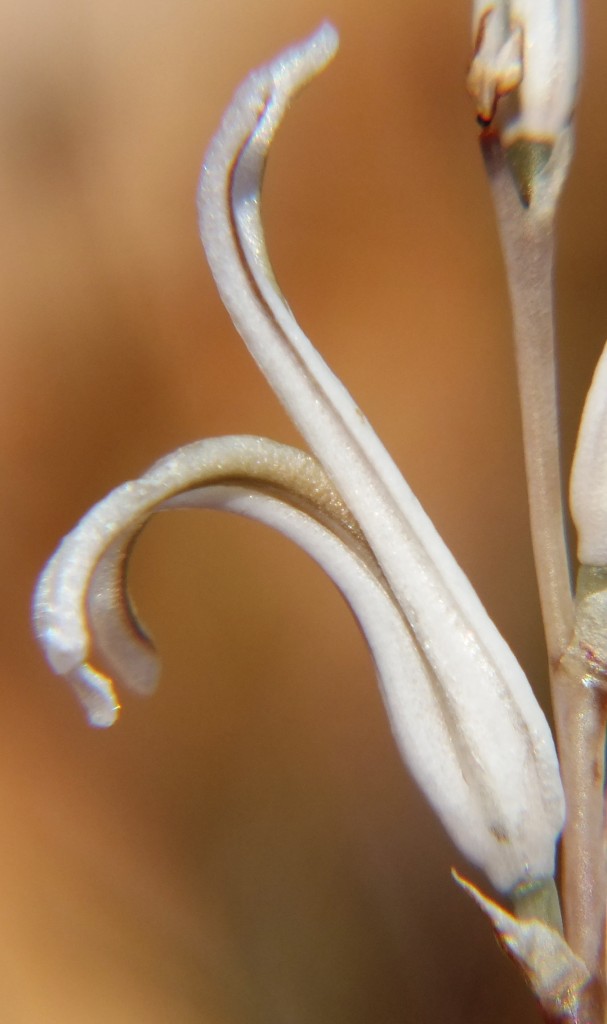
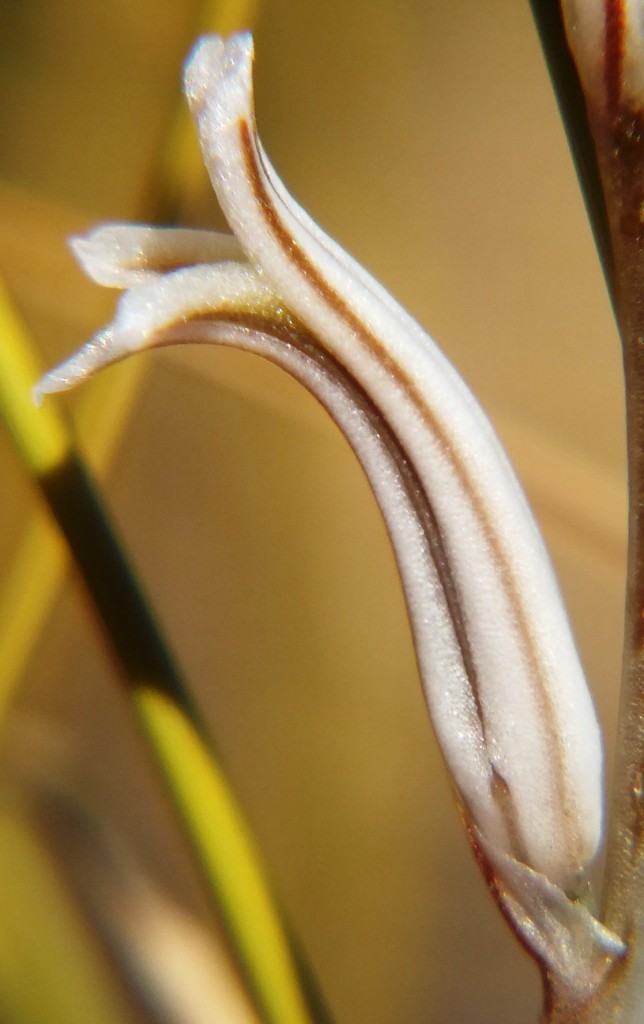
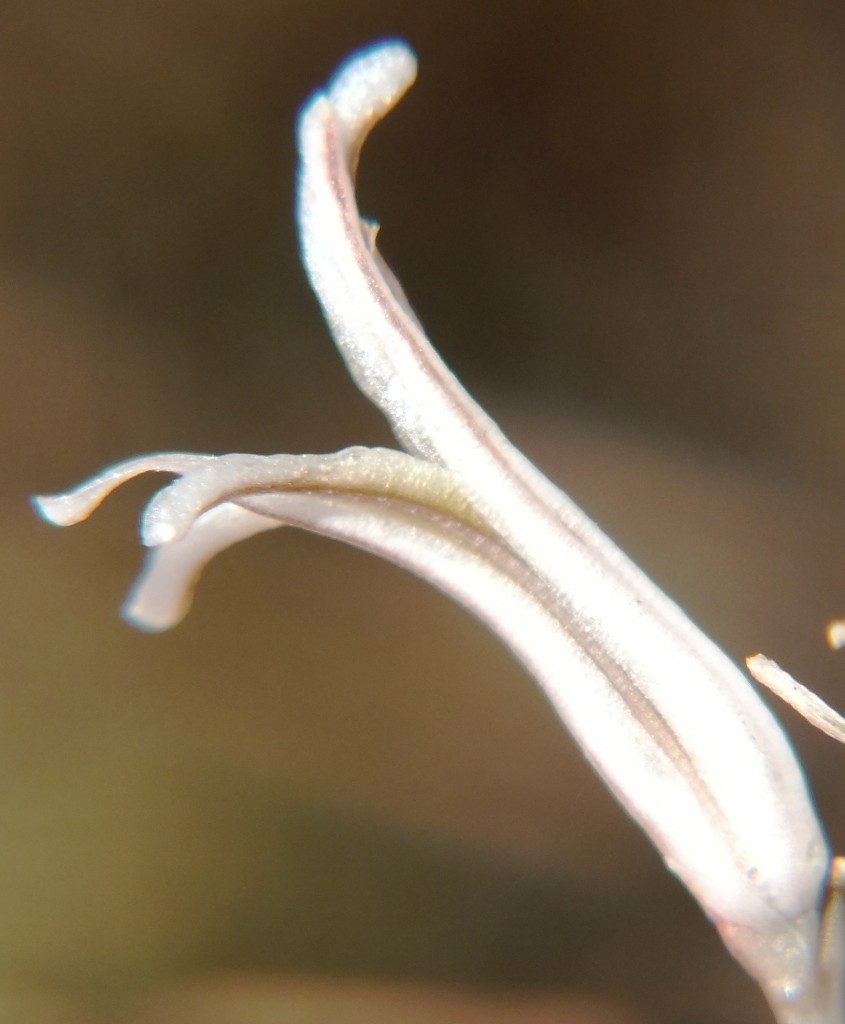
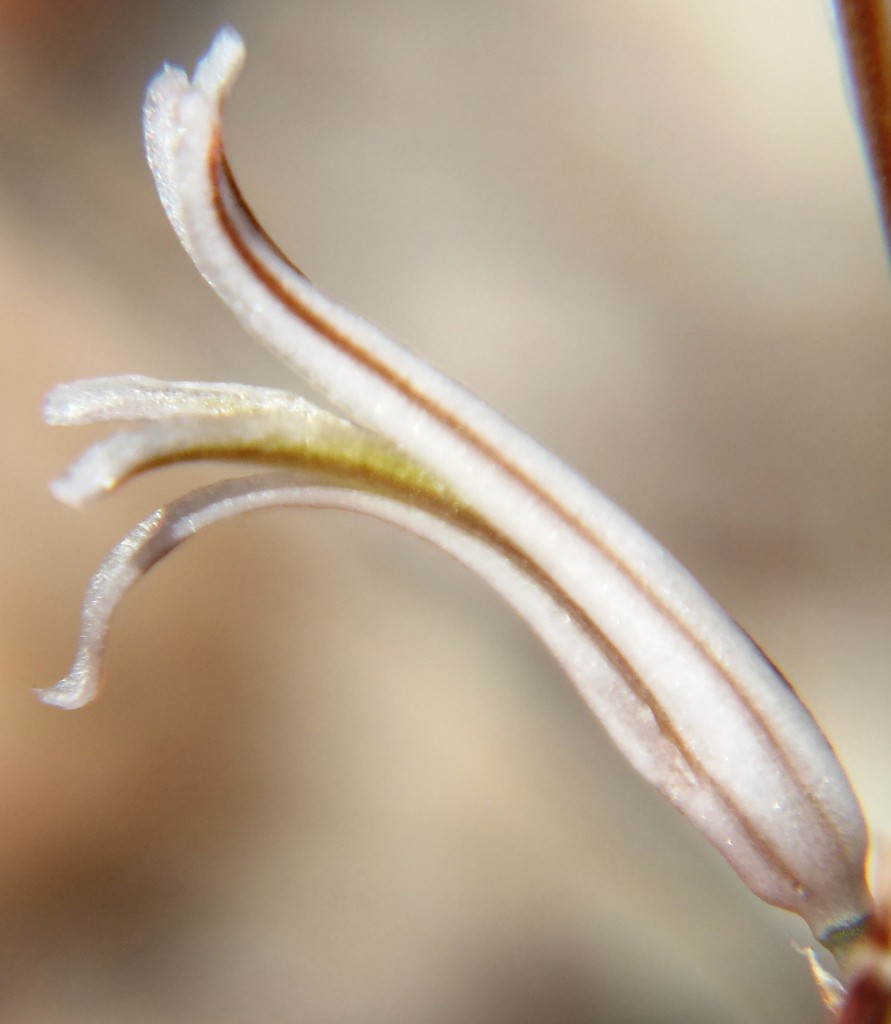
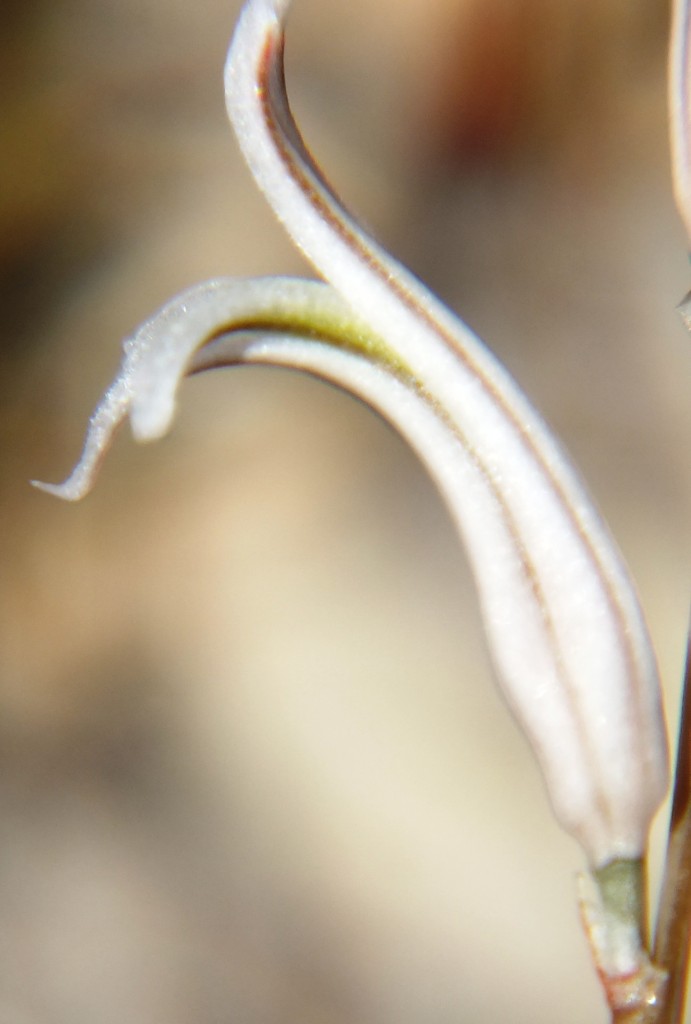
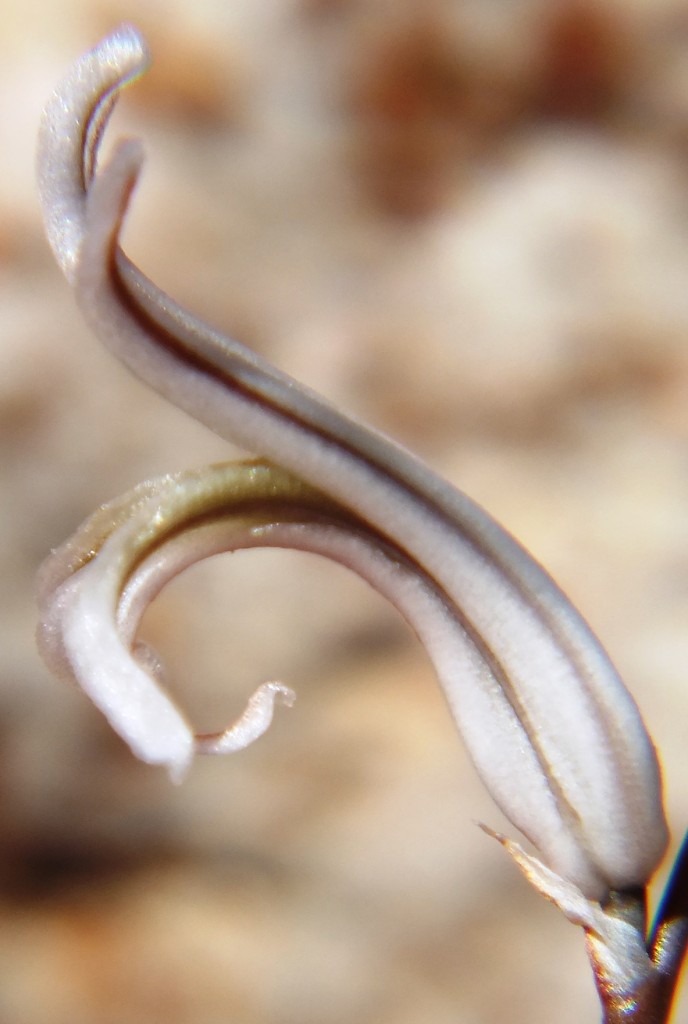
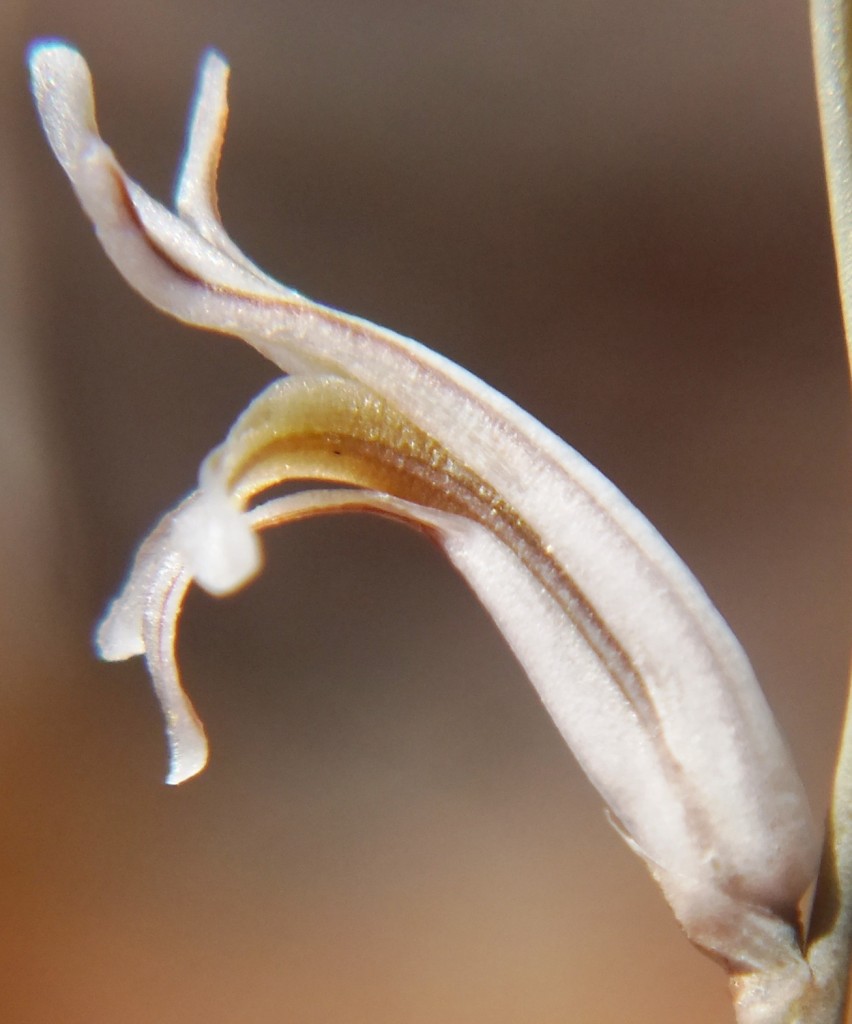
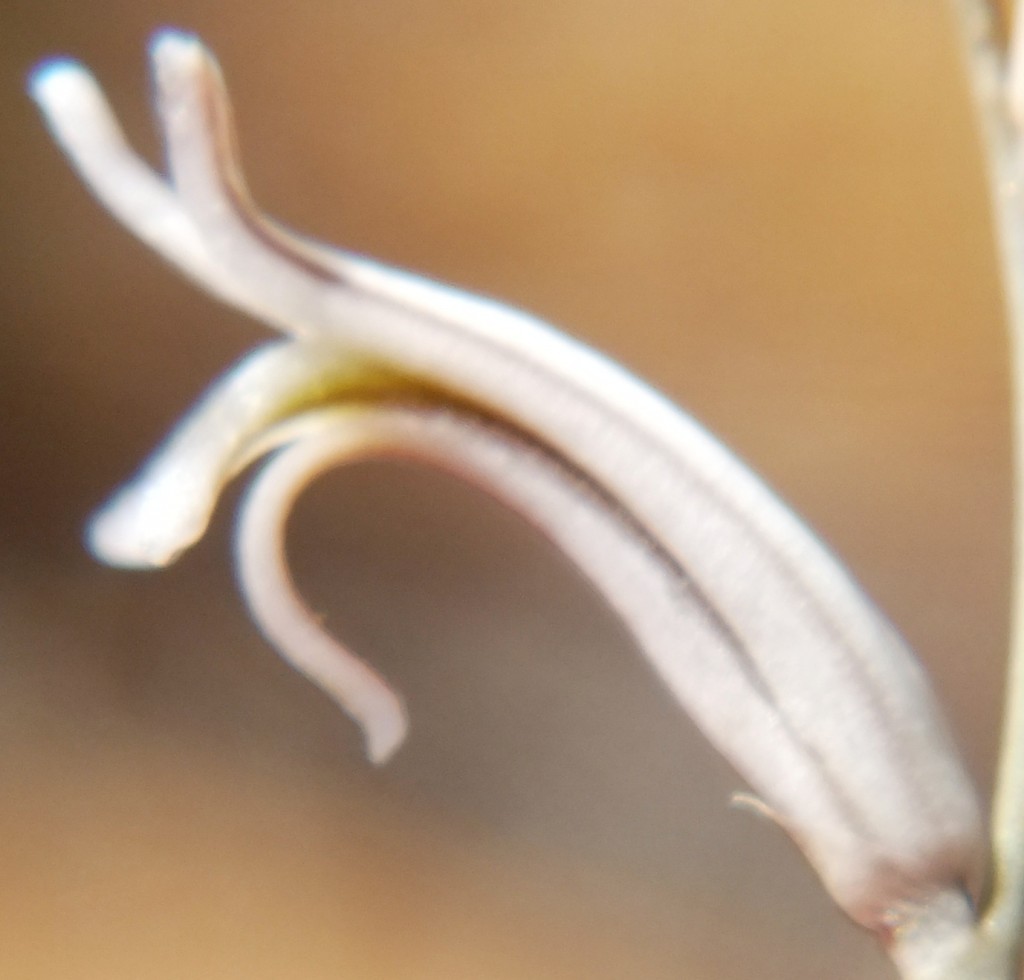
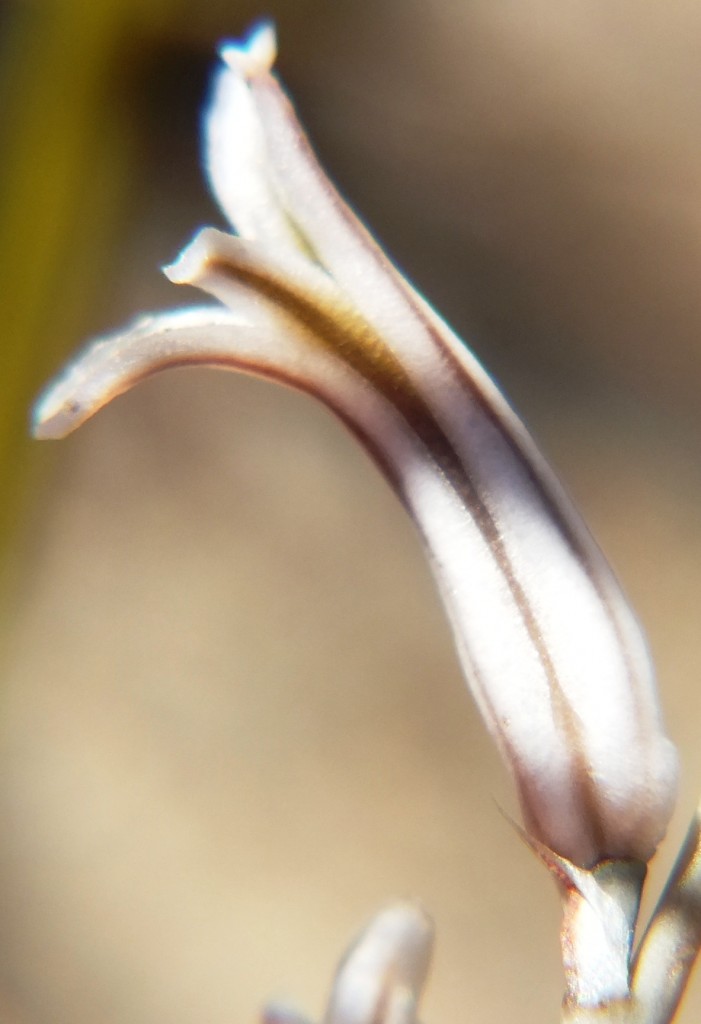
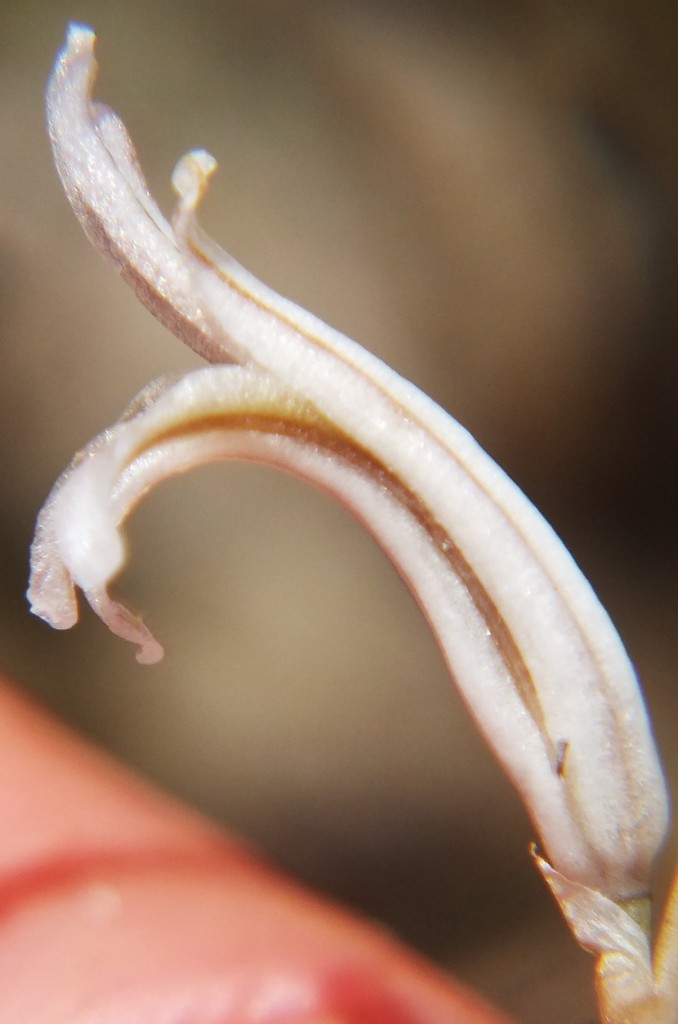
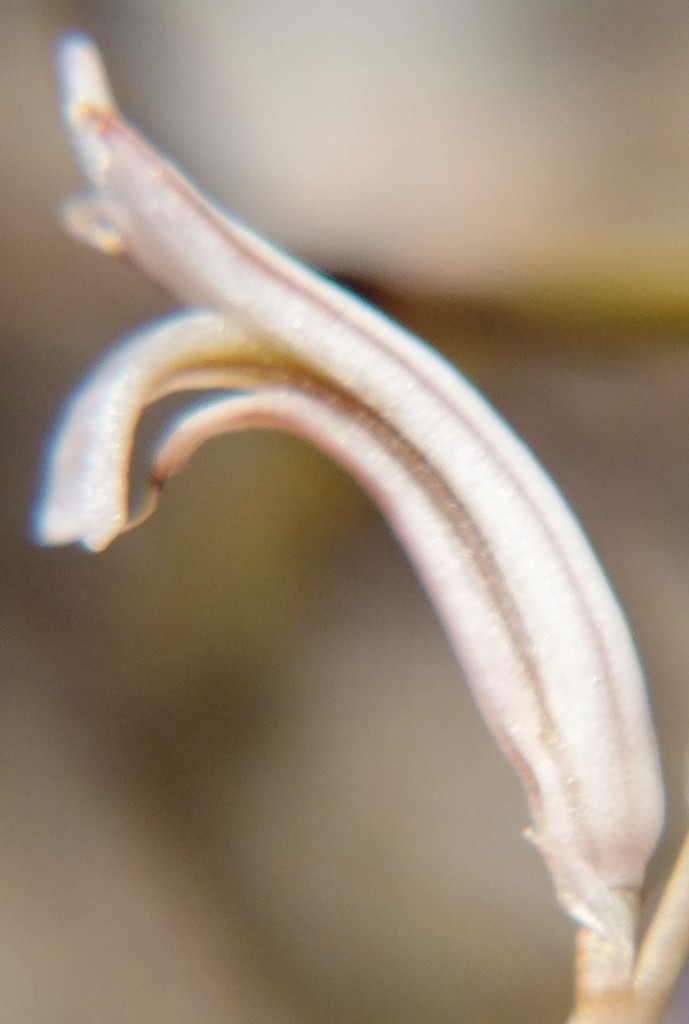
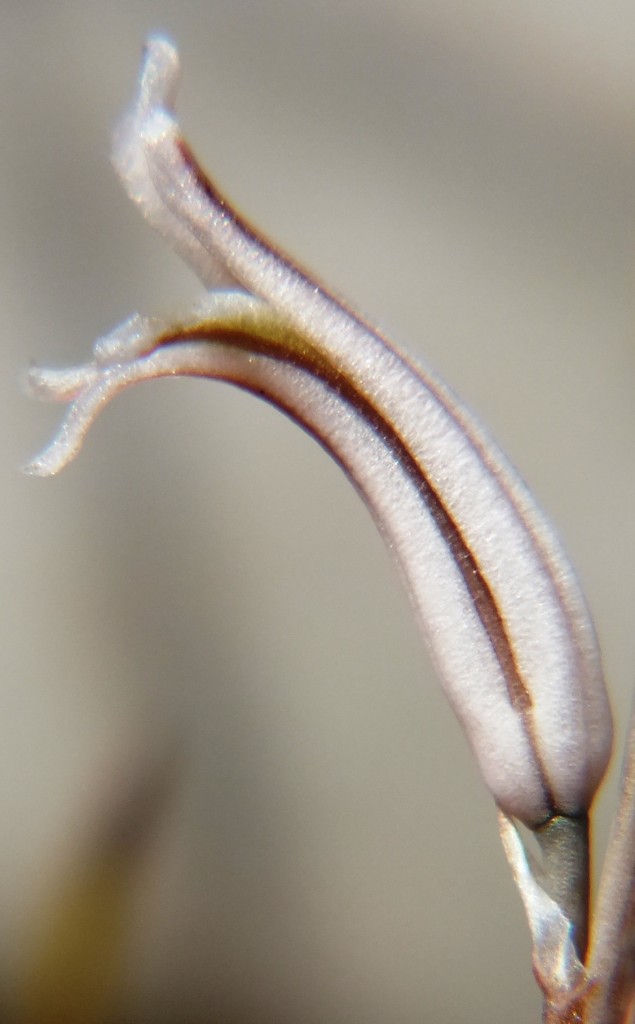
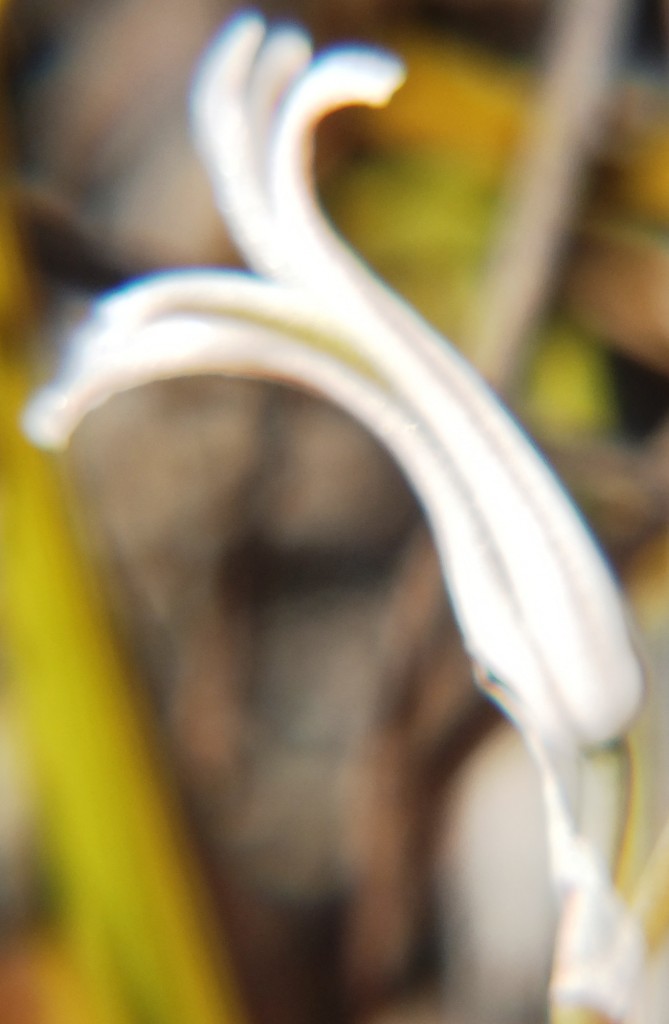
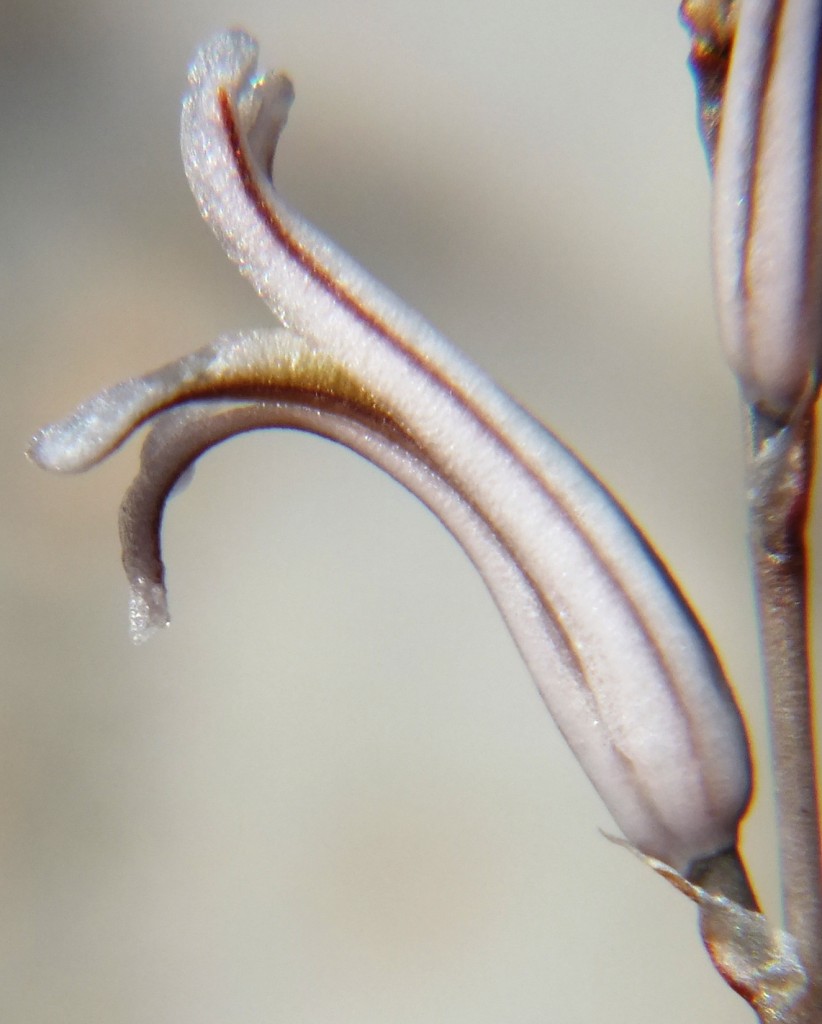
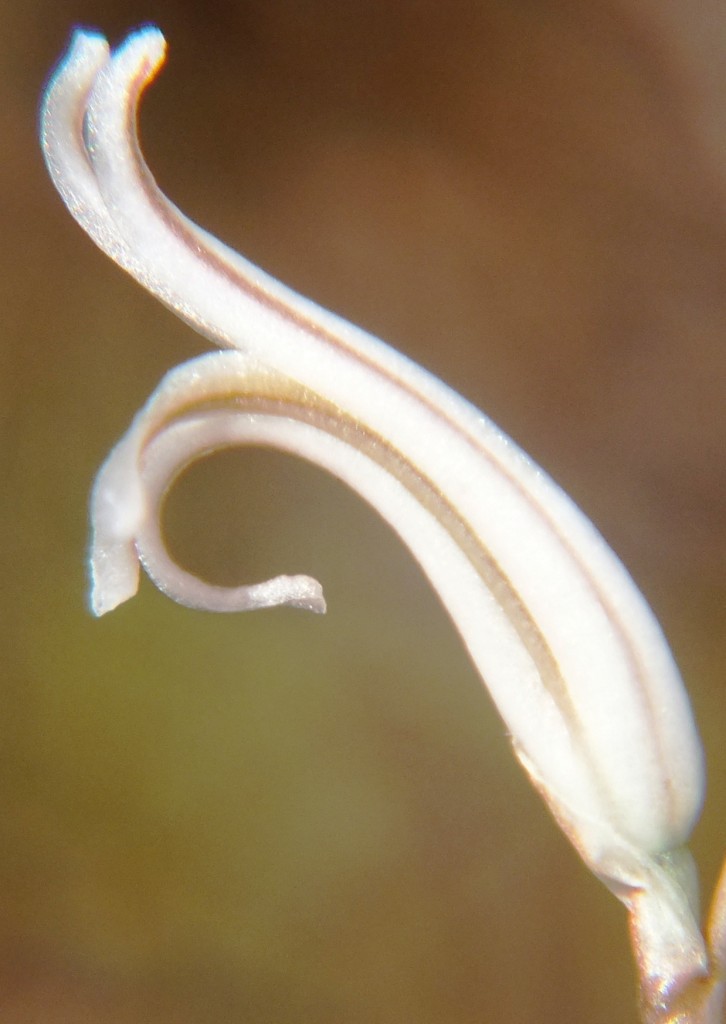
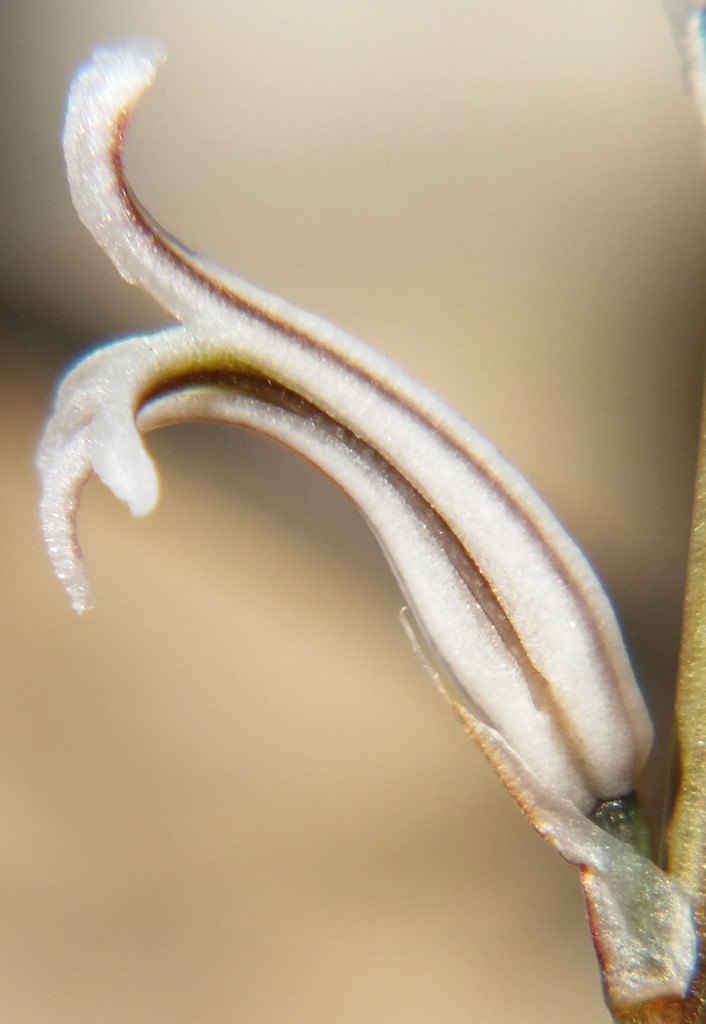
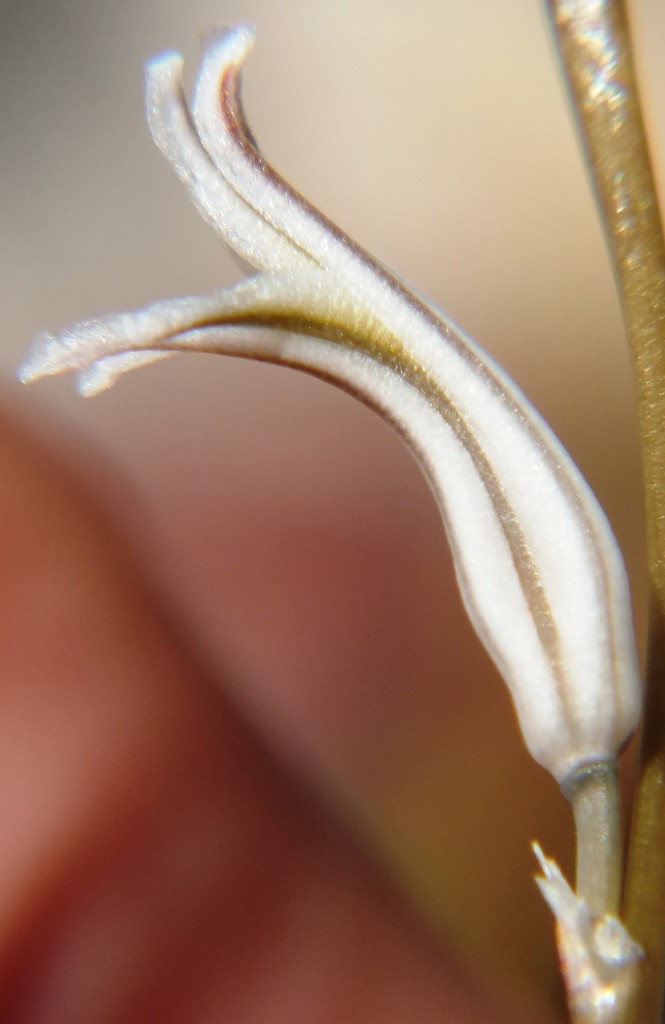
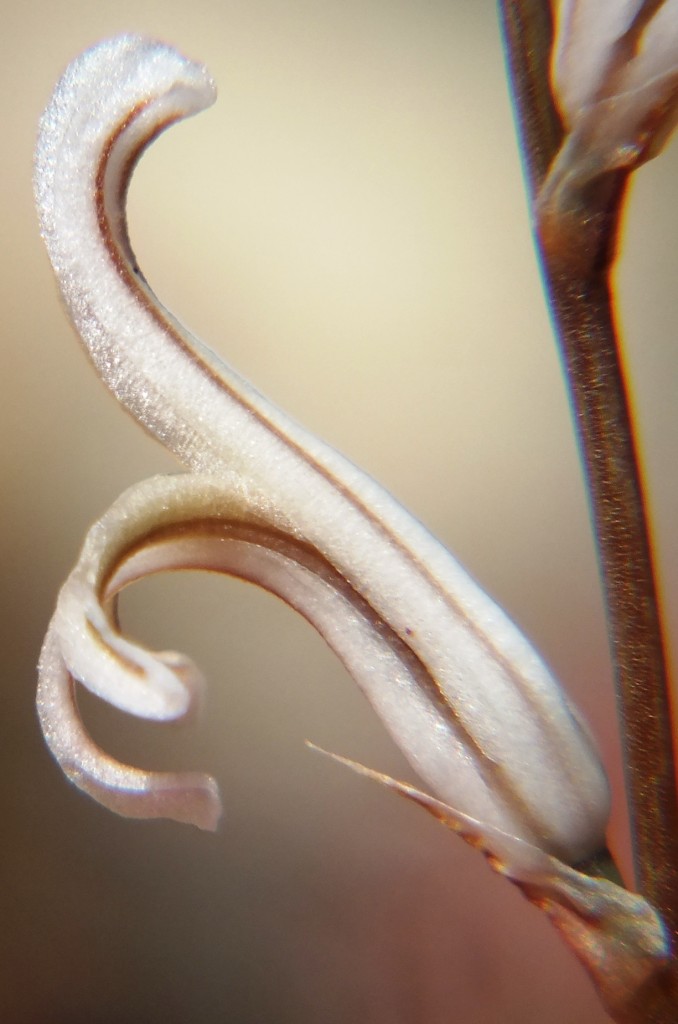
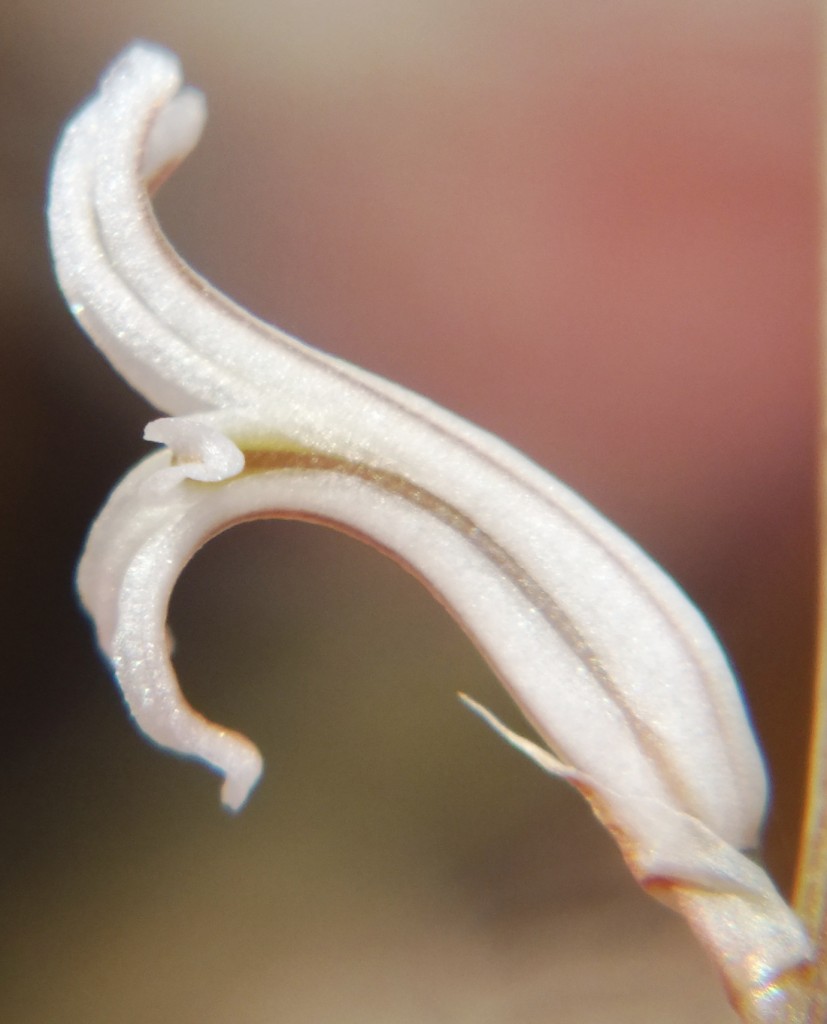
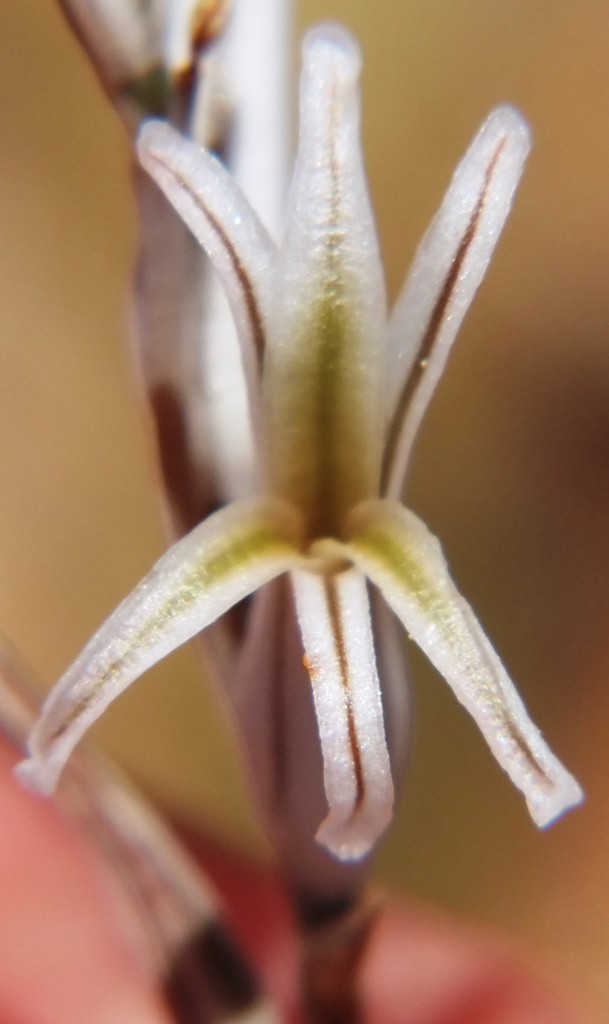
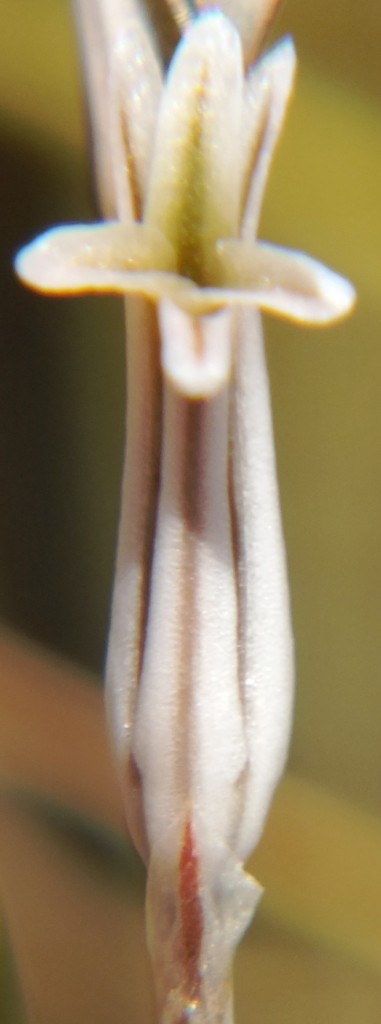
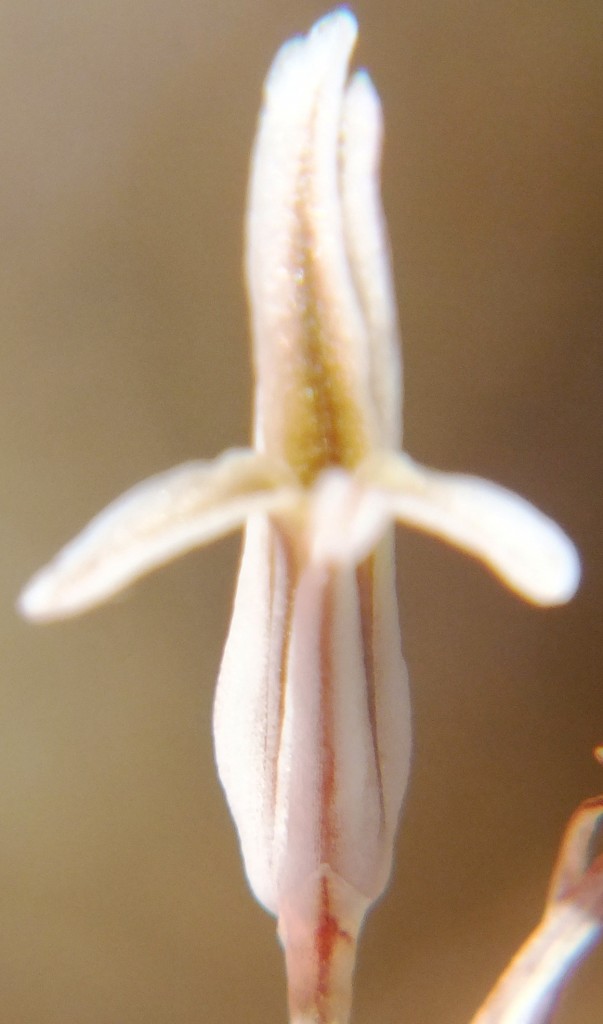
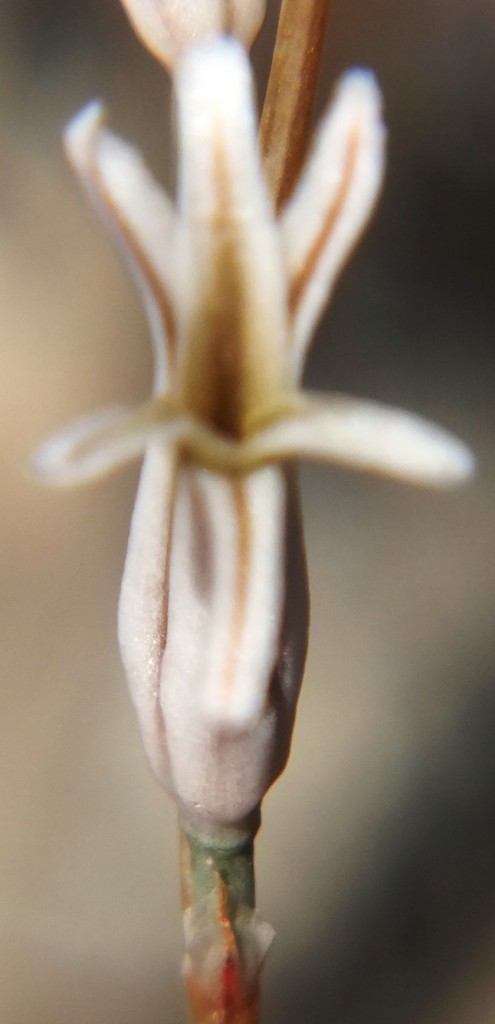
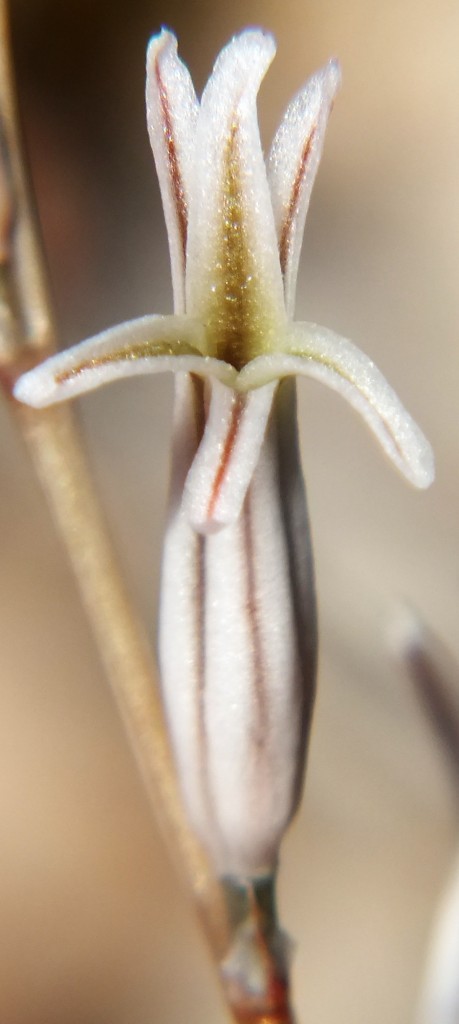
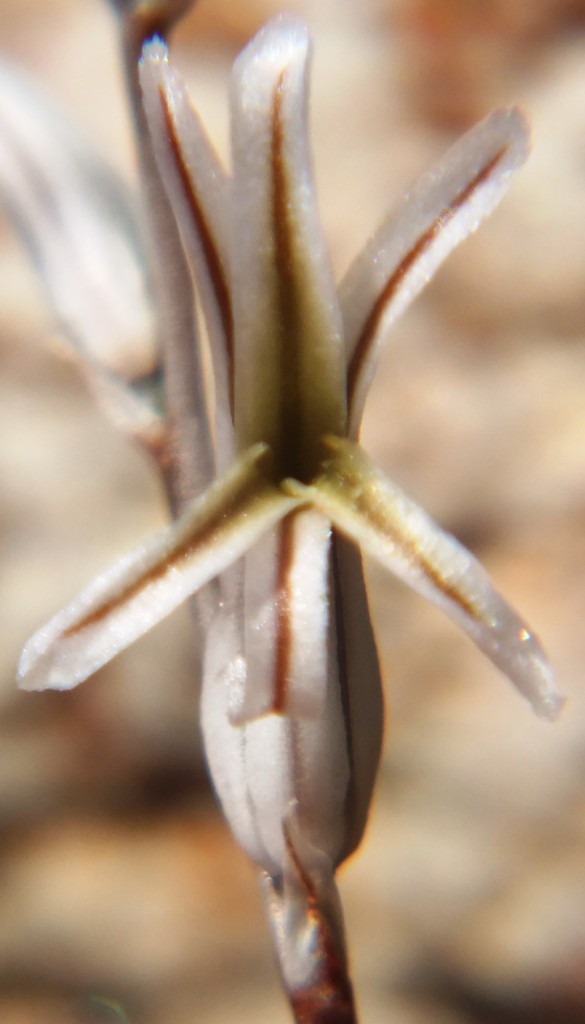
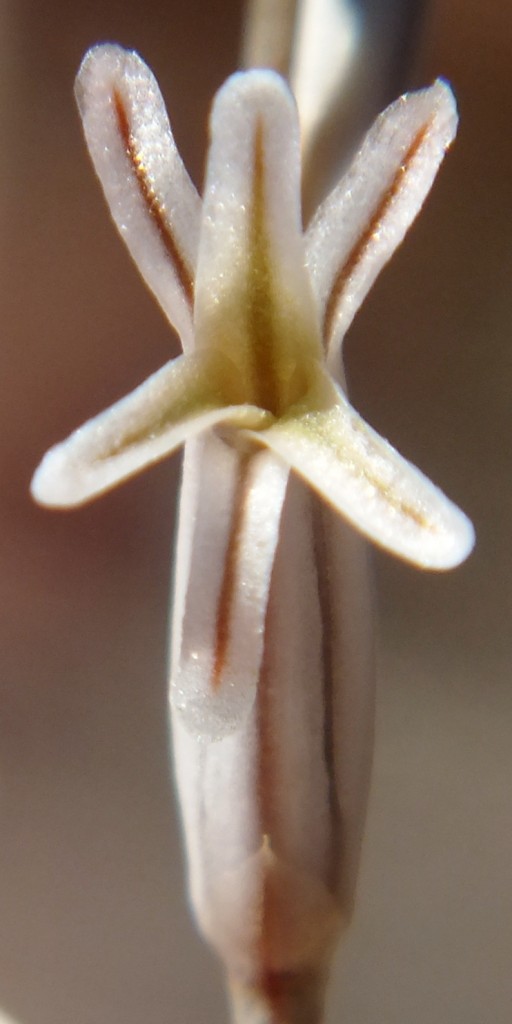
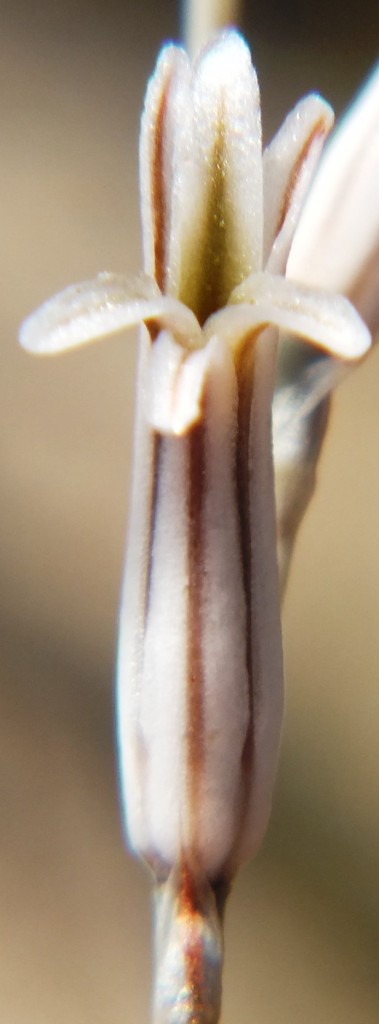
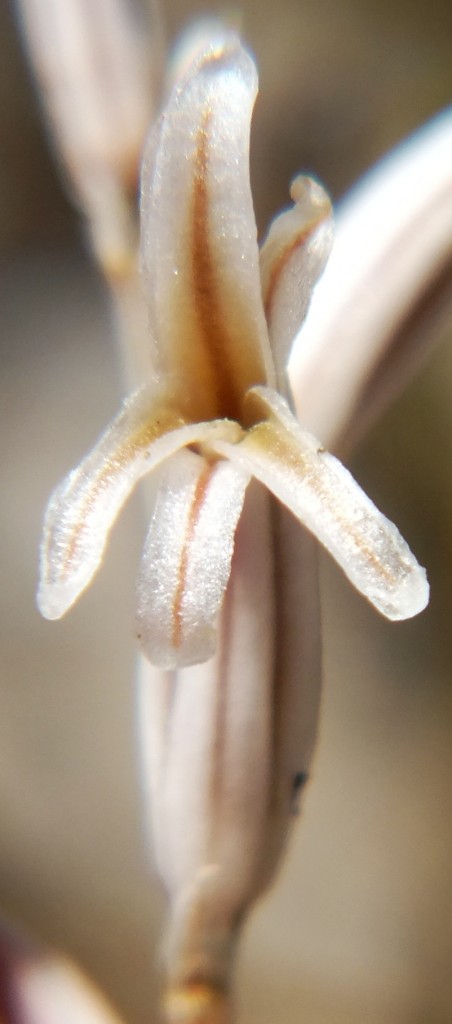
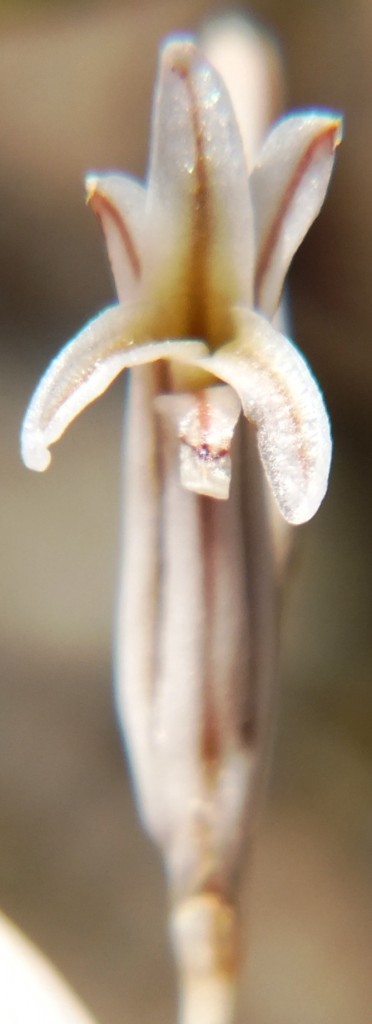

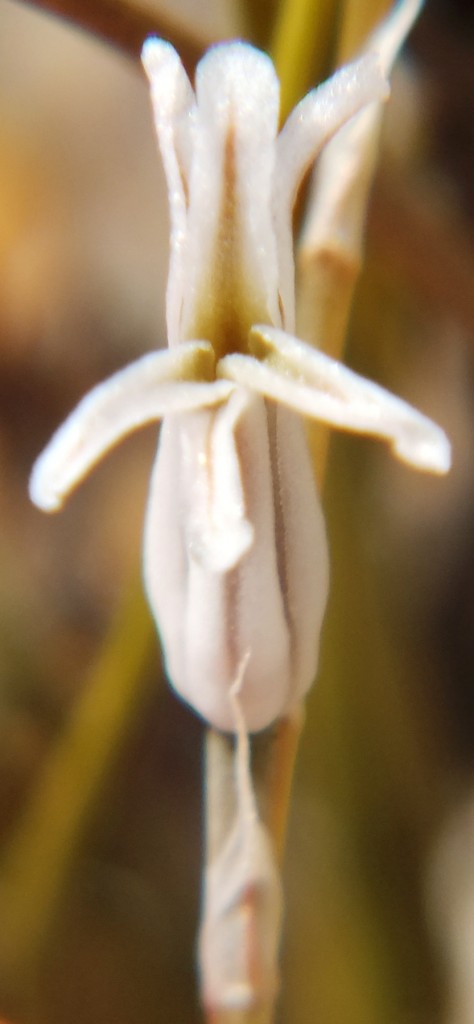
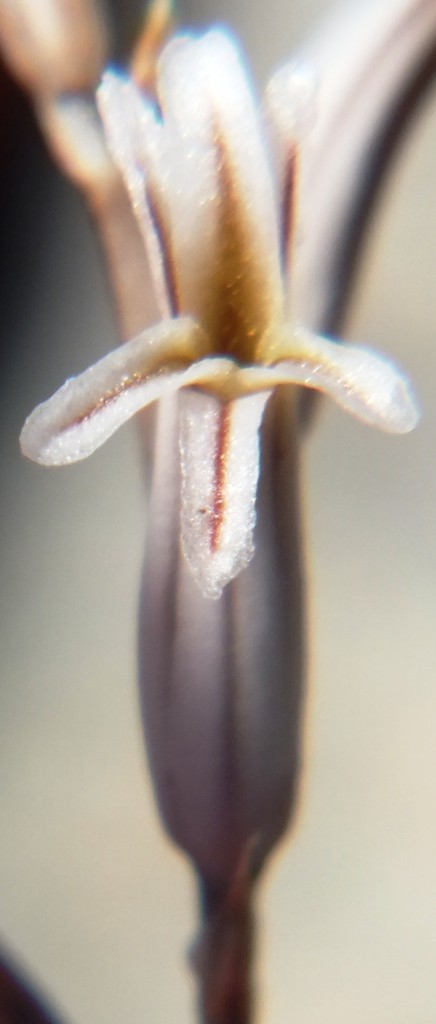
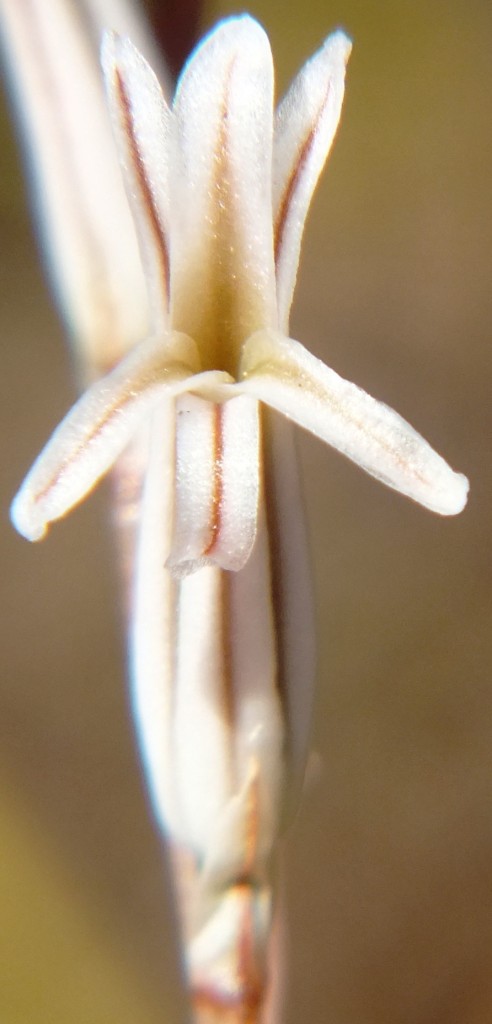
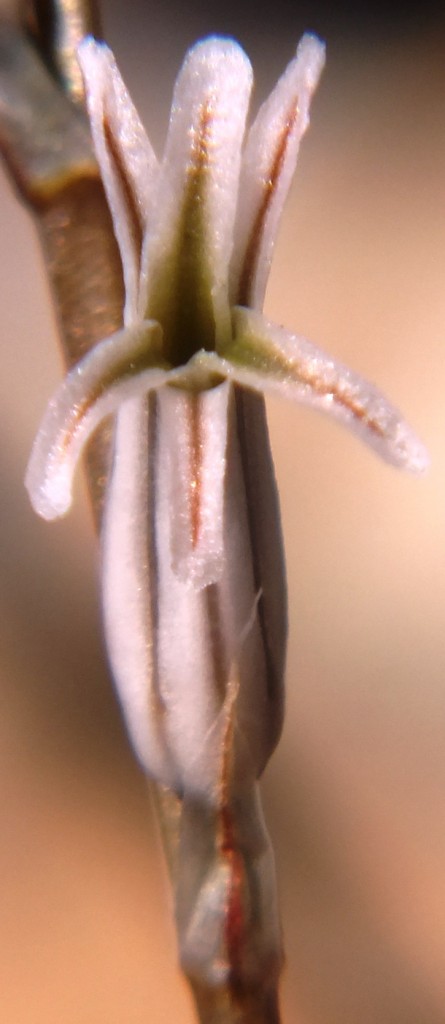
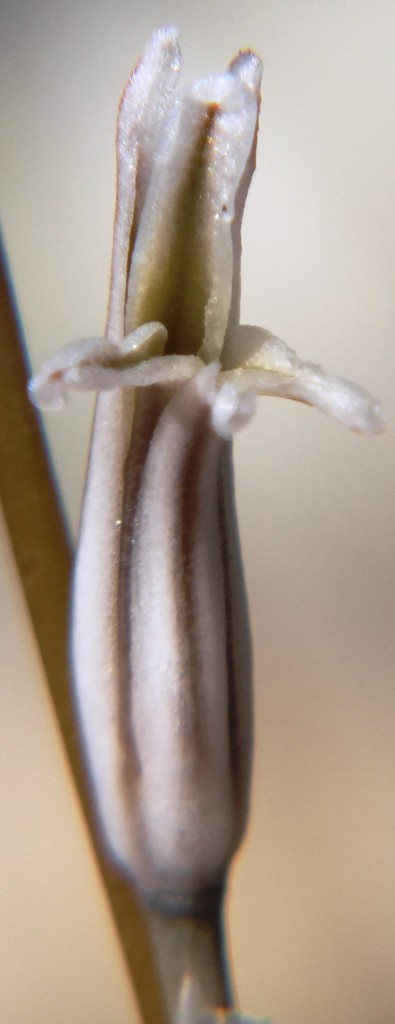
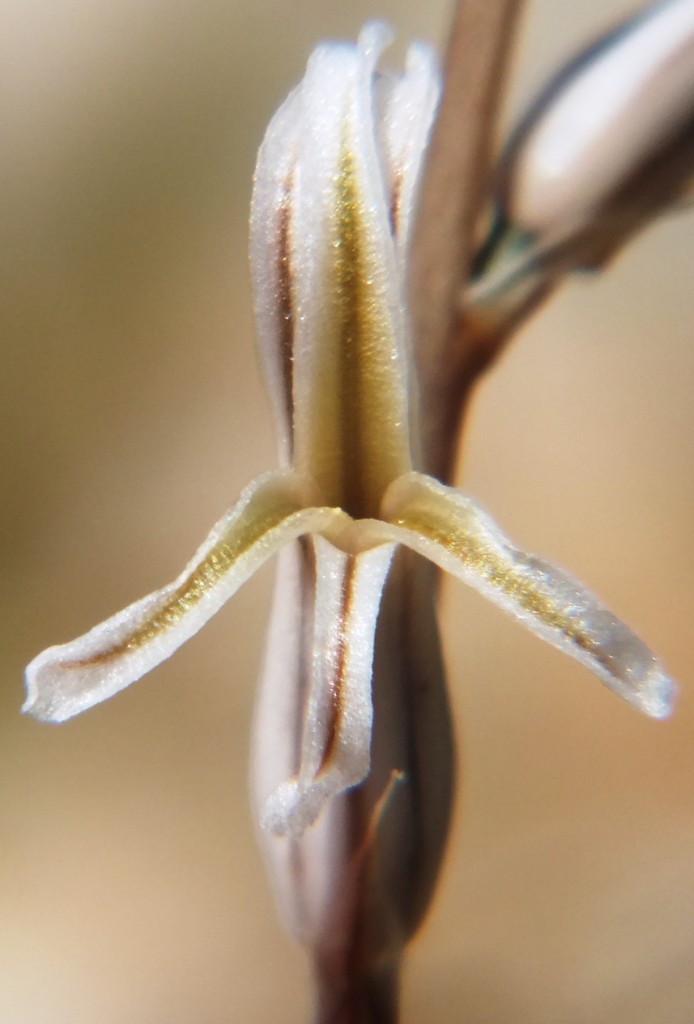
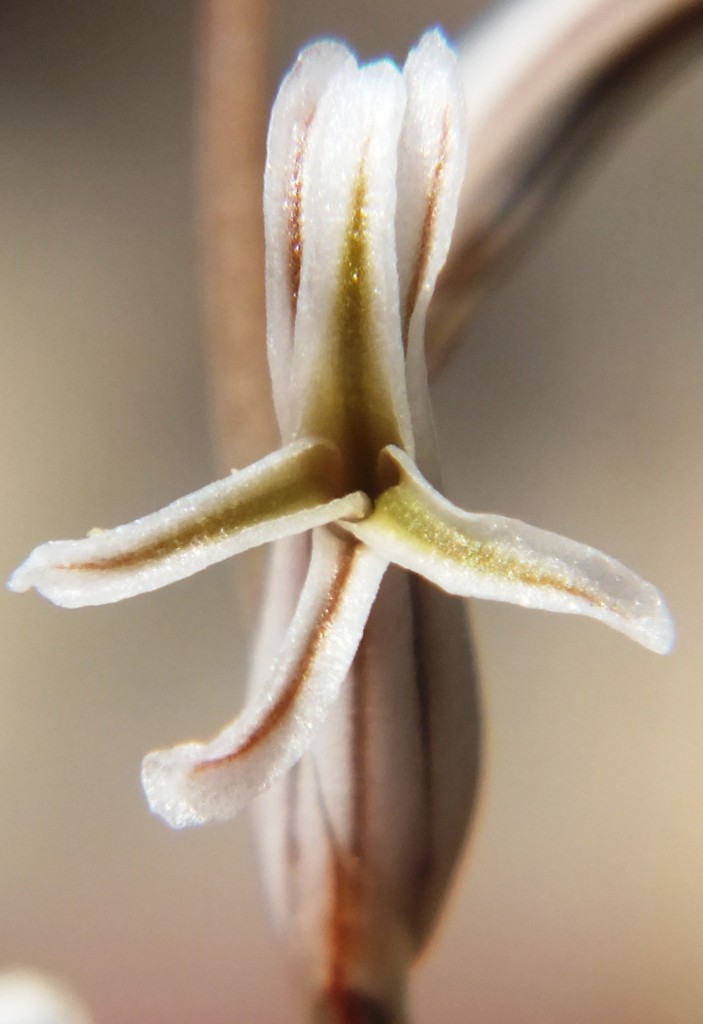
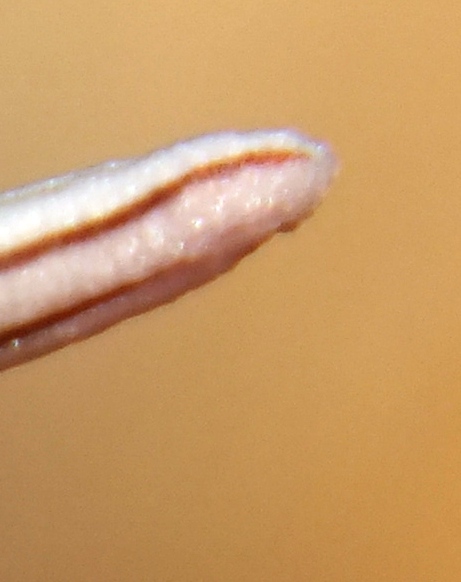
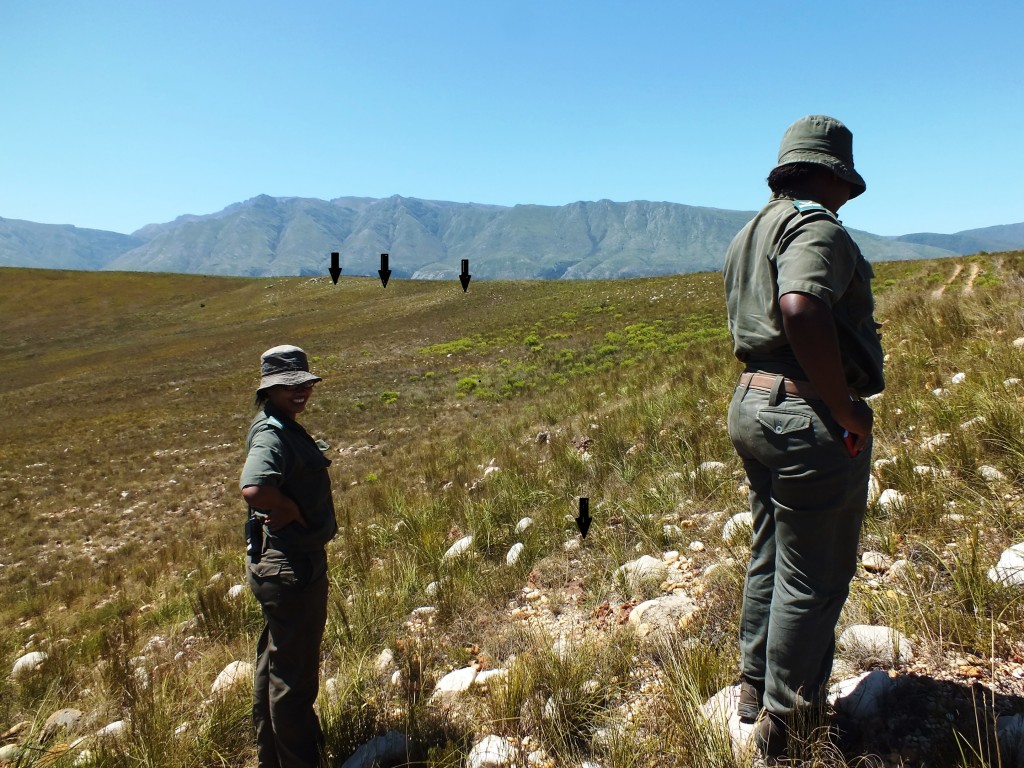
Habitat requirements of Haworthia can be so specific as to defy my describing them. Here is a picture looking north of the habitat for 8017 H. cf floribunda. The rocky ridge extends a long way further north and then west, as well as a long way south. Much of it is of course unexplored in enough detail to know if there are Haworthia there or not. At the southern end of the ridge about 1km away H. mirabilis occurs. To the west the ridge continues, rises and then transforms into steep but low cliffs along the Breede River running northwards. On those cliffs one finds H. retusa (turgida). H. mirabilis is again present on north slopes east of the cliffs. H. venosa is on low river cliffs to the south and it may also be where this ridge abuts the river and turns north.
C. Haworthia minima.
Accessions 7743, 8036, 8037
In Jan 2013, a single weak inflorescence was observed at 8036. 8037 was flowering well. No flower or buds were observed at 7743. The plants are not the characteristic blue-green colour of regular H. minima, and the tubercles also seem to be rougher. The flower colour is that of H. minima without the olive-green associated with H. pumila. Note has to be taken of a now non-existent population just south of Swellendam on the N2 that flowered in late Spring with an abnormally large flower, and then a population to the near east at Rotterdam that appears to flower in Summer and where there are hybrids with H. marginata. One cannot exclude the possibility that there is a genetic continuity with either or both, H. marginata and H. pumila.
8. MBB7743 – Haworthia minima
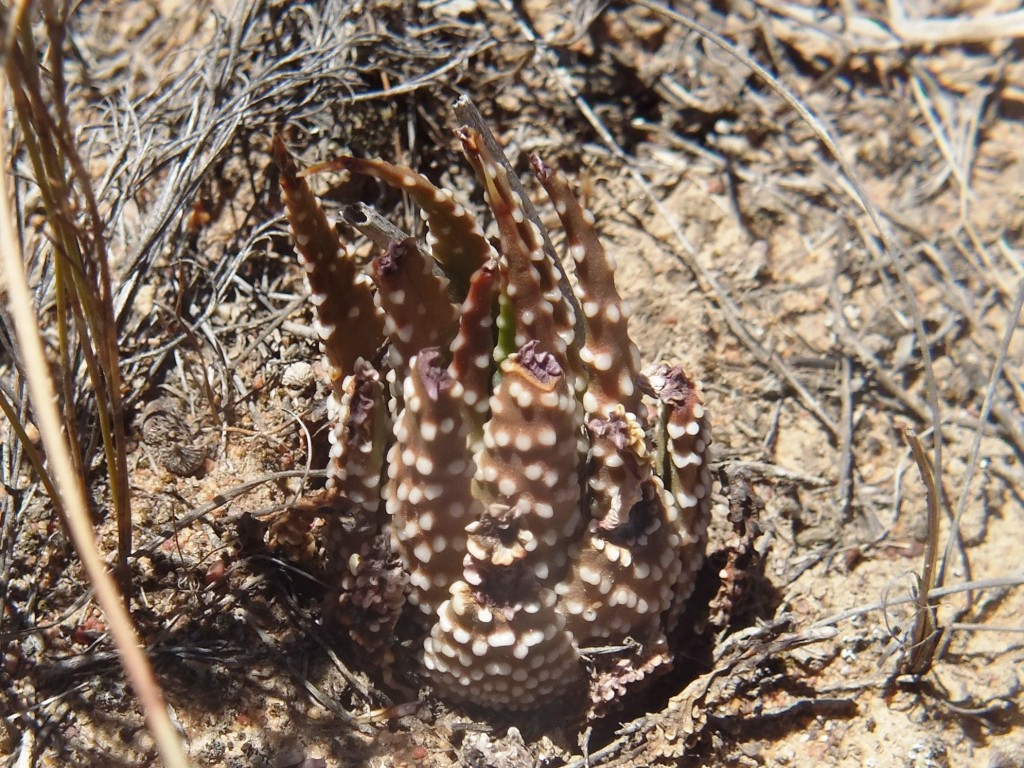
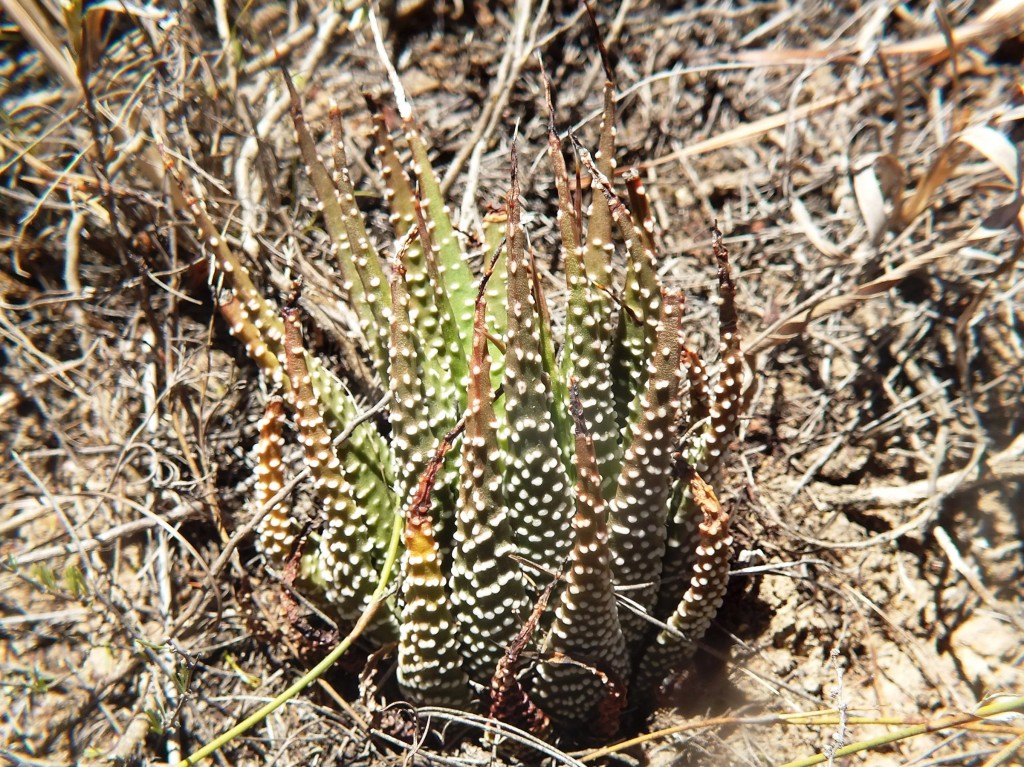
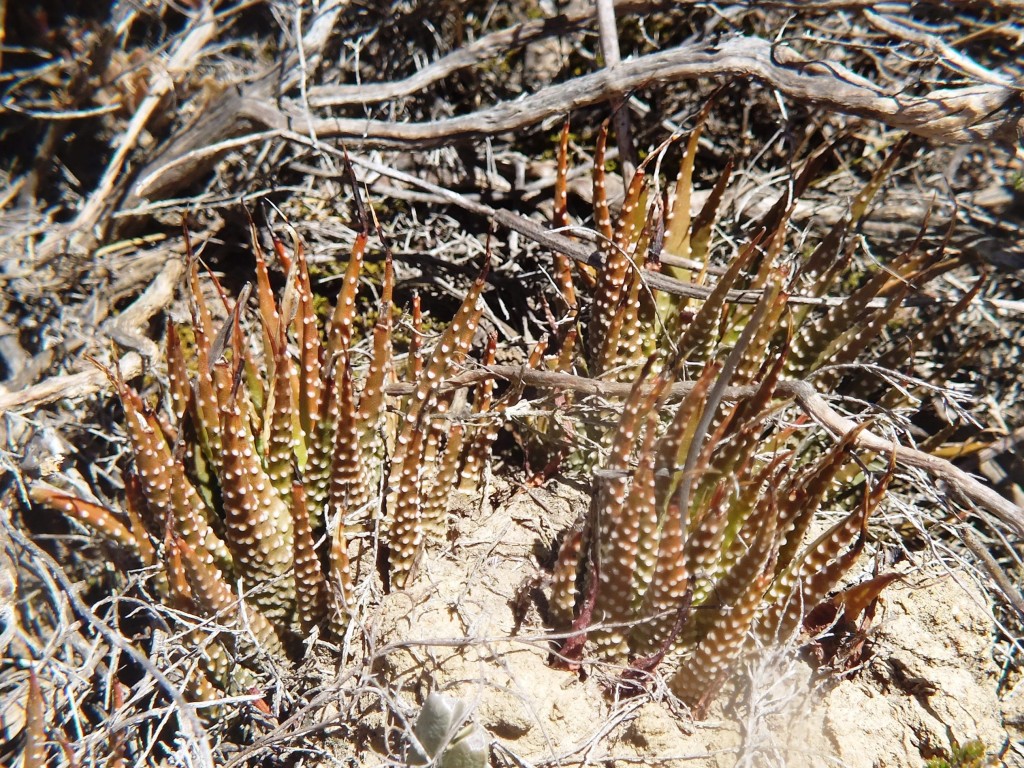
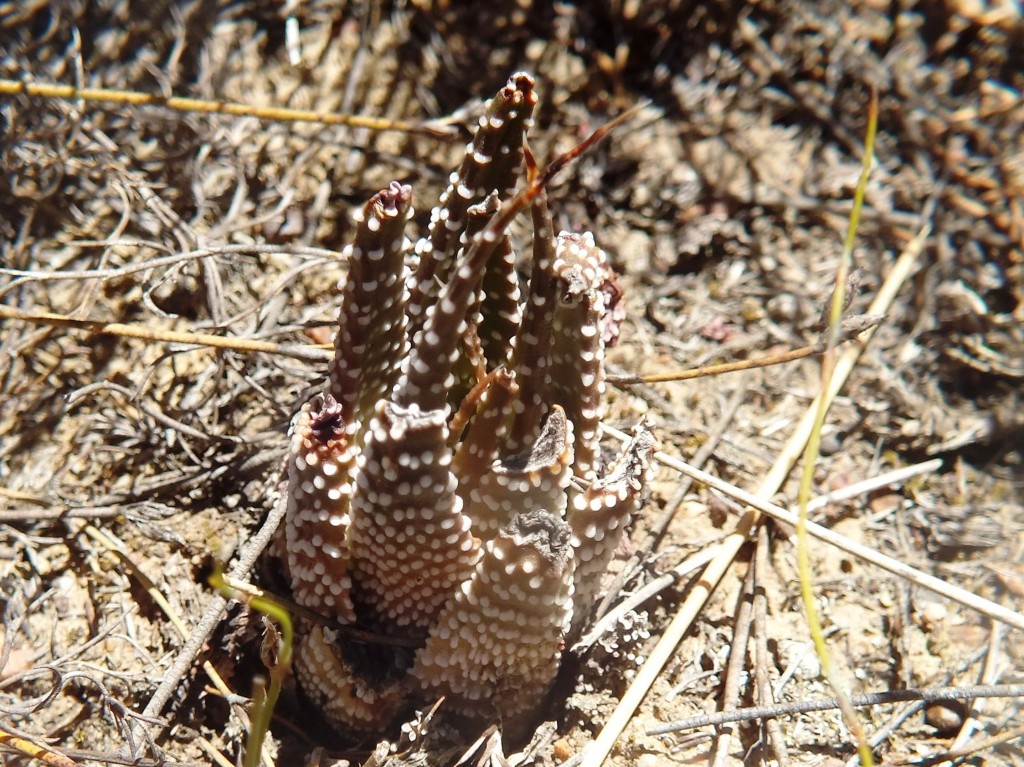
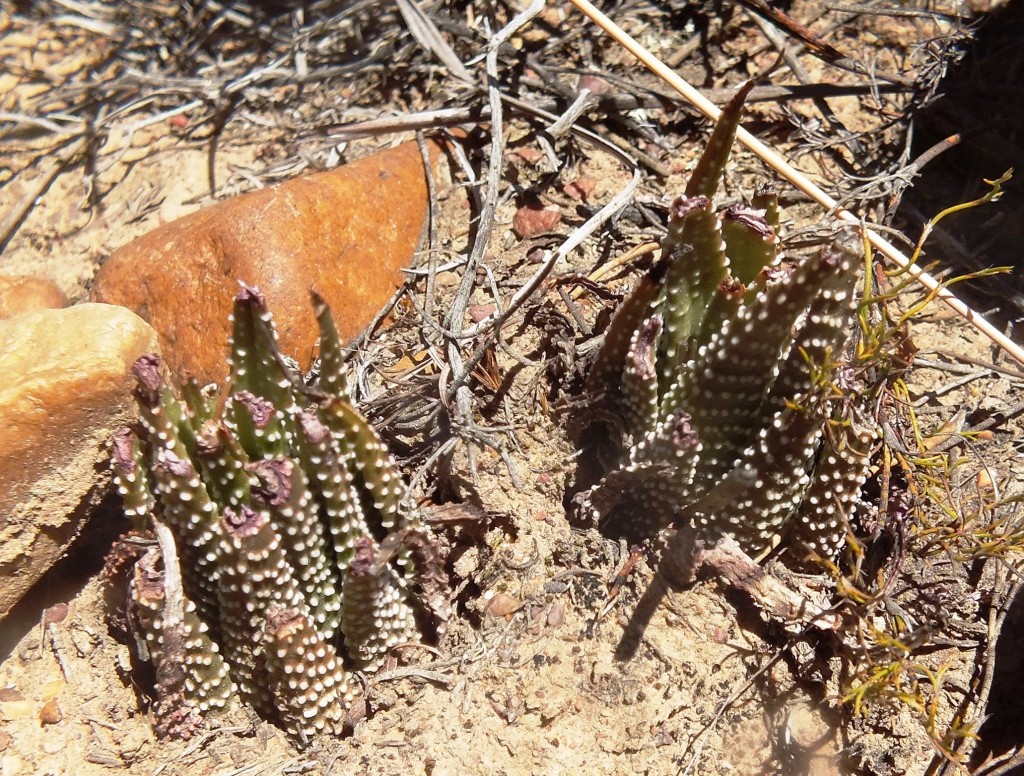
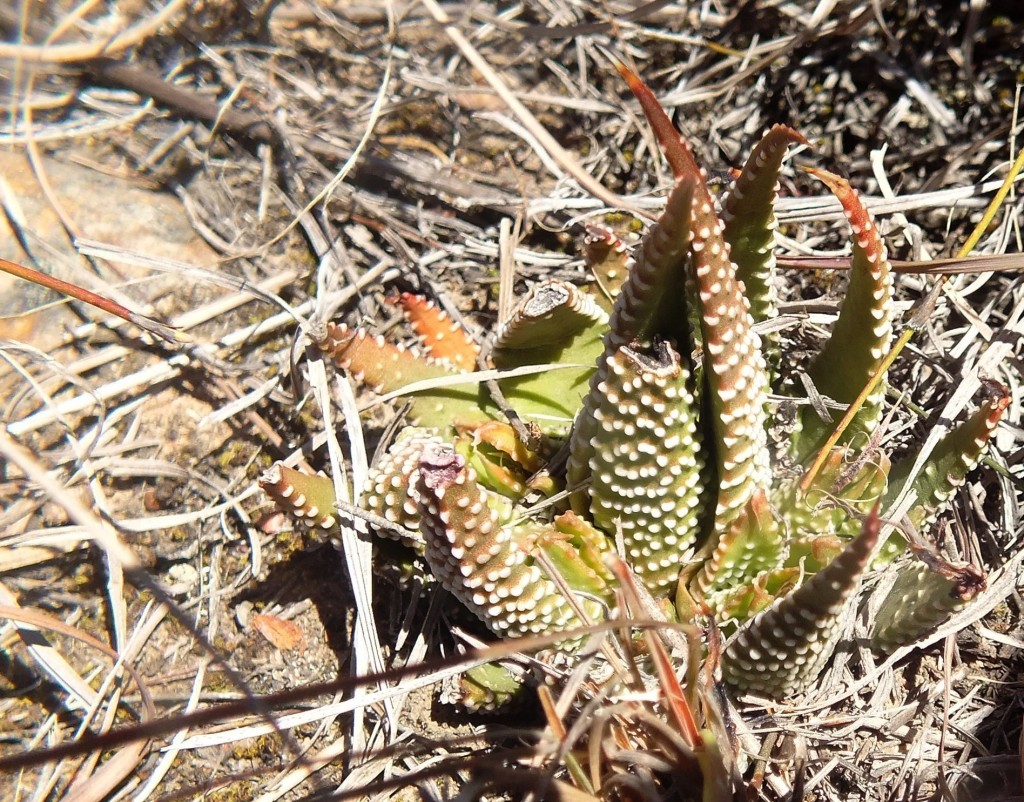
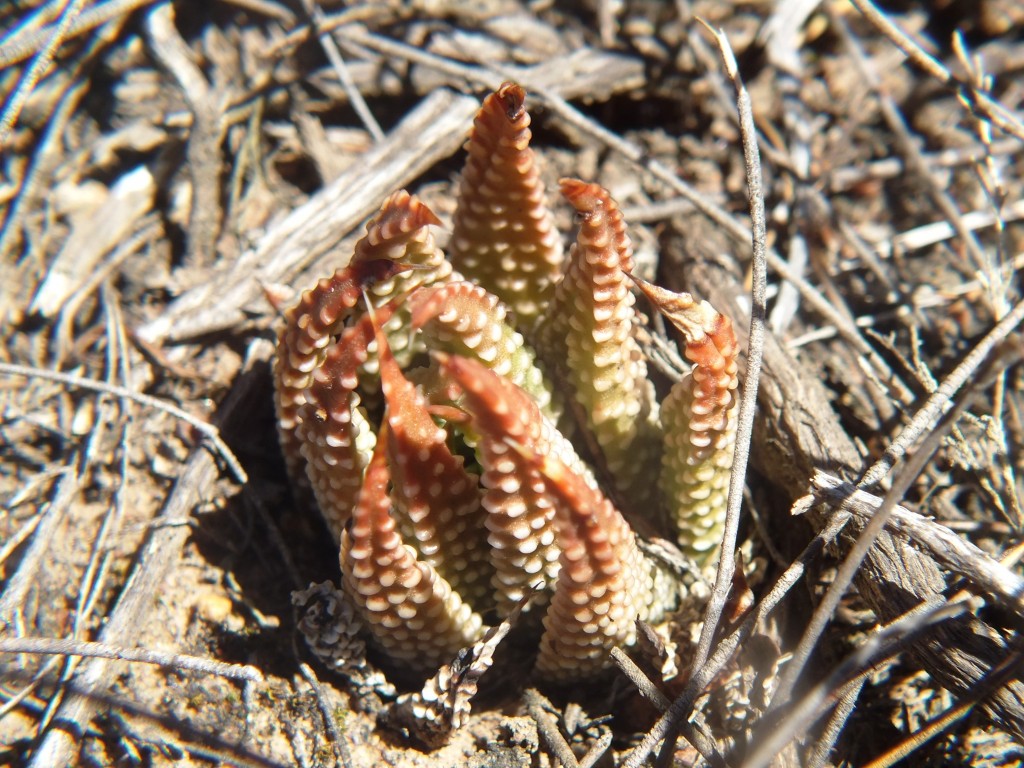
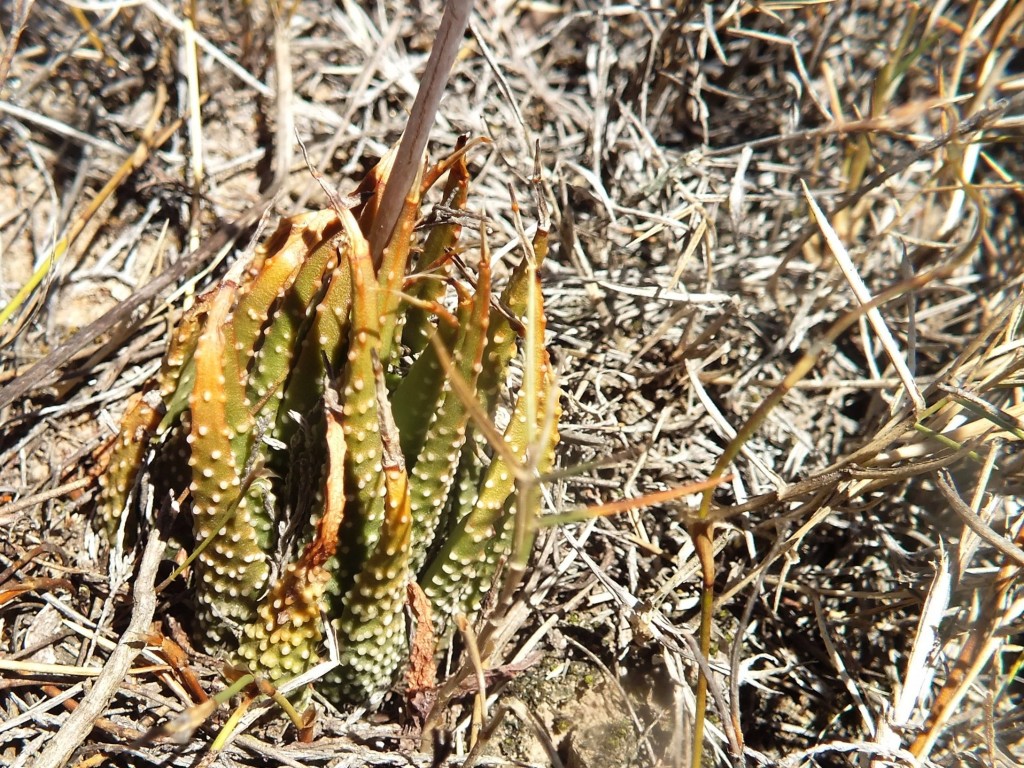
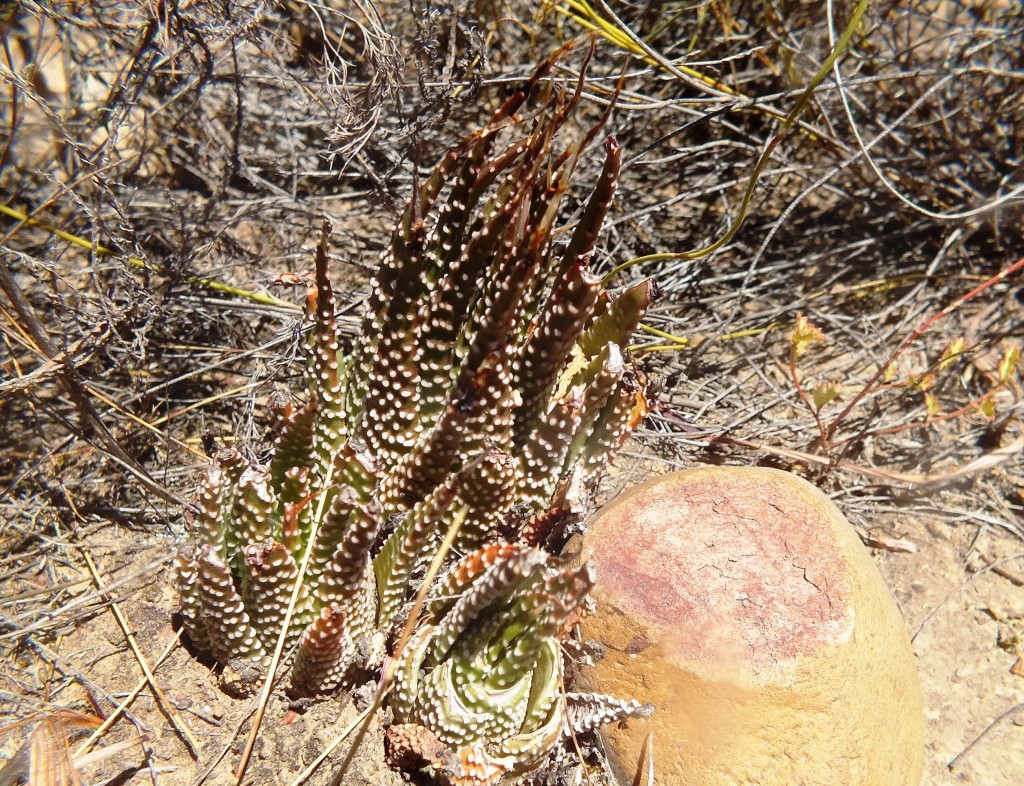
9. MBB8035 – Haworthia minima
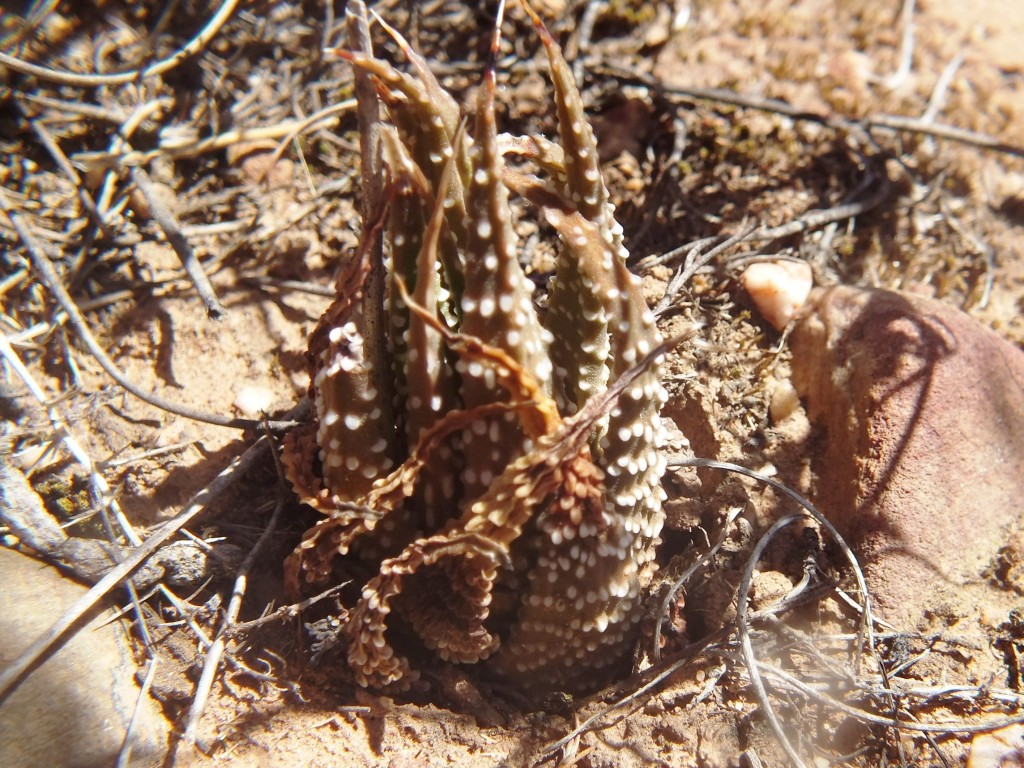
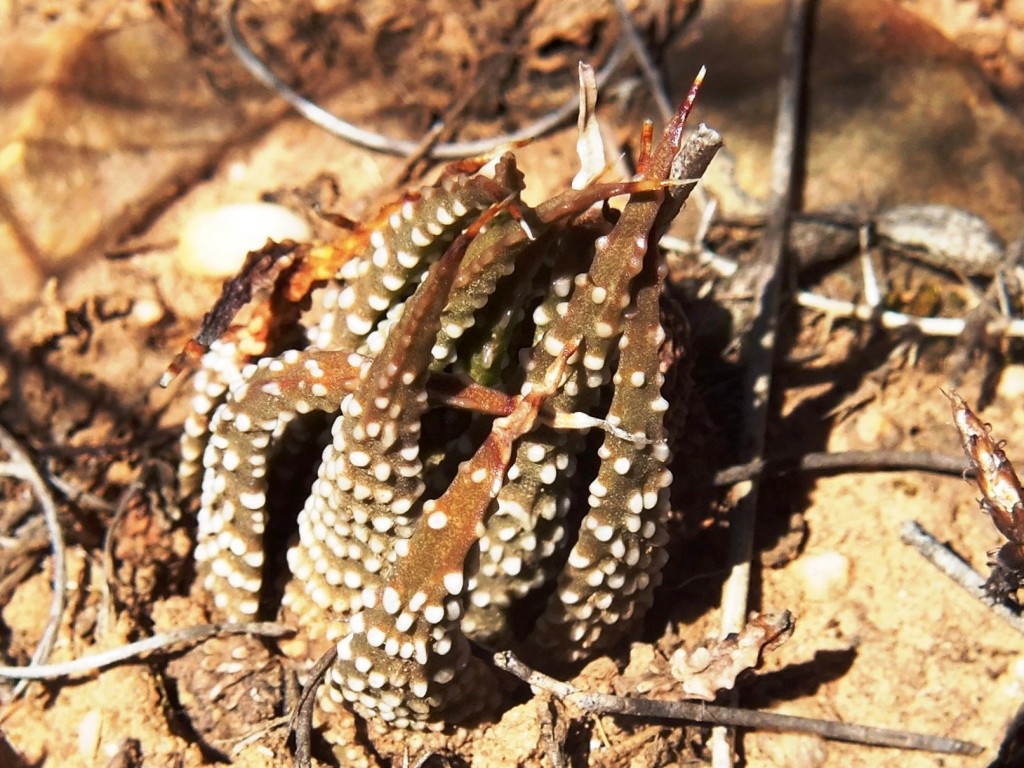
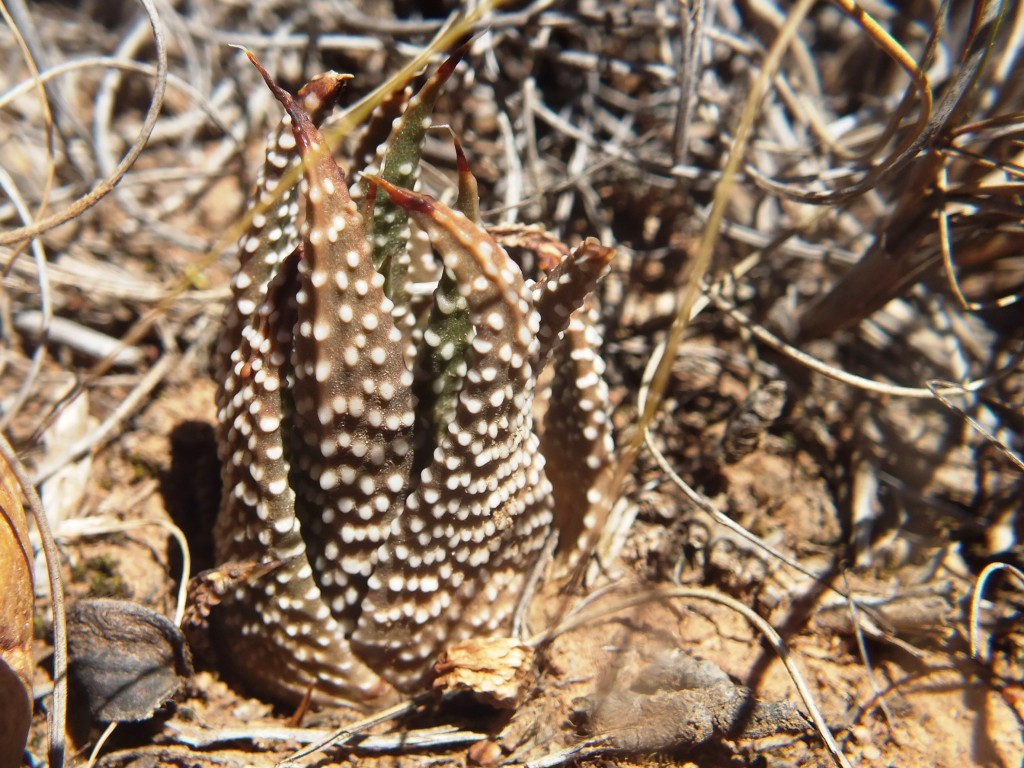
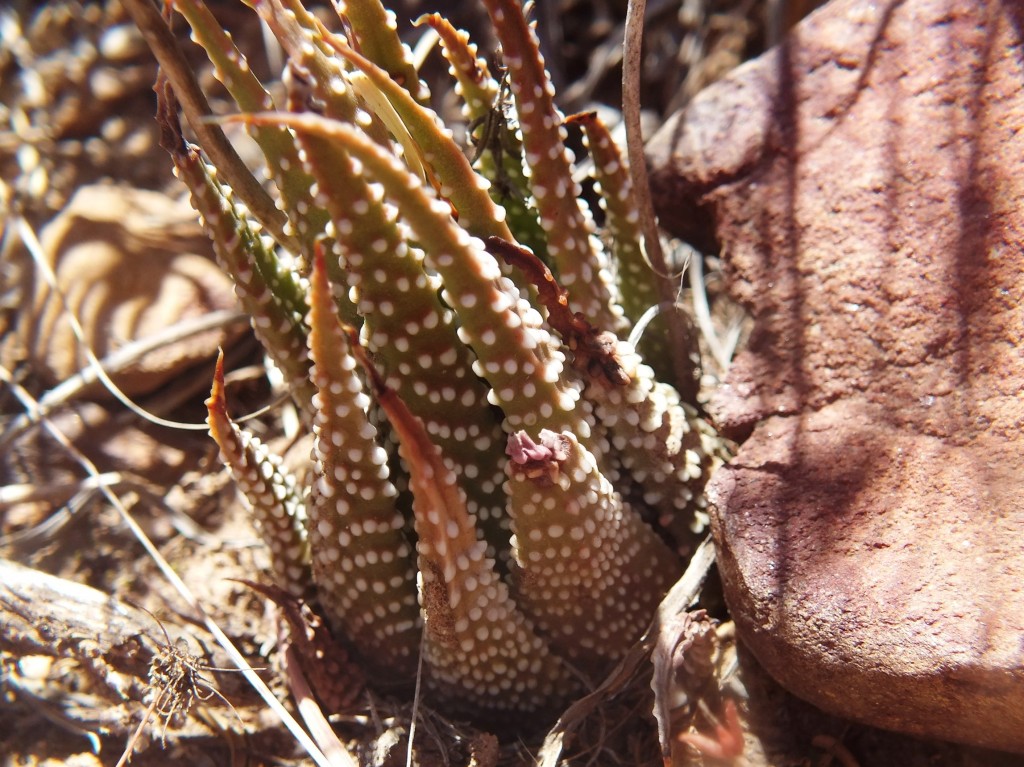
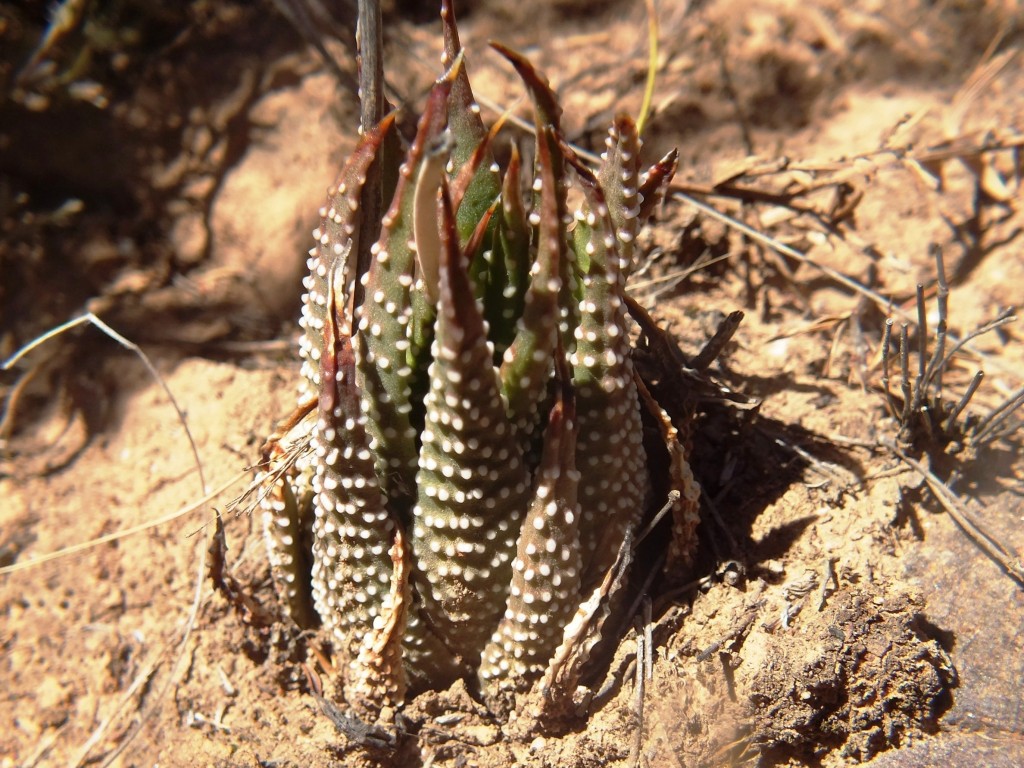
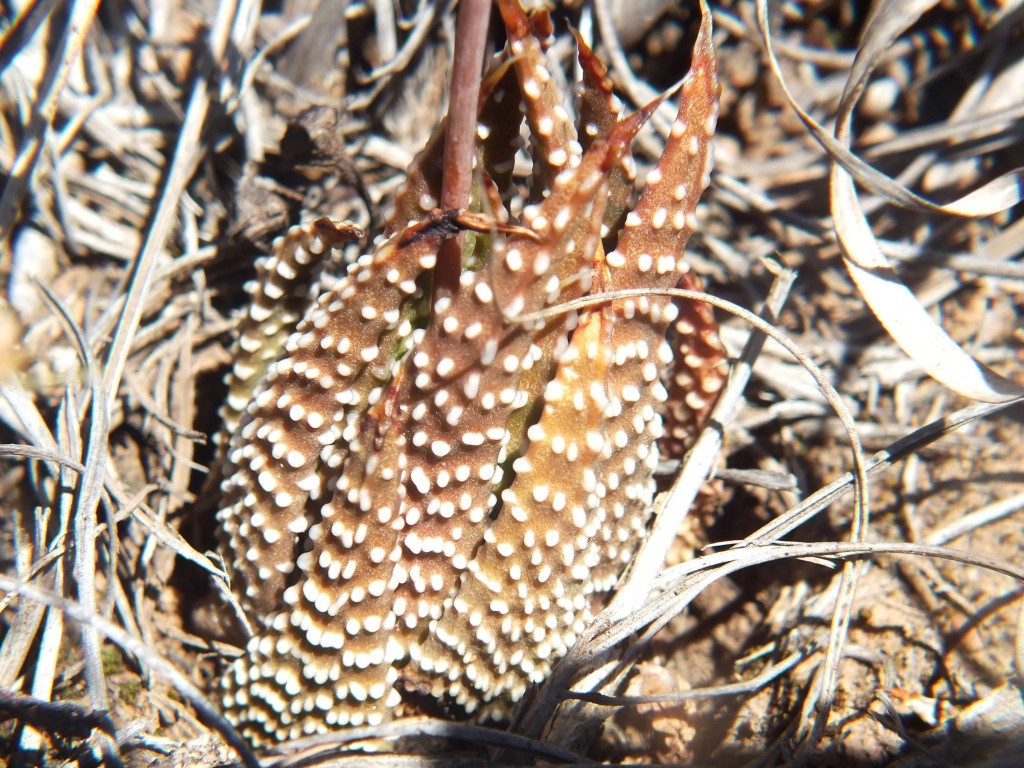
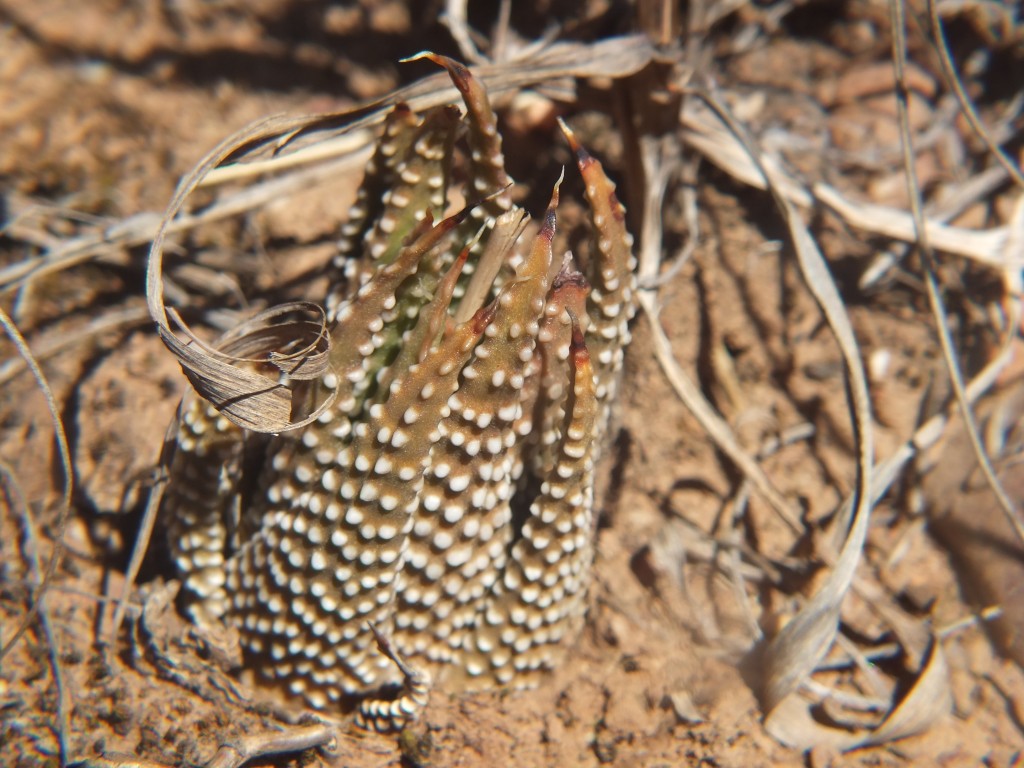
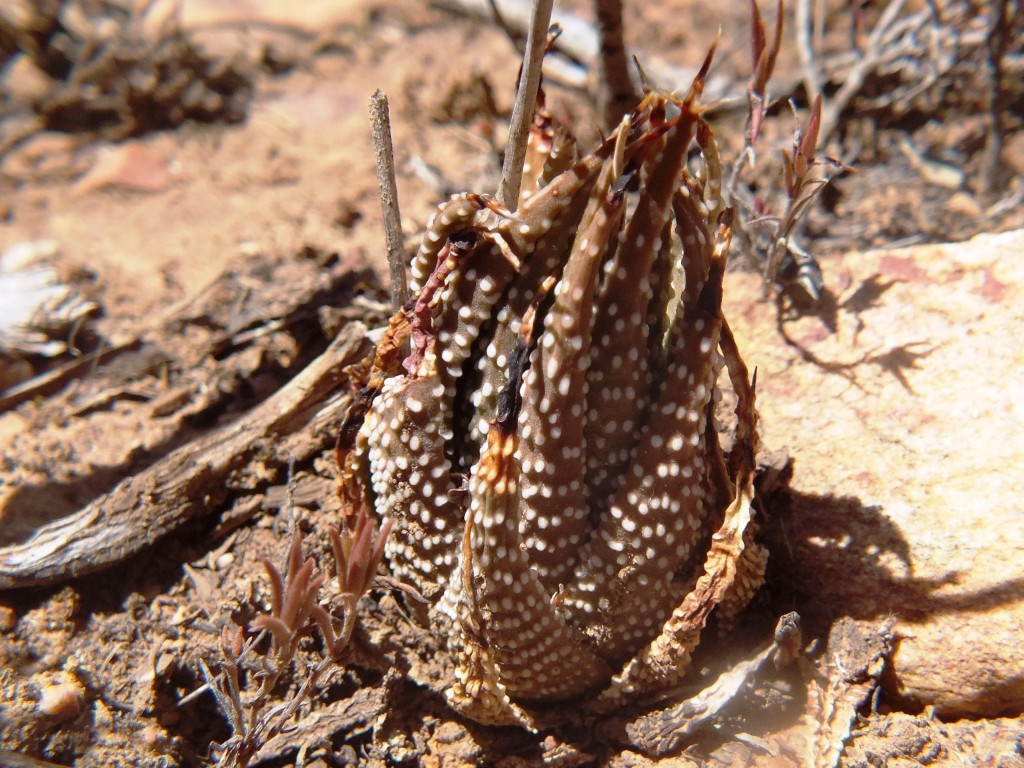
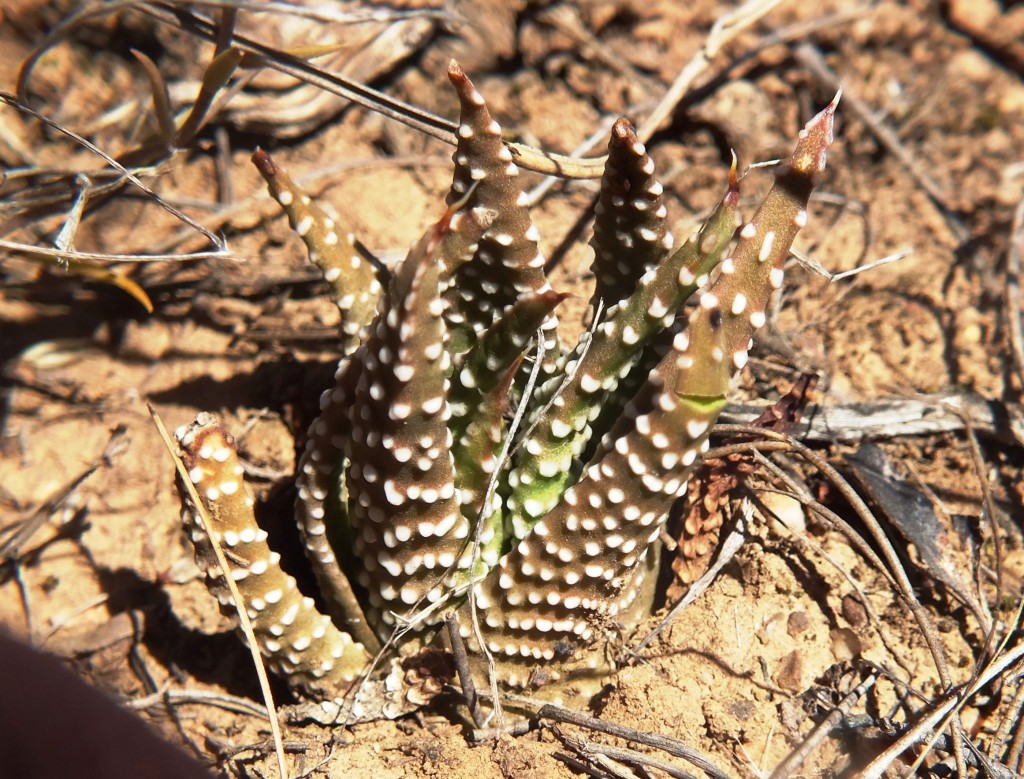
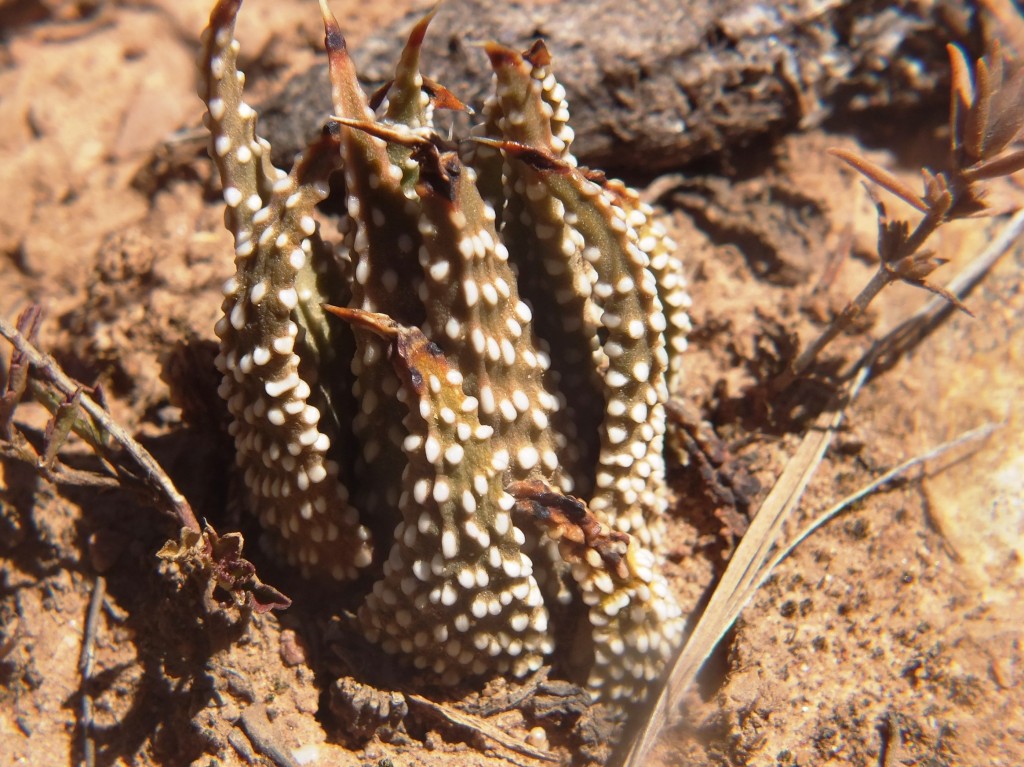
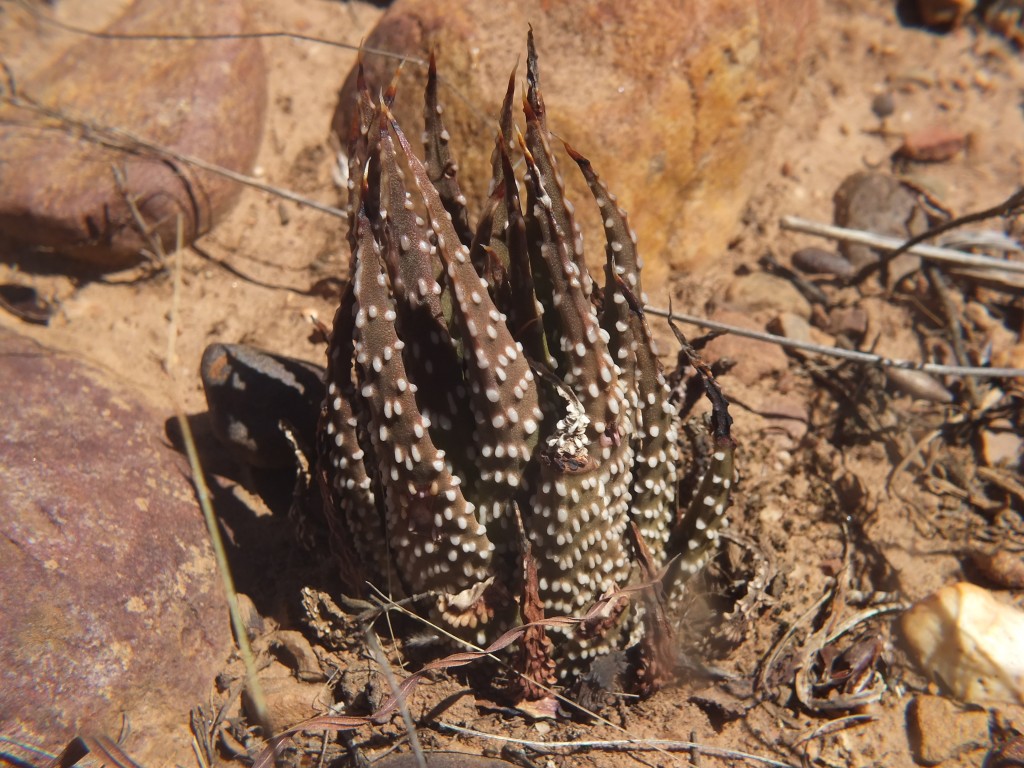
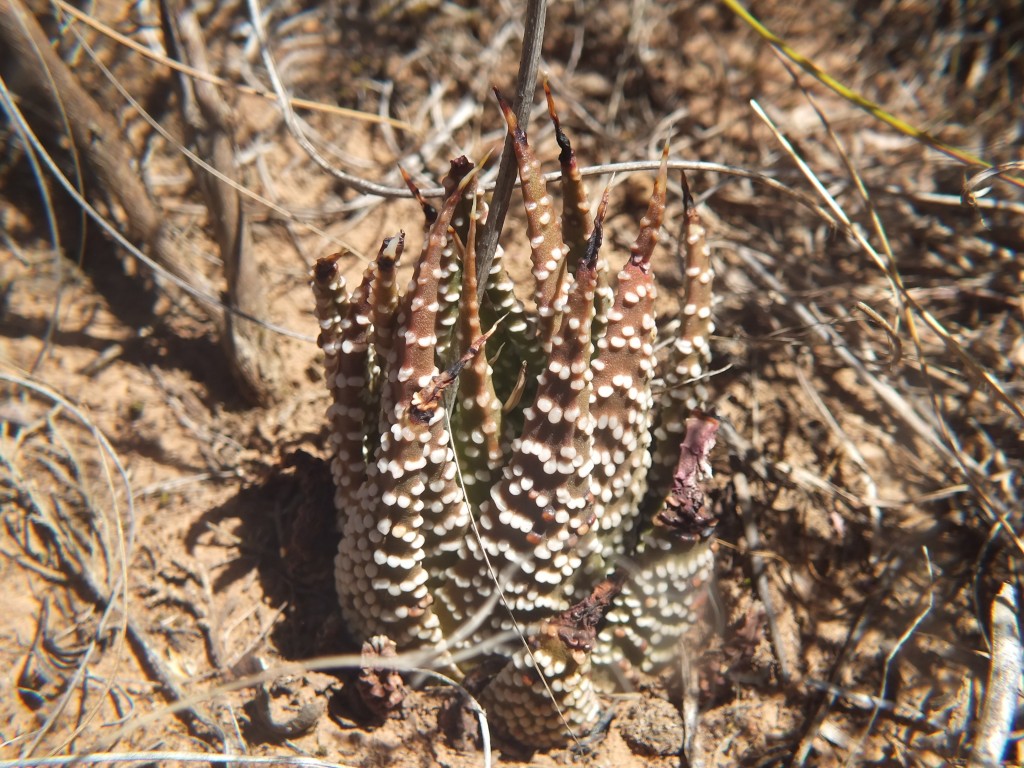
10. MBB8037 – Haworthia minima
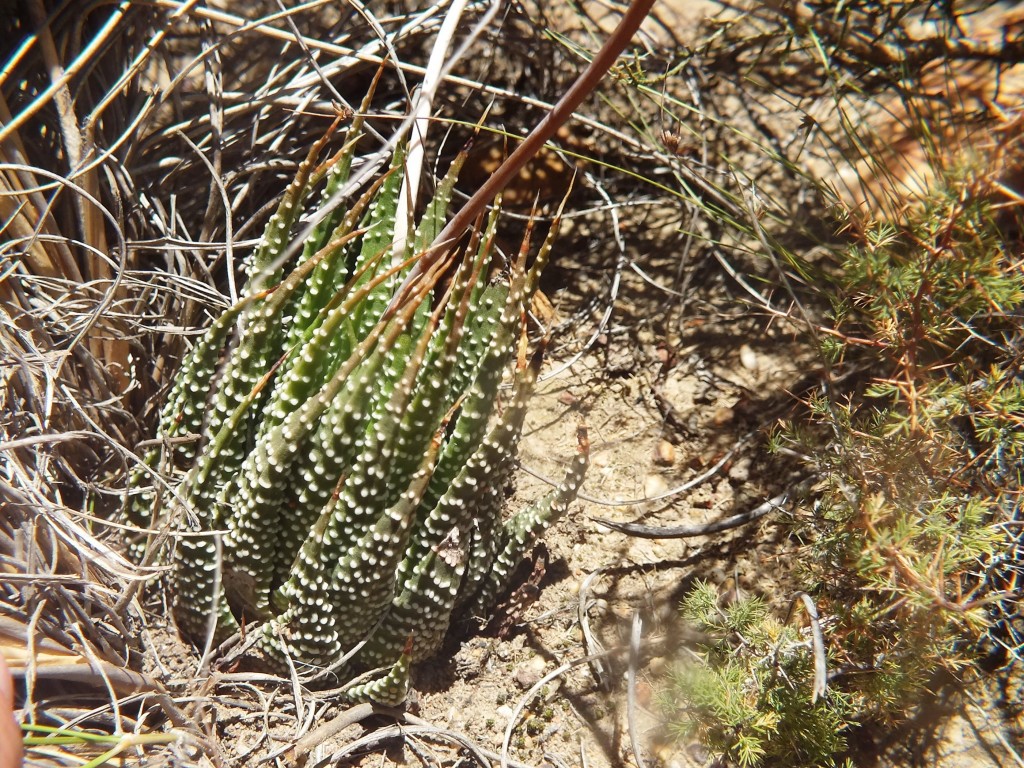
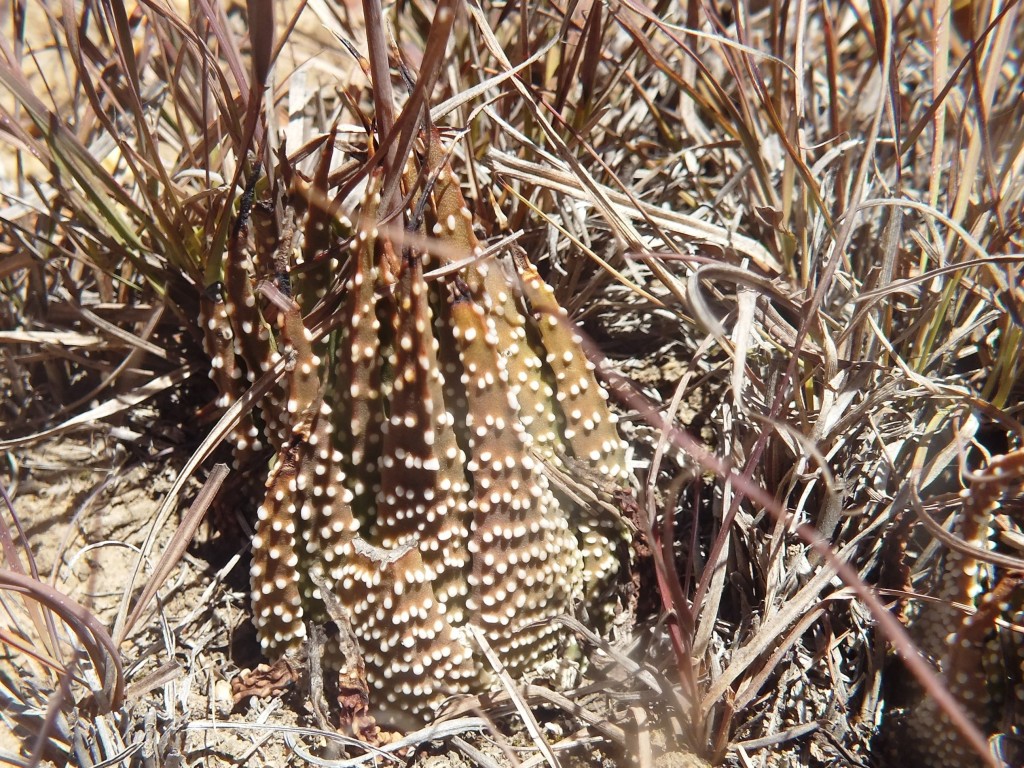
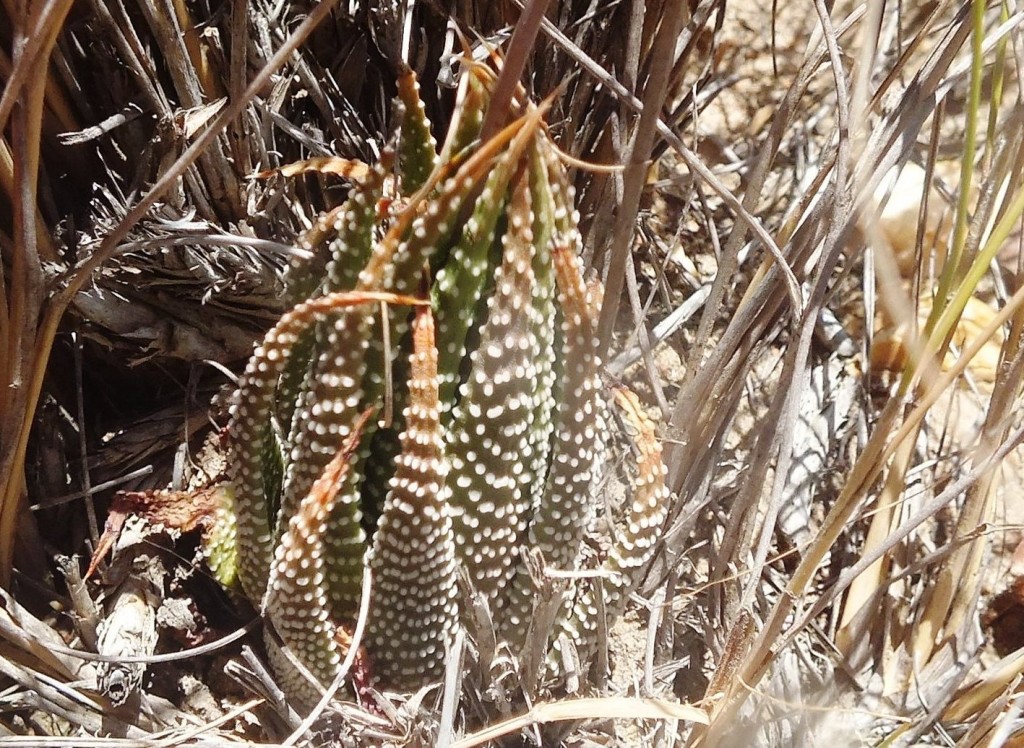
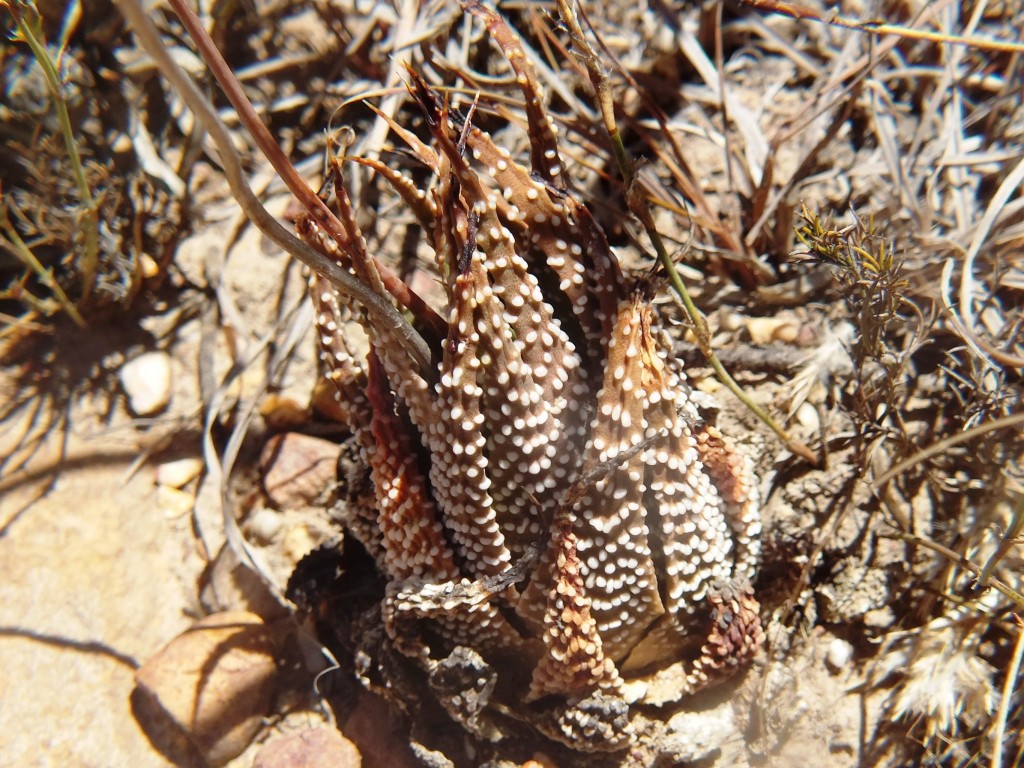
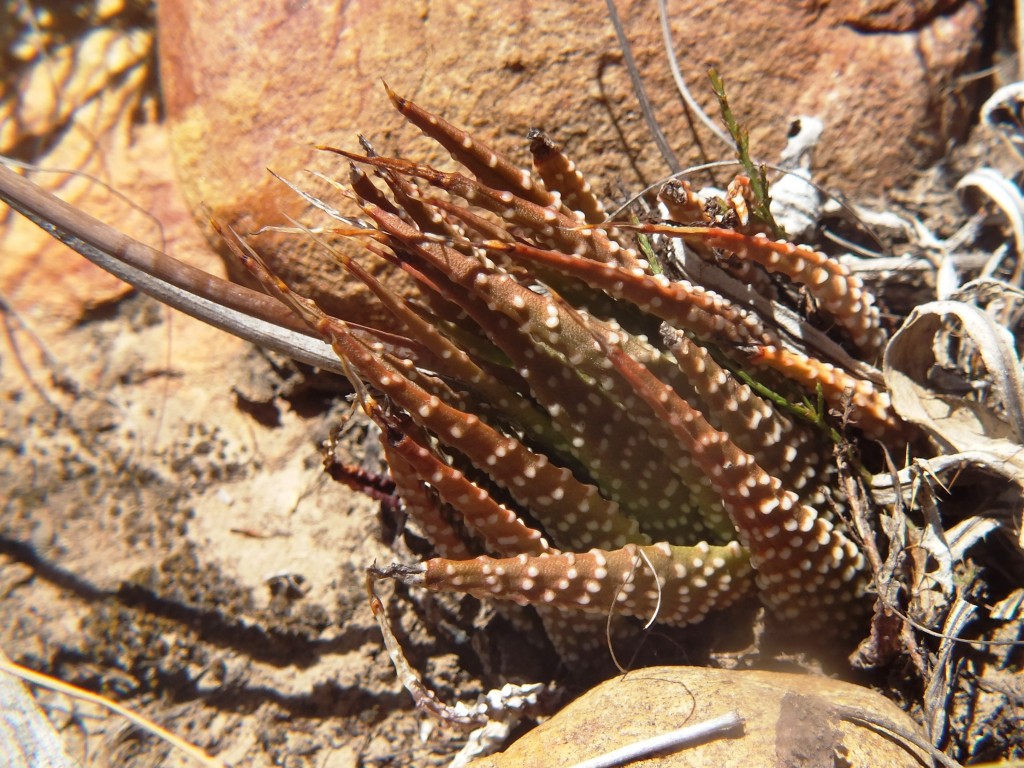
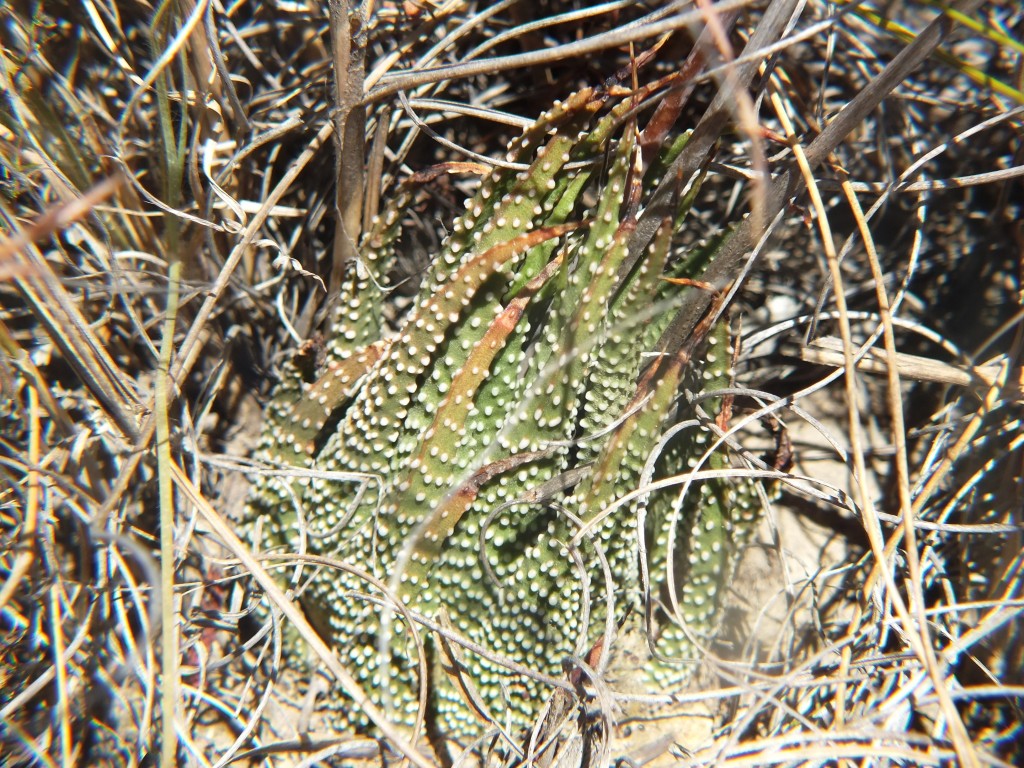
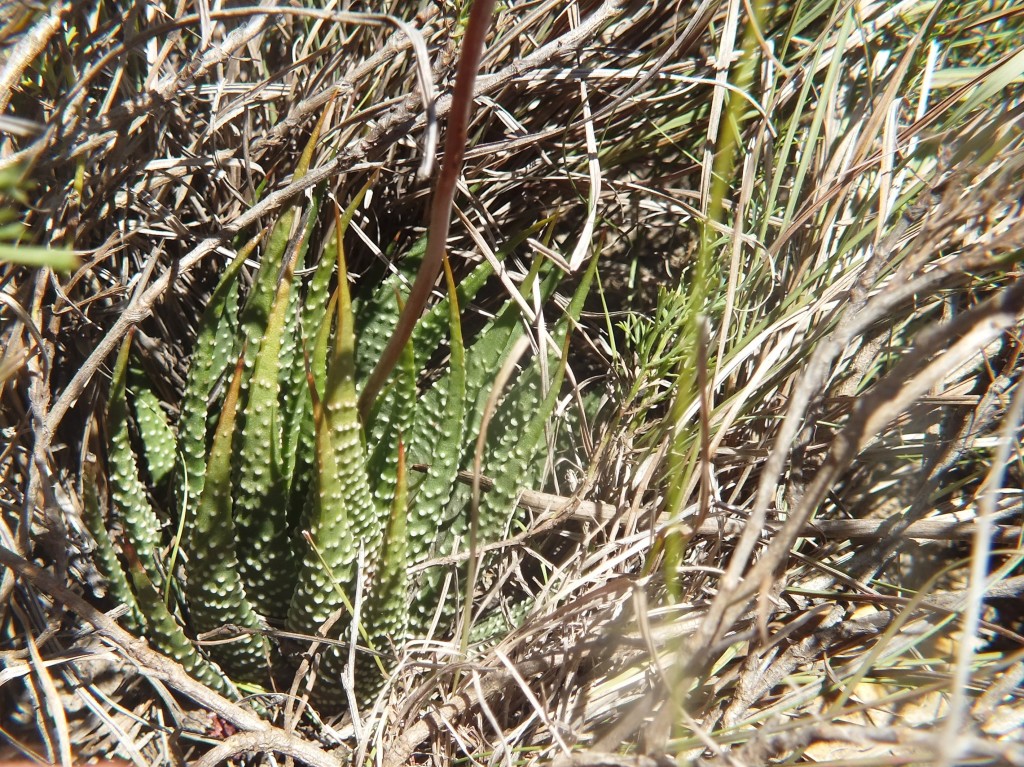
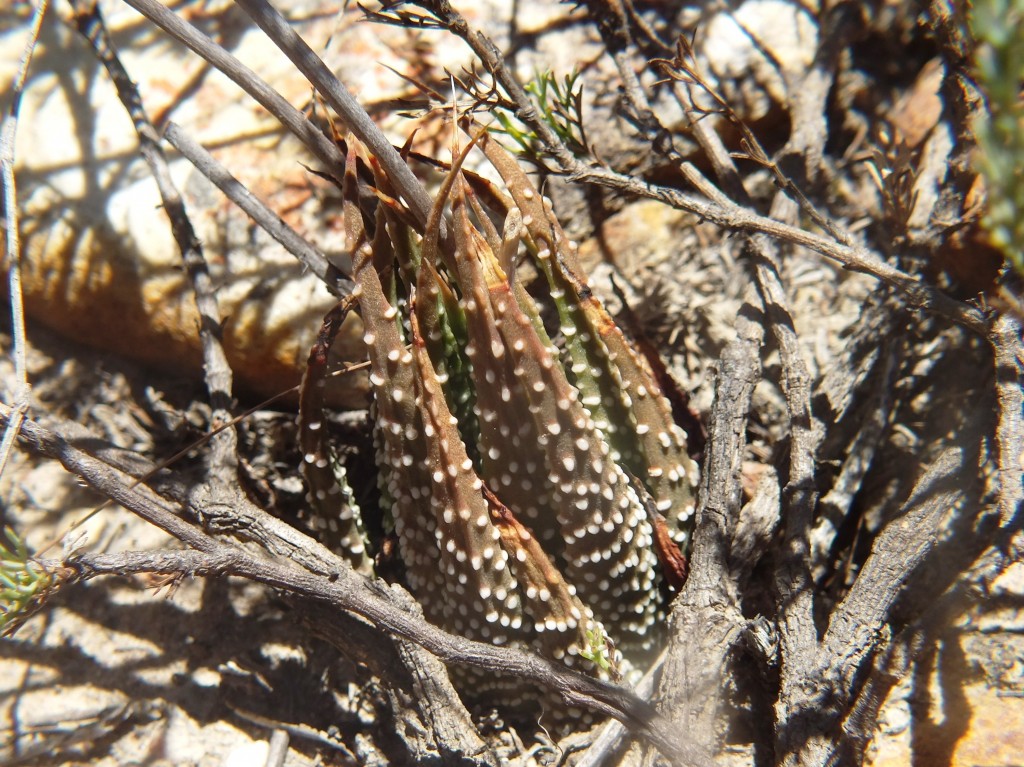
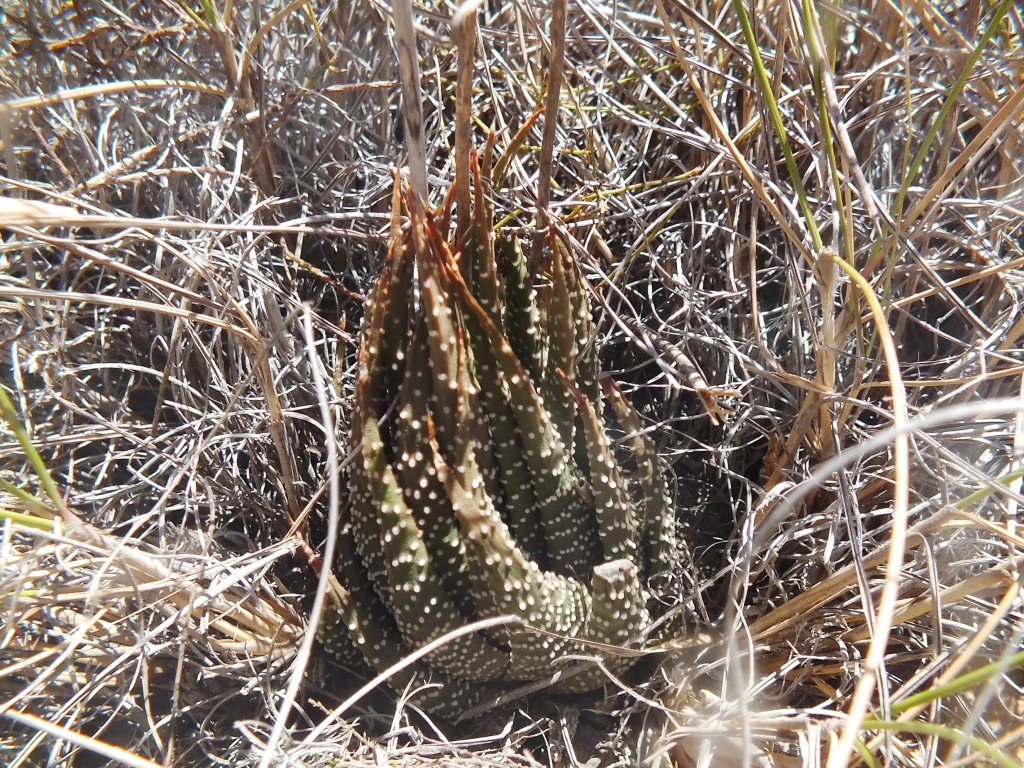
Flower profiles and faces.
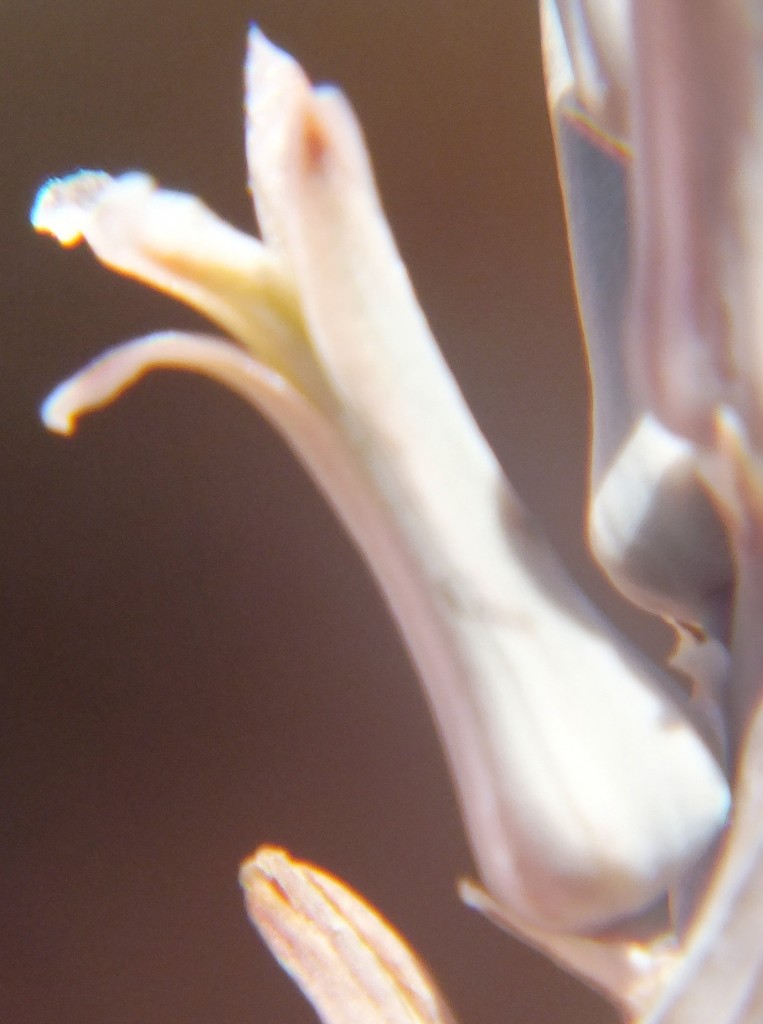
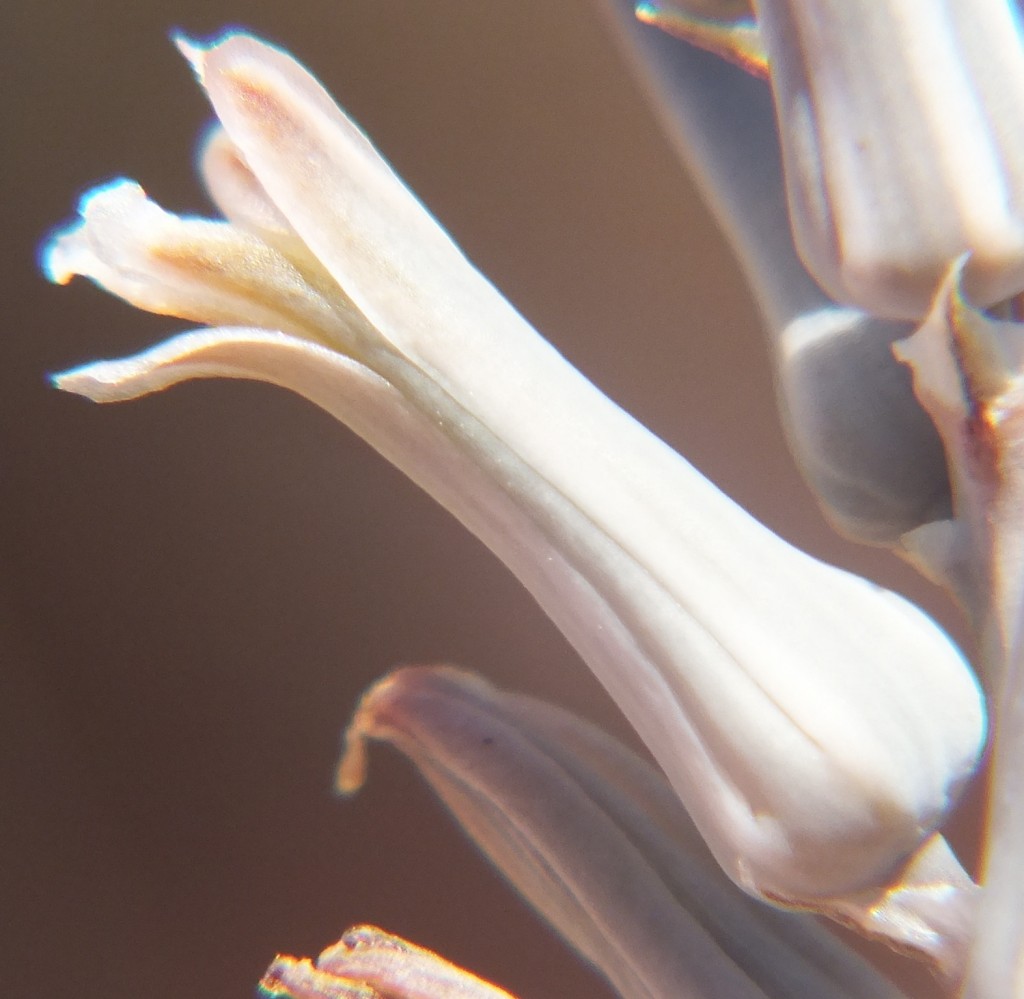
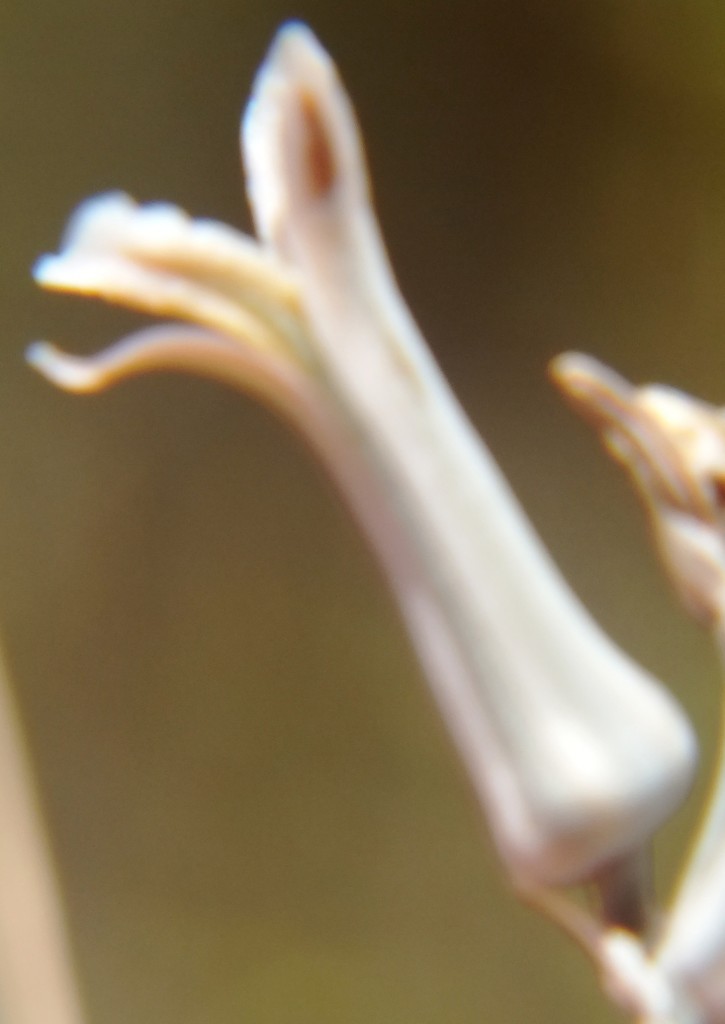
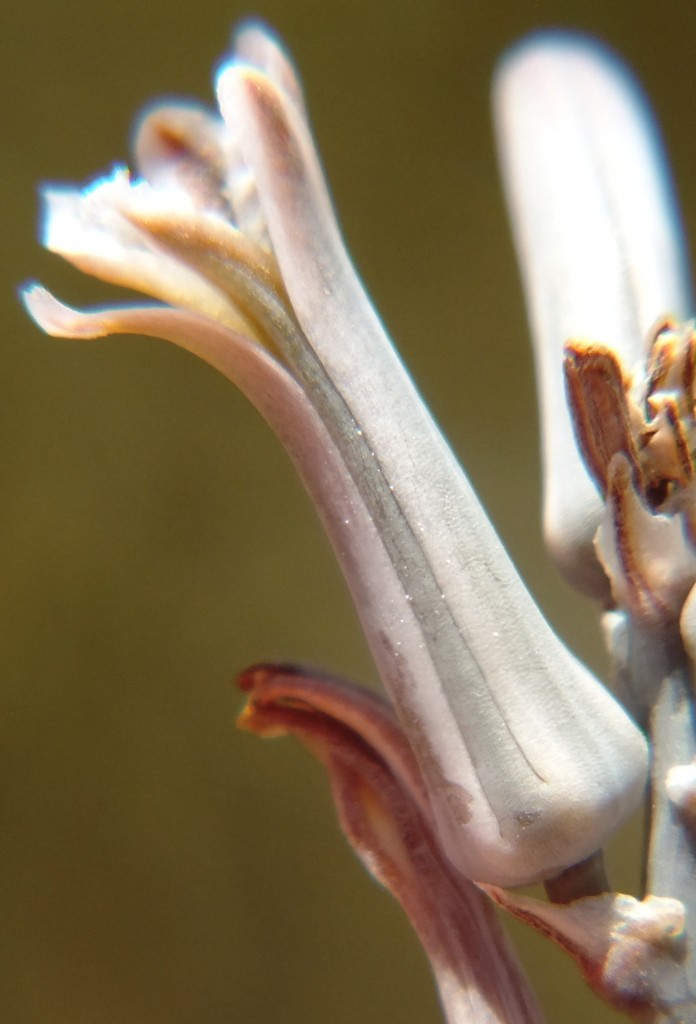
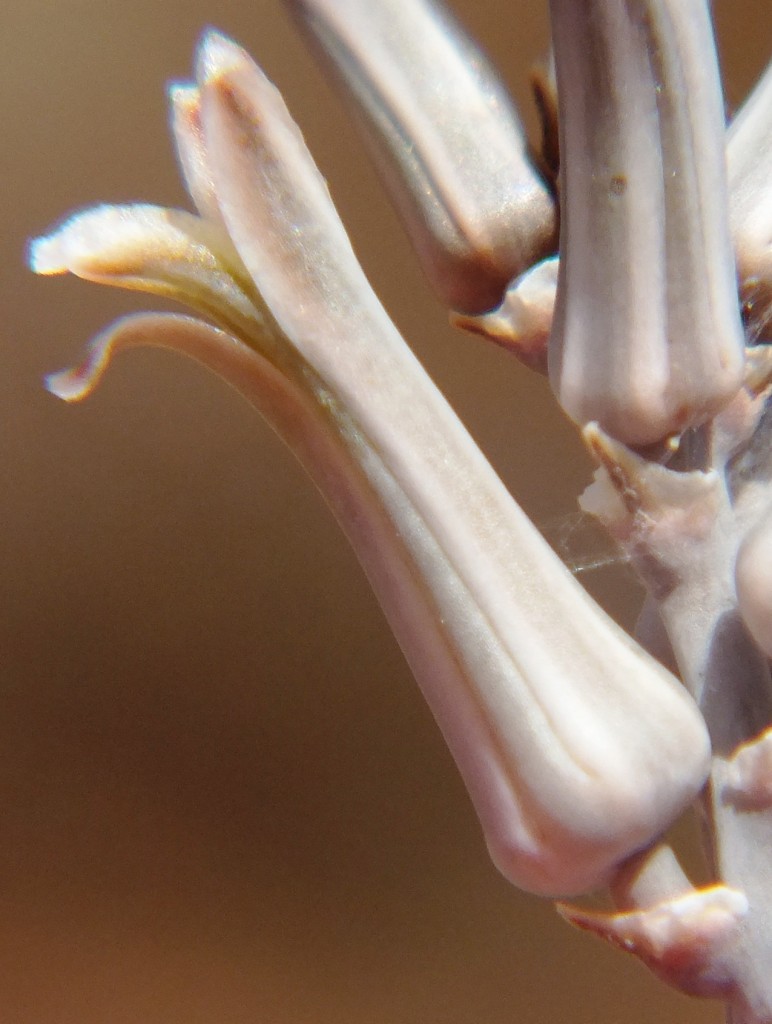
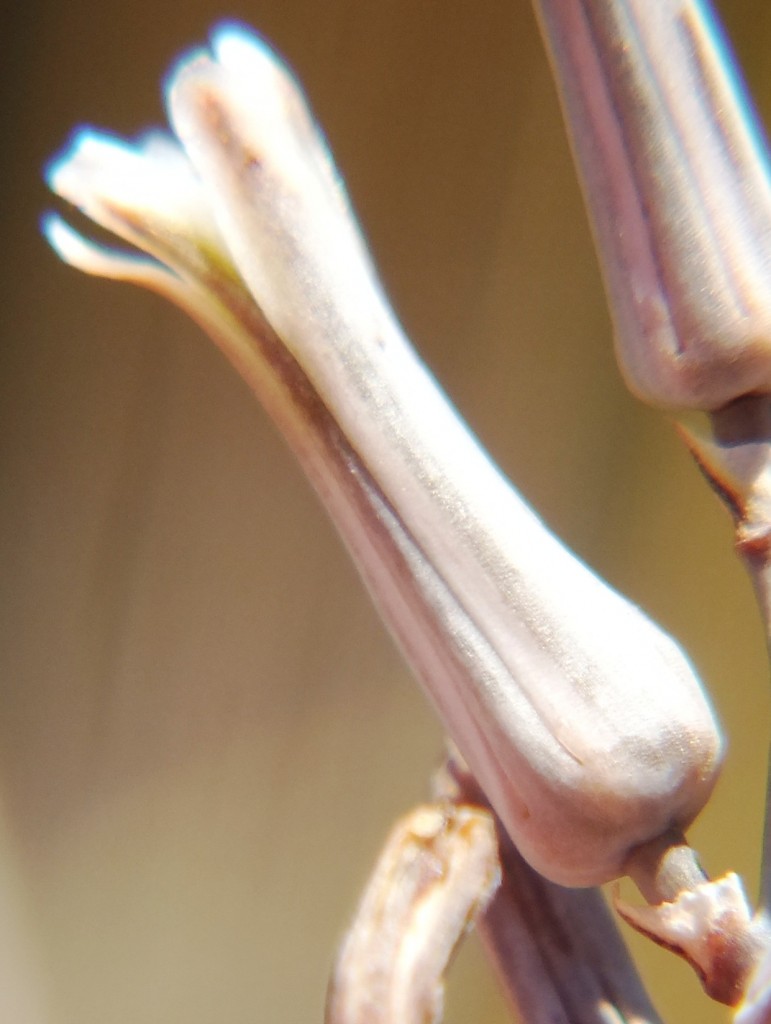
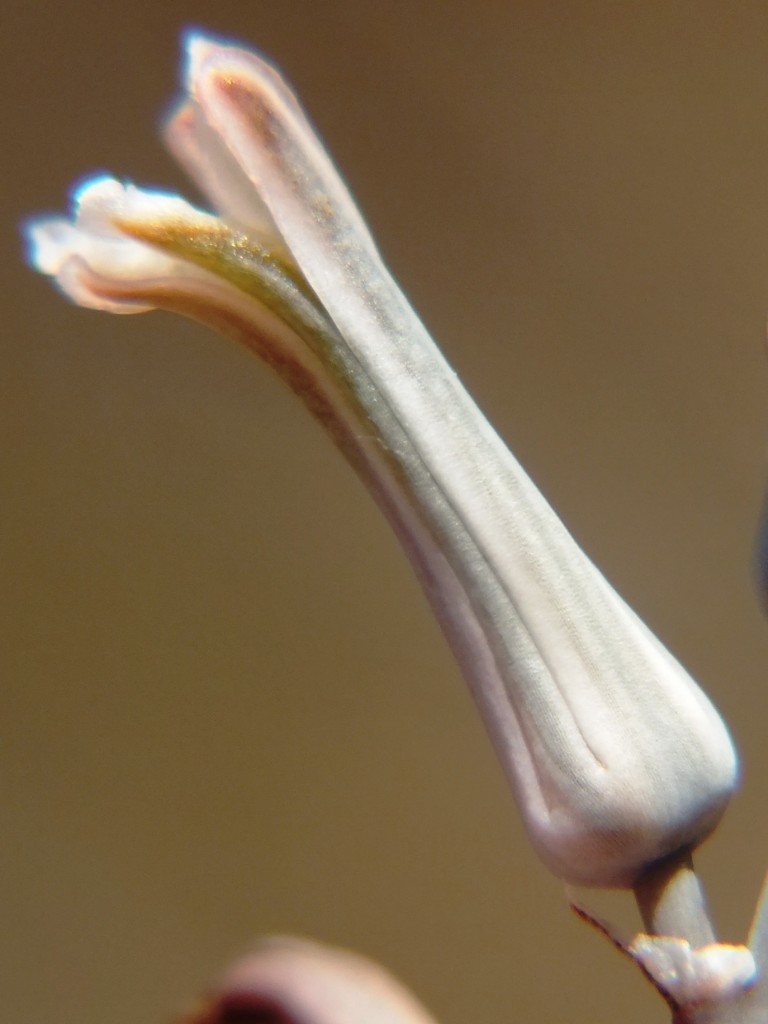
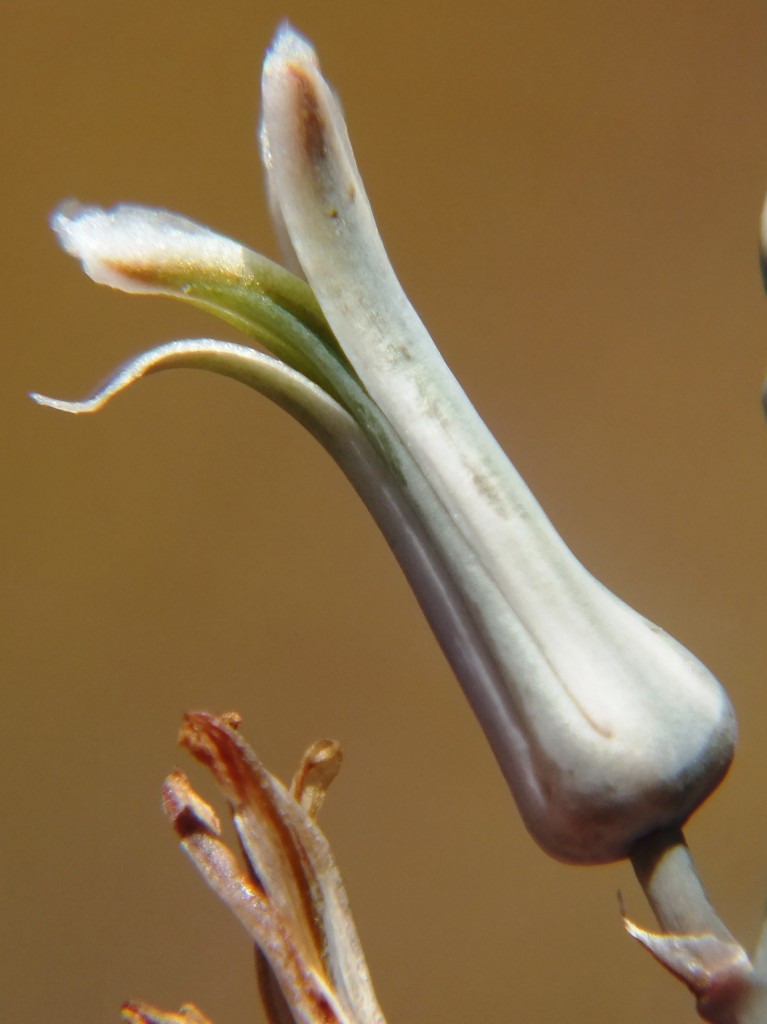
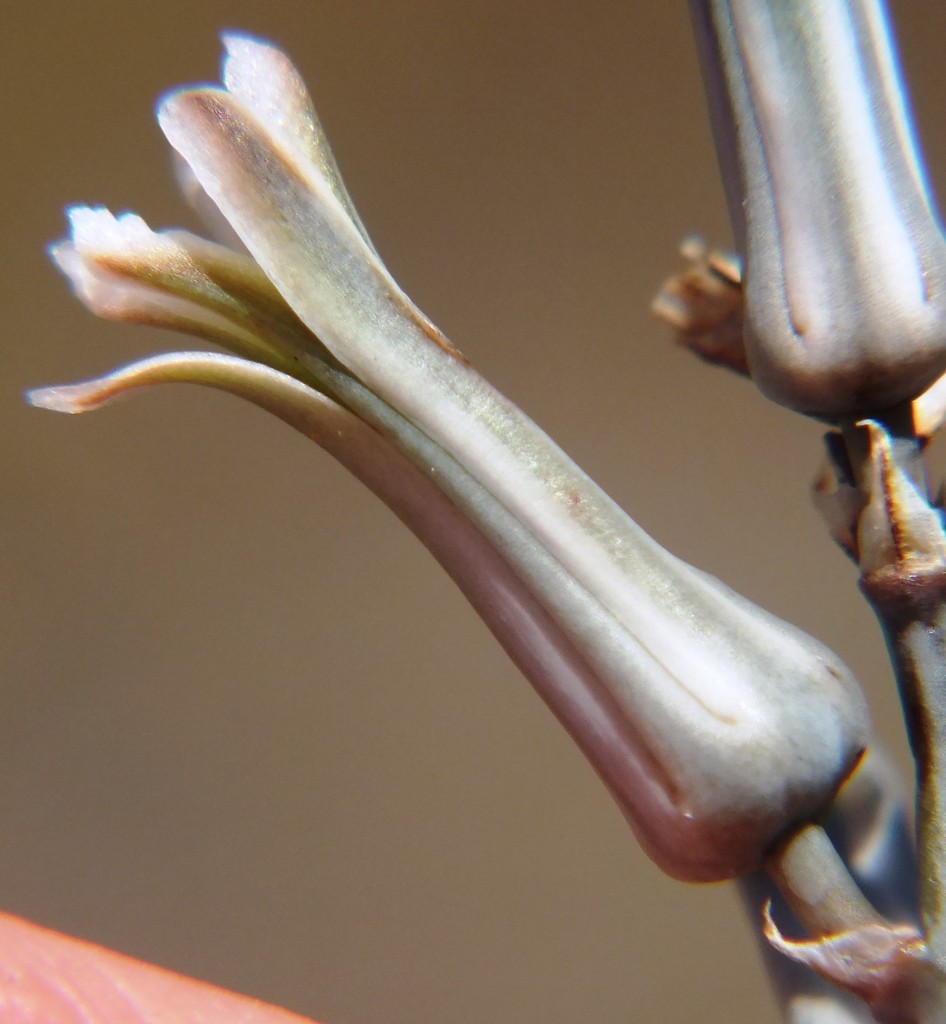
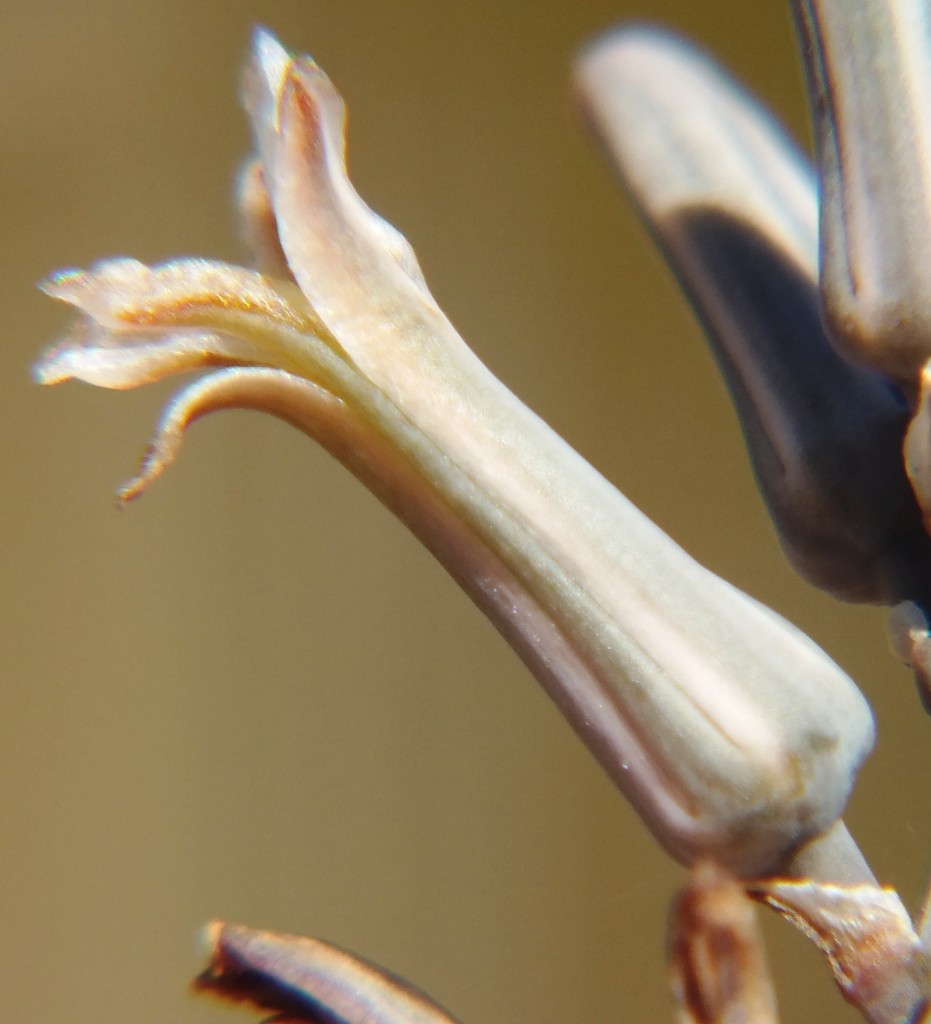
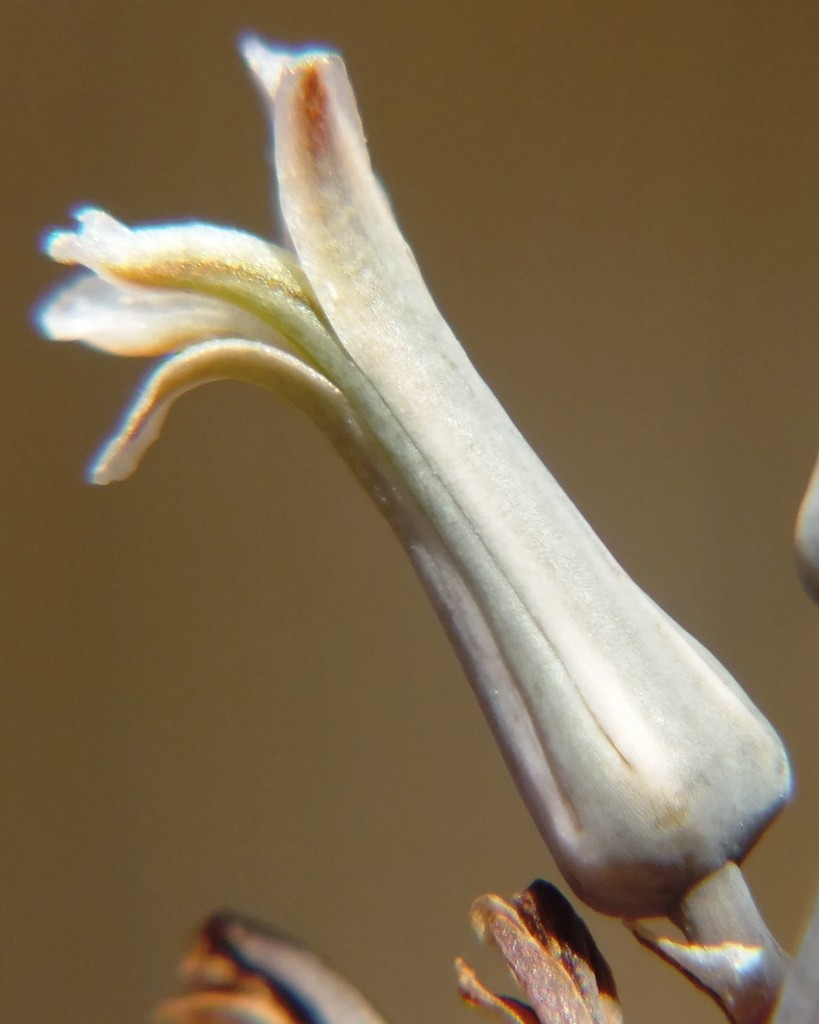
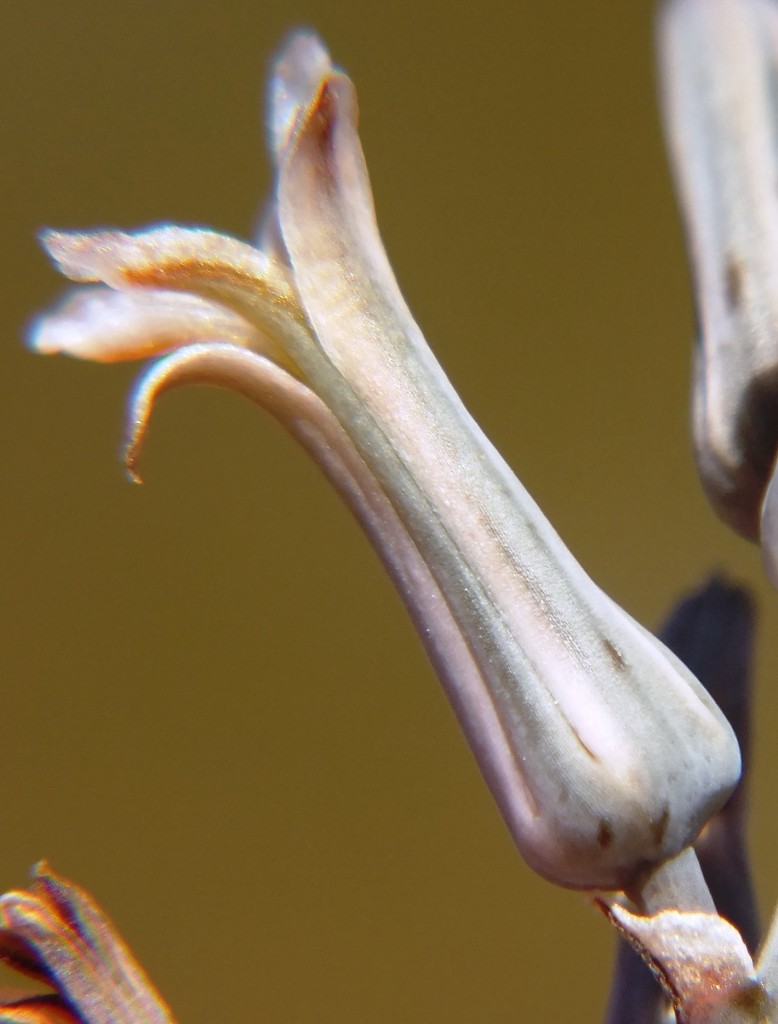
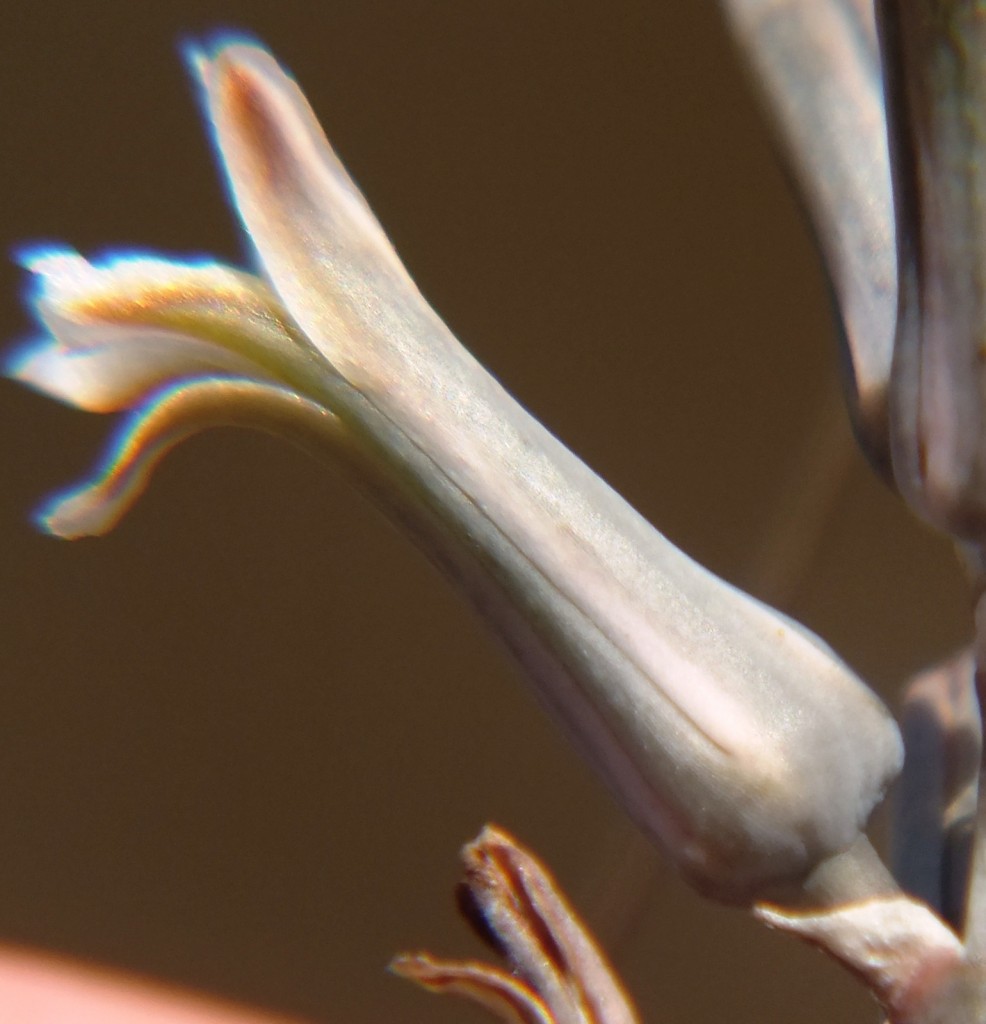
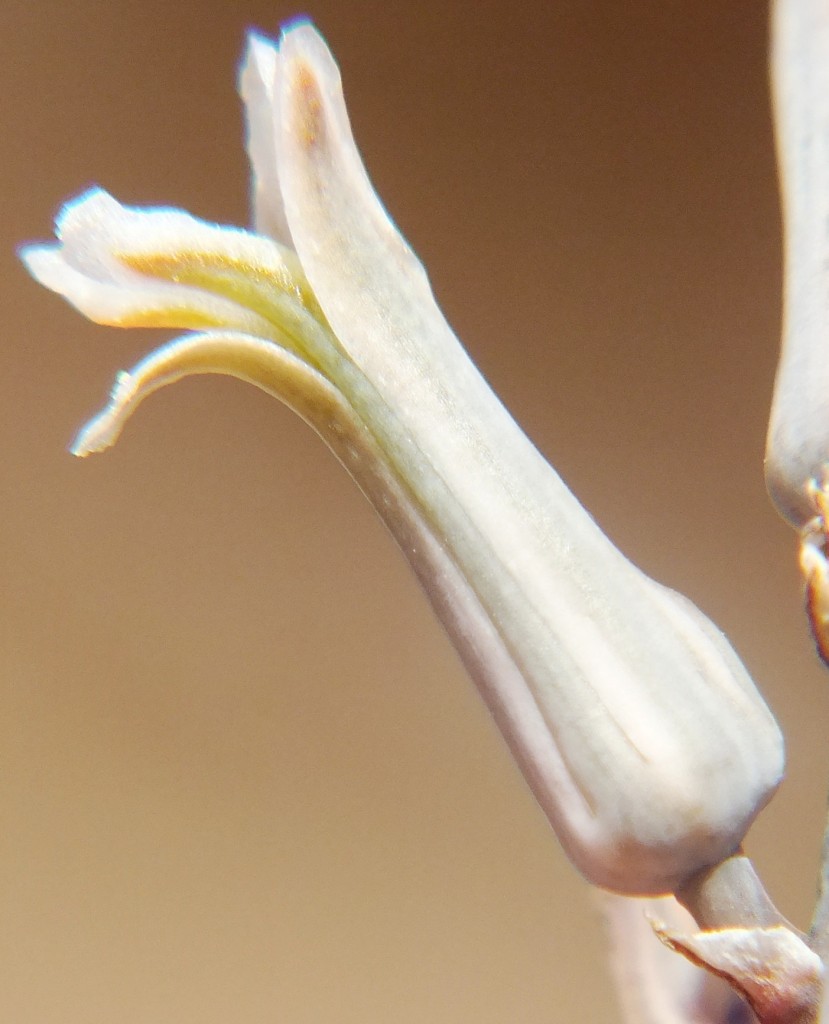
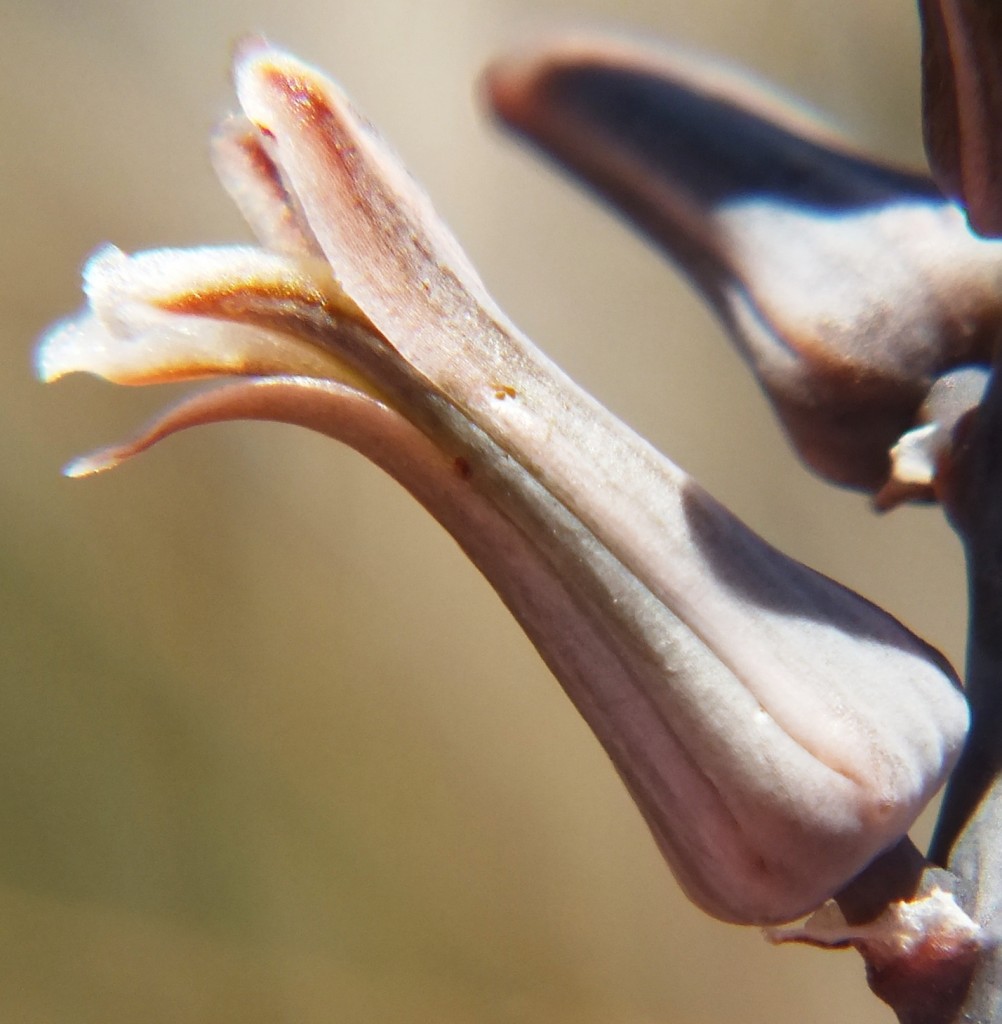
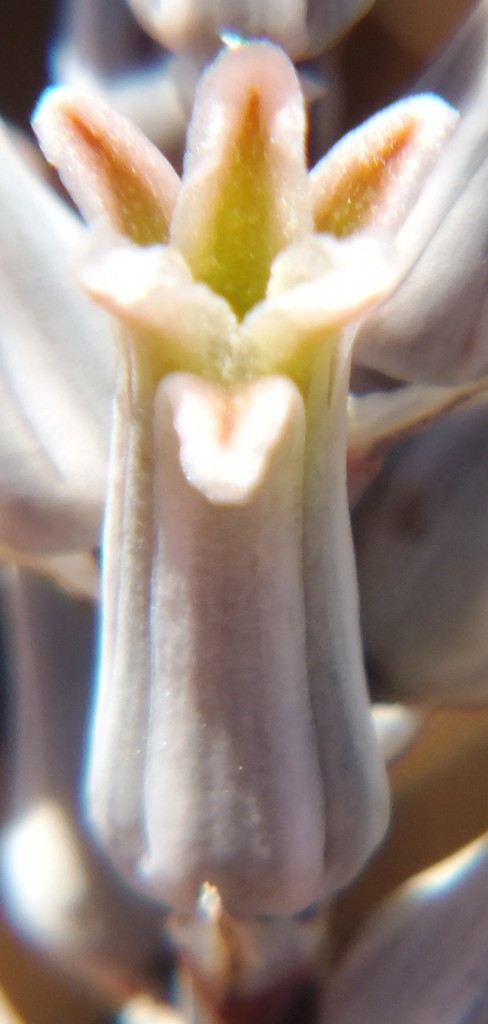
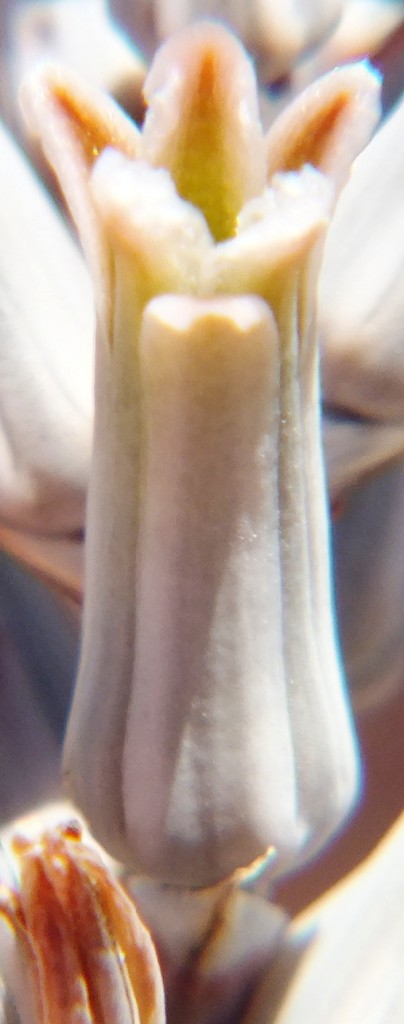
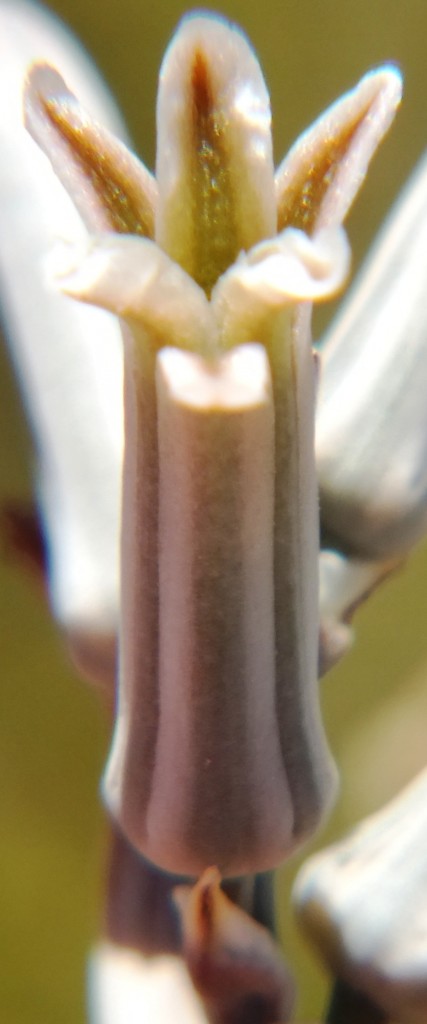

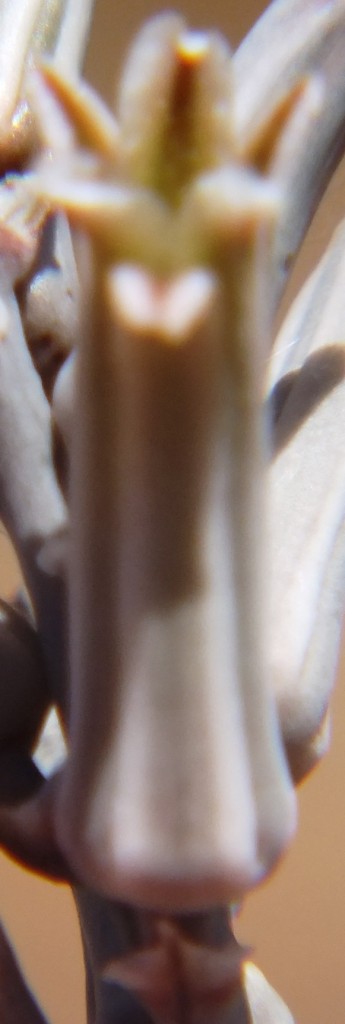
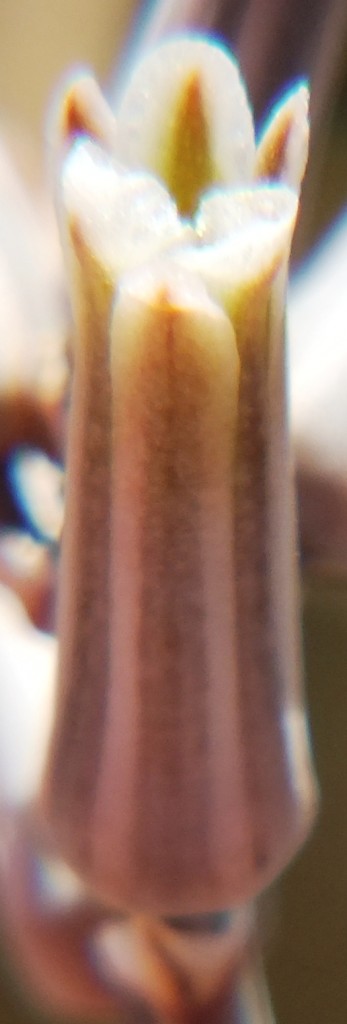
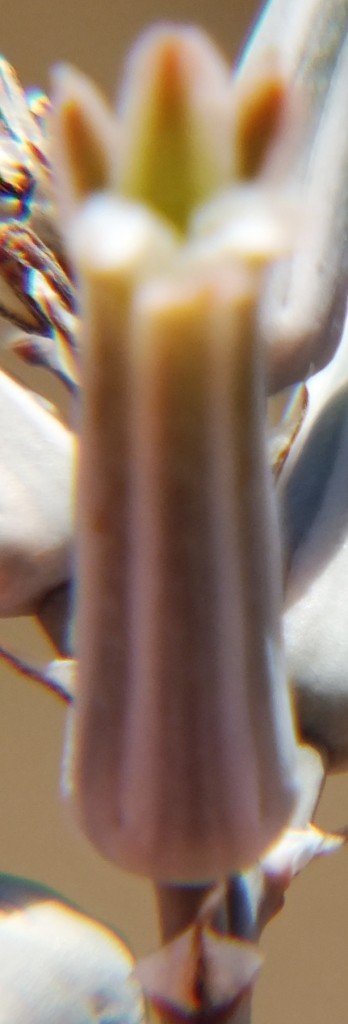
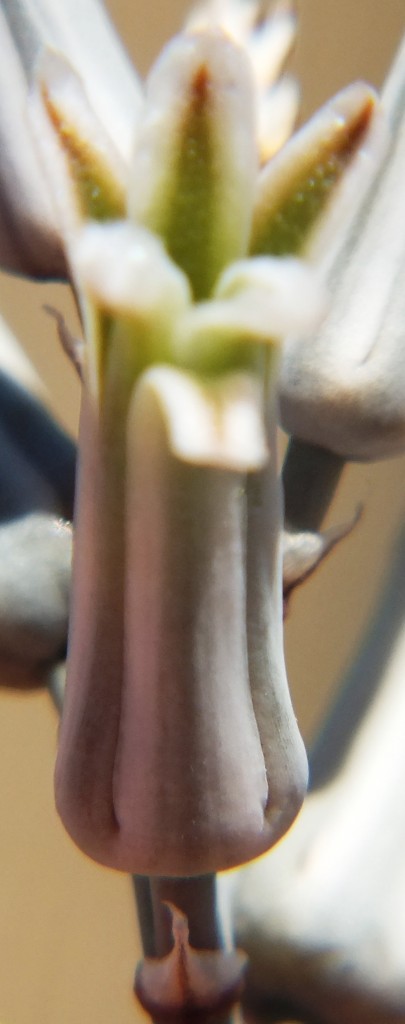

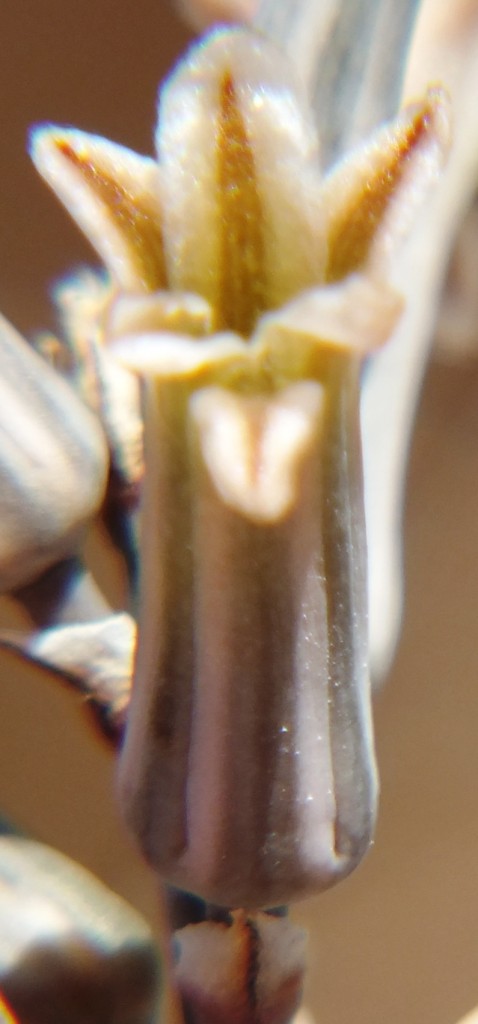
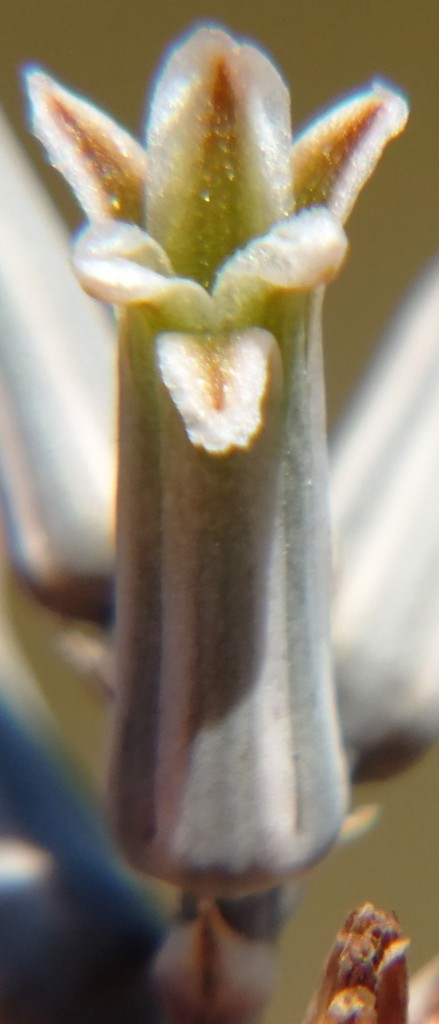
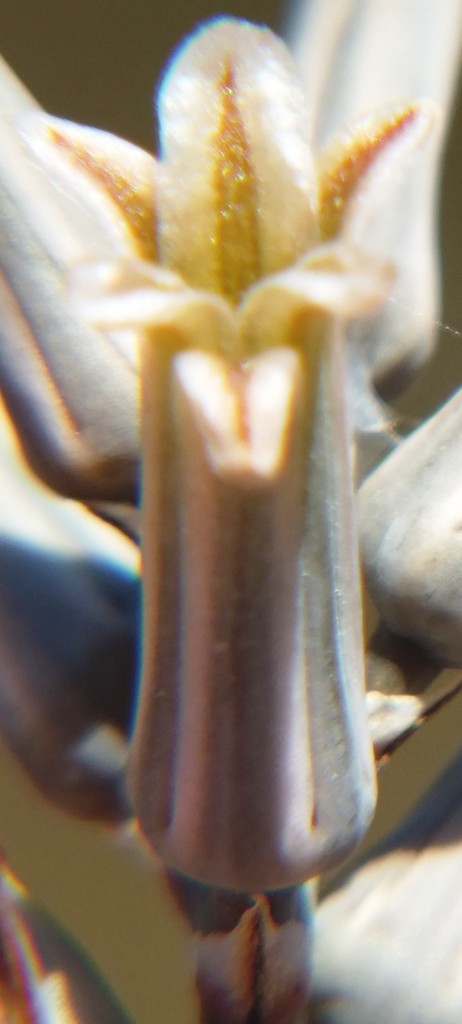
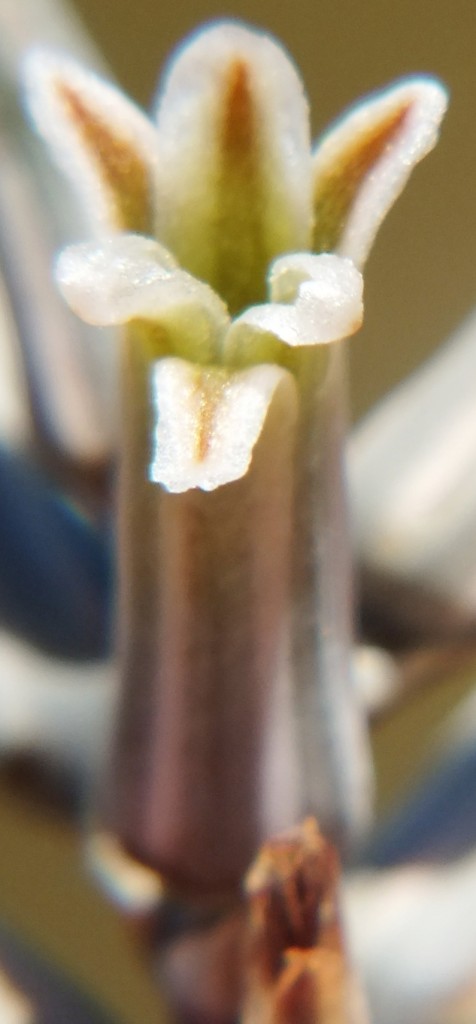
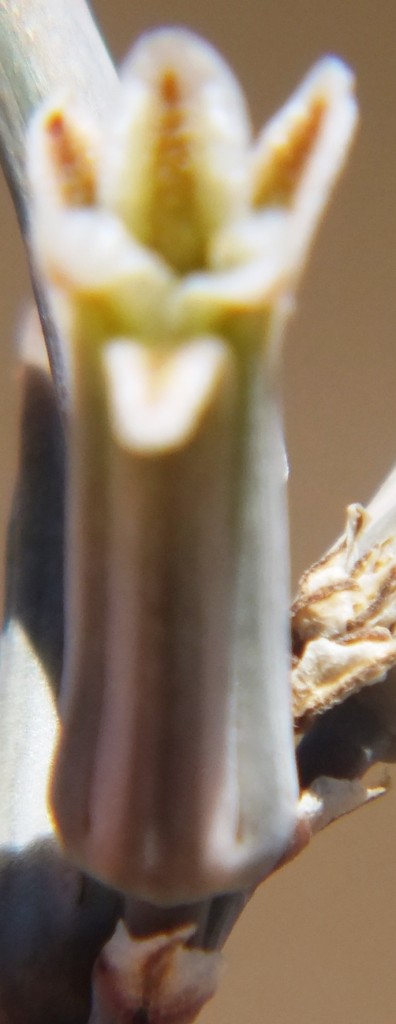
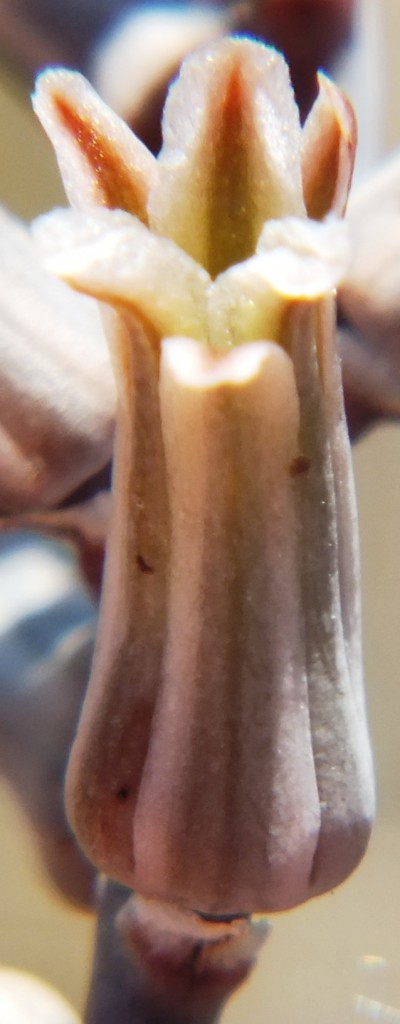

D. Haworthia retusa (turgida).
Accession 2420. This is the cliff-dwelling form of H. retusa and it is only known from the steep riverine cliffs on the northwest boundary of the Park. Expected to be in flower in September.
The significance of the population is the similarity of some clones to H. reticulata that is only known eastwards along the Breede River until Drew from Worcester. It also tends to be a clump-forming species favouring steepish rocky slopes as opposed to its geographic sister species H. herbacea that tends to be more solitary and occupying a wider range of habitat.
11. MBB2420 Haworthia retusa ‘turgida’
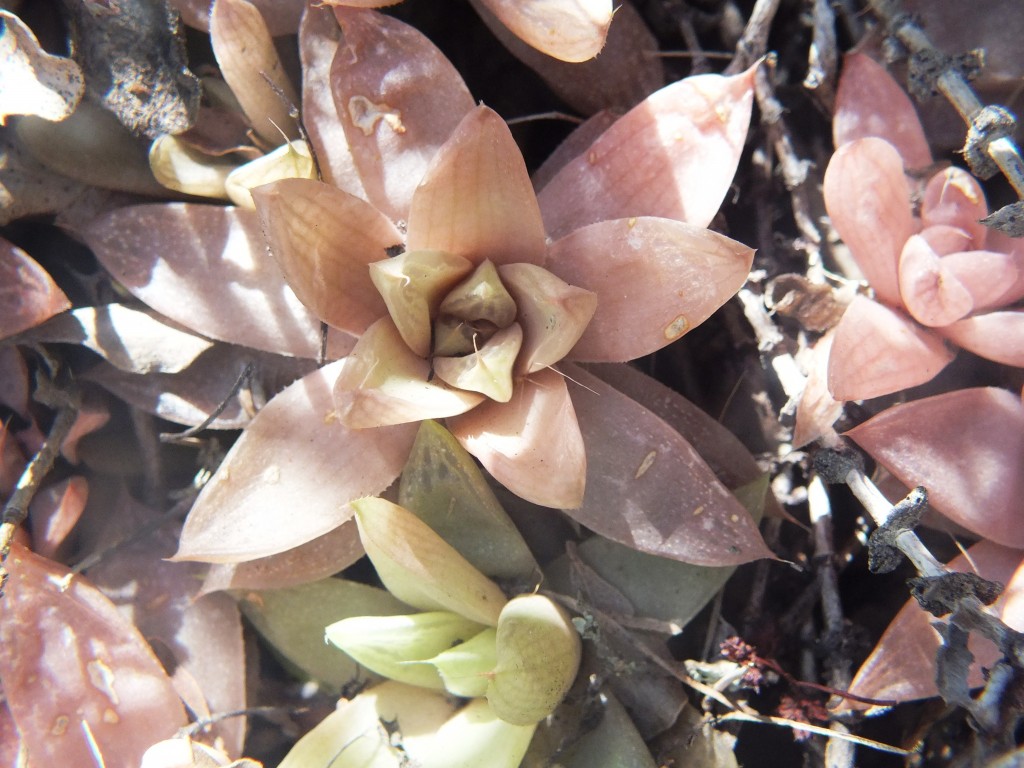
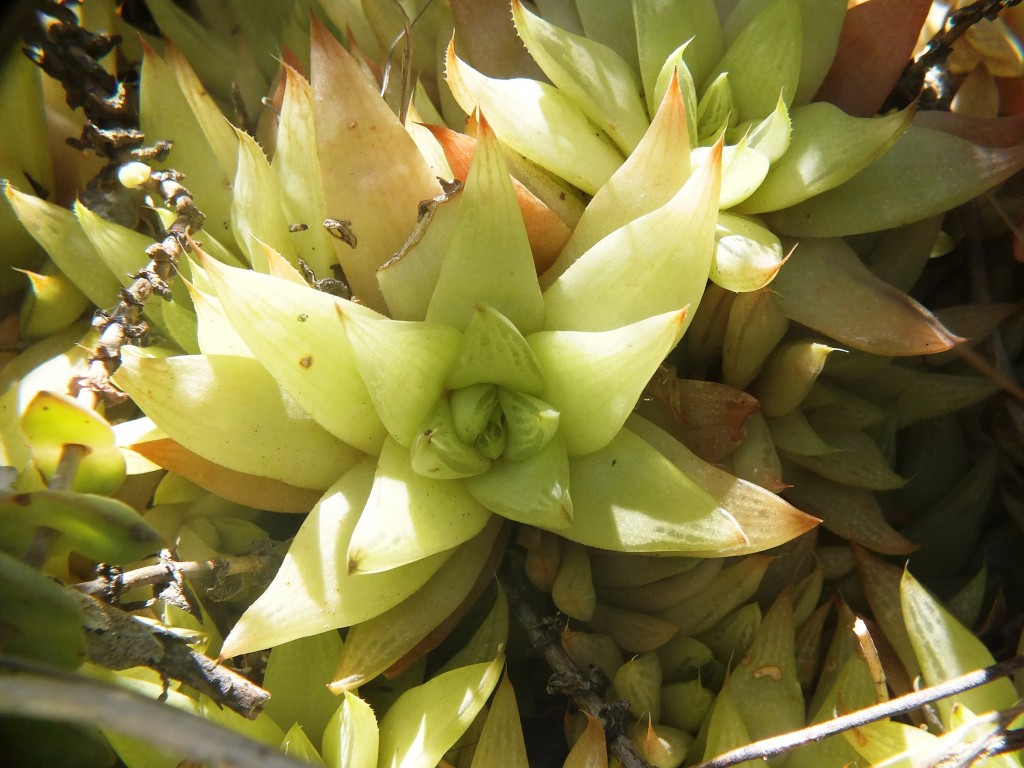
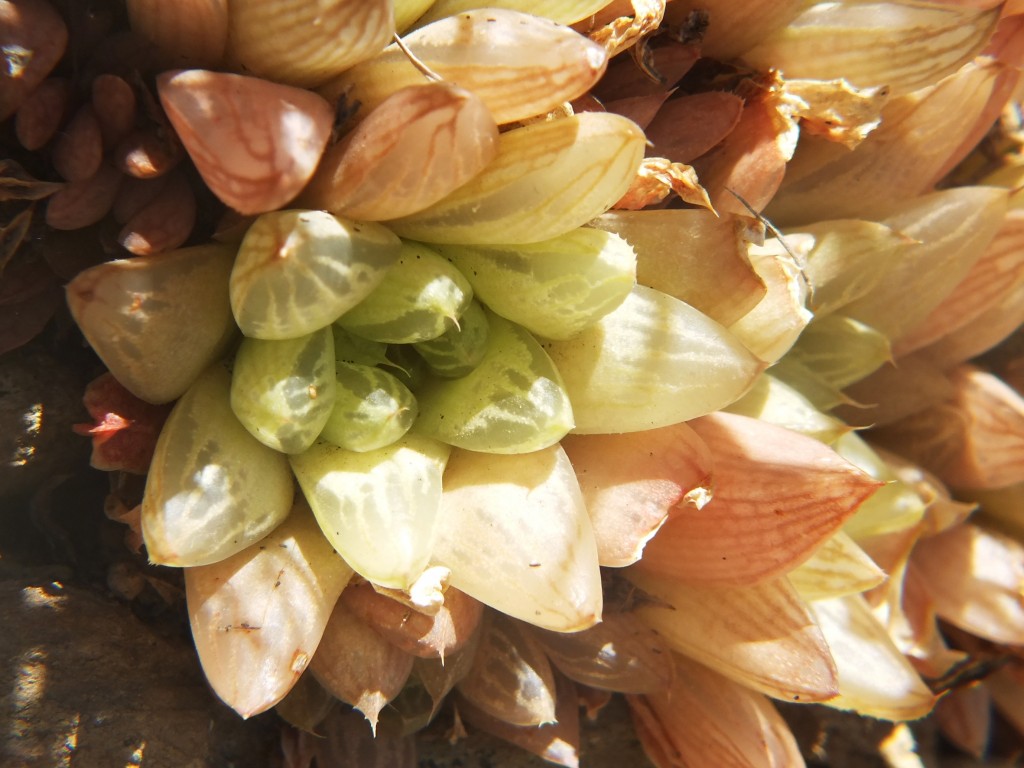
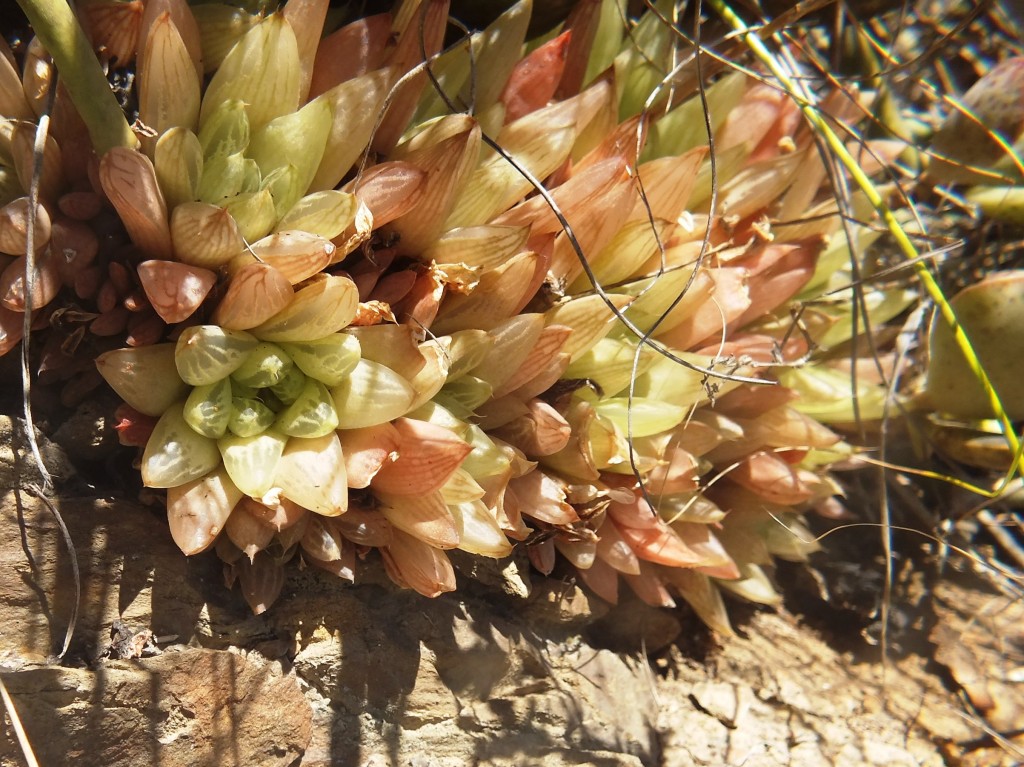
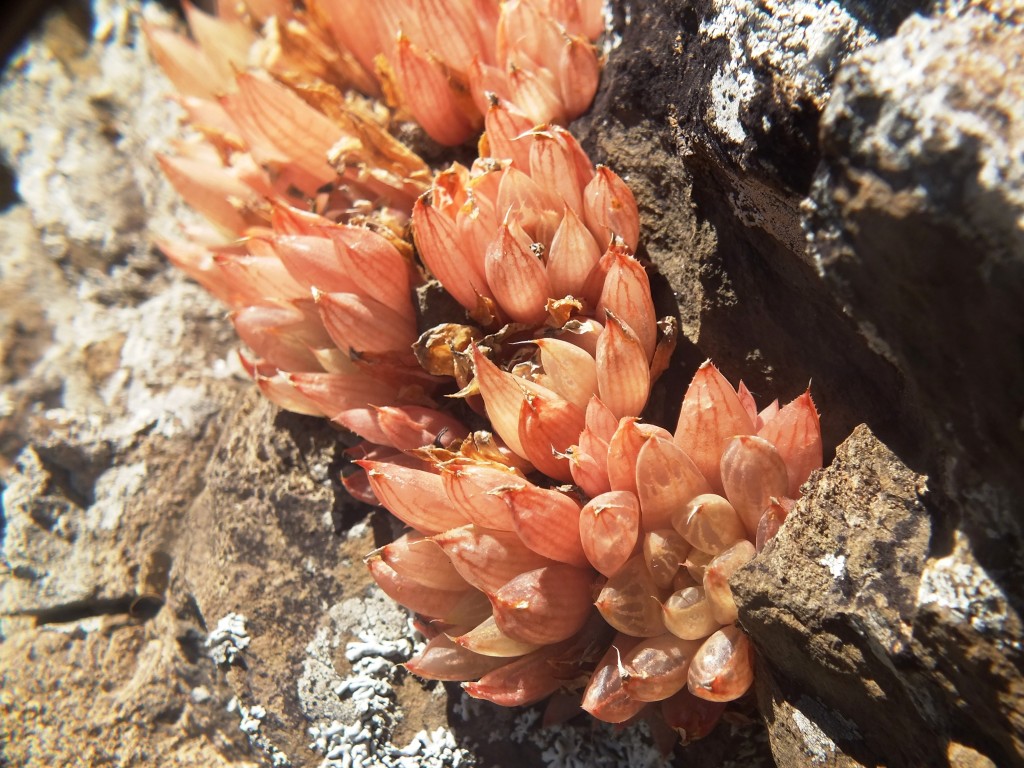
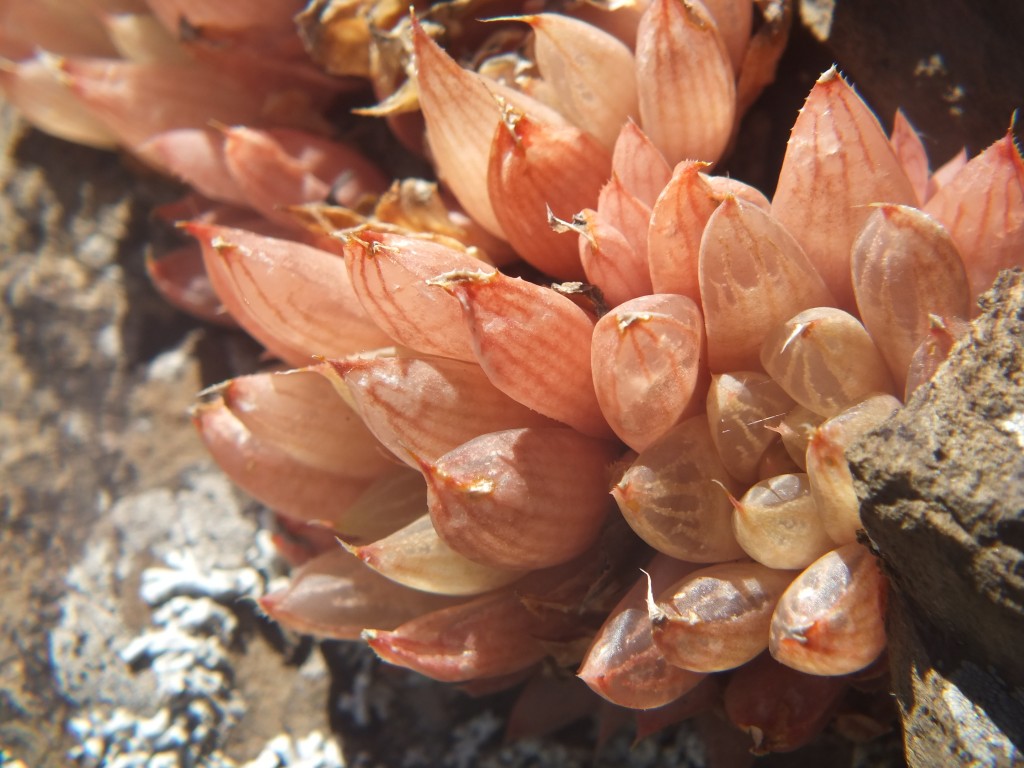
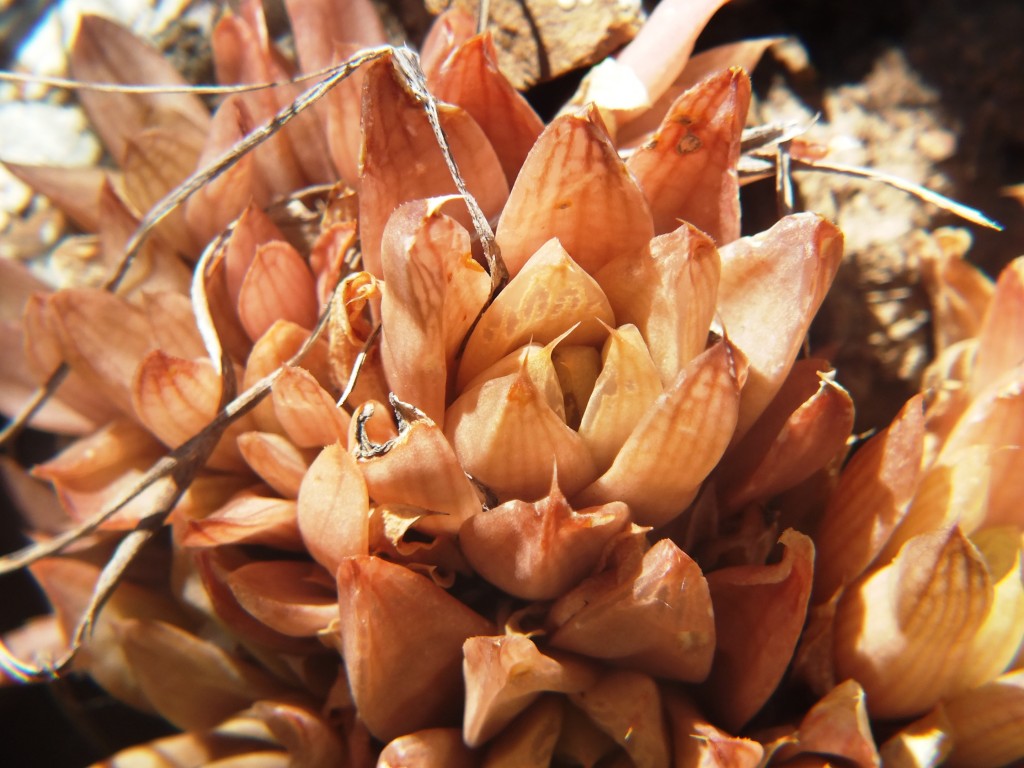
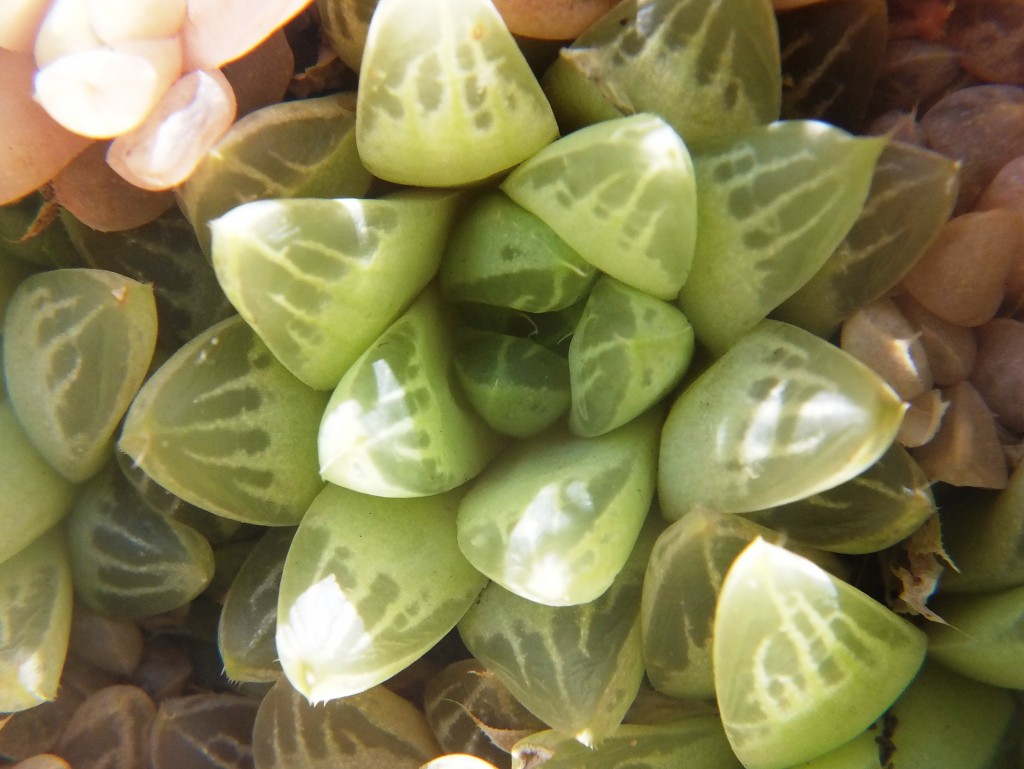
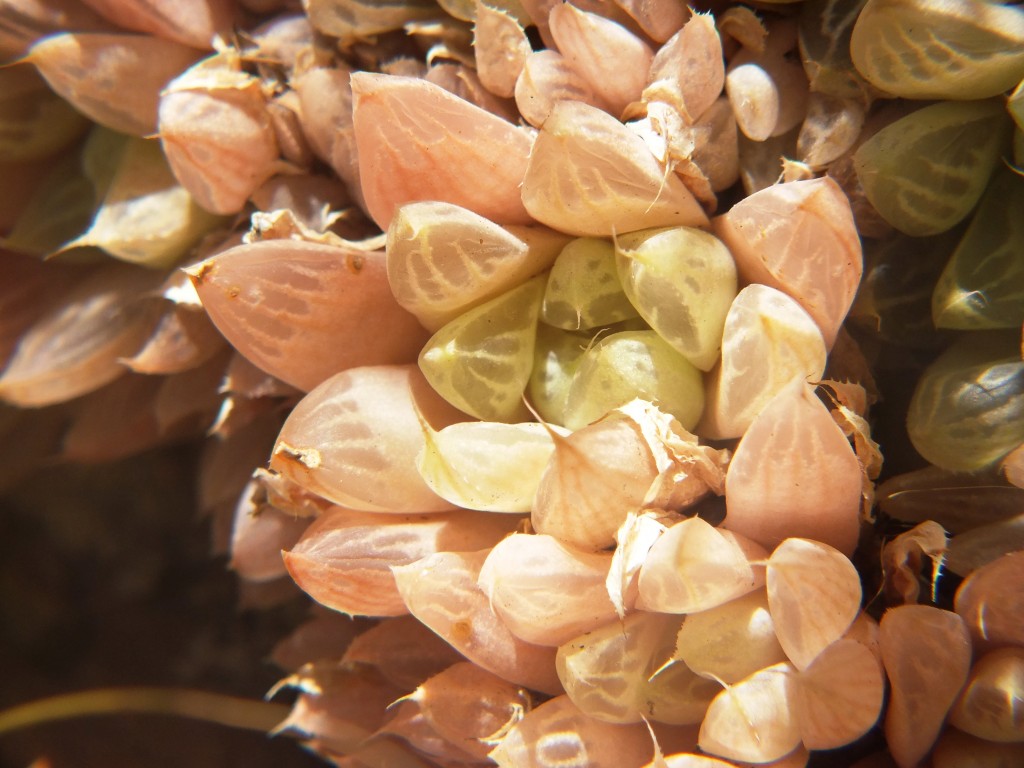
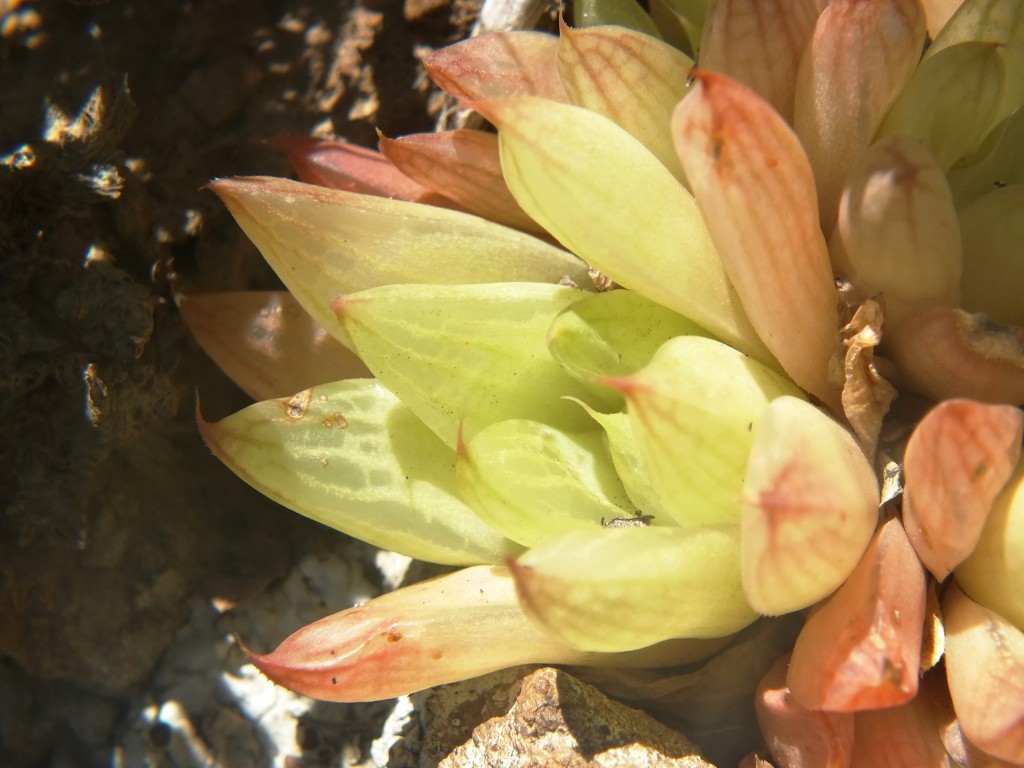
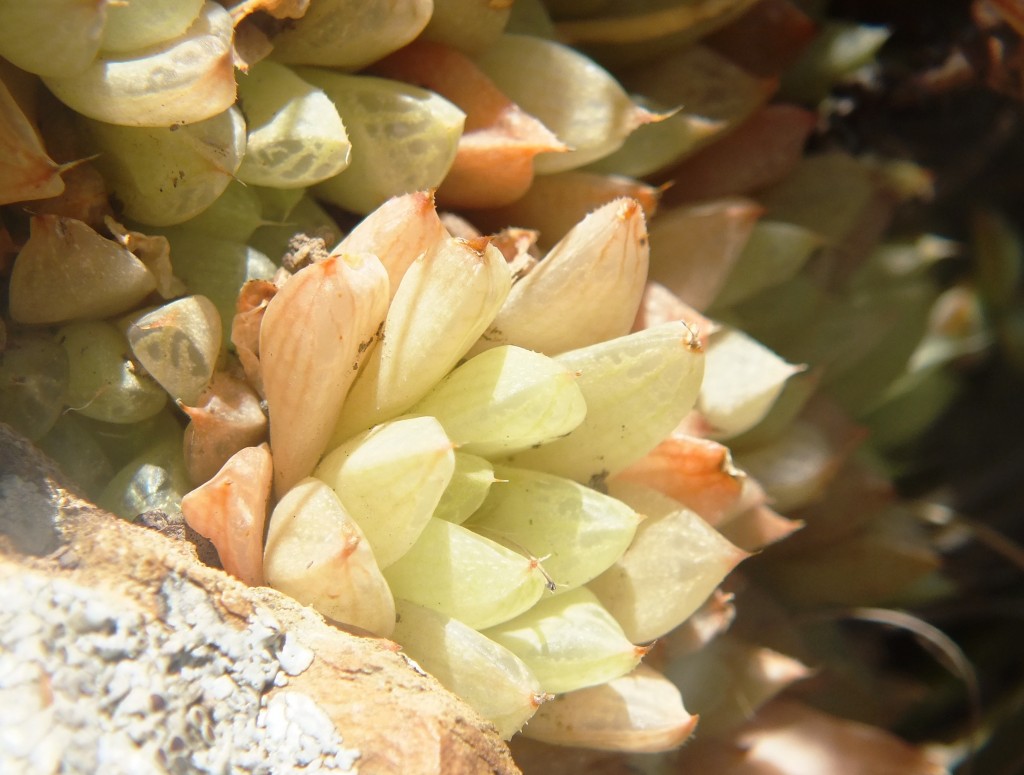
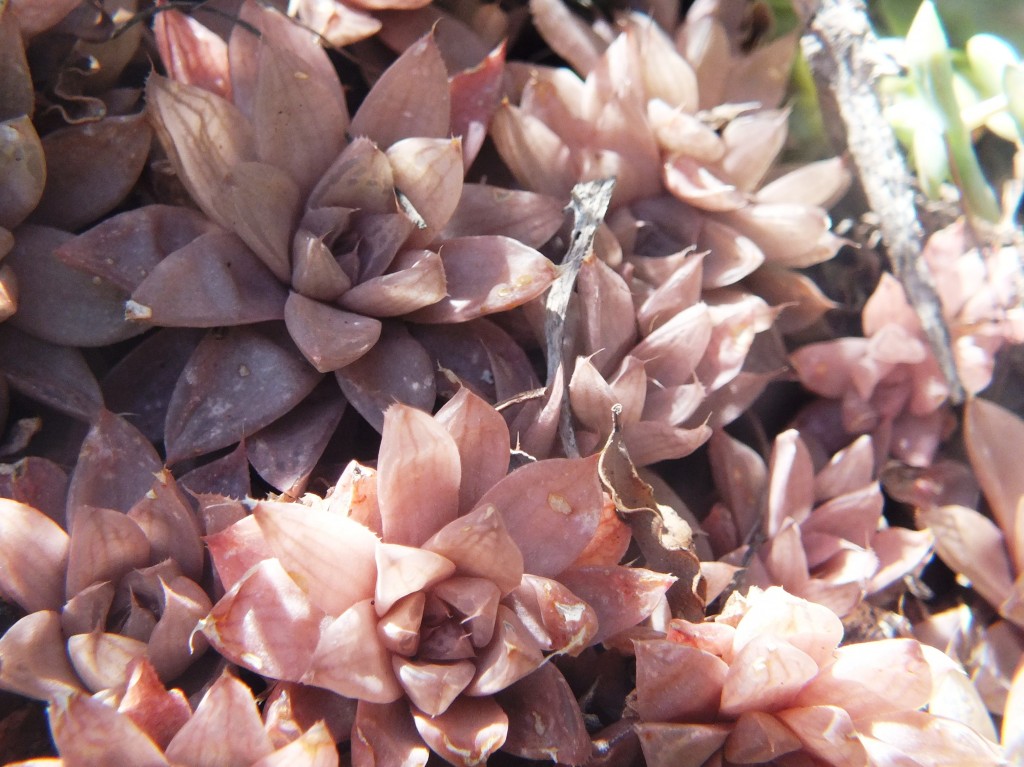
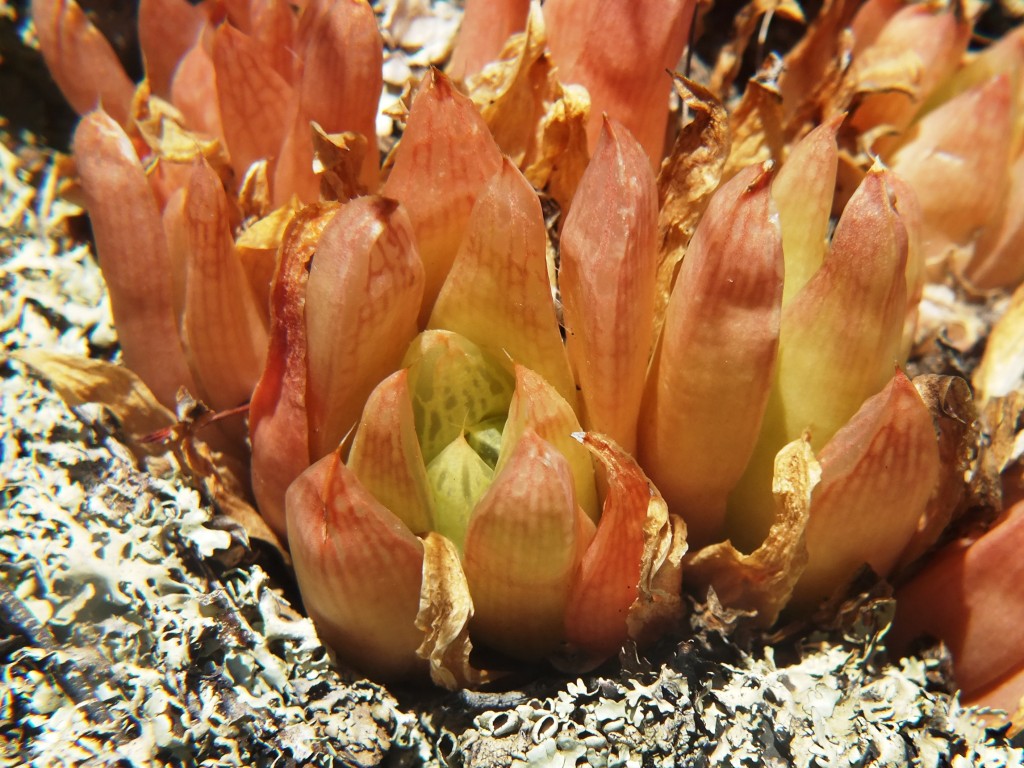
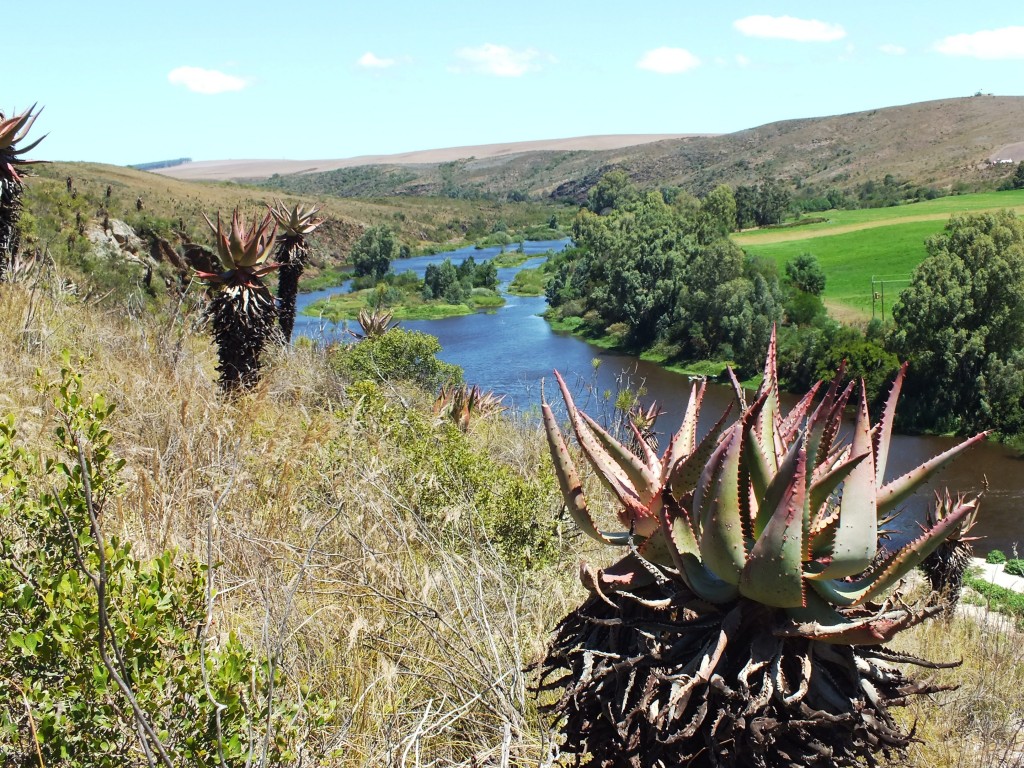
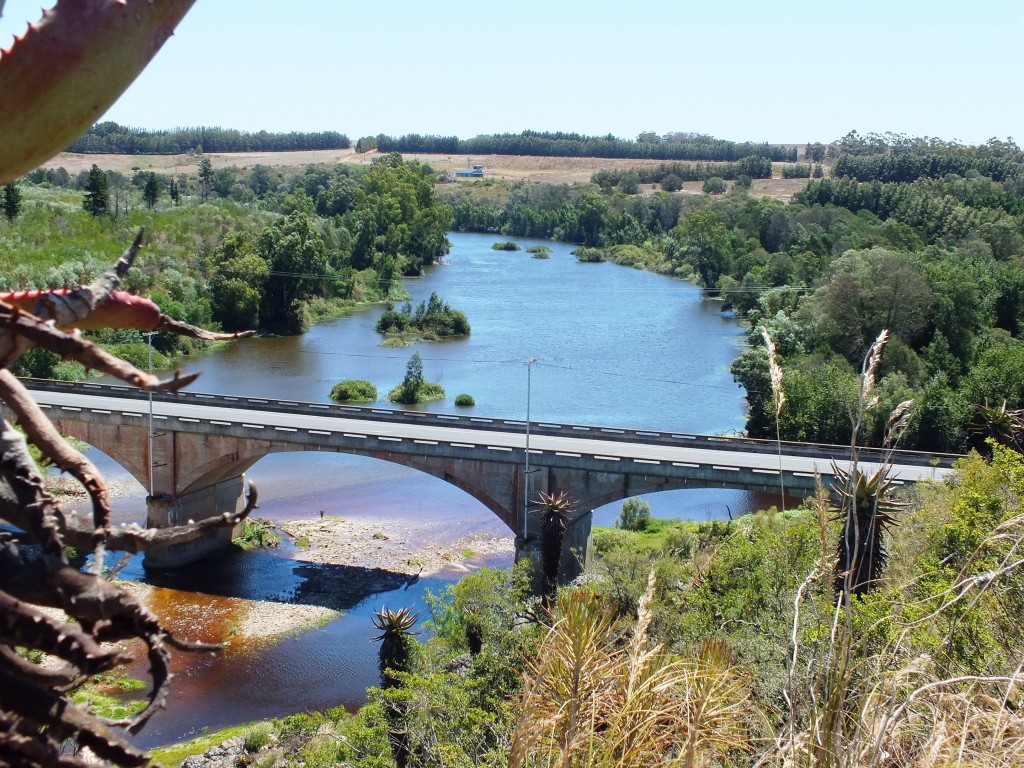
References:
DRIVER, A., MAZE, K., ROUGET, M., LOMBARD, A. T., NEL, J., TURPIE, J. K., COWLING, R. M., DESMET, P., GOODMAN, P., HARRIS, J., JONAS, Z., REYERS, B., SINK, K. & STRAUSS, T. (2005) National Spatial Biodiversity Assessment 2004: priorities for biodiversity conservation in South Africa. . Strelitzia 14. South African National Biodiversity Institute.
GOLDBLATT, P. & MANNING, J. (2000) Cape Plants. A conspectus of the Cape Flora of South Africa, Cape Town, National Botanical Institute of South Africa Missouri Botanical Garden Press.
KRAAIJ, T. (2011) The flora of the Bontebok National Park in regional perspective. South African Journal of Botany, 19.
REBELO, A. G., BOUCHER, C., HELME, N., MUCINA, L. & RUTHERFORD, M. C. (2006) Fynbos Biome. IN MUCINA, L. & RUTHERFORD, M. C. (Eds.) The Vegetation of South Africa, Lesotho and Swaziland. Sterlitzia 19. Pretoria, South African National Biodiversity Institute.
THAMM, A. G. & JOHNSON, M. R. (2006) The Cape Supergroup. IN JOHNSON, M. R., ANHAEUSSER, C. R. & THOMAS, J. R. (Eds.) The Geology of South Africa. Johannesburg, The Geological Society of South Africa.
Bontebok Park Haworthia floribunda and SW Klipport Haworthia mirabilis
I was at Bontebok Park south of Swellendam this week specifically to get another look at Haworthia floribunda there and why it is so different. On the way I did some exploring at Stormsvlei about 25km west of Swellendam where I know H. mutica Klipport in a shale environment, and a very odd H. mirabilis growing on a small patch of manganic conglomerate. But going south onto the northern slopes of the Bromberg we found three populations of H. mirabilis in sandstone that are again “different” in the sense that “H. groenewaldii” could be different from H. mutica. This is just a local geological phenomenon and fully sequential with H. mirabilis to all compass directions. If you extrapolate this to Swellendam you have to conclude that the Swellendam mix of H. floribunda, H. marginata, H. minima, H. floribunda, H. mutica and H. retusa is the way it is because of the unusual geology of the area. The Bontebok Park is a relatively massive area of tertiary gravel of mostly river origin and derived from Table Mountain Sandstone. Tertiary gravels east and south are derived from silcrete and ferricrete. I do not know the detail of the mineralogy but it most definitely forms the basis of the soils, vegetation and habitat across the Southern Cape. I specifically looked at H. marginata in the park and see that it was in seed i.e. September flowering with massive capsules and seed. Now if Marx can persuade someone that this is a different species, I accept that I am a monkey’s uncle and that the differences in H. marginata elsewhere e.g. Drew, Bredasdorp and Heidelberg or Riversdale, mean there are several similar species. Oh, I forget – that means H. floribunda would also be several species, and so is H. minima. But then H. mutica is of course several species and H. retusa several dozen. H. mirabilis several hundred.
This is 8017 from the Bontebok Park Swellendam. In some circles I am expected to get excited and see this as something new. In the context of the Haworthia in the wider area, this is a variant of H. floribunda. In my flower report it is evident that there is not much difference between the flowers or flowering time of this species and H. mirabilis. It hybridizes with H. retusa, H. retusa (turgida), and H. pygmaea despite differences in flowering time, and also with H. mirabilis. There are populations that I think are an older product of such hybridization (or failure to have ever separated).
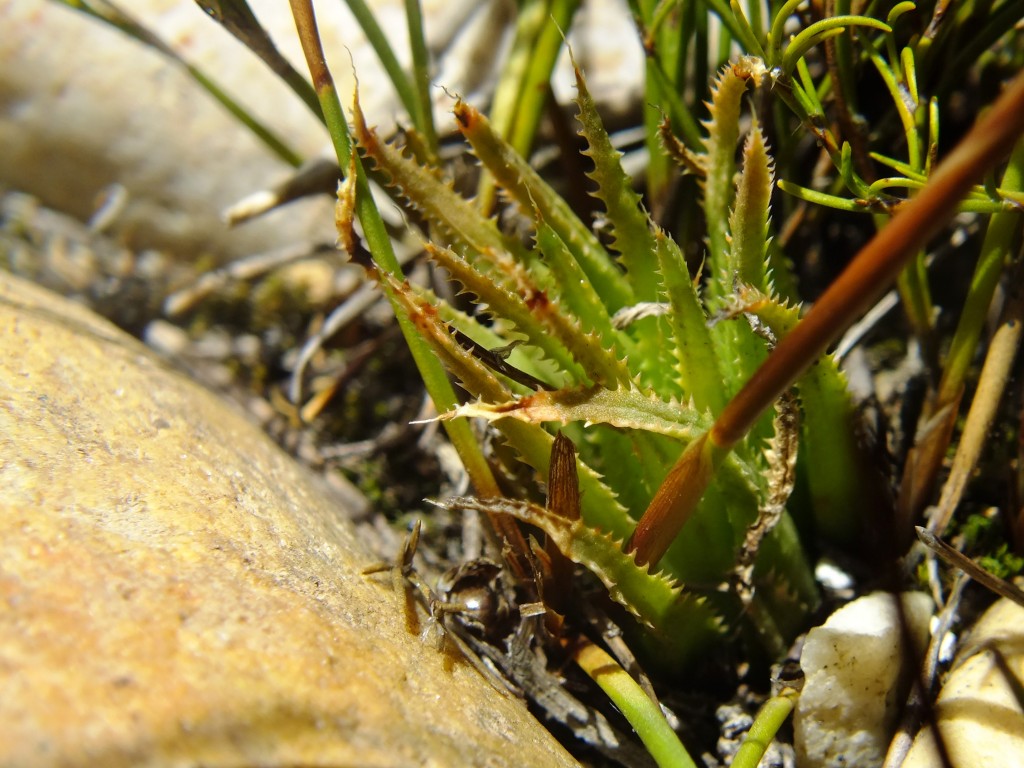
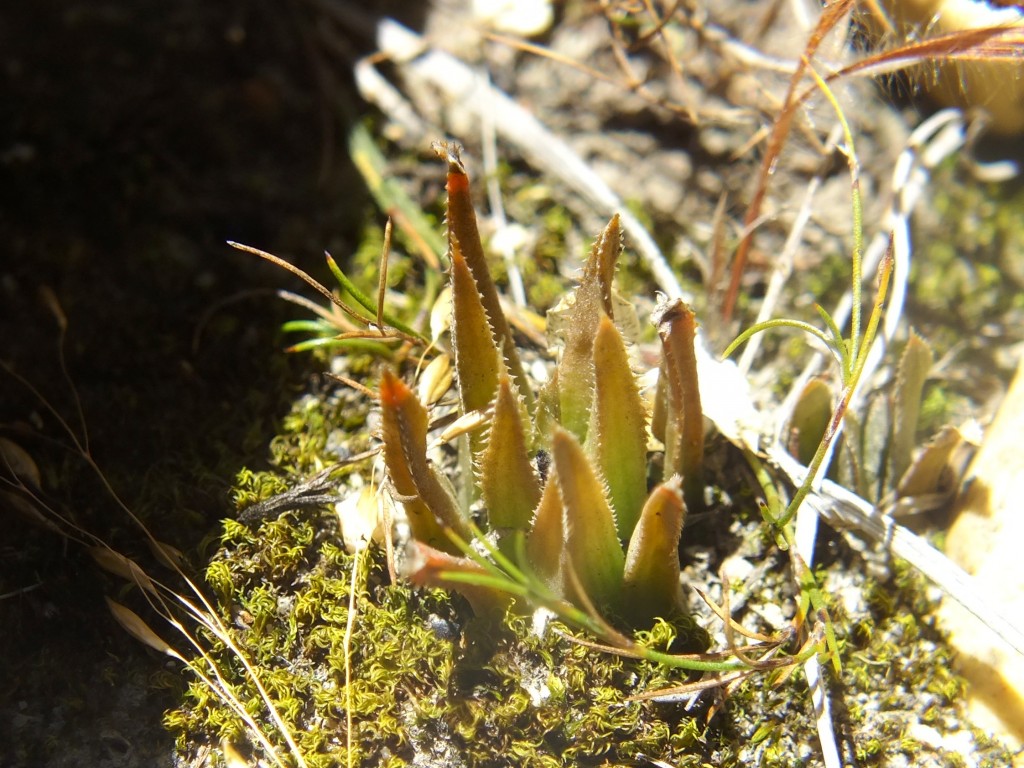
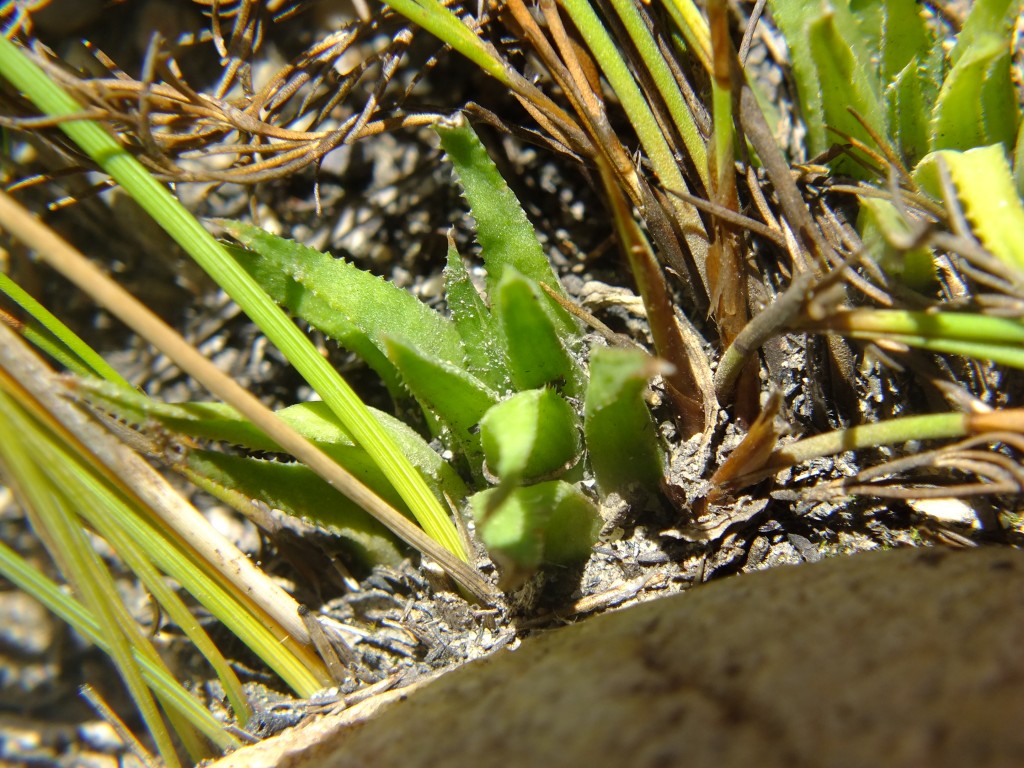
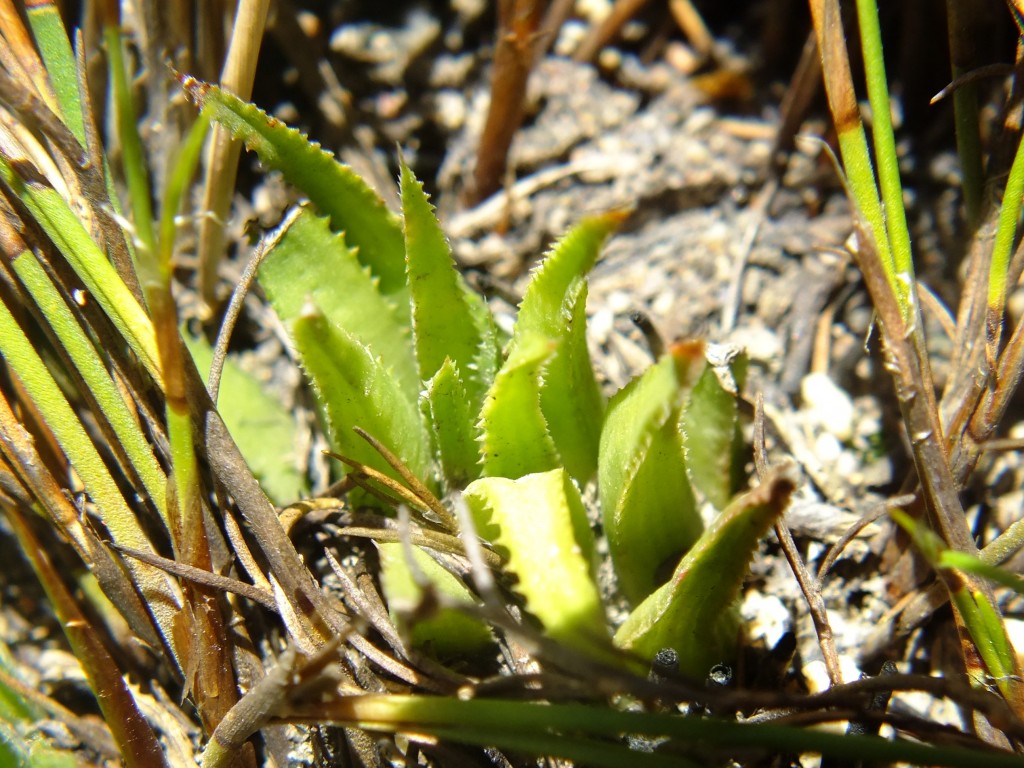
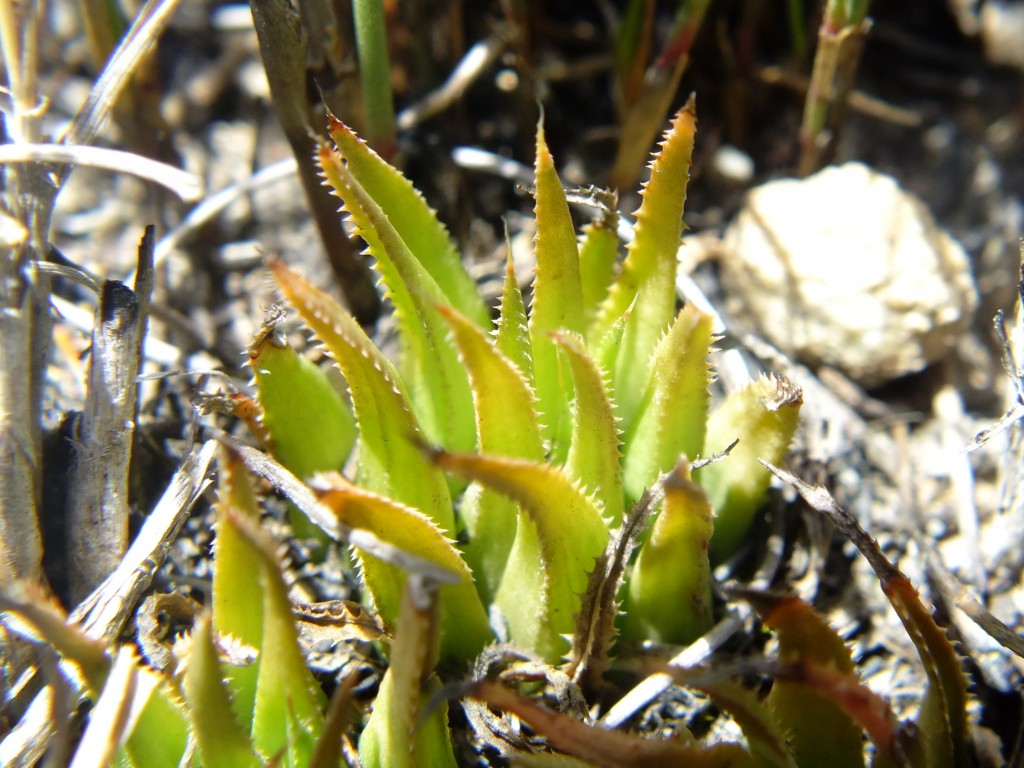
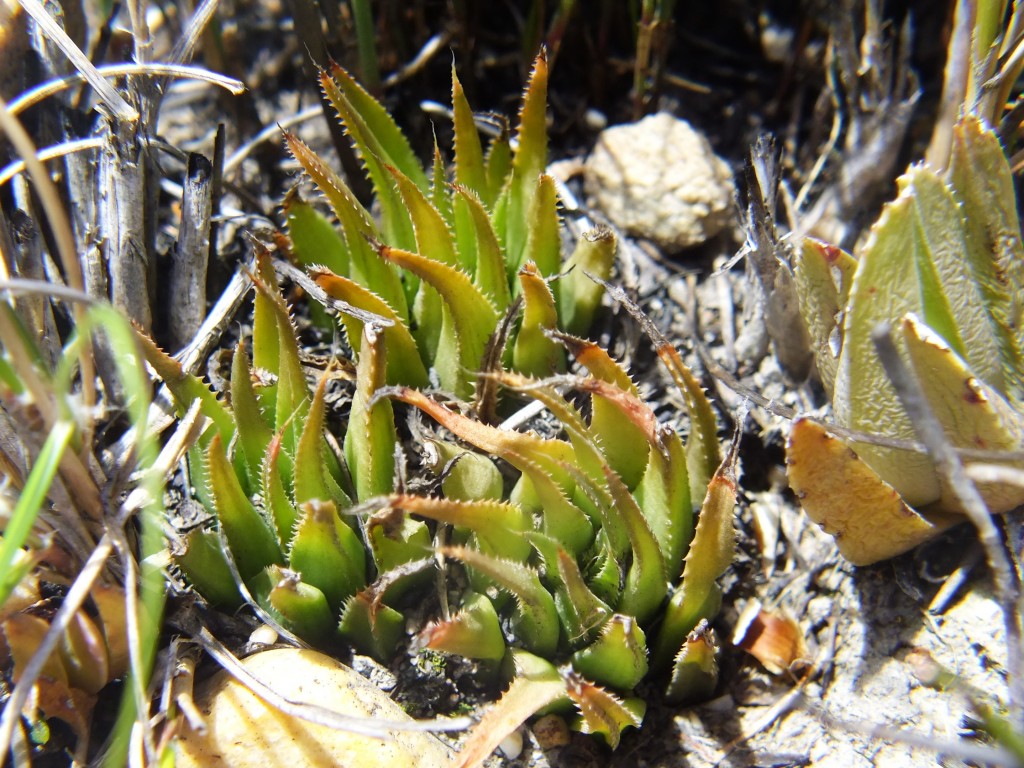
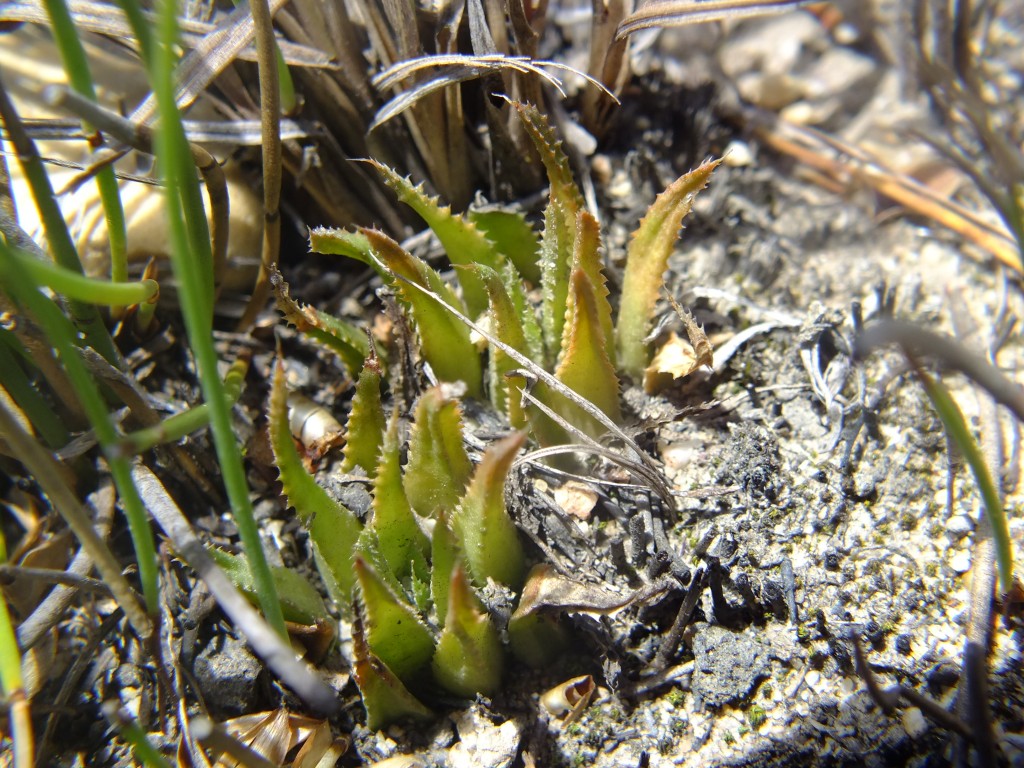
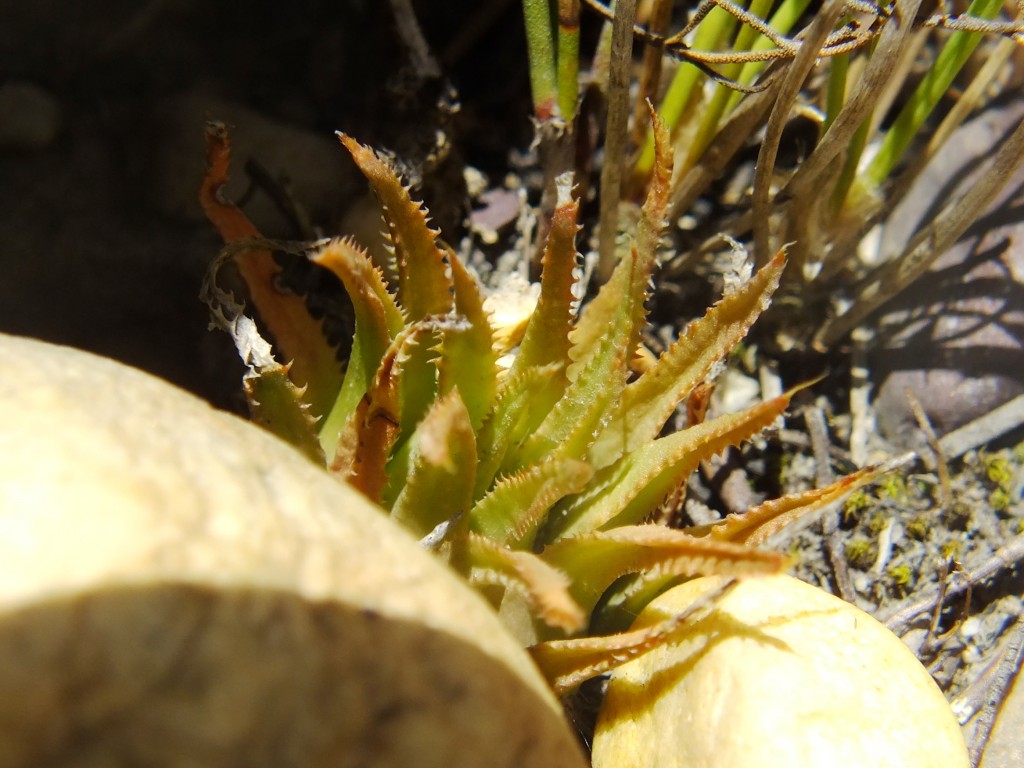
Typical – an over-used comment. A white small glass ball is found and named “Marble alba”. Then a red one is found and named “Marble rosea”. Then several other colours turn up and “rosea” is lumped under “Marble alba” as a variety. Automatically all the others become “Marble alba var. alba” if they are not specifically named or not put under “rosea”. If “rosea” had started as “Marble alba var. rosea”, there would automatically have been a “var. alba”. All other glass marbles known and unknown would have been “var. alba” even if no another white marble ever turned up. A type just establishes a name and the best way to determine how that name is used by an author is by ALL the illustrations and pictures he/she notes. A type that establishes a name may be an oddity or a single variant that does not easily establish a use. The advice handed to me by a group of taxonomists in 1972 was that it would be best to scrap all the old Haworthia names and start again from scratch. The group was led by Prof. Schelpe, one of the few professors who as a taxonomist headed the department. He had explained this view in a published article in respect of Gasteria and why he rejected the idea of personally revising the genus. He had no solution for types and names that could not be directly linked to a set of herbarium specimens or similar evidence. Now substitute H. mirabilis for marbles alba and where the contrast of white and red is absent.
————————
Just what is the type form of H. mirabilis and what constitutes H. magnifica? That is the subject of my question about the way in which the typical variety is recognised. There are 4 populations of H. mirabilis in the Park and many to west, east and south. Imagining that there is also a “maraisii” is just crackpot even more so to say “magnifica”. There is quite definitely one system that you can see from many populations and that system inter-twines with two others also on the basis of many populations. At this stage of the available information on these populations there are a lot less species – see also the article Haworthia flowers – some comments as a character source published in Haworthia Updates Vol. 8 by Alsterworthia International. I also started off thinking that there was an H. maraisii and an H. magnifica but changed my mind quite early. In the last ten years I have come to see that both they and H. heidelbergensis are nothing but parts of one system viz H. mirabilis. Ask the authors who think otherwise to present some clear evidence based on good random sampling and statistics. See the Haworthia Updates Vol. 4 article Some variation in Haworthia mirabilis var. sublineata by Loucka and Bayer on the stats of H. mirabilis (sublineata).
—————–
Klipport is a farm a bit off the beaten track on the north side of the Bromberg low range. Bromberg is the eastern end of the Riviersonderend Mountains and is cut off from them by the Riviersonderend River that changes direction to the north to do so and then east again to join the Breede River. Bokkeveld shale is strata-wise above the sandstone of this mountain range and a small amount of shale is present here on the south bank of the river. At Klipport it is a narrow sloping stretch of about 500m long and about 75m wide with white gravel and clays. The vegetation it totally different to the grassy fry Fynbos and renosterveld of the Bromberg and has karoid succulent vegetation with the endemic Gibbaeum esterhuysdeniae and a Brianhuntleya species. The site is also home to a smoothish form of Haworthia pumila, and also to a range of H. mutica variants that might have a name attached by now. Another very interesting species there is Drosanthemum micans. This species has an extraordinary range of variation that parallels that of Haworthia and at Klipport is moving to another face as D. lavisii. It would be very instructive if other Haworthia taxonomists could, or would, take note of this kind of parallel and recognize that there are significant clues to how Haworthia species and their variations are part of a larger pattern.
This small shaly area has a very patchy distribution of the species on it with patches of a restioid and Pteronia. Through some weird quirk a German immigrant ploughed up a vast area of very marginal virginal land and planted gums and pines that after 30 years are still far from harvestable. I doubt if they will ever yield anything. This happened under the eyes of Nature Conservation and the Dept of Agriculture that is supposed to manage land use. The area on the river itself was paradoxically a source of timber in the early Cape days and is now severely infested with exotic gum and wattle. It is this riverine growth that sustains the timber enterprise of the adjoining farm Vaandrigsdrift. Not far away between the shale and the sandstone is a manganese deposit that is now being mined. At the end of this deposit is a tiny set of large conglomerate-like rocks with a variant of H. mirabilis. This species also occurs as an interesting ecotype a short way further east where the shale is less transformed along the sandstone interface. In fact I do not know exactly what it it is that has driven this decay of Bokkeveld shale to kaolinic and bentonitic clays where it has been covered with Tertiary marine deposit at some stage in geological history. Whatever it was, is certainly significant with respect to island-like habitats and “conserved” vegetation remnants.
MBB8028 H. mirabilis SW Klipport
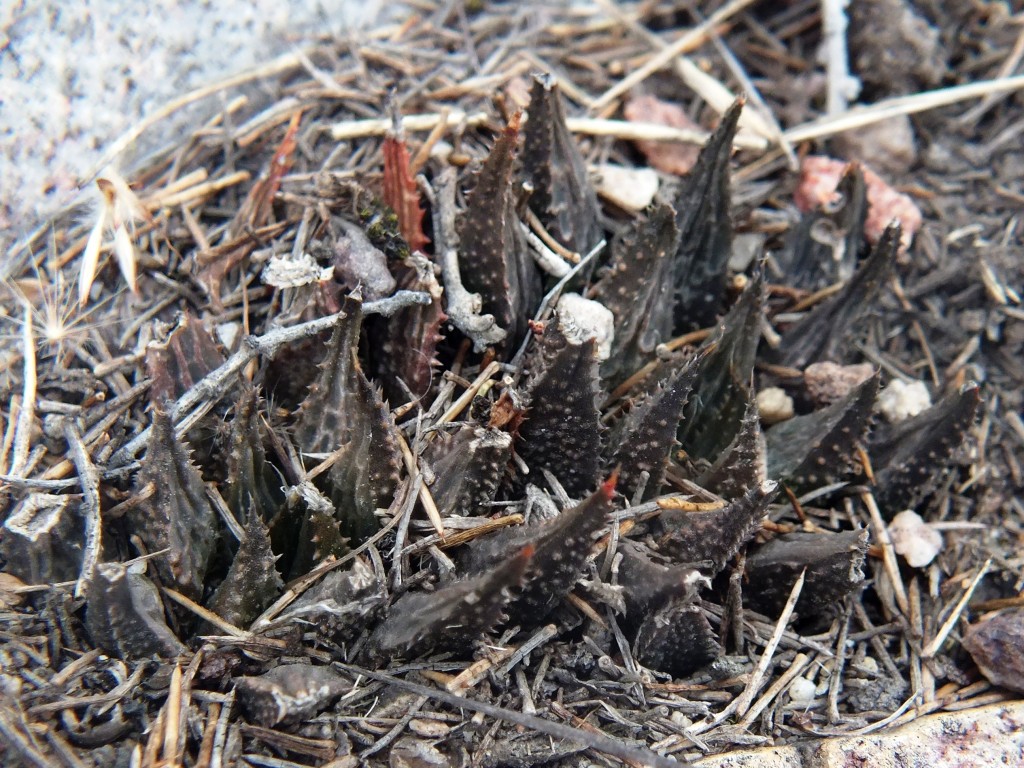
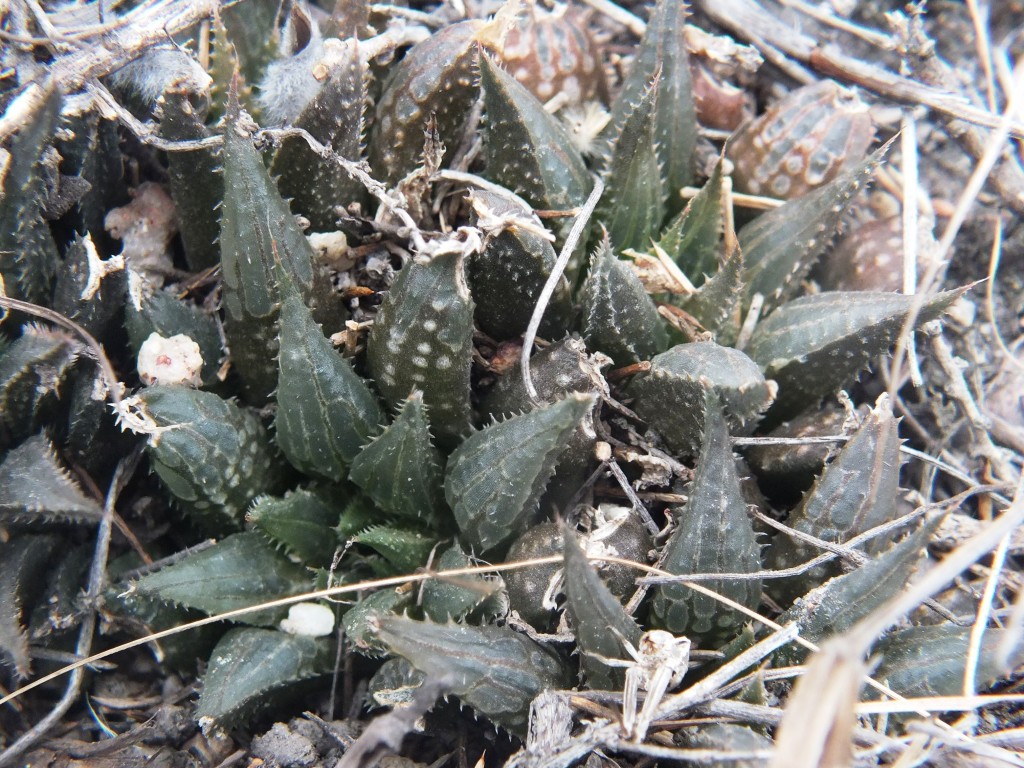
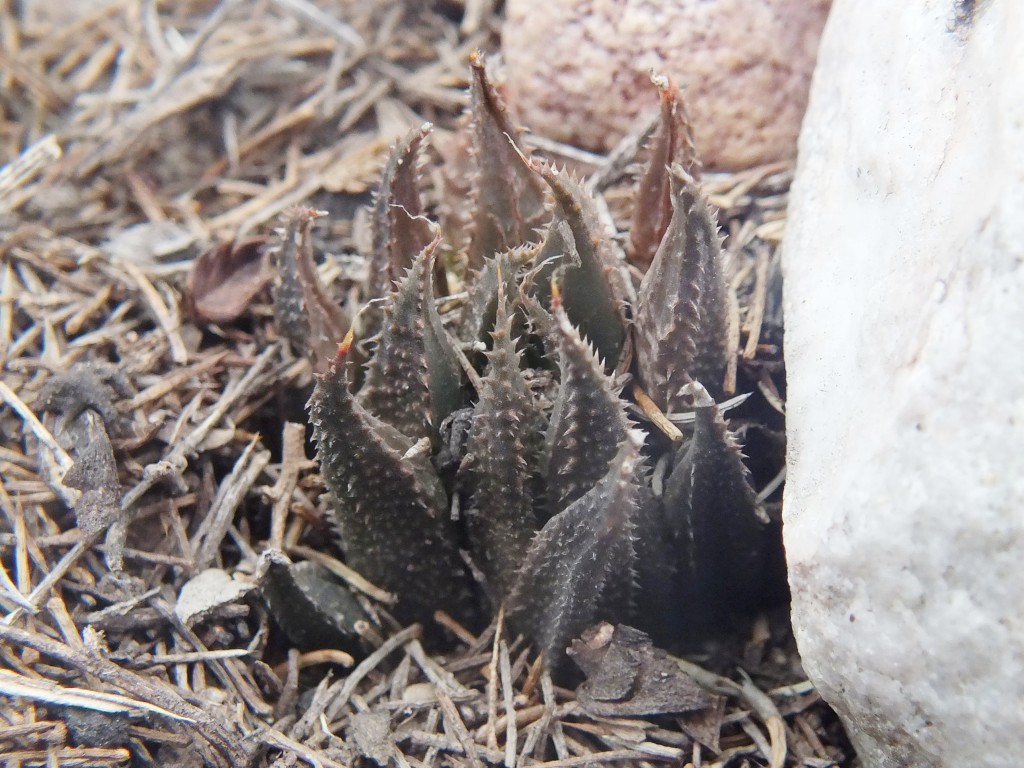
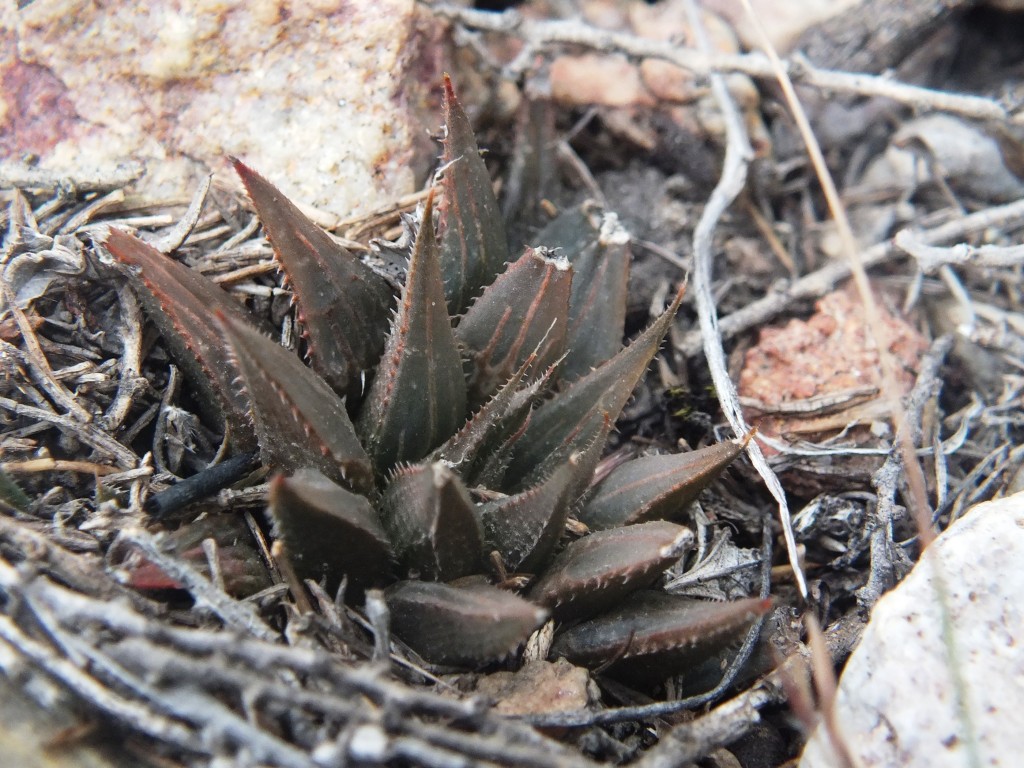
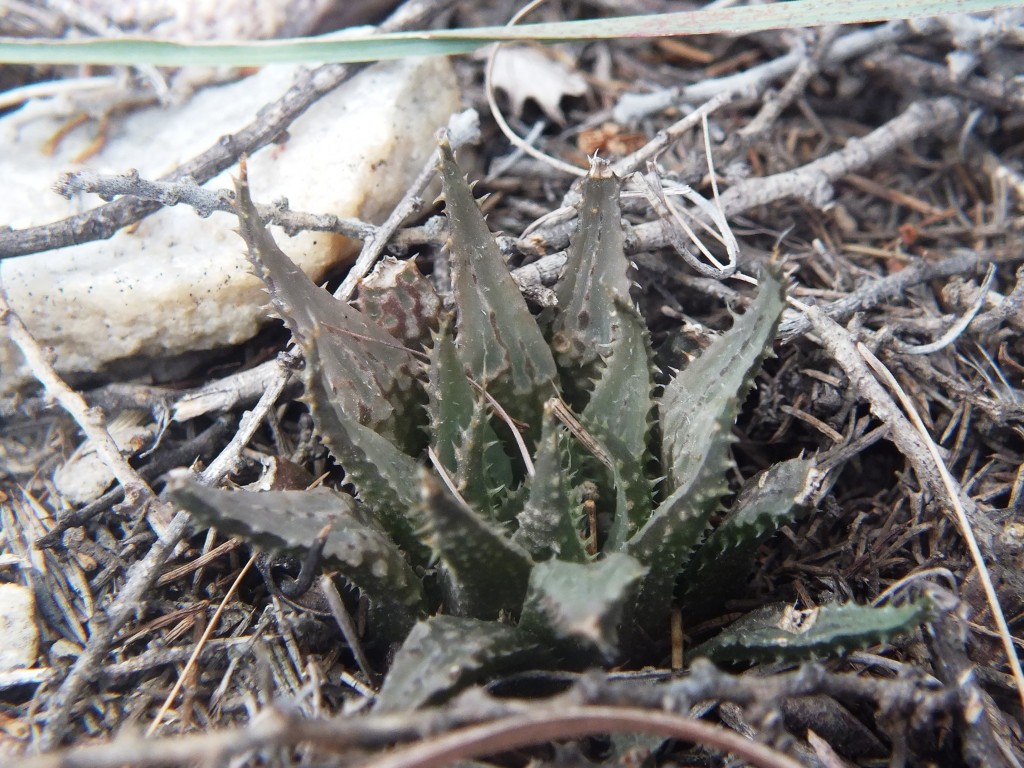
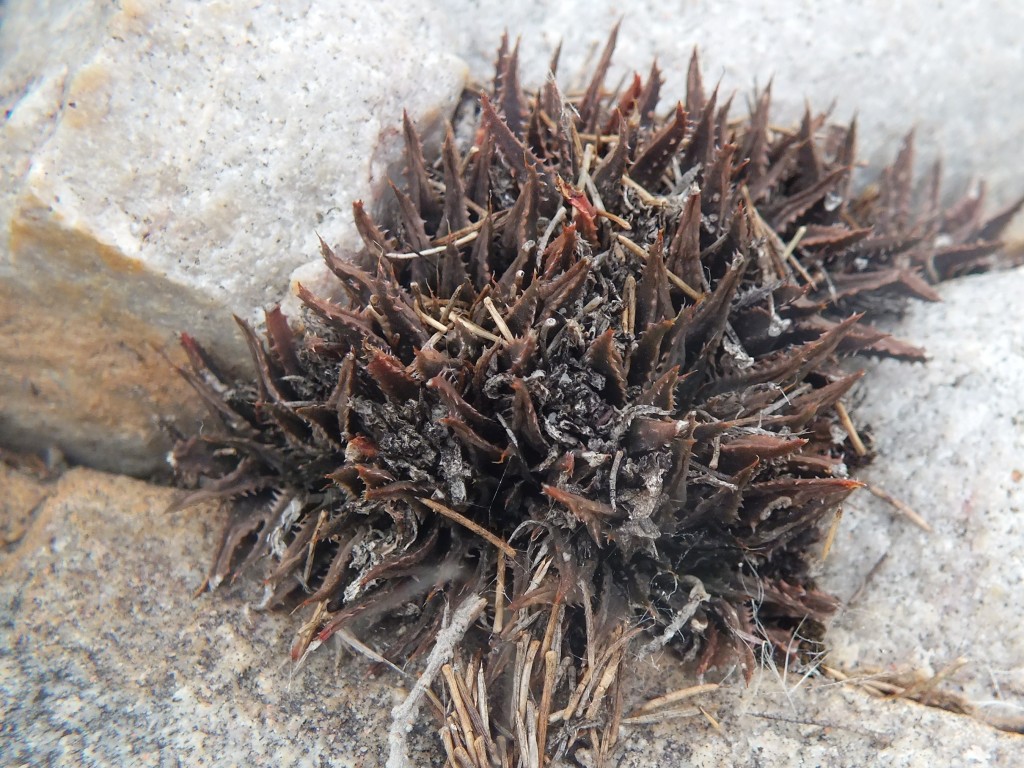
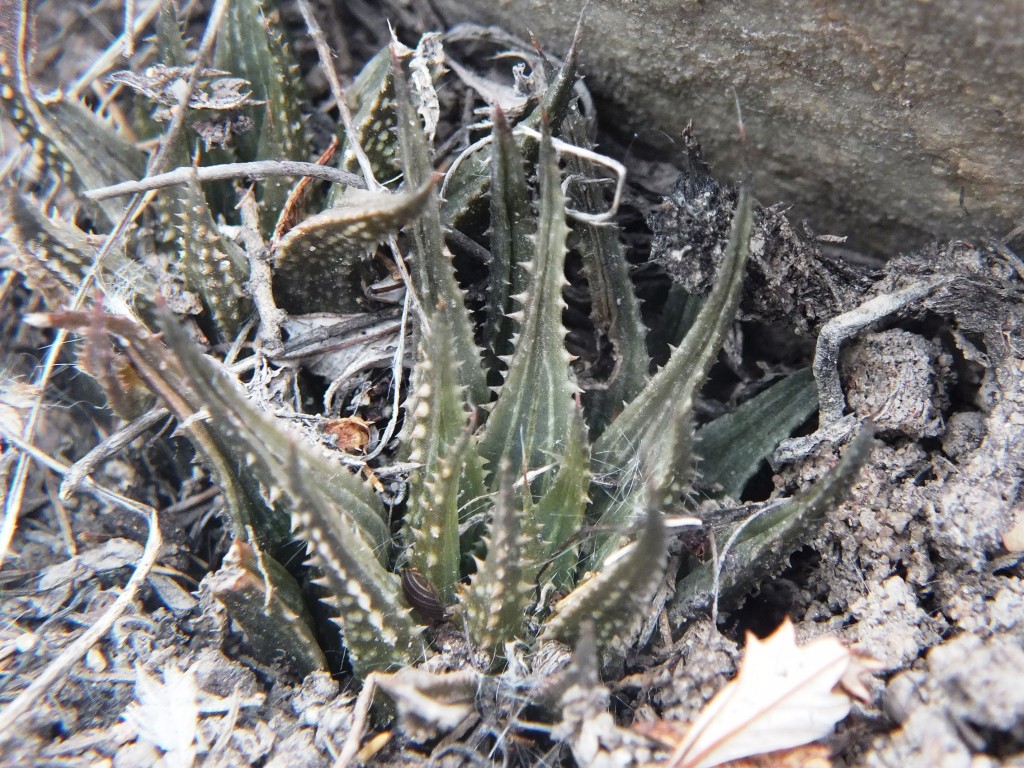
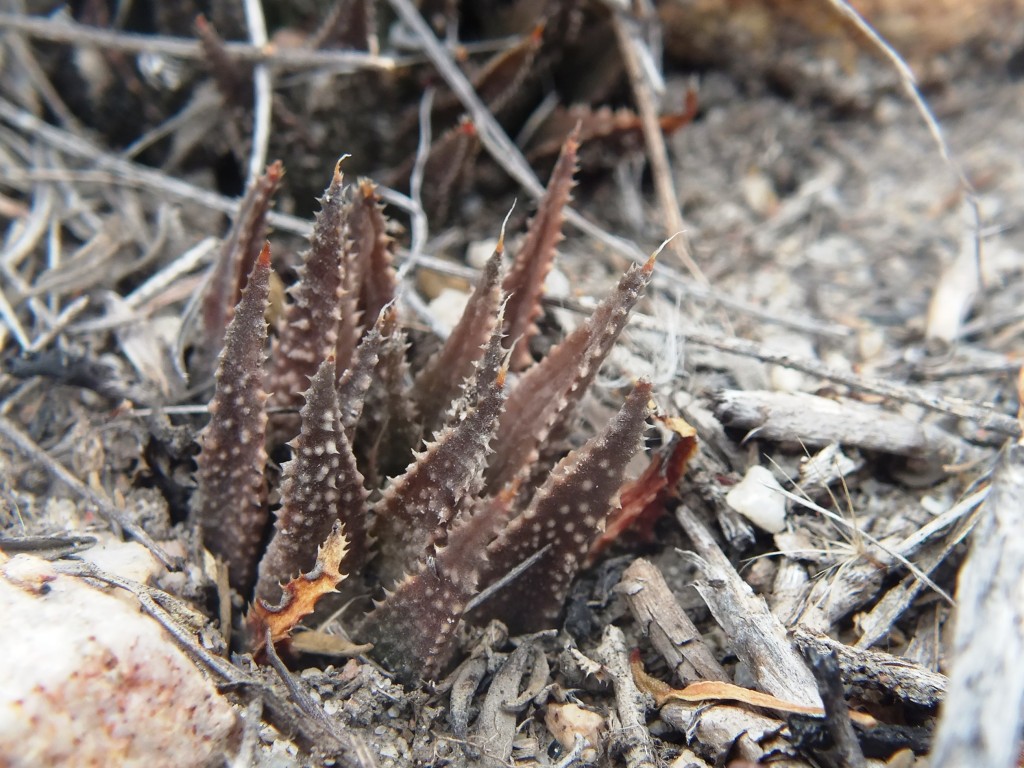
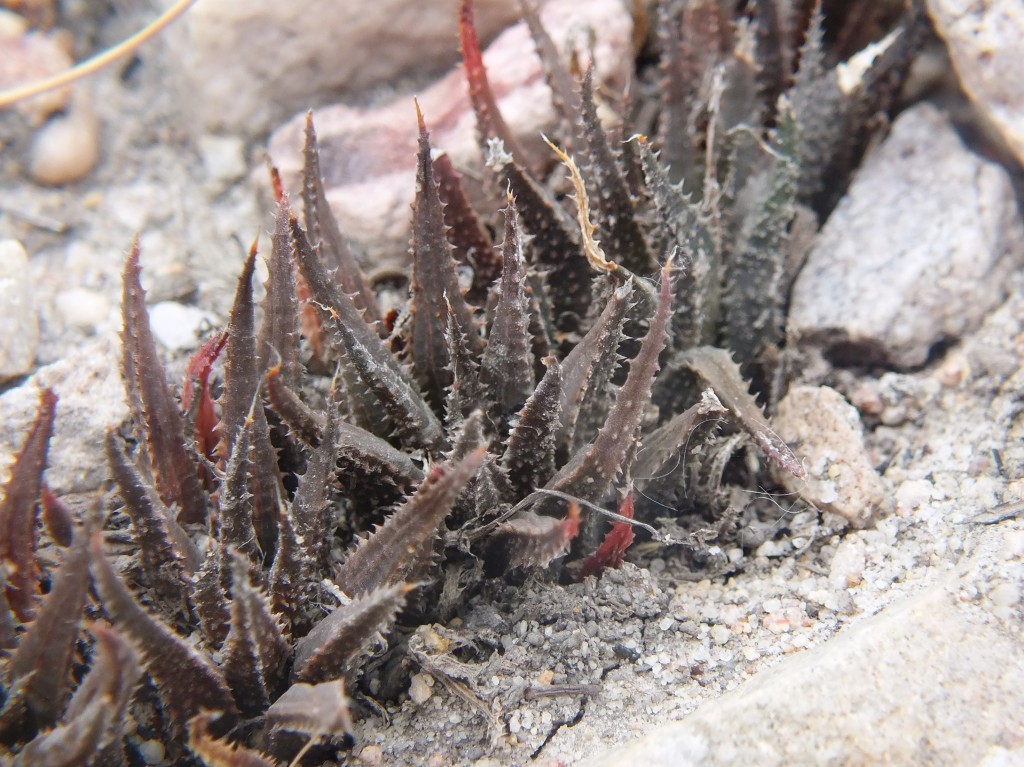
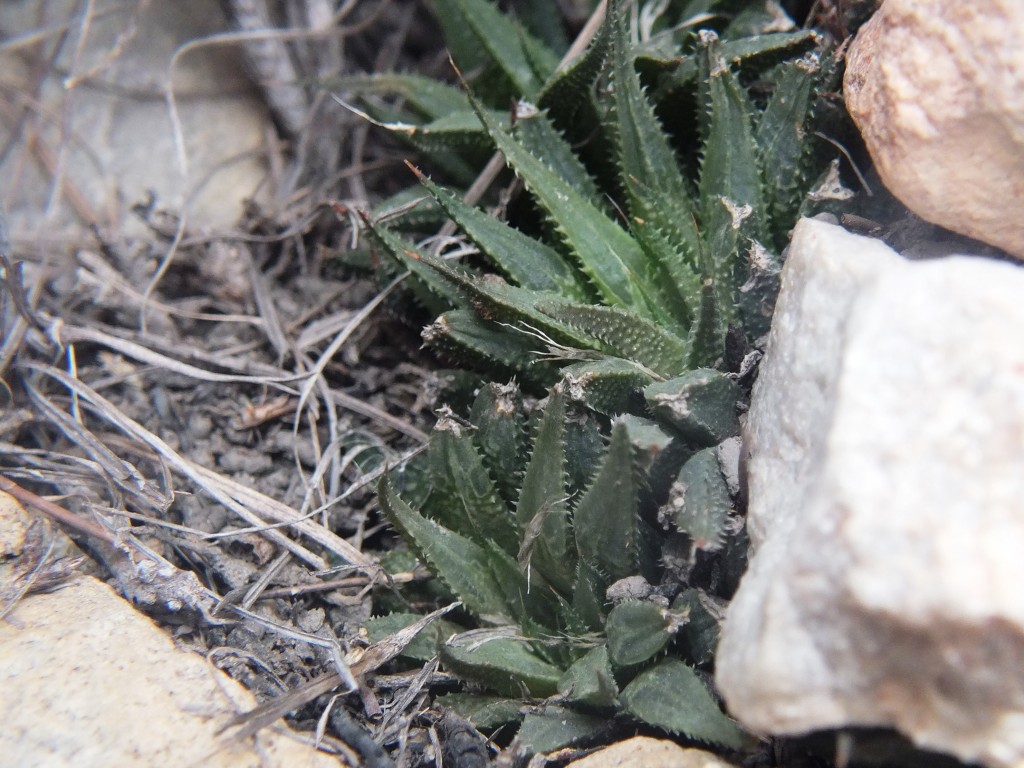
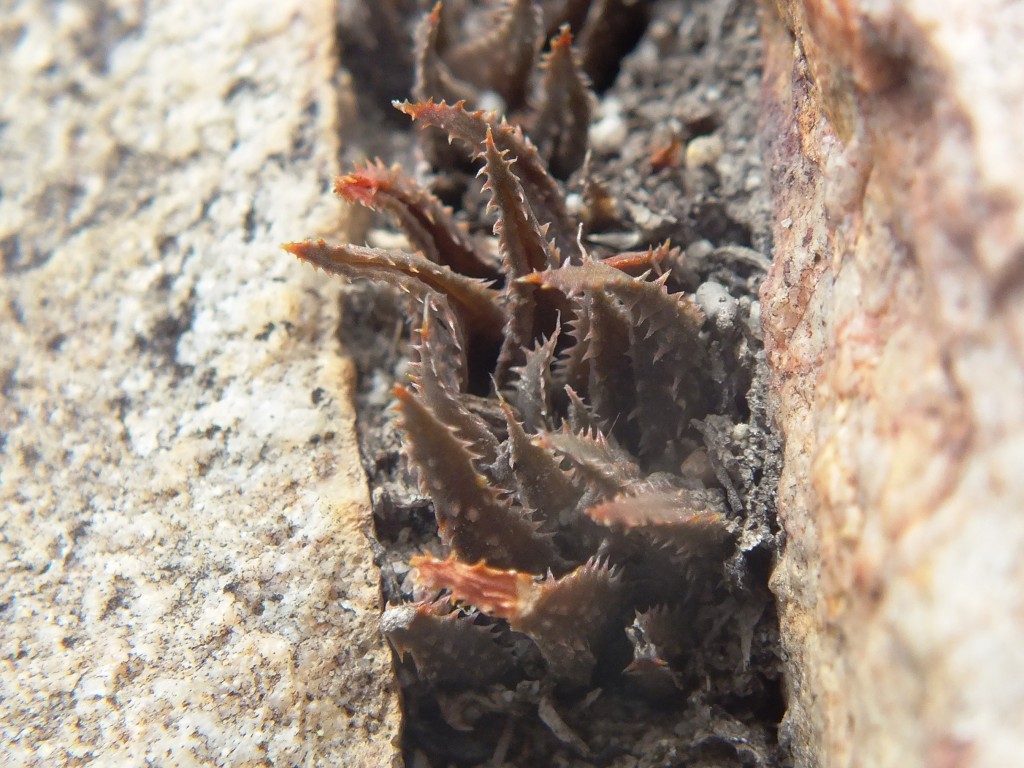
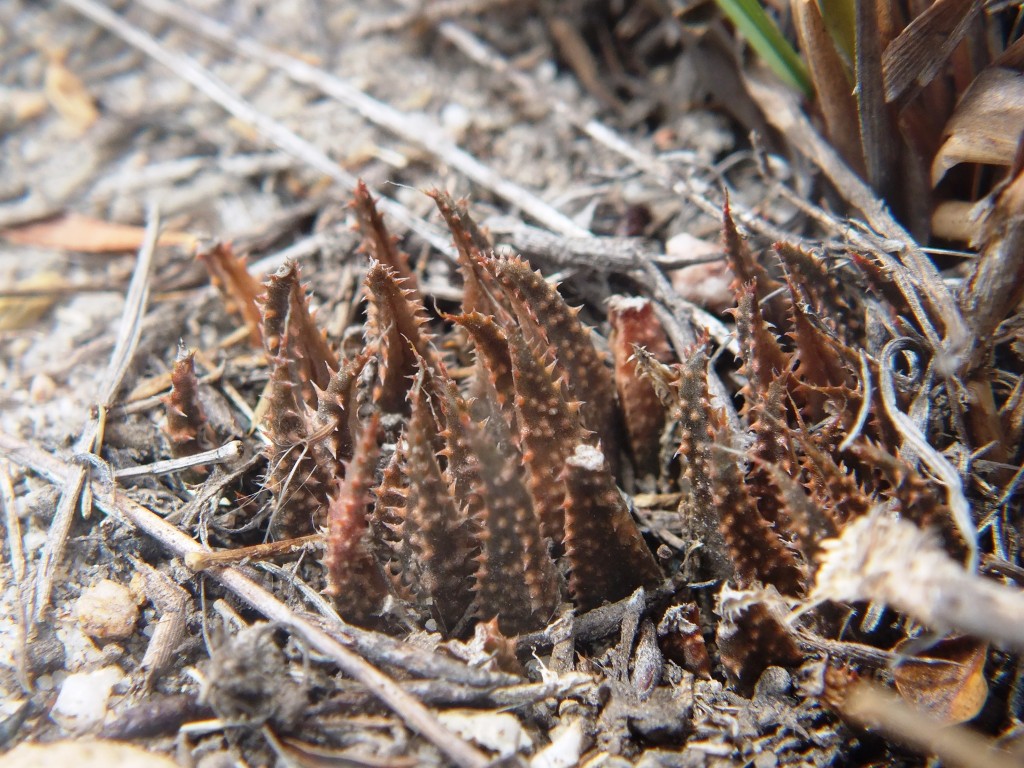
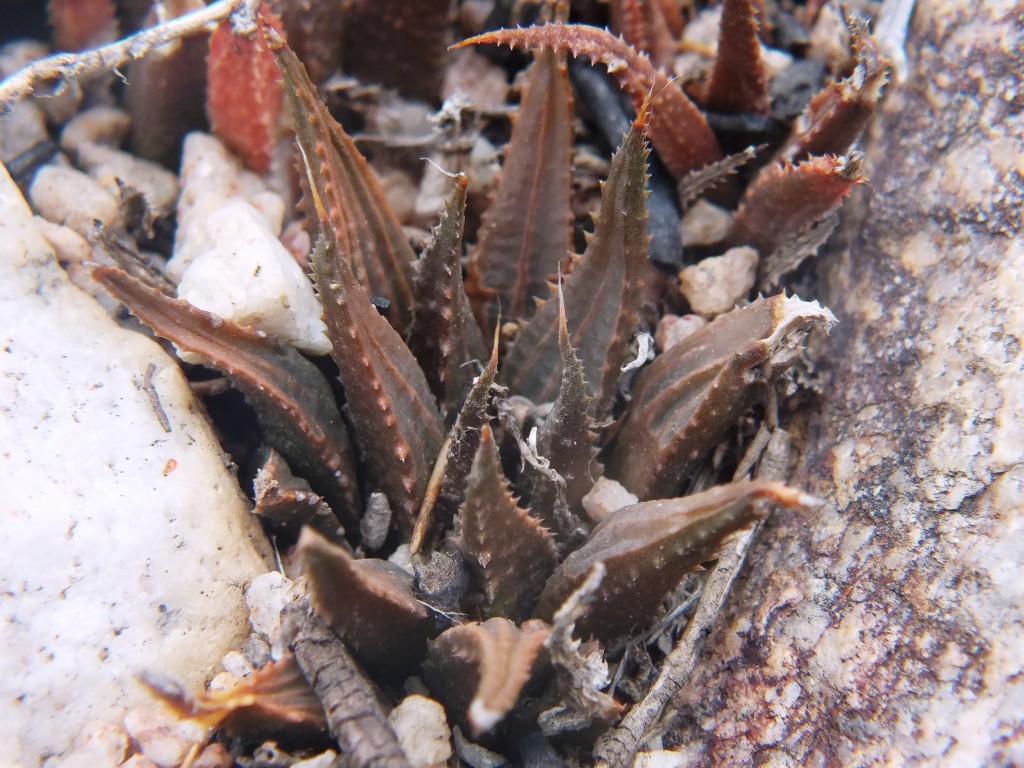
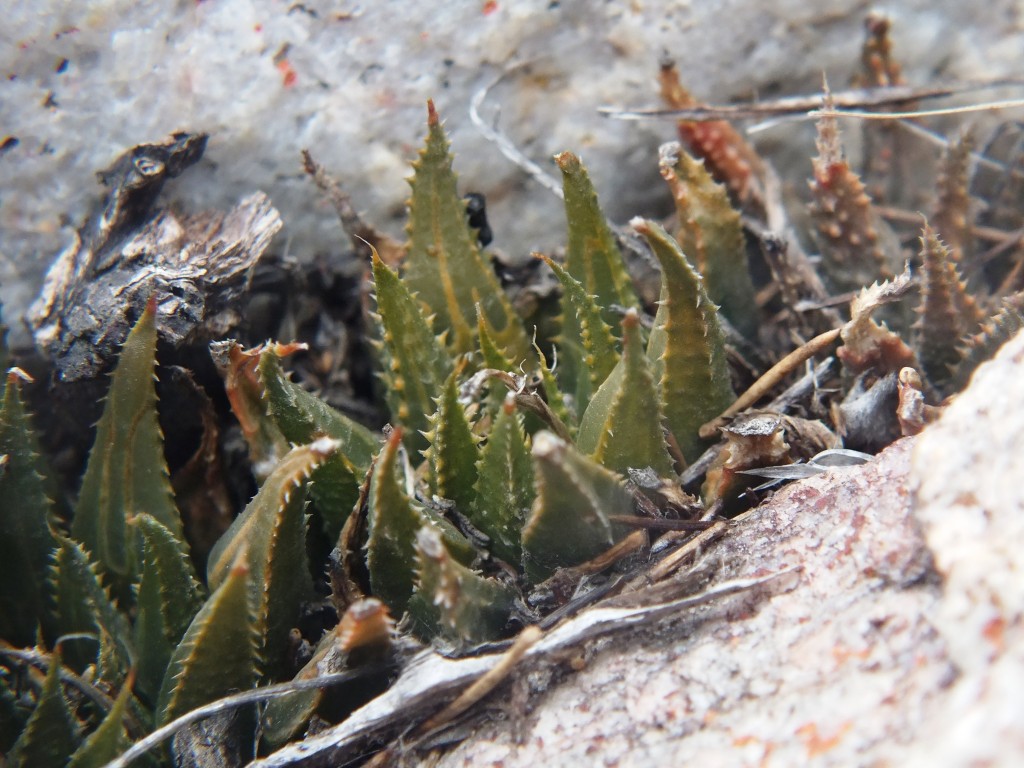
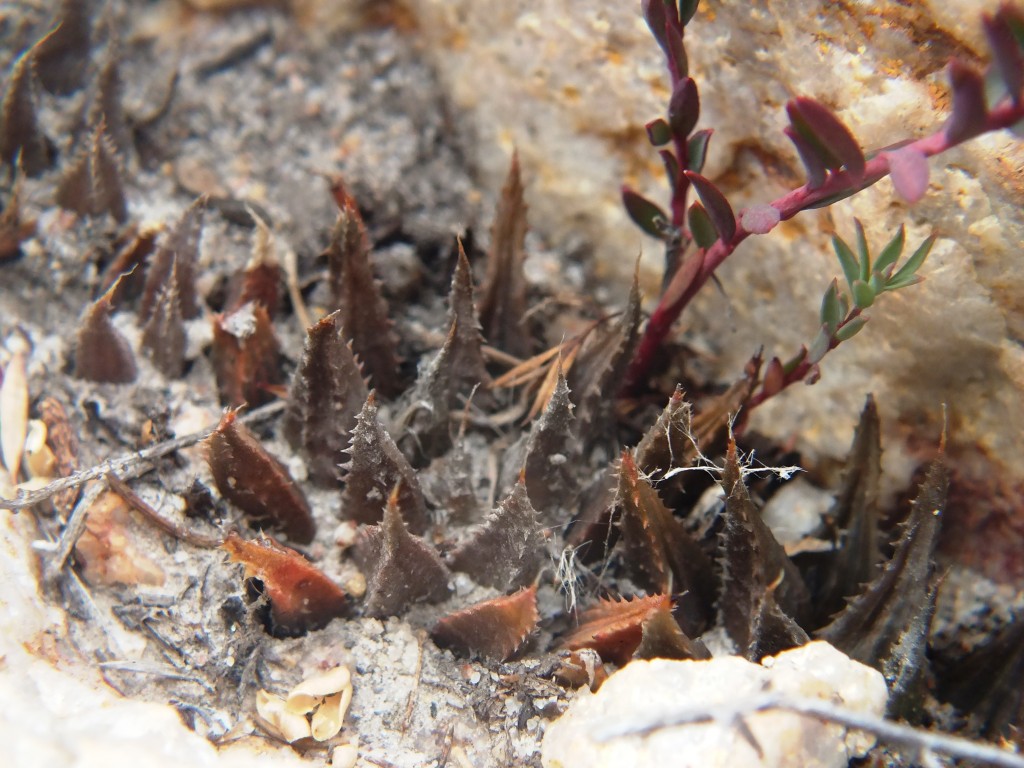
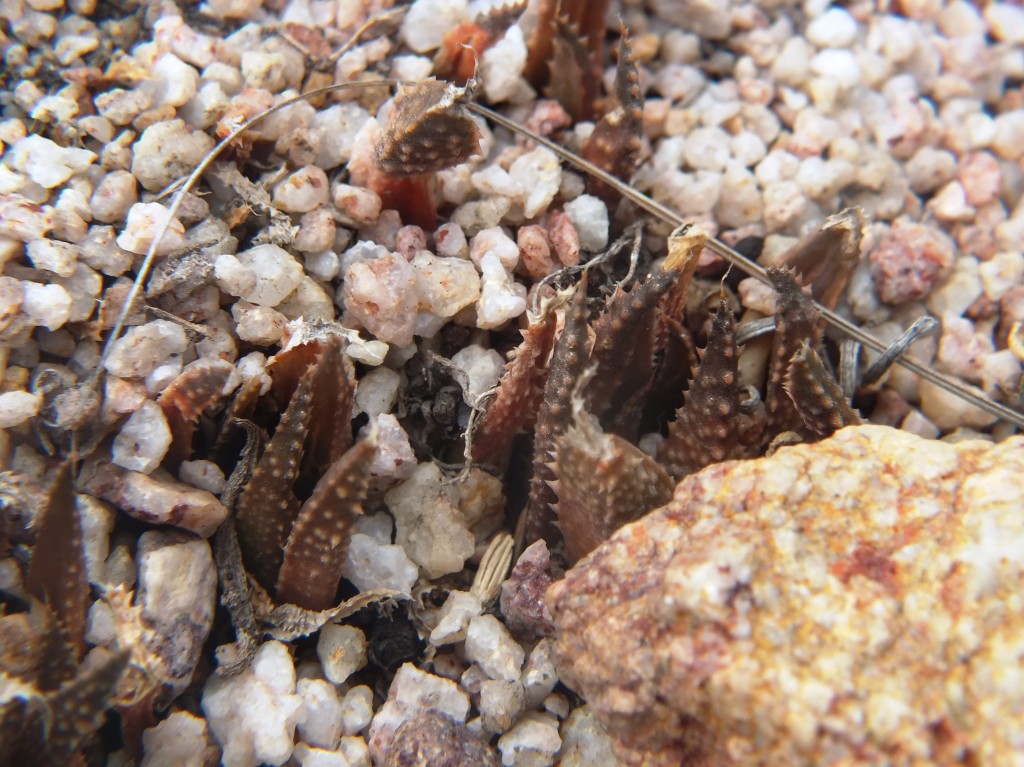
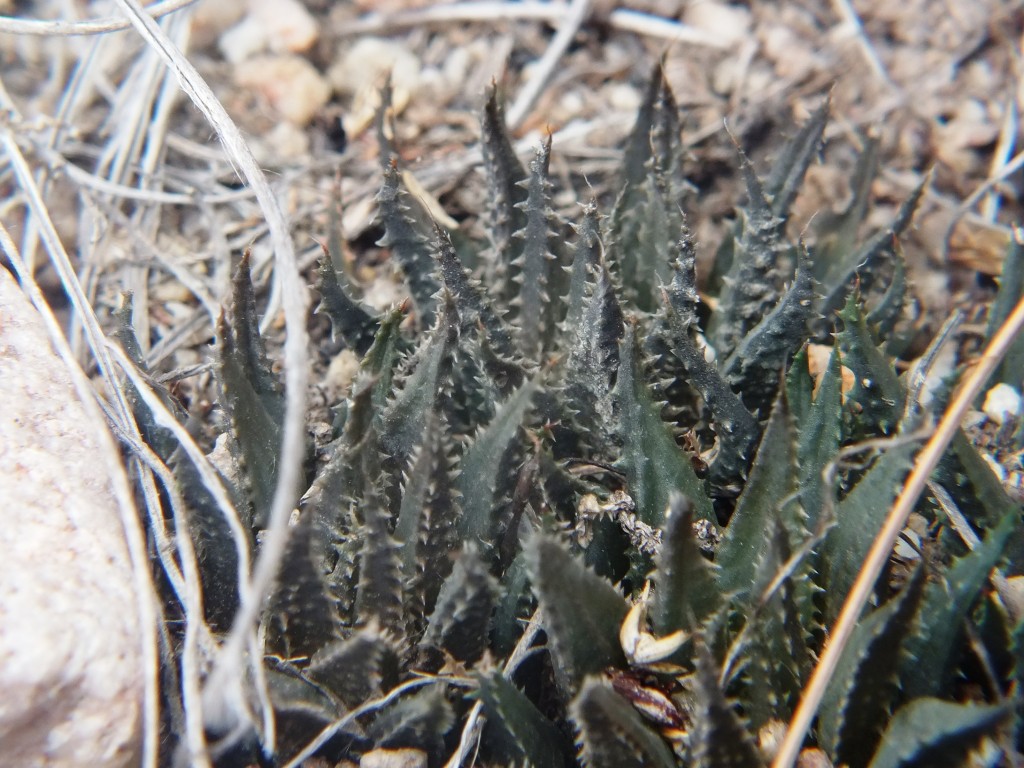
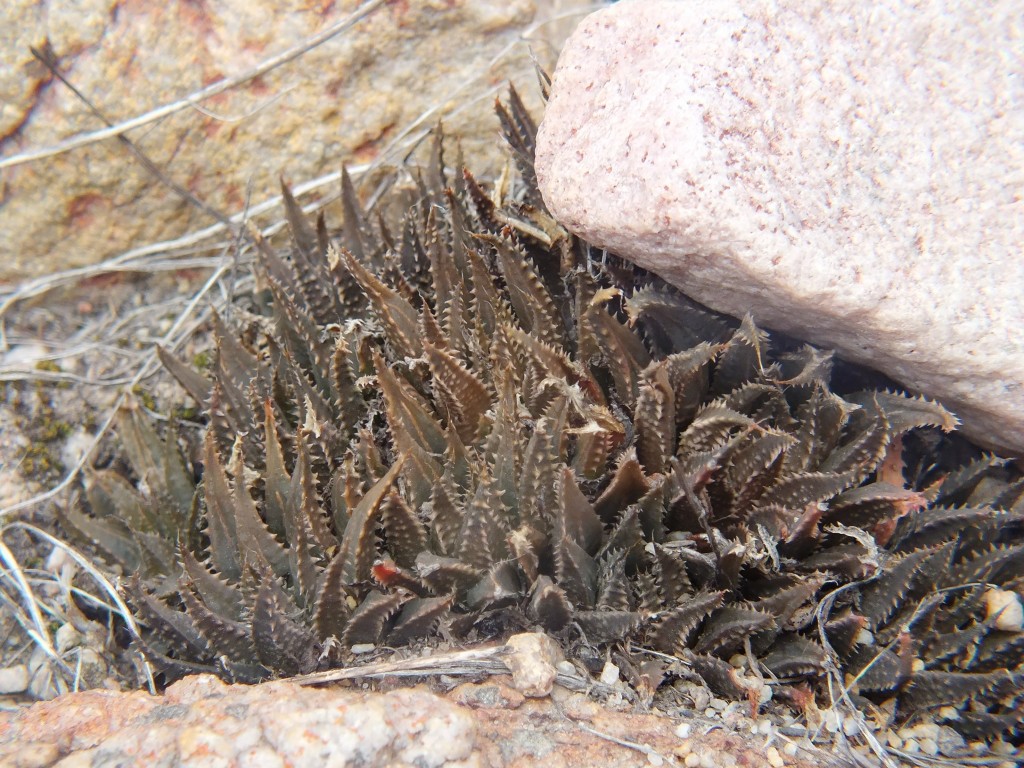
MBB8030 H. mirabilis SW Klipport
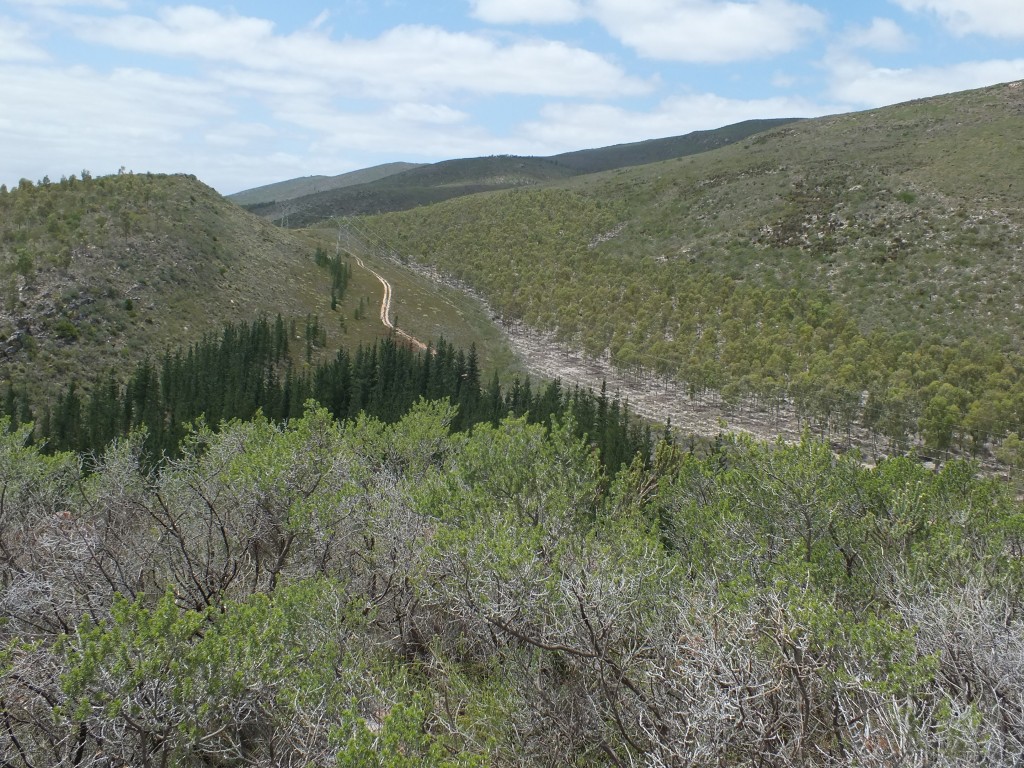
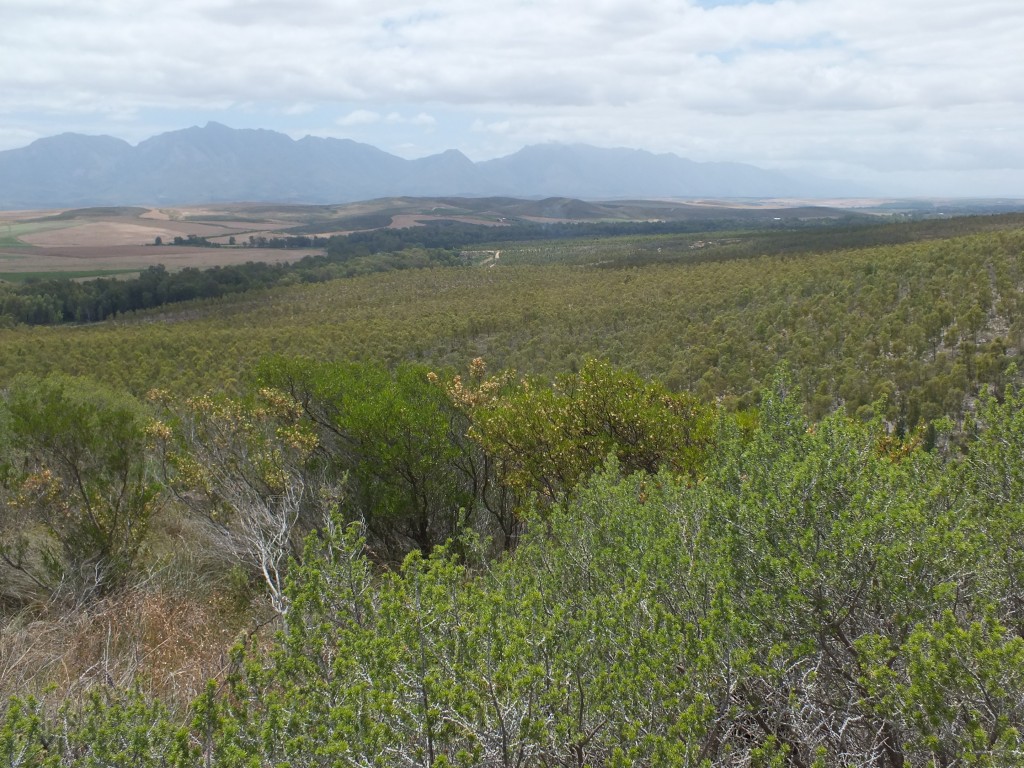
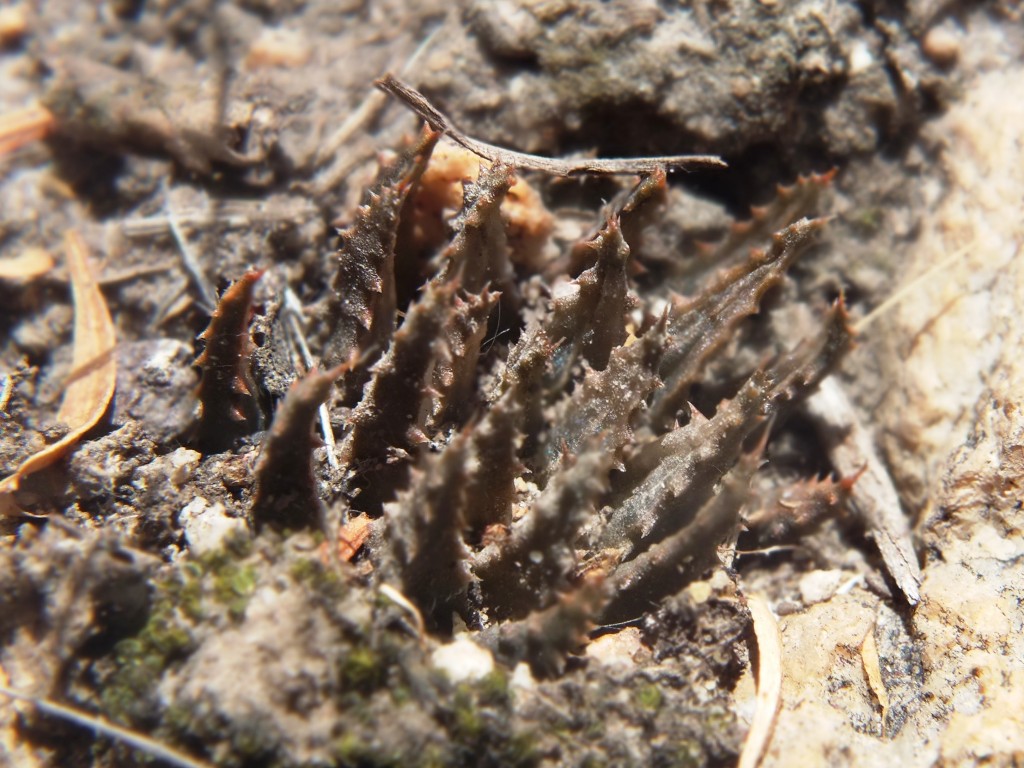
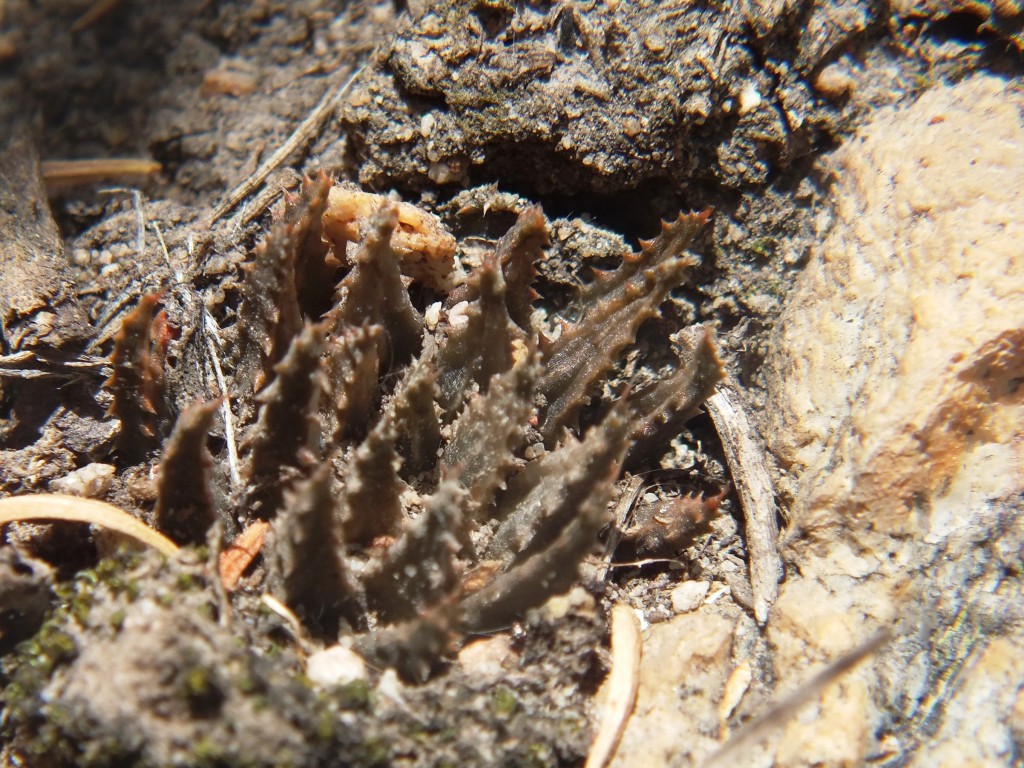
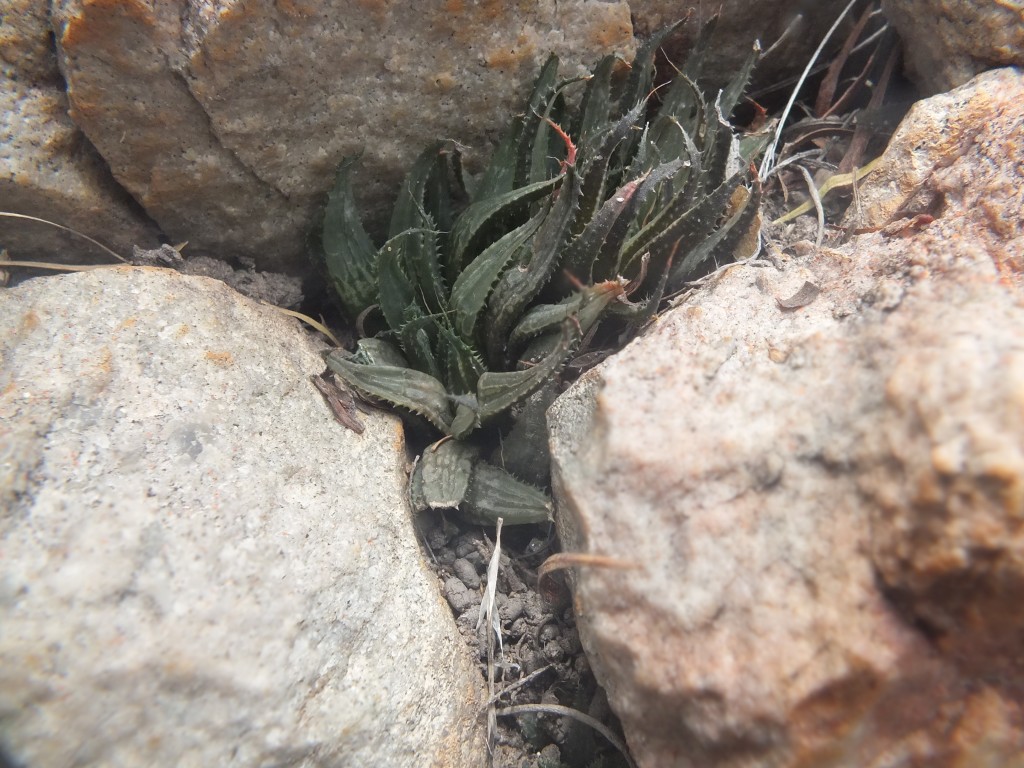
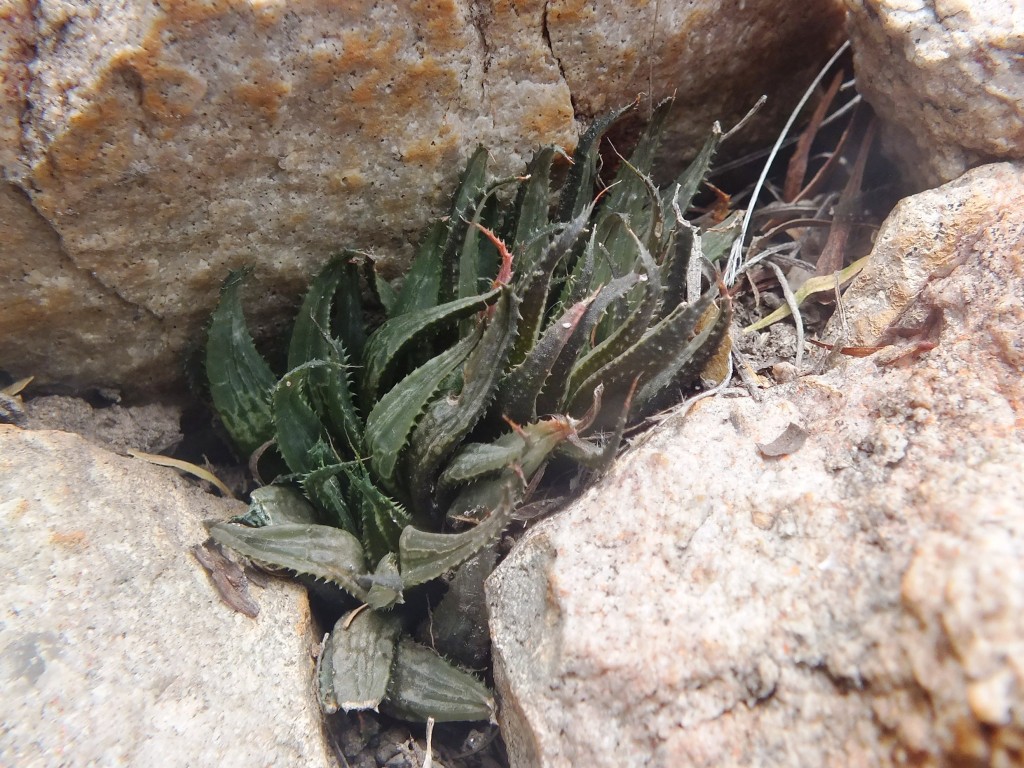
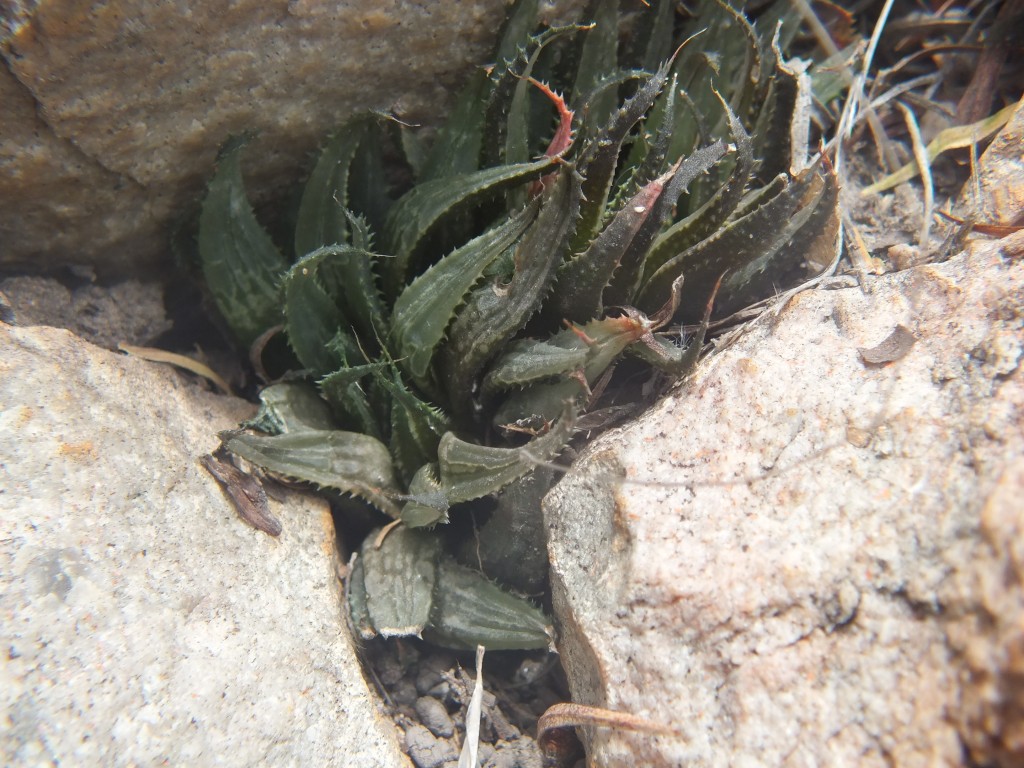
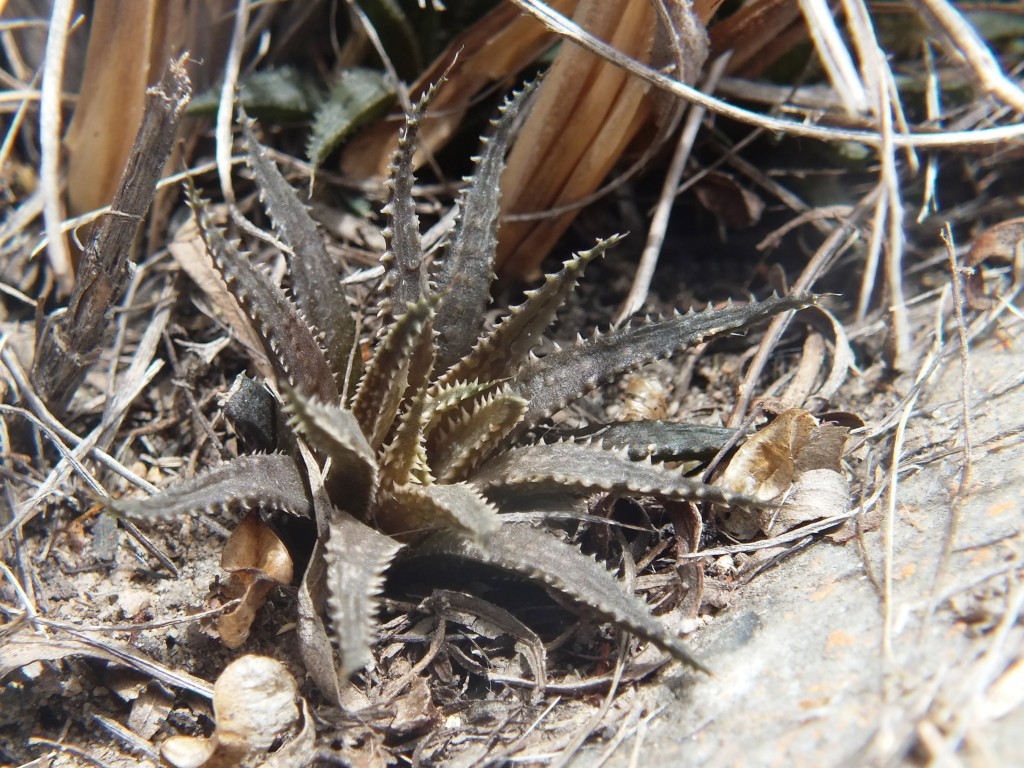
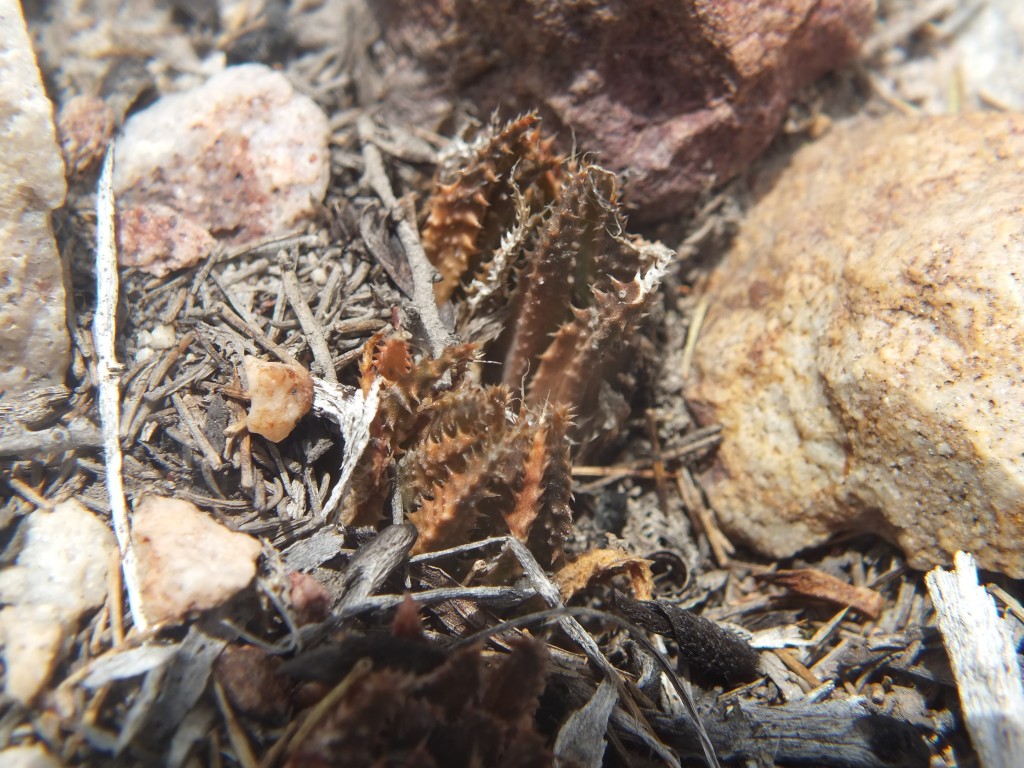
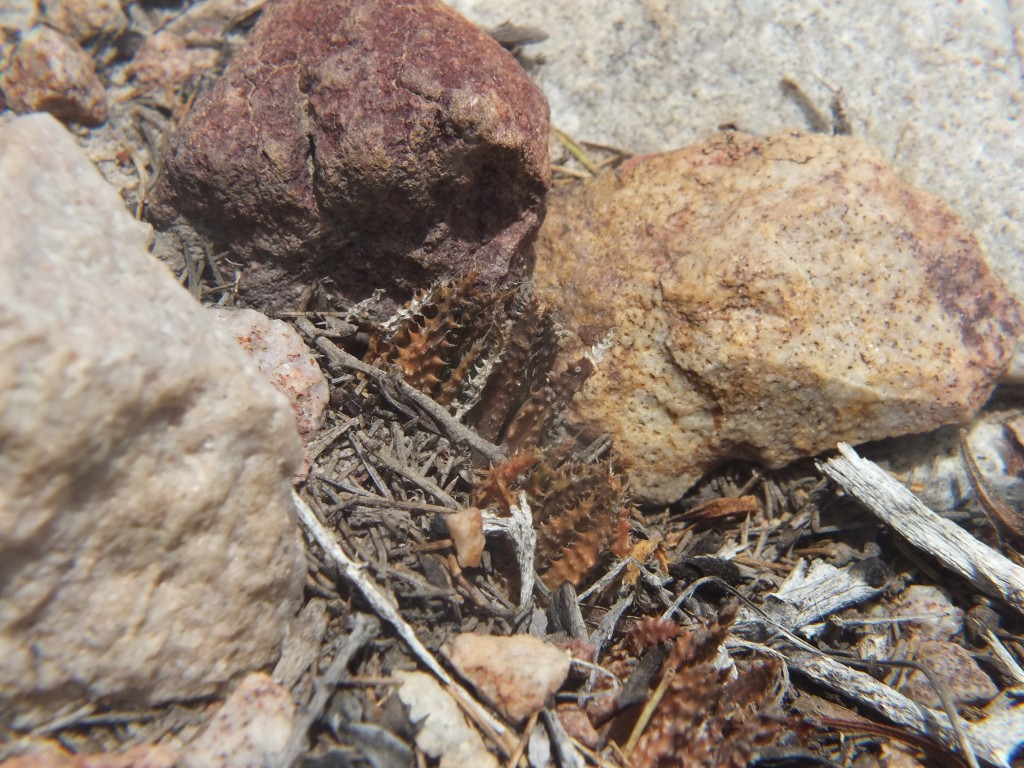
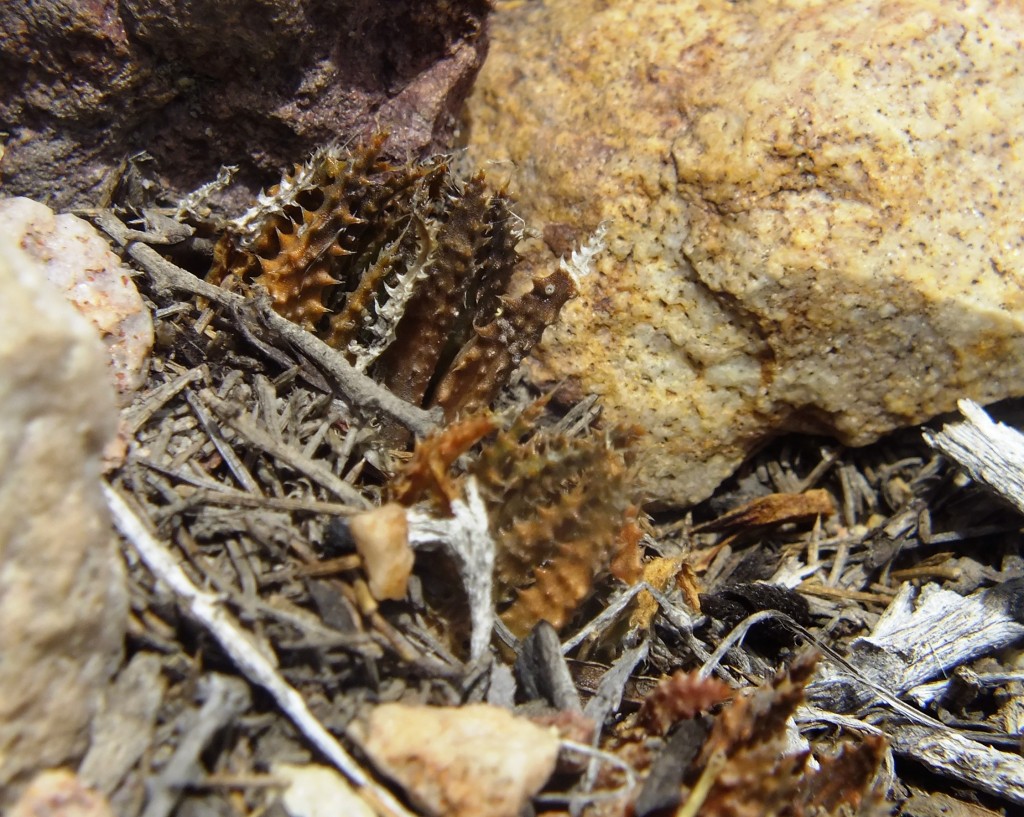
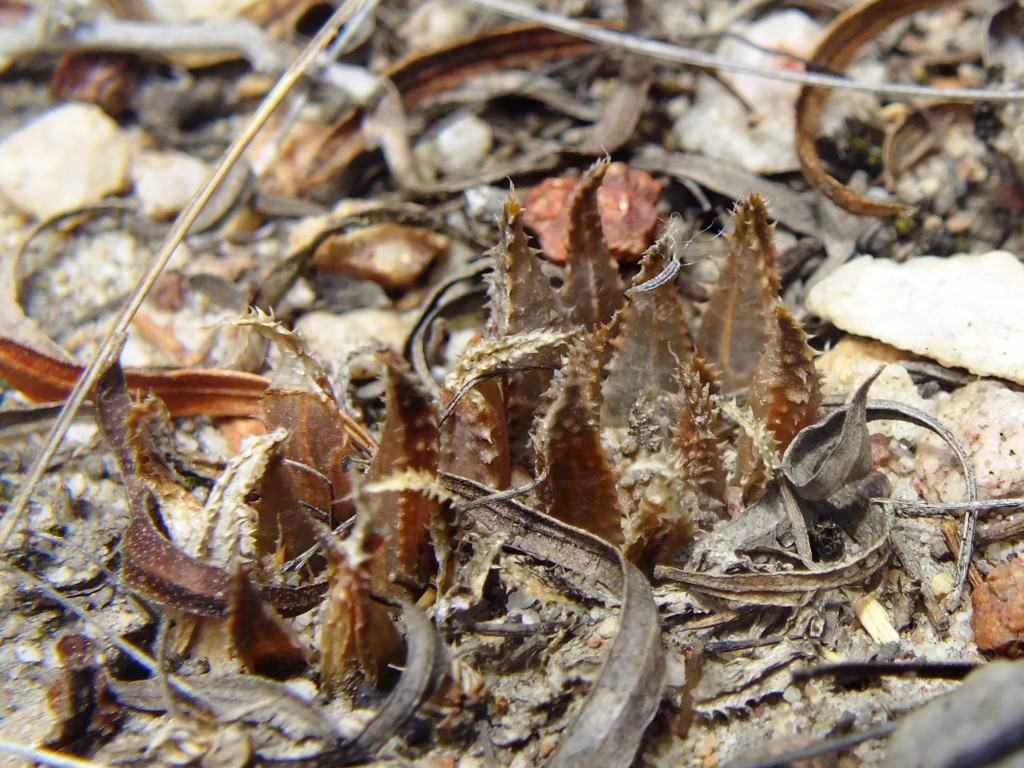
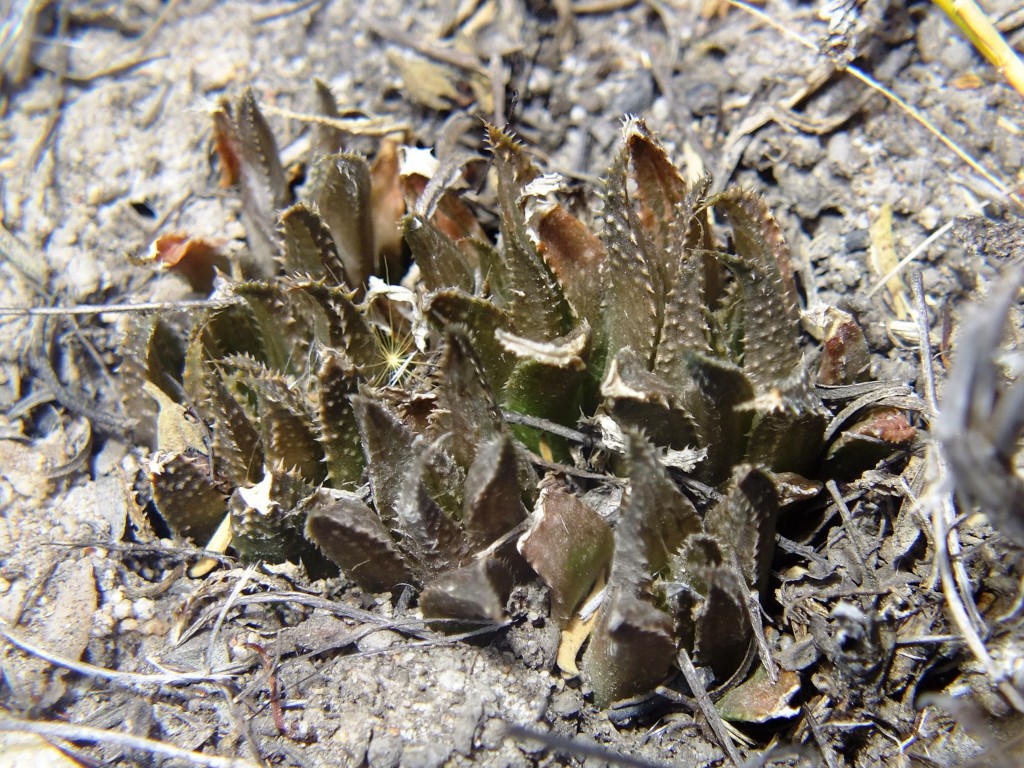
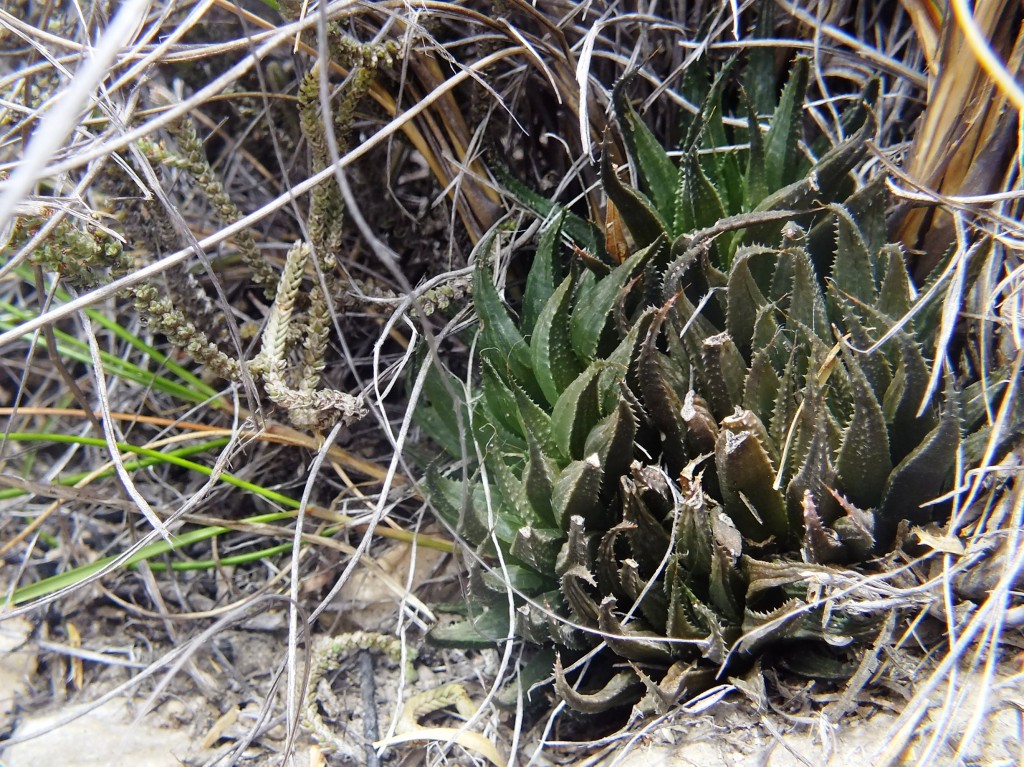
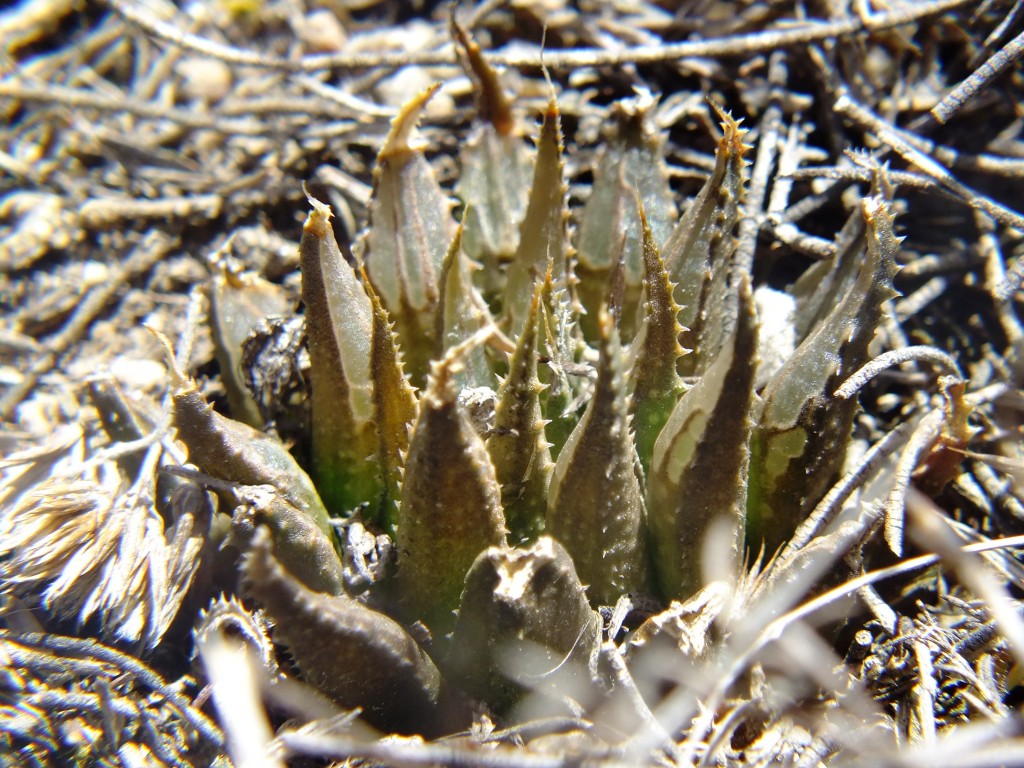
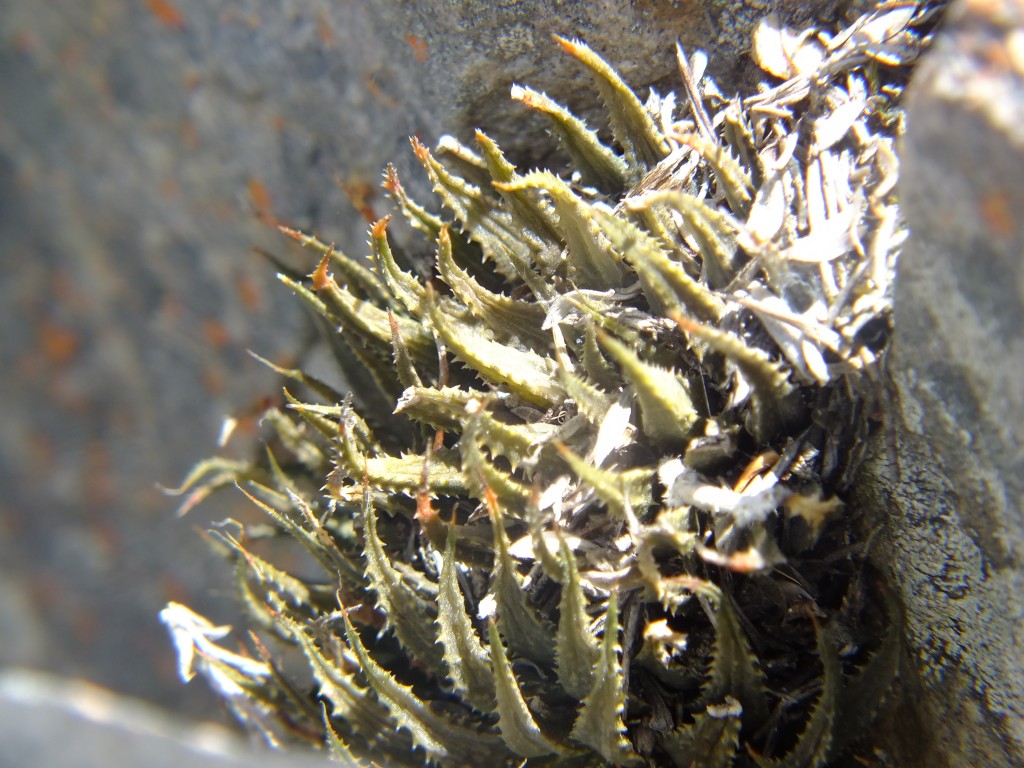
MBB8031 H. mirabilis SW Klipport
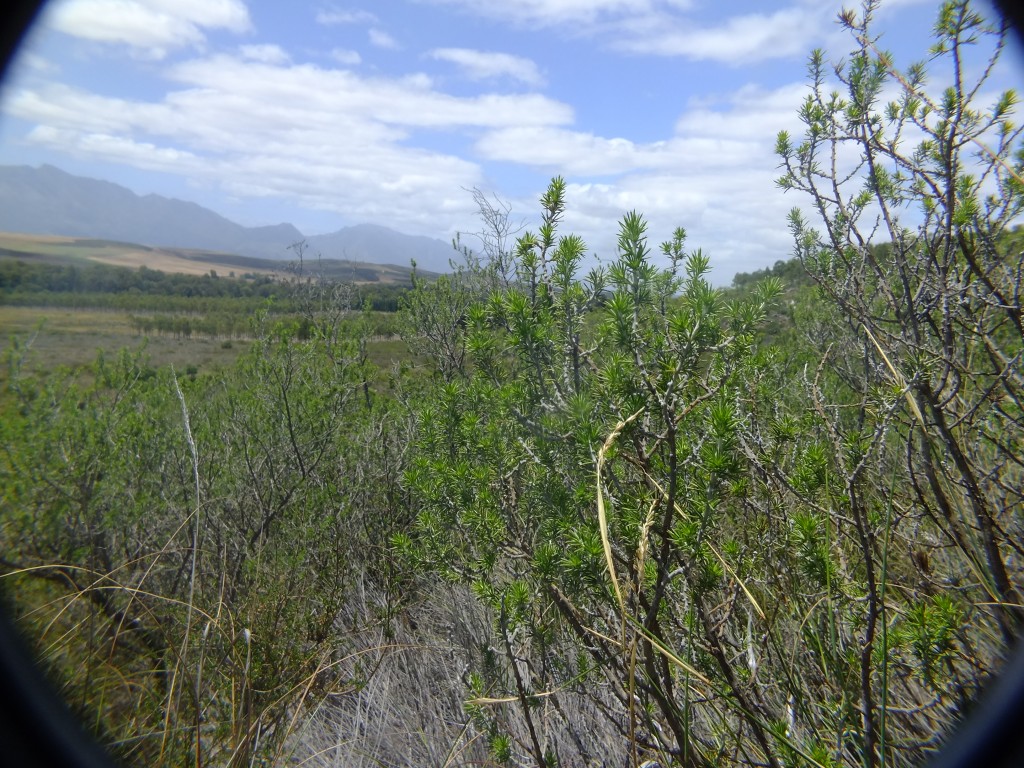
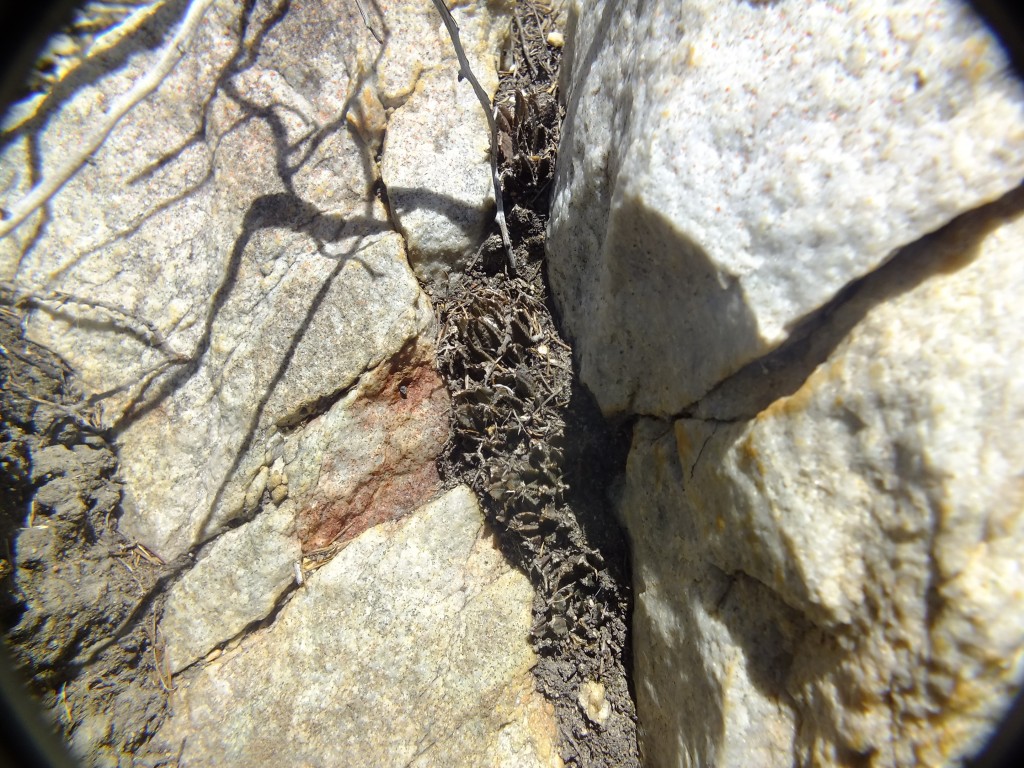
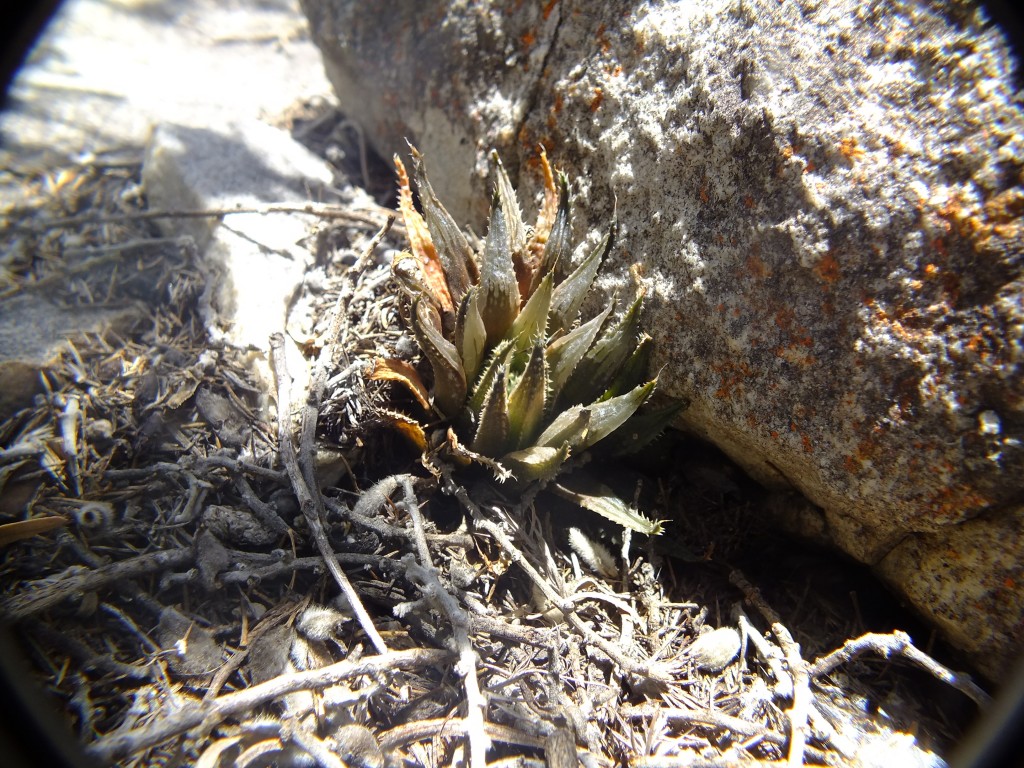
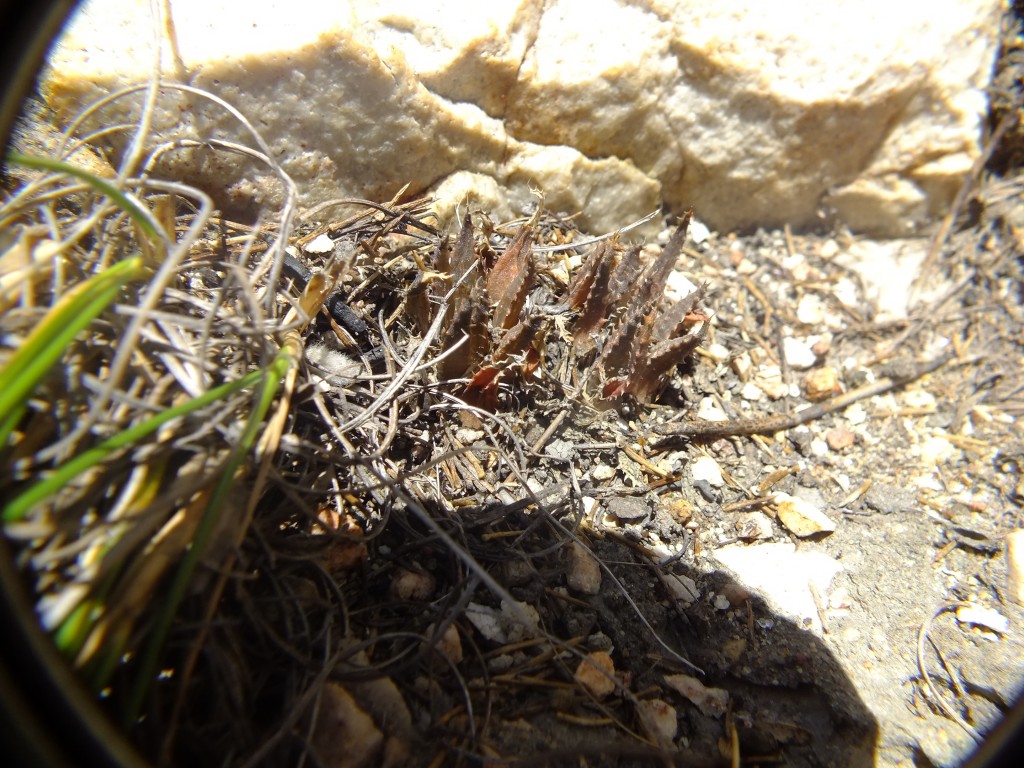
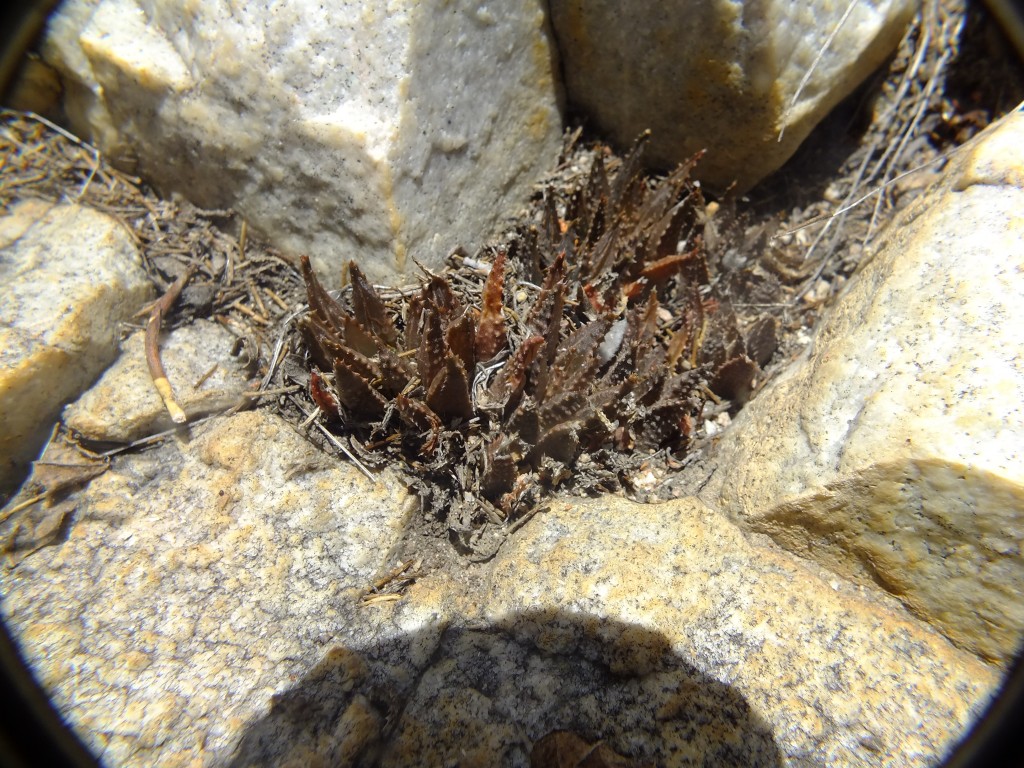
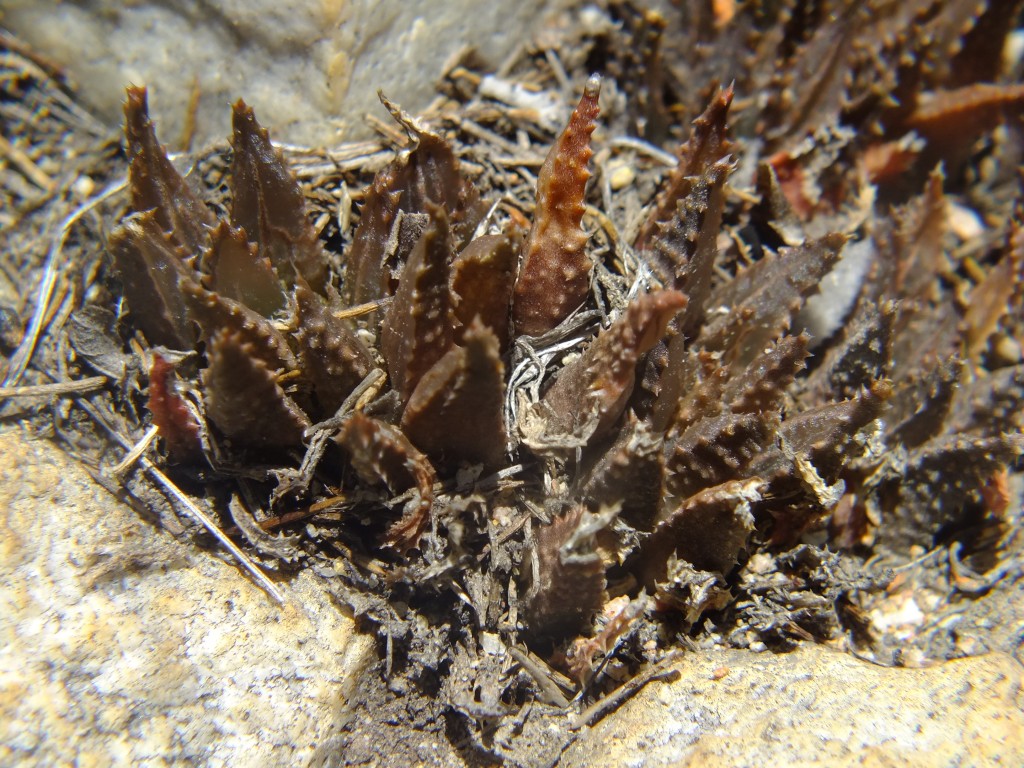
♦
The absurdity of taxonomy and nomenclature?
In Alsterworthia 13.1:6 (2013) there is yet another statement about the correct name for a species of Haworthia. It reads …”The vexing matter of the correct name for Haworthia pumila has taxed some of the finest minds in botanical nomenclature”. The article then goes on to replace that name with H. margaritifera with an explanation so simple that it casts considerable doubt onto the quality of those minds that have examined the problem. There is of course also a difficulty in that the quoted sentence implies that H. pumila is the correct name, while the article goes on to dismiss it.
The fact is that Linnaeus listed four different things (varieties) under a single name Aloe pumila, and the only issue was about which of those four things ends up with that particular first name. It so happened that Burman in 1701 made a choice, and was followed by Aiton in 1789 who chose something else. So the name Aloe pumila stood but applied to two different things (species). Duval was unaware of the earlier Burman choice and used Aiton’s choice when he created the genus Haworthia. Dr L. A Codd, whom I would have accepted as a fine mind (and also as a very ethical man), advised C.L. Scott that Aiton’s choice was in fact illegitimate and hence also Duval’s usage in Haworthia. The opinion was that Burman’s choice was the first and also thus the legitimate one; and it could not be denied by the illegitimacy of the Aiton usage as a later action. So perhaps it was/is a question of rank or just an opinion that Aiton made up pumila as an entirely new name.
There is nothing complicated and mind boggling about this simple state of affairs. Or is that so? What on earth does the ICN as the product of presumably fine minds actually say about this? Does it take 50 years of debate to establish such a simple fact? The situation is further exacerbated in that the finest taxonomic minds are involved in an epic battle to either create a single alooid genus or many lesser genera. It appears that the latter option is winning ground although the war against single-species genera has surely not been abandoned. When the dust finally settles, it will be recognised that the taxon onto which this unfortunate species viz. Haworthia pumila/margaritifera resolves, will be a separate genus, probably Tulista, and then the truly correct name will be Tulista pumila. Or will it?
My personal opinion that however the case may truly be judged, the correct answer is the intent. Scott and Codd came to a workable end point way back in history and it has been my misfortune now to have defended that. I think there is a parallel in the case of Aloe bainesii. Put into use by Reynolds far back in history, it is found that the name barberae had page priority and thus preference. In what interest was the change made? Why does the code have a conservation facility for names? The fun seems to be in the argument rather than in usage.
The argument that I think L.A. Codd would have made is this. There are four varieties covered by the Linnaean epithet pumila. The first effective use of that epithet for one of the four was to the warty t10 of Commelin and that is how the name is formally typified. To use of that same epithet at any other time for any other of those four Linnaean varieties would be illegitimate. It is also not in the least certain that the name margaritifera is correctly typified by Wijnands on the same Commelin illustration t10. I aided Wijnands to this conclusion before myself stumbling on the fact that its correct typification would be on a Bradley illustration.
There is a curious twist to the issue and it is somewhat of an oversight that the persons involved never read the introduction to Haworthia Revisited. I explained the problem and also in respect to the correct application of the original name margaritifera to what we know as H. minima. I also cited the name H. pumila with the authors as (L.) Bayer to make it clear that I was not accepting the name with the authors (L.)Duval as Scott cited it. I thought at the time that it was a mistake on Scott’s part. I had also written to Dr Codd specifically about the issue and this is when he explained to me (as a professional taxonomist and fine mind) that the illegitimate use of the name pumila in Haworthia did not prevent the correct usage. It only strikes me now that he probably had advised Scott to the effect that the NAME as Duval had taken it through to Haworthia was correct, even if he had applied it to the wrong species. This whole issue has not been properly and fully aired. To argue that it is a new name seems to me just a piece of intellectual vanity that serves no purpose other than to demonstrate our collective failure to honour the intent of the code – or respect the dismay of interested person. A last point I make is that people can and will always find topics to disagree on, so this is an important trap to avoid and be mindful of. It is not particularly in the case of nomenclature that this seems to happen. I had no doubt at the time when I made the decision to accept Scott’s usage that no matter what my decision was, cause would be found to change it. If I had decided on either margaritifera (correctly typified) or maxima (as I. Breuer later did), this would also have been argued as wrong.
[-ed. There seems to be a number of taxonomic changes brewing. Time will tell whether pumila survives.]
References:
1. Haworthia margaritifera/pumila
Dr. John Manning. SANBI.
The vexing matter of the correct name for Haworthia pumila has taxed some of the finest minds in botanical nomenclature. Since I do not include myself among their company, I was not in the least surprised to find that I had misrepresented the situation. Thanks to expert input from Roy Mottram and Urs Eggli we can now put the matter to rights.
The issue of the correct name for Haworthia pumila starts with the fact that in his original publication of Aloe pumila, which forms the basis for this species, Linnaeus recognized several varieties, but without explicitly listing the typical variety, thus he did not list Aloe pumila L. var. pumila. Linnaeus’ Aloe pumila was subsequently effectively lectotypified by Burman f. (1701) [and later in enor by Scott (1978)] against the illustration in Commelin’s Horti medici Amstelodamensis, which is also the type of var. margarit!fera. This renders the name margaritifera homotypic with Aloe pumila L. (i.e. they share the same type). As the autonym (i.e. following automatically from the species name) for this species, pumila would normally have statutory priority over margarit(fera BUT, in the interim, the combination Haworthia pumila (Aiton) Haw. (1804) had been published, based on the name Aloe arachnoidea var. pumila Aiton, a quite different species that we know now as H herbacea. The publication of this combination renders Haworthia pumila (L.) Duval (1809) an illegitimate later homonym and thus not available for use in Haworthia. Because the combination Haworthia pumila cannot be used for Aloe pumila L. as a result of its prior usage for some other taxon it must be substituted with the next available valid and legitimate epithet, which is margaritifera. Note, however, that in any genus other than Haworthia the epithet pumila is the correct one to be used for this species.
The formal rendering of this situation is as follows:
Haworthia margaritifera (L.) Haw. (1819). Aloe pumila var. margaritifera L. (1753). Aloe margaritifera (L.) Burm.f (1768). Aloe pumila L. (1753). H pumila (L.) Duval. (1809), hom. illegit. non H pumila (Ait.) Haw. (1804). Lectotype, effectively designated by Burman f. in Prodromus florae Capensis: 10 (1768) [Superfluous lecotypification by Scott (1985)]: Illustration in Commelin, Horti medici Amstelodamensis, Pars altent: t.l 0 (1701): Aloe Afric: folio in summitate triangulari margaritifera, flore subviridi.
2. International Code of Nomenclature for algae, fungi, and plants (Melbourne Code)
3. Aloe pumila, Haworthia pumila; what or who is confused? ISBN: 0-9534004-4-1 Bruce Bayer. Alsterworthia International Special Issue No.3. https://haworthiaupdates.org/aloe-pumila-haworthia-pumila-what-or-who-is-confused/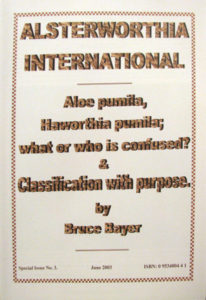
4. Commelin, Johannes, Horti medici amstelodamensis rariorum tam Orientalis, vol. 2: t. 10 (1701)
http://plantillustrations.org/illustration.php?id_illustration=122192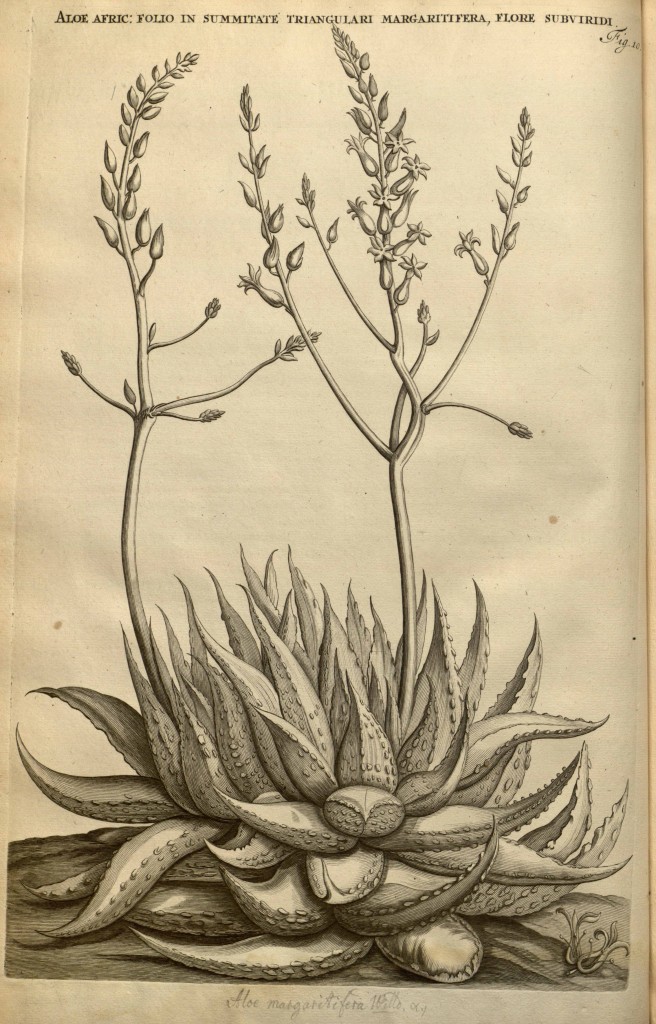
5. Commelin, Johannes, Horti medici amstelodamensis rariorum tam Orientalis, vol. 2: t. 11 (1701)
http://plantillustrations.org/illustration.php?id_illustration=122193&height=750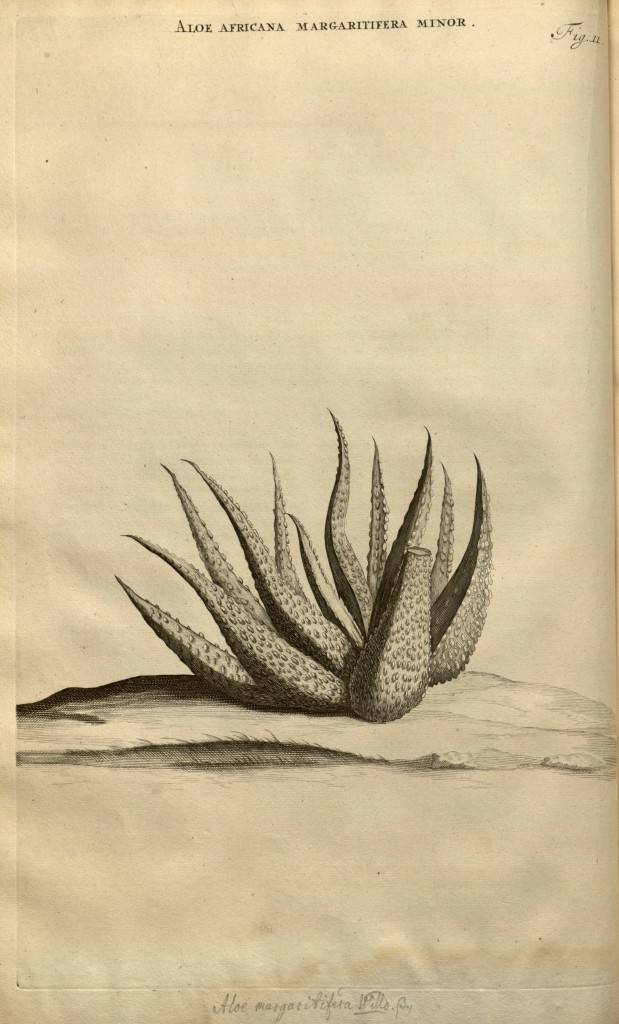
6. Curtis’s Botanical Magazine, vol. 33: t. 1360 (1811) [S.T. Edwards]
http://plantillustrations.org/illustration.php?id_illustration=8348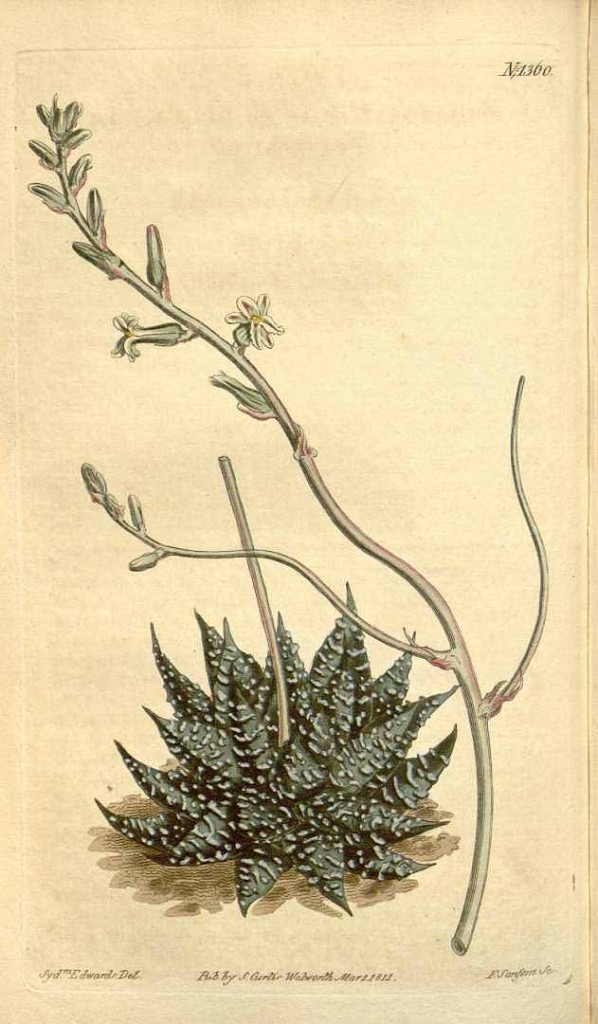
7. Moninckx, J., Moninckx atlas, vol. 3: t. 12 (1682-1709)
http://dpc.uba.uva.nl/cgi/i/image/image-idx?c=botanie;view=entry;cc=botanie;entryid=x-421058064 and http://plantillustrations.org/illustration.php?id_illustration=133655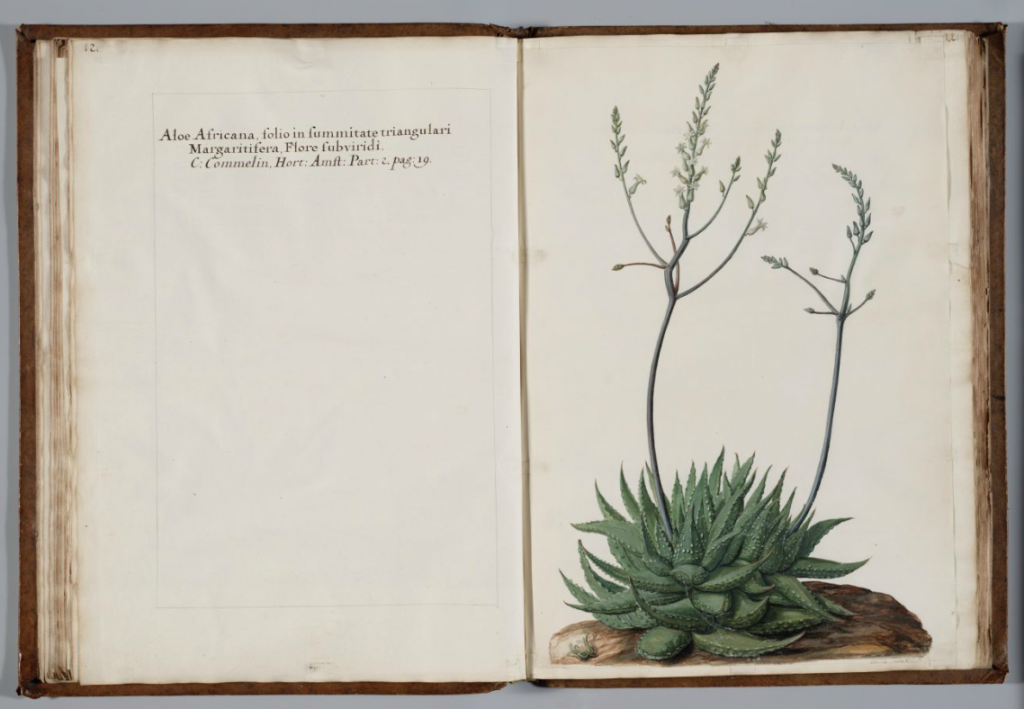
8. History of Succulent Plants, Bradley, Richard (t30) (1716)
http://www.botanicus.org/page/614136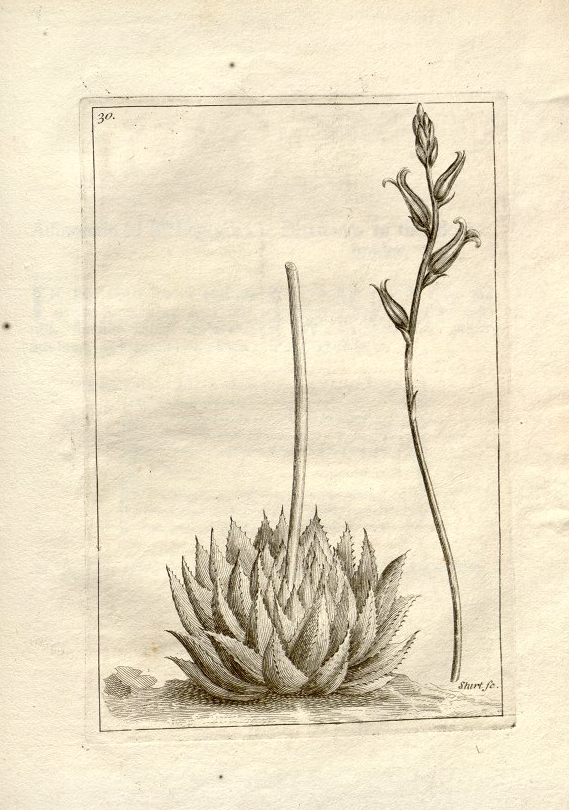
9. History of Succulent Plants, Bradley, Richard (t21) (1716)
http://www.botanicus.org/page/614116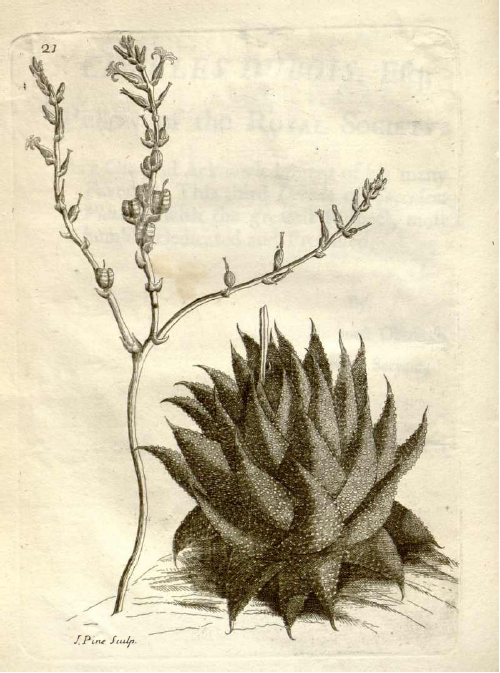
Ed. – another …
10. J., Moninckx , Aloe Africana, folio in summitate triangulari / Margaritifera, Flore subviridi. / C: Commelin, Hort: Amst: Part: 2. pag: 19. Wijnands, D.O., The botany of the Commelins, Rotterdam 1983, p.134
http://dpc.uba.uva.nl/cgi/i/image/image-idx?c=botanie;view=entry;cc=botanie;entryid=x-421058064
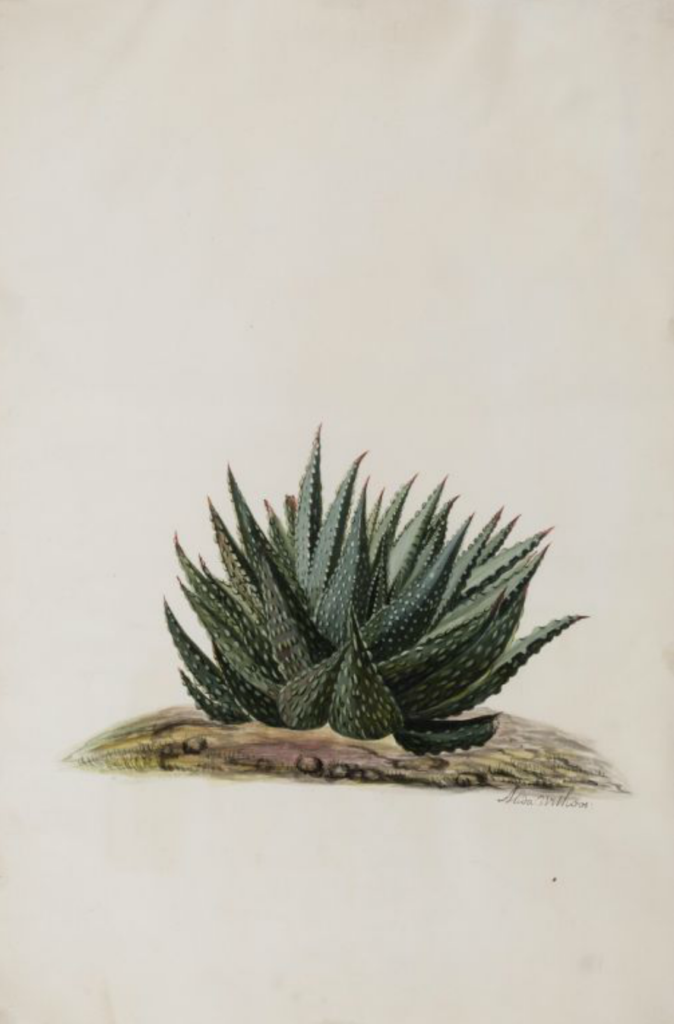
Variable chloracantha
Variability – sounds so hackneyed now but still it does not seem as if anybody “gets it”. These are plants from two populations of chloracantha east of Herbertsdale. Two very different soils. One is shale and I show only a single plant from there – the left one of the three unearthed plants. There the plants were “ordinary” chloracantha. But the other locality was exposed “pressure burst” kaolinite such as you get around Riversdale and westwards. Some of the plants reminded me of floribunda and even parksiana. I know of only 6 populations around Herbertsdale and there the plants are different too.
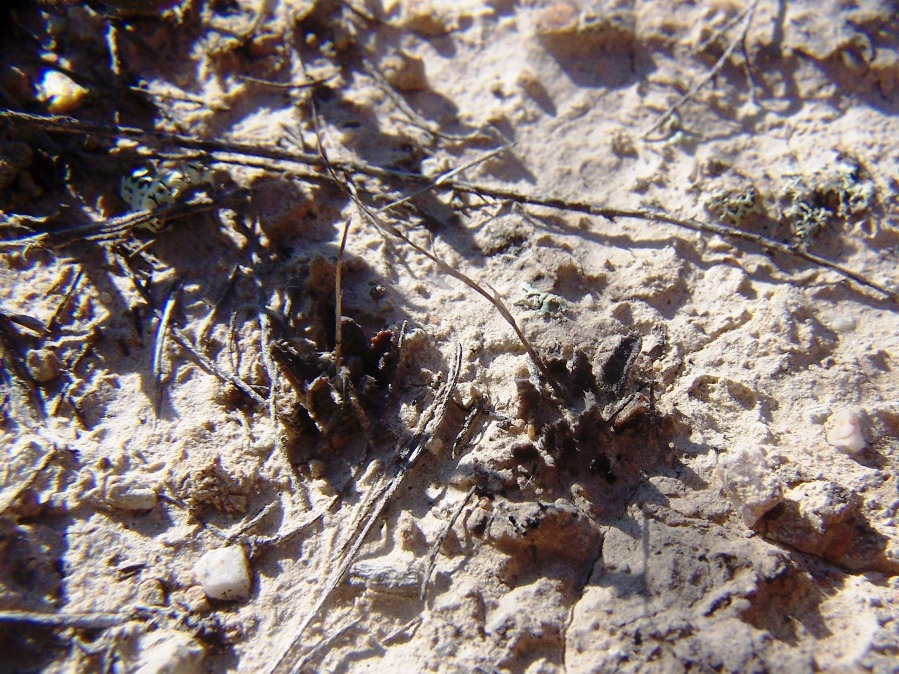
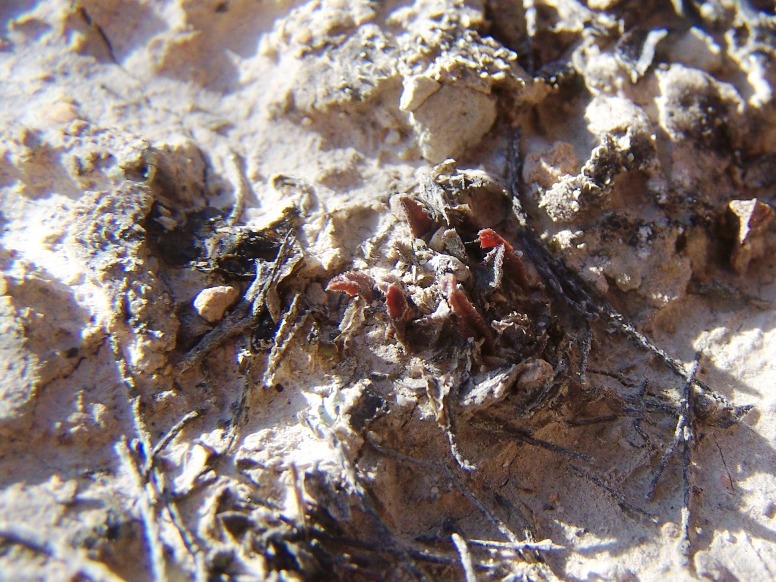
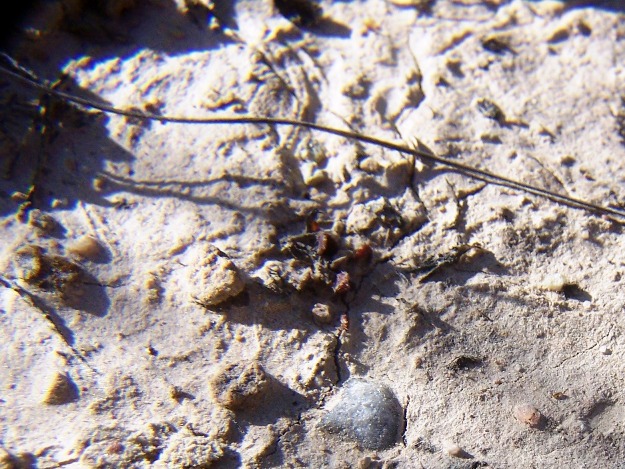
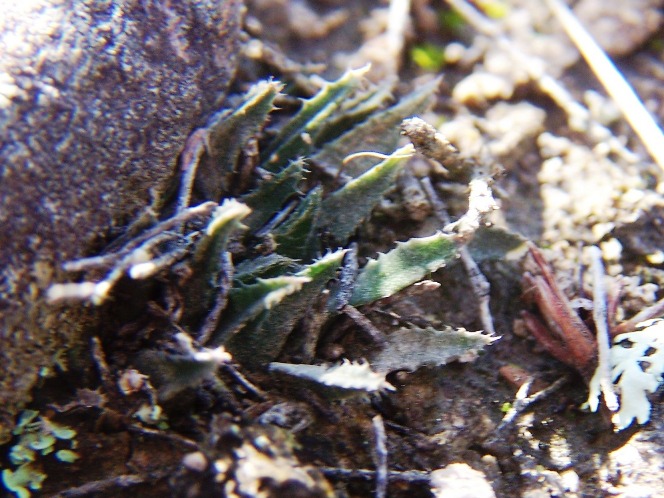
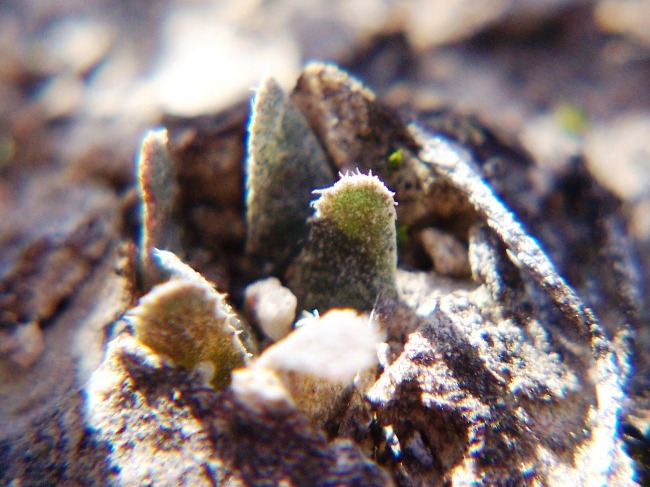
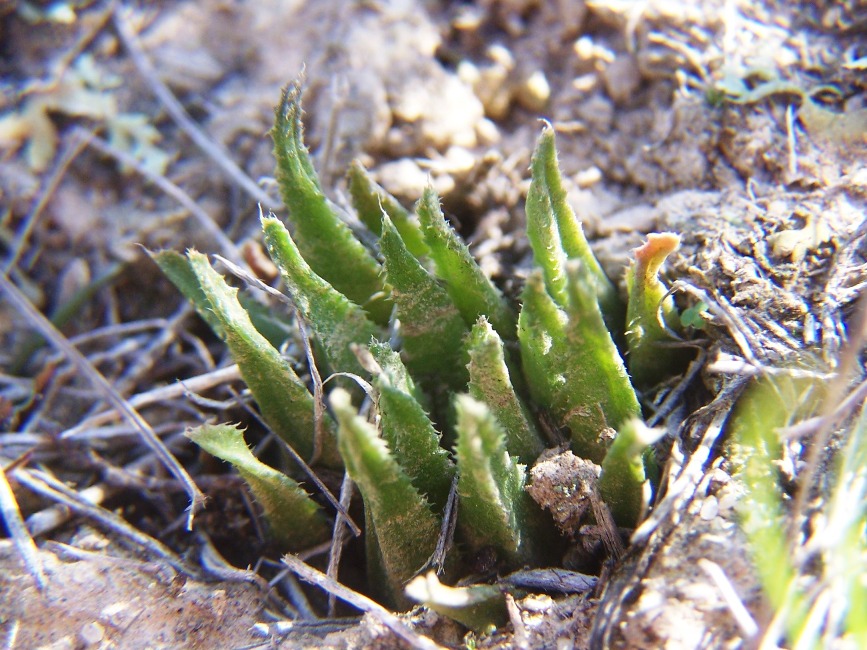
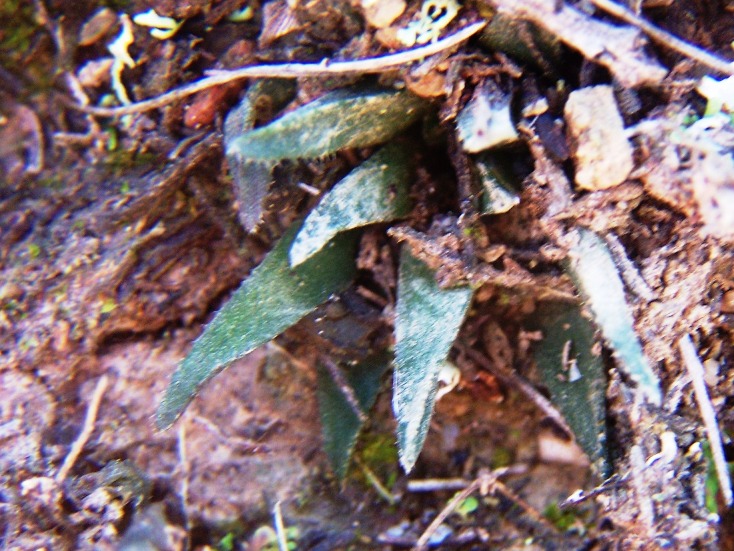
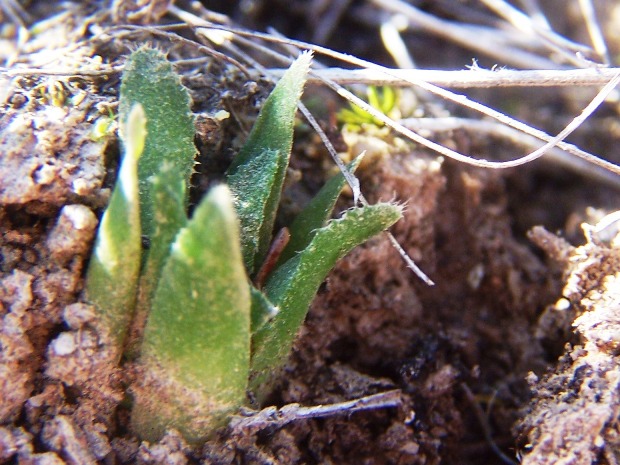
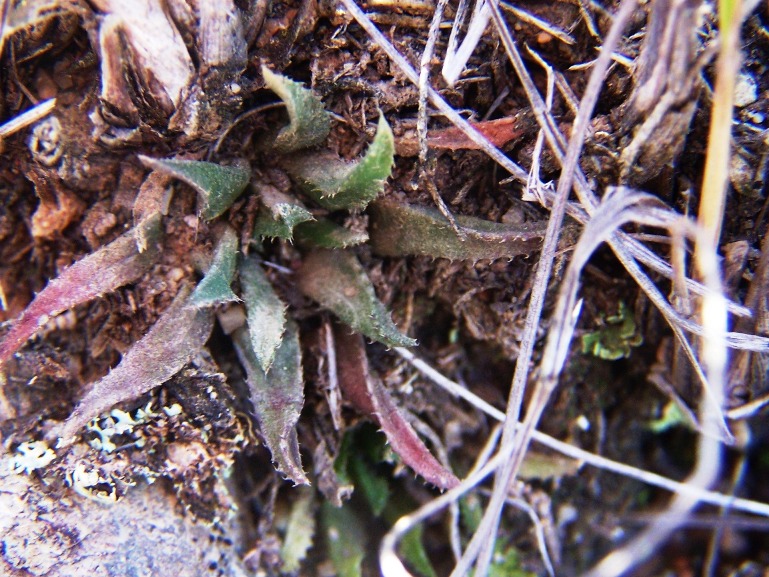
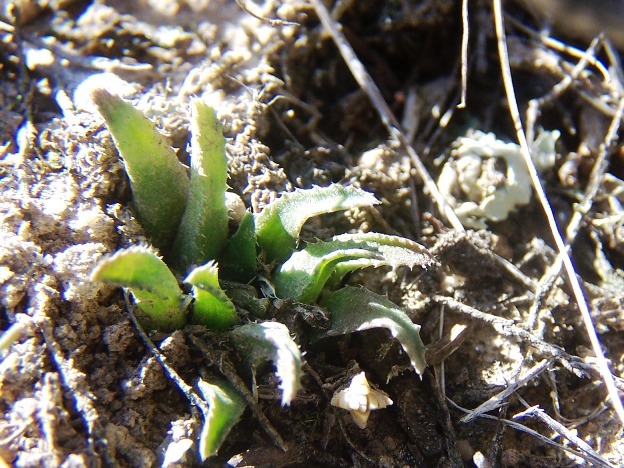
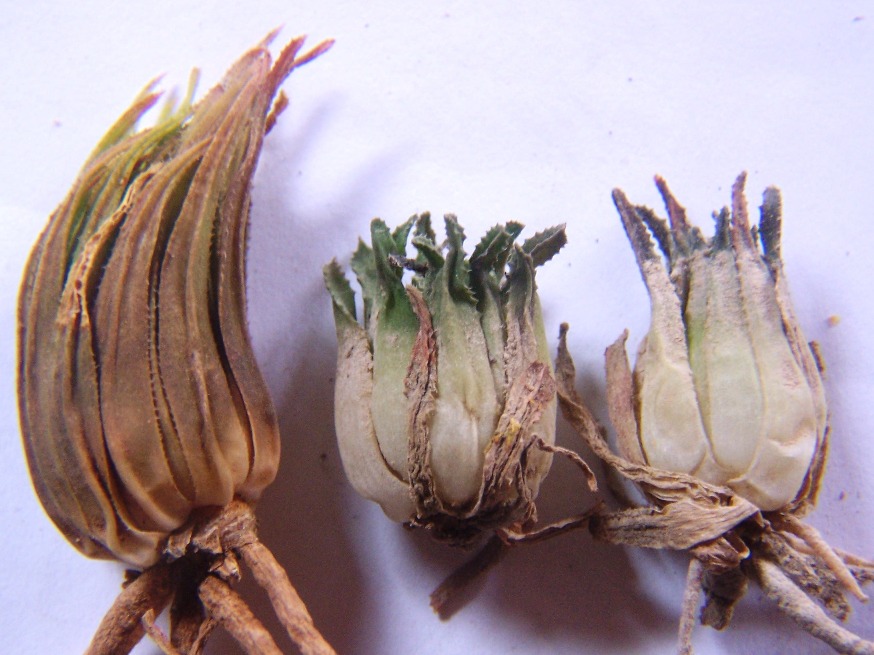
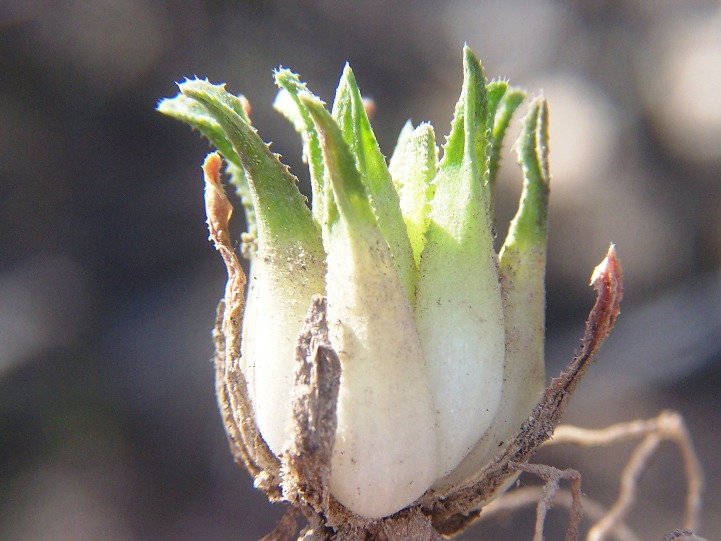
Leaf sequence in Haworthia emelyae ‘comptoniana’ over a long period
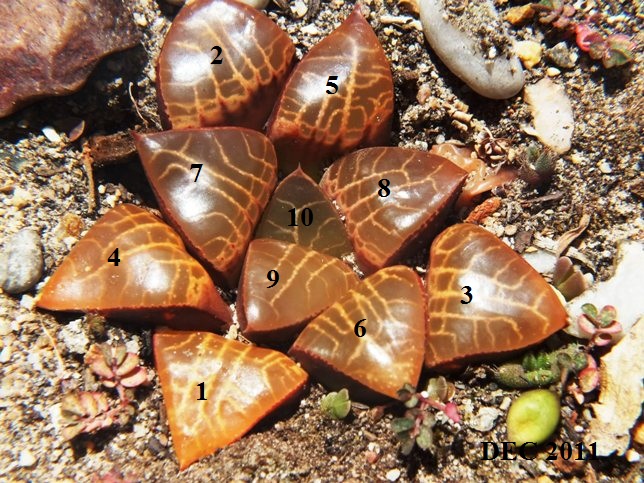
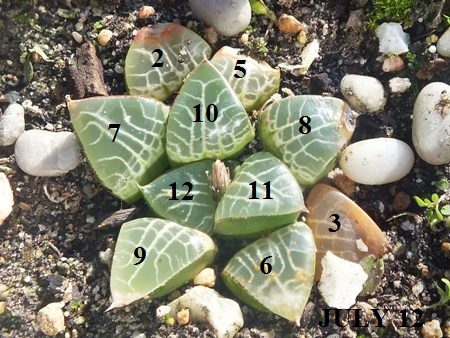
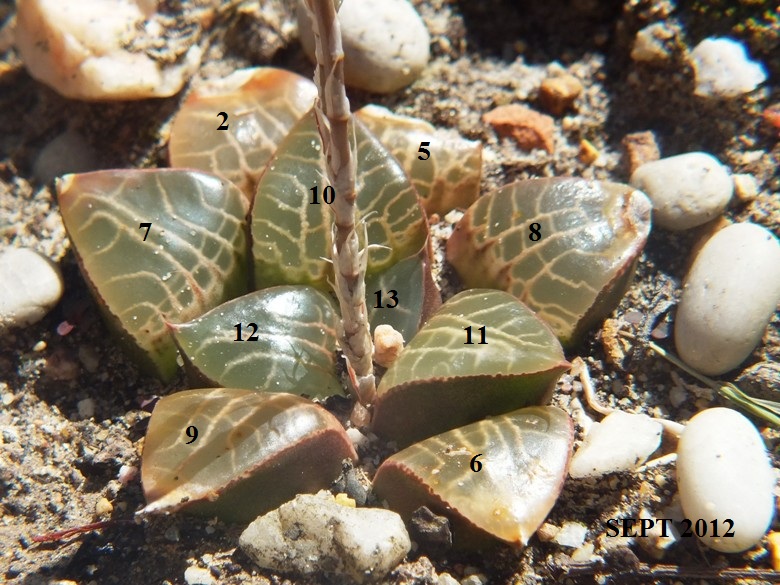
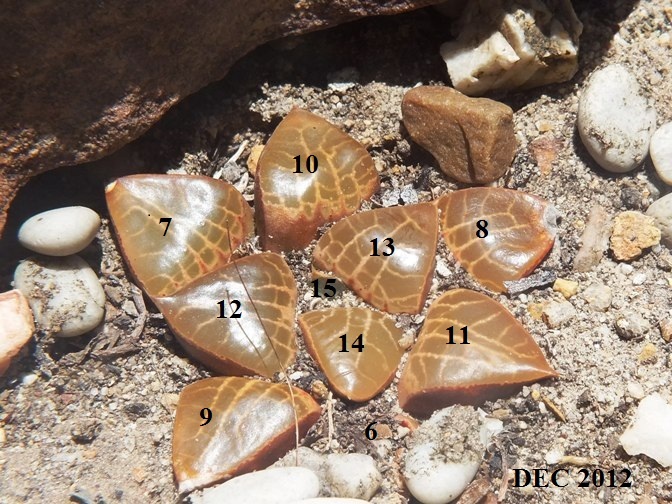
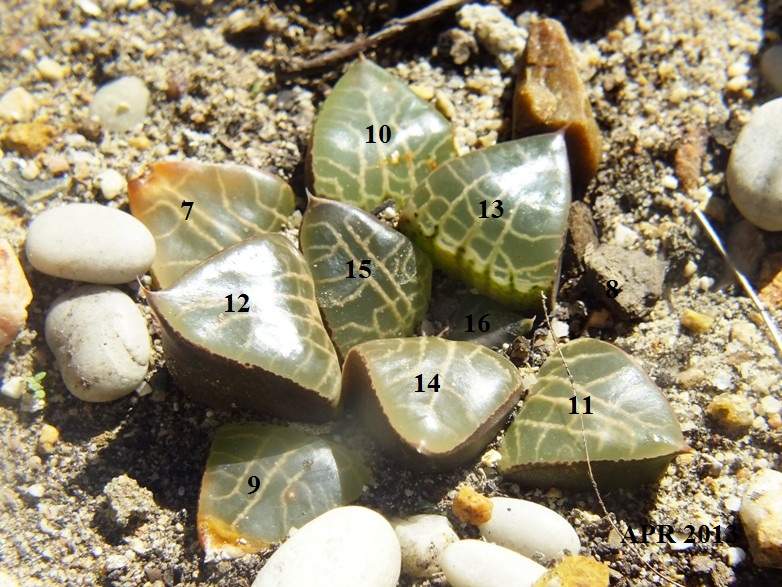
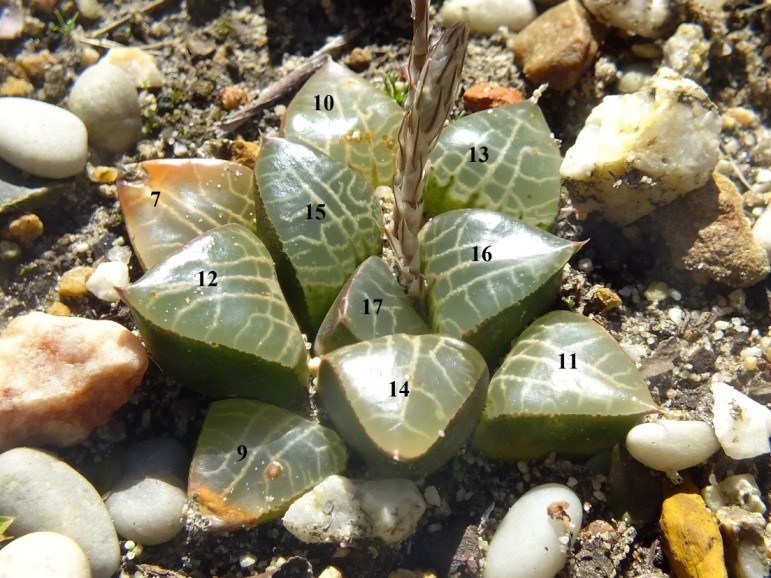
Here is an interesting series of pictures showing Haworthia leaf replacement over only 16 months. The plant is in an outdoor rockery. Leaves are numbered from oldest to youngest. Leaf loss has not been quite sequential as the 7th leaf outlived the 5th. In the growth condition of September 2012 the leaves show three tiers viz. 1,4,7,10,13 / 2,5,8,11 / 3,6,9,12. The figure for Dec 12 illustrates the “5-tiered” artifact of the spiral sequence with leaves 15/10, 14/9, 13/8, 12/7 and 16/11/6 in each tier.
These pictures demonstrate that the plants grow quite fast. They may not be very long-lived in nature. I estimate a life span of 15-20 years?
The first picture of this plant was taken in Dec 2011 when the leaves were numbered 1 to 10. Here in March 2014 leaves 1 through 12 have died away and there are 10 new leaves. At the same time the stem will be stretching as roots are replaced in a similar sequence. The life of the plant is going to be determined by the way in which the old stem and roots decay and how that decay will affect the ultimate health of the whole plant.
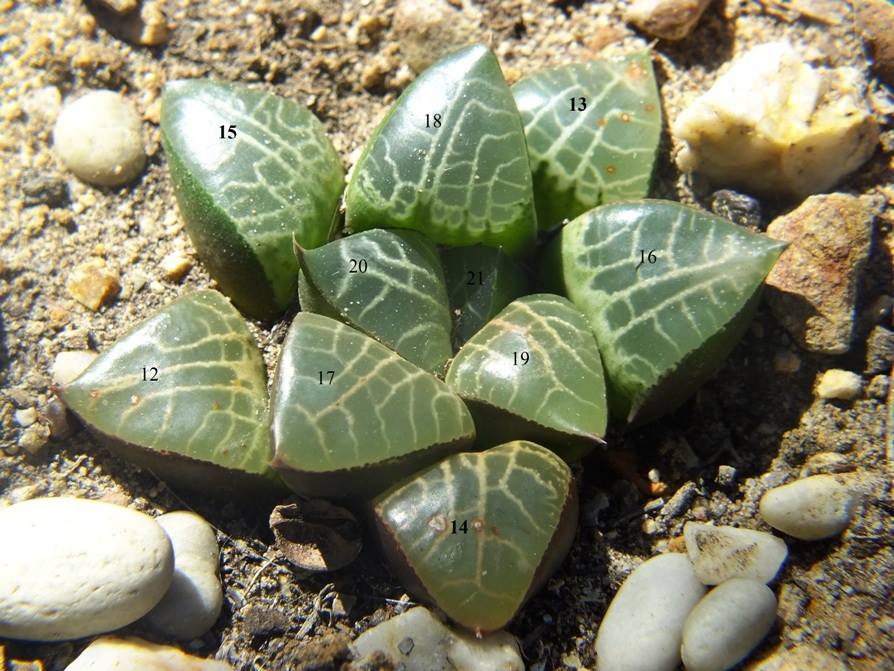
In the field it seems as though the decay of the old leaves and stem is well regulated as a sort of dry composting. In cultivation this can vary from this state to when all the roots and even the base of the stem can rot unhealthily. In the field one does finds moribund old plants that are at the end of their life and with large aged stems. Just how long the plant can maintain good health in either the field or in cultivation is an unknown. A grower just has to depend on experience and feel for his/her plants and this is why some time back I guessed at the normal life of one of these ‘retuse’ haworthia at about 10-15 years. Some things like Tulista pumila and Haworthia coarctata are quite different as the stems can elongate and re-root along the ground. Plant of H. coarctata more than 3 meters in diameter must be very old. Even H. reticulata or H. herbacea do this – look at H. cymbifomis ‘ramosa’. What you can consider is that new leaves and flowers follow a regular process and it is useful to remember that the plants go through a non-growing stage in the year. I tend to think most haworthia grow in the spring and autumn disliking the heat of summer and the cold of winter. But this is just a generalization that points to things that need to be considered. All species are not the same. Good root health is also associated with drainage and adequate air space in the growing medium.
In species like coarctata and reinwardtii – and I doubt that these are two different species – the plants easily lose obvious connection to the mother clone and a single clone can come to occupy a very large area. H. cymbiformis and H. angiustifolia can also spread widely by pieces breaking off to establish somewhere else. H. limifolia does it by stoloniferous expansion as can H. marumiana and H. zantnertiana. But coming back to the solitary non-pupping growth forms it would be interesting to know just where the essential life of the plant resides. Sometimes the stem just seems to get too thick and cutting it back too far also cuts away the support and source of the very young and new centre leaves.
Addendum: 10 March 2023
New leaf formation is an annual event as is new root and stem growth. So the life of the plant is a delicate balance between decay of old and re-placement by new. There are always moribund old plants and there are sometimes seedlings. Seed is not widely and randomly dispersed. They occur less frequently as distance from the parent plant increases. Also, germination and survival in any year is a gamble. Anyone with field familiarity will have observed that no two years are the same. Some events are once-in-forever events. Like the field of red Droasanthemum speciosum one year east of Worcester, or the mass display of pink Drosanthemum micans that is normally yellow there (this yellow variant has the name D. halli). The fields one year of yellow – Moraea gawleri. Another year, rings of pinkish red Ruschia carolii around the termitaria. One year flowering Stapelia thudichumii everywhere in the Tanqua Karoo. And so on. ♦
The science (of plant names)
The debate arising from the announcement of Homo naledi, on what actually constitutes science is disturbing. It raises the question of science versus religion that is a horse flogged to death with no outcome but the death of the human soul. The argument should be scientism versus religion. Why?
Because there are two quite different ways of using the word “science”. Almost universally science is taken to be a function based solely on physical mensuration and on experiment and result gained from some sort of external physical observation i.e. scientism. This is a gross distortion because the word science is derived from the Latin word “scientea” that means “a KNOWING”. This knowing extends far beyond physical measurement and observation and is directly related to consciousness. Scientismists insist that consciousness is some sort of physical or chemical reaction that goes on in the nervous system. Absolute nonsense. Even the great palaeontologist gets it all wrong in his book “Rocks of ages” and his principle of non-overlapping magisteria.
Anyone can do true “science”. This is observation with sincerity of purpose, objectivity and a desire to know. Time I think will tell that the scientismic approach has been a deliberate distortion in which pursuit of knowledge has been directed away from the spiritual to the material. This is why the Dalai Lama and perhaps a few others have described the scientismic view of science as just another religion. The word science cannot be reduced to simple materialism as has been done. This is a distortion that has reduced man to the status of any other animal or plant.
So what about plant names? In a way we have the same problem here. The sense and purpose of plant classification is to arrange plants in a hierarchy that reflects the orderly evolution from chaotic DNA and an original single life form, to that of more and more complex life forms with the human form as the pinnacle. It all started with study of physical characters and their imagined or studied development from one condition to another. The recently agreed truth, just like the belated acknowledgement of tectonic plate movement as the driver of continental drift, is that this dependence on simple physical characters is not satisfactory. The insights to DNA and the sequence analysis of the binding amino acids of the two strands of the nuclear protein structures have opened the window to a wholly different view of species and their relationships.
But it should be noted that the argument is profound and the result actually not complete or perfect. The DNA sequencing is from limited access to many more millions of amino acid pairings each regarded now as a “character”. The statistical interpretation of the pairings and that presentation in a two-dimensional diagram is in my opinion a serious distortion.
Surprise after surprise is that the definition of what a species is, evades definition. Largely it is the zoological concept of non-interbreeding sets of life forms that constitute species that is followed in botany. But this is flawed. It is well known, especially in birds, that what may be seen to be two species in one place may not be true in another. In plants that are position bound in respect of parentage and with less complex behavioural relationships, the position is considerably more confused. Because there is no true and secure definition and circumscription of what a species is, names have proliferated and abound where maybe there should be a lot less. Very few plant species have actually been grown for a study of their breeding relationships while conversely a great deal has been made of the variation within species, as well as of hybridization, for their use and benefit to man.
Estimates of the numbers of species of life vary. These estimates are hardly useful without a real understanding of what a species is. Here in South Africa there are considered to be 24 000 to 25 000 species. Leaving this aside now, one has to look at the classification process and how plants are studied and organised. This is done in herbaria where dried specimens are assembled, mounted on sheets of cardboard and stored in herbaria. A name all begins in such a single (desirably more than one) specimen to which the name is attached. This is termed the “type specimen”. Theoretically all subsequent identifications should be confirmed by comparison with that single type. The system has worked incredibly well except for the problem of deviations that can be very misleading. Hence there is a constant revision as more and more specimens accumulate and things thought to be different are seen to be one and vice versa.
The next problem is that of personae. Not all individuals have equal skills or aptitudes and neither can any single person hope to acquire good enough knowledge of enough species and specimens to ensure any kind of consistency across the board. Unless species are actually cultivated from seed and the conditions of cultivation known to be non problematic, not enough is learned about variation to be really sure that something, say, with clubbed hairs on the leaves in one area, is not the same as something from another area that has simple hairs instead. Something as simple as this can lead to great argumentation about names. To top it all there is a huge element of personal achievement associated with the application of Latin names as well as an incentive to explorers to find and be associated with something new and different.
Still further confounding matters is that the type specimen may not be easily available to all and sundry and may not even be adequate for purposes of a good identification. This is because it is dried and pressed are sometimes out of recognition from the live state. Description is no easy matter and the original description may not even be accurate. The outcome is that herbaria acquire identifications of specimens based on those in other herbaria and these new identifications become the reference points for names. They may be wrong. But the point is that a local use of a name becomes established and this may not be the same as that derived from the identification of another herbarium and its staff.
Public interest leads to the production of literature and things such as field guides and other reference works. A problem is that illustrating a single species and all its variants is just not physically possible. Firstly there is a problem that an author, however competent and skilled, may not even be familiar with all the variants even in his/her own special field of study. It is worth noting that in a genus such as Asparagus with only about 70 species in South Africa, there is simply not enough herbarium storage space to assemble just single specimens from across the distribution range. There is hardly one of these species for which a herbarium sheet is adequate to record a root system. How does one acquire and store all the information to report on the diversity and distribution of the respective group members?
Identifying from a field guide is thus problematic because there are things that look very similar and differences may either not be obvious to the inquirer but also species may be mentioned in discussion and not illustrated at all. For the average mind it is the picture that tells the story.
This primarily the reason for this site – to try and establish a local reference point so that an interest and awareness of a very special local creation becomes attainable.
What do you think this is?
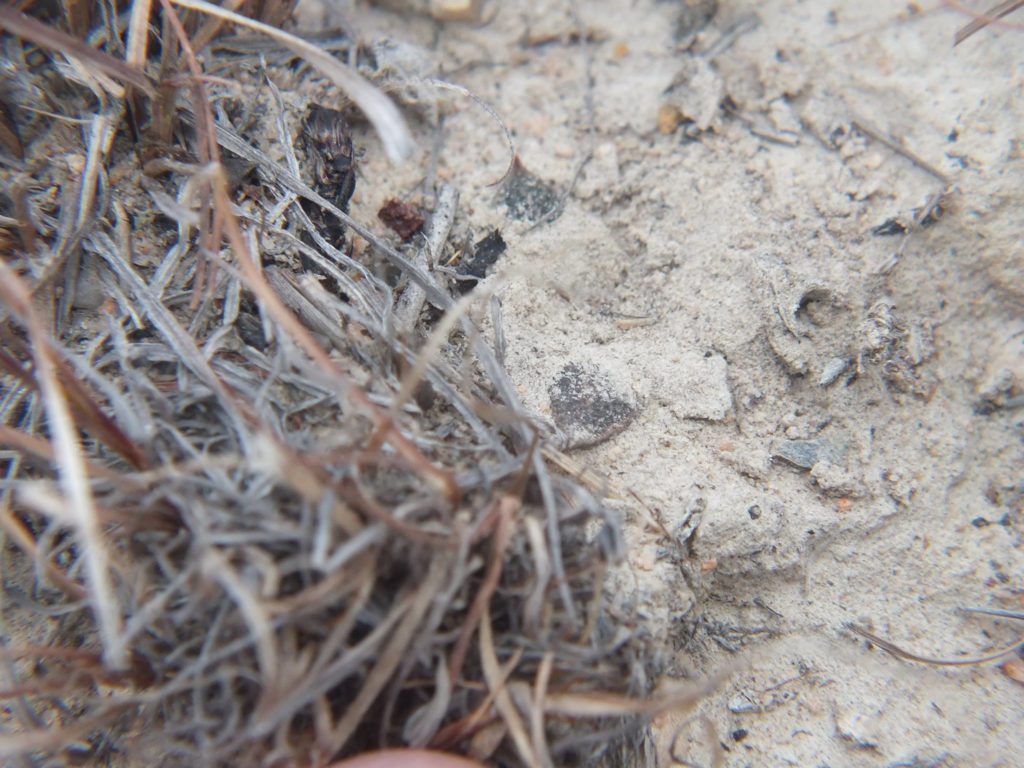
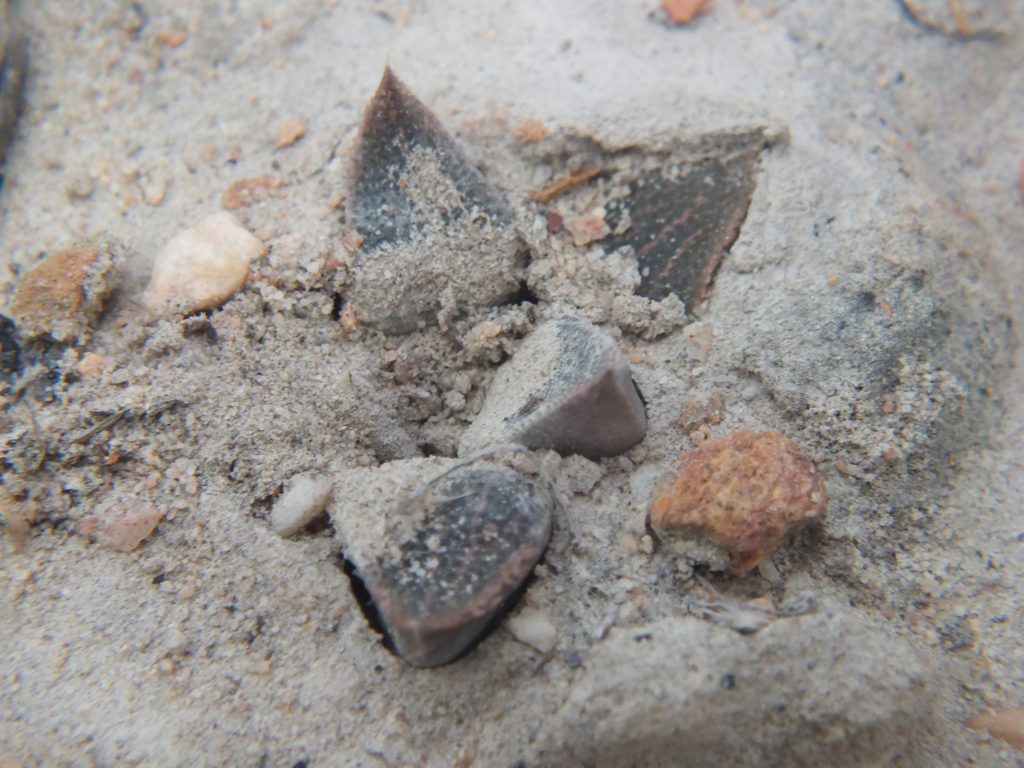
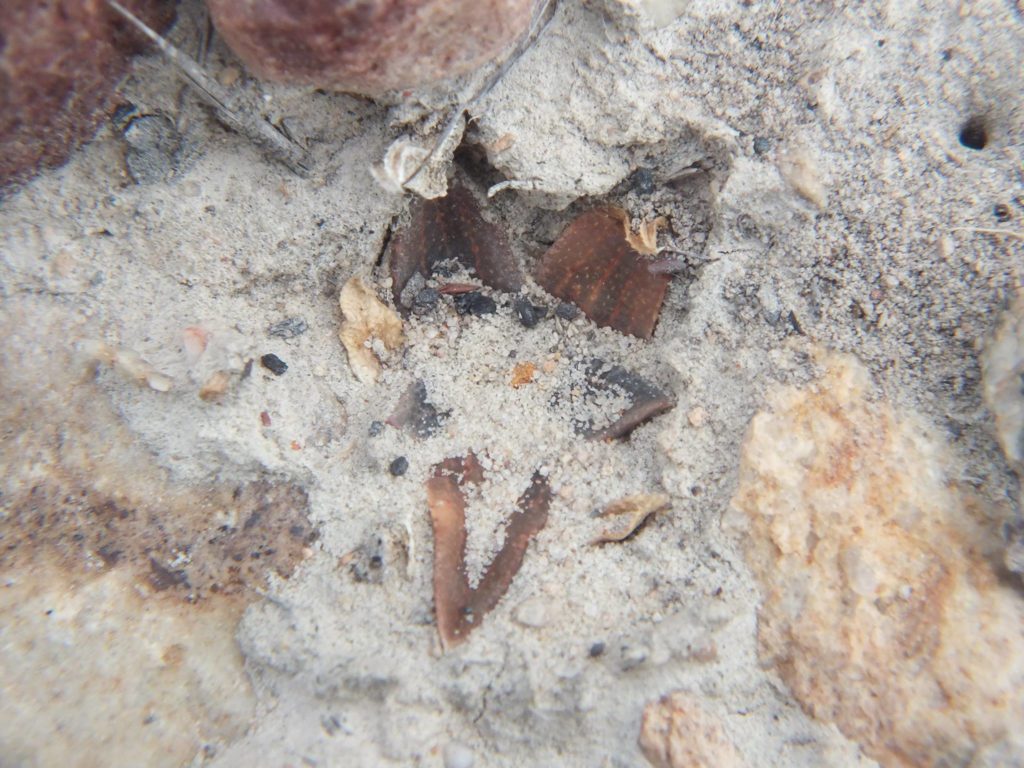
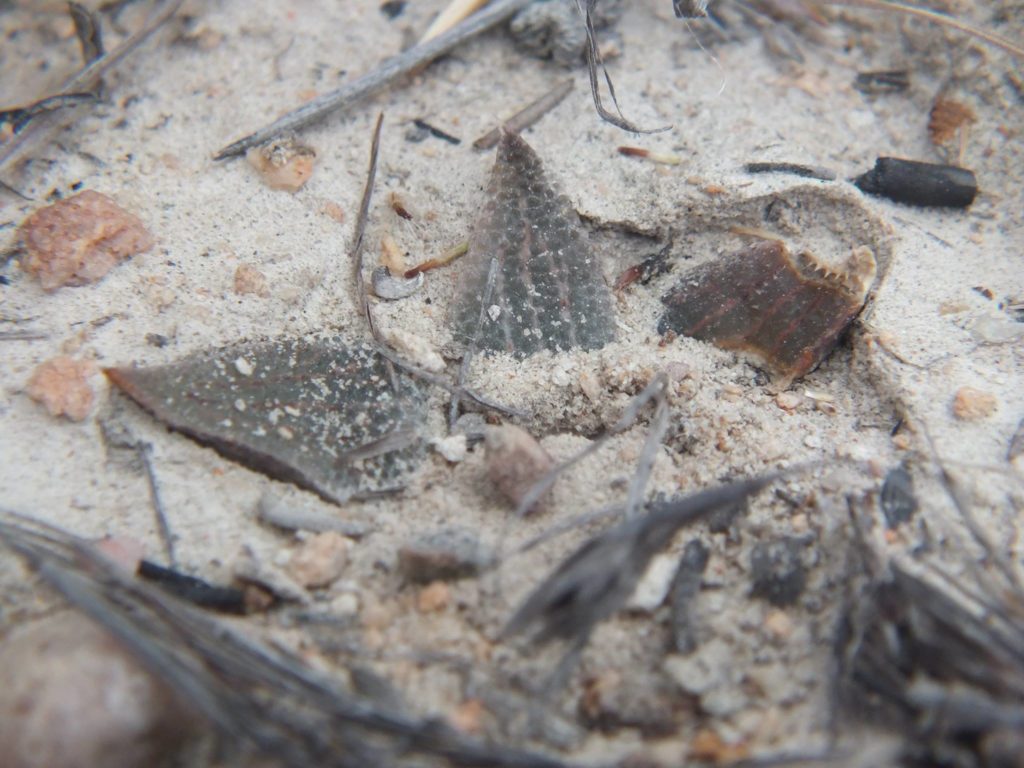
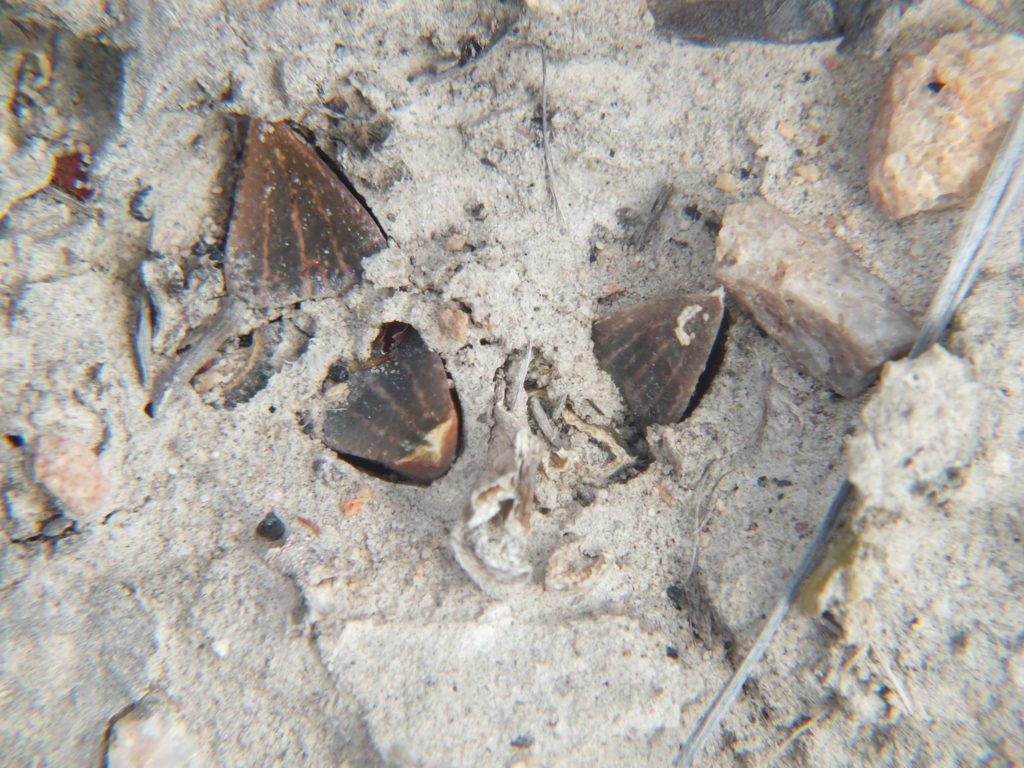
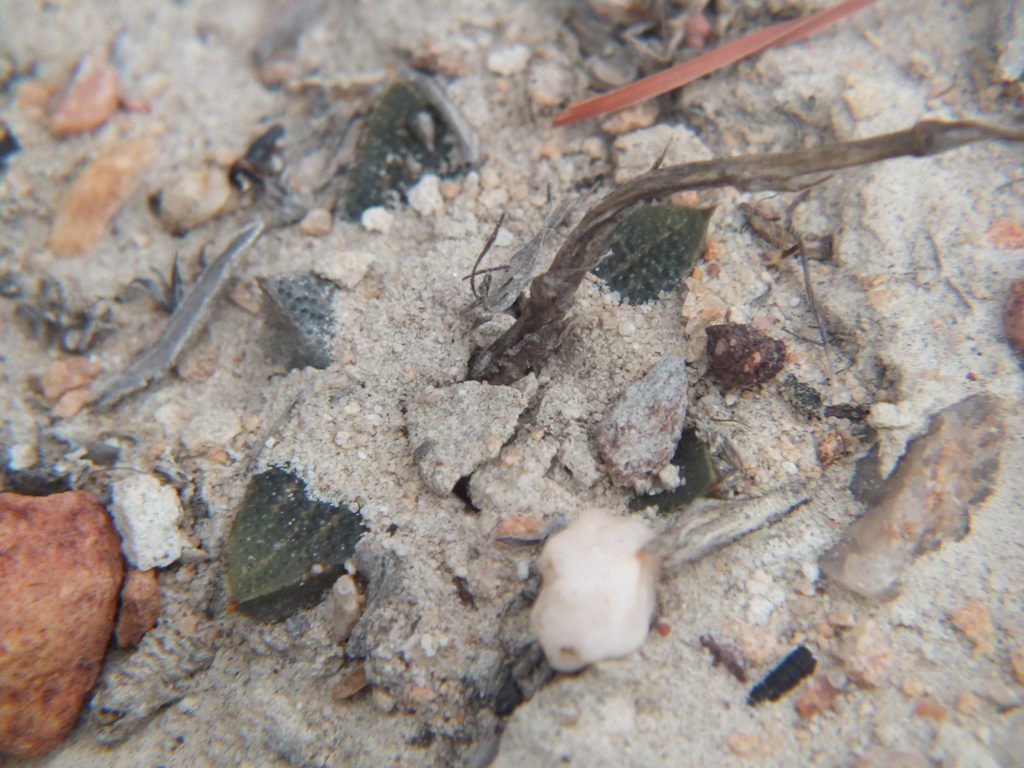
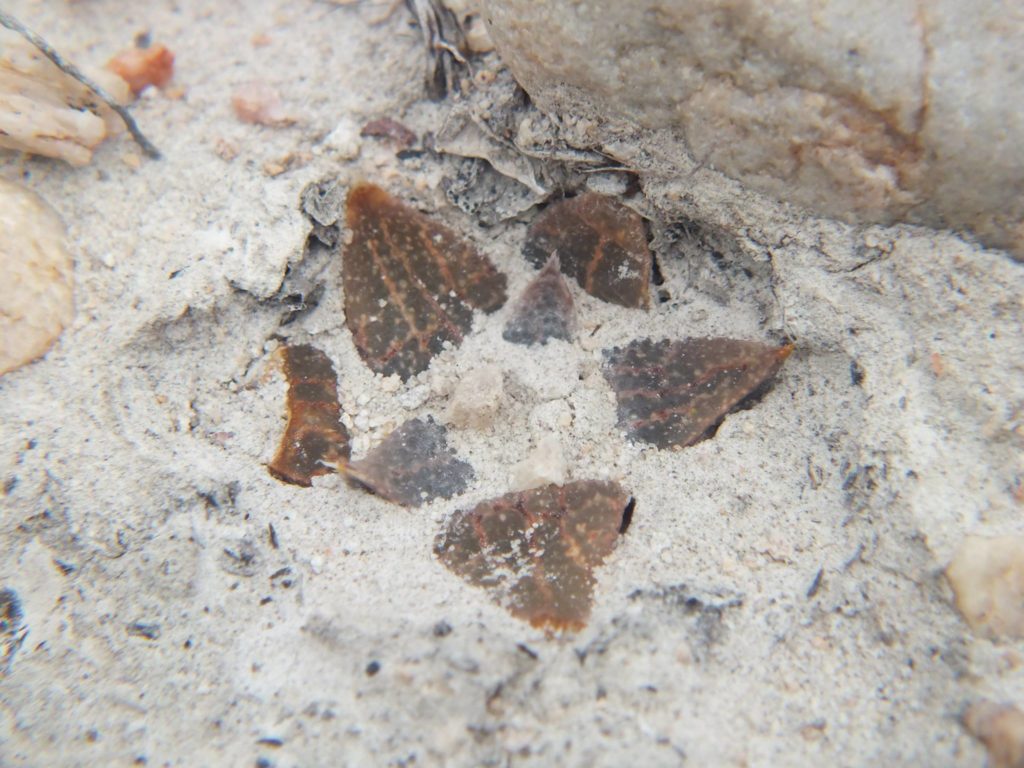
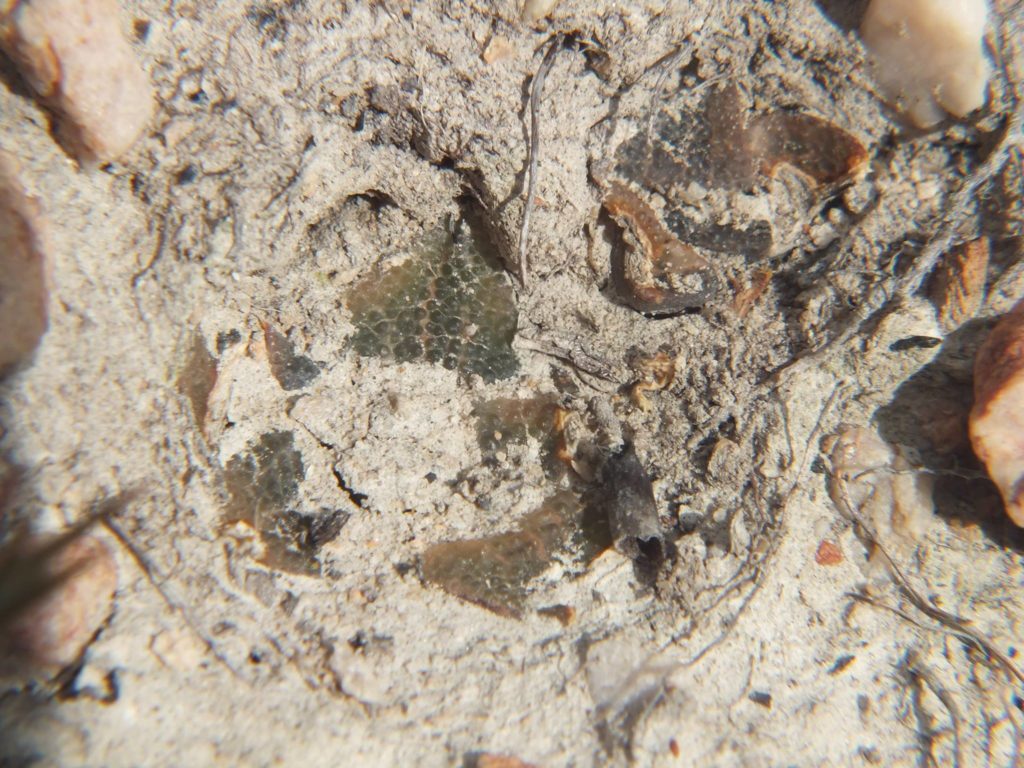
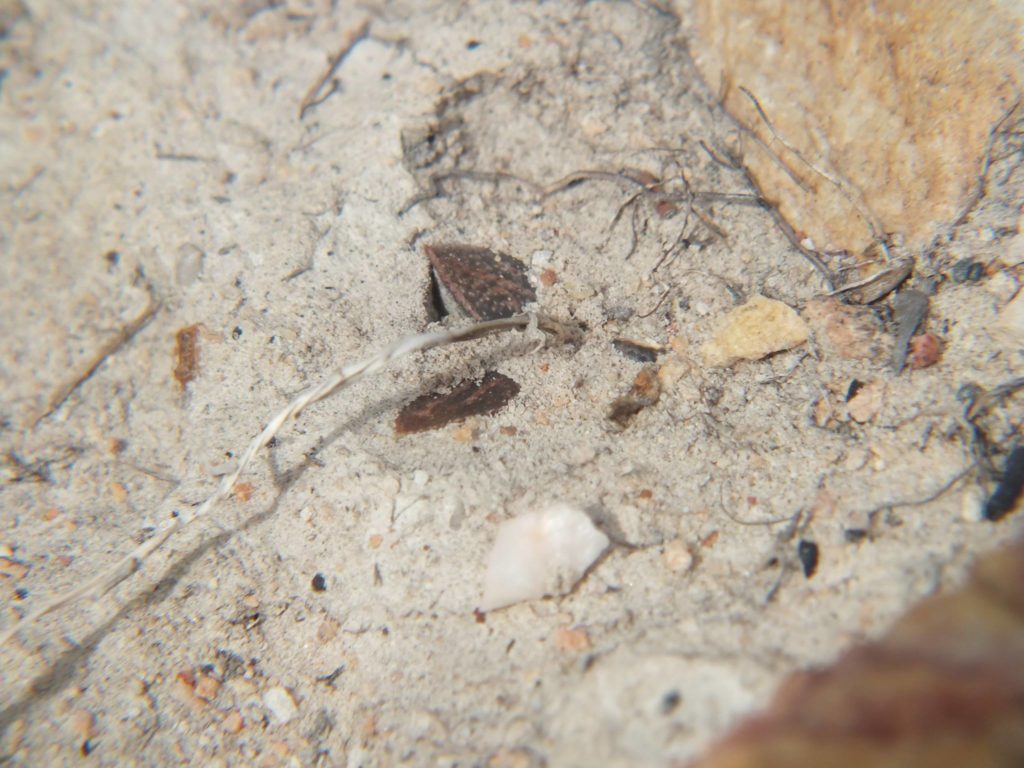
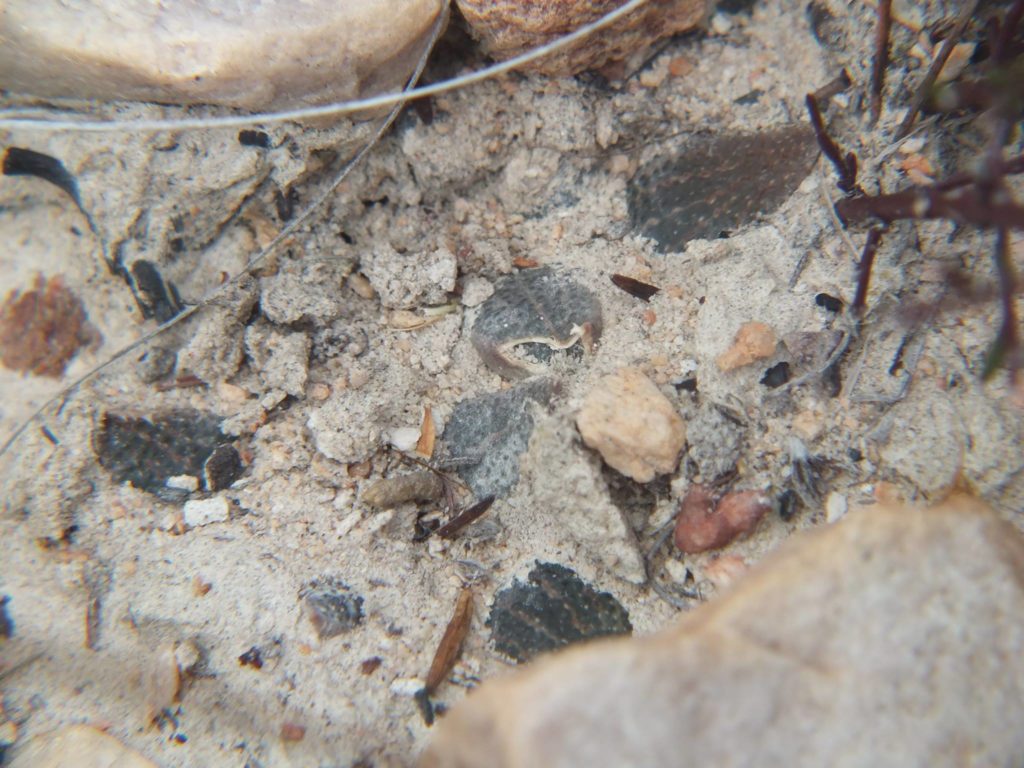
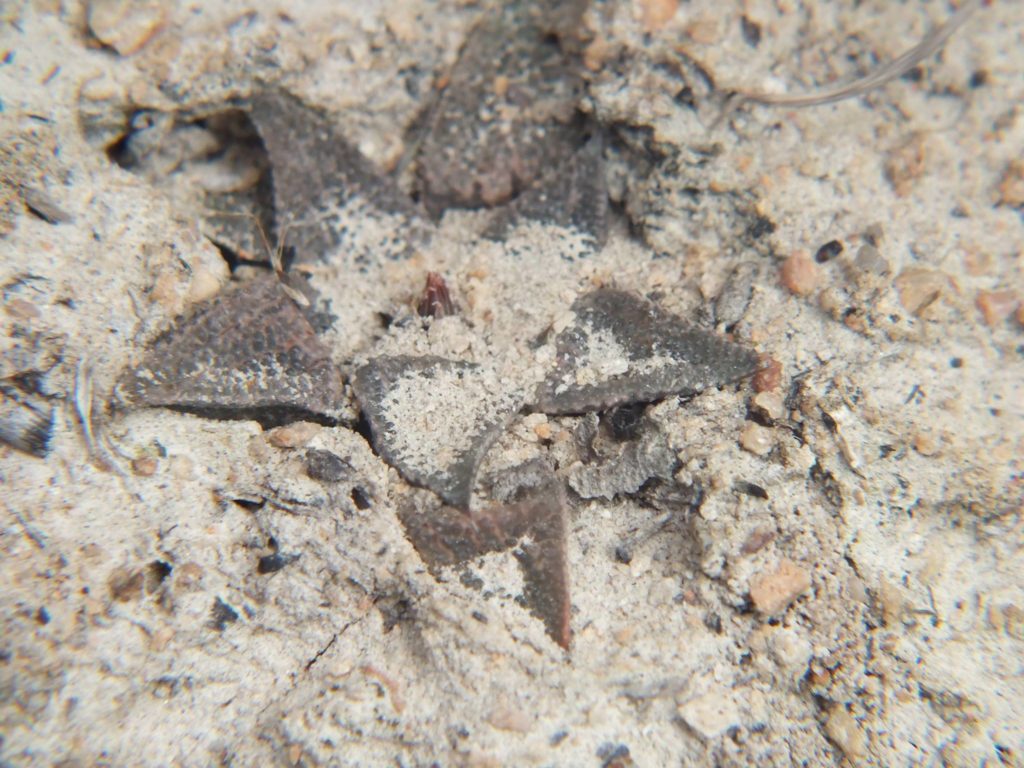
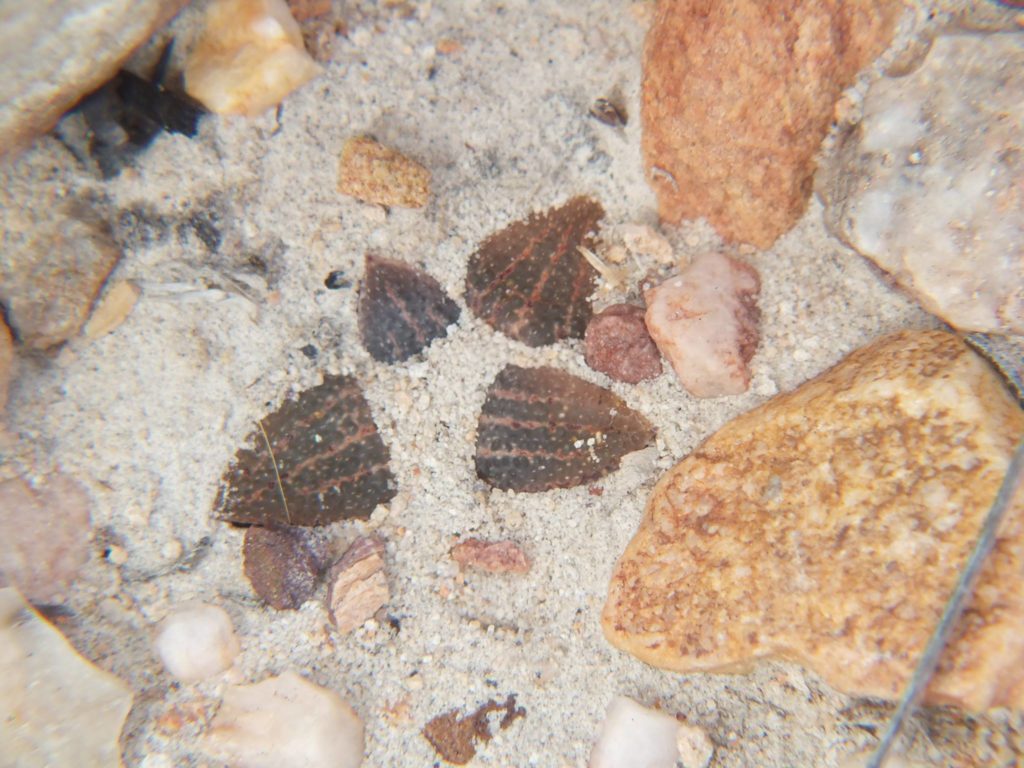
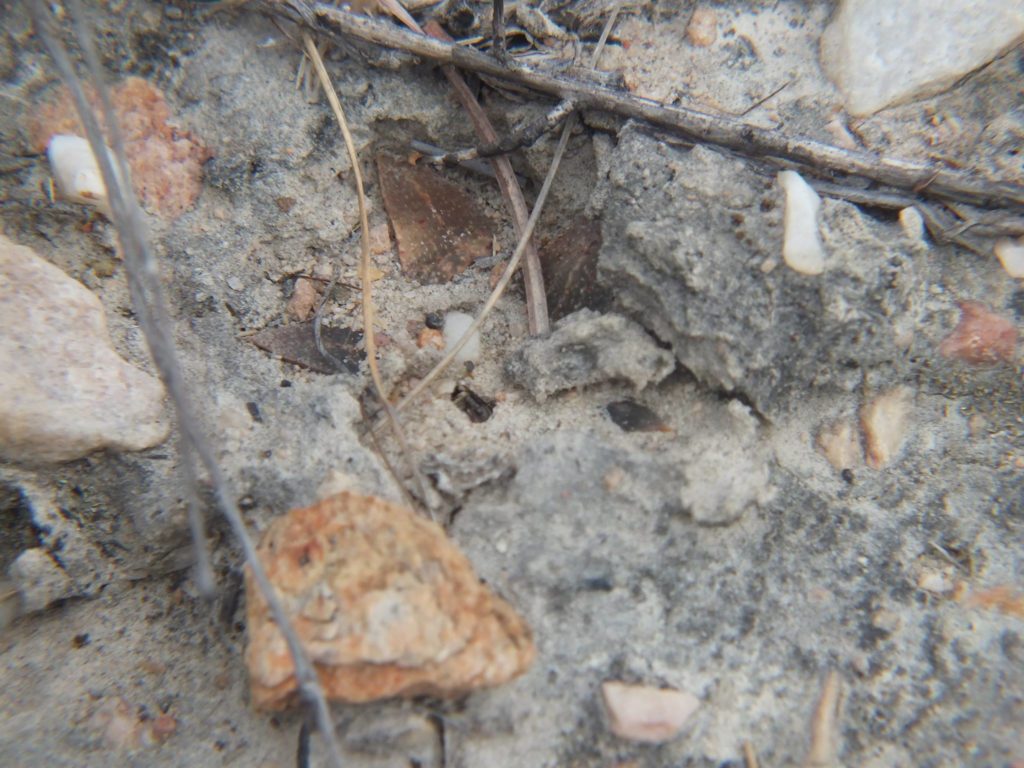
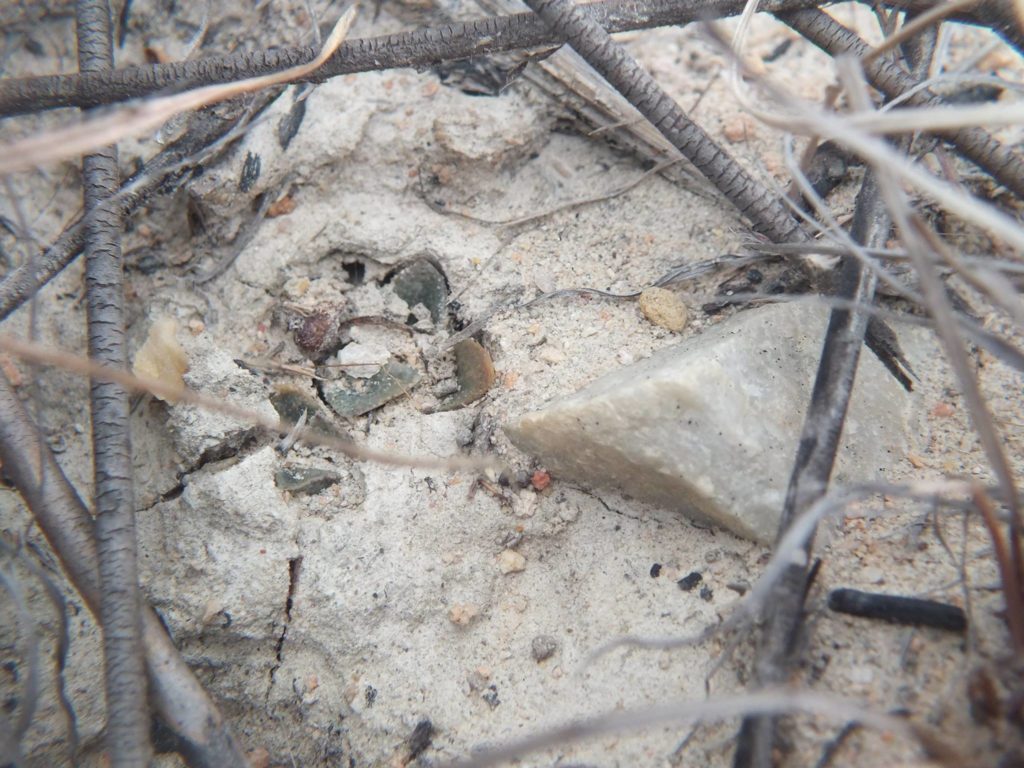
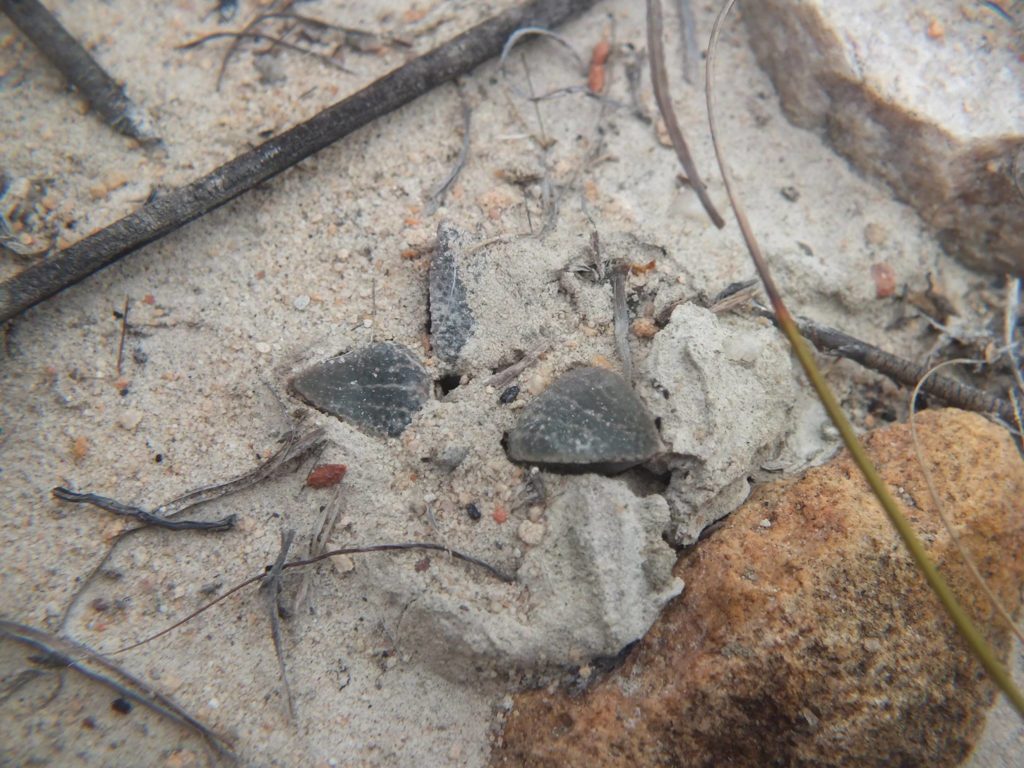
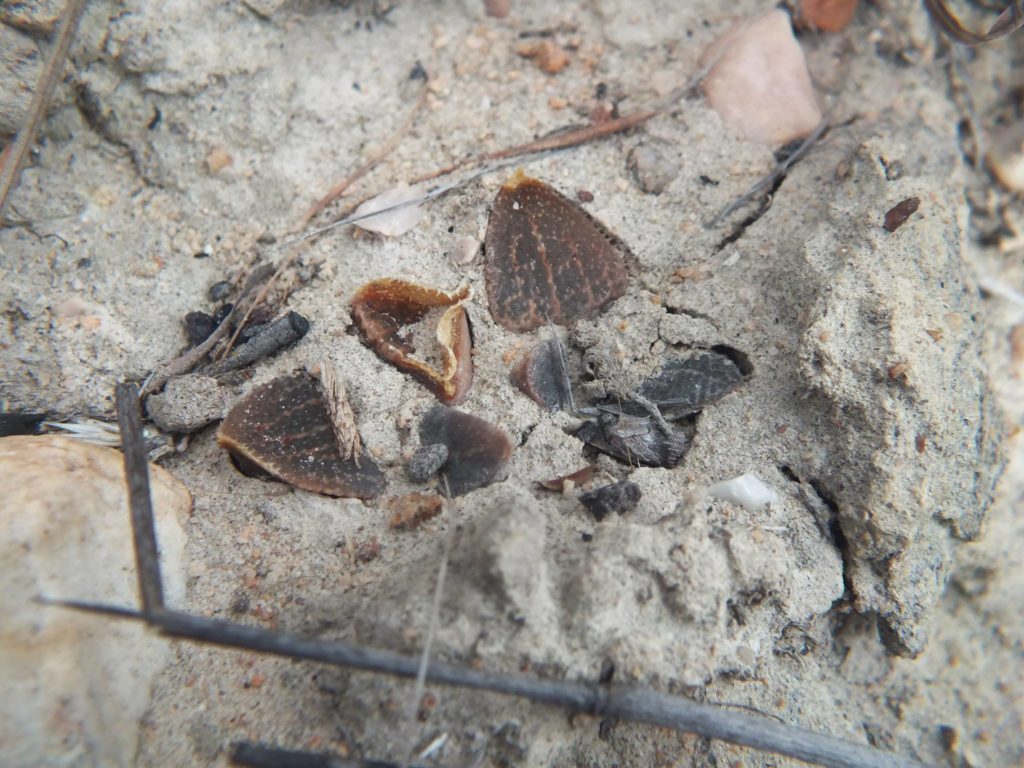
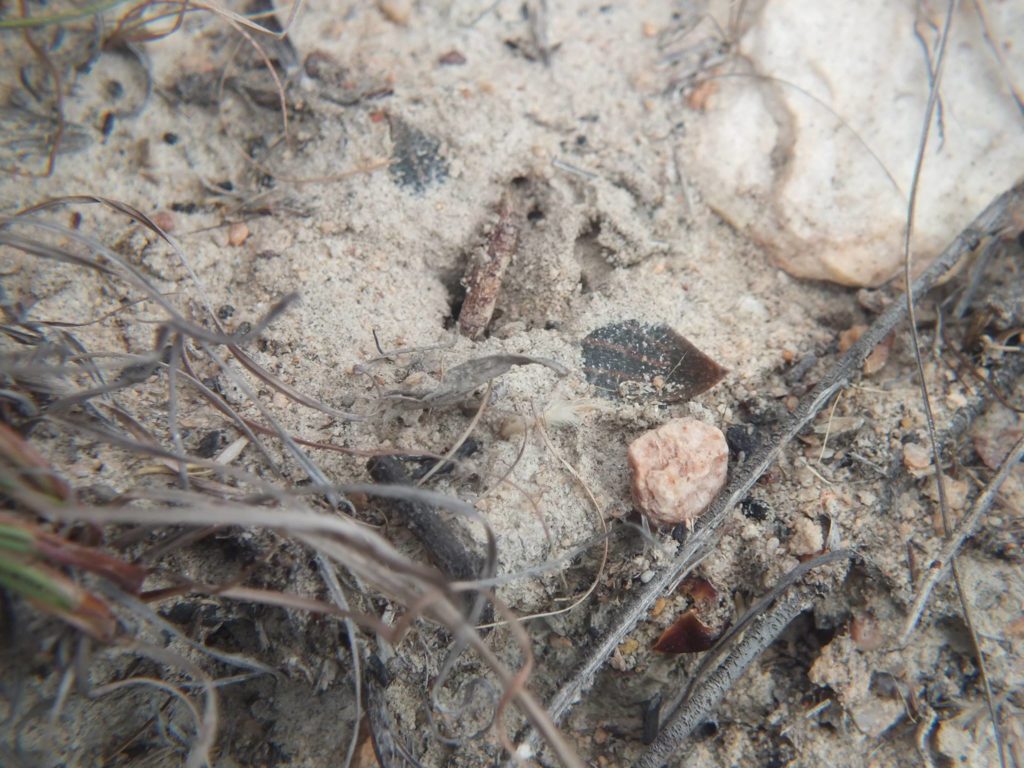
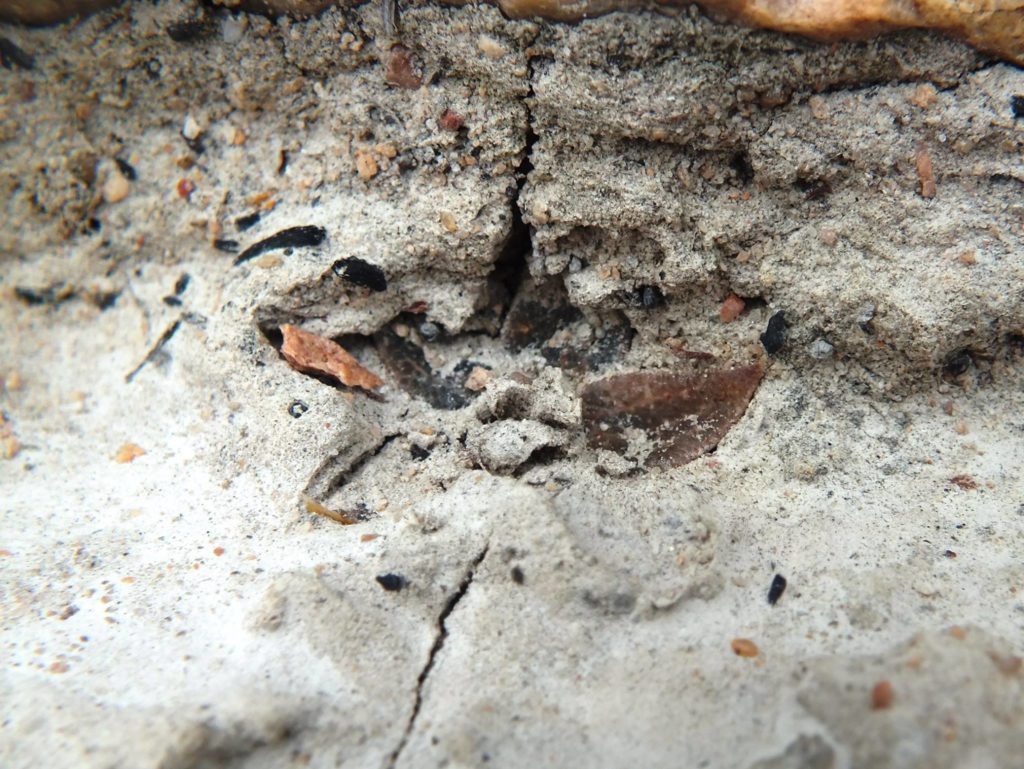
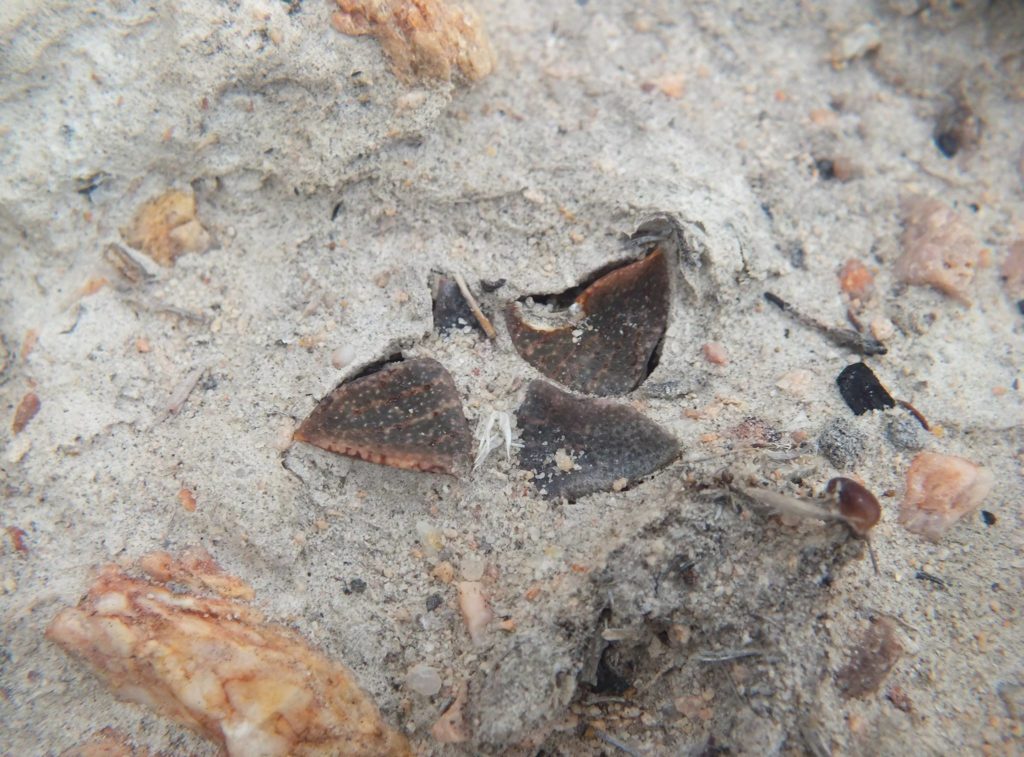
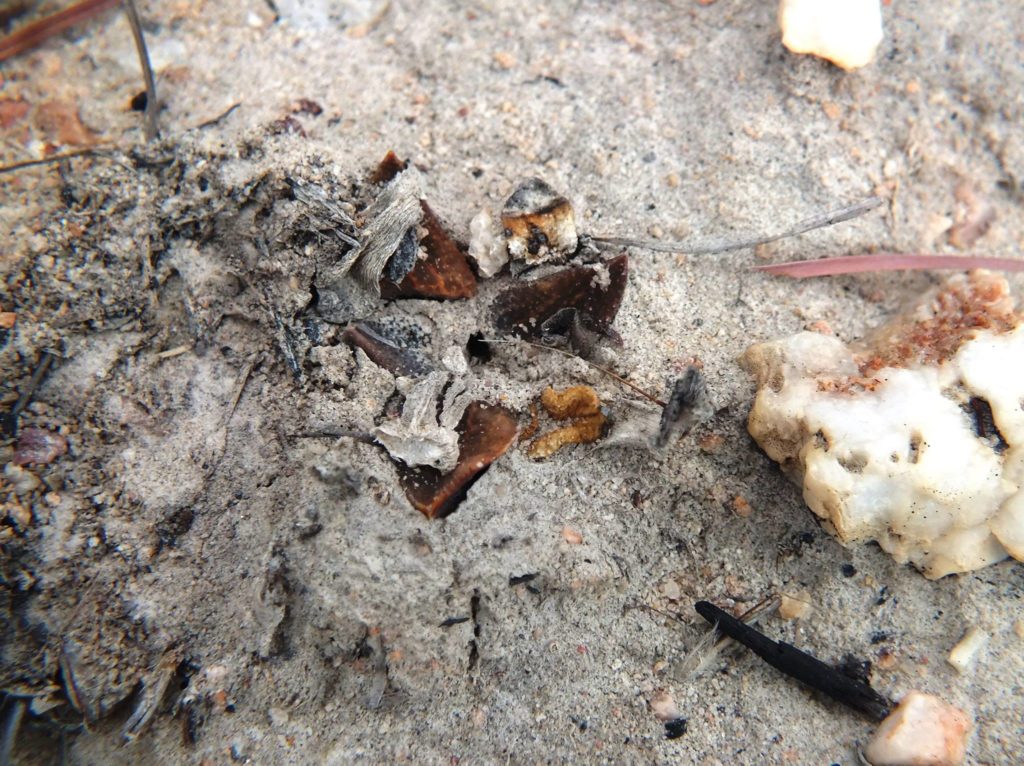
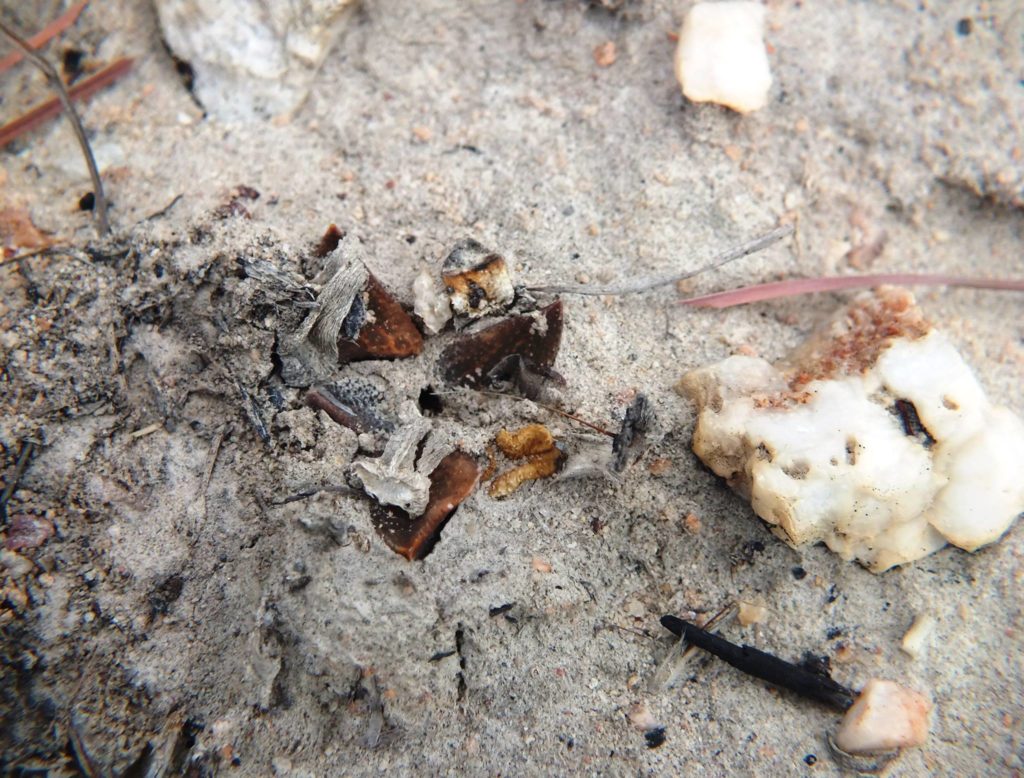
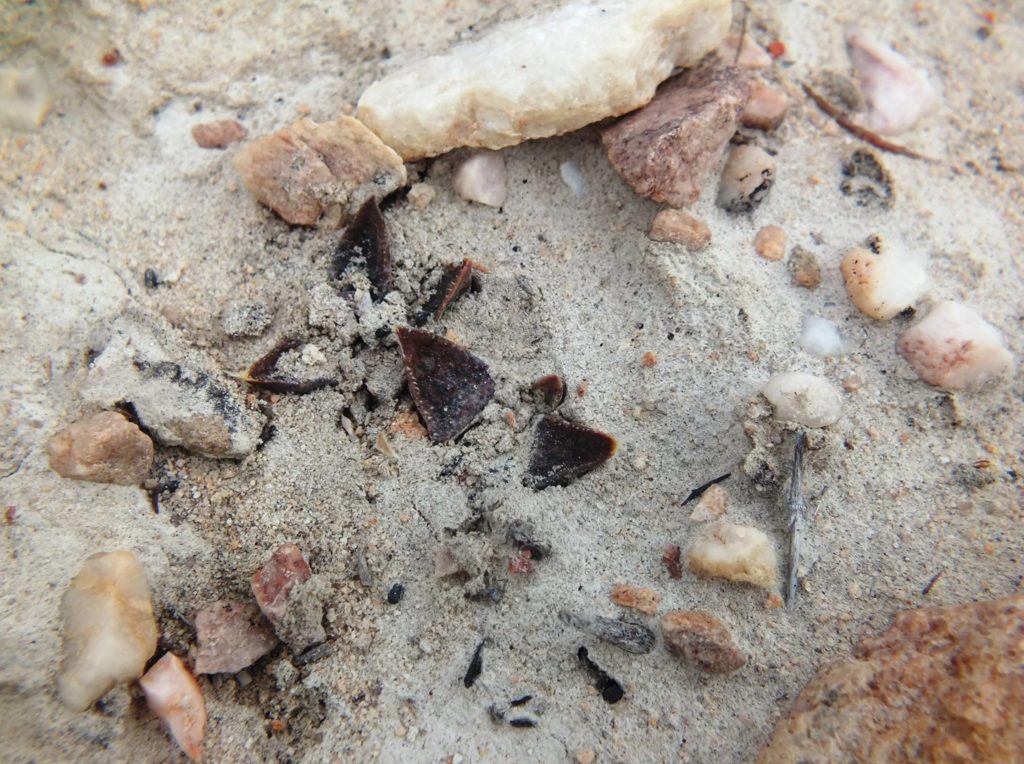
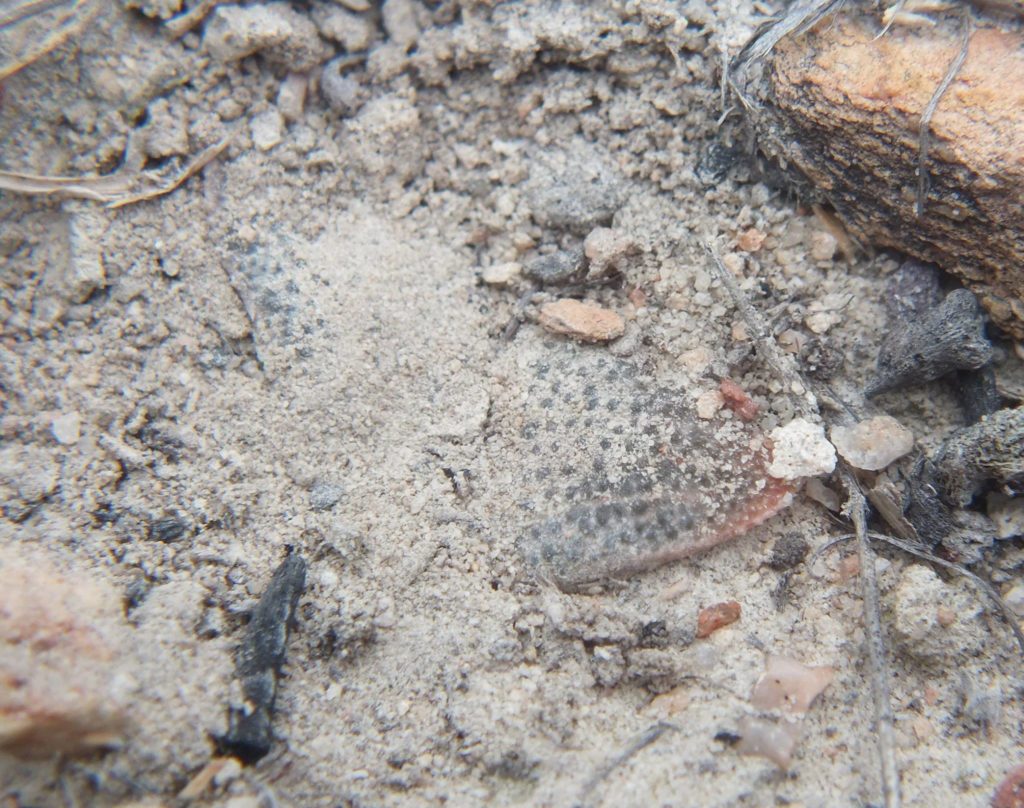
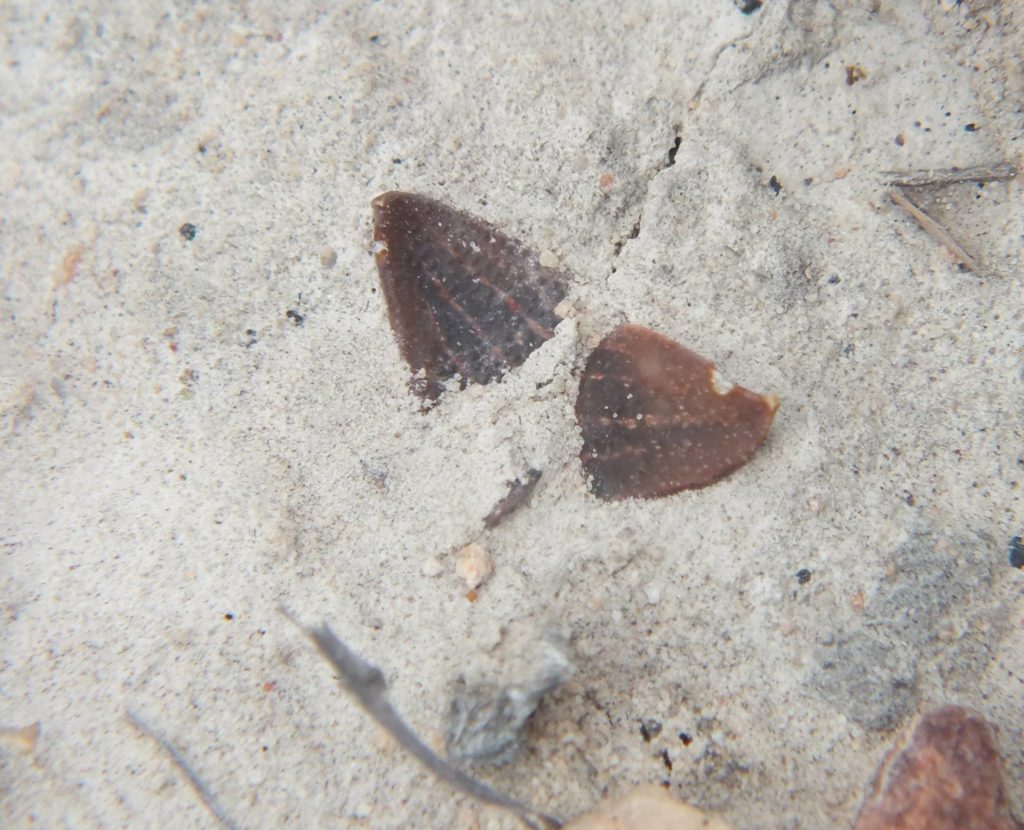
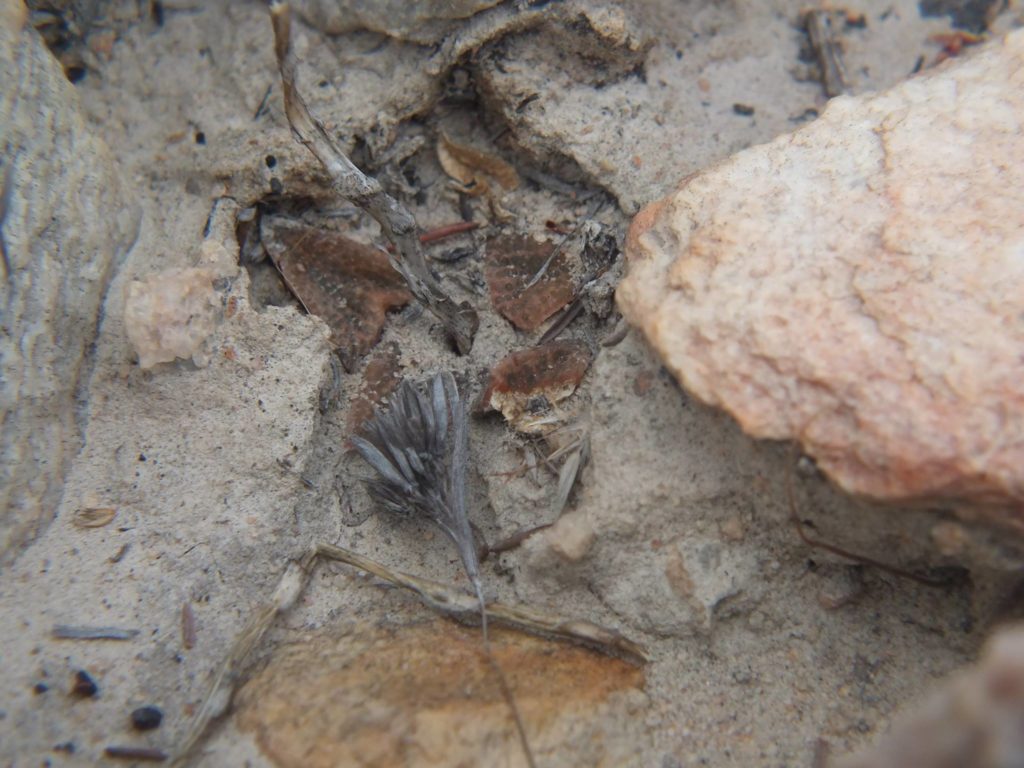
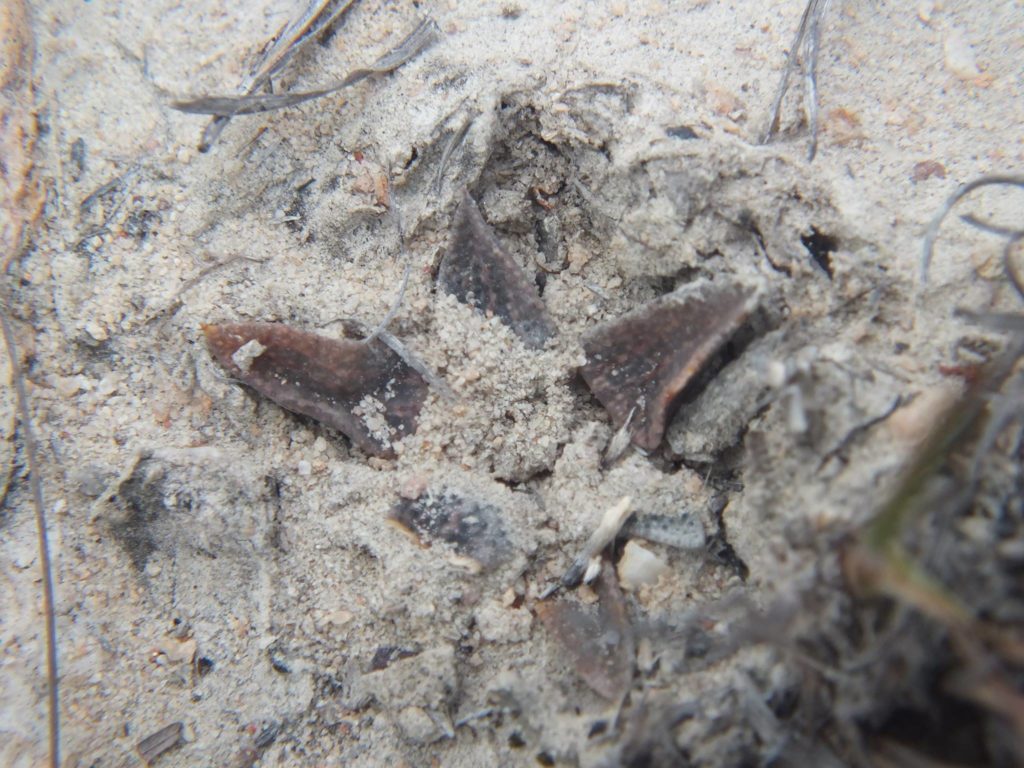
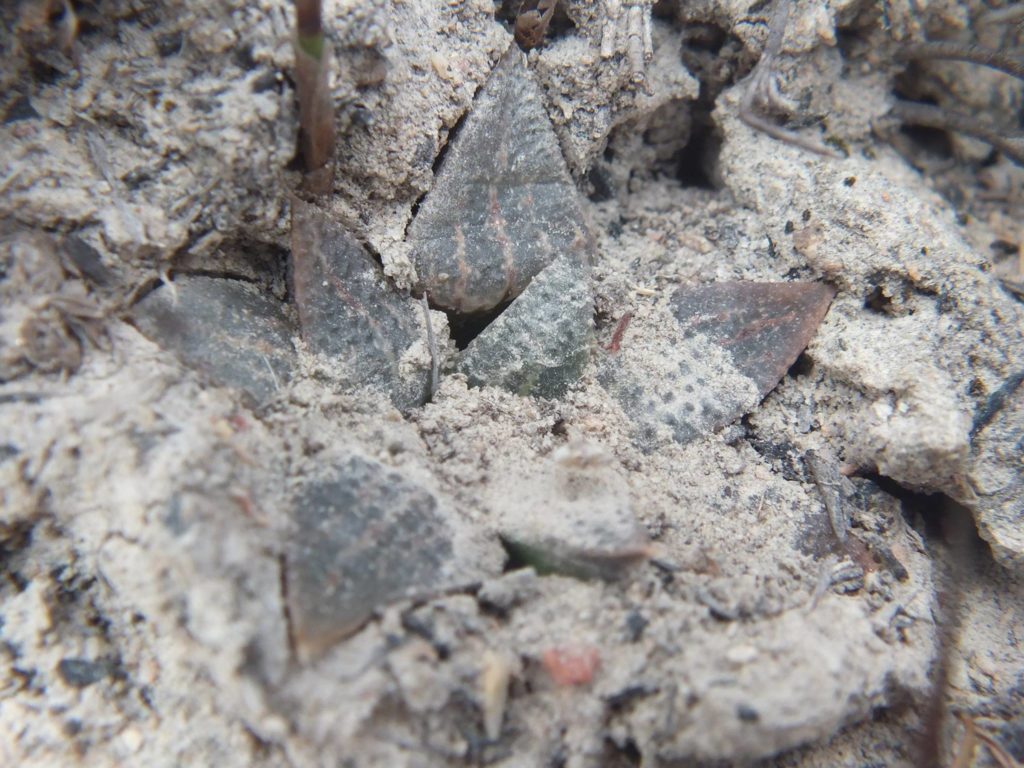
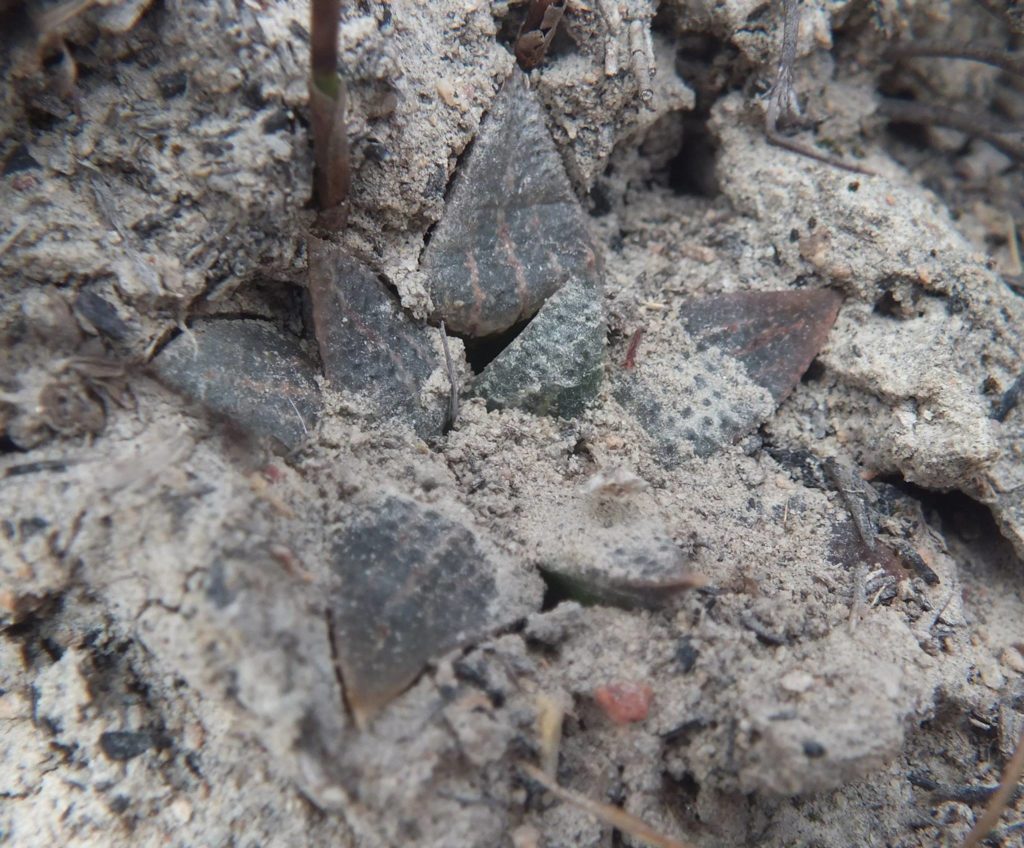
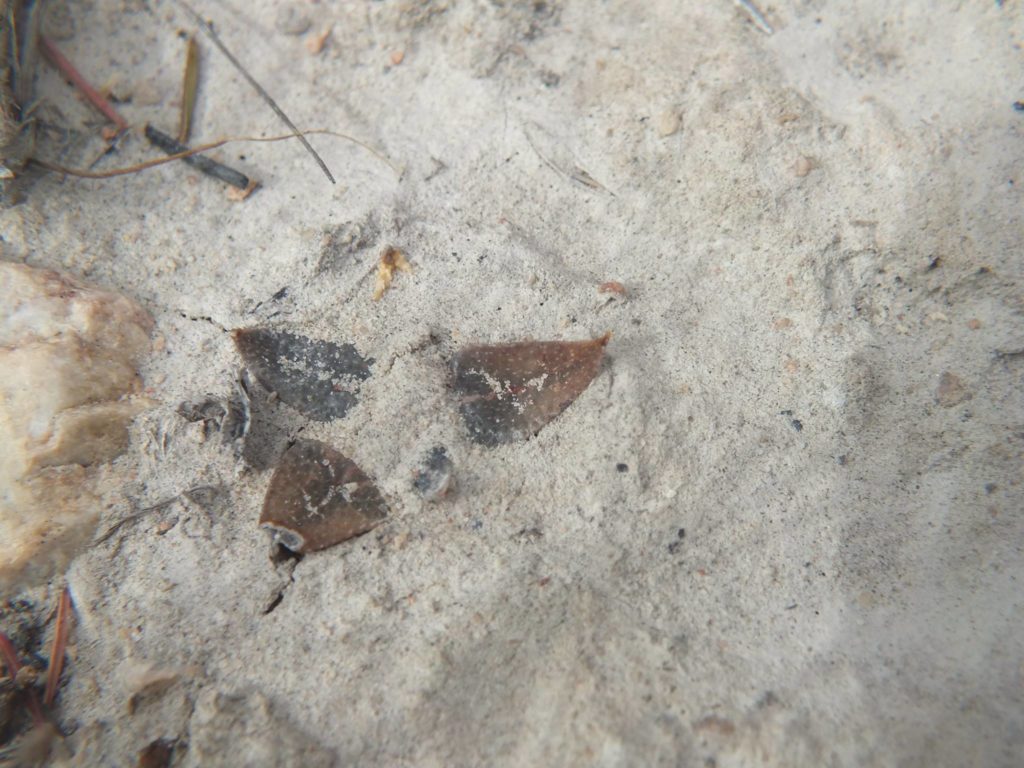
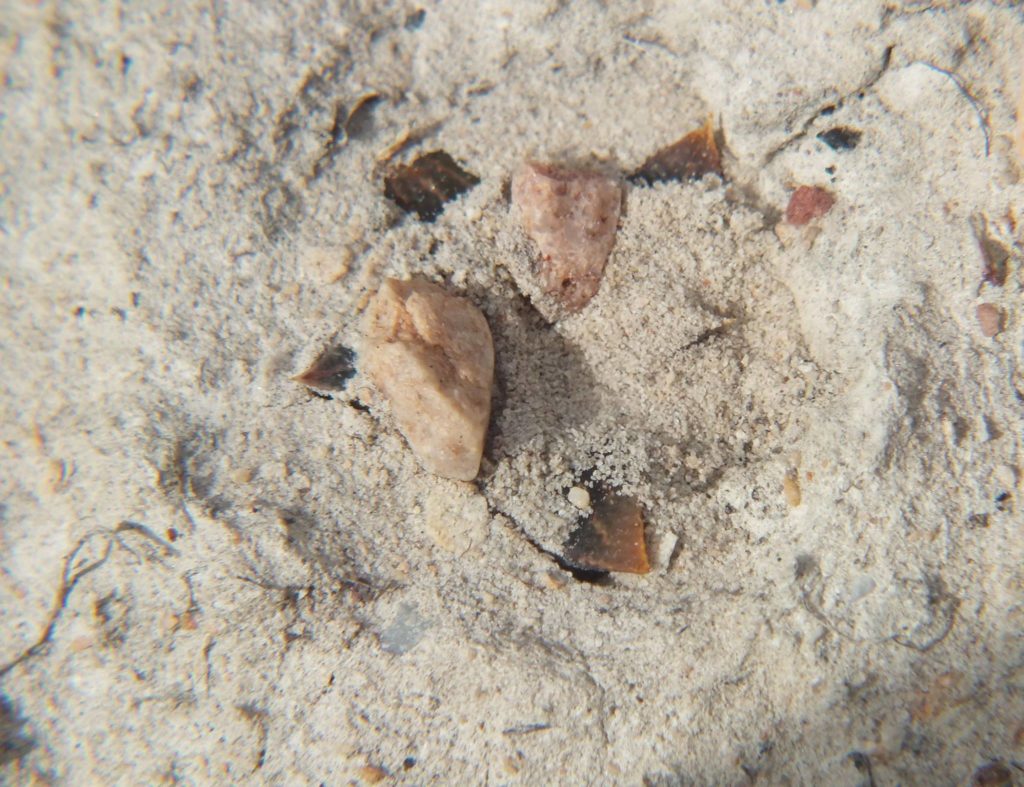
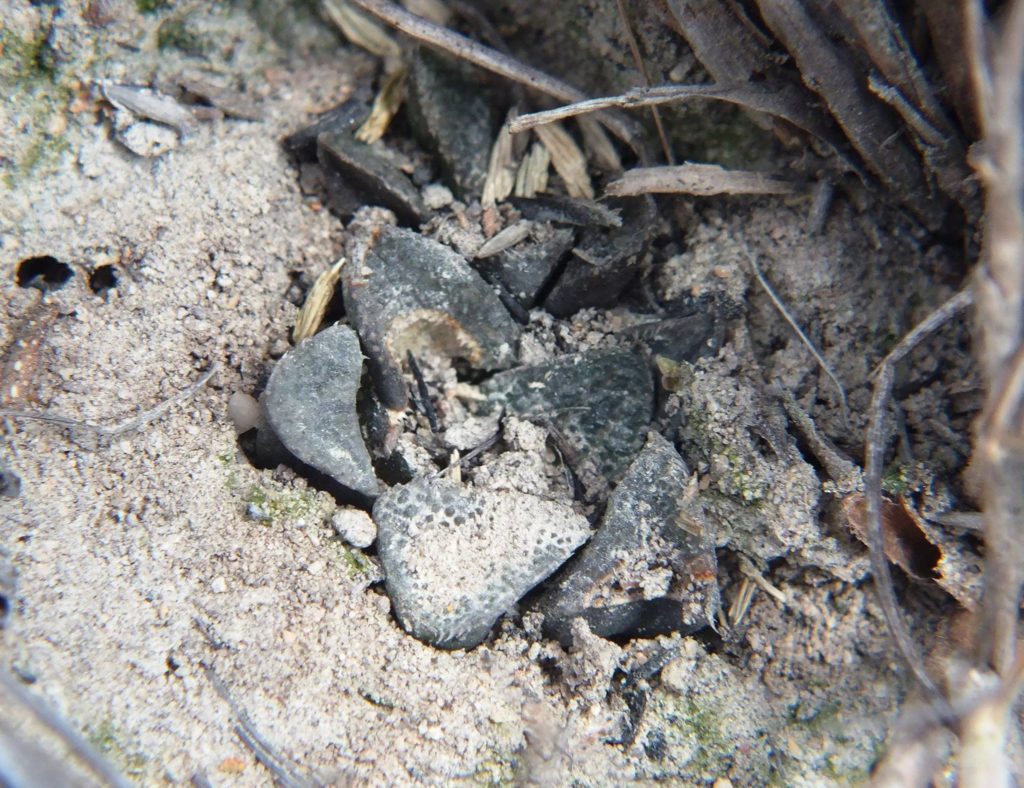
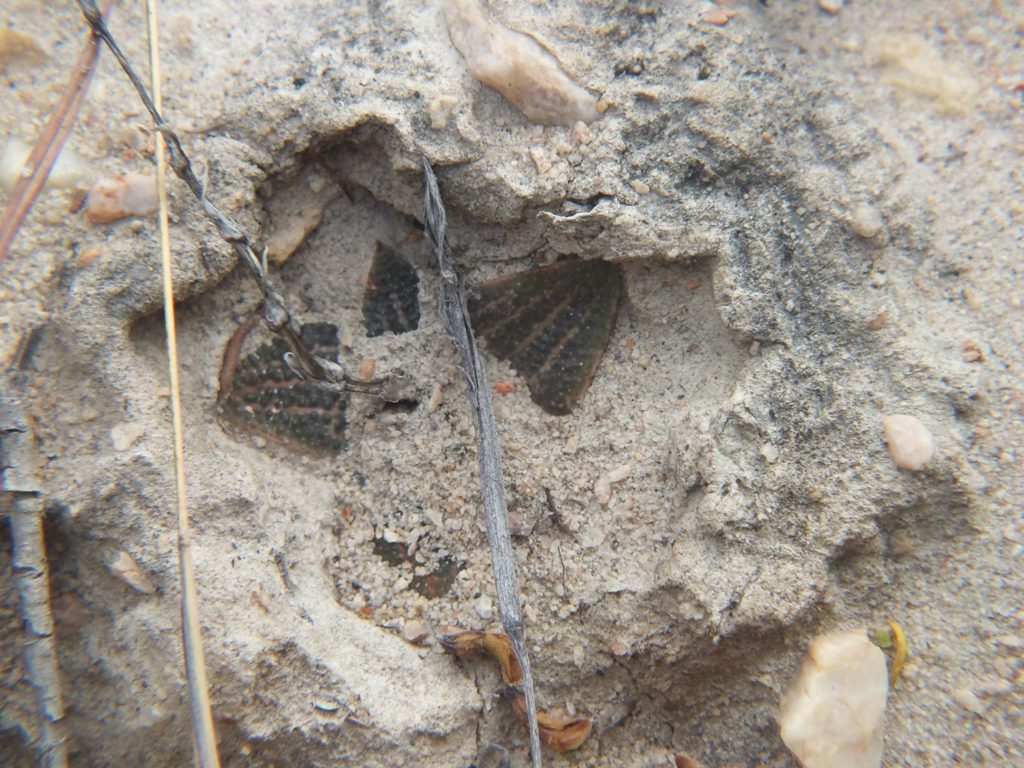
Incidentally both the soft shale bands within the Sandstone strata as well as the Bokkeveld Shale above, decompose to kaolinic clay.
I took so many pictures that I will just post because I was so fascinated myself. The population is in an area quite new to me and wholly empty as far as haworthia records go – but perfectly predictable if you throw out the chaff. In the meantime, keep thinking.
The plants were all in much the same situations among sparse restioids and grass and very few other succulents. Next I will post better pictures of a few plants and explain a bit more.
What do we have so far? mirabilis, ‘magnifica’, atrofusca, pygmaea, comptoniana, esterhuizenii, Quite good actually – but some serious omissions. Any more offers – these are all excellent.
Just to make sure the name “magnifica” makes sense, here are a few pictures taken at the type locality.
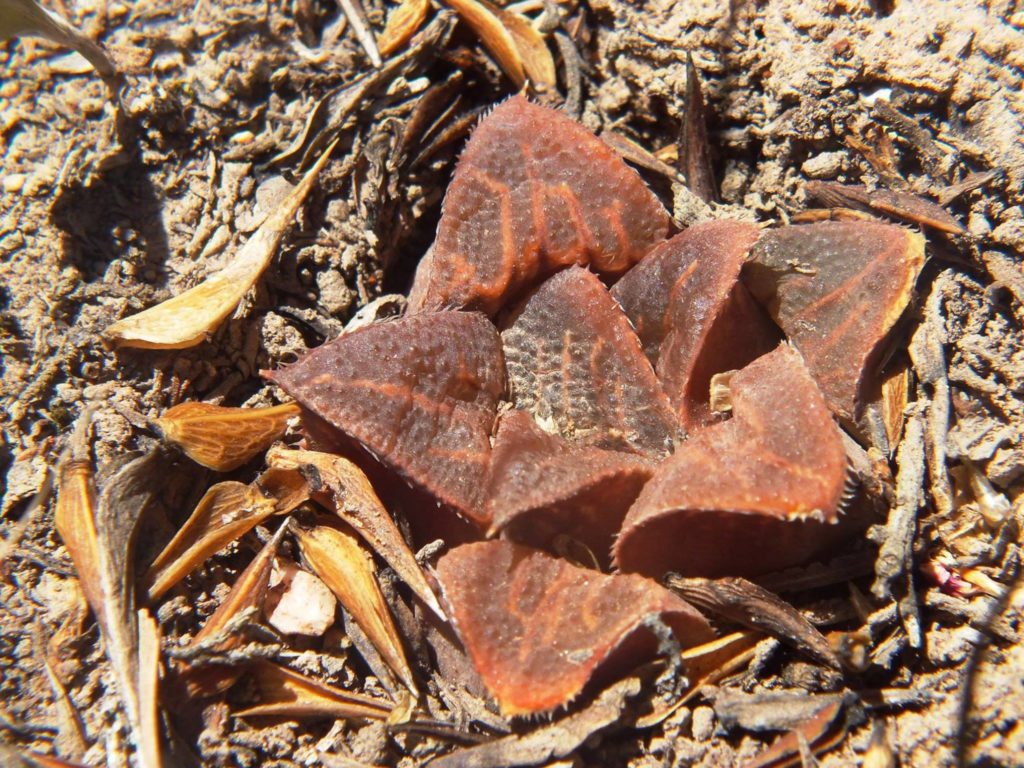
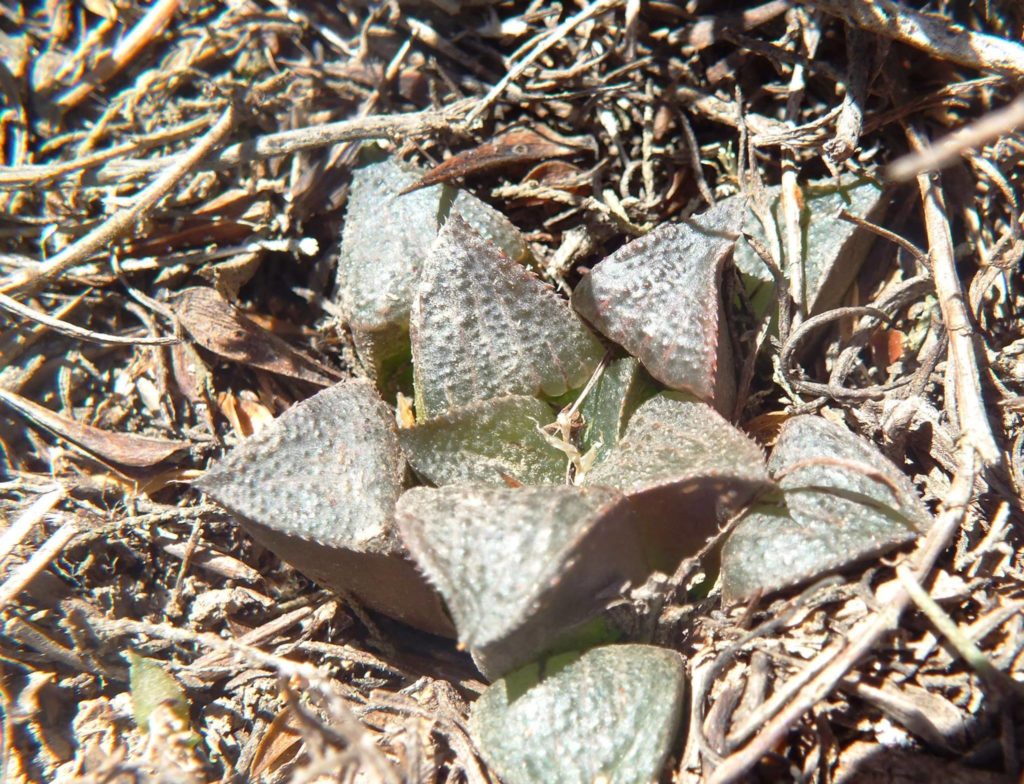
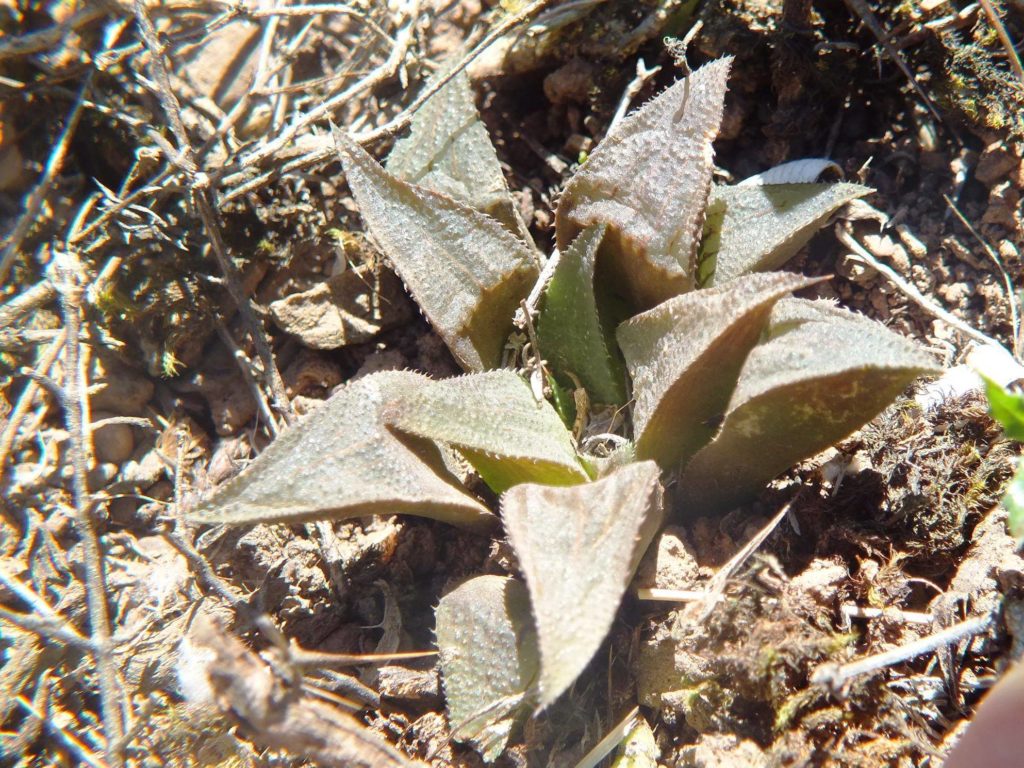
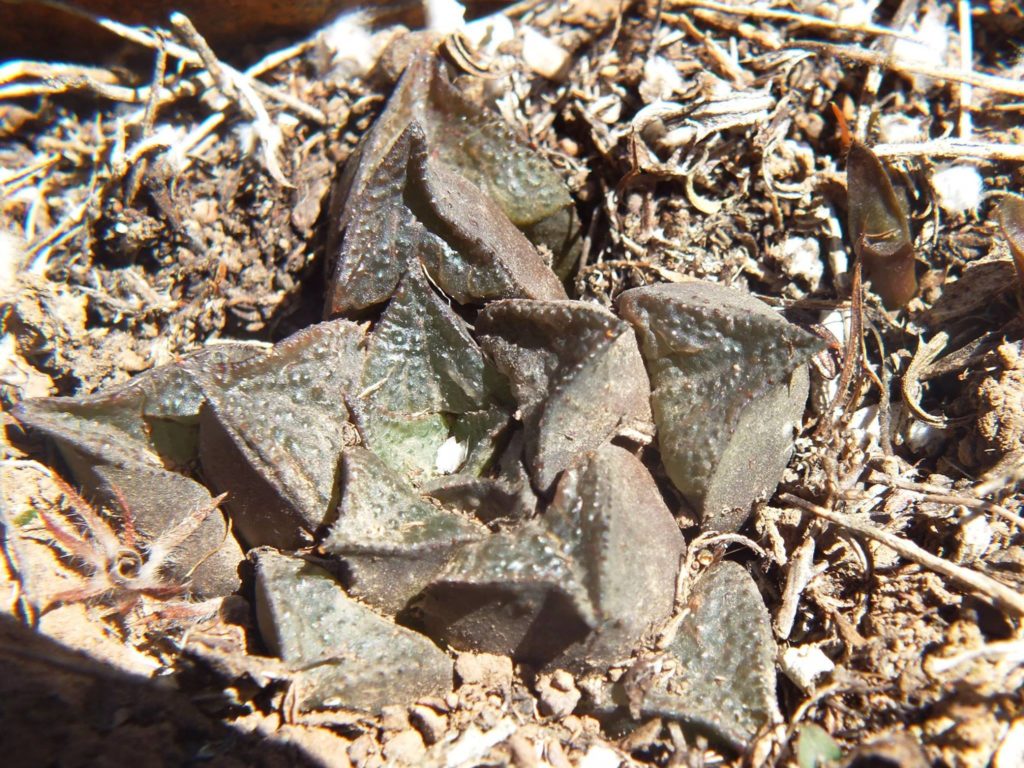
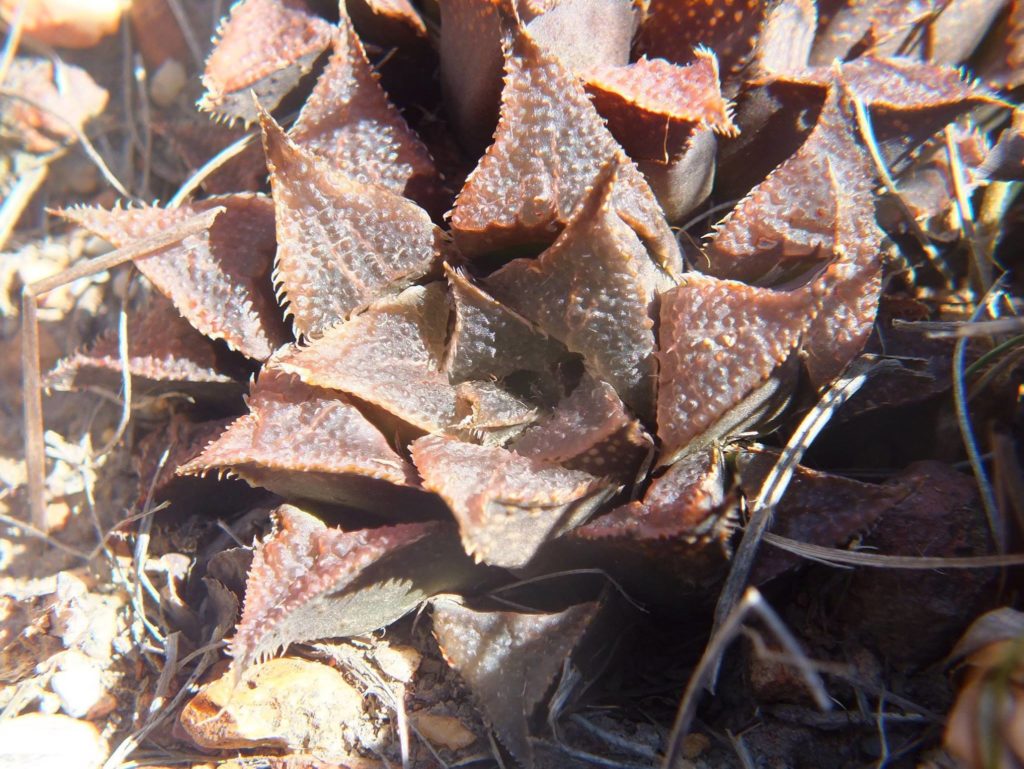
While looking at those magnifica pictures I was struck by these two to show how a retusa influence is present.
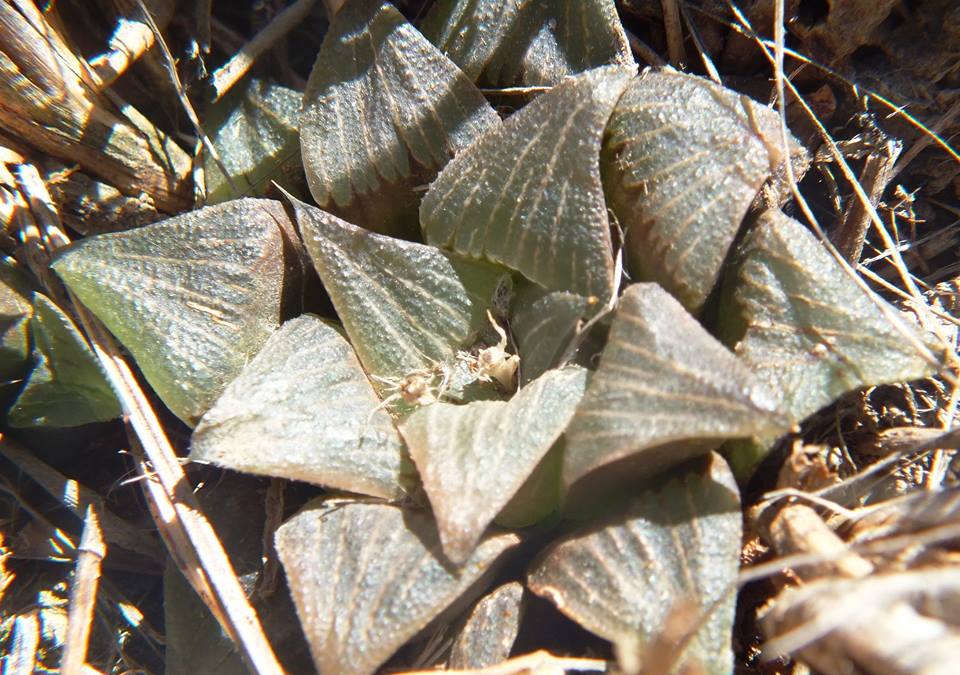
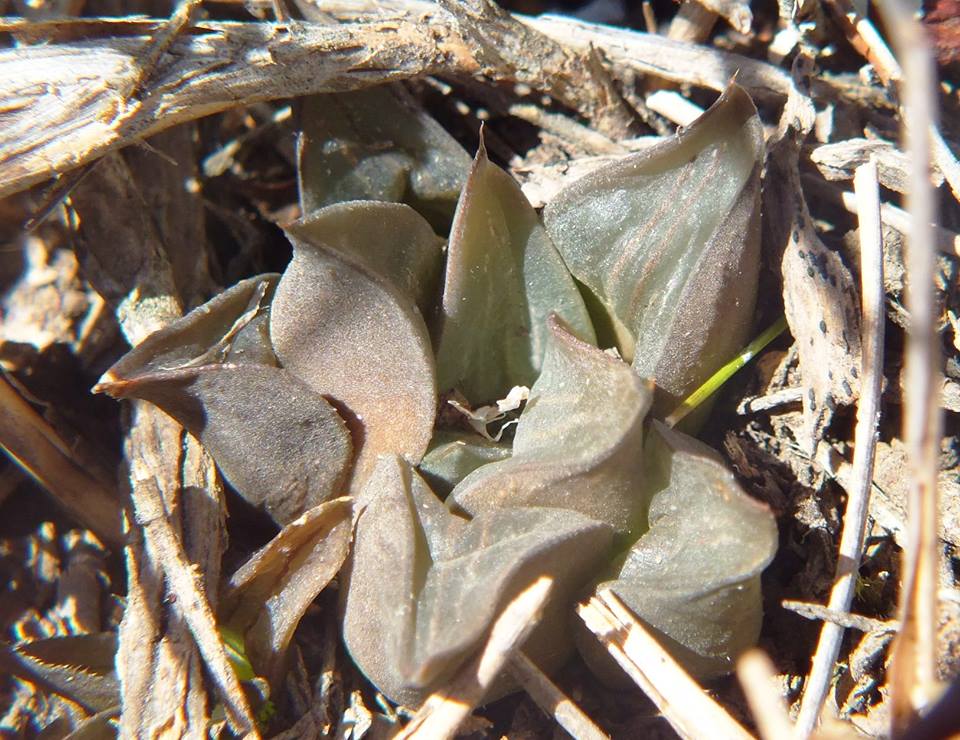
A closer look at the new find.
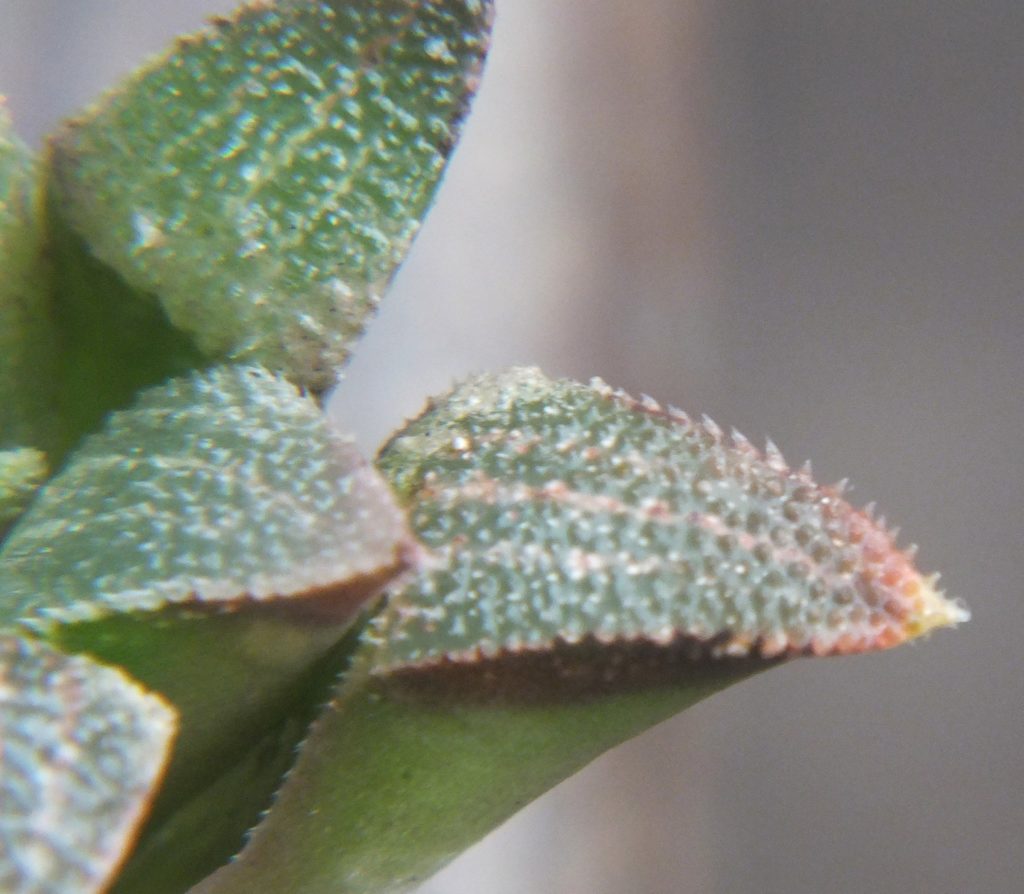
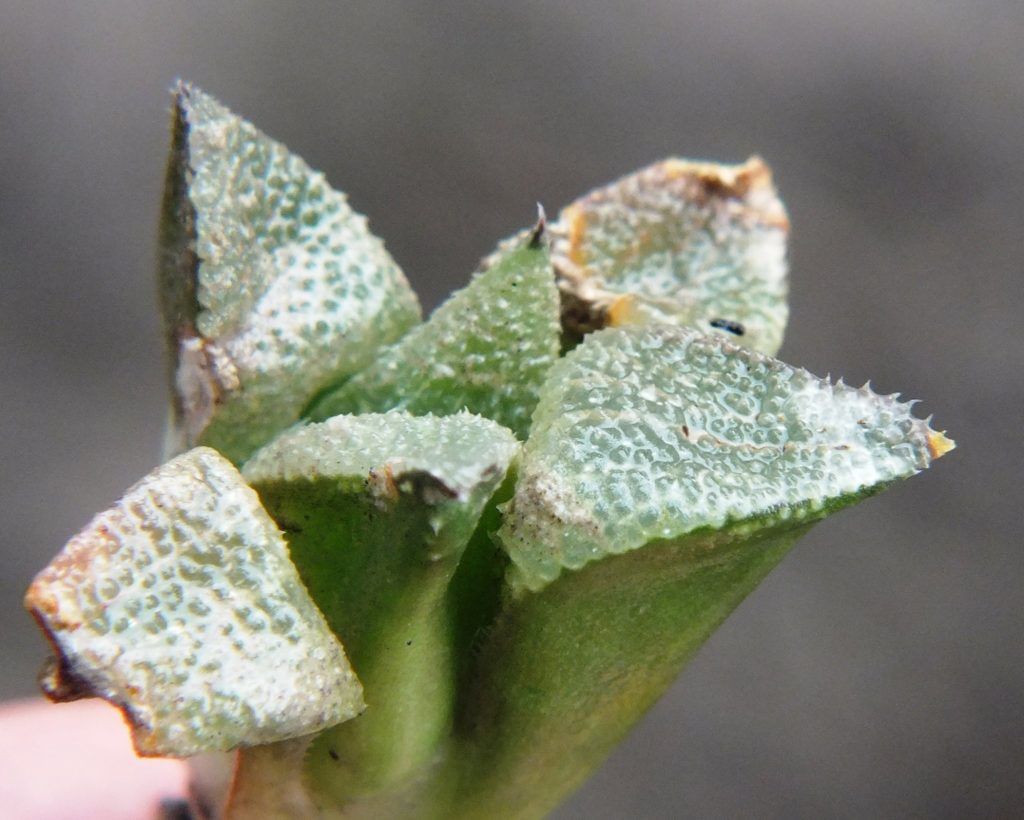
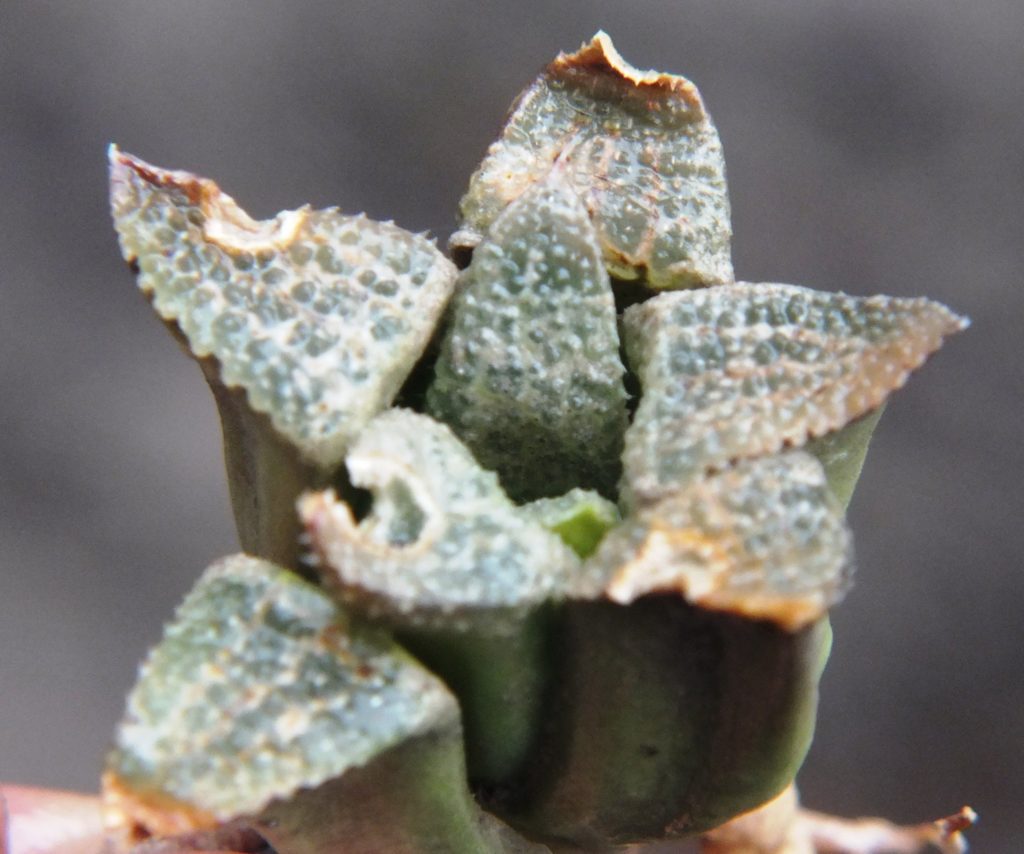
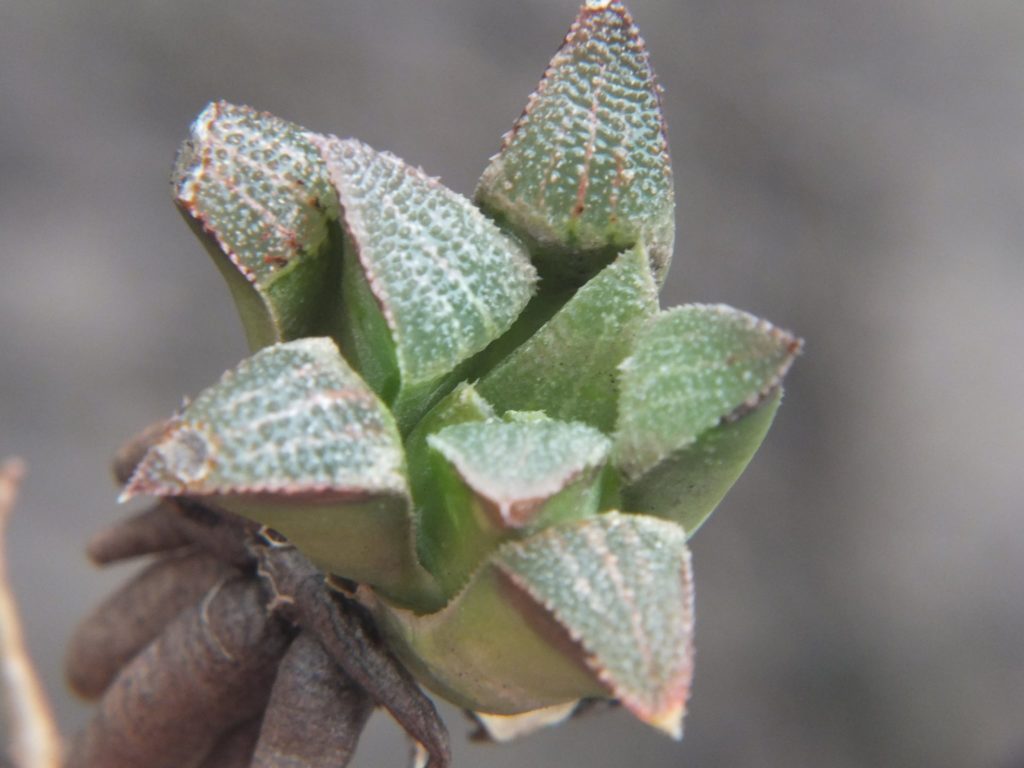
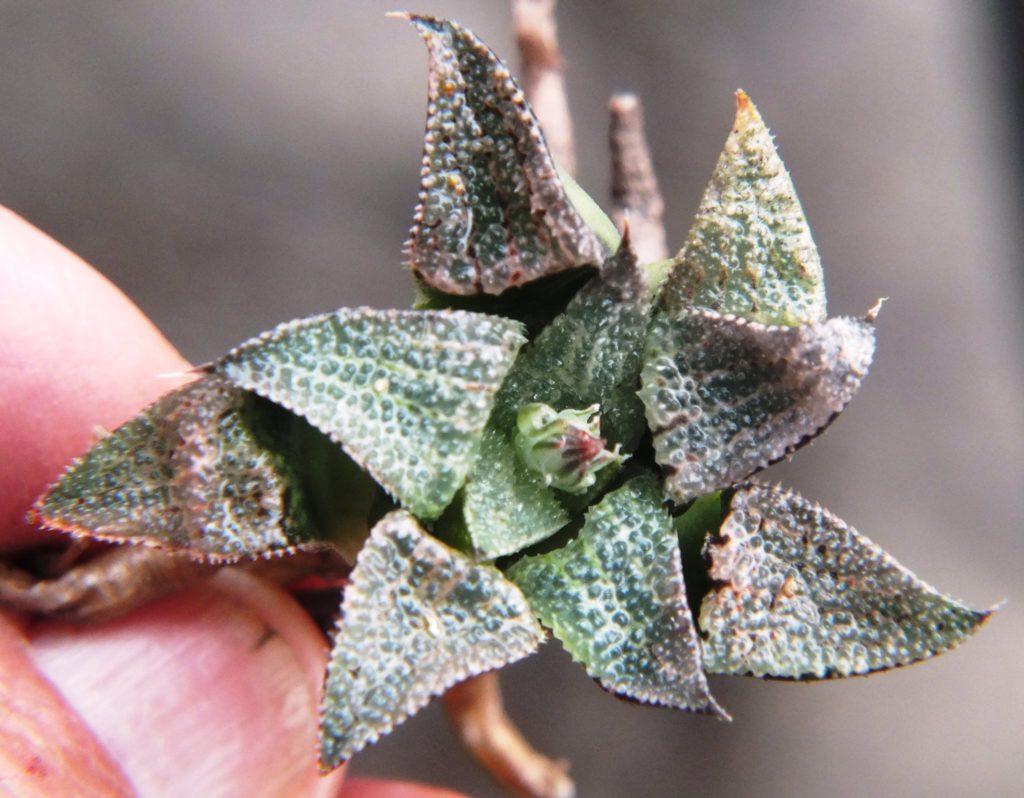
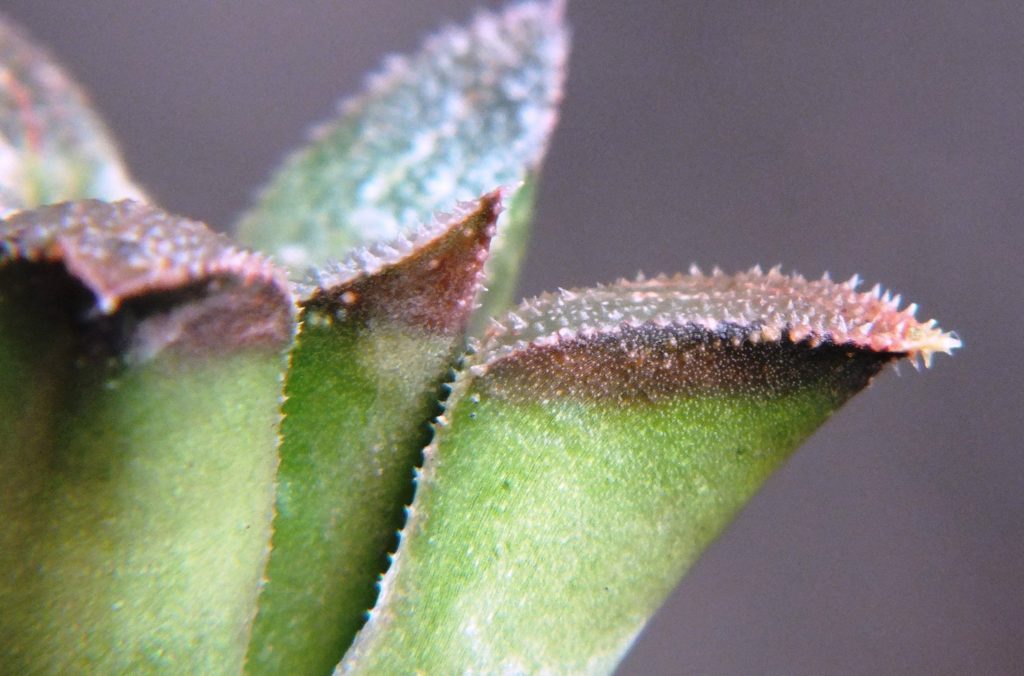
The scenery
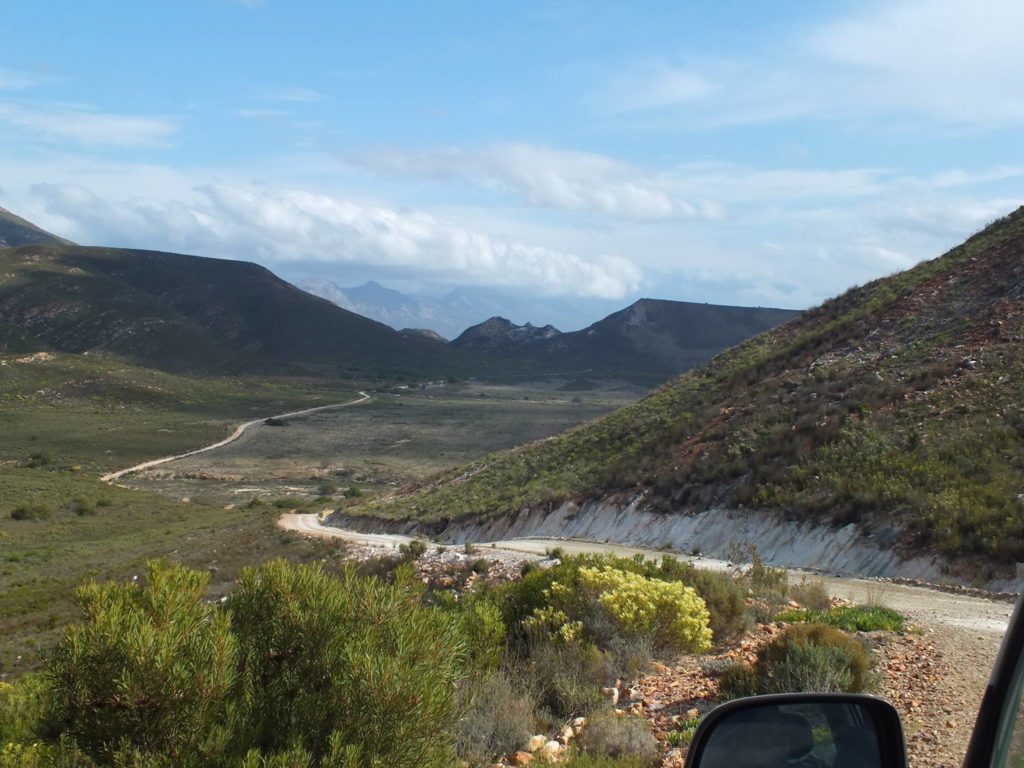
Those flat top hills are the remnants of an ancient african plateaus prominent from near Barrydale to beyond Uniondale – north of the Langeberg. – silcrete upper layer like the concreted layers also present topping the inselbergs south of the Langeberg.
So what is it? If H. magnifica makes sense to anyone as a species, that person is lost to me. This new population is in the sequence from Muiskraal eastwards and it is H. emelyae (‘breueri’, ‘wimii’). The identifications put forward are nearly all in the context of H. mirabilis which includes ‘magnifica’. This naturally supports my perceptions that H. emelyae is in fact the karoo extension of H. mirabilis. More widely that H. mirabilis, pygmaea, retusa and emelyae form a single system. If one reads in the Updates the reports of Towerlands/Aaasvoelkrans one will appreciate the connection better. The “magnifica’ as a species myth is simply and easily dispelled by studying the floral data presented in updates. There is no reason why there should be any doubt and confusion that the cabal so enjoys and wallows in. Aloe barbara jeppeae indeed.
The truth of the matter is that there is no taxonomic solution other than recognising this and stop prostituting science in the name of populism. There are hundreds if not thousands of people interested in Haworthia, and millions affected by the formal names of plants. I see some responsibility in respecting this fact and even more so in trying to understand what all this marvelous stuff really means. It comes down to what a species truly is and how it is defined. If I could bring just one person to that realization I might feel comfortable – with no one caring a damn, I am not. :) I have not far or long to go now and I will be posting more on this topic before I am finished.
M.B. Bayer
June 2016
Kaboega
Kaboega is located in the Zuurberg Mountains north of Port Elizabeth in the Eastern Cape province of South Africa. Read more about this in Haworthia Update Volume 1, Chapter 5:- The Haworthias of Kaboega. There are a mind-boggling array of Haworthia populations here in an area considered to be the meeting point of several vegetation biomes. There is much exposed rock, and the soil is very skeletal, composed of three major groups: sandstone, mudstone, and glacial deposits. These pictures are of a Haworthia cooperi variant that occurs high up on sandstone. I went to this spot because researchers had sent me a picture of a cycad festooned with Haworthia. I did not get to the exact spot but have seen the way it forms hanging bundles in other situations.
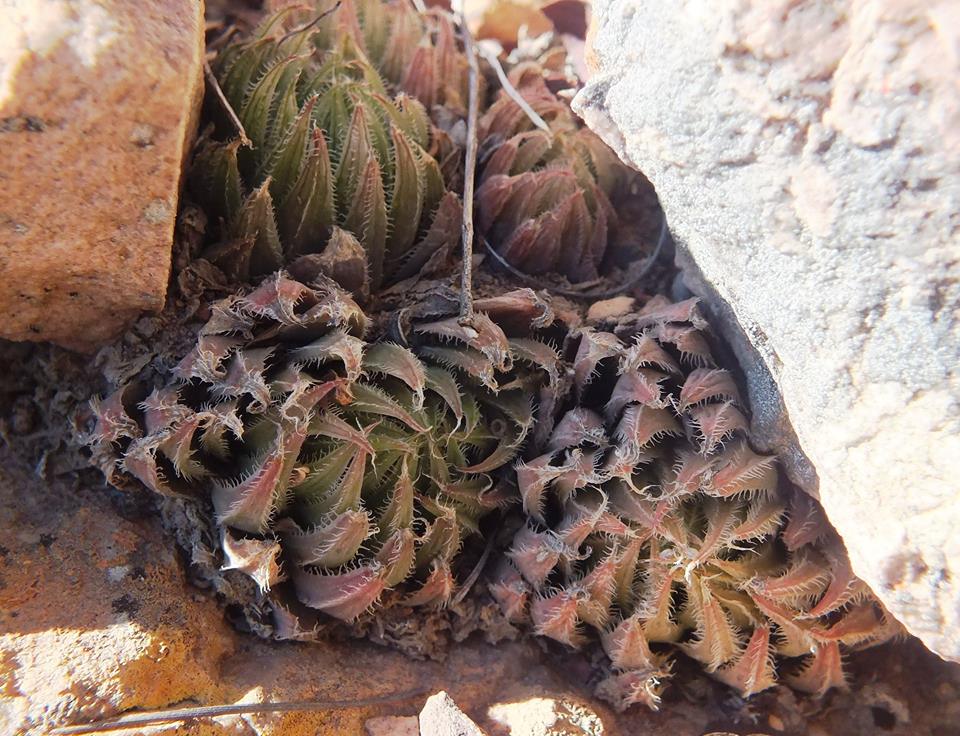
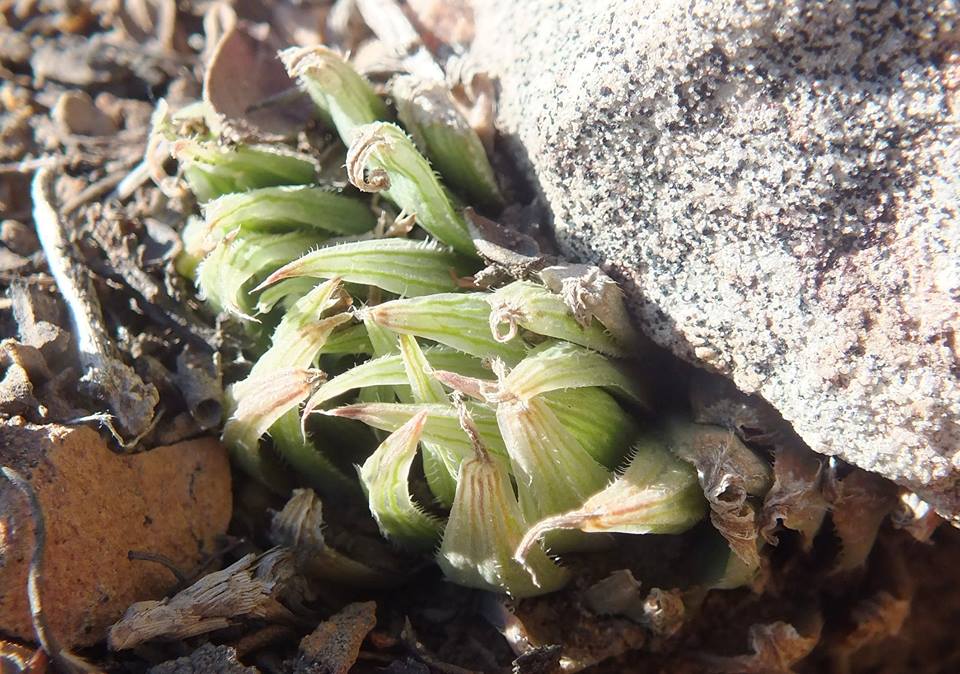
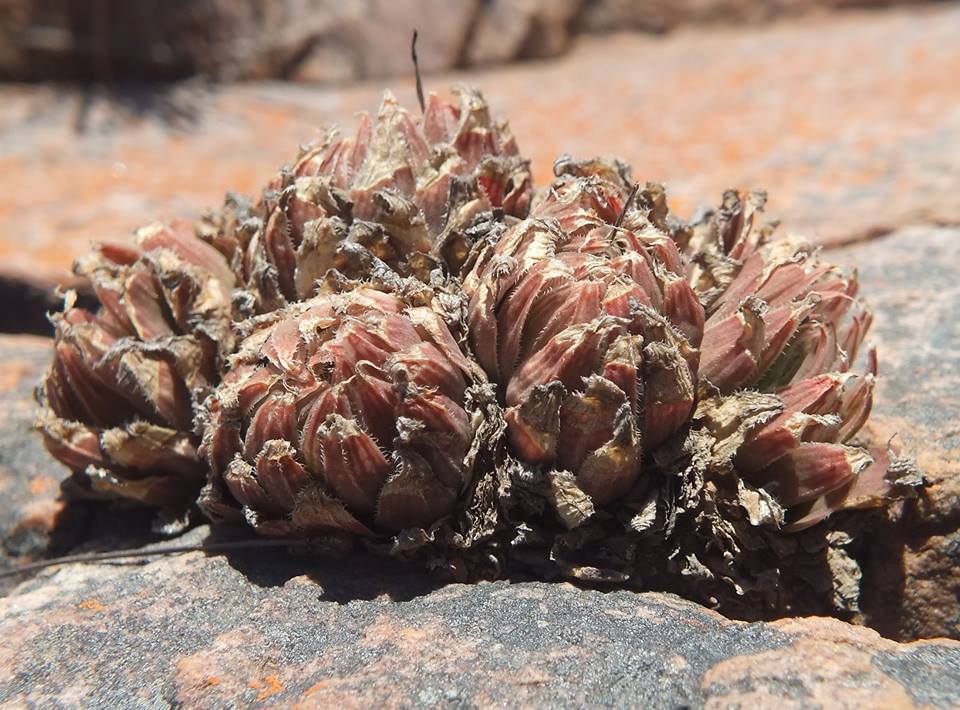
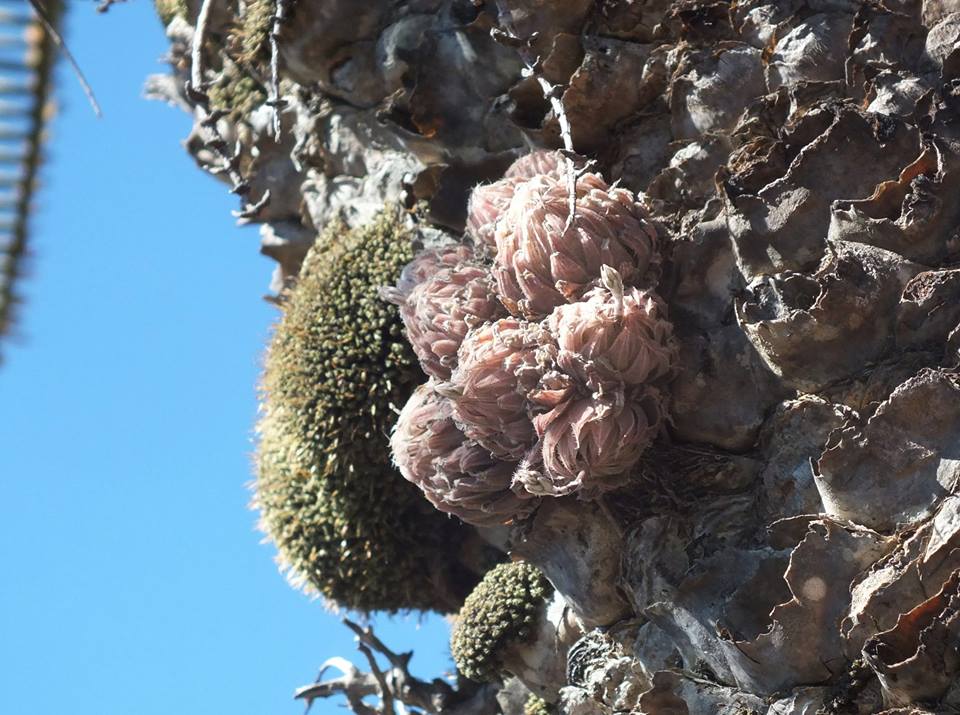
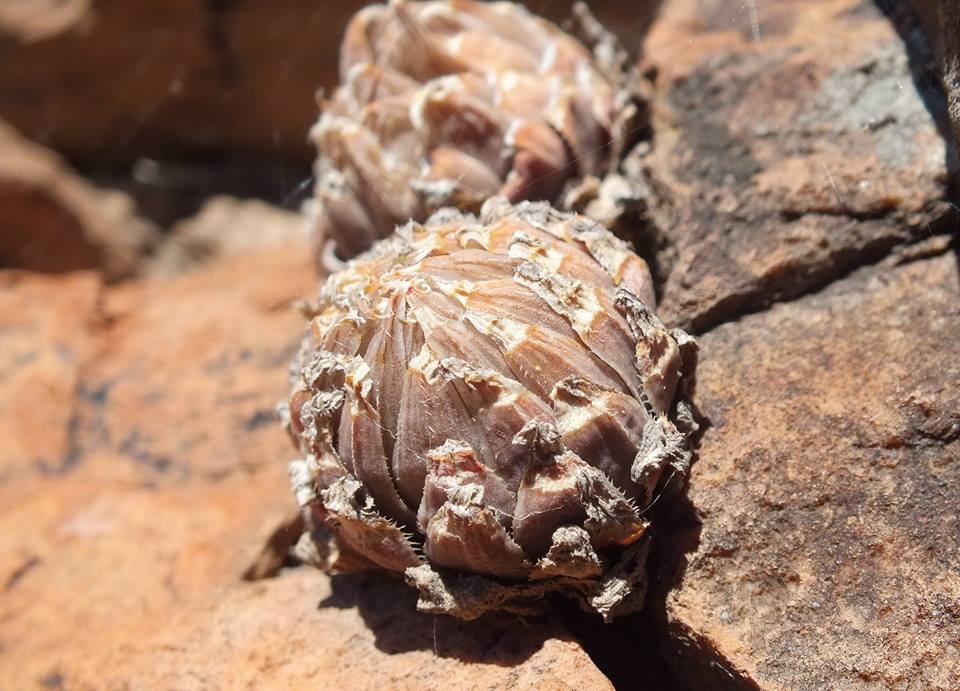
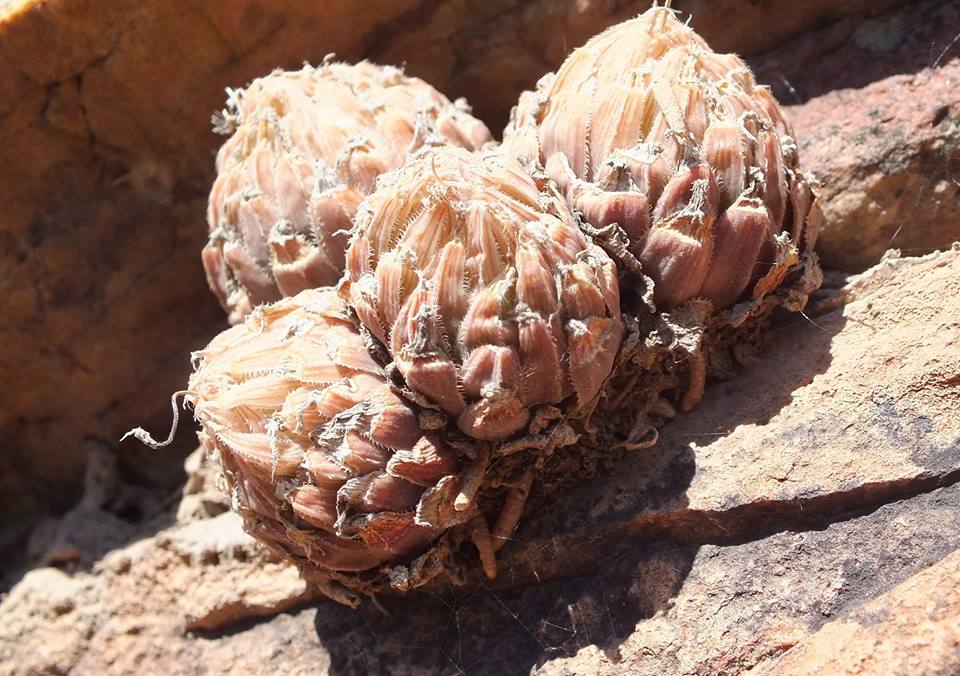
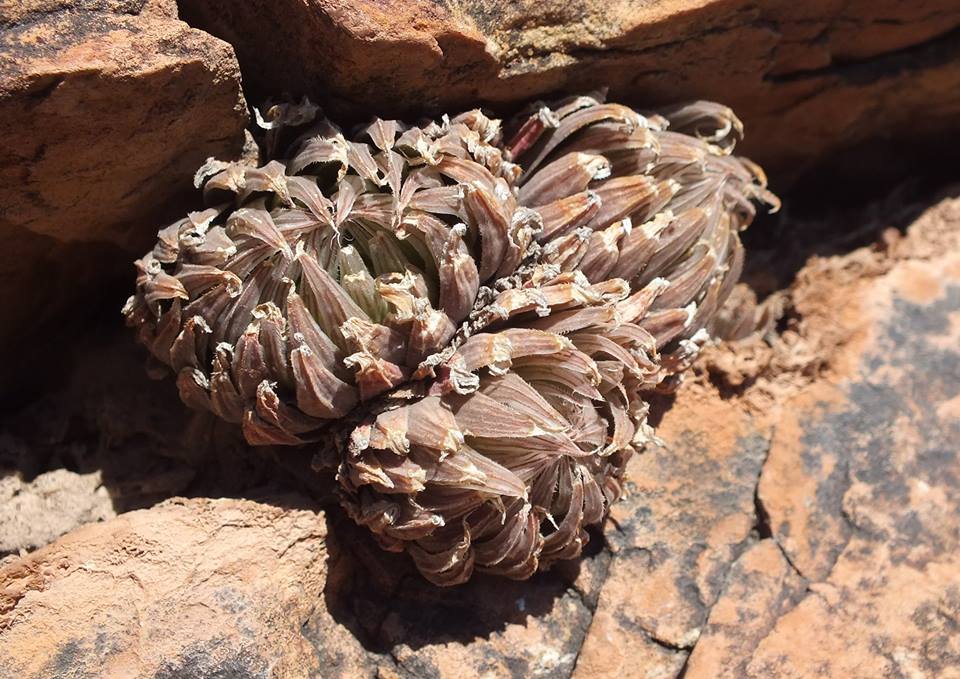
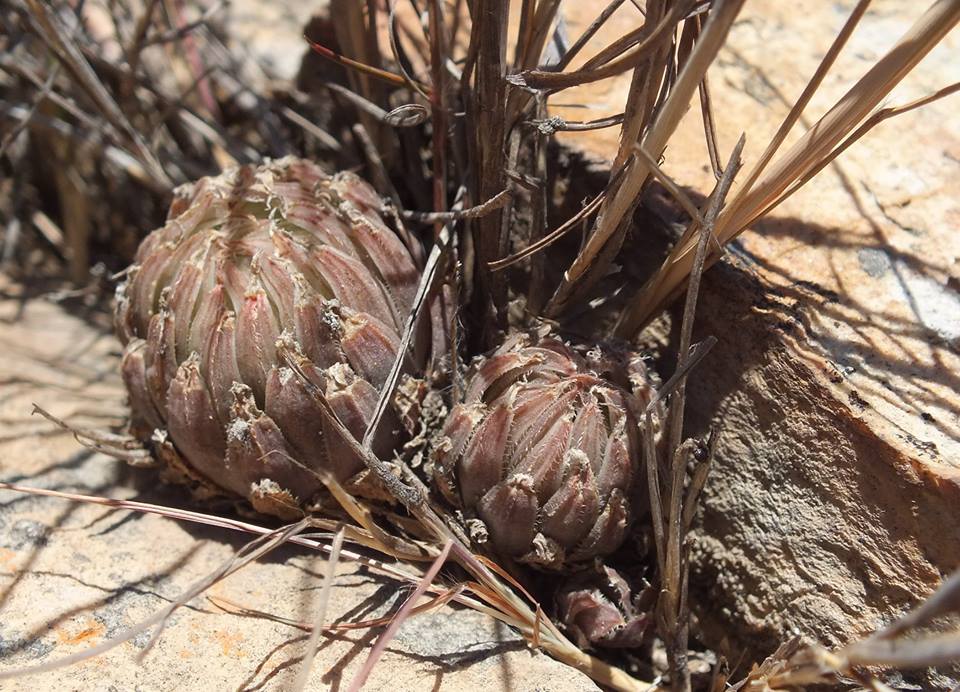
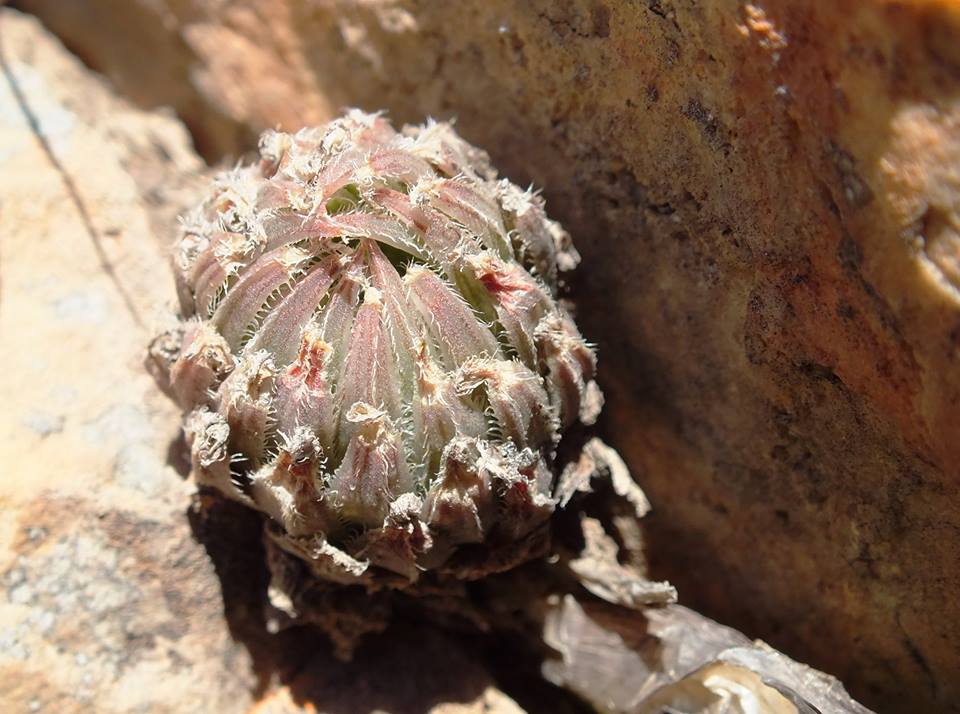
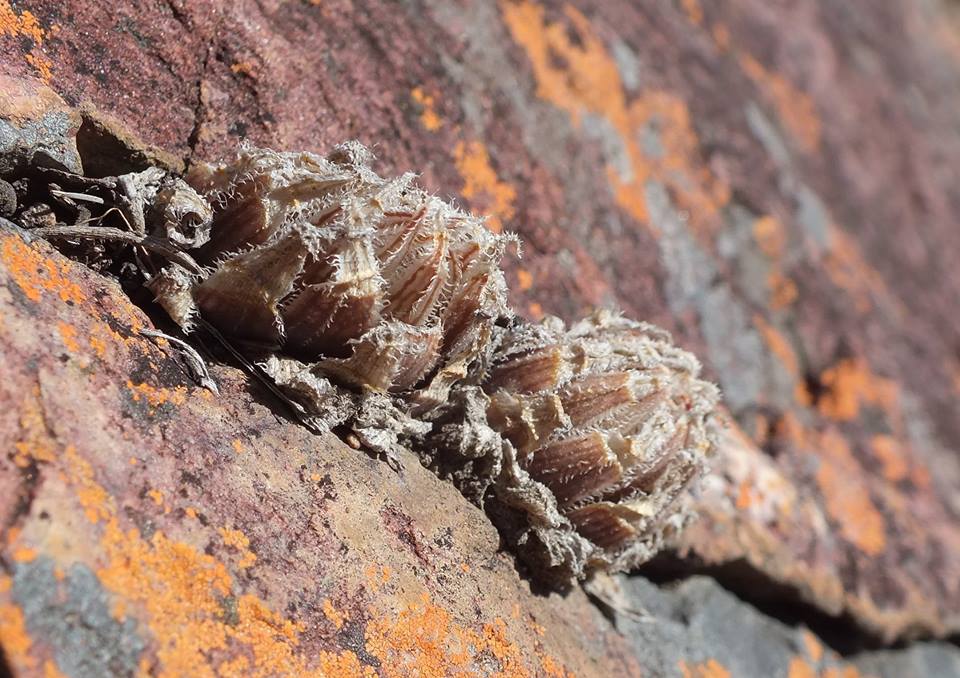
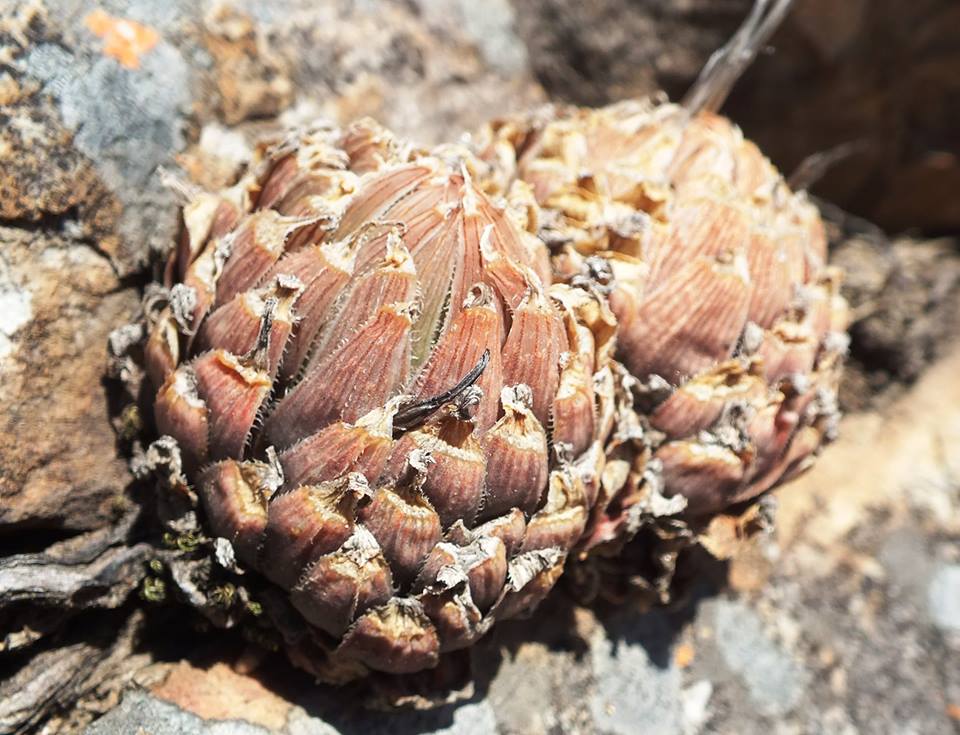
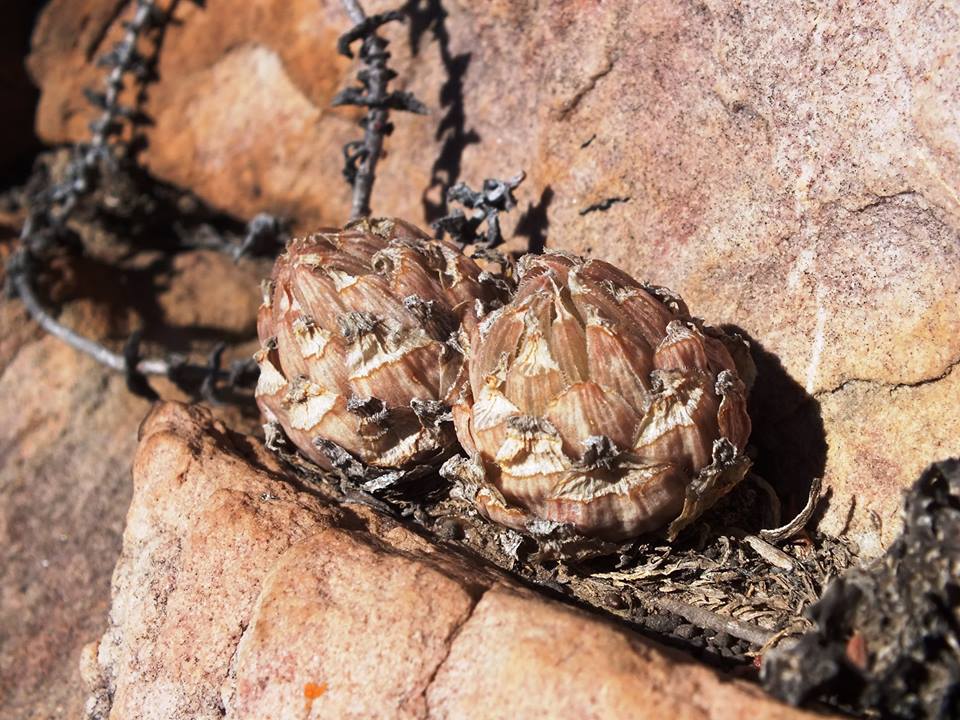
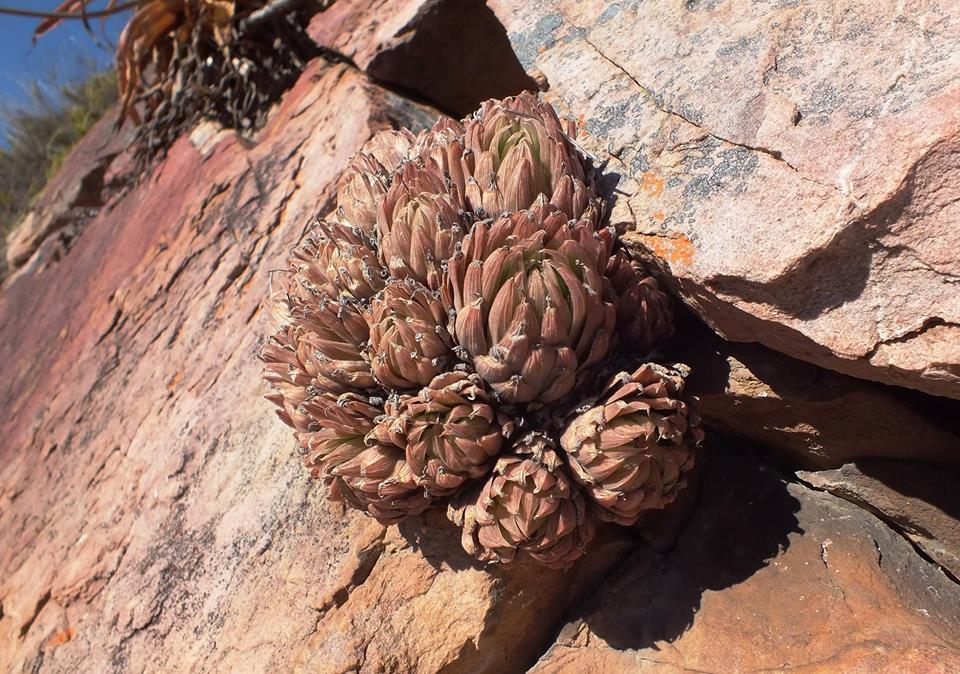
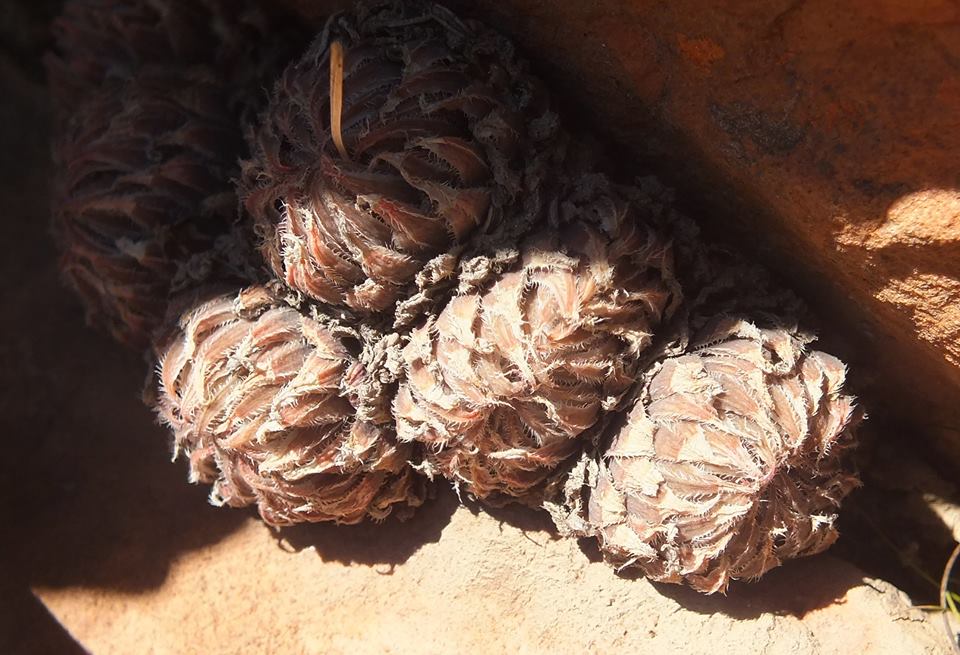
Haworthia glauca!! can also be found here. On Kaboega these plants often have a very close resemblance to H. coarctata and it is no co-incidence that the distributions of these two species complement each other. An essential element of species recognition is their juxtaposition and if they occur in very close association or not. Darwin said as much.
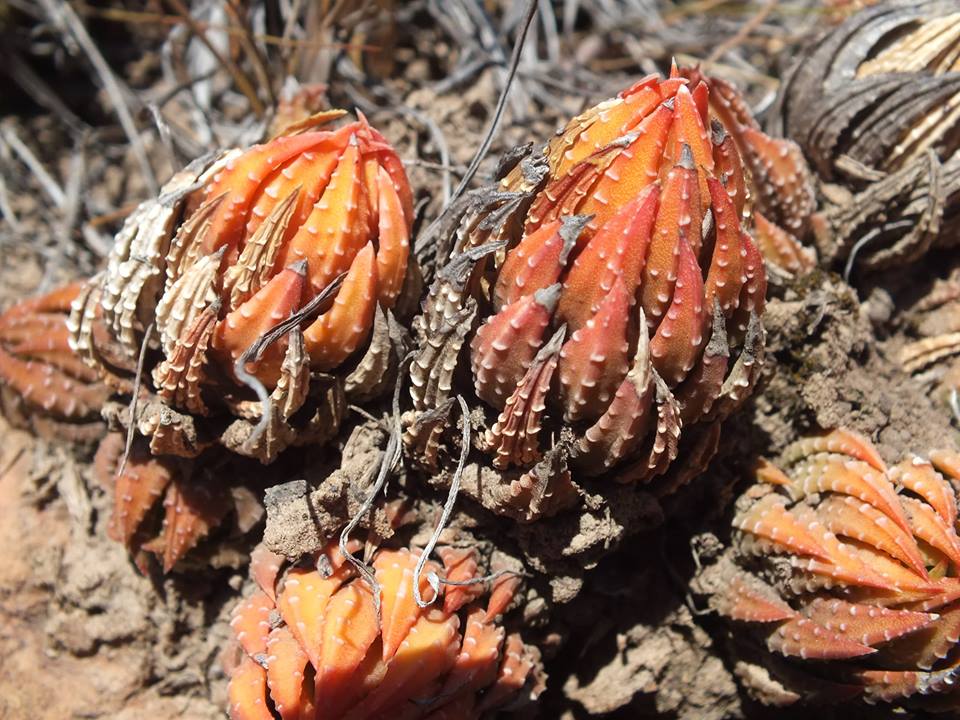
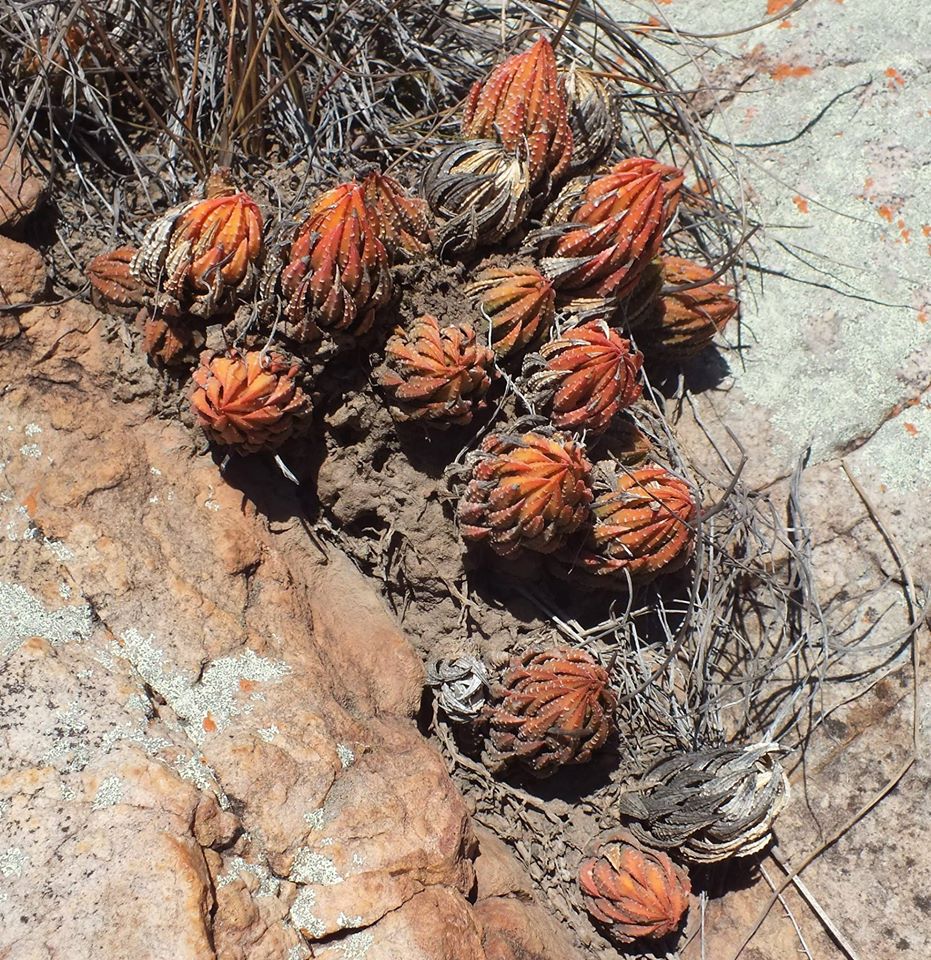
I visited four populations of this greenish cooperi. One can find plants like this from east of Grahamstown right through to the Little Karoo. Here they are on Dwyka (glacial) skeletal soil.
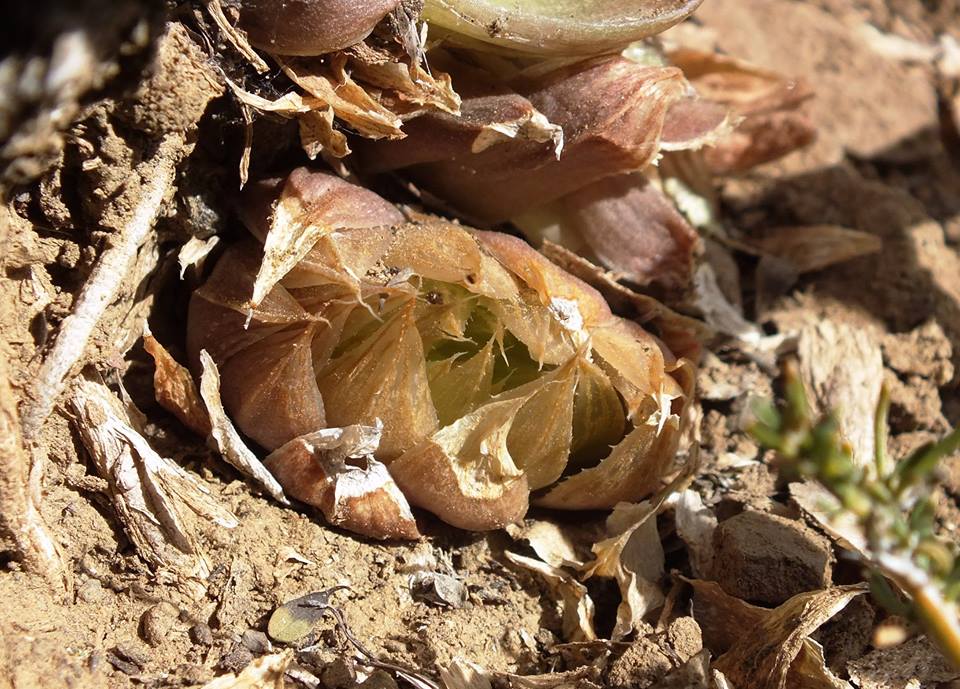
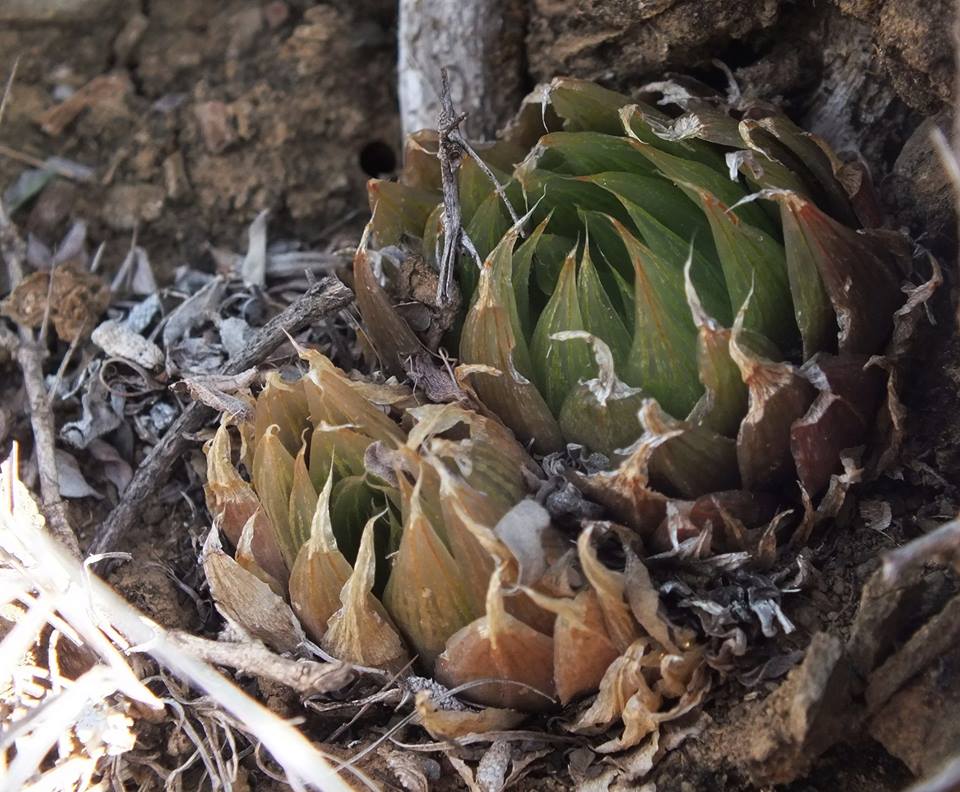
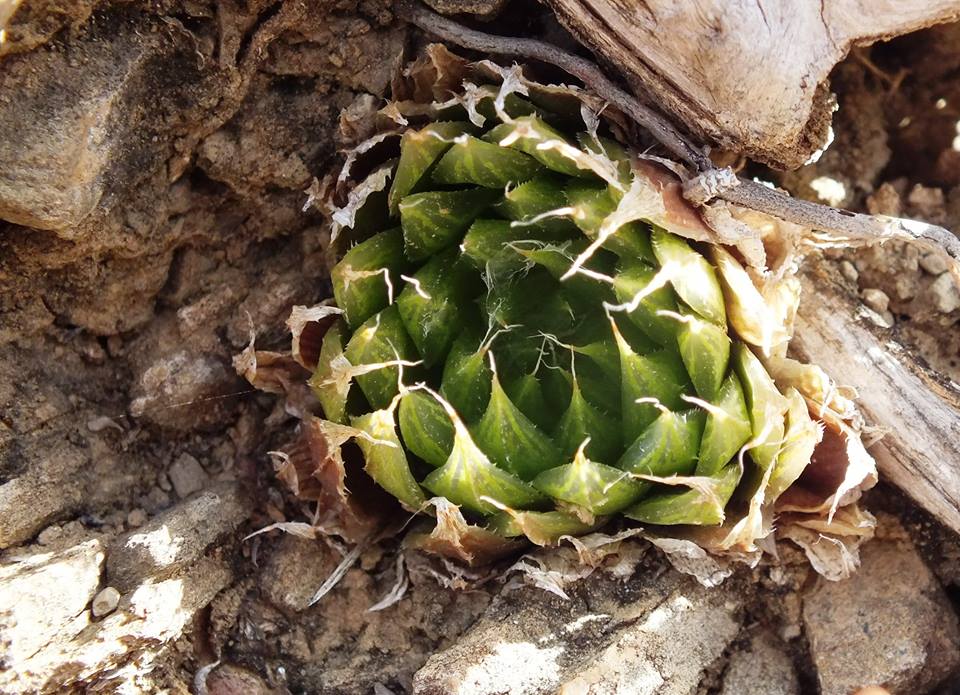
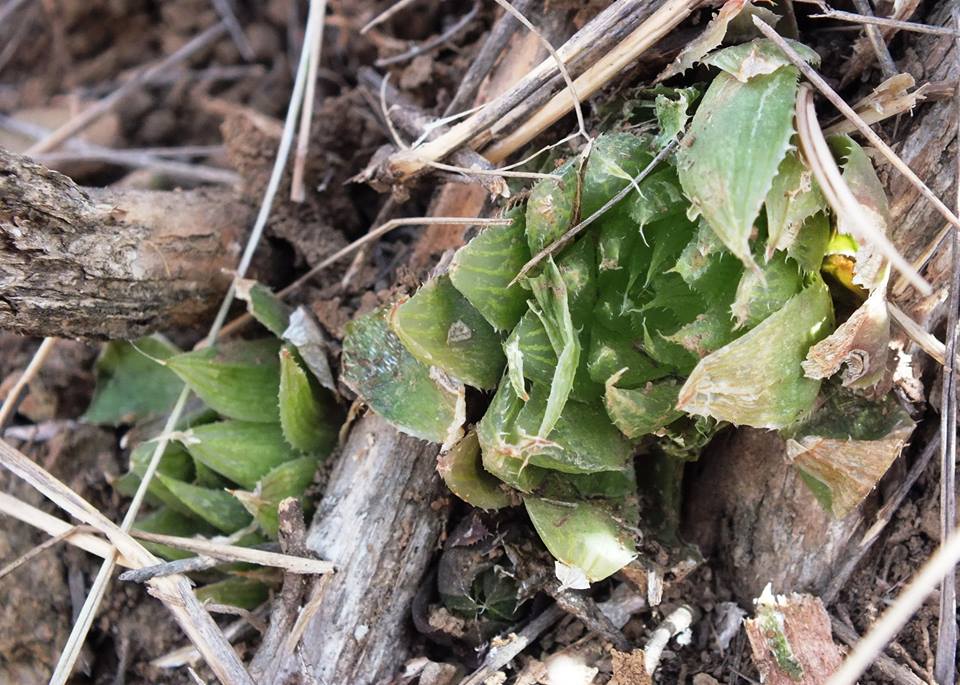
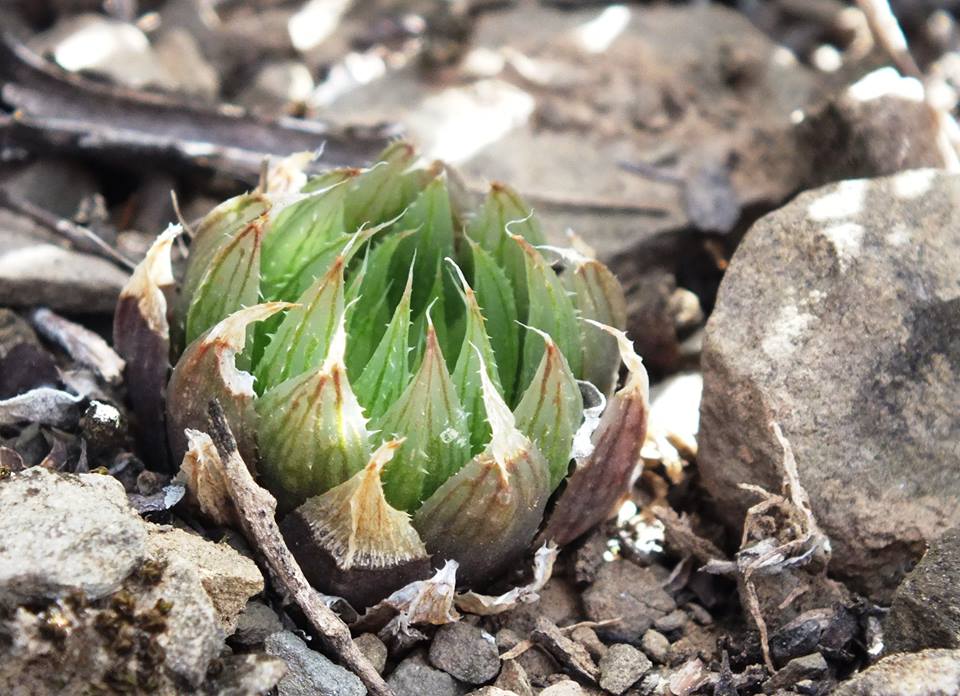
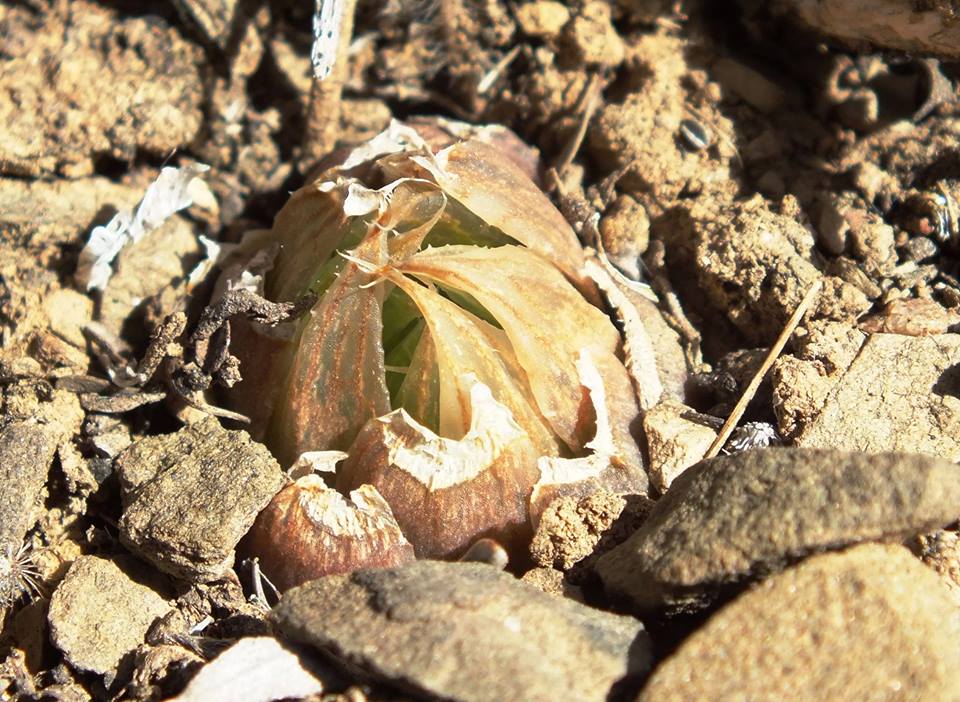
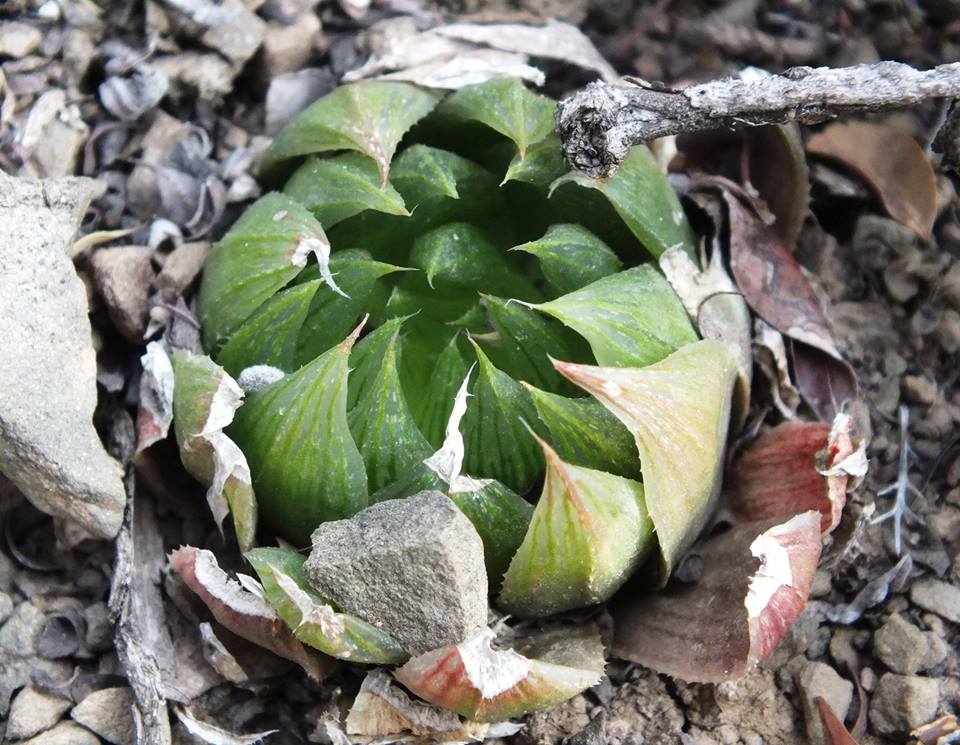
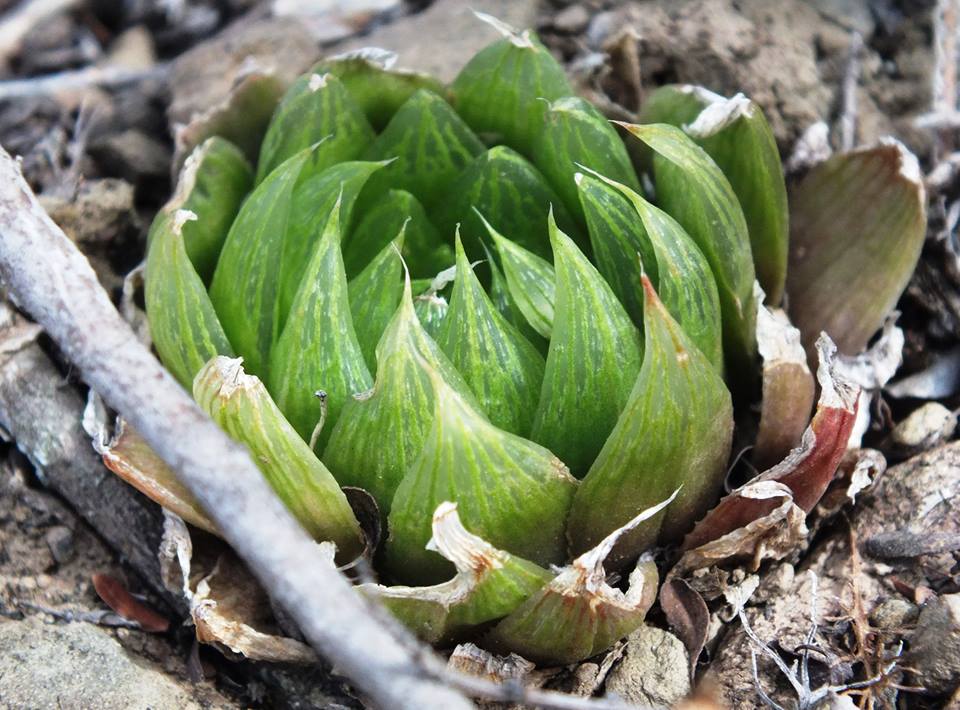
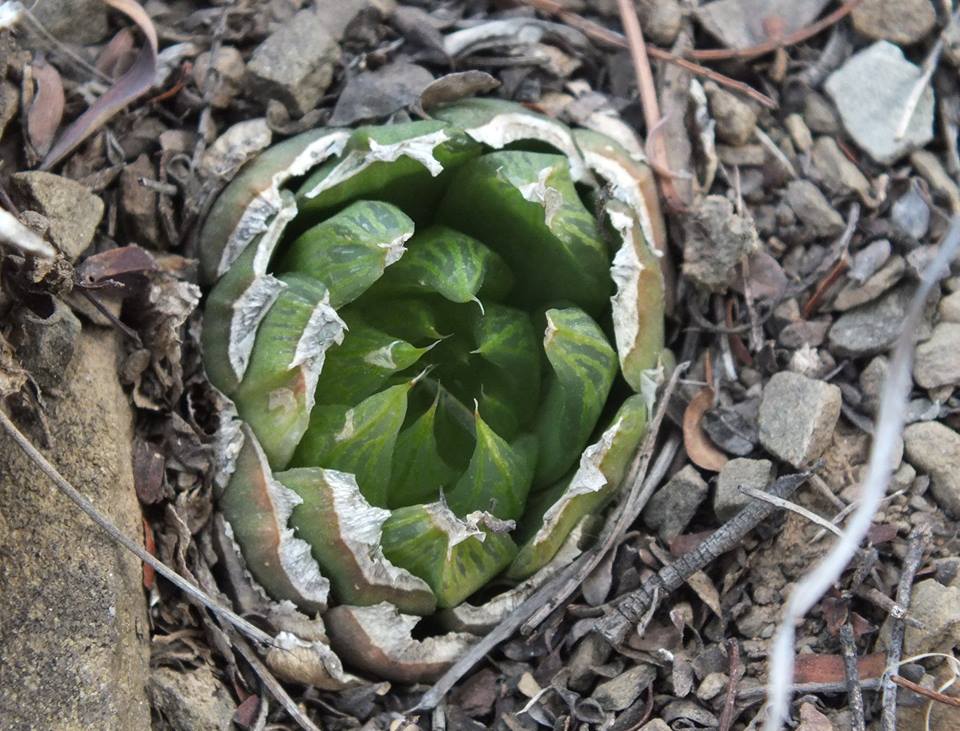
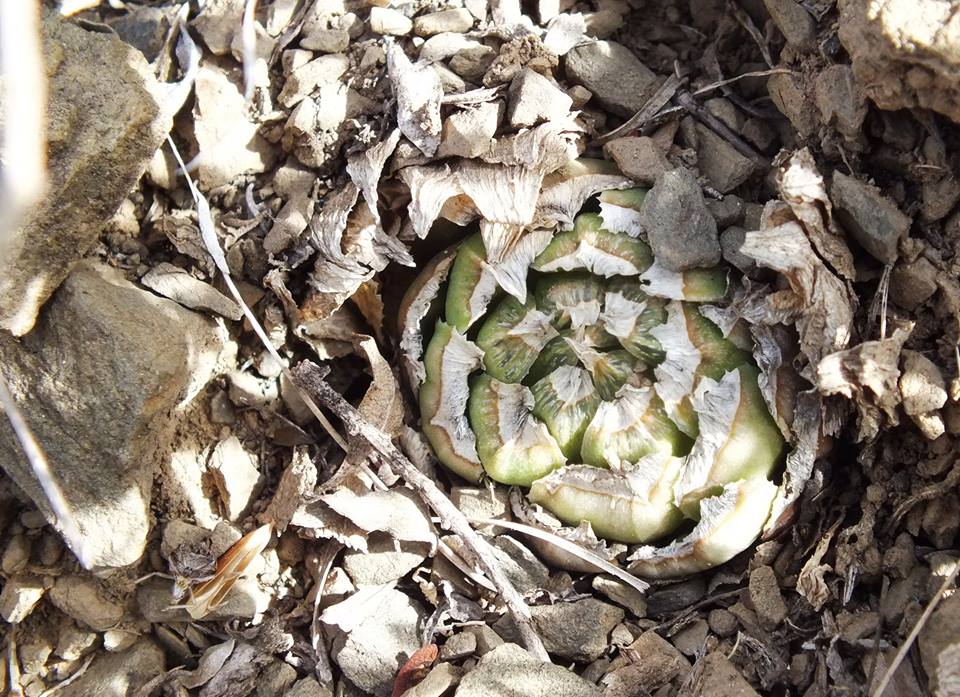
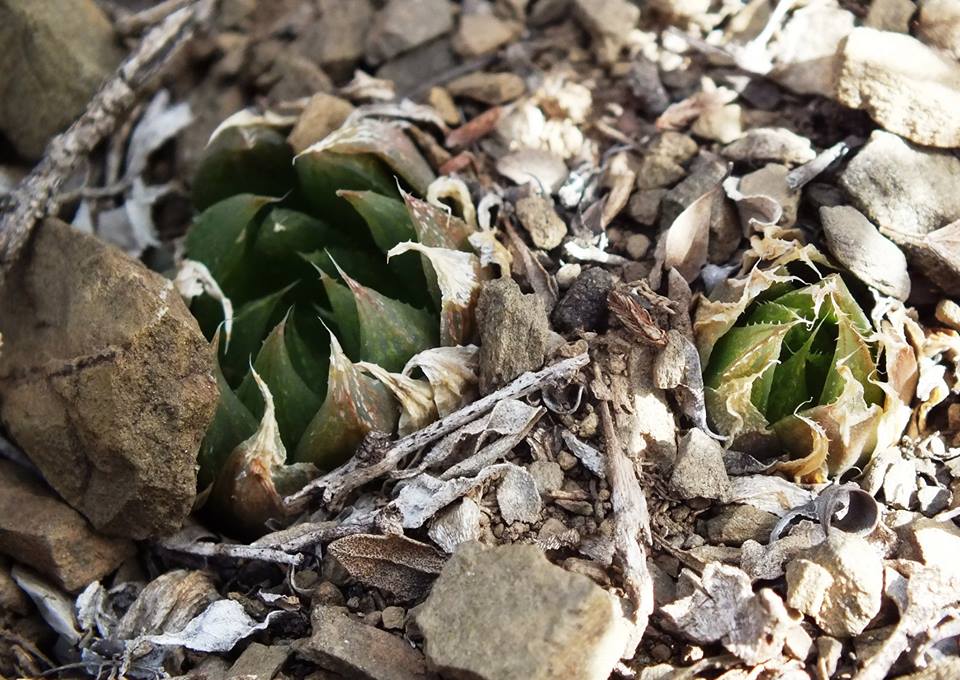
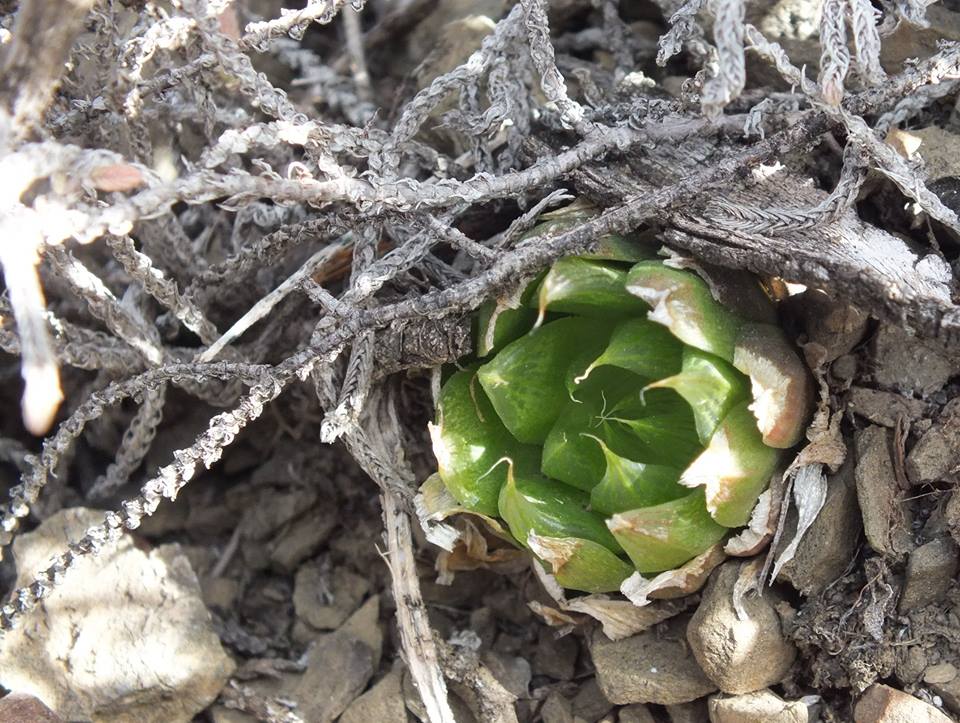
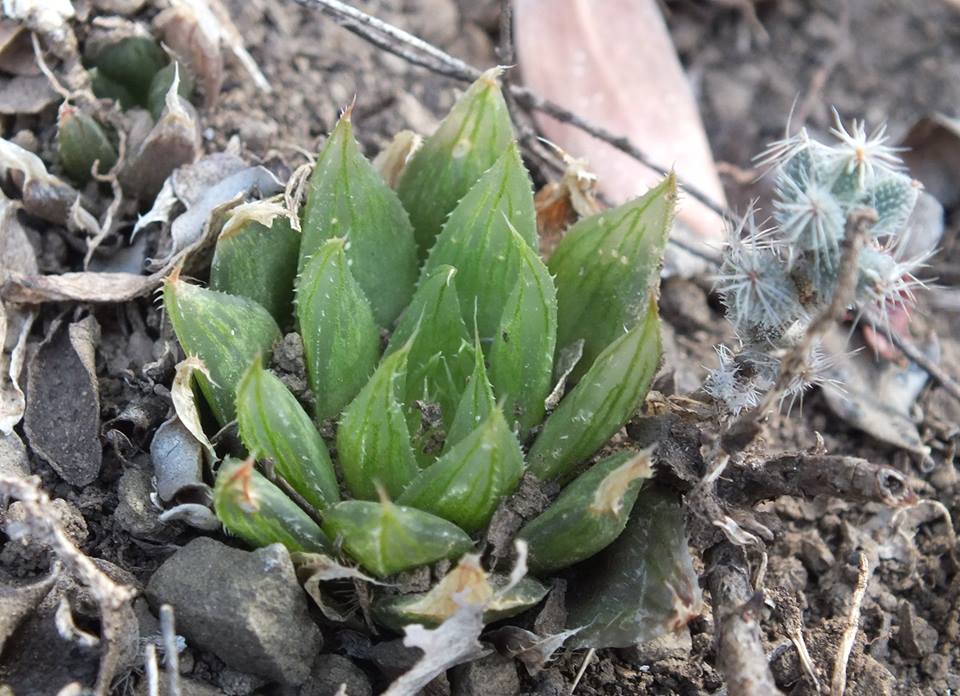
These next are in the shales low down in the valley on Kaboega – I name it H. aristata. It is very common in the area but complements H. cooperi while there are populations that are neither. Populations cannot be treated in isolation and there is a distinct possibility/probability that I have been too generous with species. The attempts to find answers via DNA sequencing should make the vendors of that technology thoroughly ashamed.
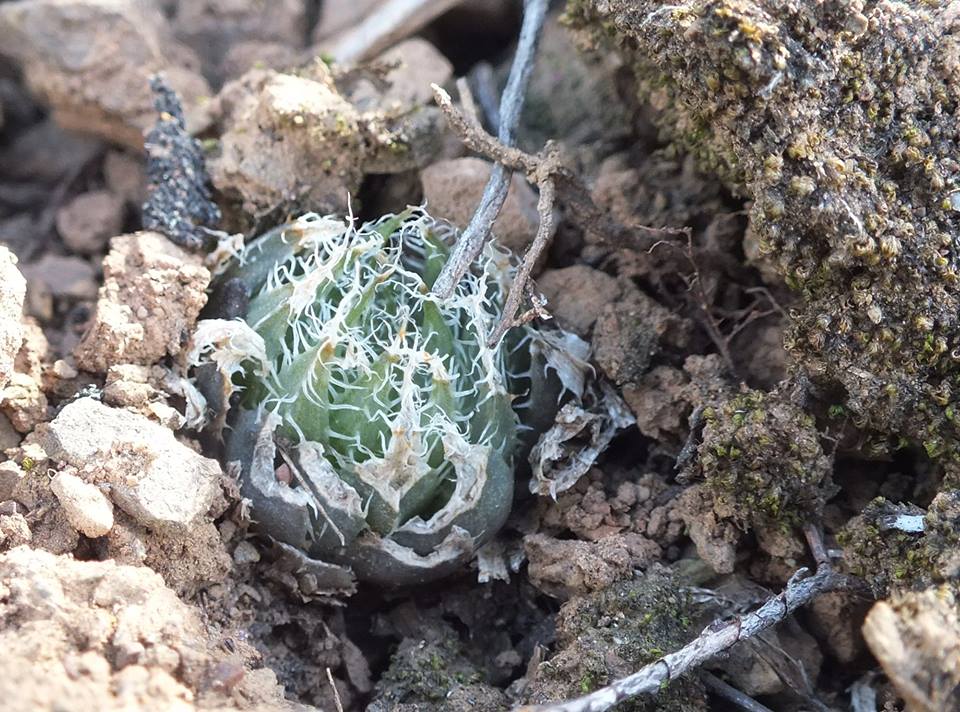
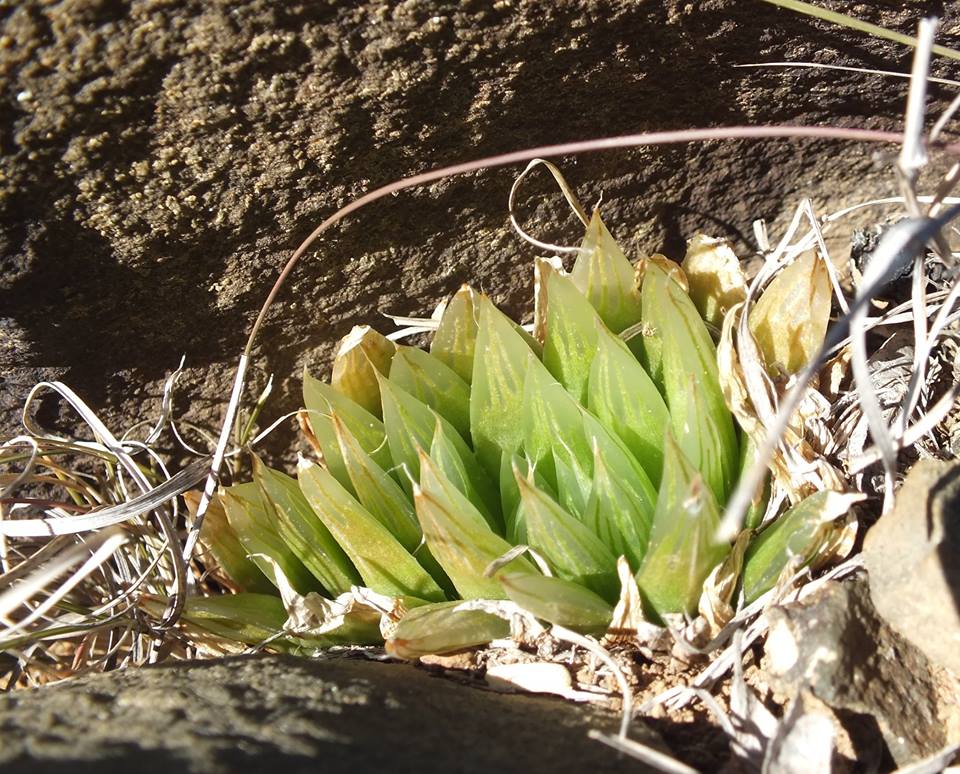
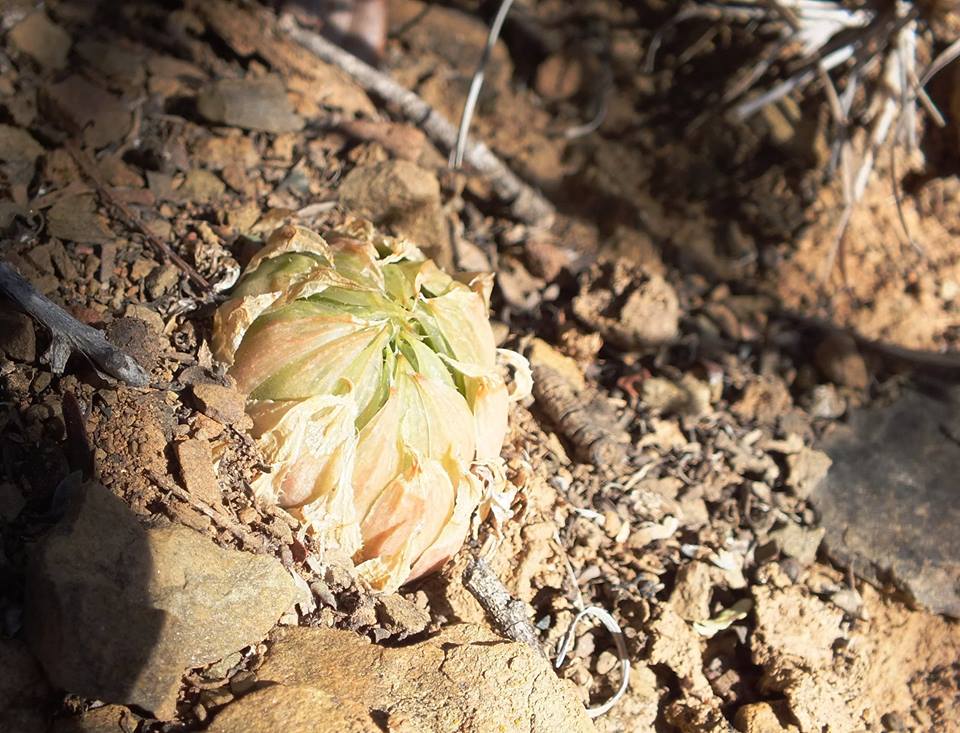
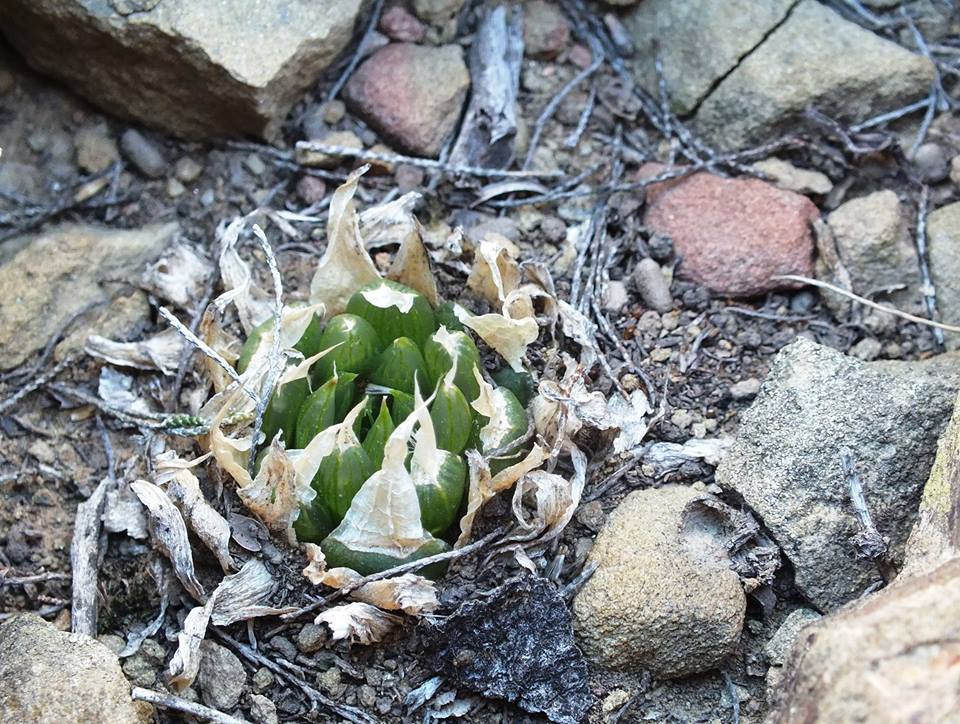
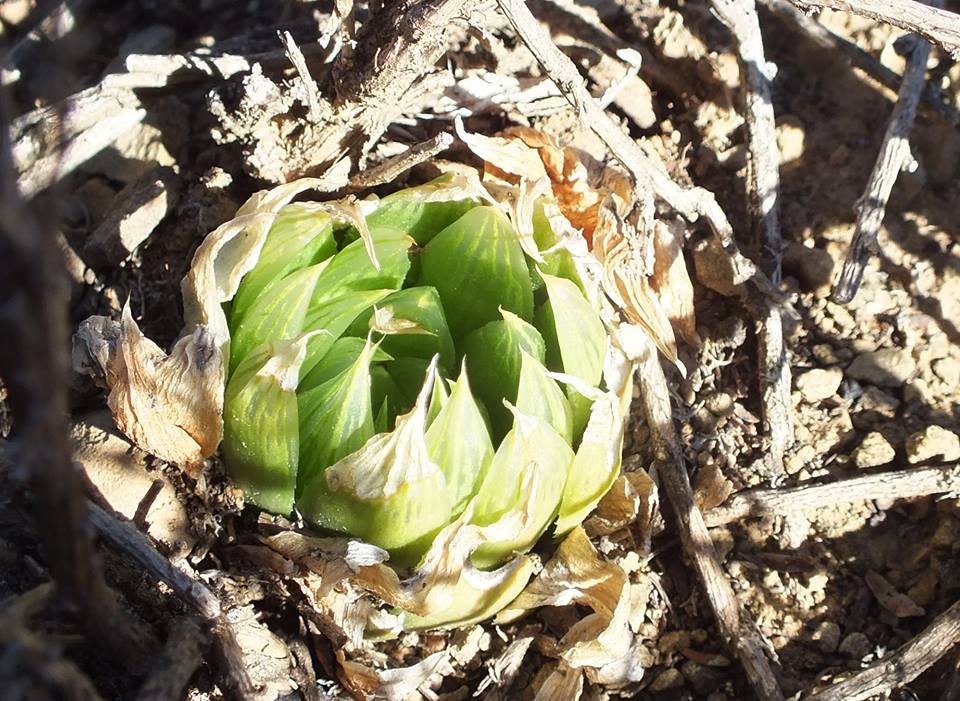
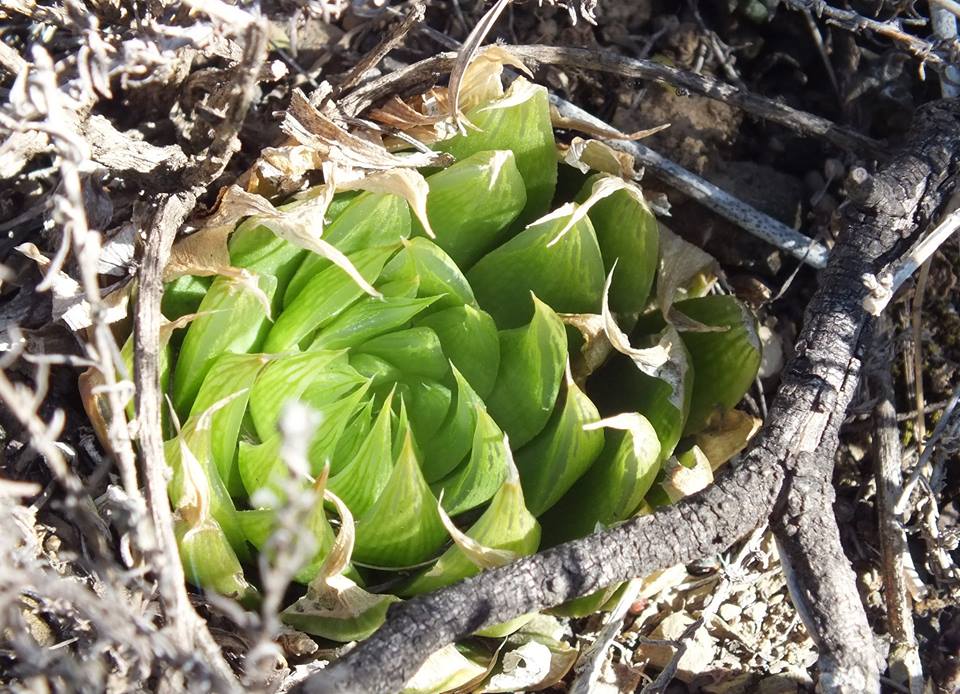
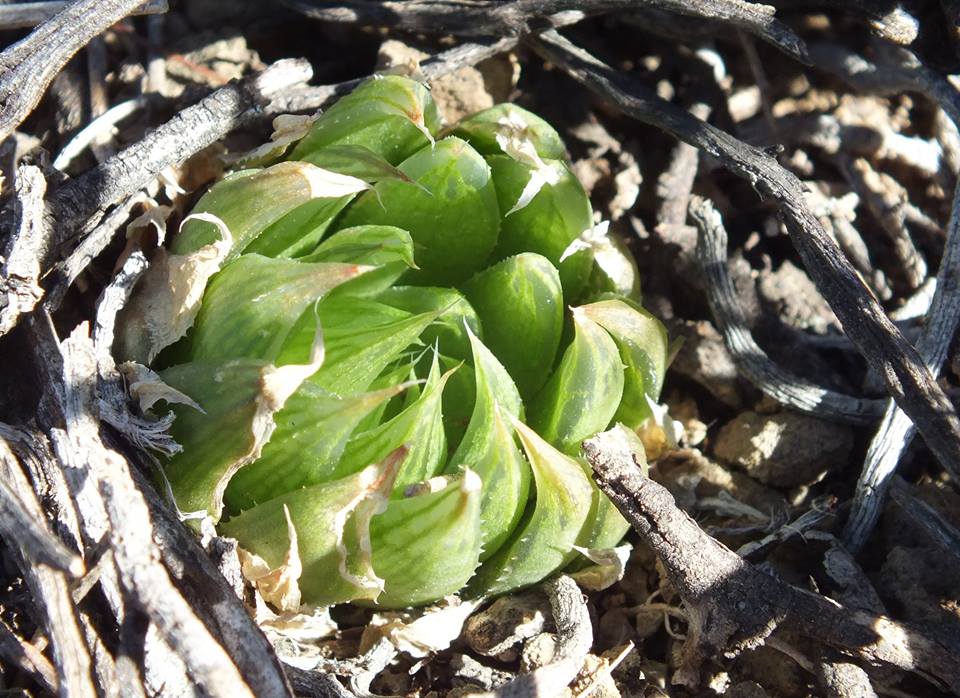
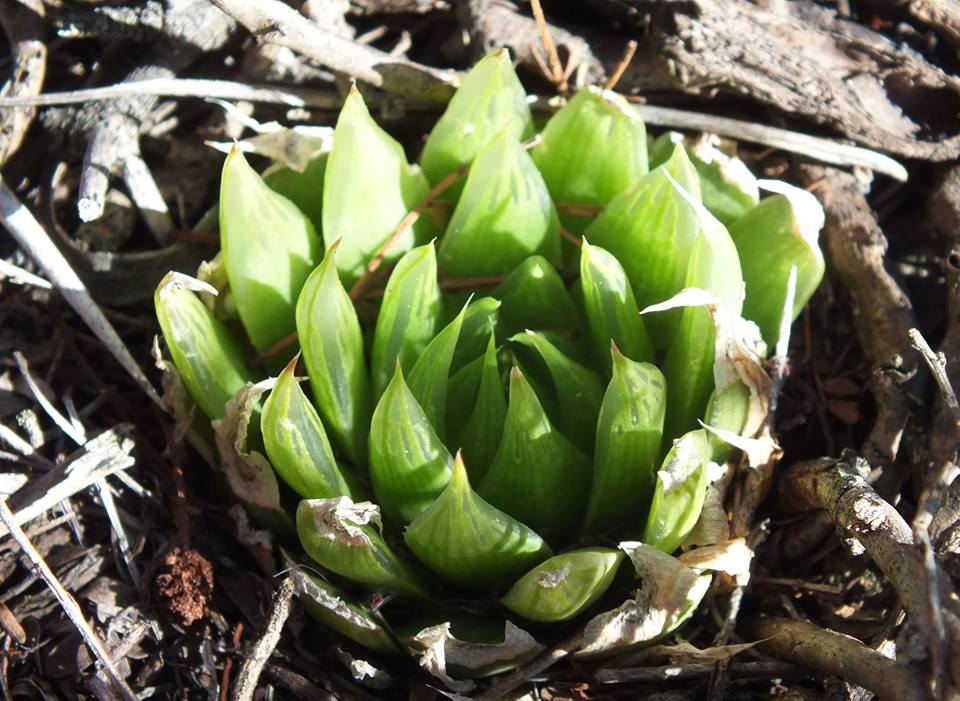
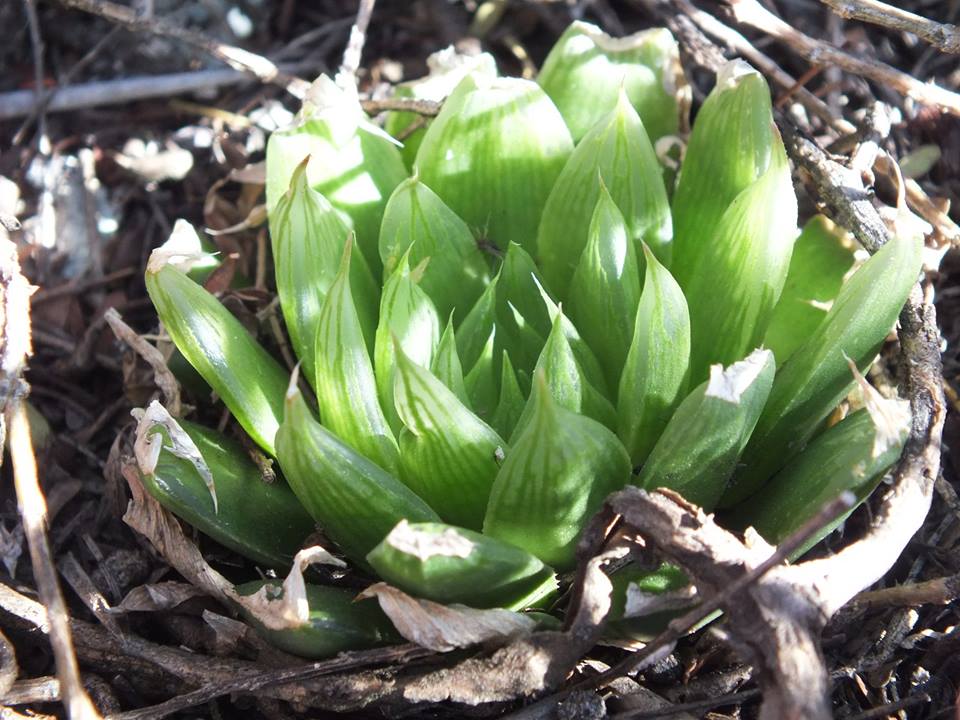
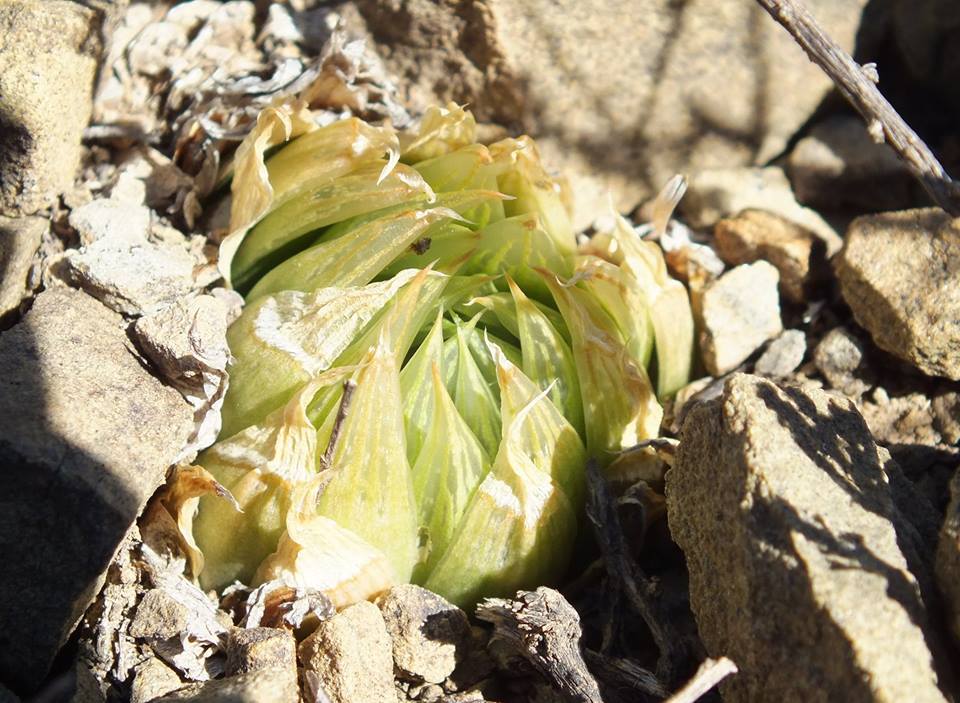
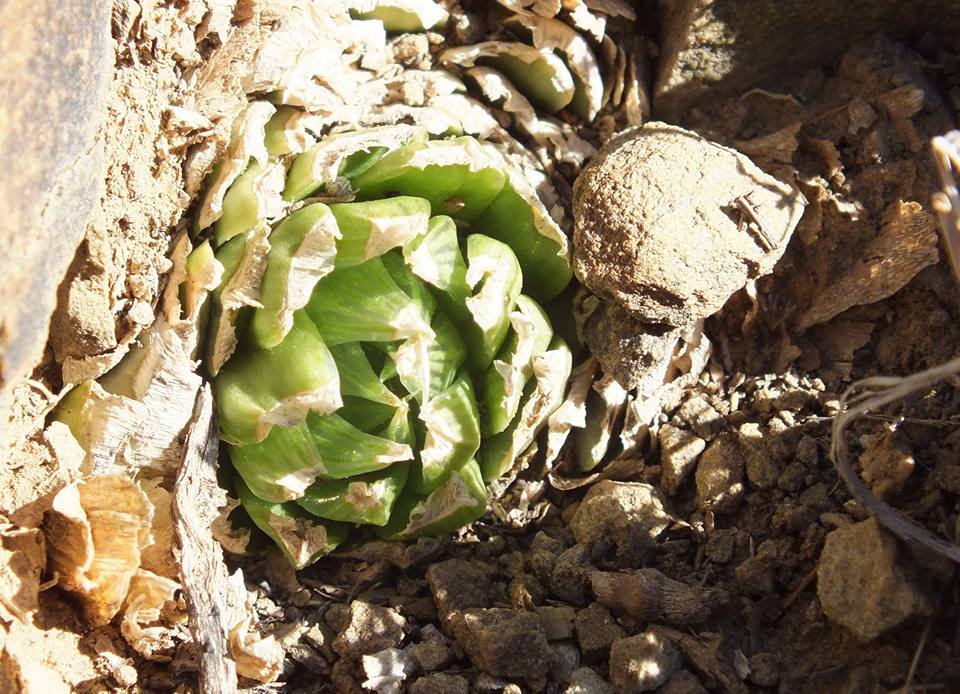
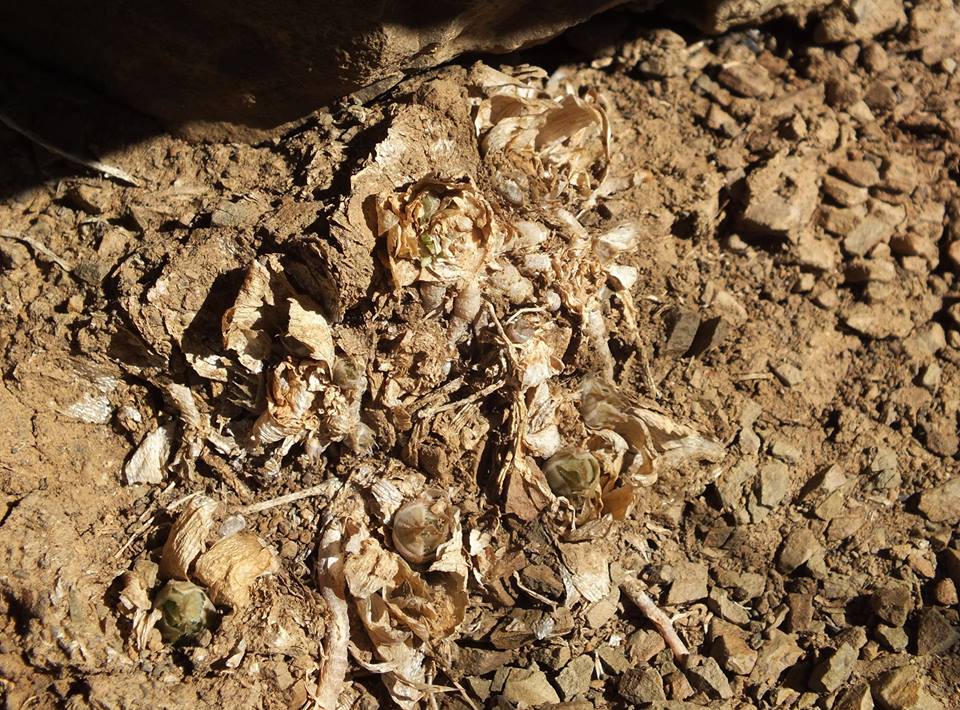
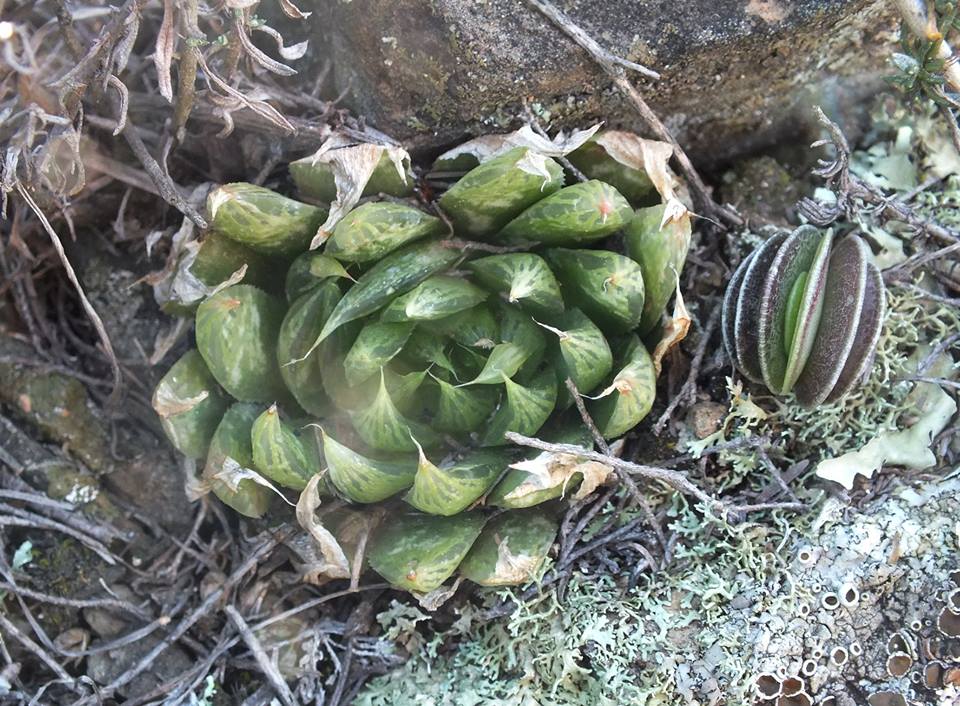
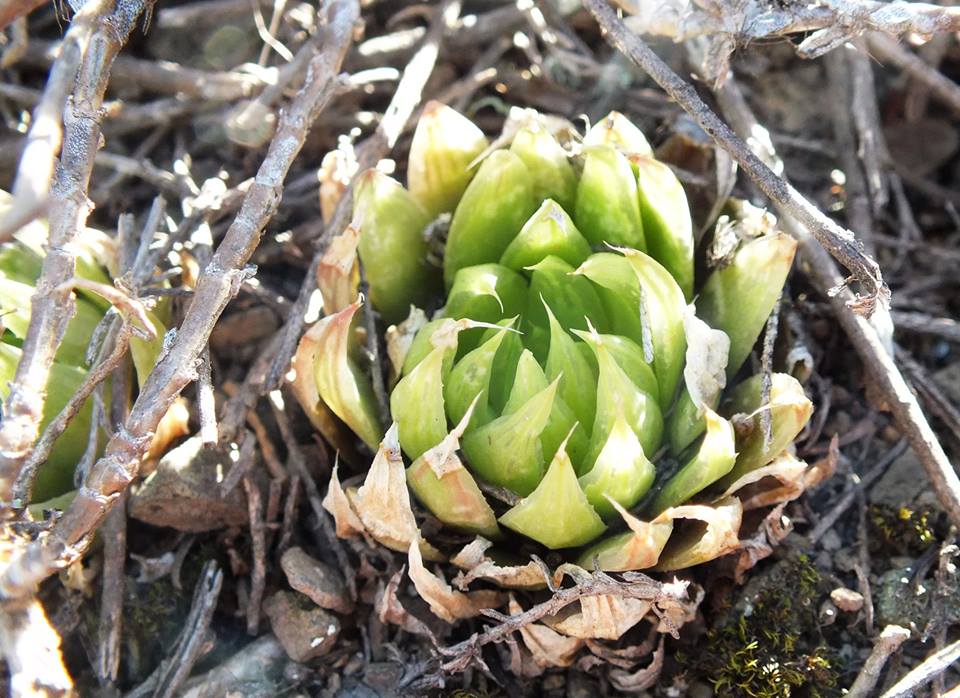
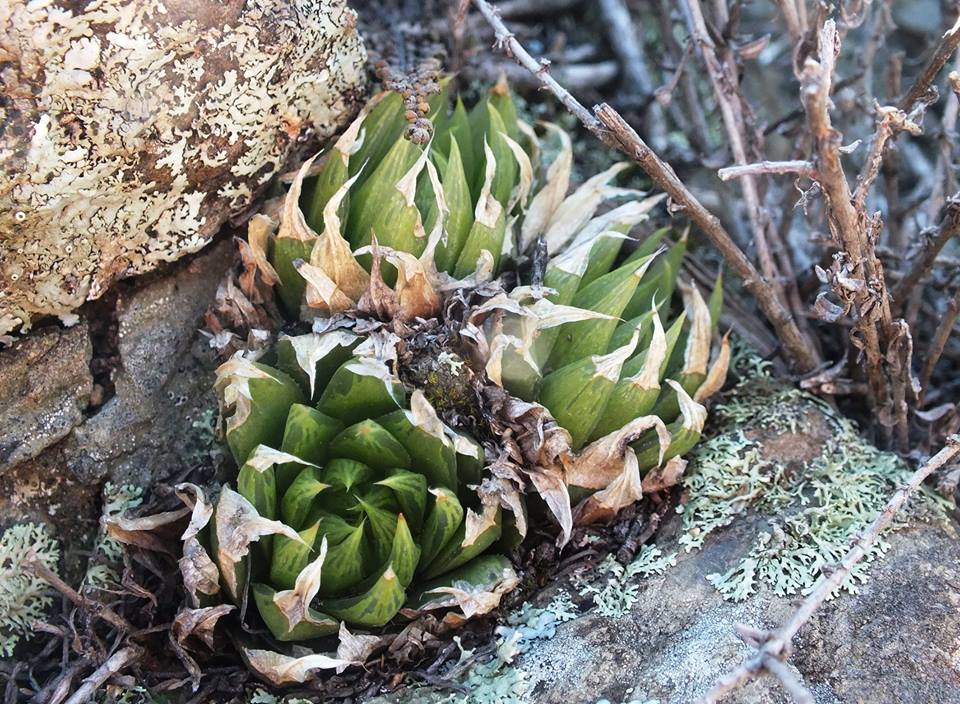
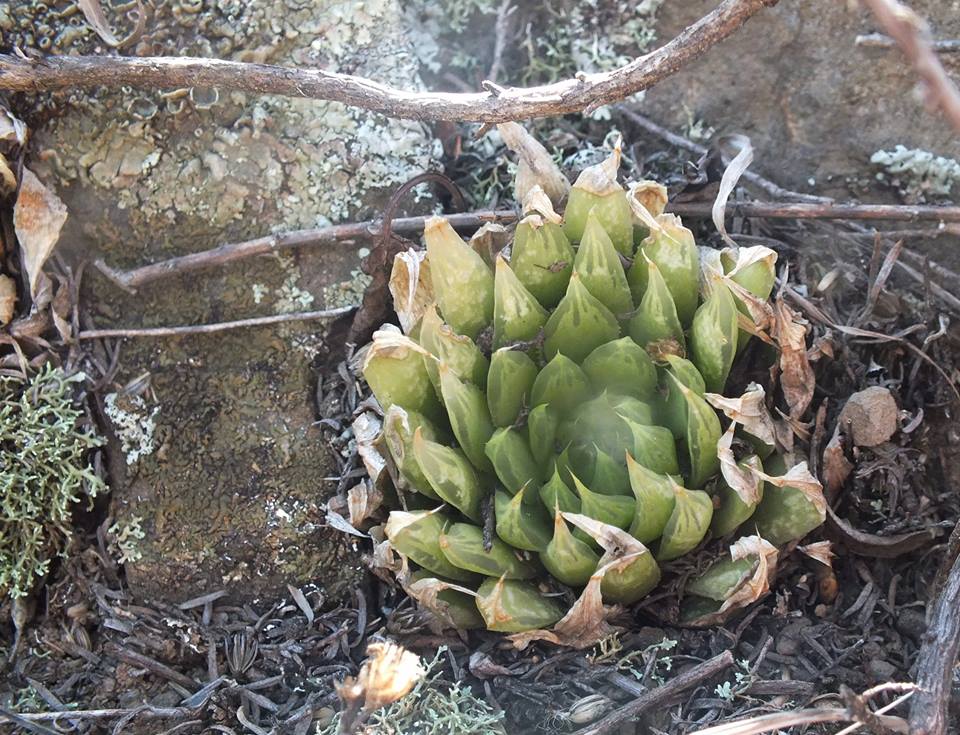
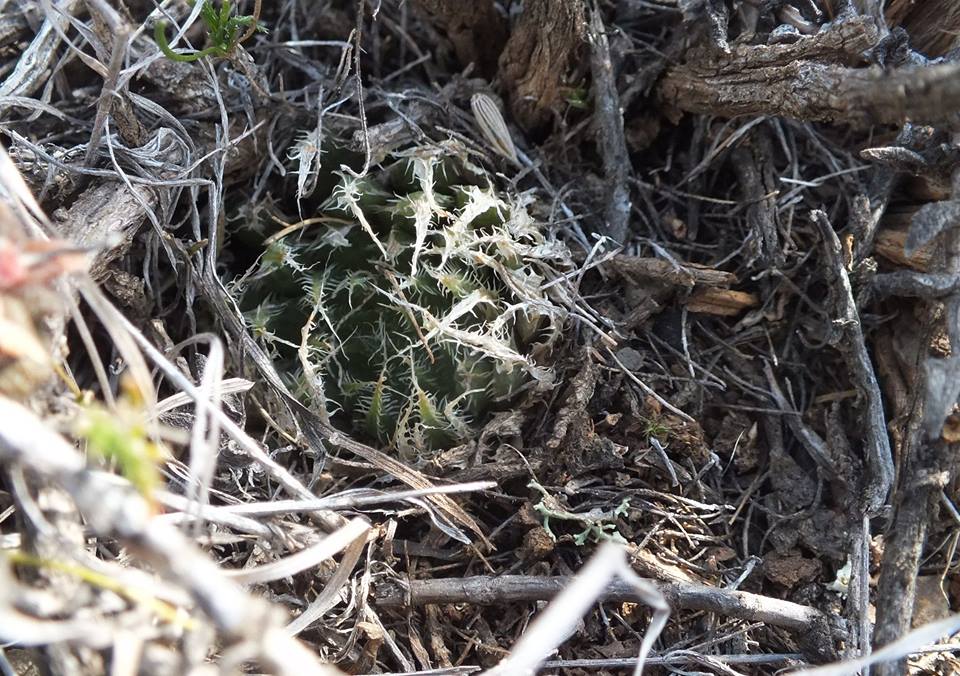
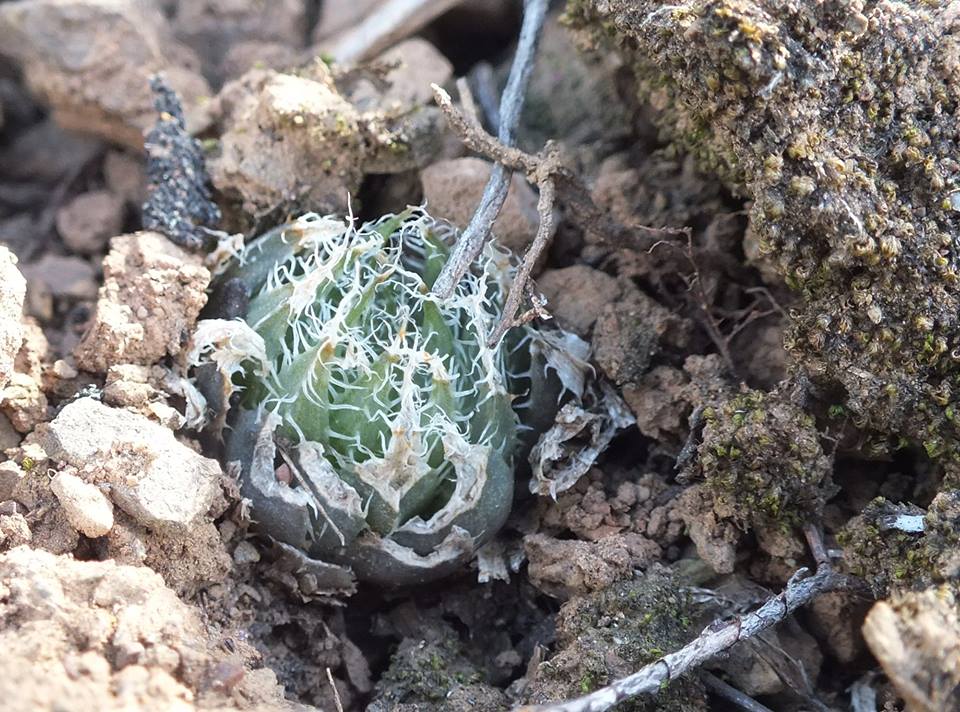
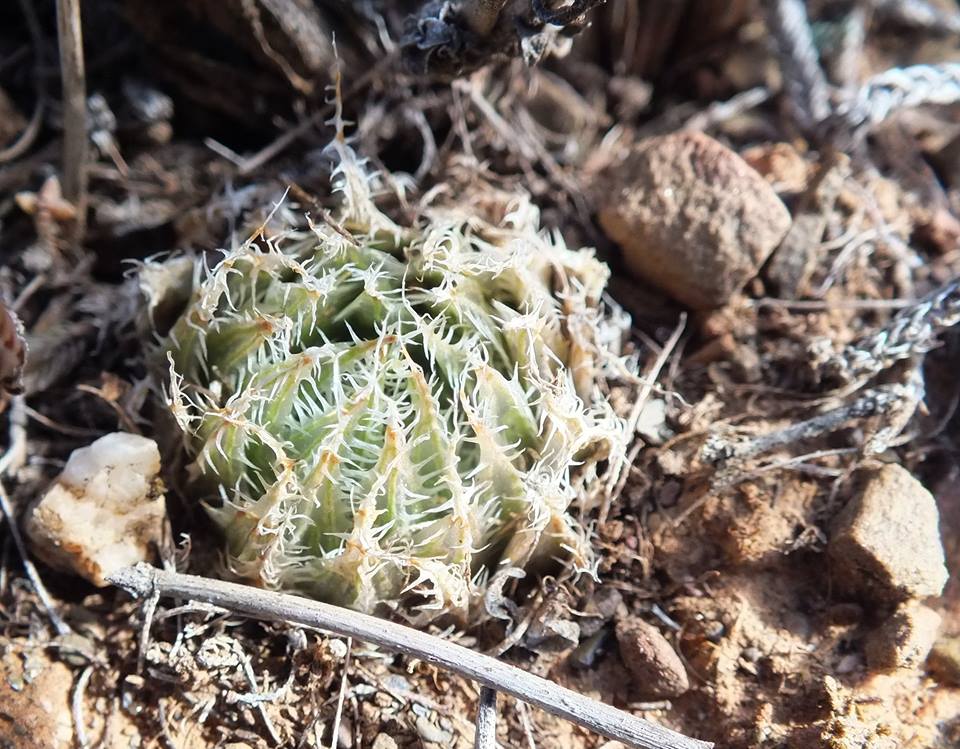
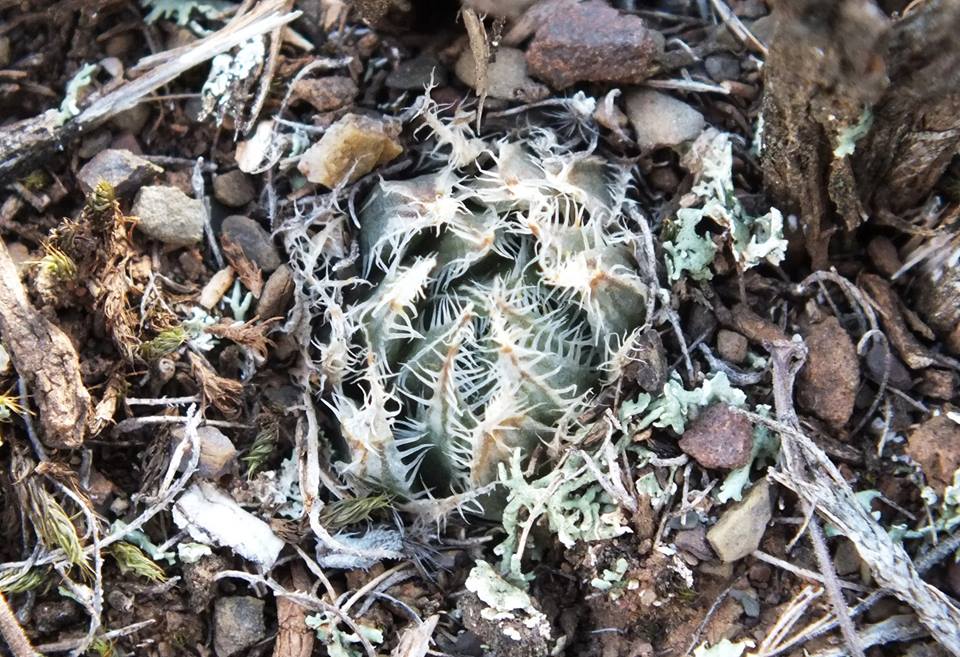
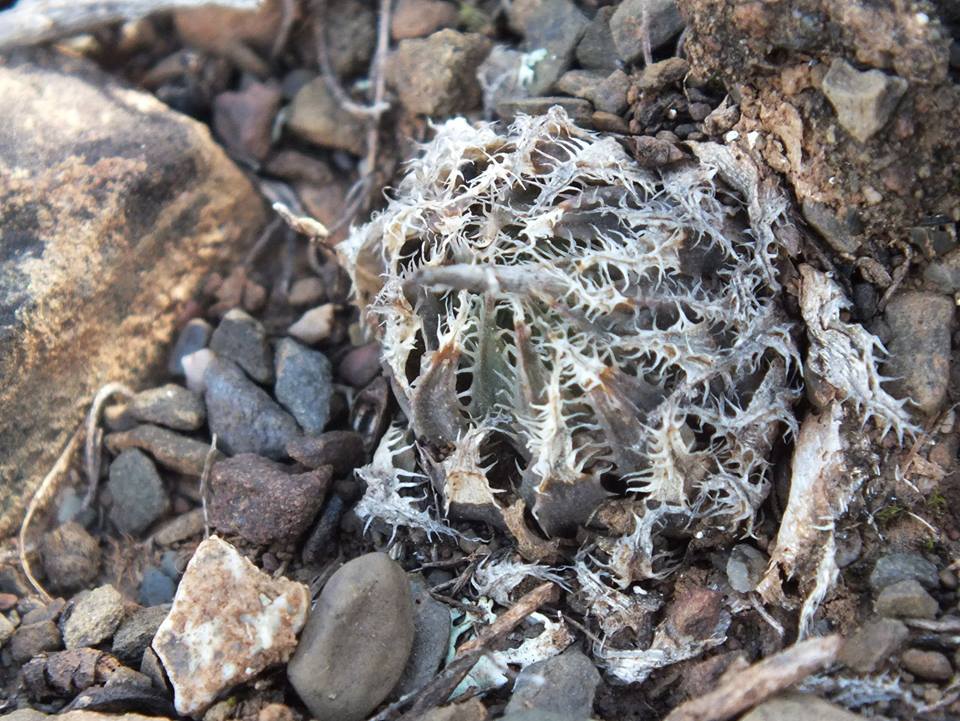
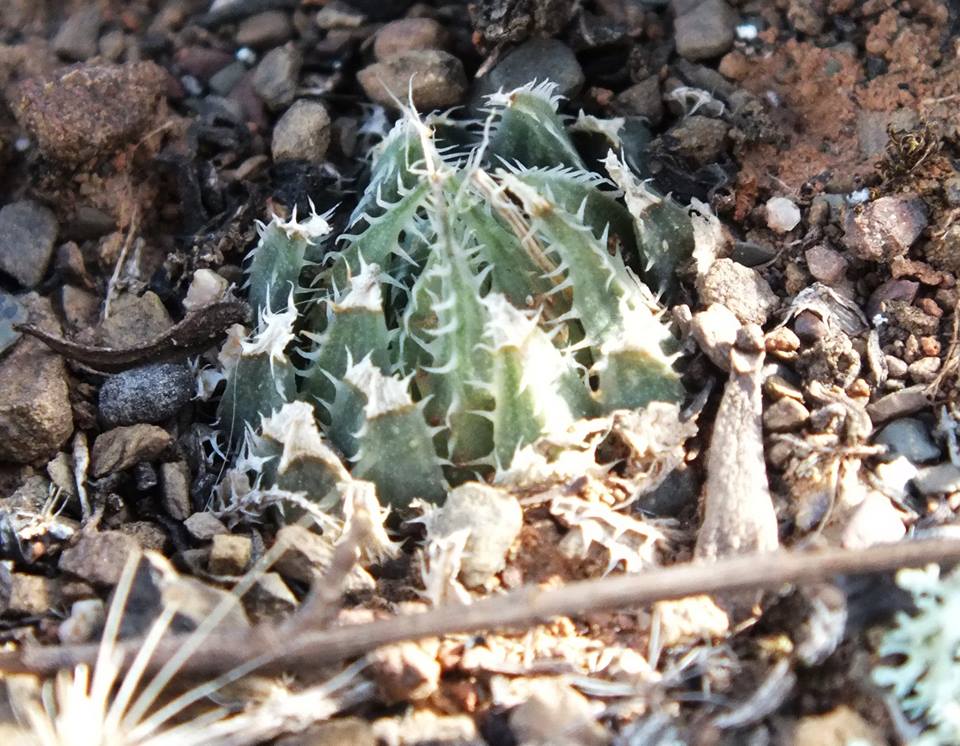
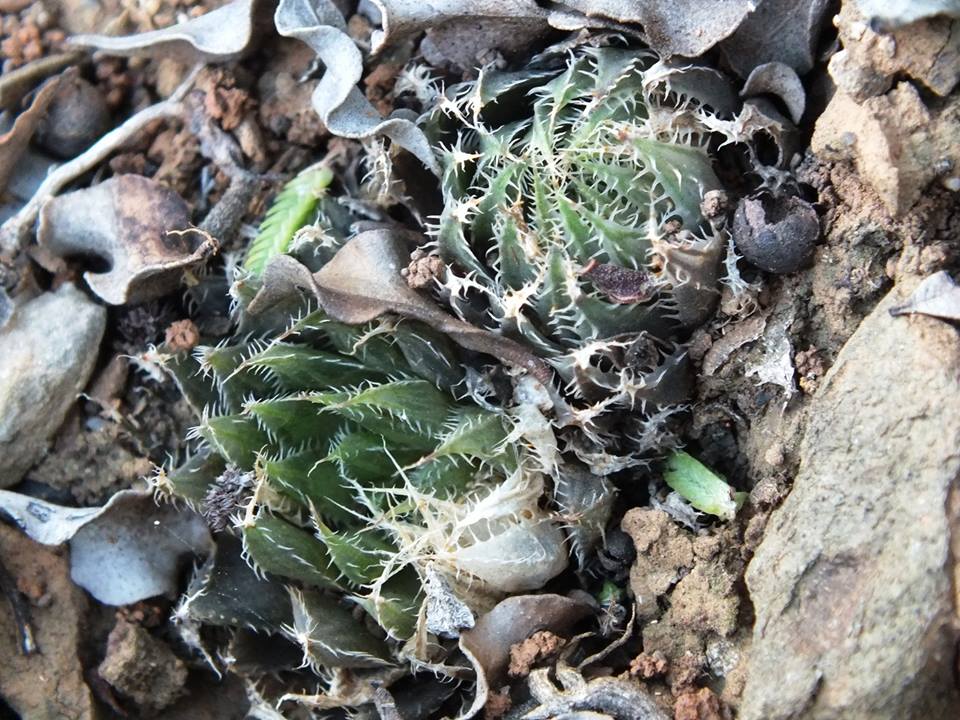
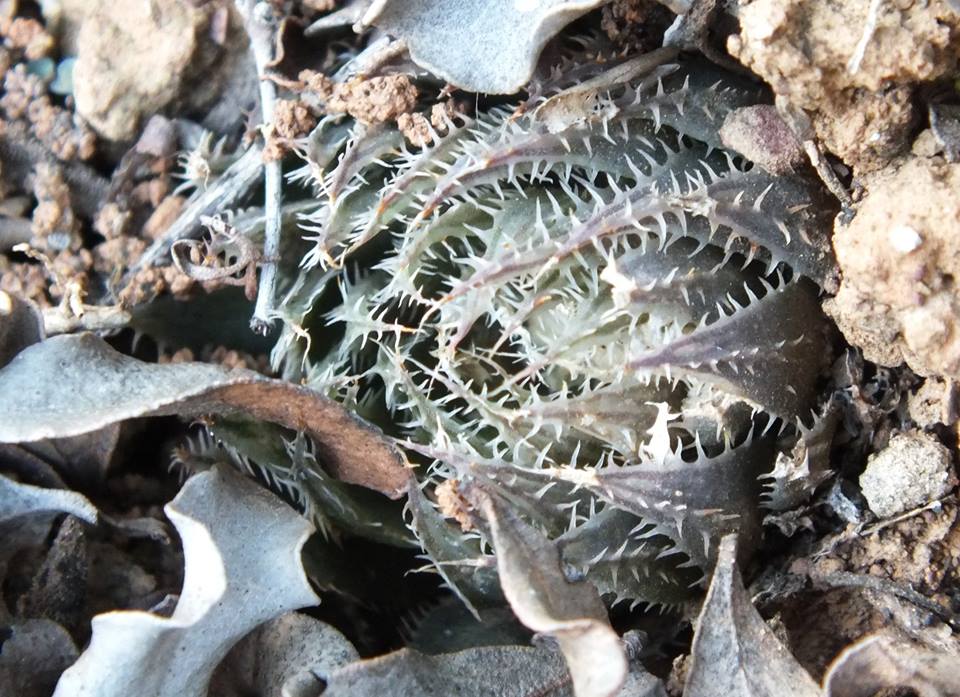
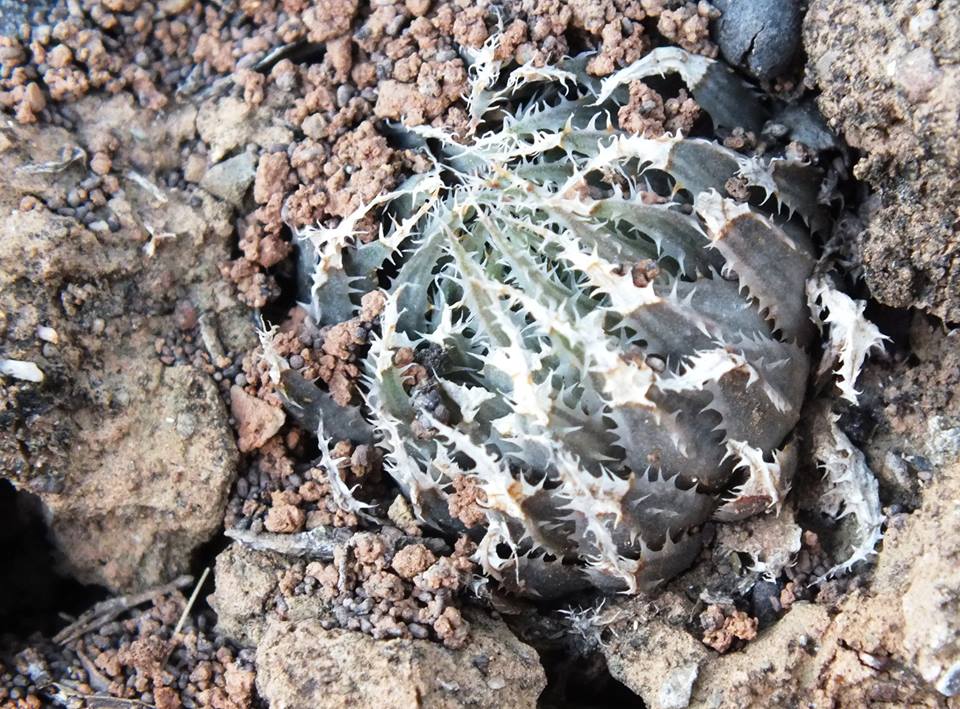
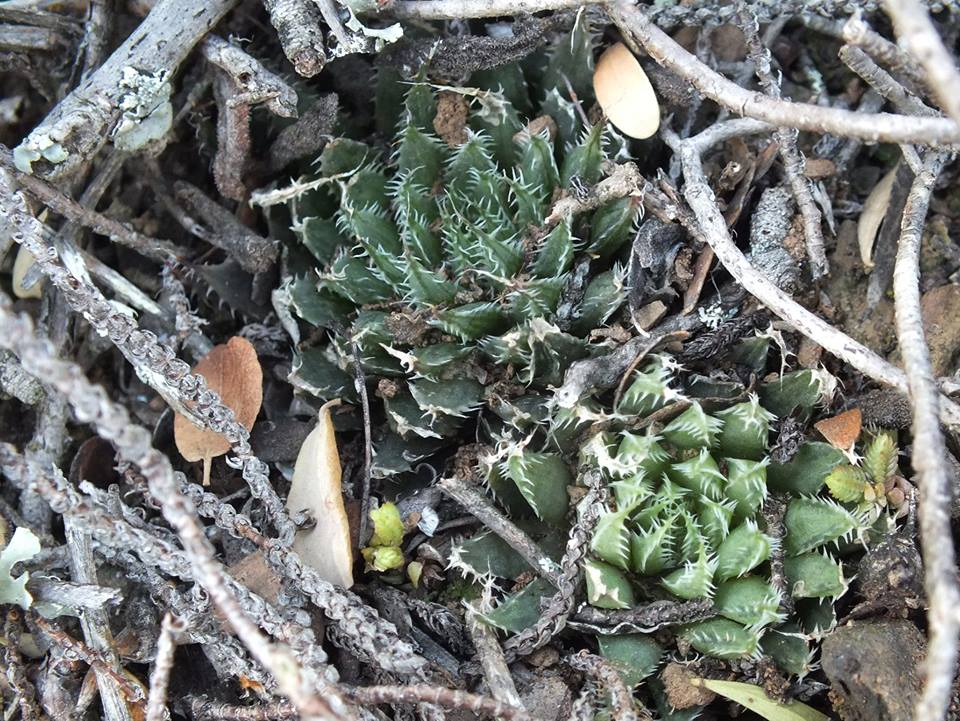
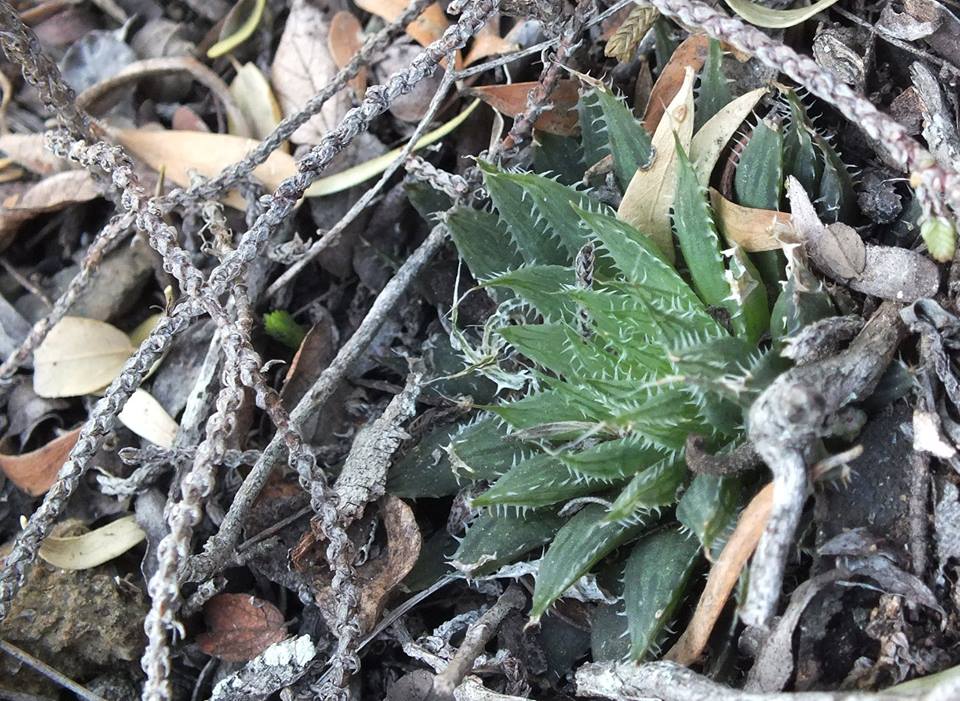
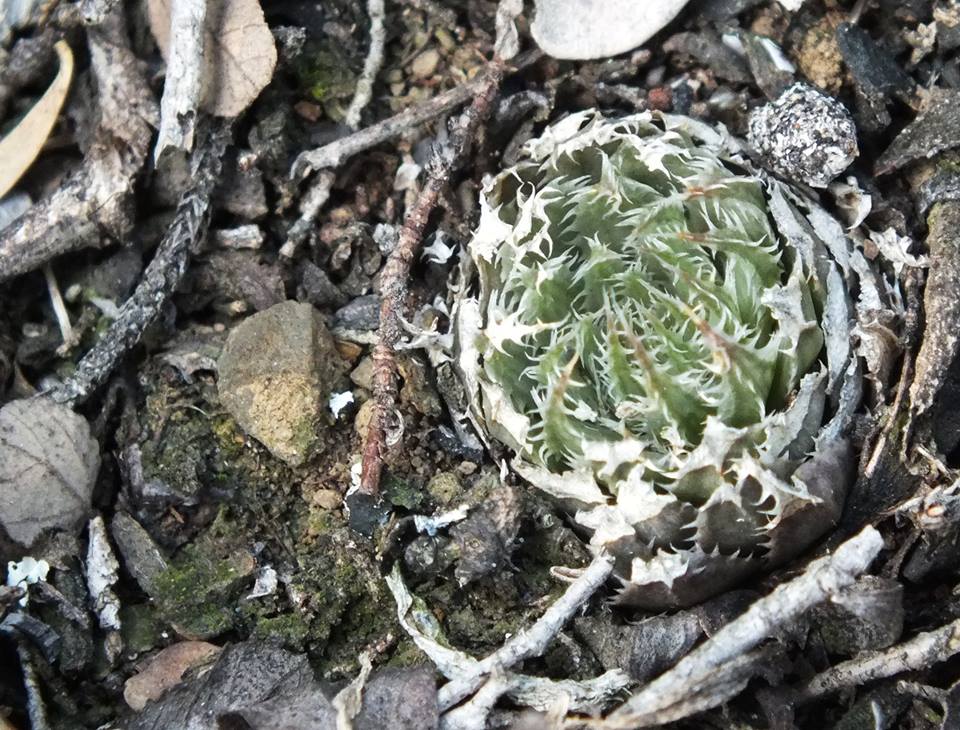
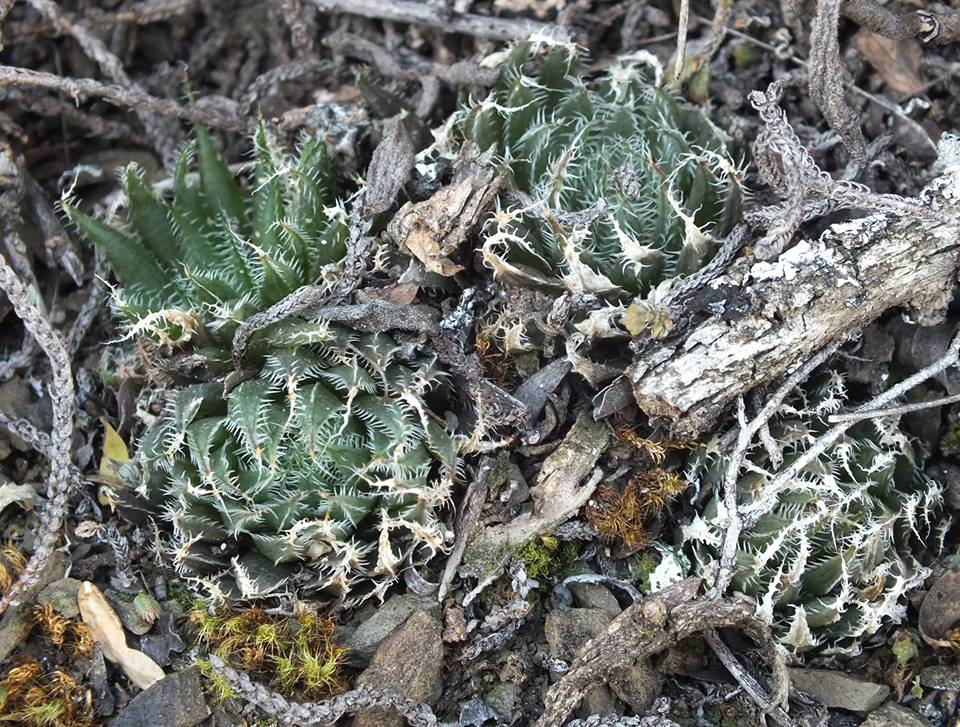
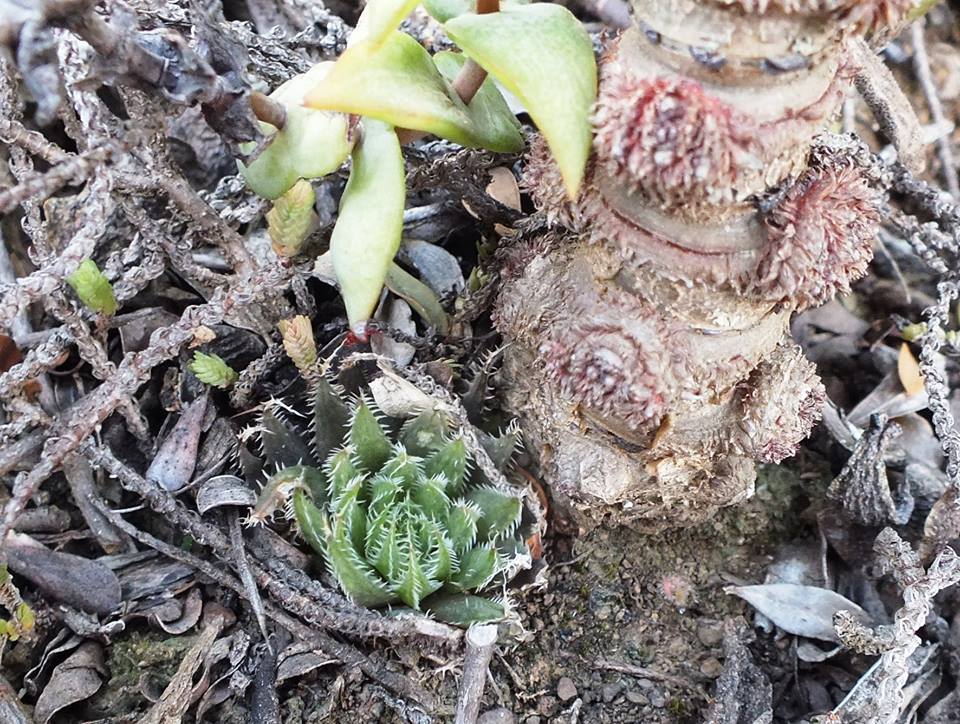
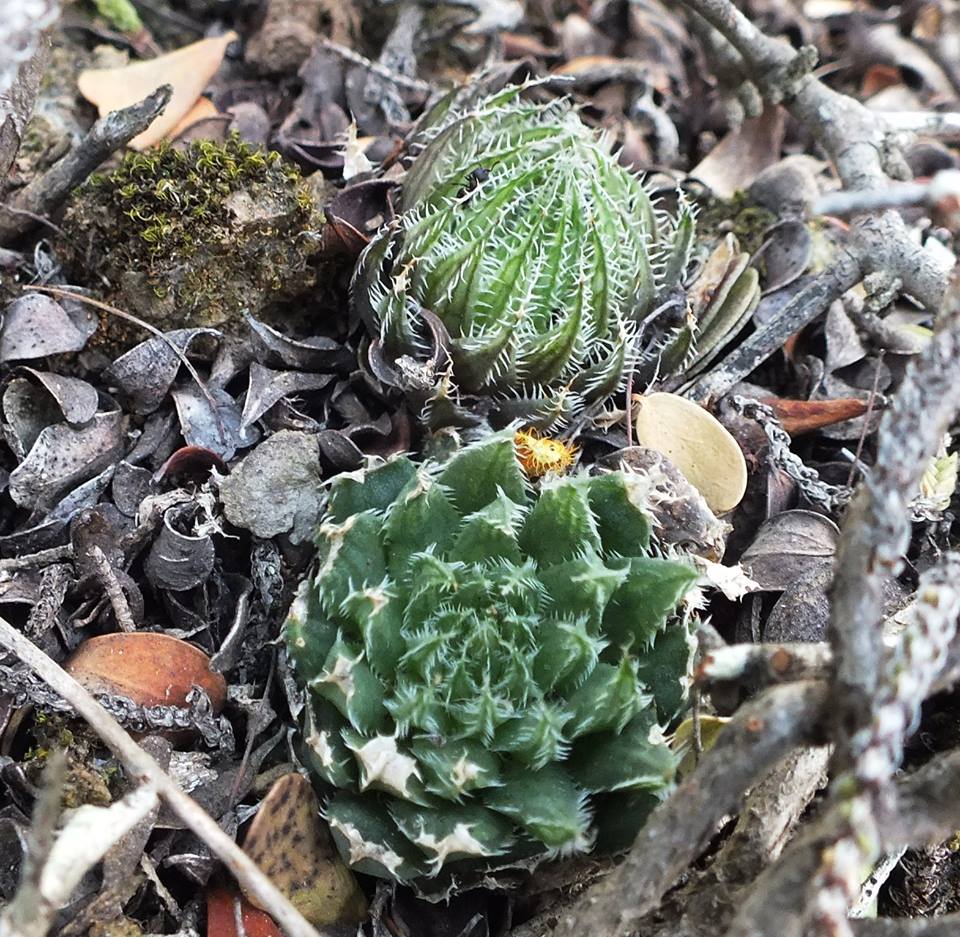
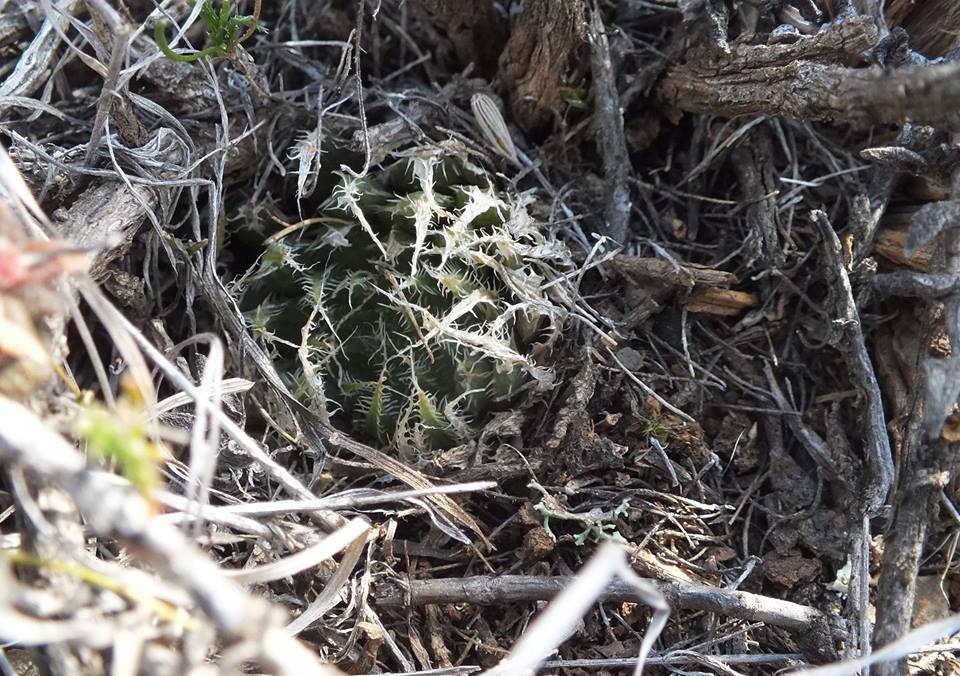
More of these green things. I would guess that these would class as the simple progenitors of cymbiformis and cooperi. Perhaps even of mucronata?
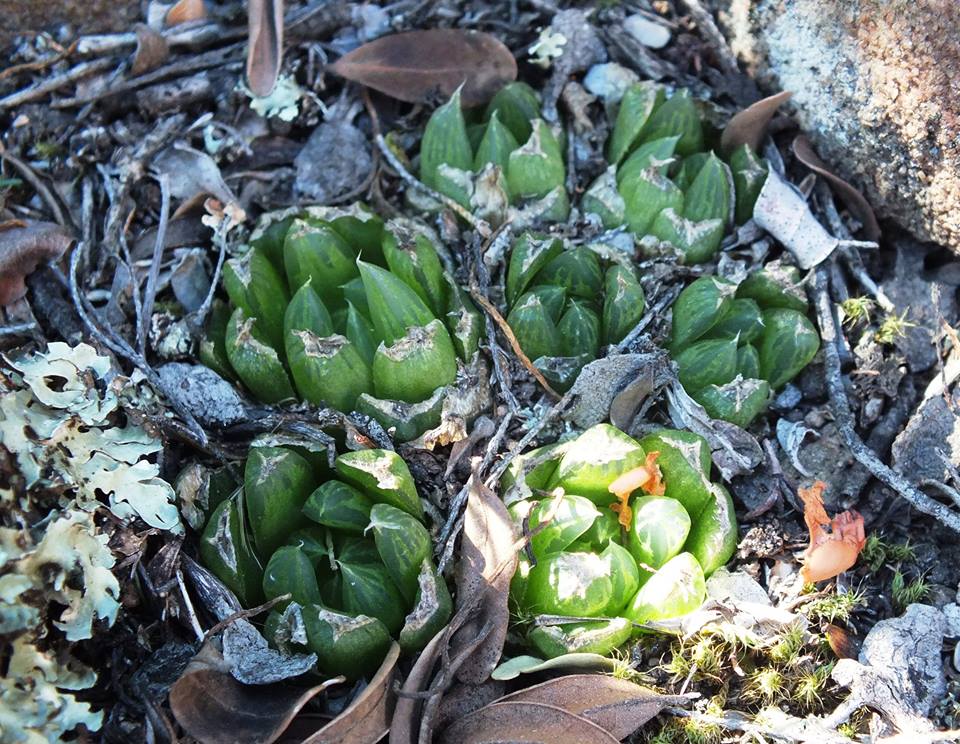
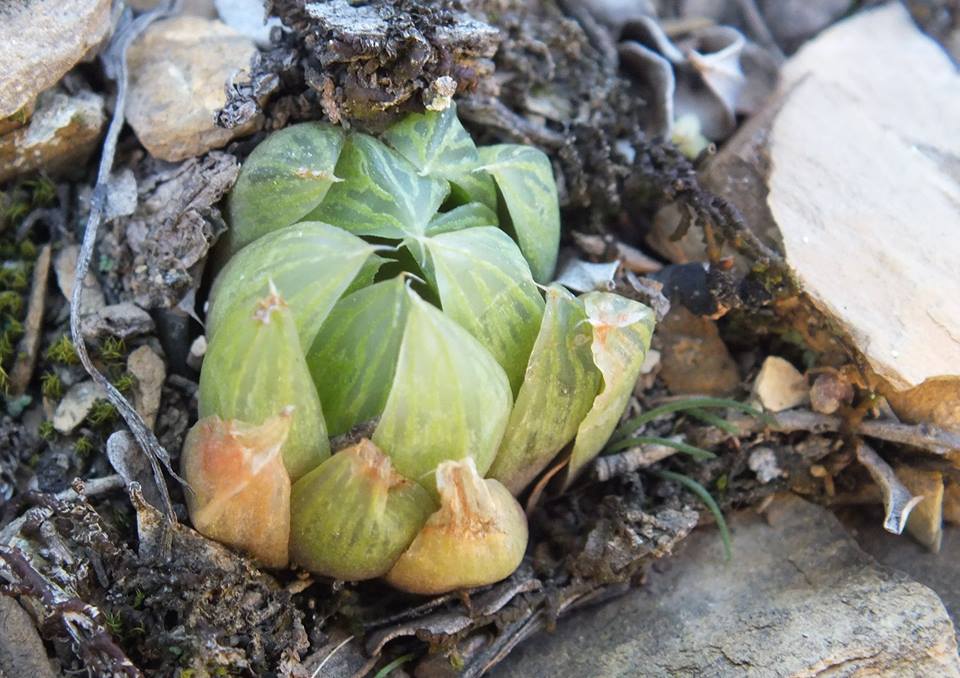
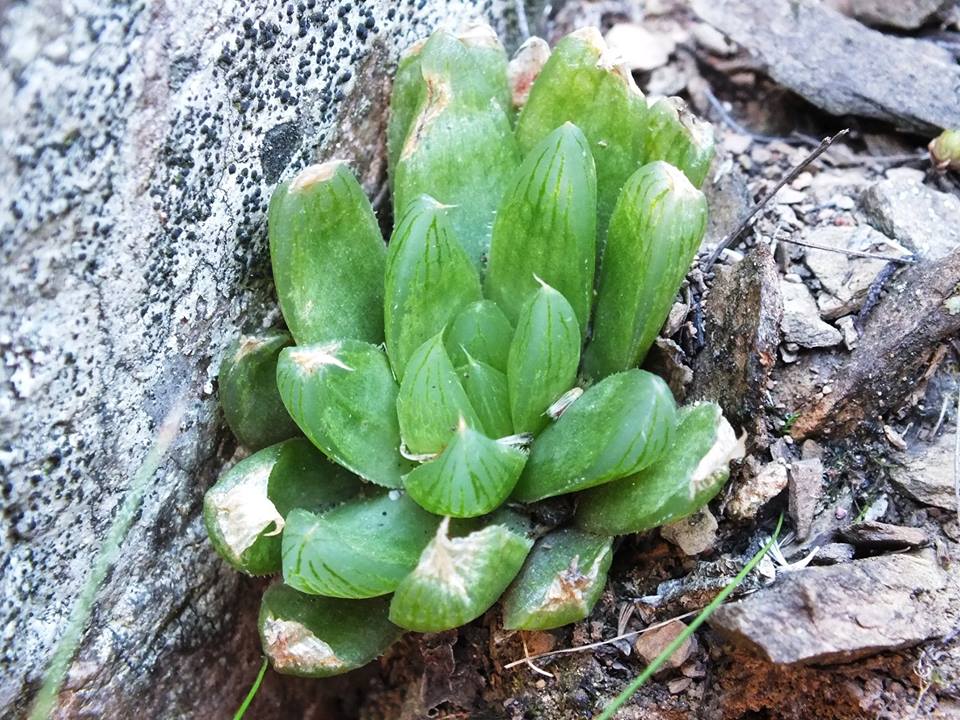
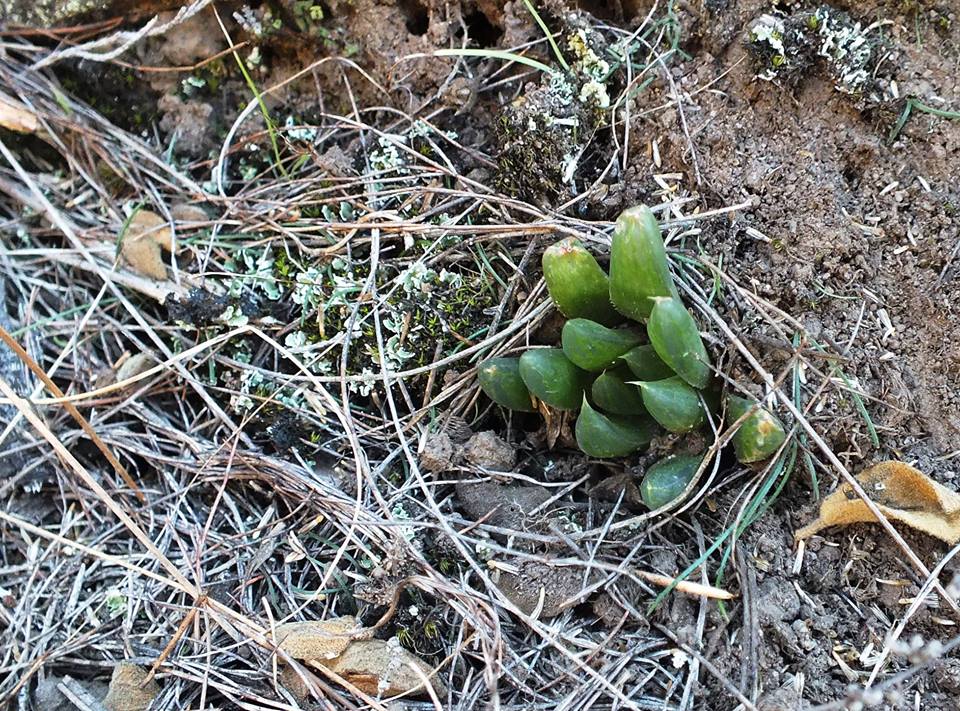
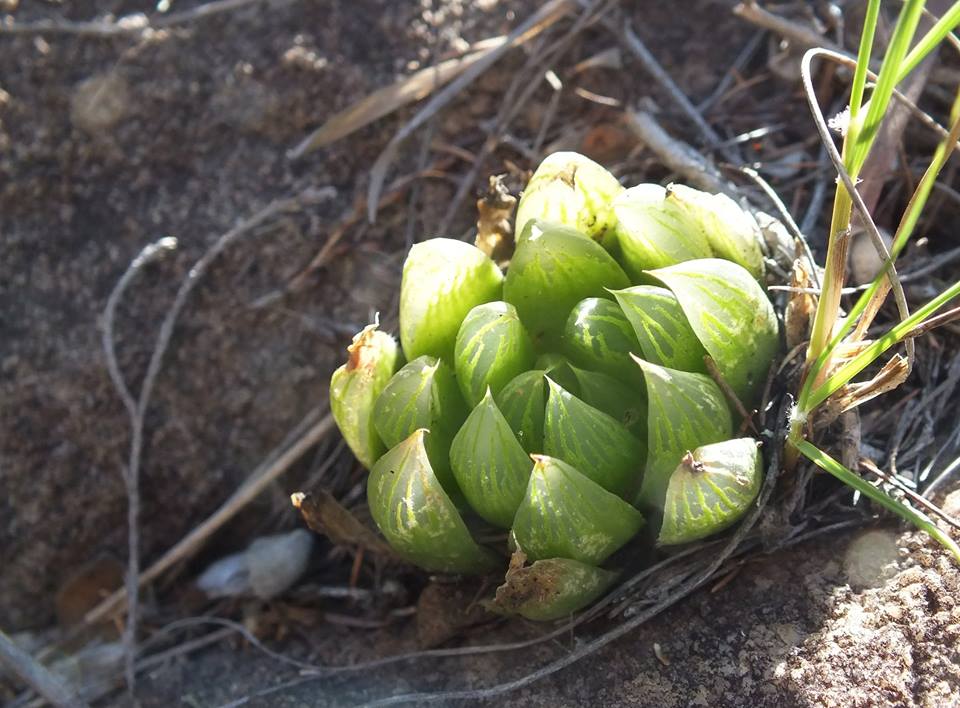
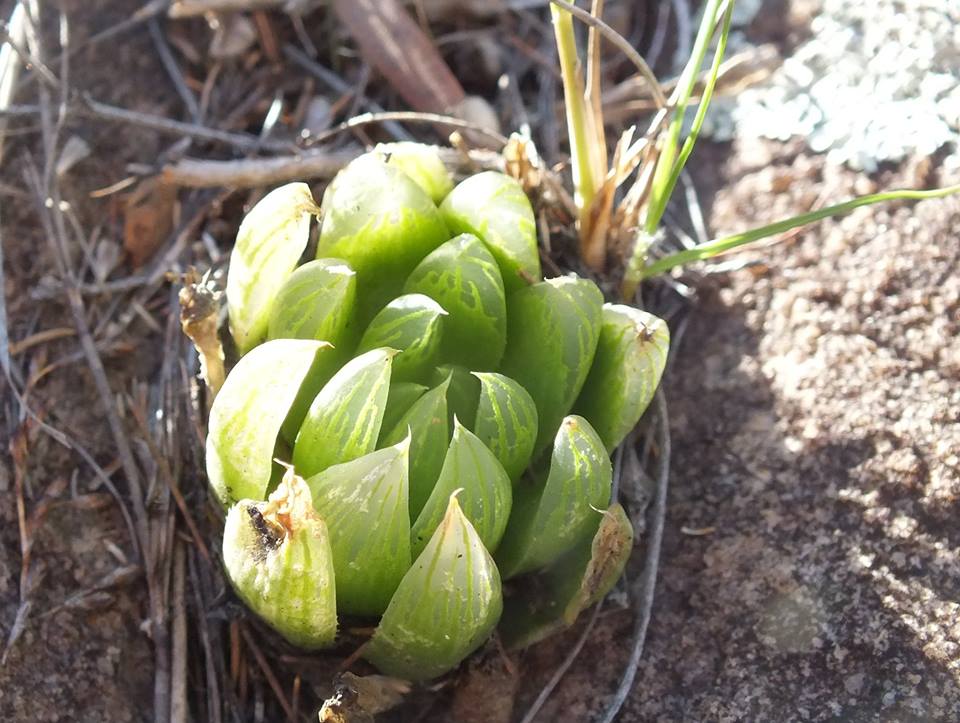
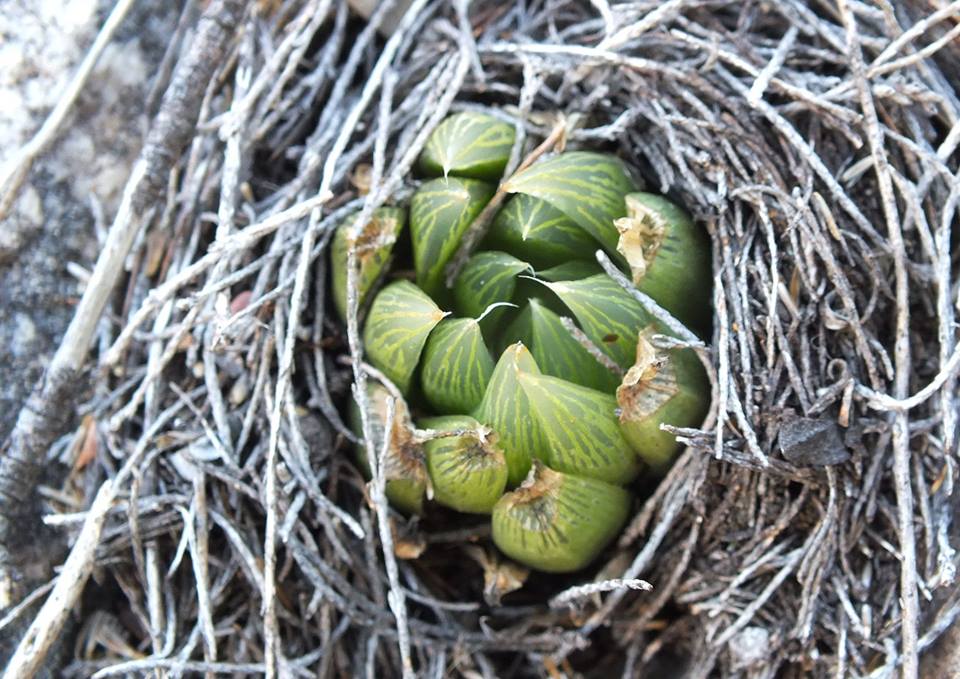
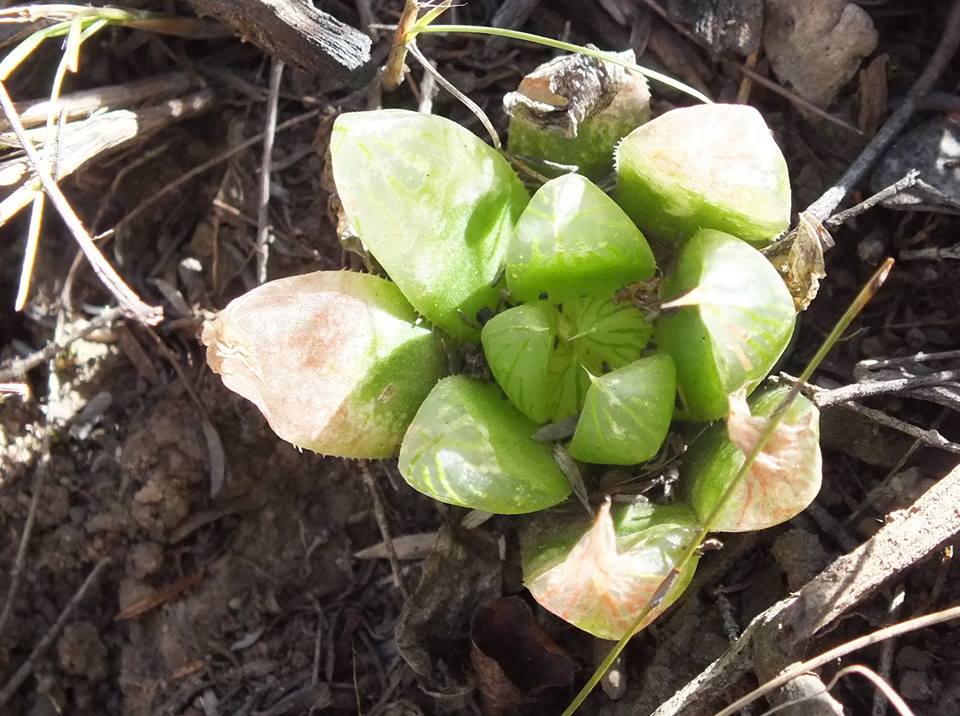
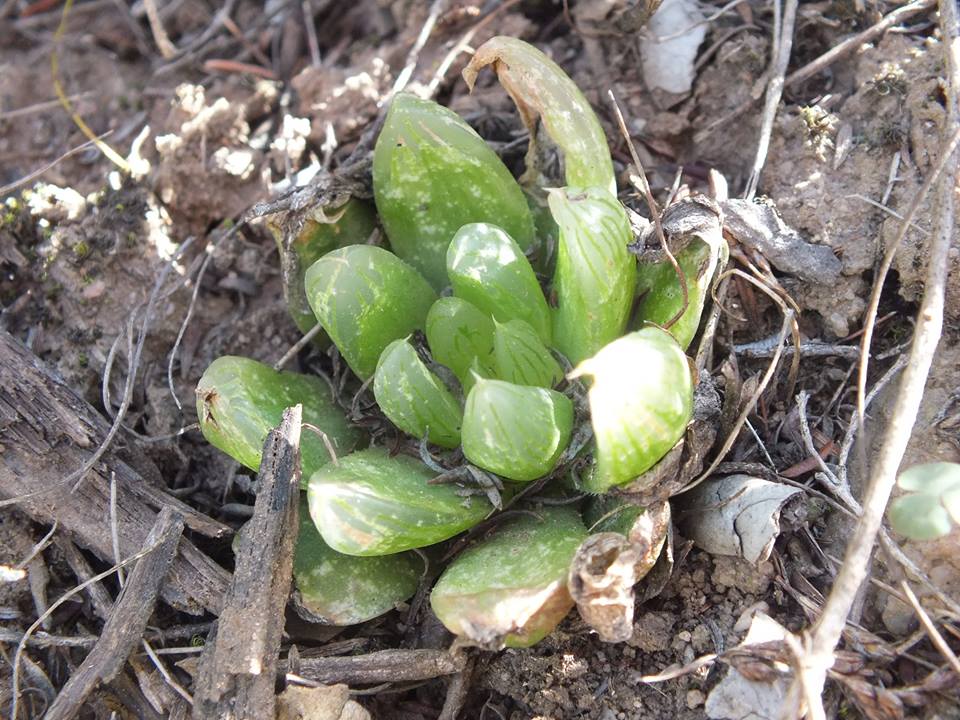
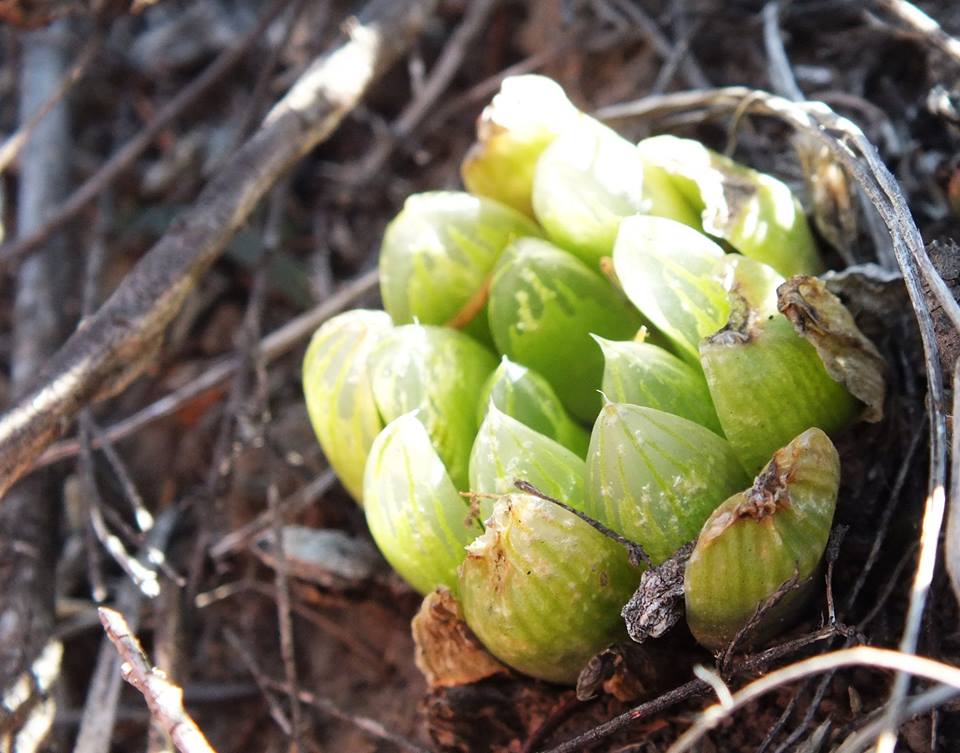
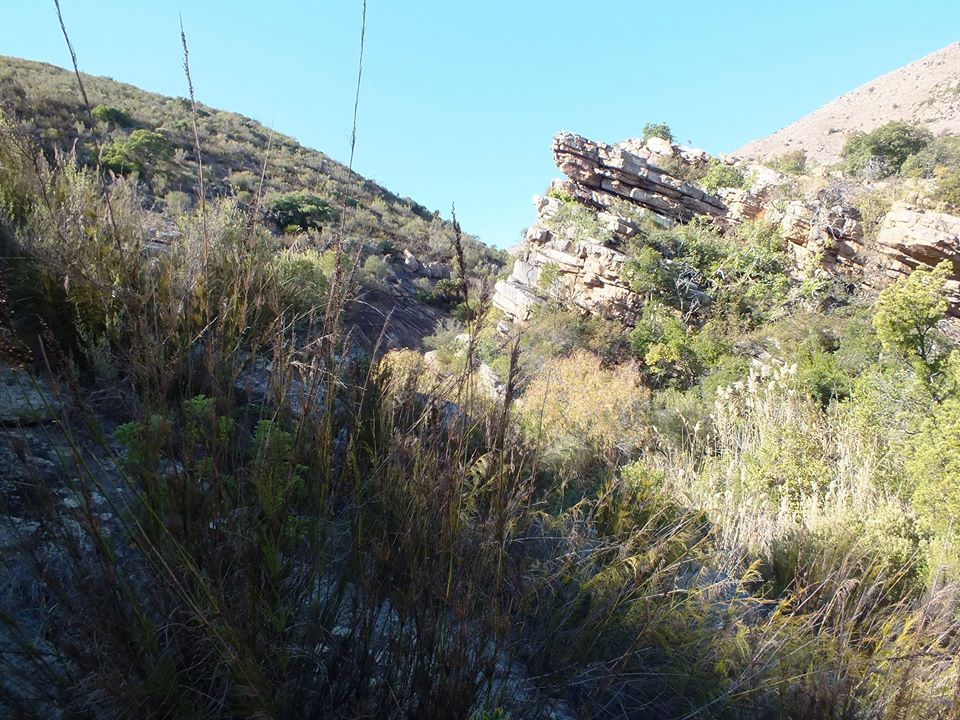
This is Haworthiopsis sordida that does not occur, as far as I know, north of this. H. nigra also occurs here at it’s most southern at this longitude. Altogether it is quite a complex network of distribution patterns that relate to greater plant geography.
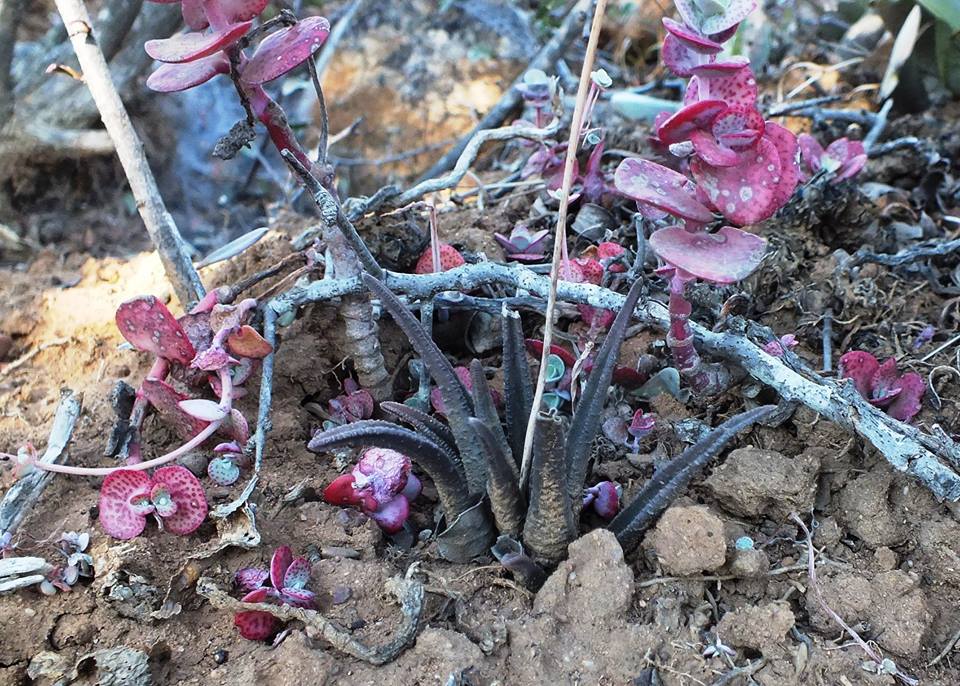
From another population as variants on a theme. have seen about 30 such just on this small mountain area and it just suggests what is still unseen on the length and breadth.
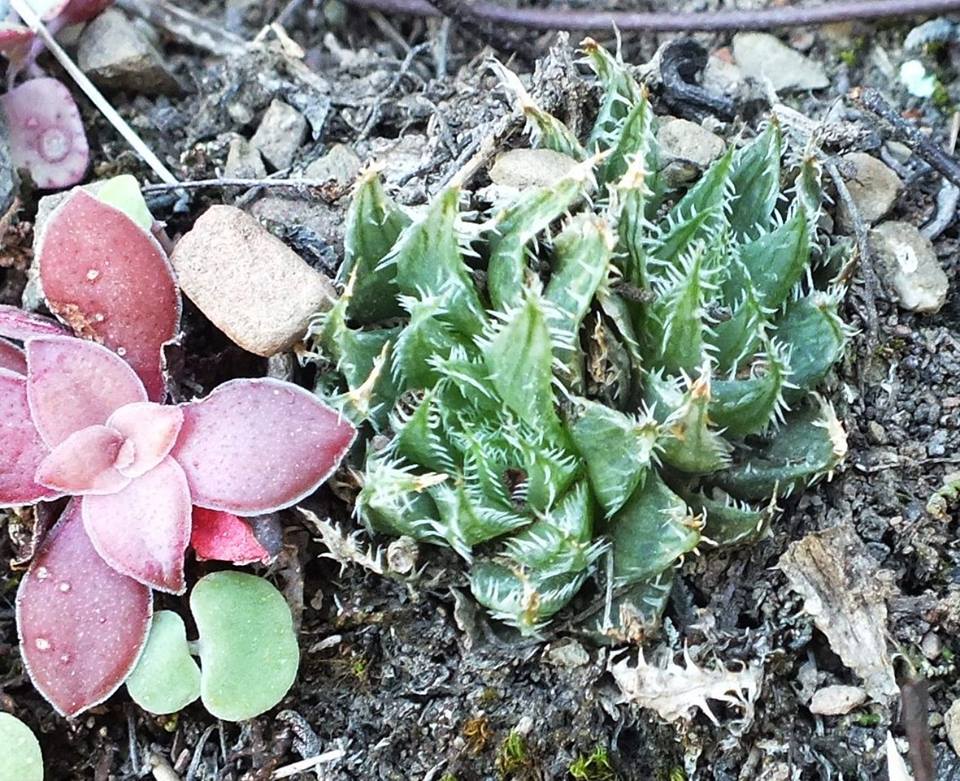
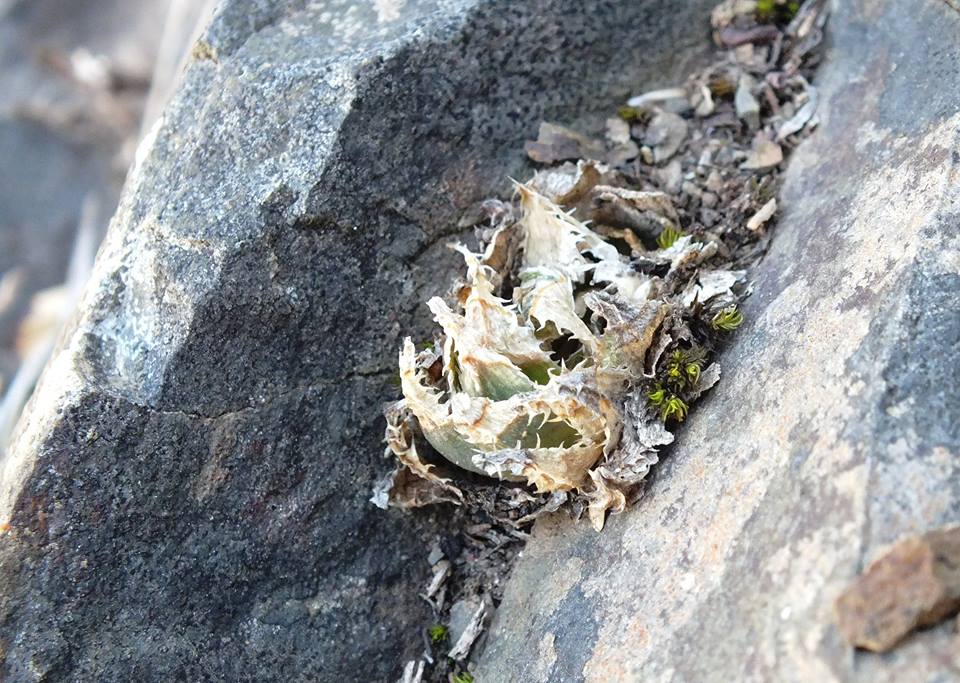
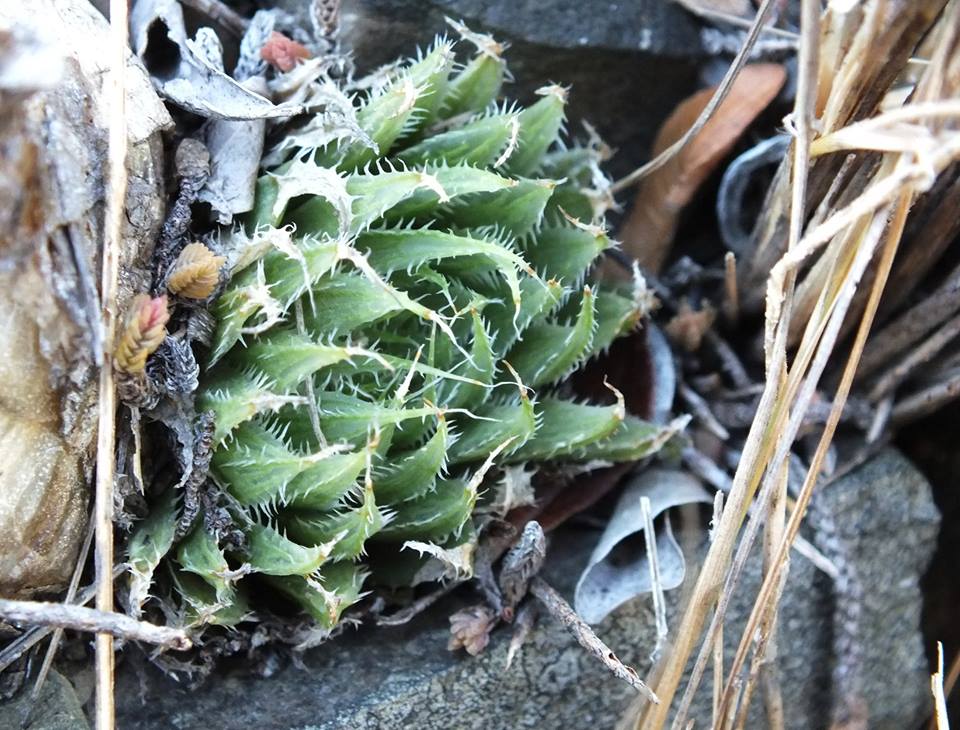
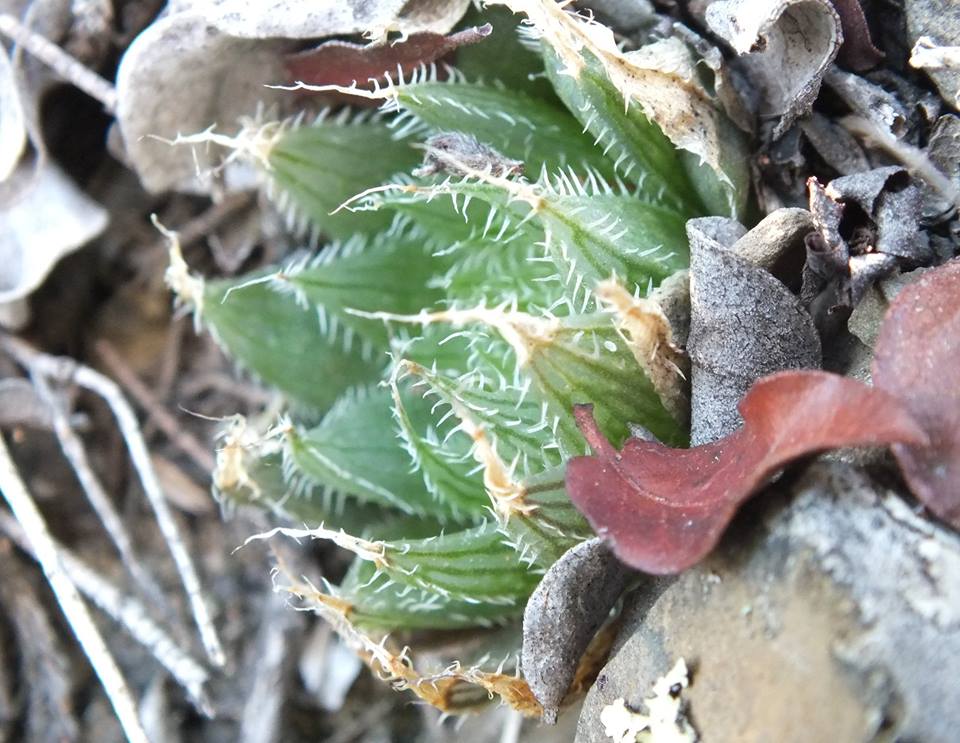
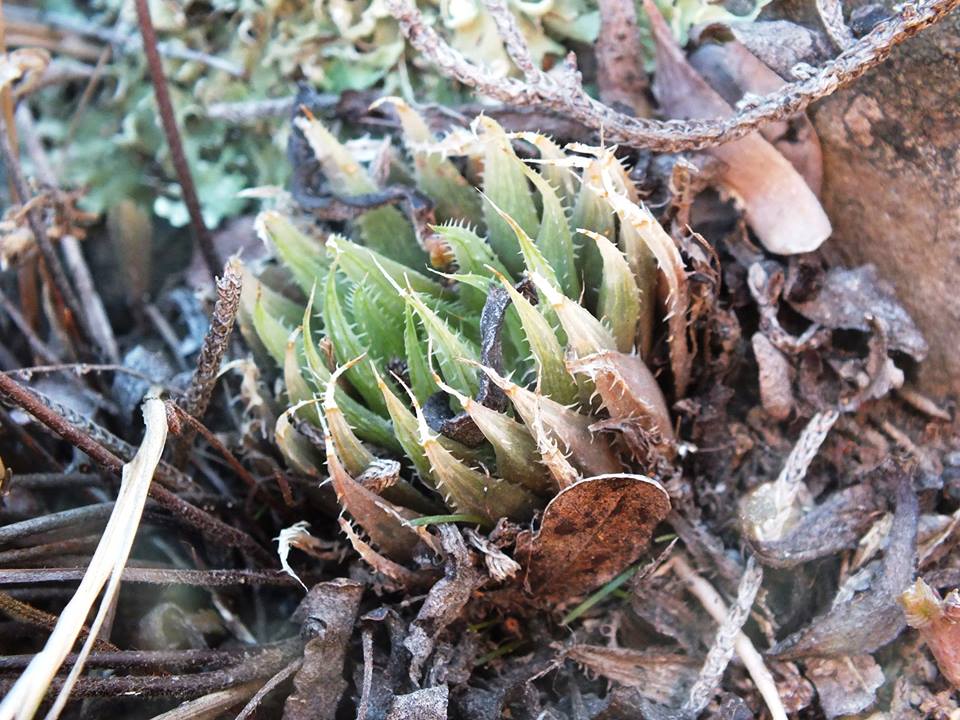
Not a great diagram but a way to appreciate the drammatic choreography of plant distribution and how it impacts on classification. Without it Haworthia names make no sense other than as imagined and fantasized. Cooperi and cymbiformis occur as intertwined species to the east and south. In the south they extend westwards to get lost in H. mucronata. Cymbiformis as an independent species does not enter Kaboega except as an observable variant of H. cooperi. The cooperi gets lost westwards as variants of H. decipiens. Perhaps close northwards as H. aristata. H. glauca does cross the Zuurberg but is here confused with H. coarctata that may occur in recognosable form on the eastern tip. Angustifolia is on the eastern end too but does not enter Kaboega. Neither do H. monticola or H. zantneriana from the west. This is also closely tied to the intrigue of winter vs summer rainfall and still further to the massive geological changes of the very recent.
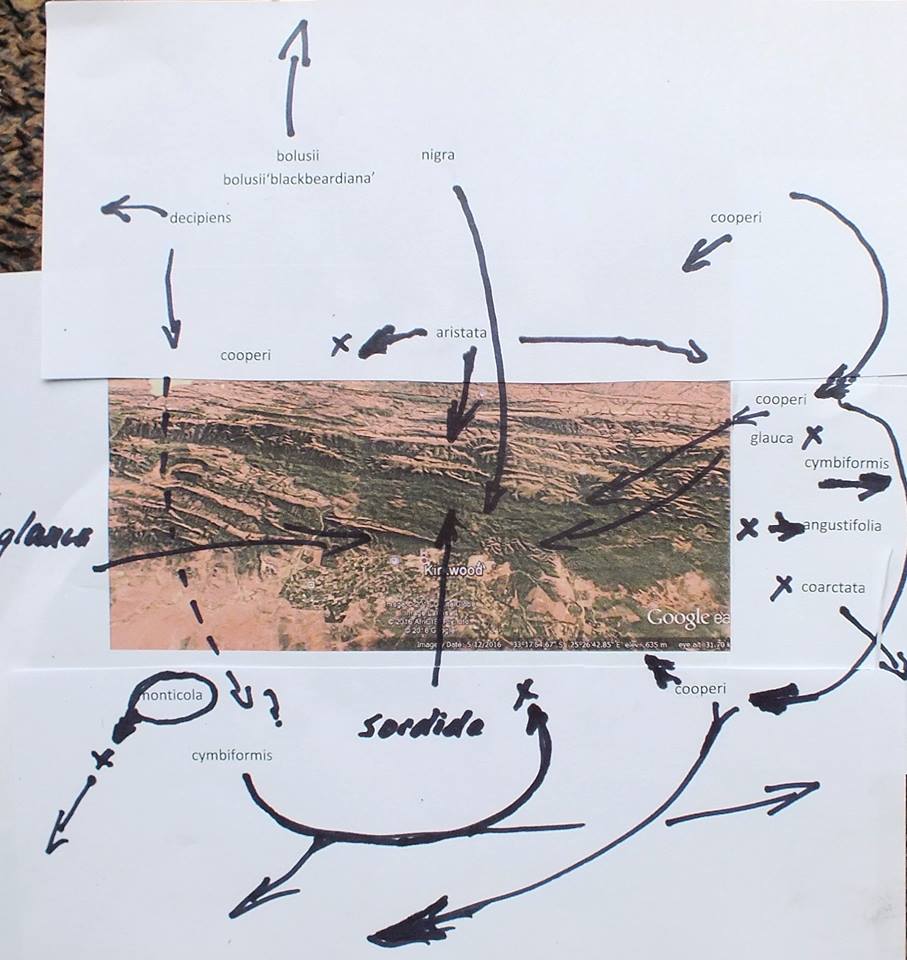
♦
Mystery Introduction
More light on the Haworthia pygmaea/retusa/turgida species mystery.
While editing some old pictures I was just stunned that I have so understated the case that retusa, mirabilis, pygmaea, mutica, turgida and emelyae are really one species. The photographic evidence of the plants alone is unbelievable. What I do think has gone under the radar is evidence that I got from the flowers where the flowers of mirabilis, mutica, floribunda are shown to be inseparable.
Warwick Bayer: Do the flowers as a characteristic often fly below the radar as one may struggle to see flowers from different populations together? And one may so often be in the field and not see flowers at all.
Bruce Bayer: Yes, they do mostly because they are seasonal and often these places are not so accessible that it is practical to revisit. The other problem was of recording anything the so-similar flowers might be able to say. Dried they are useless. What I ended up doing was digital images of floret profile, side view, and face. … Very illuminating :)
2019.5.3 – Between the Gouritz Bridge and Herbertsdale. I do not anymore think it is a mystery in itself. The mystery to me is that a rational explanation is neither wanted nor sought.
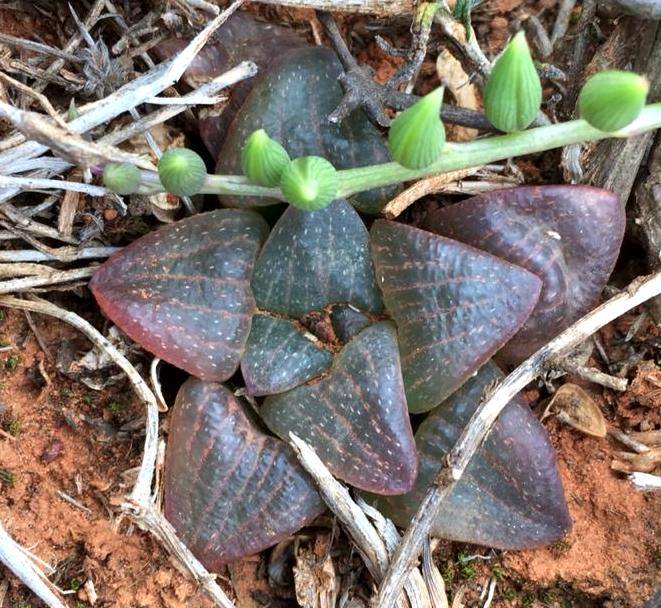
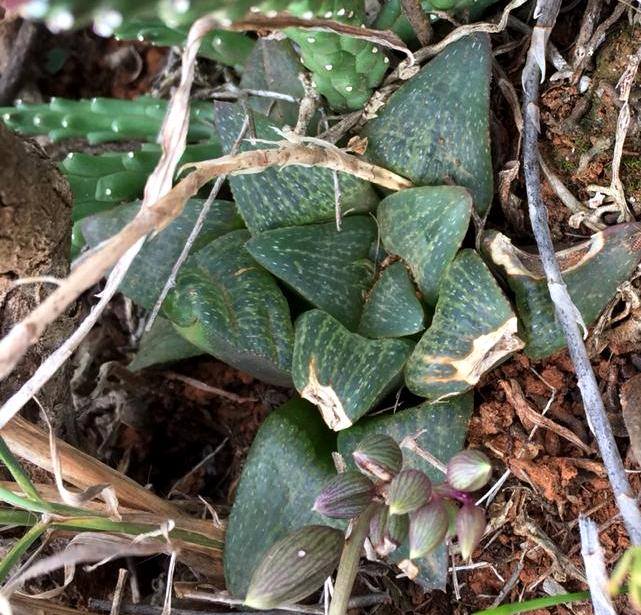
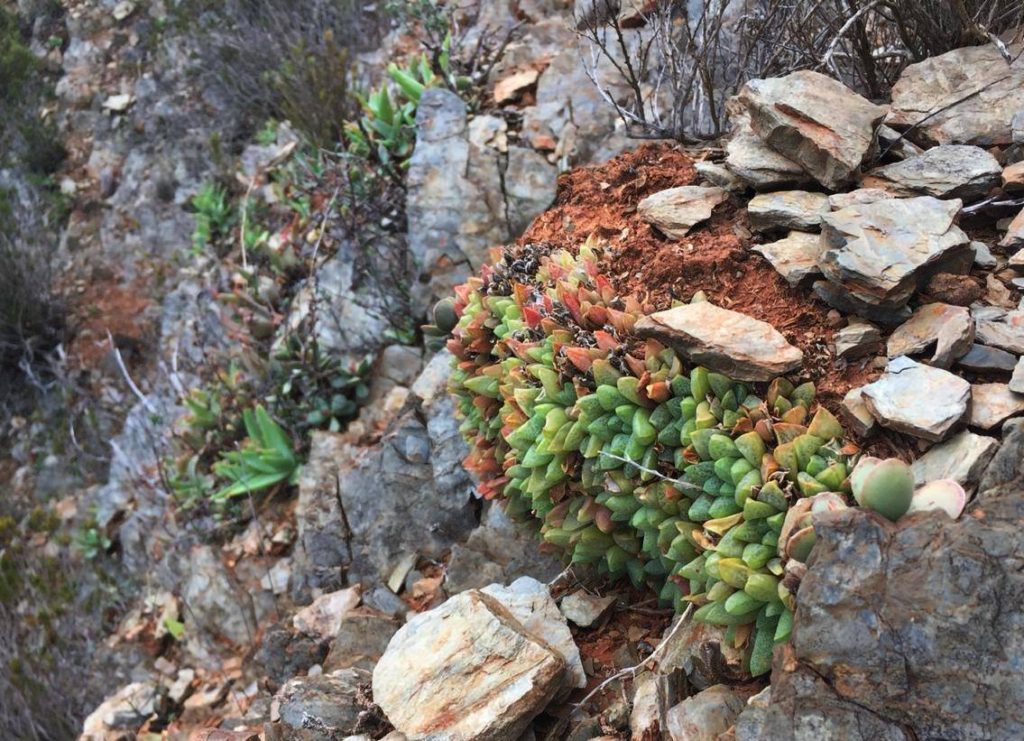
Here is a map to give a general idea of the locations.
1. Greyton/Genadenal area
2. Robertson Karoo
3. Bredasdorp, Napier
4. Breede River with Infanta, Malgas, Potberg at sea end
5. Tradouw with Buffeljags between this and 4
6. Slang Rivier to SE Heidelberg
7. Duiwenhoks River from Hedelberg to sea
8. Goukou River Riversdale to sea, Kruis and Wegwysers rivers to NE Riversdale
9. Gouritz River with Albertinia to east and Wydersriver to north Albertinia
10. Mossel Bay, Great Brak, Herbertsdale area
11. Montagu area N. Langeberg Range
12. N Garcia Pass in Little Karoo
12. Aasvoelkrans in Little Karoo
2019.5.6 – I thought I would post this to show how confusing classification, plant names and classification can become. I found a folder with these pictures – turgida, pygmaea, retusa, mutica, mirabilis, floribunda, and emelyae. Ridiculous as it seems, they can be linked by a geographically arranged sets of variants that morph them into a single set. In the process my mind just boggled at collectors who just cannot seem to grasp the problem or a solution. Around Mossel Bay we have two species H. turgida and H. pygmaea but in the west around Greyton to Napier, we have three H. retusa, H, mutica and H. mirabilis. In between there are a host of combinations while a fourth species intervenes viz. H. floribunda. Difficult enough, but across the Langeberg there is a fifth, H. emelyae. All one? H. floribunda has its own complications. No single picture is remotely adequate to illustrate any one of them. It is this kind of complexity that pervades the plant world and the botanical names we need to communicate about them.
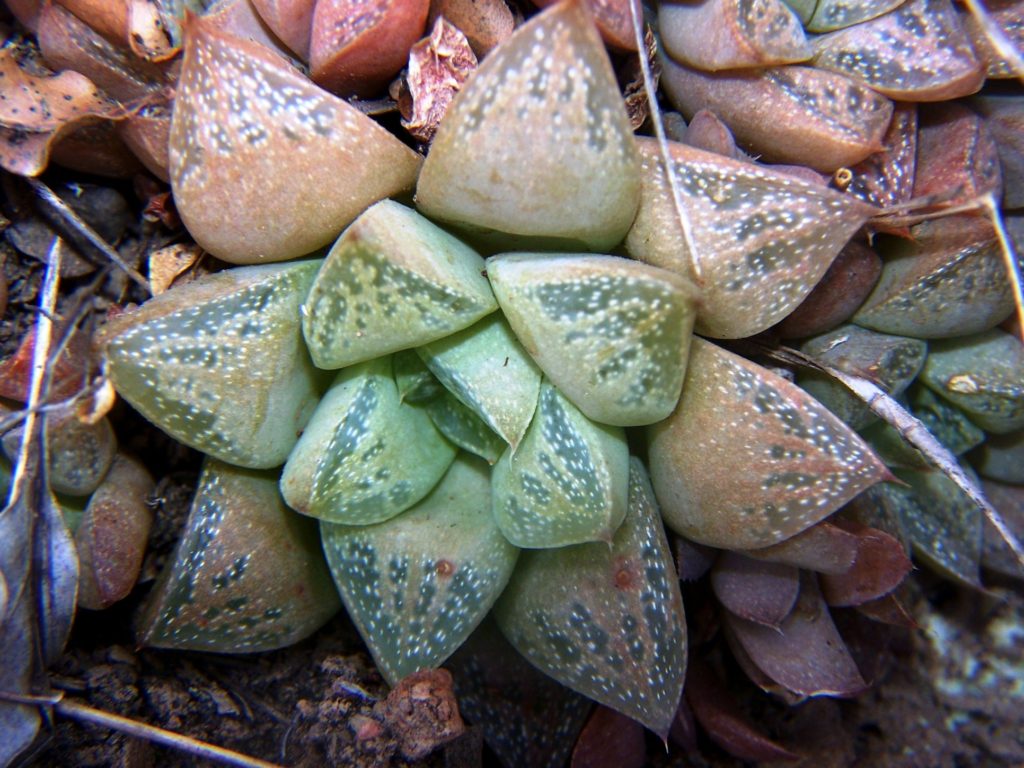
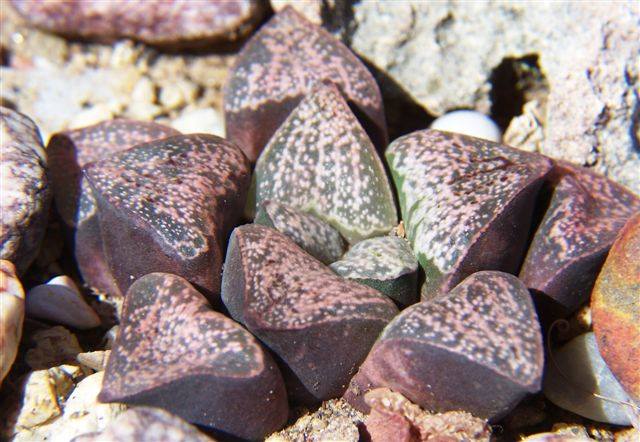
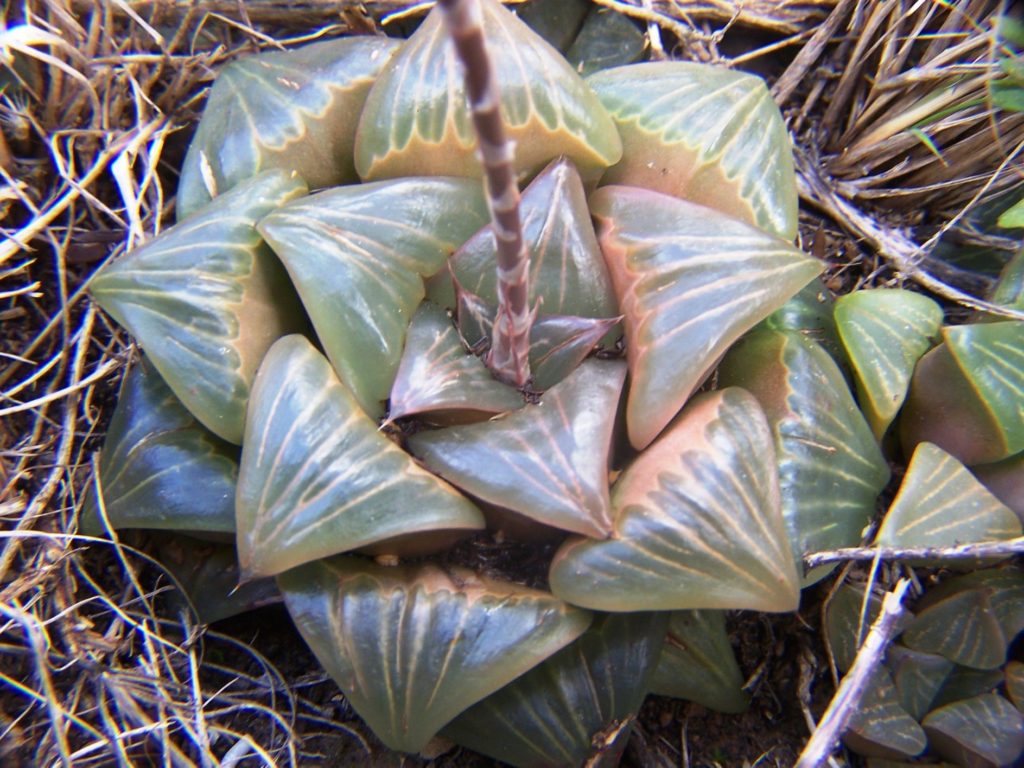
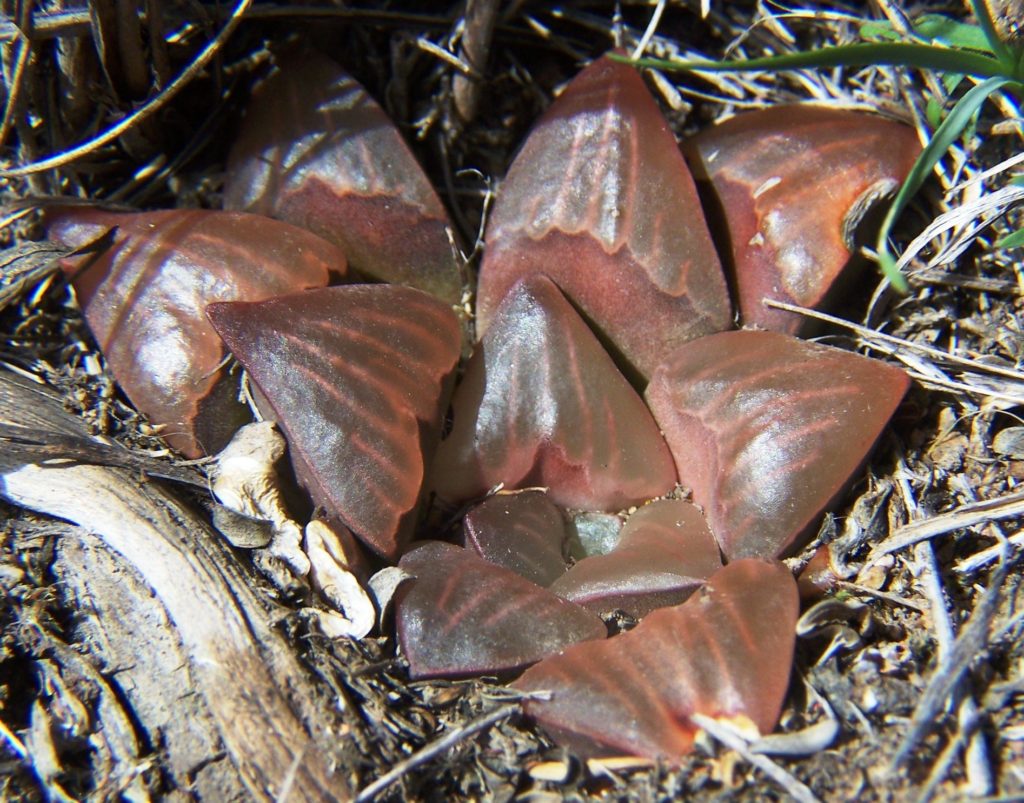
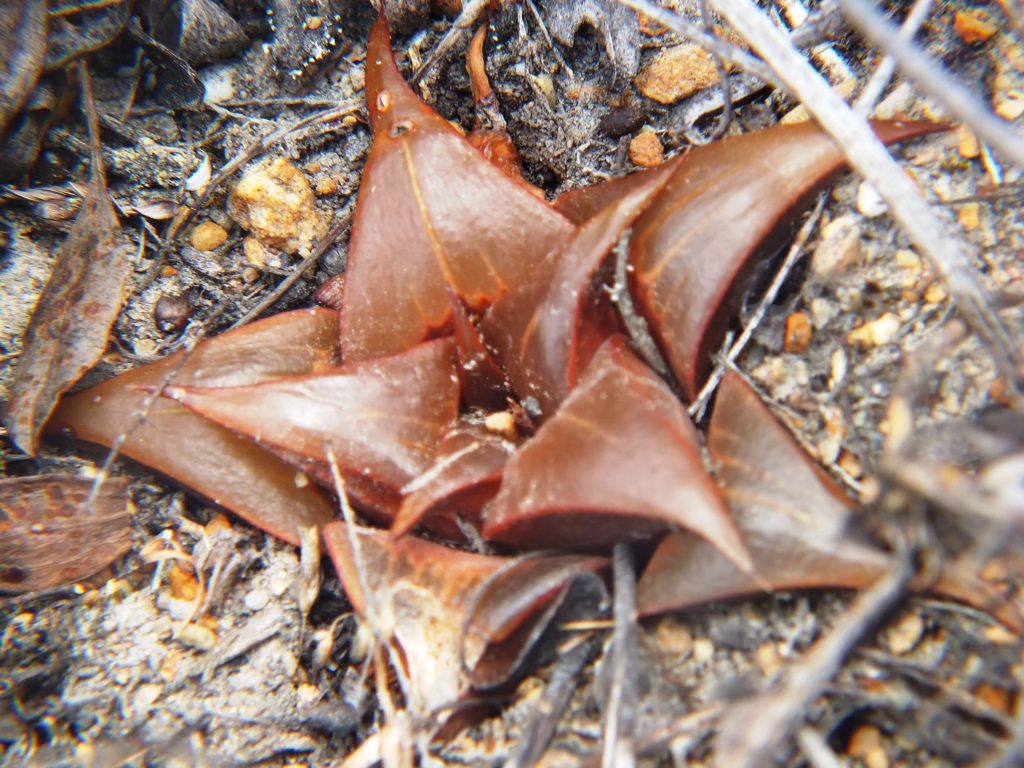
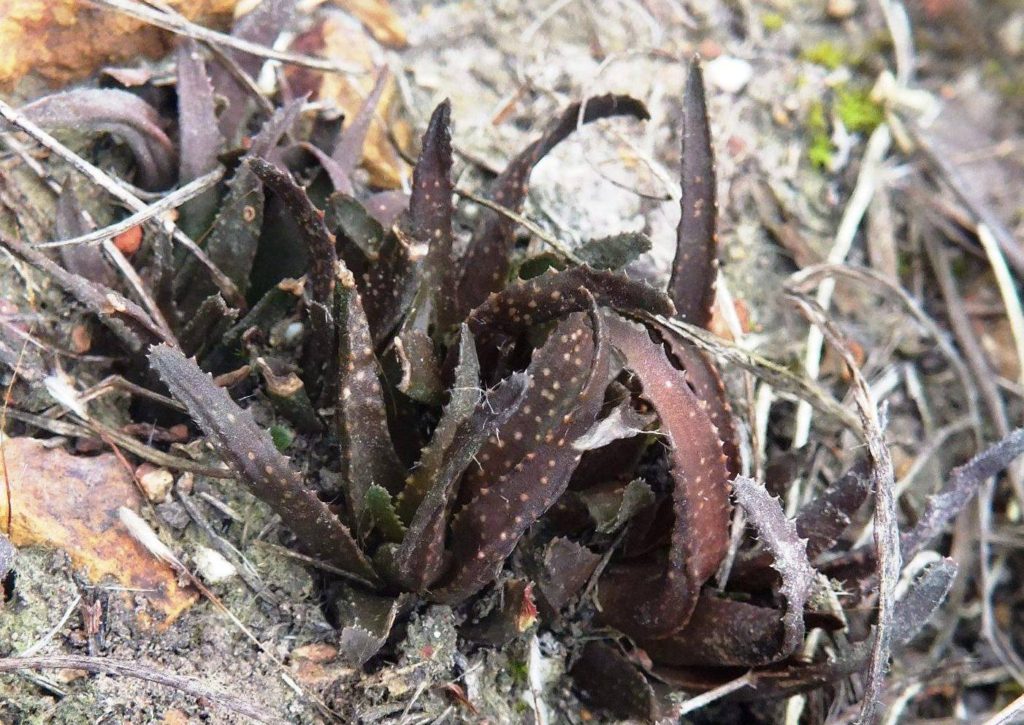
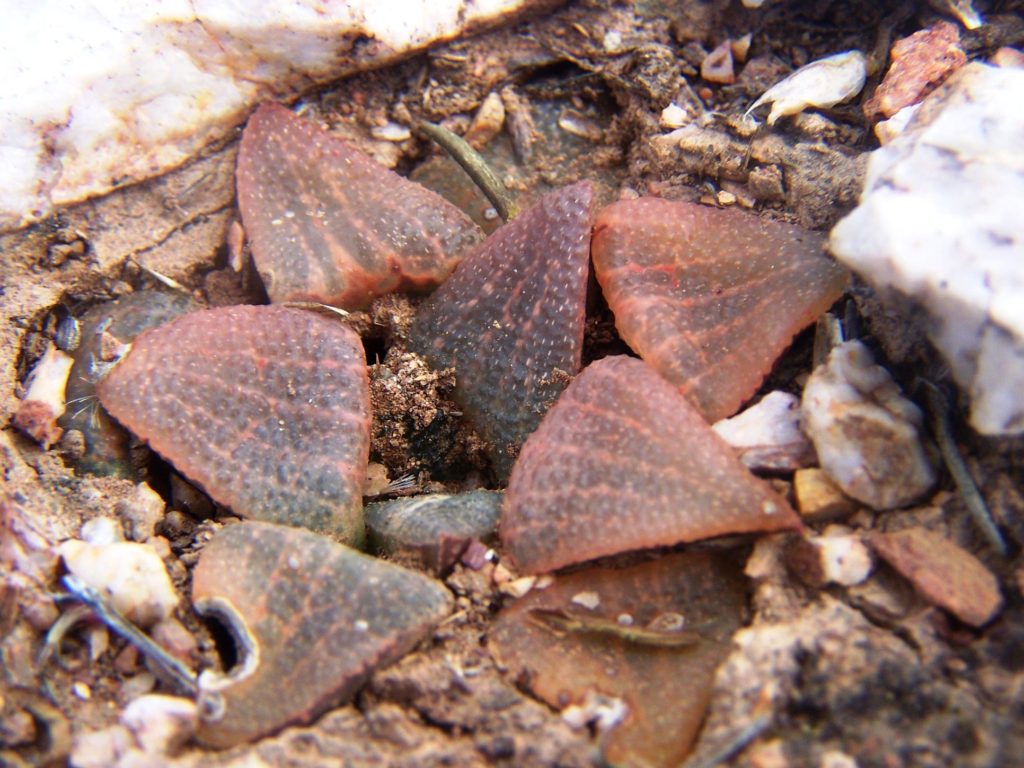
Steven Molteno: I’ve recently got very interested in the relations between floribunda and mirabilis, because of this gradient being so often syntopic with T. marginata. The N.Bredasdorp-Rooivlei Haworthia interest me in particular. Some really remind me of floribunda. More and more I feel the need to draw out some multidimensional lattice in order to try model or understand these relations. A bit like the map you once drew of them Bruce.
Bruce Bayer: Yes Steven – I think this is the real challenge and I find it difficult to believe that there are not botanists who are working at this – confounded by the majority who are stuck in a dead-end. I think I arrived at a classification solution by visualising such a lattice as a reality. What should be done now is to take the end classification and generate layers according to it. This would be a great test of the classification.
Here are more giant retusa from the same locality – what is true is that populations have characteristics as much as the “species” do. The Haworthia species mystery continues …
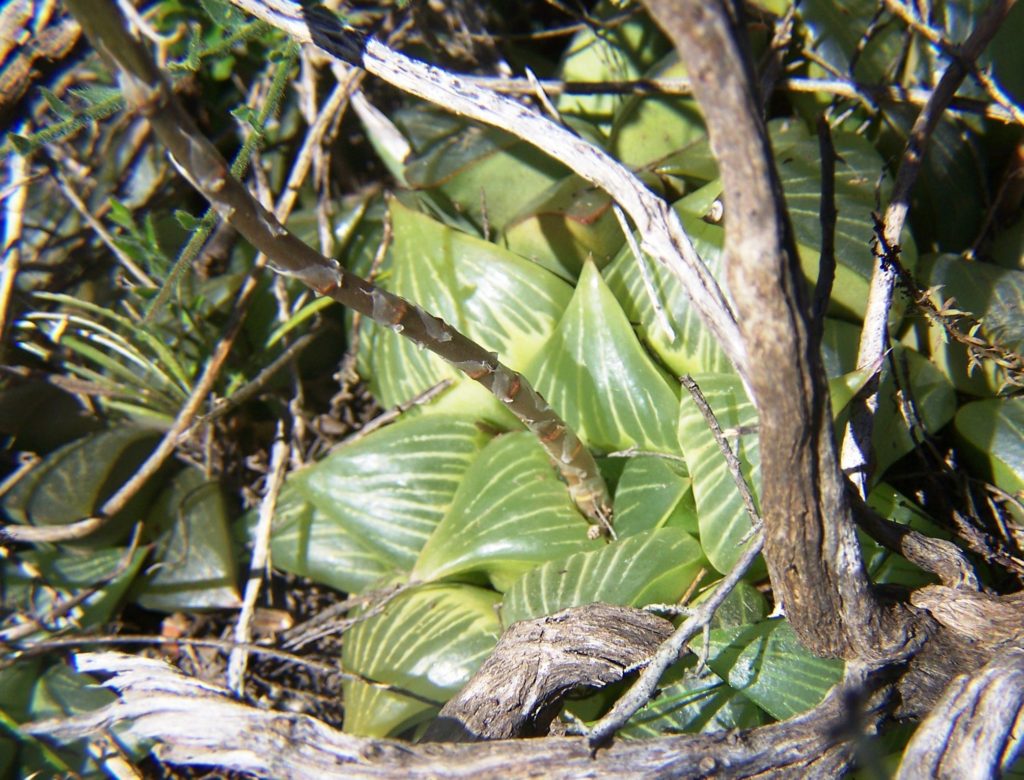
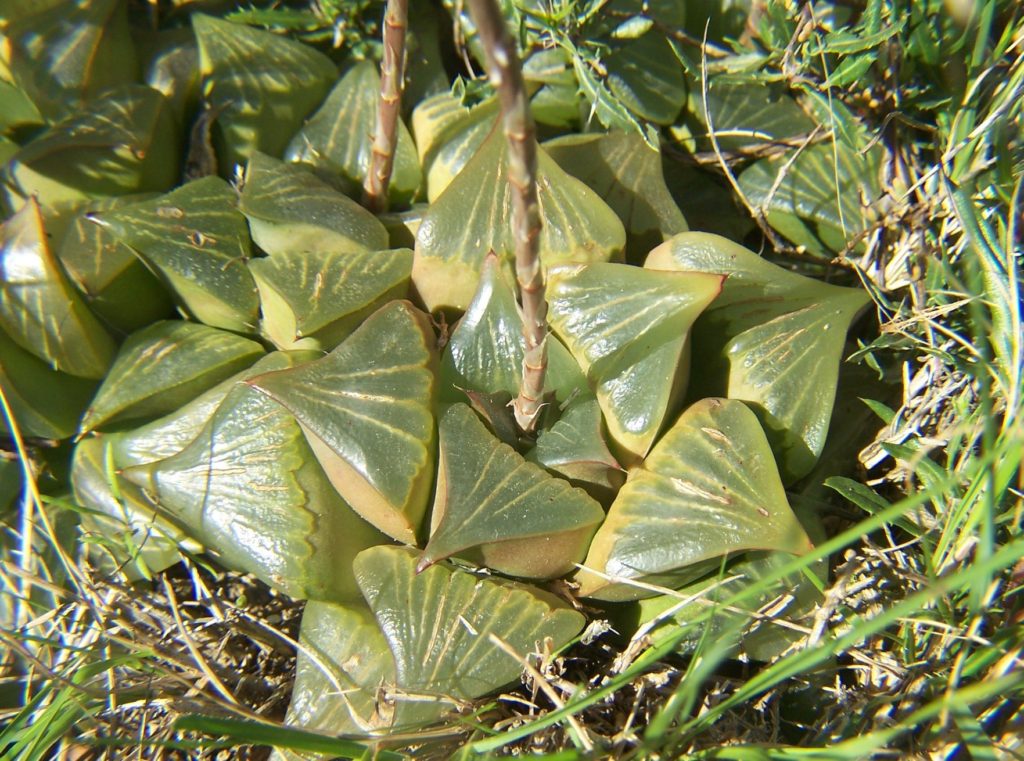
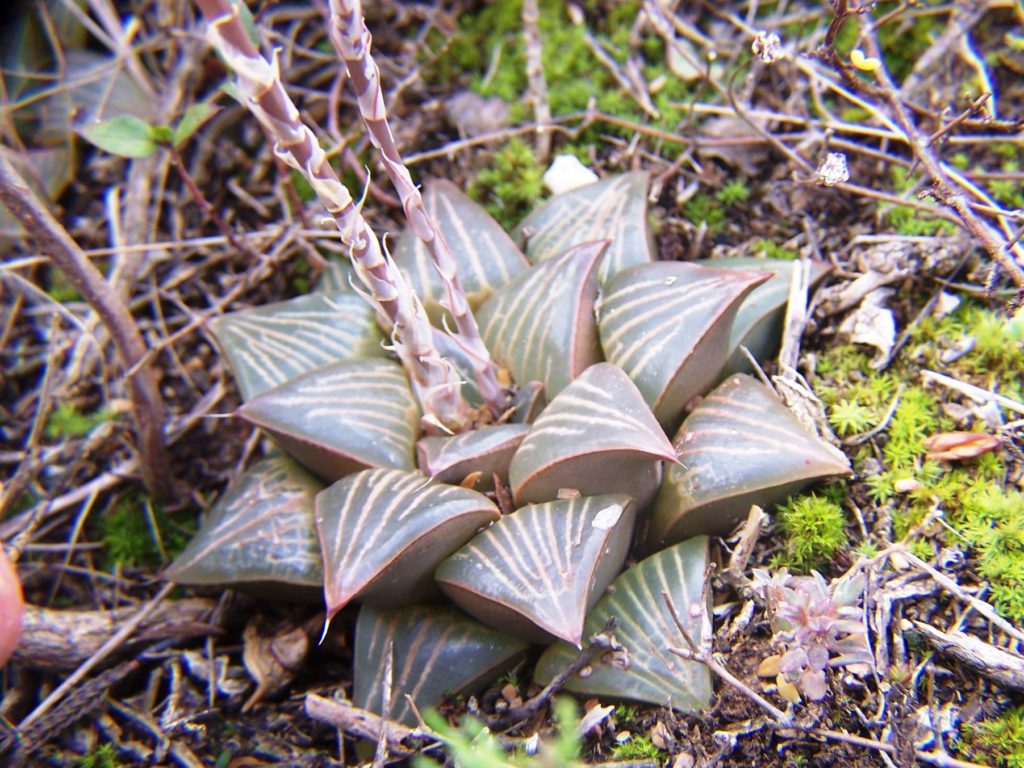
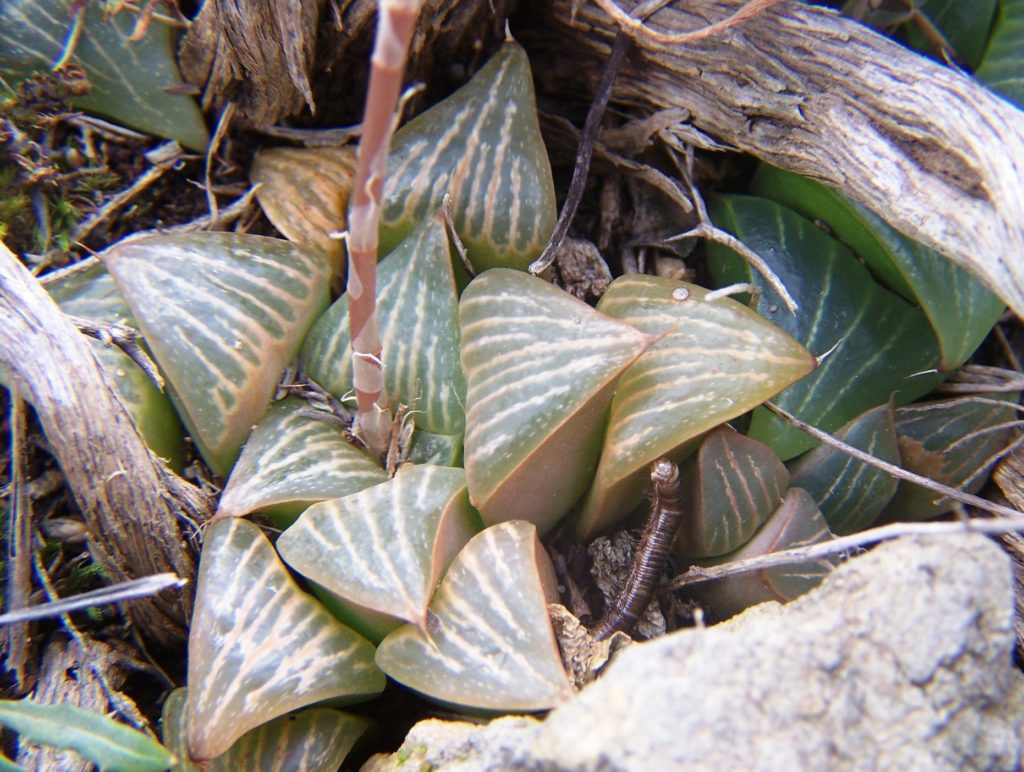
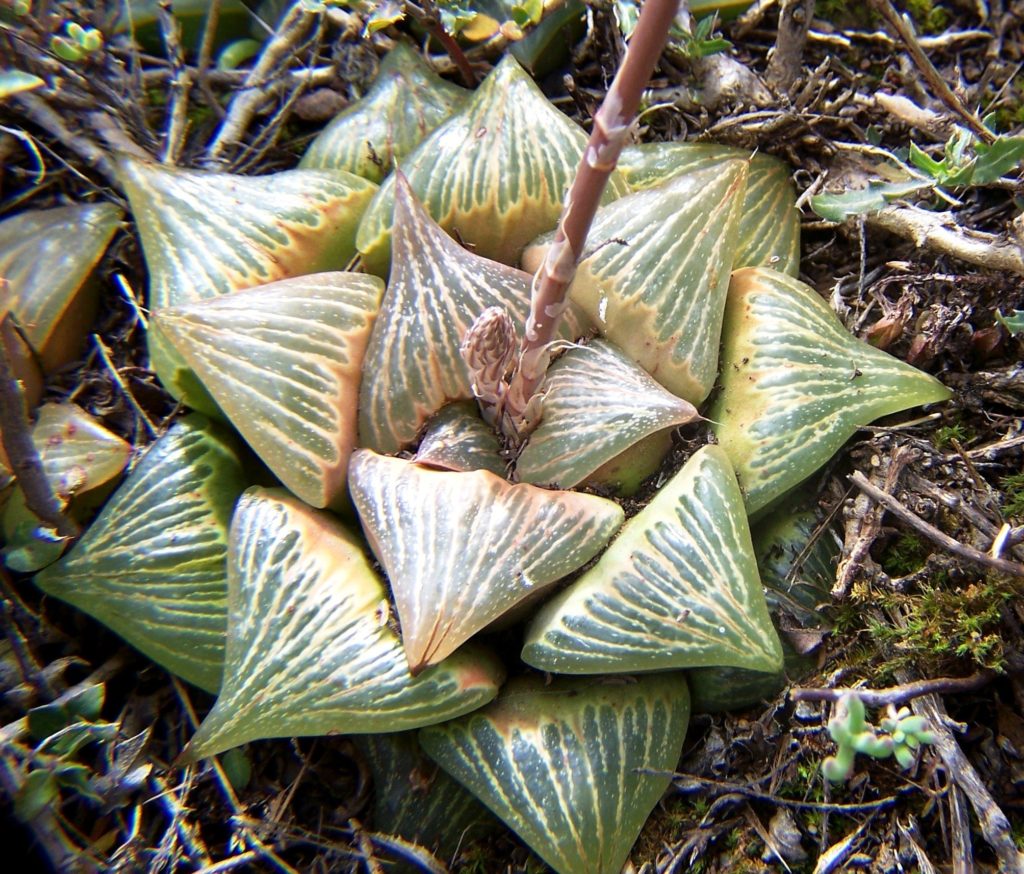
2019.5.8 – I only have two pictures of cultivated variants for a place north-east of Albertinia near the Gouritz River = “turgida”. They add to the next three that are the pictures sent to me from a locality a few miles further east right on the Gouritz. These pictures support this fact. If you interpret them in the light of populations to the east you might say the third and fifth pictures are H. pygmaea and the 4th “turgida”. But if you do so from the west you arrive at H. mirabilis and H.”turgida”. In fact, they are not quite either. Why? They come from a common gene pool that is one species! Proliferating all these personal and acquaintance names does nothing but bury the issue under a pile of garbage. ♦
